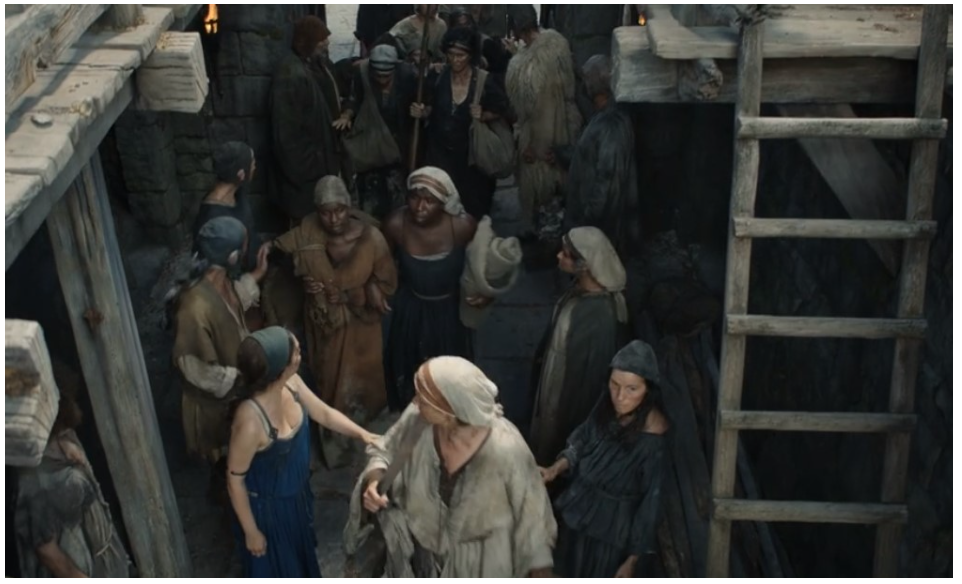
I’m starting with customes that I consider a little easier to analyze because the background of the population taken into consideration is less articulated to investigate in order to define the essential characteristics to be taken into consideration: the people of the Southlands.
Unfortunately, it is also the group of characters whose clothing in my opinion has more problems on a general level.
A premise: to date I have not yet found an interview to the costume designer that describes in detail the costumes and the process of creations and decisions that led to the result in the series.
So I write this article based only on my feelings and taste.
P.S: FIRST SEASON SPOILERS ALERT!
The context
The villagers of the Southlands wear clothes that show an extreme condition of poverty and yet we have no real reason to believe them to be poor.
They have livestock, houses and fields at their disposal; there is a rather busy inn in the village and therefore it can be assumed that the people have the opportunity to buy themselves something to drink and eat and have a chat after work.
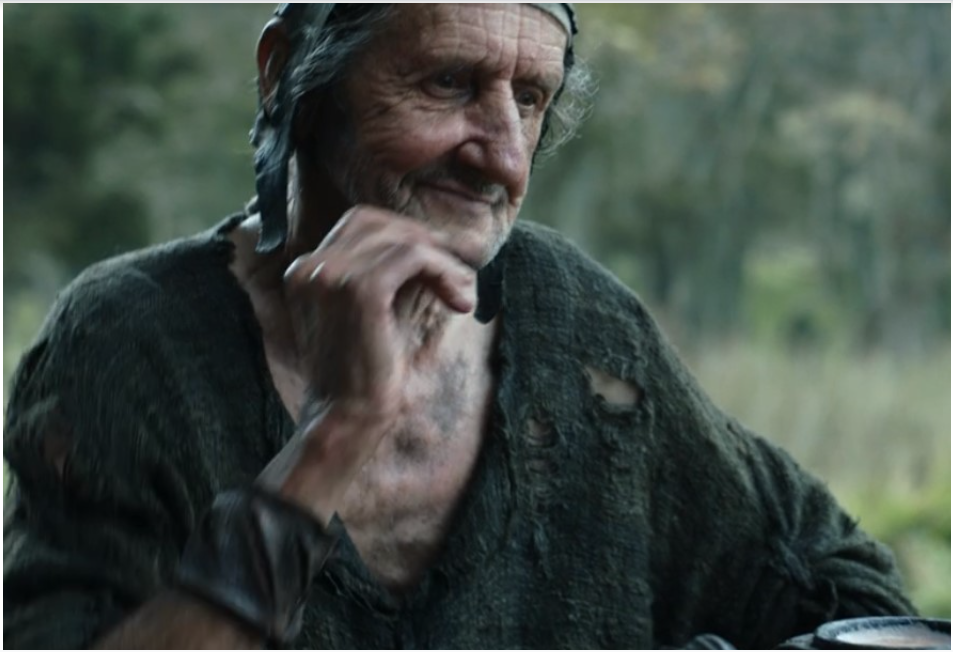
We also see some of them playing a board game outside the inn, one of them in a suit that needs urgent mending.
Attention! I’m not talking about the natural wear and tear that clothes can have: we find many clothes worn by time and “lived” even in “The Lord of the Rings” or “The Hobbit” but I don’t think I remember any character who is really covered in rags like these men from the Southlands.
Of course, it can be that in a rural context we don’t have the wealth necessary to see clothes with particularly bold cuts or with opulence of materials or colors.
However, living in a dignified and self-sustaining environment, any population develops a decent dress code and, if their clothes break or are dirty, people naturally repair and wash them.
In my opinion, we have an excellent idea of a rural population without too many wealth but decent when we see the Rohirrim move to seek shelter at Helm’s Deep (here the video: https://www.youtube.com/watch?v=Gtw- J712w10)
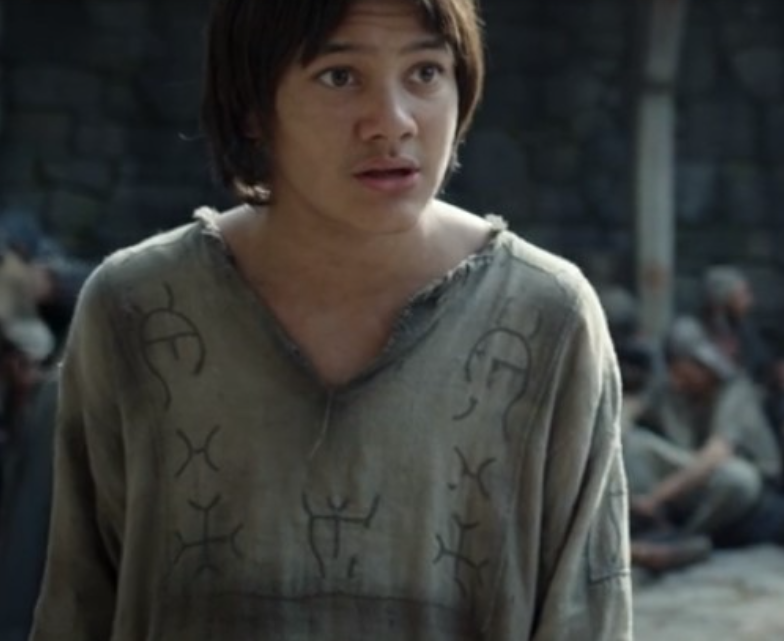
A different case would be if there had been a recent famine or something similar, which has altered the financial balance of the village but we are not told anything about it.
Or it would be understandable if the population were crushed by the heavy taxes of some land owner, but the Elves do not seem to collect or claim any tribute when they go to the village of Tirharad.
Reasoning from what we see and know, their clothing, which we would define as “neglected,” seems inexplicable.
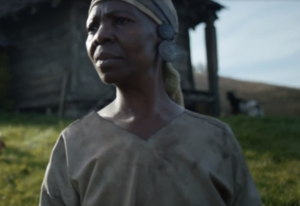
Let’s reflect together on what we know at the end of the season: the Men of the South are descended from the Men who, during the ancient wars with the great enemy and leader of Sauron, took the wrong side and were therefore defeated by the winning faction, that of Good. The latter faction was mainly composed of some elven bloodlines (Noldor, some Teleri) and the Edain, the men who later became the Numenoreans.
In the TV series (unlike Tolkien), the descendants of the Defeated Men have all been relegated (although it is unclear whether it was a voluntary move or not) to an area called “Southlands” where a specially constituted military corporation of Elves keeps them under observation (even here it is not clear: did the Elves force them to move there or did they follow them and “spy on” them?).
We could take it as a kind of hereditary and never-ending lockdown (although it does not seem to be forbidden to move around the territory and have commercial exchanges outside).
They live in small villages and in an apparently fertile land, with forests and meadows and they support themselves also with pastoralism.
Until about a millennium before the events of the series there was also a King (who therefore fulfilled his role while the population was already “guarded.”)
Apparently everyone knows they had this King at one time and all or many (judging by unconditional welcome to Halbrand when he presented himself as their rightful ruler) are convinced that he will return to care for them and free them from the custody of the Elves.
We also discover in the end that no one knows that the line has been interrupted for almost a thousand years now, which is plausible since there seems to be no place that holds a written memory or chronicles of this population.
Probably the memory of the people of the Southlands is all based on an oral tradition that has been handed down for centuries.
Now, as said before from what is inferred from the series, these men do not live in a desolate place or without water resources or livestock; it appears that they have commercial exchanges with the outside world (Bronwyn shows Arondir the seeds obtained from a passing woman who exchanged them) and we are not told that they are forced to pay duties.
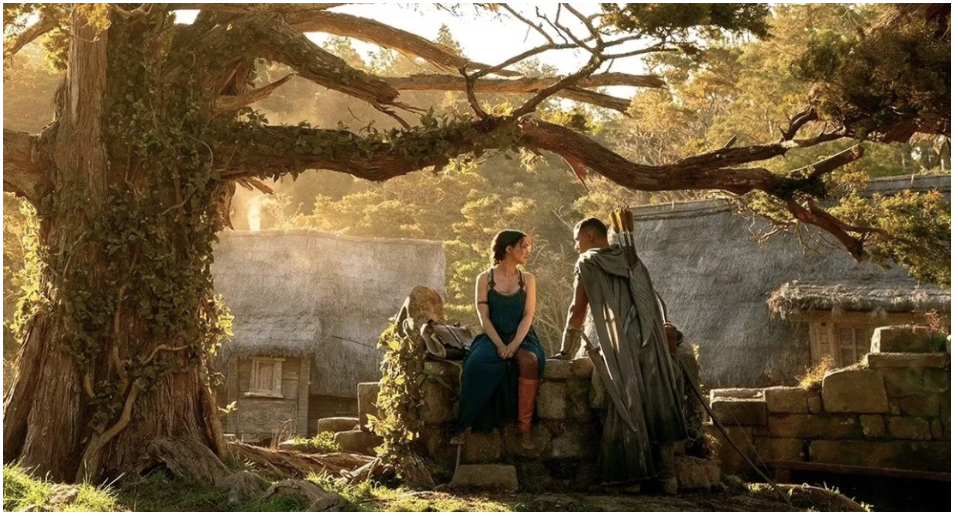
Therefore, although it cannot be said that the position of the territory or the resources allow a great economic and commercial growth (otherwise at least small towns on the territory would have developed in the past millennia), there is no reason to think that these men live in misery.
Therefore I would have imagined and designed their costumes with certainly less noble and more practical materials, with fibers that are easy to find even if it is difficult for me to say which ones because it is not at all clear (and this is a further problem of these costumes) what climate we find in this place.
We go from those who wear extremely light and open clothes like Bronwyn, the innkeeper, men with bare breasts and women with clothes with a cut similar to Bronwyn, to characters who instead dress at the same time (therefore without even being able to give us an explanation with the day-night or internal-external temperature range) sheepskin, wool or other rather heavy and warm material.
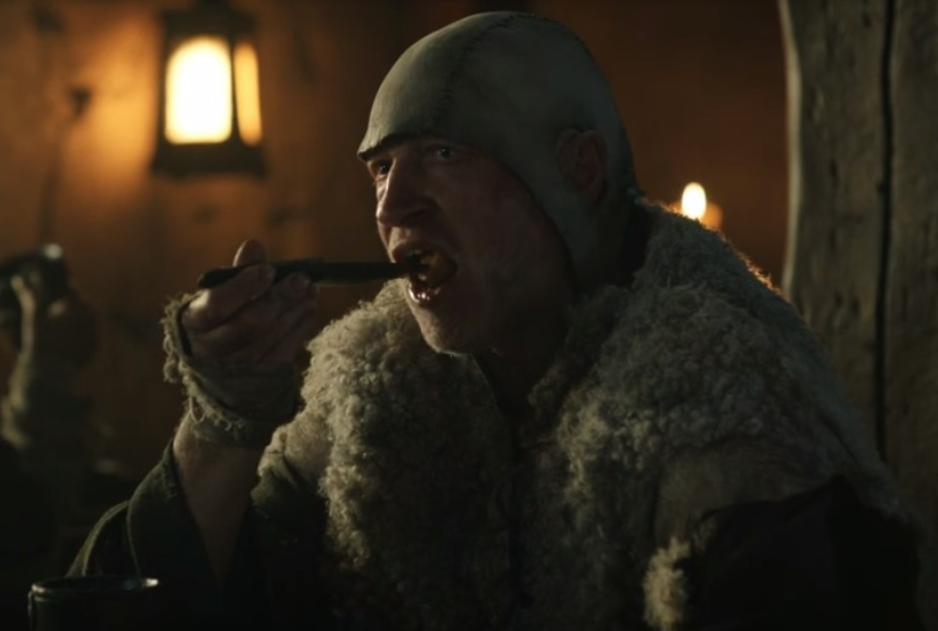
So, not having a clear indication, I will now define what I would have chosen for the customes on the basis of what know from the starting point, leaving aside any attempt to interpret what we see in the series.
Being the later Mordor, therefore in a rather southern and also volcanic position, I would opt for a mild climate, especially in summer: excellent fibers would be hemp, nettle and flax, and obviously materials of animal origin, perhaps not from large animals like cows but cheaper: sheep, goat, mutton and similar. I would also like to visually differentiate them from other populations, which I believe is important to make it easier for the viewer to recognize the characters at a glance and also to enrich the world in which the series is set.
I already anticipate any controversy about the fact that now I will offer you “ethnic” details referring to certain cultures and ethnic groups, telling you that I will talk to you later about “politically correct” in the series and in general in today’s productions and the problems and potentialities related to it.
For now let’s stay with the Southlands men: probably not having particularly expensive fabric dyes available (such as bright blue, emerald green or purple), I would prefer the colors of the earth and nature, also for a practical matter (if it’s easy to dirty clothes with earth and grass, fabrics with the same color of nature would be much better to prevent the stains from always being too visible) or white, much easier to wash (it is no coincidence that the underwear of the past were always all white).
However, no population renounces to some sort of aesthetic in their clothing, even where there is little availability of time and materials.
In this case I would have chosen to enrich the dress code with motifs of the fabrics created on the loom (stripes, simple geometric motifs), or some simple embroidery (cross stitch, for example, or smock), different textures in the same outfit and other very “material”, tactile decorations.
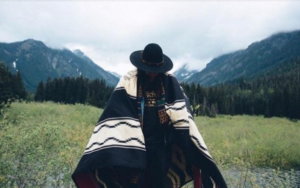
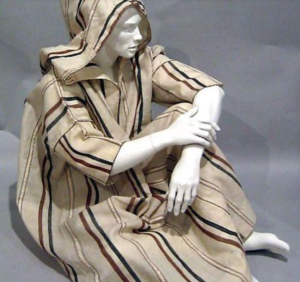
I am thinking of the textures of some Indian fabrics, Navajo patterns and motifs or some traditional Slavic embroideries; I would also add more vivid colors, such as an earthy orange or a saffron, imagining that in any case there are plants available to create dyes and I would avoid other colder and more elegant colors (the aforementioned blue, emerald green, red, gold etc.) to attribute them instead to other populations of the series.
The cuts of the clothes that have been chosen are not bad: it makes sense that the fabric was not cut and shaped excessively but that there was a tendency to create tunics from straight rectangles and squares in order not to waste material or complicate the sewing process.
Details such as gathers, belts, bands make perfect sense to adapt these wide cuts to the body and also allow the garments to be easily adjusted if the size changes over time: the clothes must last.
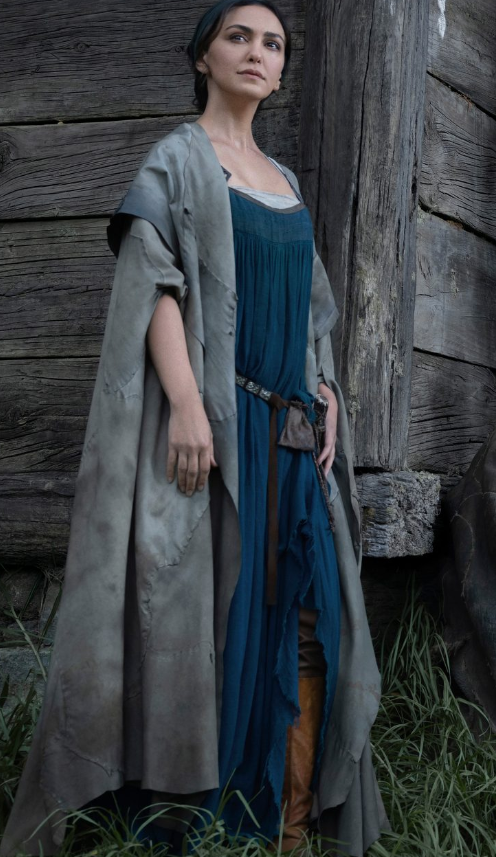
Turning specifically to Bronwyn: she wears a very beautiful and rather intense blue dress, sleeveless and with a side slit that shows that she wears pants and boots underneath. The front line with braces and brooches is evidently inspired by Viking women’s clothes (curiosity: it is believed that the braces were attached with pins and not sewn to allow the front to be detached and opened to easily breastfeed babies).
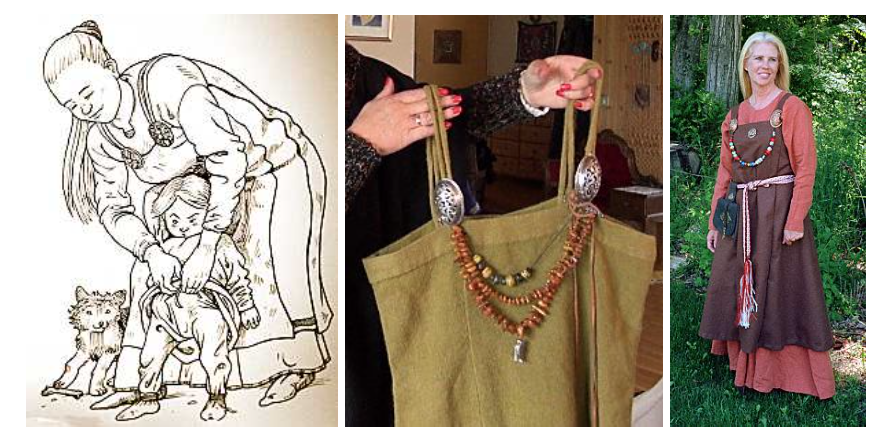
At some moments in the series, Bronwyn wears a patchwork cape over the dress (I say cape because I don’t think it has sleeves but only two openings for the arms) with a wide collar that forms a hood behind.
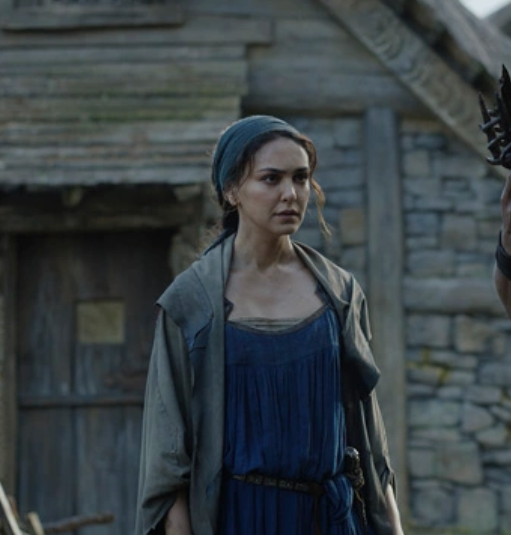
In addition to not understanding at all what the climate of the place is, the main problem with the dress is precisely the color and I’m sorry to say it because I find it beautiful and I also think it suits her.
If Bronwyn was a prominent character in the village, like the mayor or something like that, it might make sense that she has a different dress and a color that stands out so much and makes her distinguishable.
Yet she is presented to us only as a healer and we are not told in any way that this is an important role in the village.
Sure, it could be that knowing herbs, she has access to tints that others can’t get but it would be strange if she wasn’t asked for by the other women in the village and, if asked and denied, she would probably be a person hated by her neighbors.
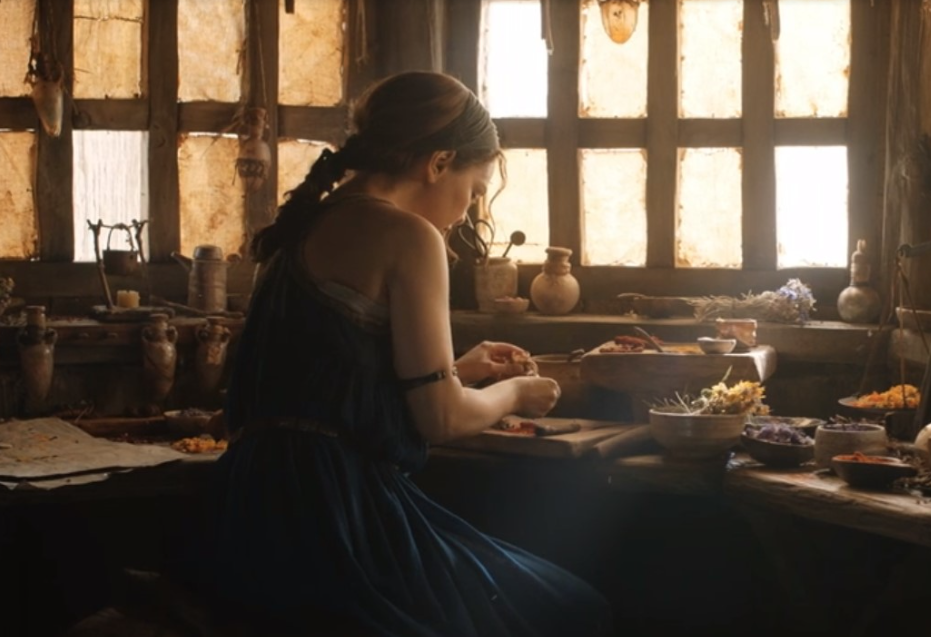
Furthermore, from my point of view, the dress is not practical for her profession because the herbs stain and would require the dress to be washed frequently, fading in a short time.
The problem would be partially solved if she wore an apron over it that would avoid some washing, but when we see her at work she doesn’t have any.
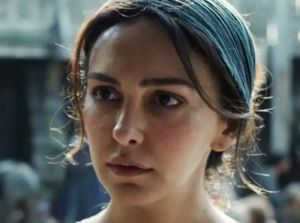
A positive aspect that is not, alas, at all obvious in fantasy, is that she has her hair tied up (except for two iron-curled side locks, sigh), which makes a lot of sense when a woman does manual work, in which she bends, moves and for which a free flowing hair would be in her way and she would have to move it away from her eyes with her hands dirty with the pigments of the herbs.
I will now show you a sketch of what I would have thought of as her costume.
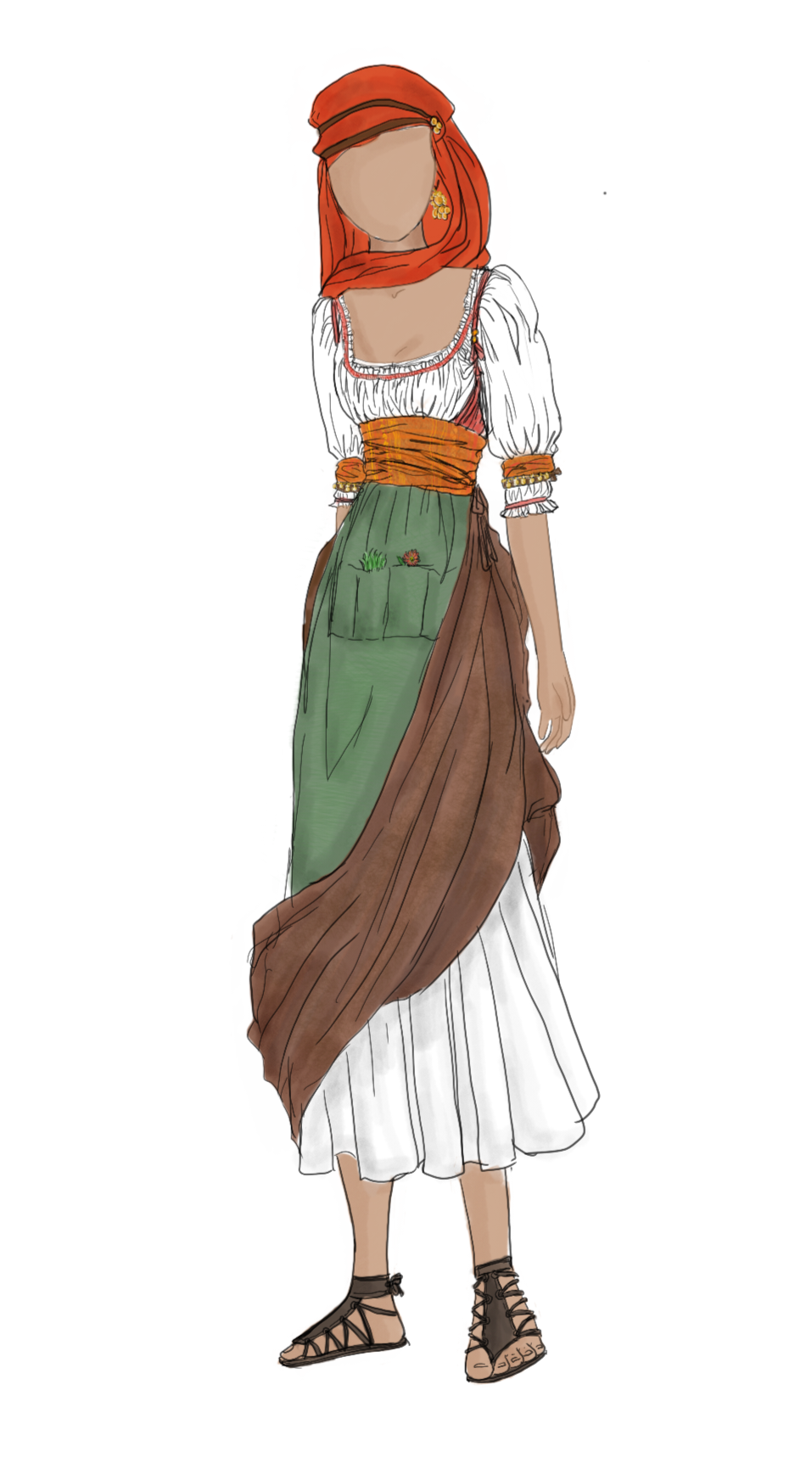
I thought of something very simple and practical, which may seem so common but originality is not necessary at all costs for certain costumes.
I applied a shorter length to the underskirt because I find the floor length of the dress from the series very impractical: Bronwyn has to move, gather herbs and work. Even if the local dress code required long dresses for women, a good solution is, as in the drawing, to accessorize the upper layer with laces and buttonholes suitable for leaving it longer in “social” moments and to collect it when she has to work and she is alone, without having to change every time (also because it would mean that she has more clothes and also the time to change them, which in the case of a single and working woman in a context of little prosperity is very unlikely).
I consider the apron, especially if it has pockets, fundamental for the reasons already written: work and herbs stain and even we (who practically change all our clothes almost every day) still use aprons at home for cooking and washing dishes; let alone if we had to have only two clothes and handle things that stain even indelibly, and we didn’t even have a washing machine to throw them in!
The lower layer (let us remember that in history until a few decades ago populations used the layering of clothes in a very intelligent and practical way, both in cold and hot climates) is composed of white linen, of which the aforementioned underskirt is part.
Above she wears a shirt of linen or cotton or natural nettle fiber decorated with ribbons and bands and sashes dyed in more lively colors and also with some pattern or work on the loom.
Bands and ribbons from my point of view would be great adornments for the lifestyle of Bronwyn and her people because they can be removed from clothes when you wash them and put them aside; this therefore allows them to use more precious colors and dyes, lively but easily faded to decorate without risking that they fade due to frequent washing.
They also create horizontal lines in the figure, which are useful to visually reduced and make the wearer seem shorter, and therefore would help to make those populations that in Tolkien’s universe have a high stature look taller in comparison: the Elves and the Numenoreans (which in the author’s descriptions easily exceed 2 meters in height.)
As you can see in the drawing, I also pushed myself to add jewelry decorations, perhaps in the form of discs of brass or less precious metal, or even bracelets in carved wood and so on.
The headdress is another useful detail to keep the hair from dirt when working.
As footwear I have chosen sandals, more common, easier to make and find, and more practical in warm climates than boots, which require more material, workmanship and wearing them does not bring any benefit to Bronwyn.
On the contrary, the whole complex we see in the series is strange to me: in the upper past she has bare arms while underneath she wears high boots, pants and even the layer of the dress. She is dressed as if from the waist up climate is hot, but from the waist down like she lived in a cold climate.
Moreover, boots were not so widespread even historically, except where they were really useful: they were worn for riding, moving on difficult terrain in certain contexts or if you lived in cold environments, but mainly (especially the low population groups) people had clogs or closed shoes of various shapes.
My feeling is that they wanted to give Bronwyn the boots to make her more “martial” and to give that sense of “girl power” on which they wanted to focus so much even with Galadriel; this is because boot is a type of footwear that in our mentality is more linked to the male world, to the military and to adventures in general; however they also wanted to keep her feminine and sensual by giving her a long dress with a wide, thigh-high slit.
Slit which, among other things, recurs in many other female characters and makes me wonder if the costume designer or some other staff has a thing with it, together with the long tunic dresses that we find in population with very different contexts and culture.
Personally I think that Bronwyn’s clothing, although I really love it from a general point of view (I love flowing tunic dresses and slits; and I adore in this the detail of the brooches and the color) does not help the viewer to understand better the character and her context, nor to understand her qualities and past life.
I would have focused on functionality and practicality and less on aesthetics; precisely because Bronwyn is a single but resourceful mother and woman, with an open mind (so much that she came close to and fell in love with Arondir). To represent these qualities it would have been perfect, as already said, an apron full of pockets (practical garment, in which the pockets represent the ability to accommodate, to keep and also to bring out, if necessary, resources and skills that always allow her to manage every kind of situation).
Colors more linked to the earth would also have allowed to create more visual connection between her and the herbs and nature (a link only slightly and badly mentioned in two scenes), and the decorations and touches of color of ribbons, belts etc. (even perhaps using motifs of flowers and leaves, even stylized, in the jewels or in the details) could have instead given her that creative twist that made her special and different from other people of the village.

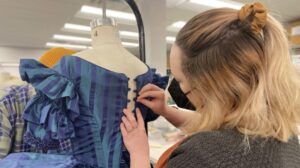
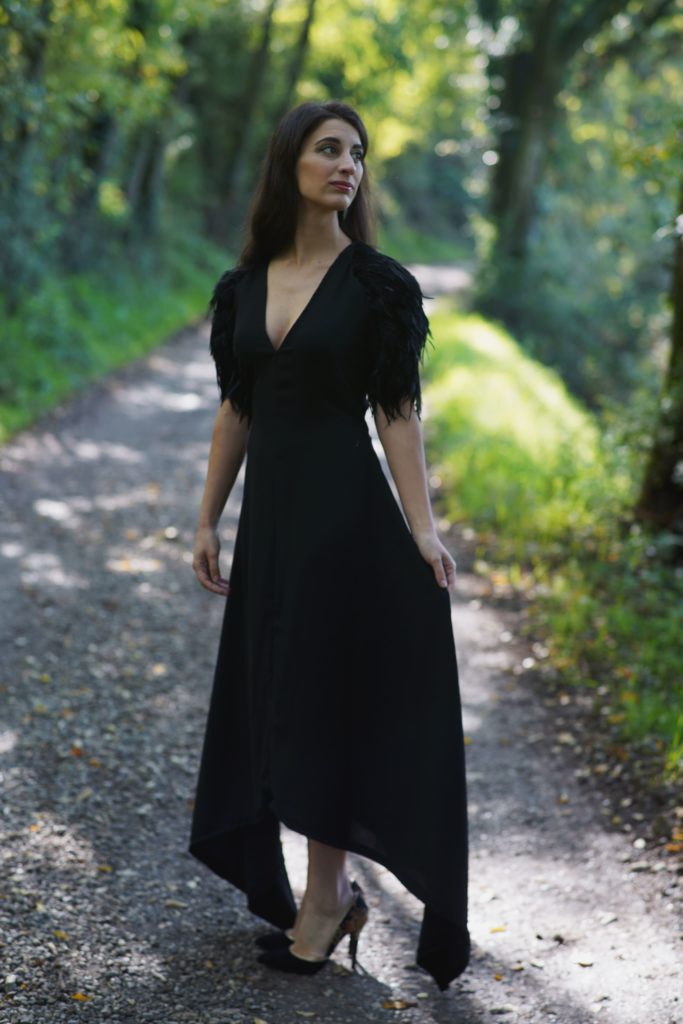
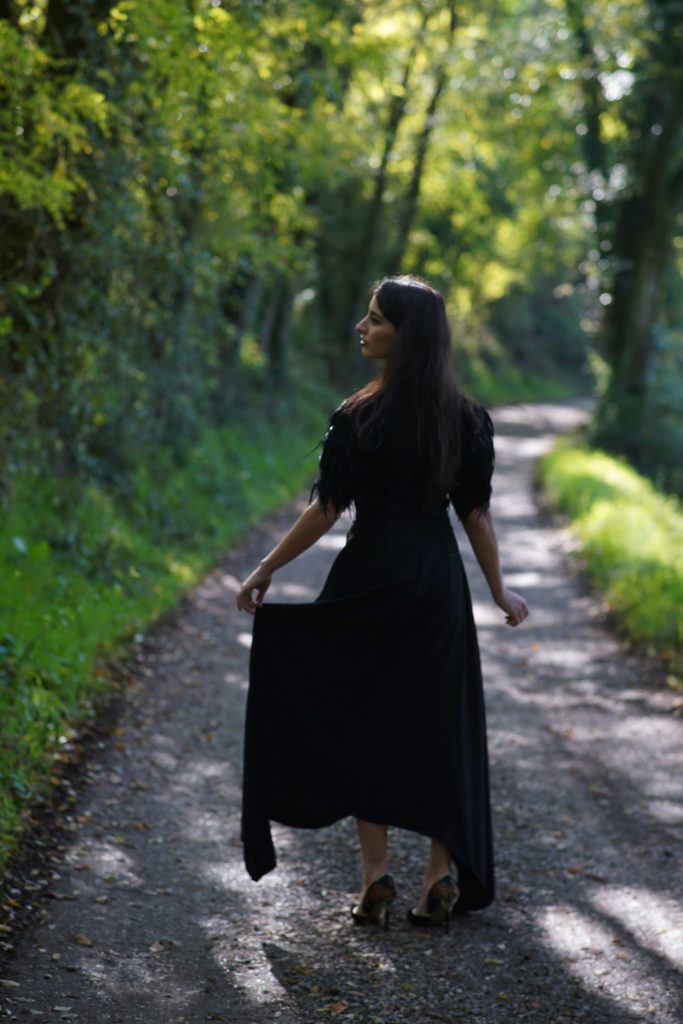
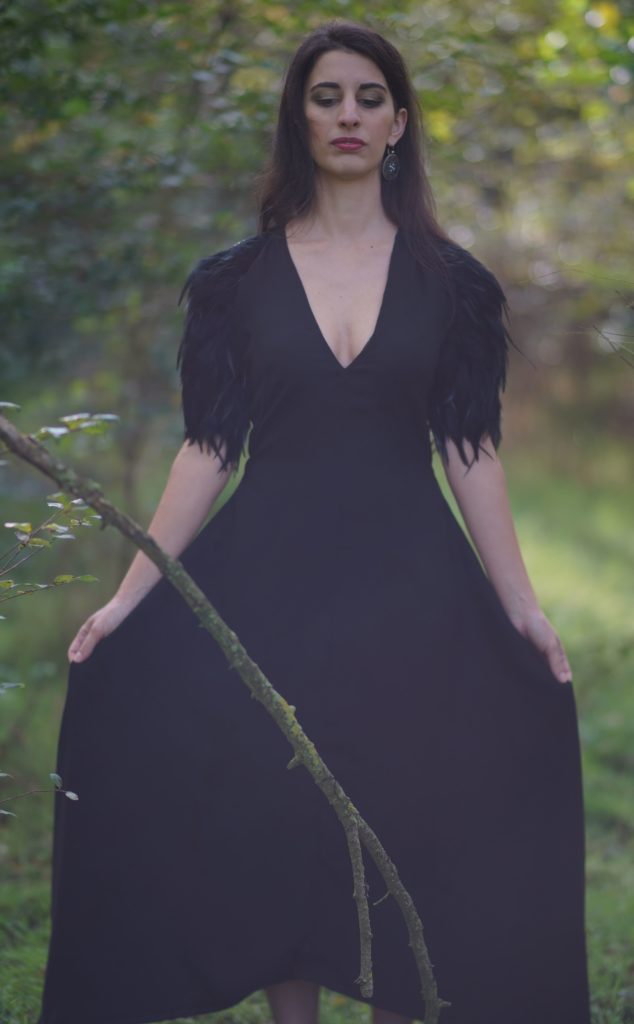
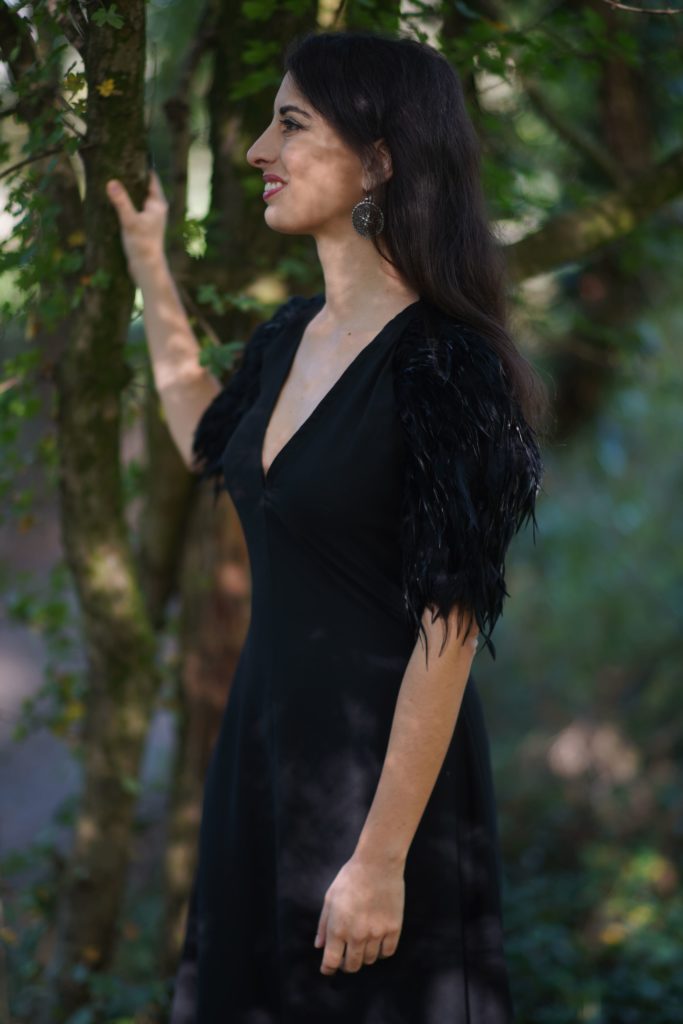
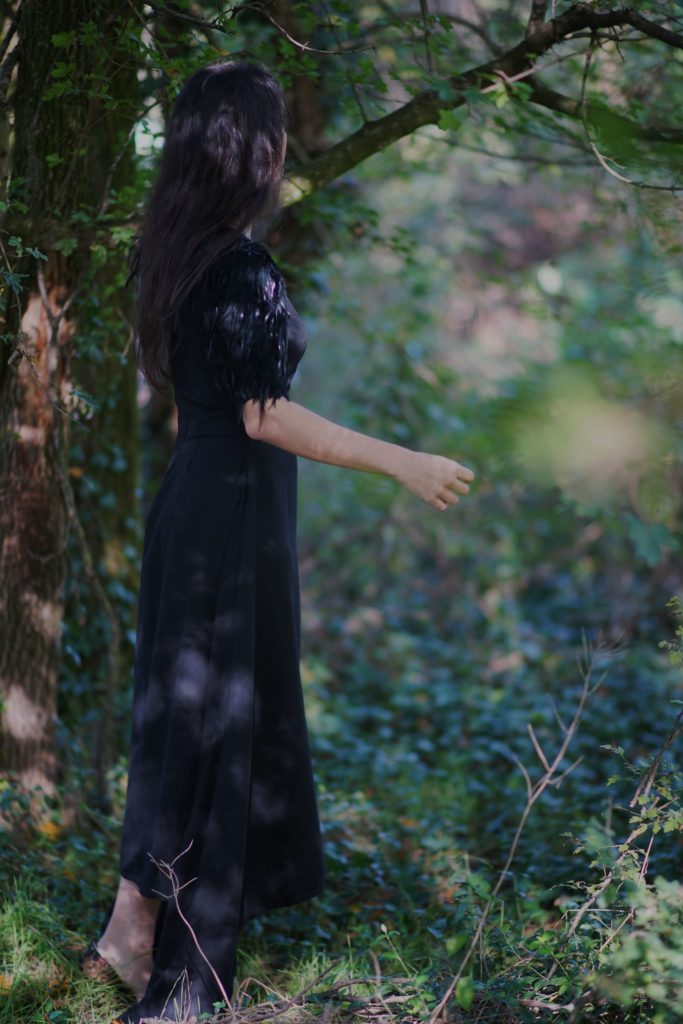
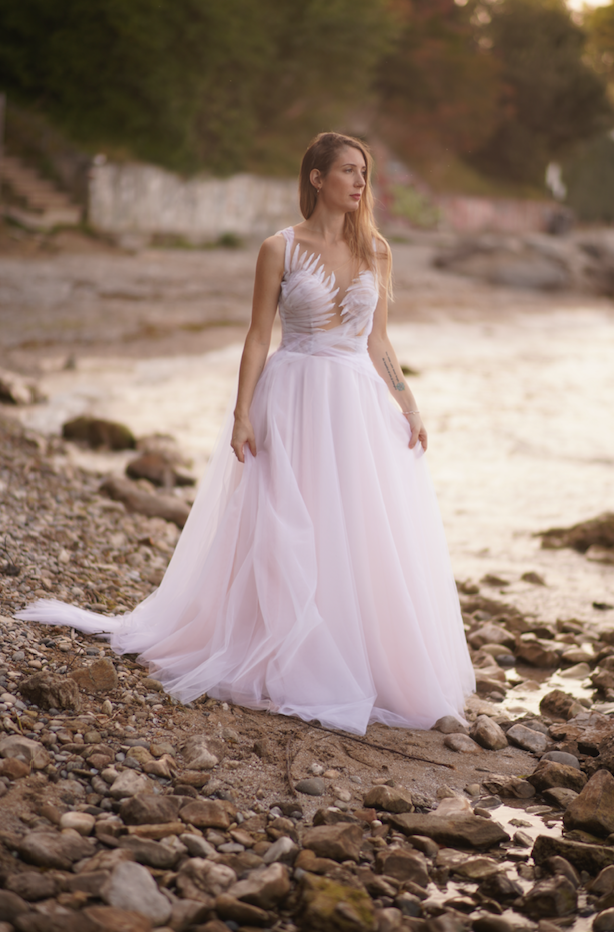
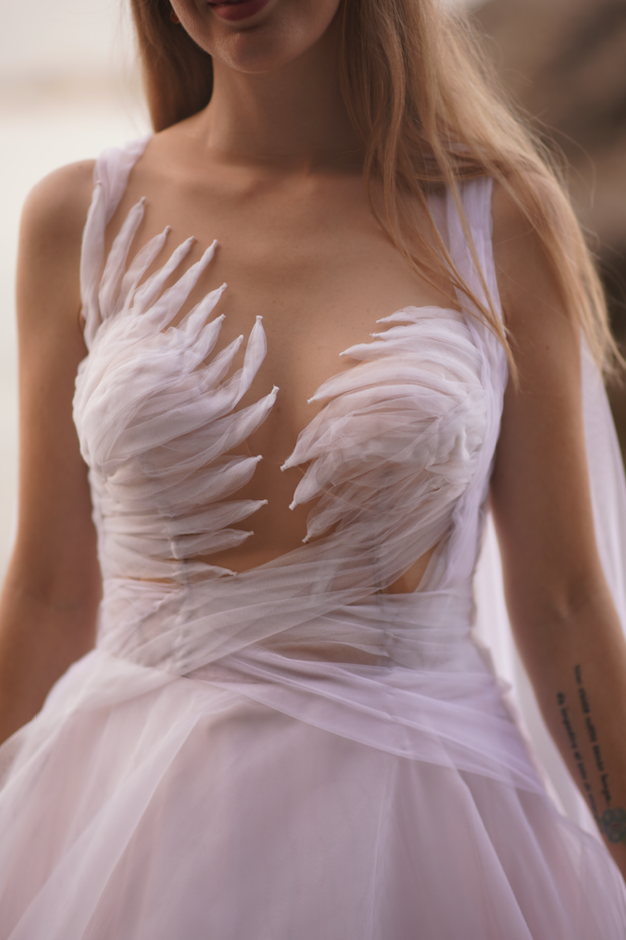
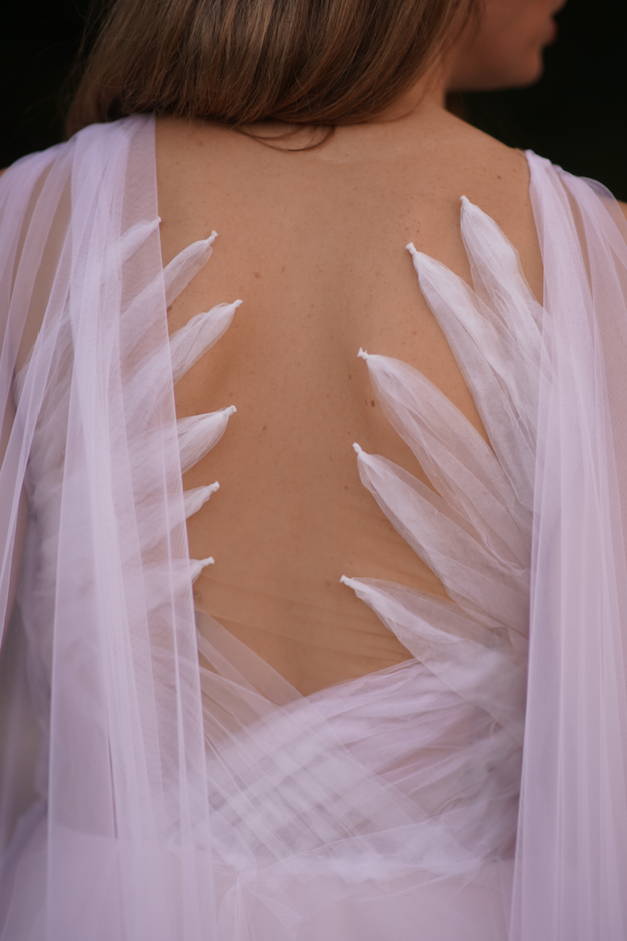
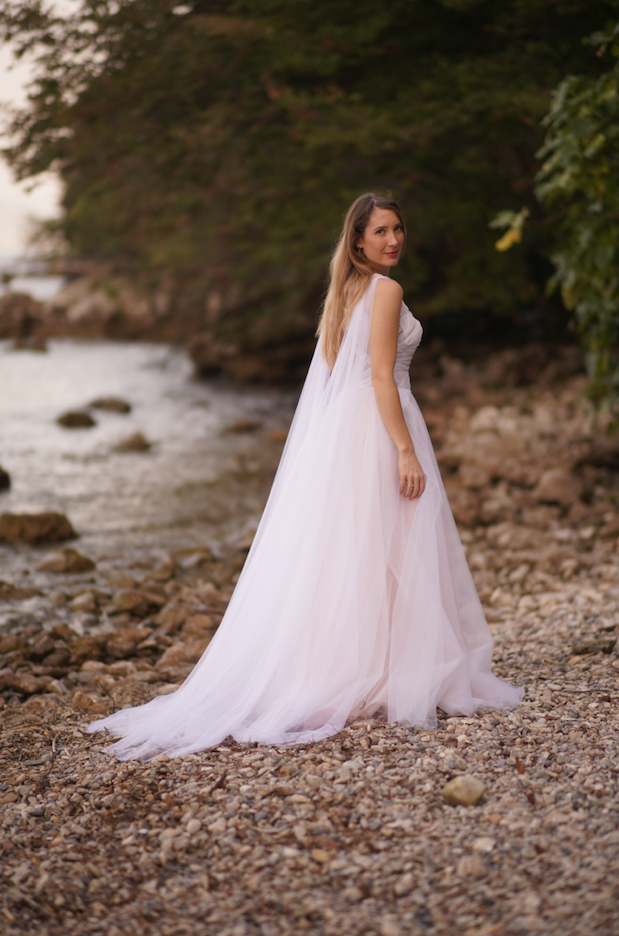
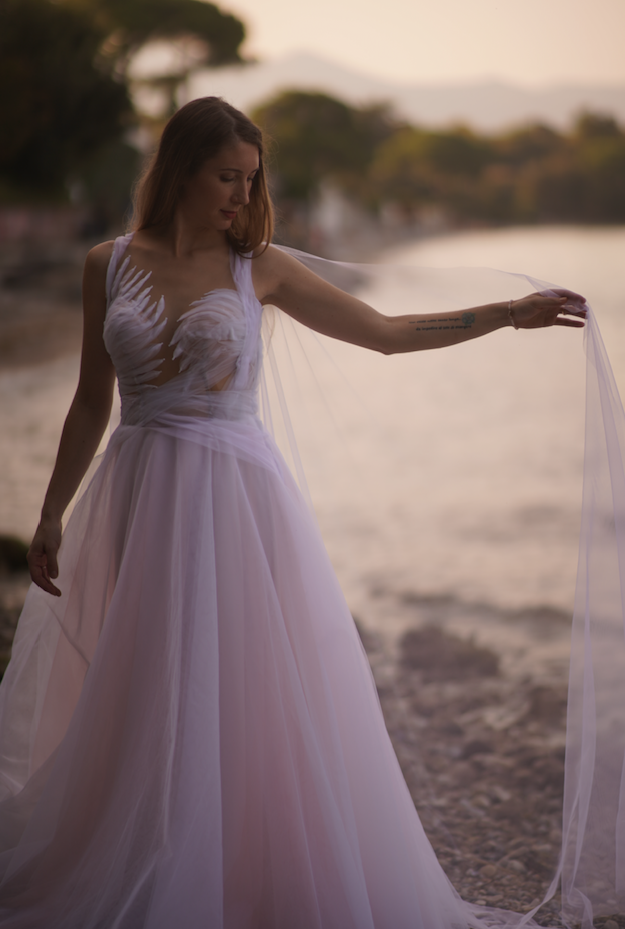
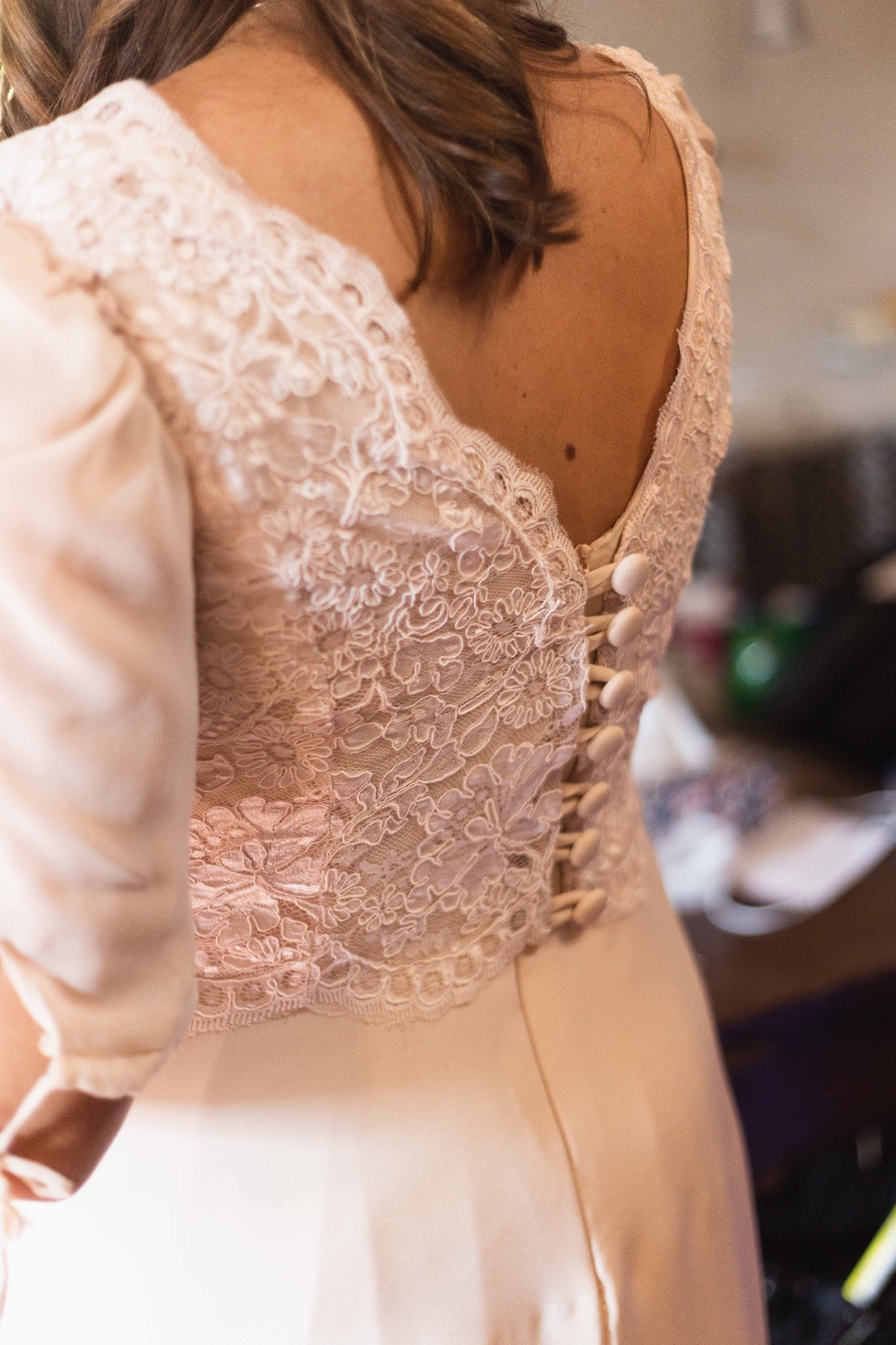
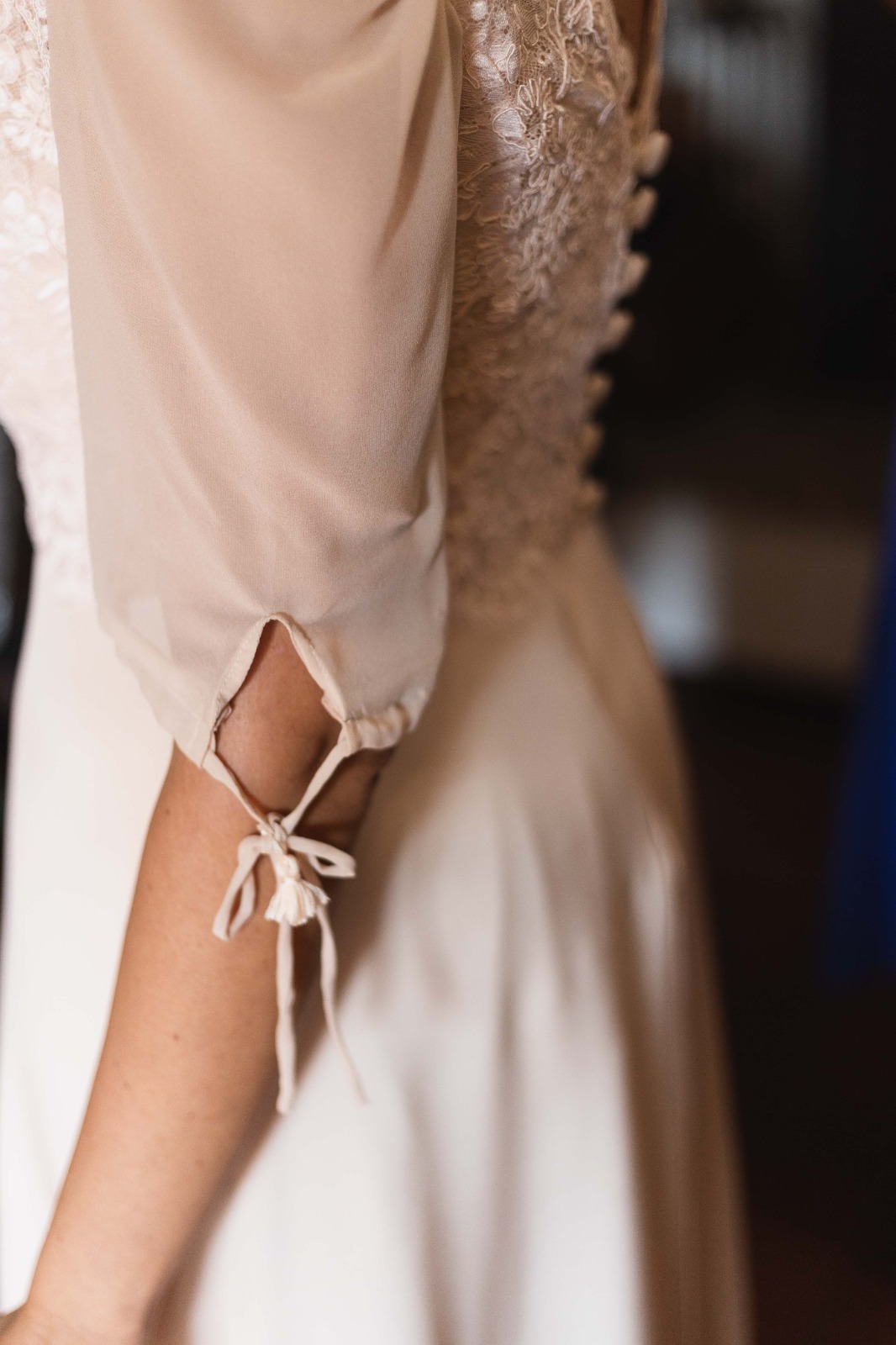
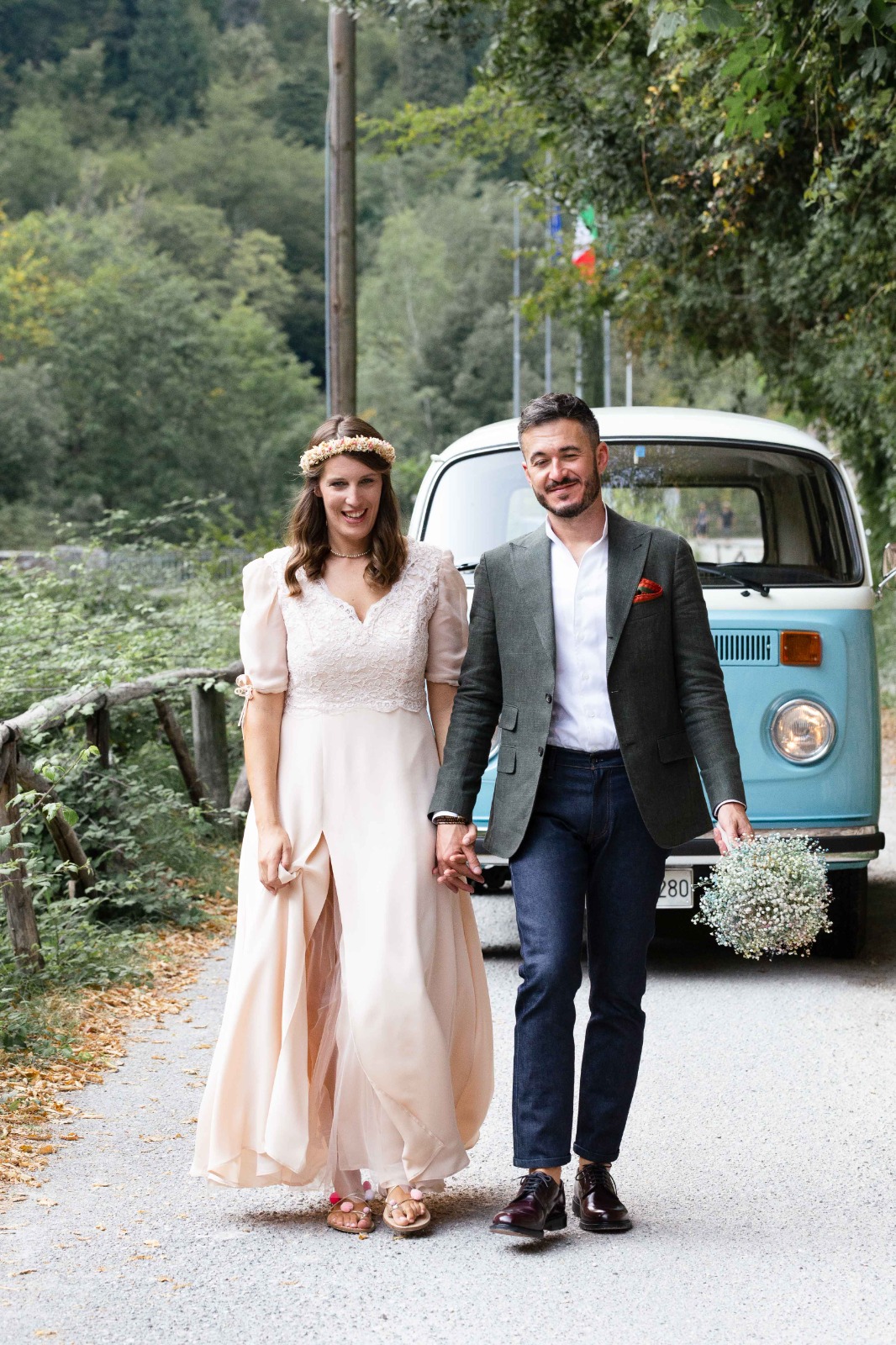
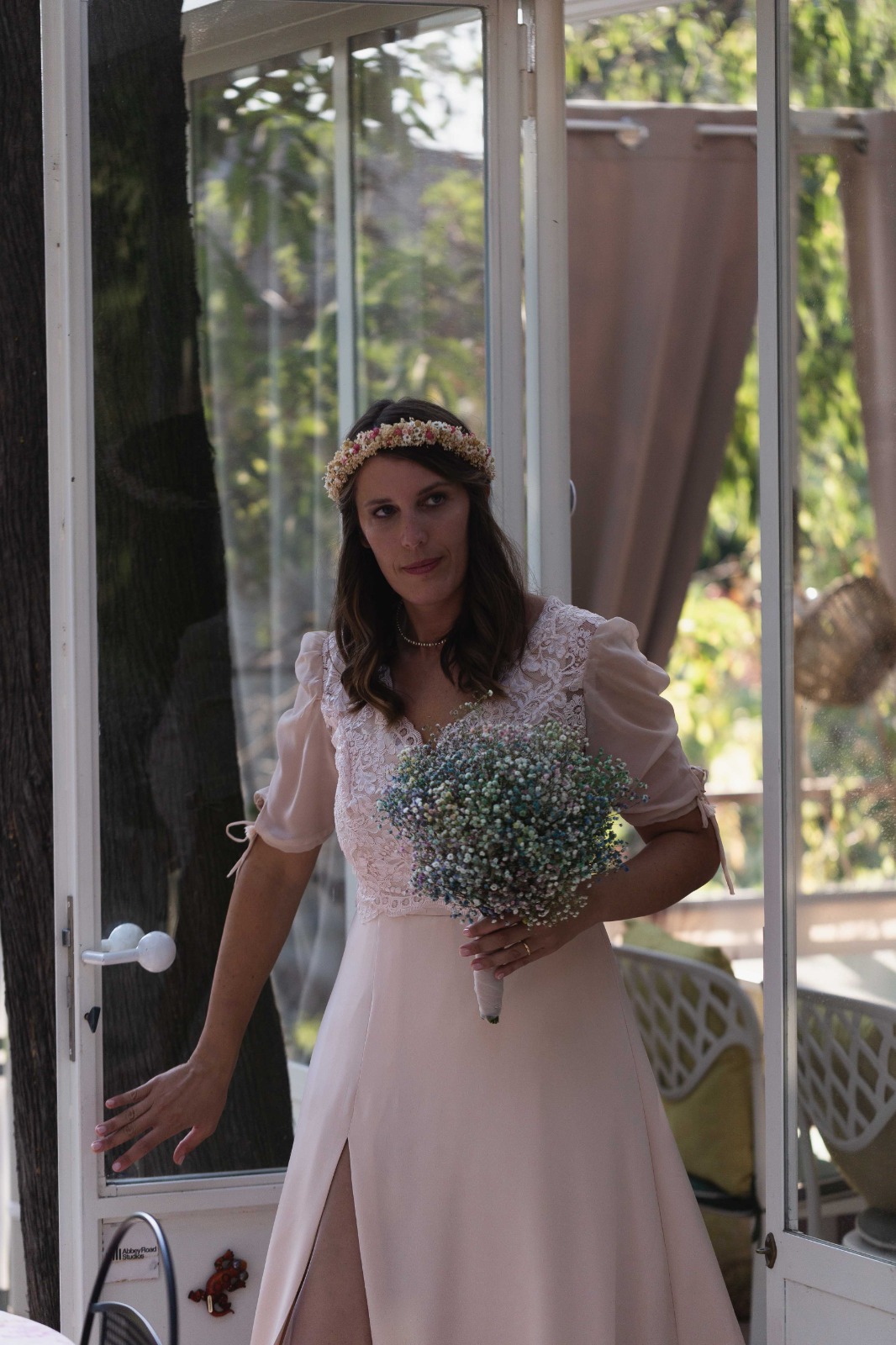
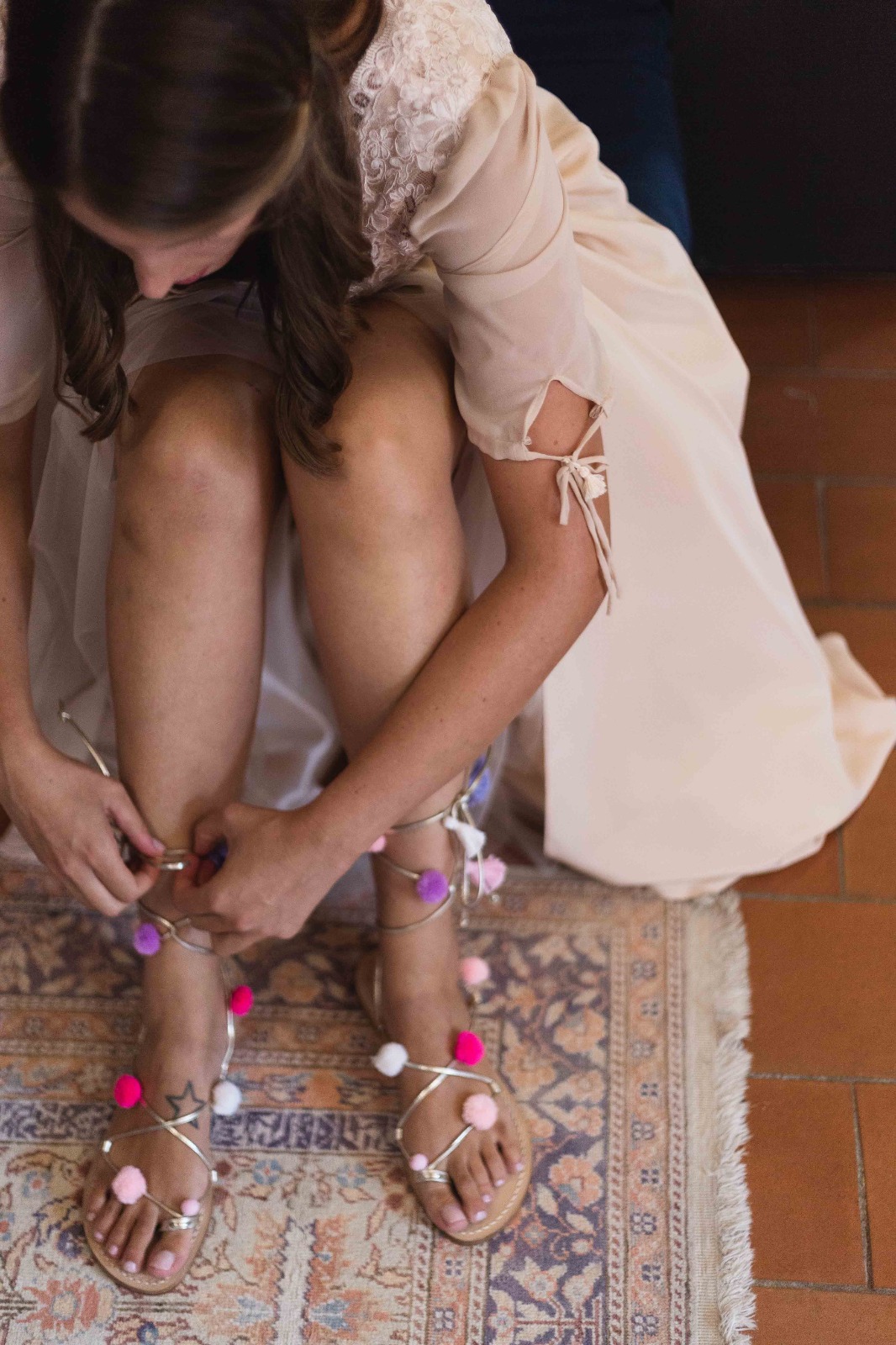
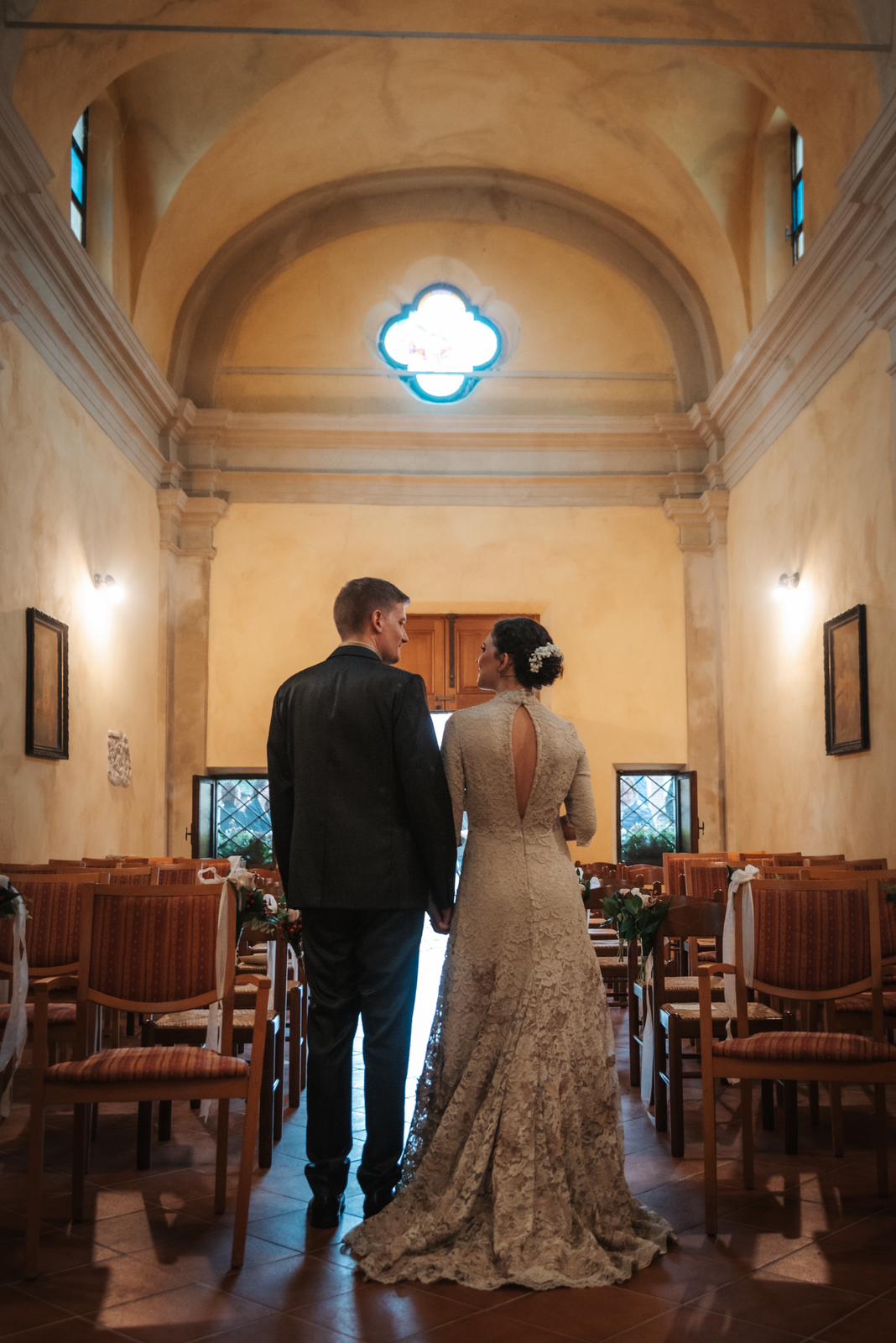
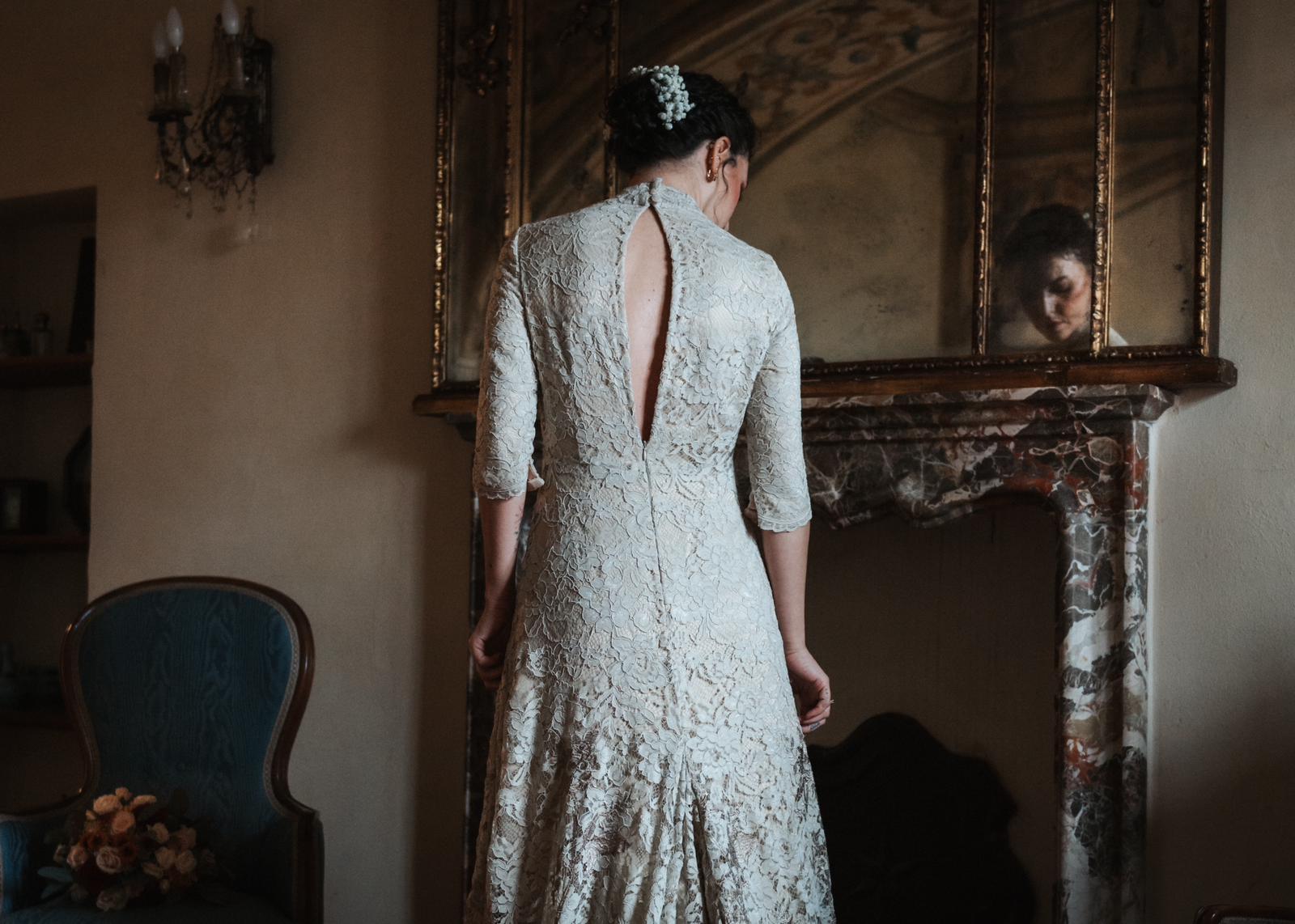
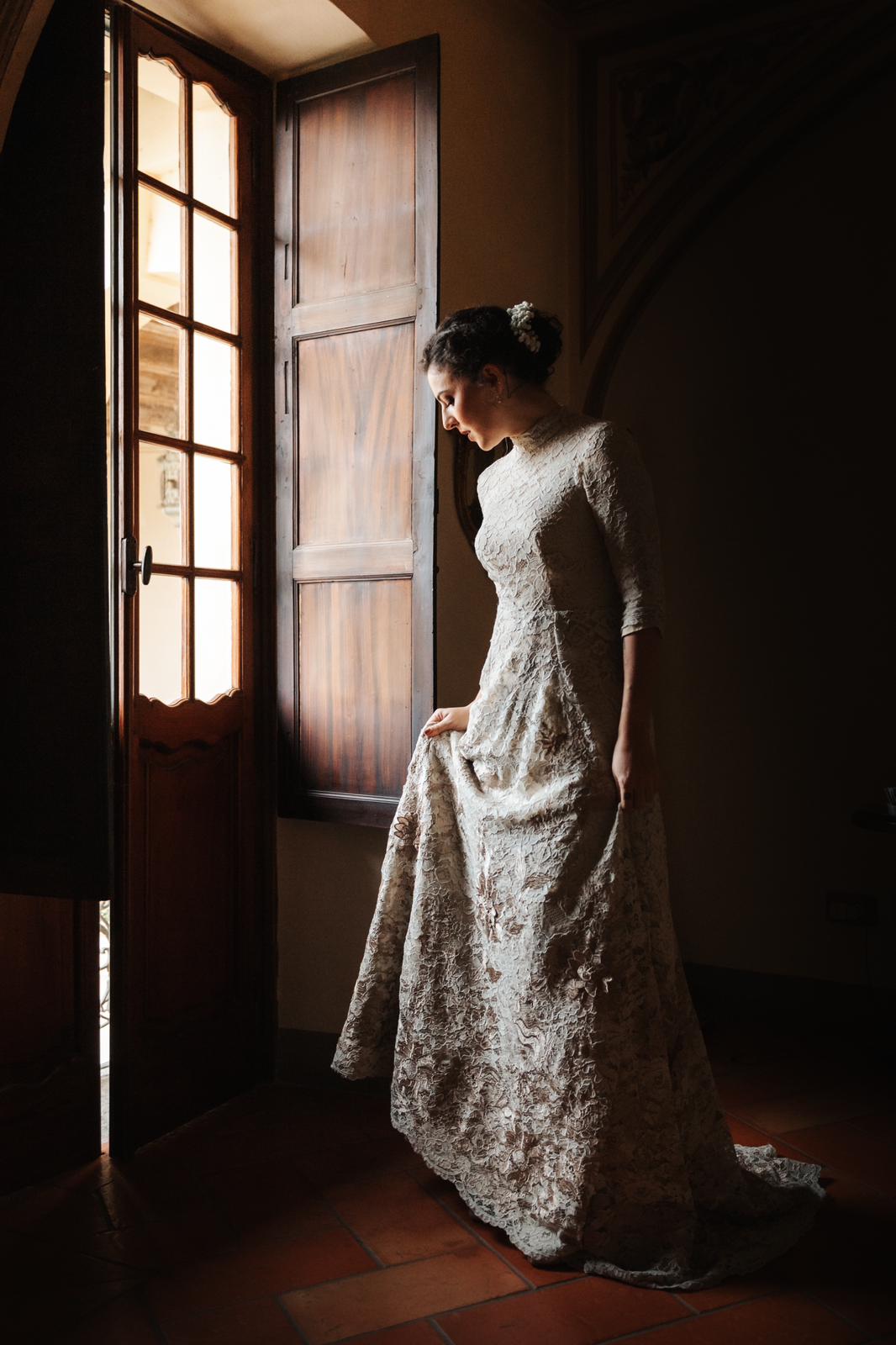
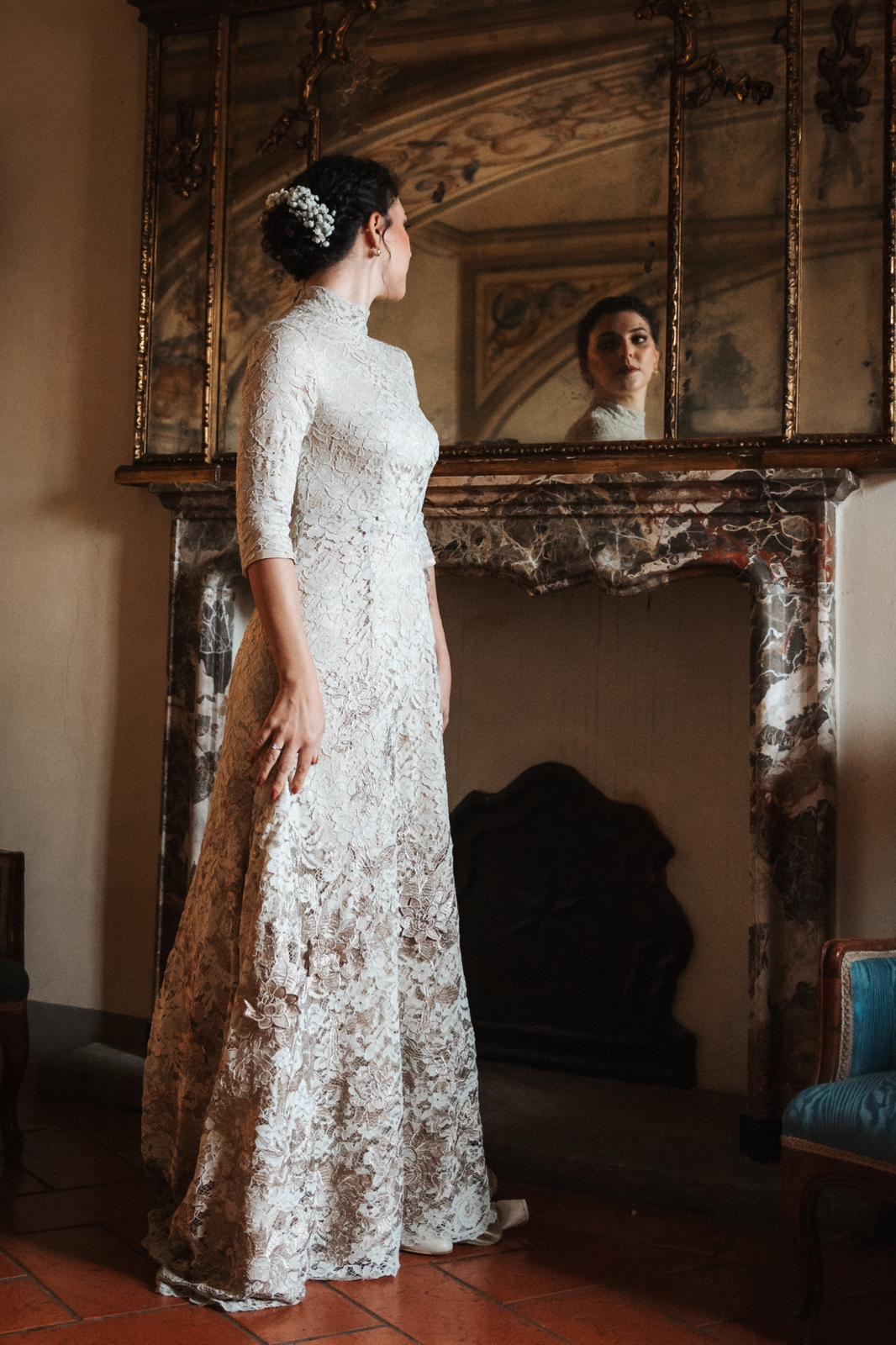
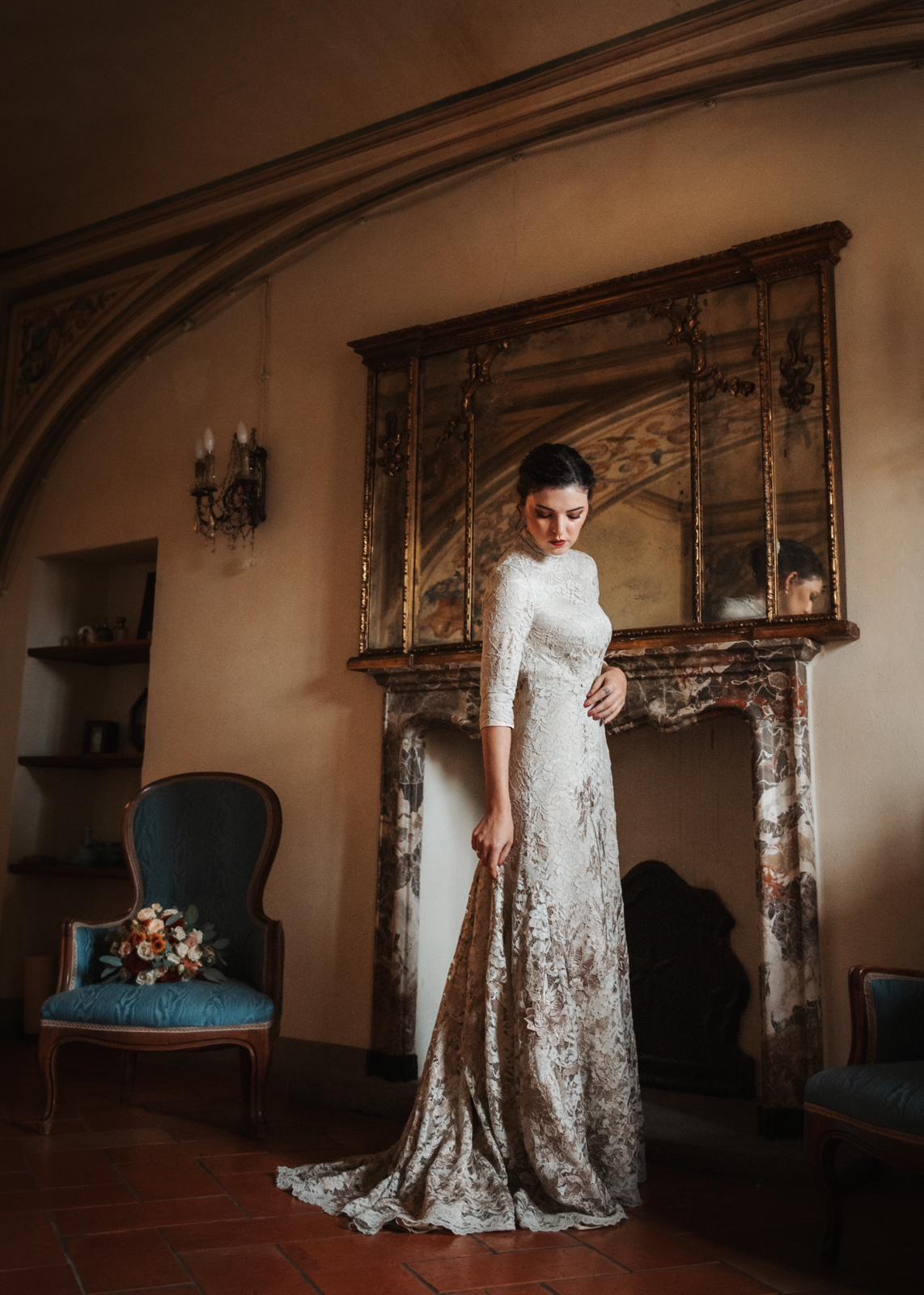
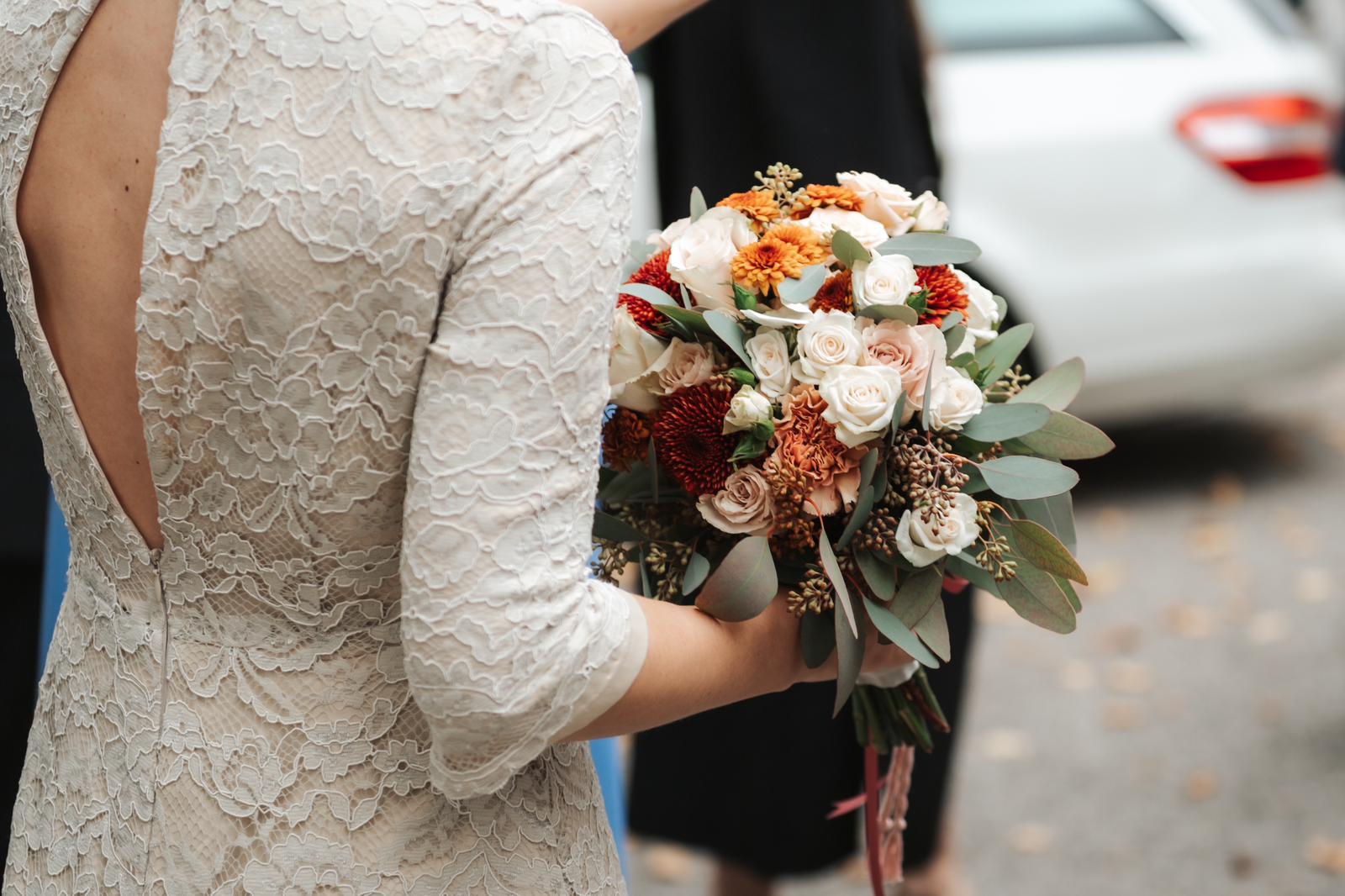
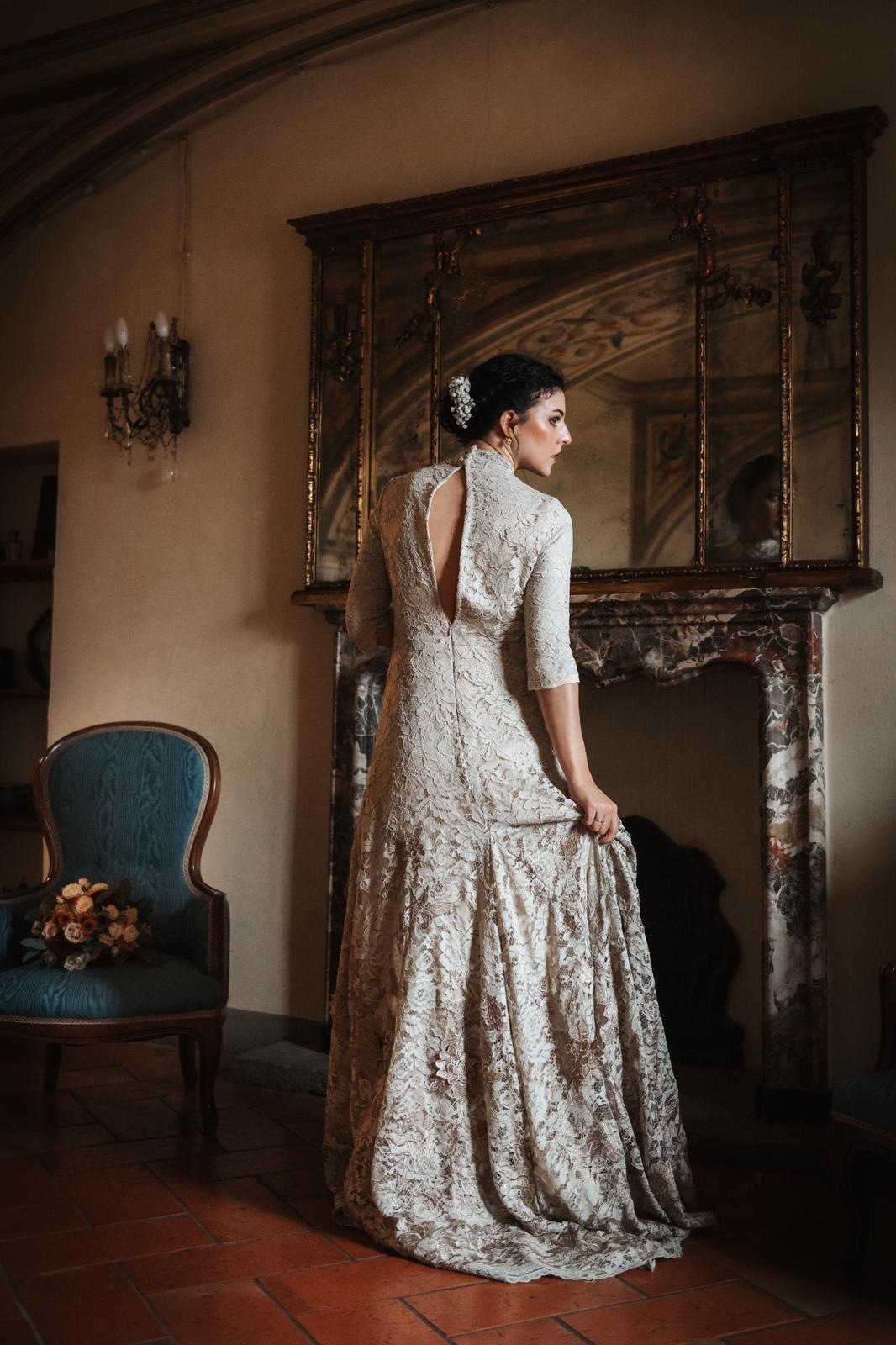
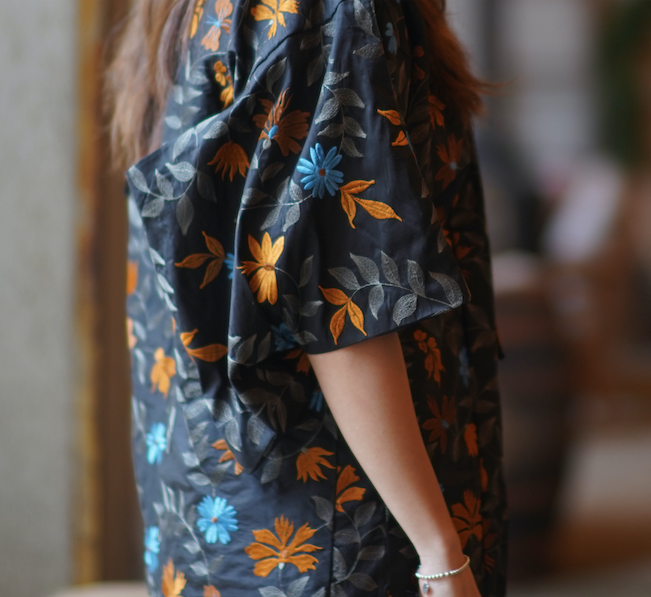
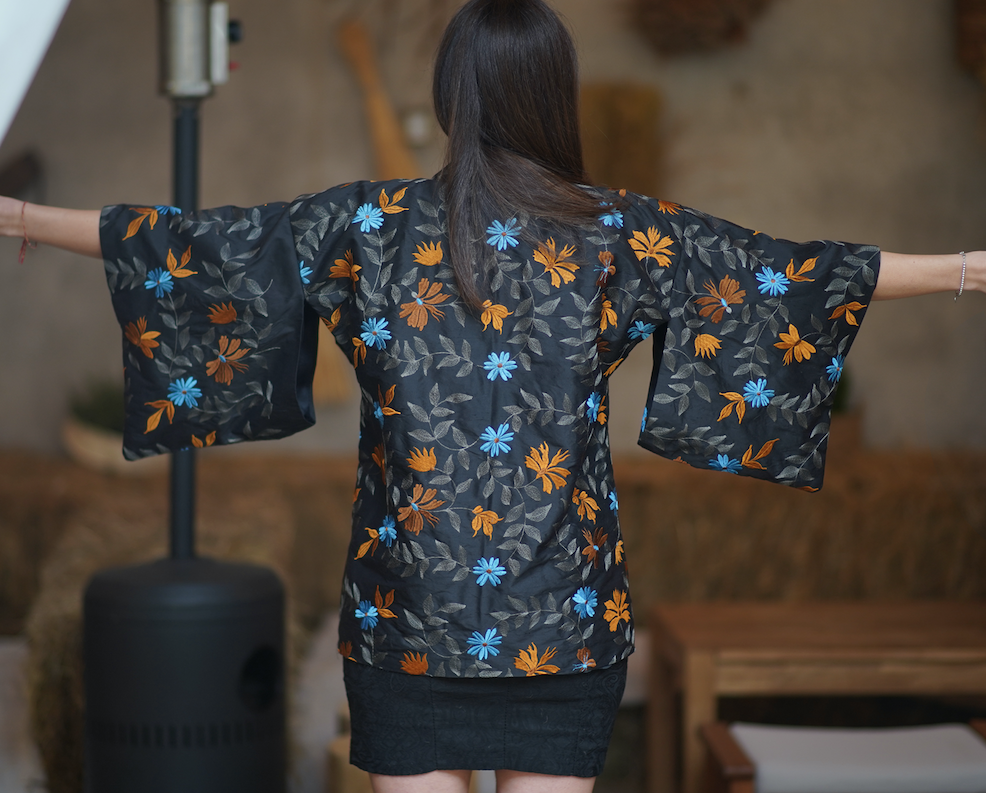
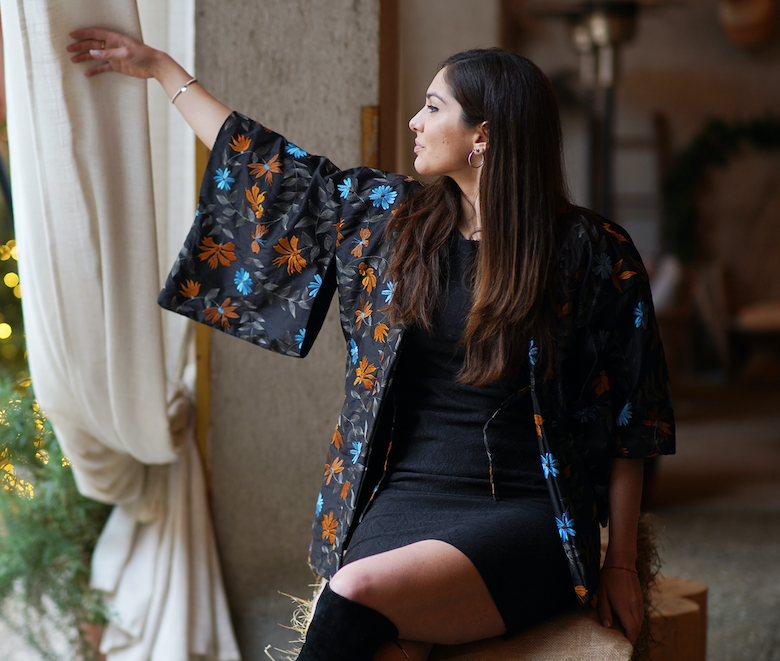
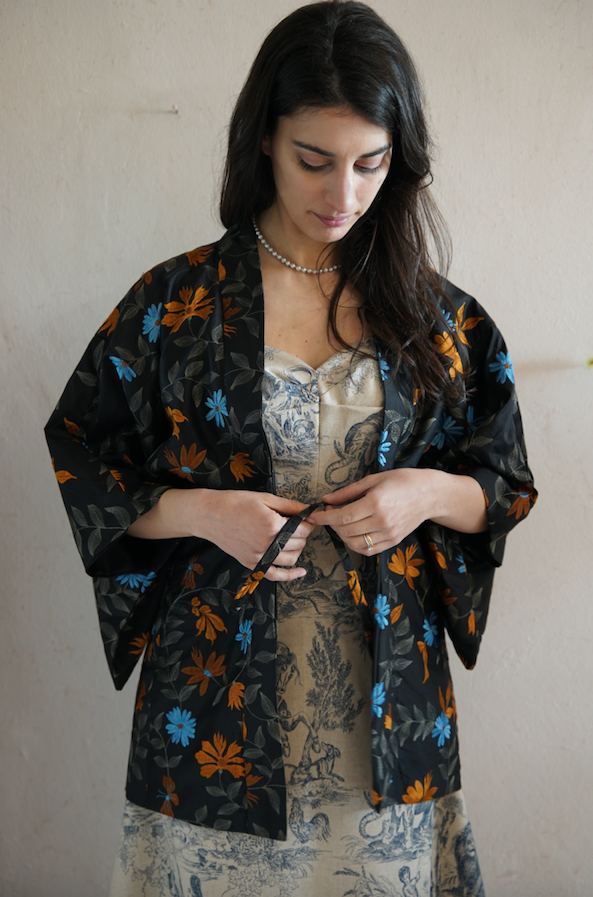
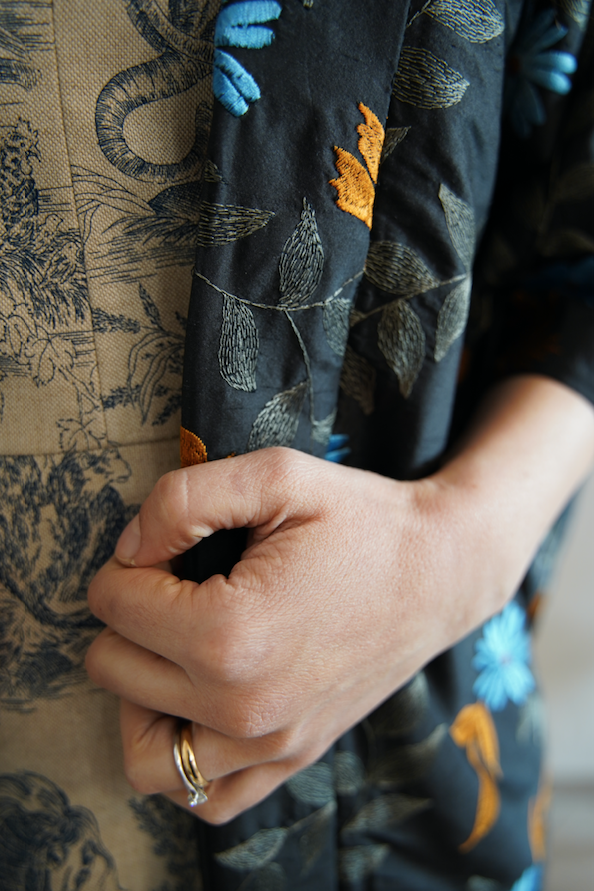
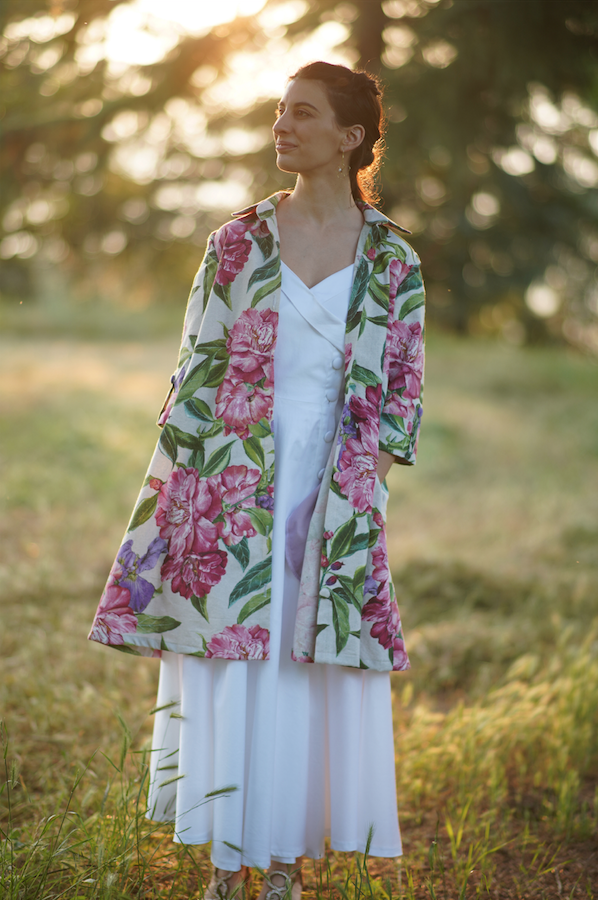
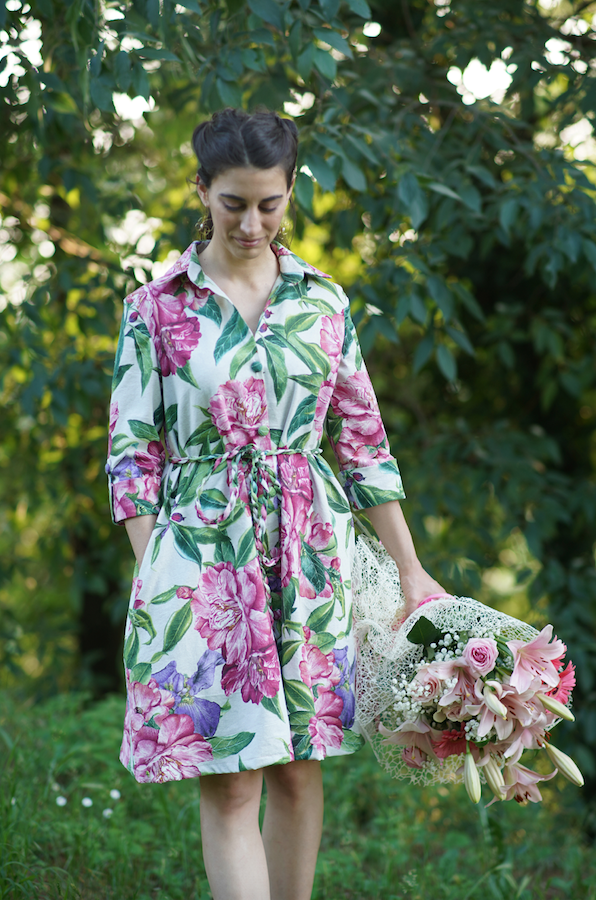
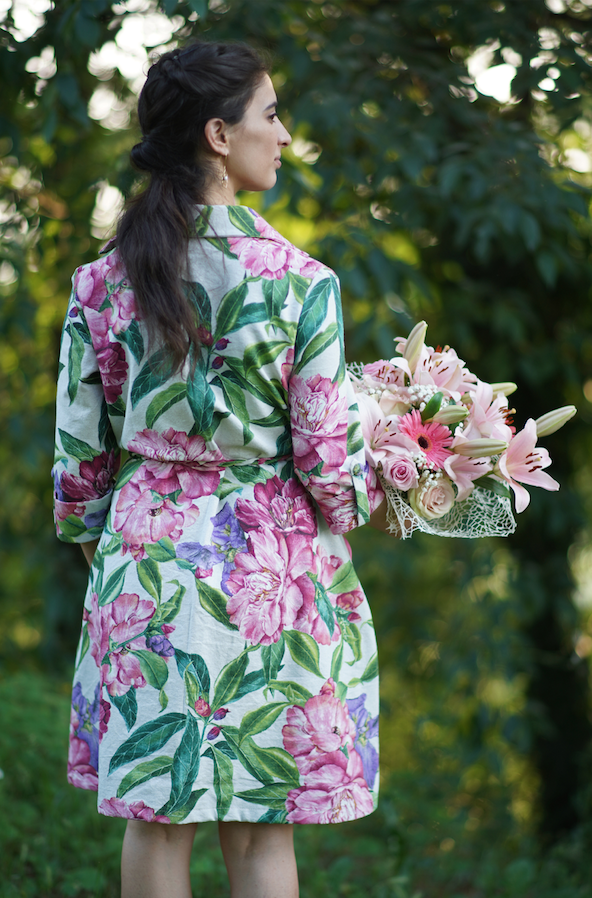
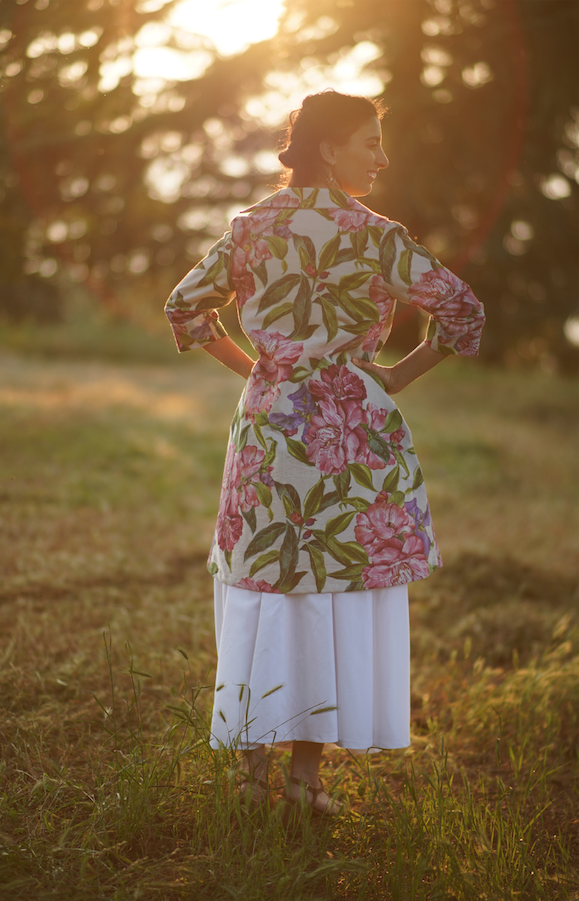
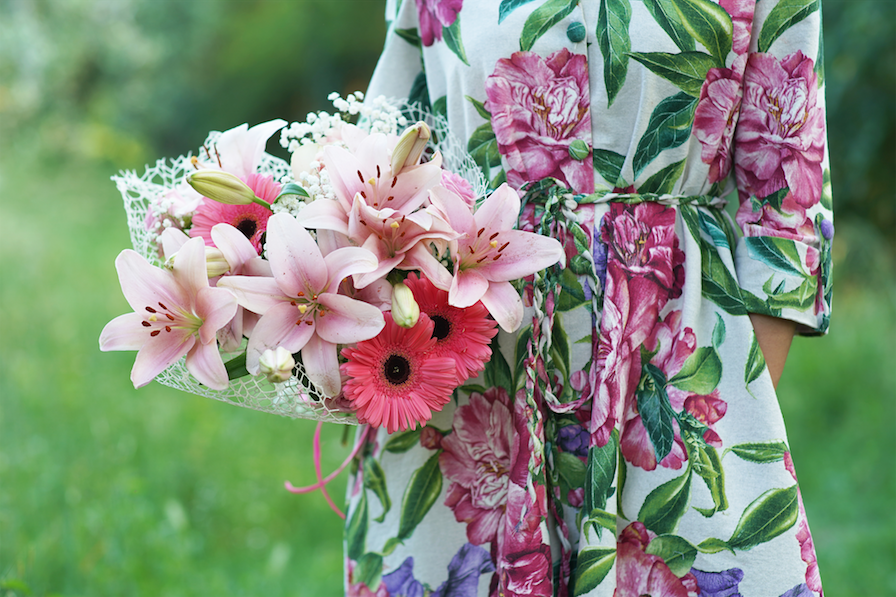
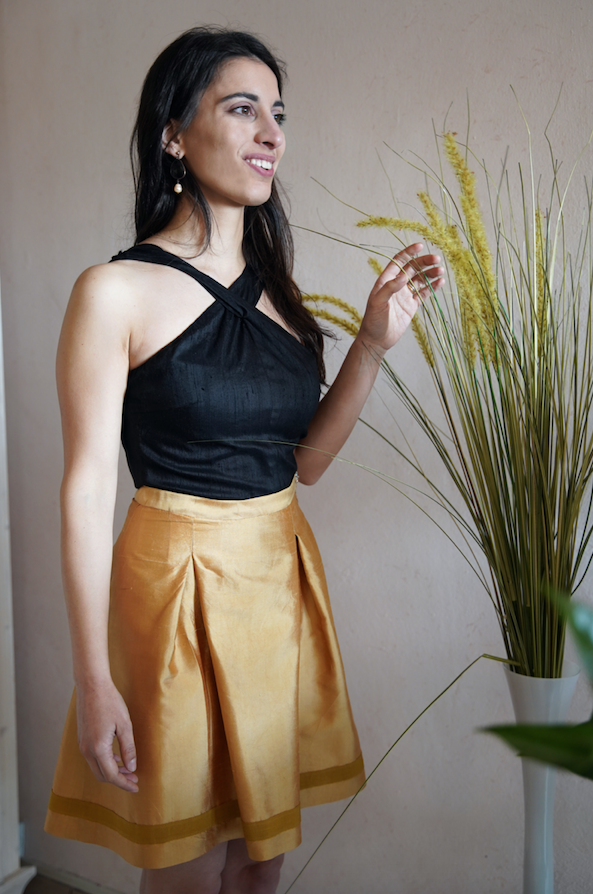
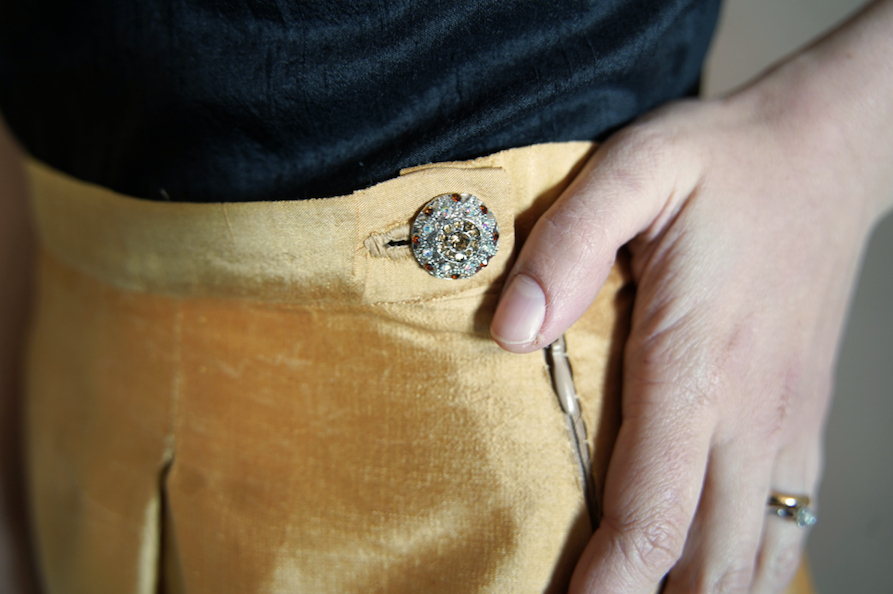
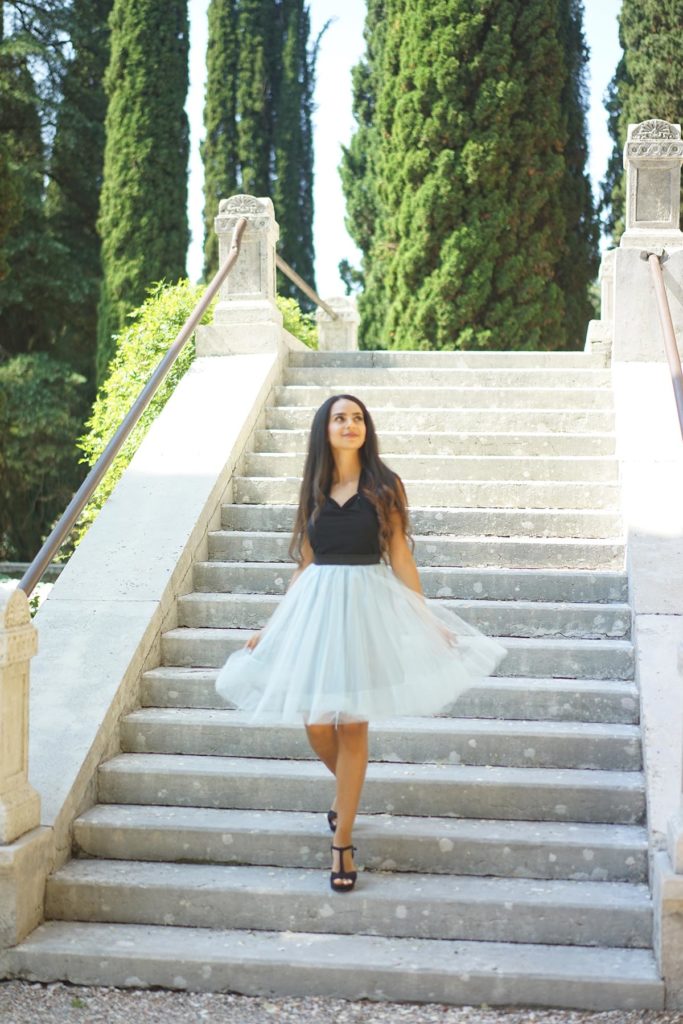
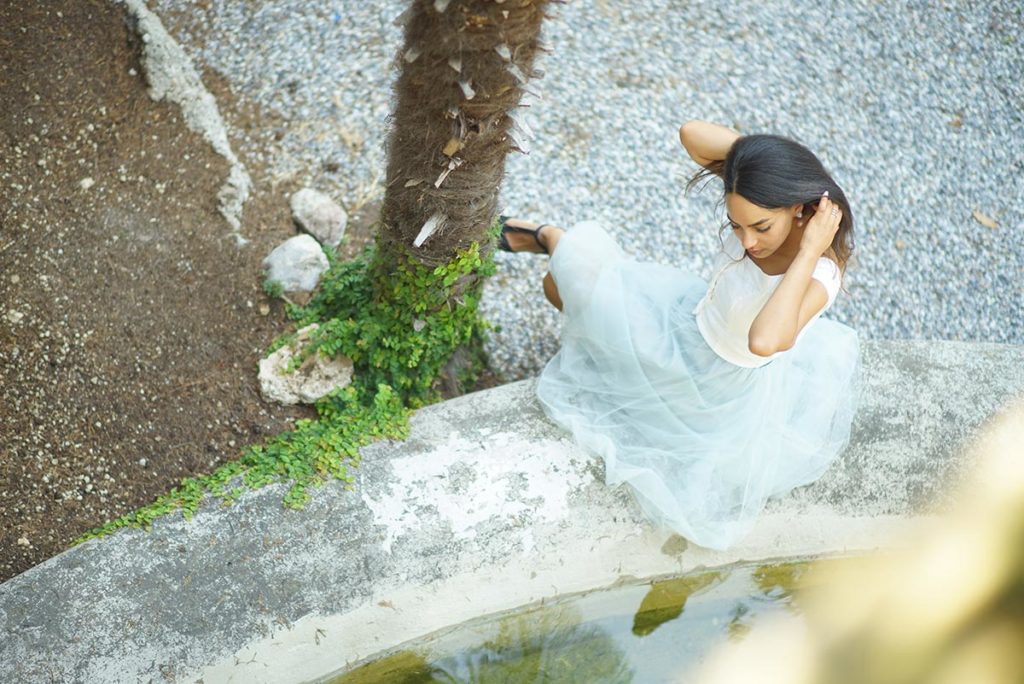
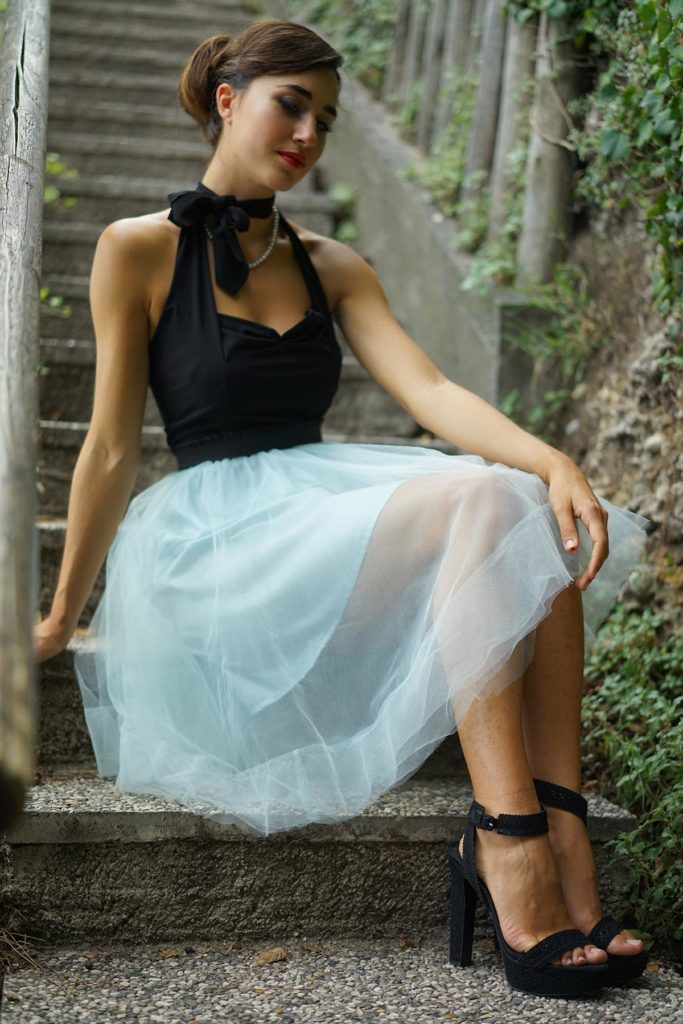
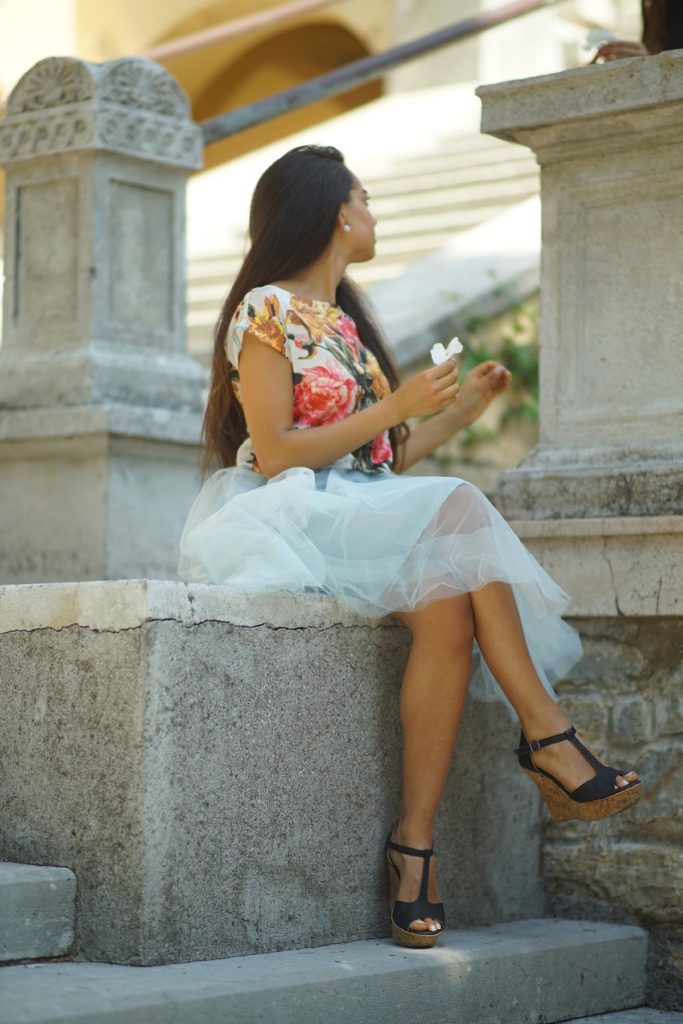
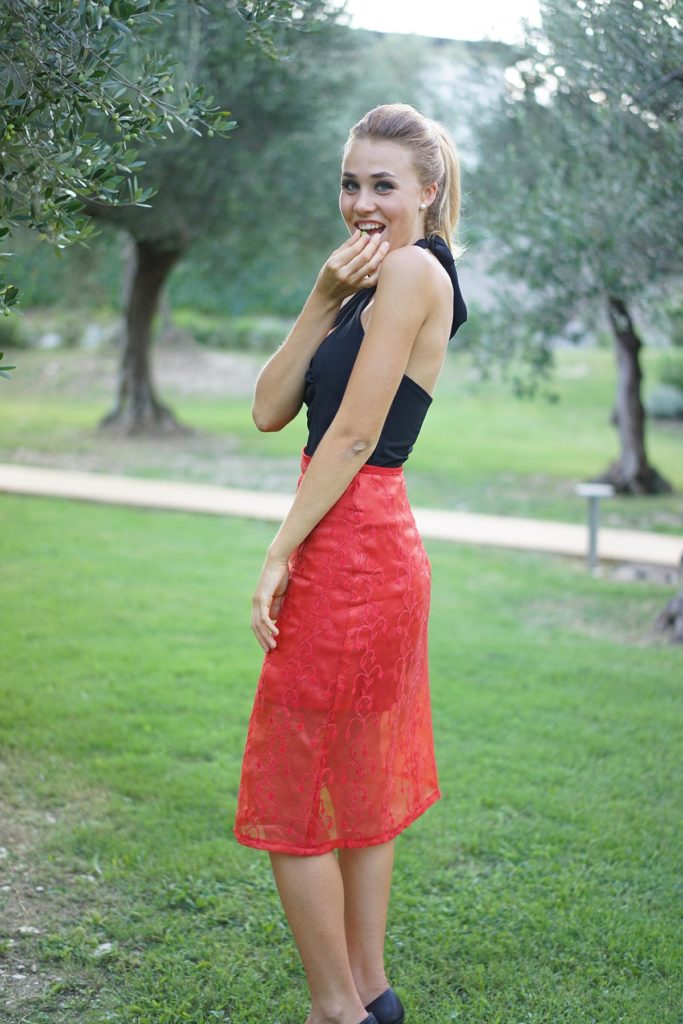
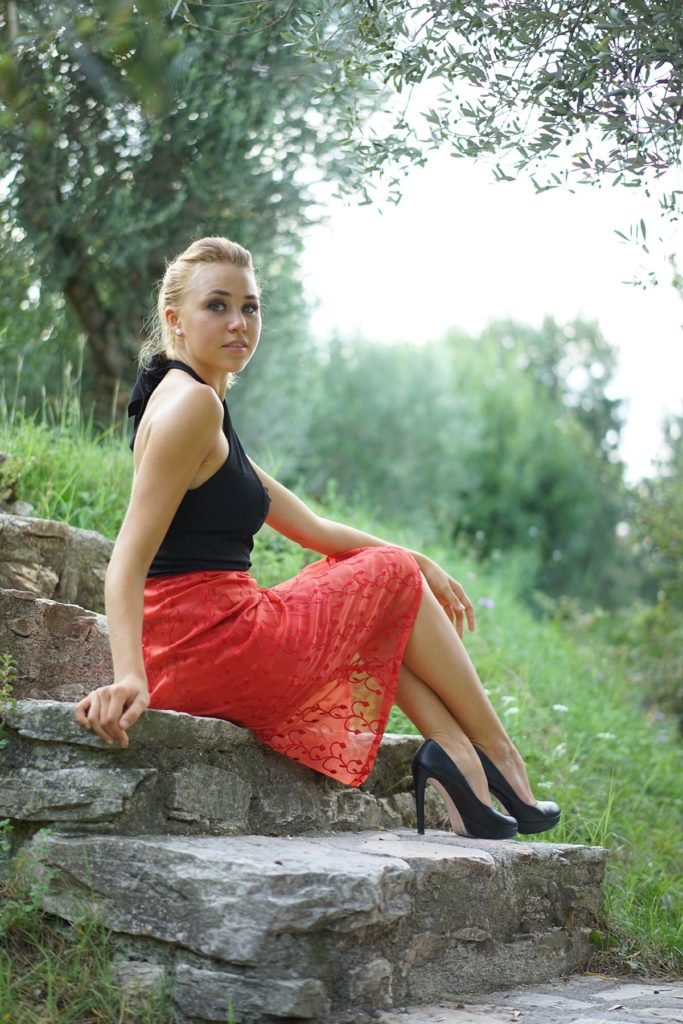
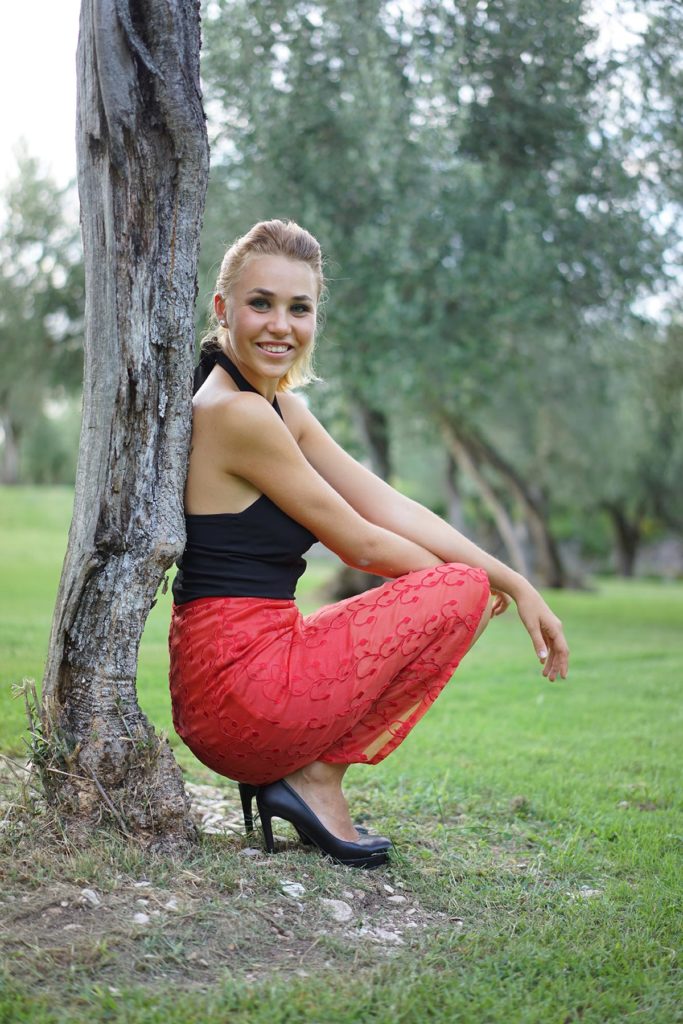
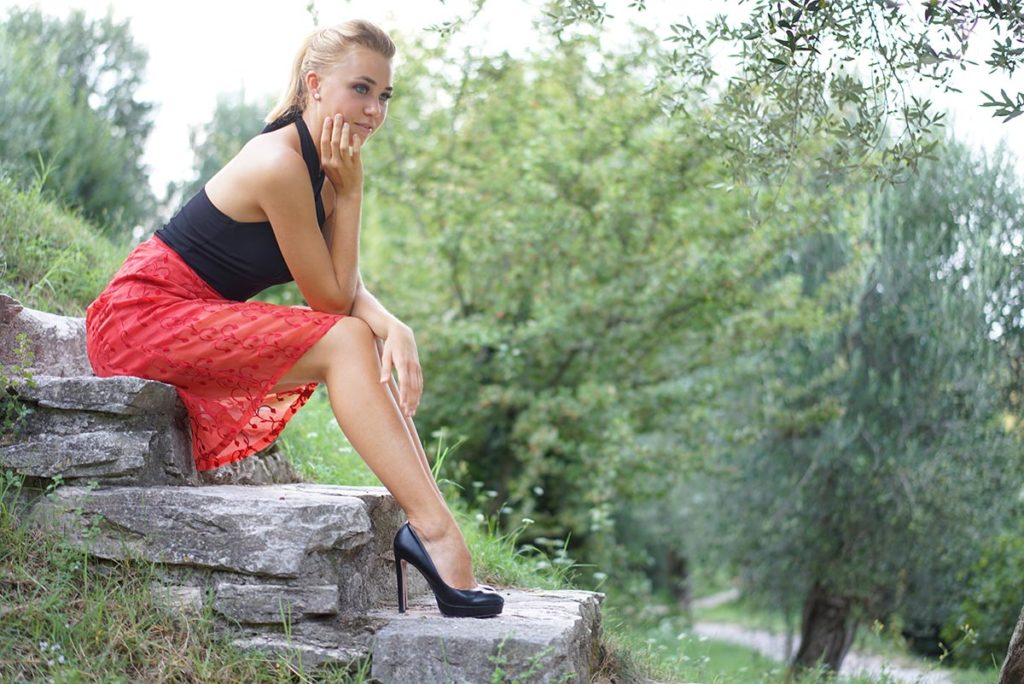
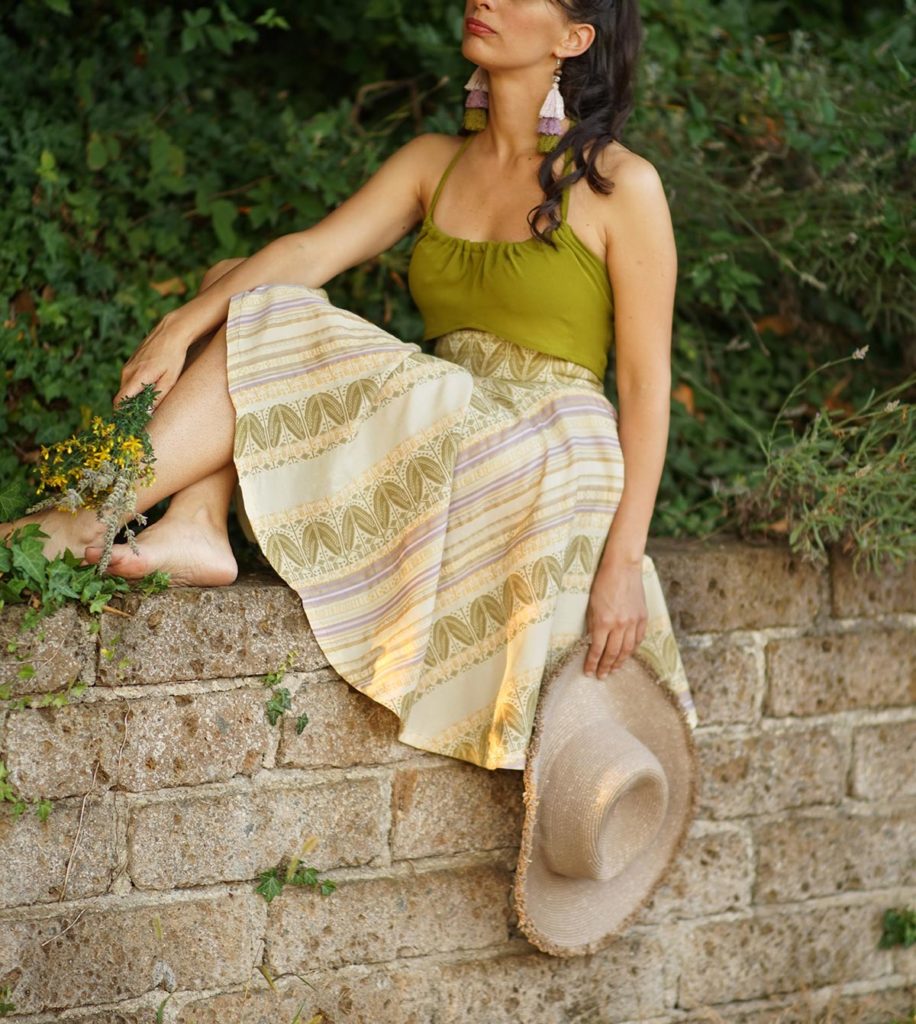
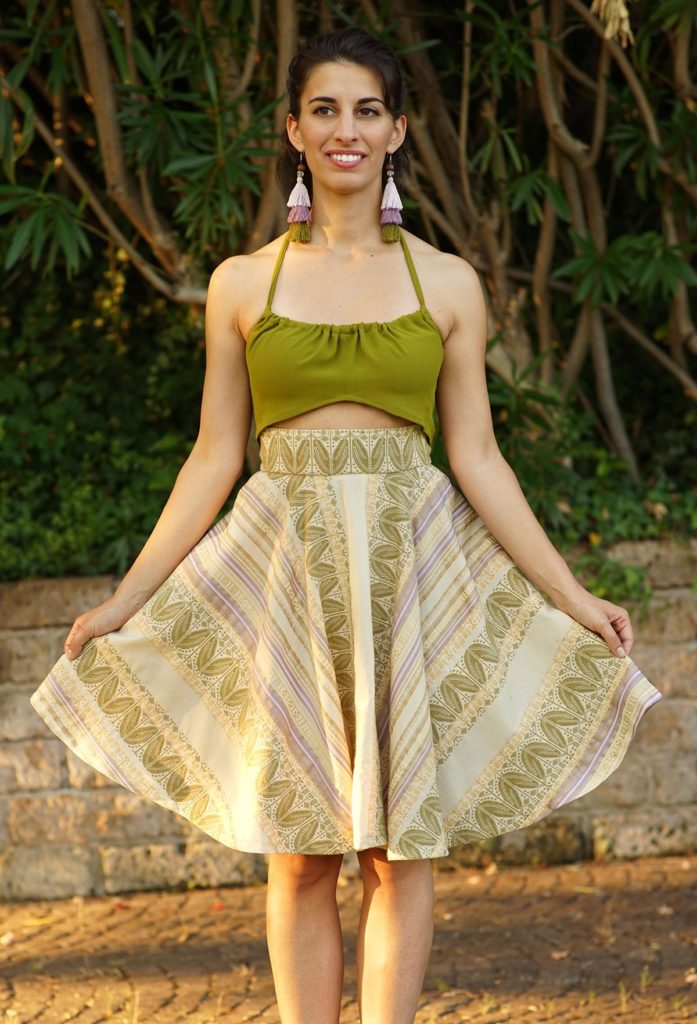
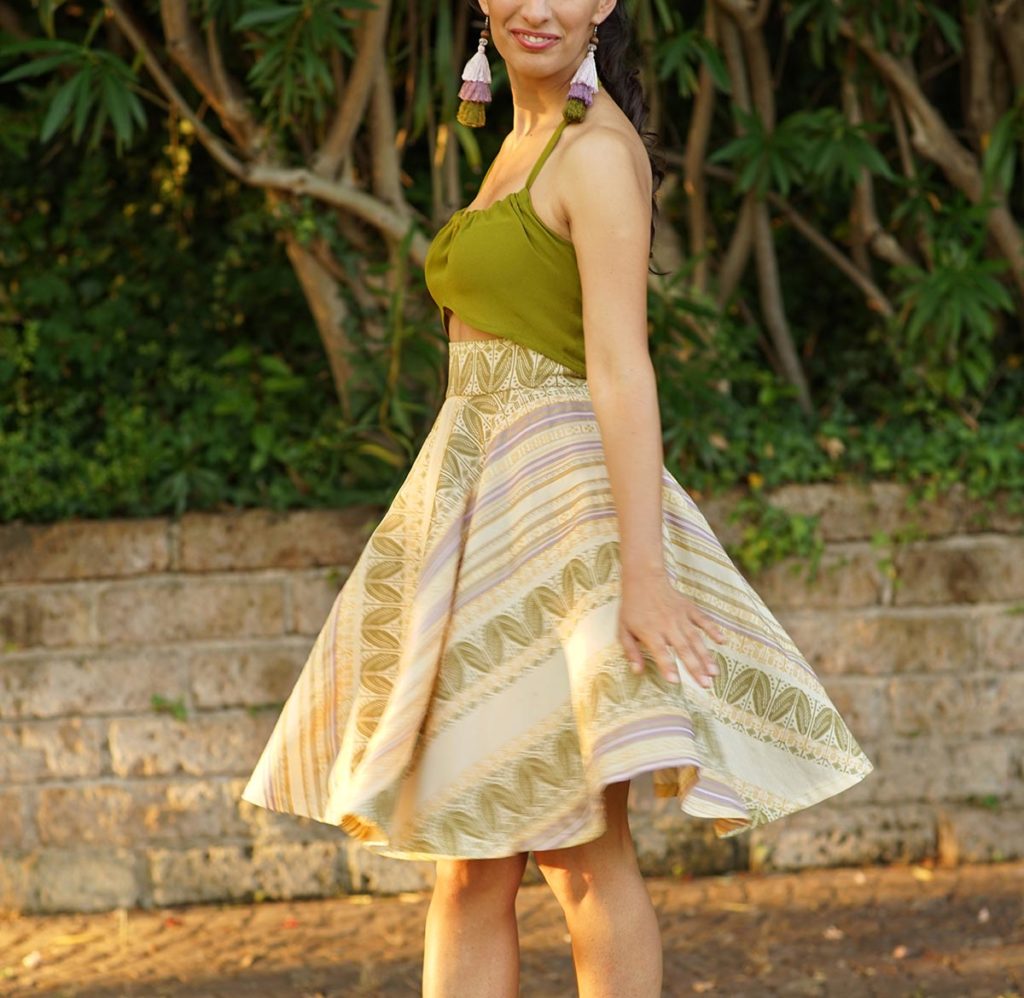
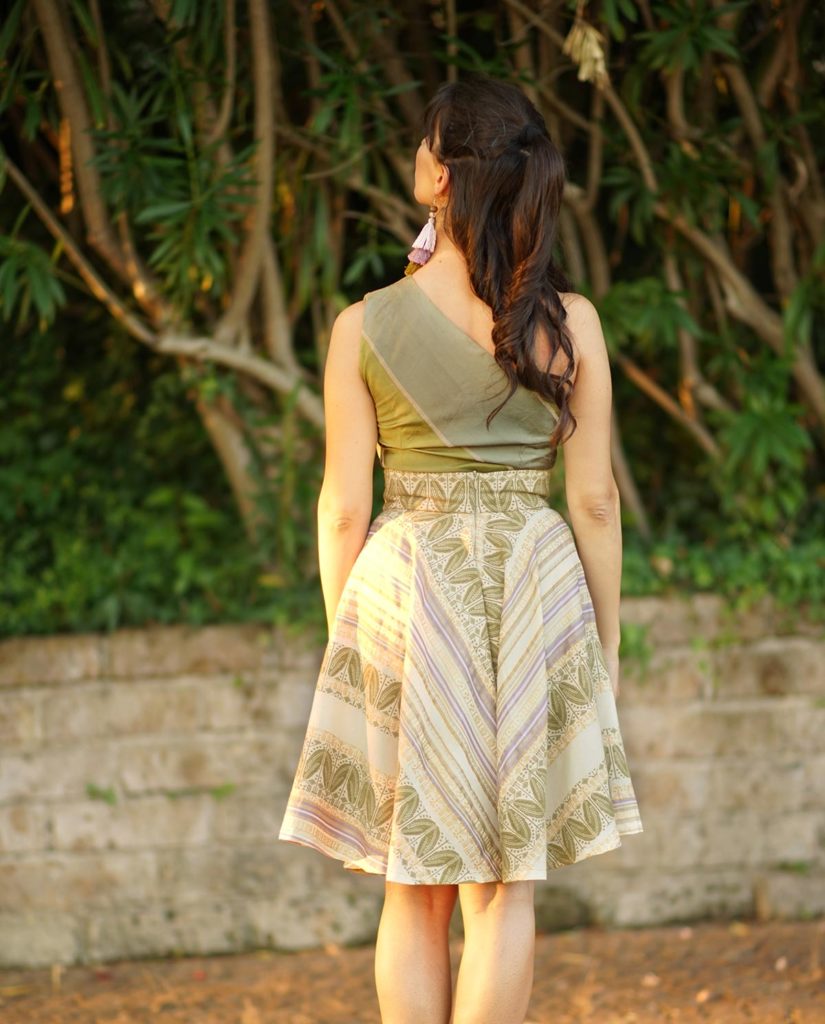
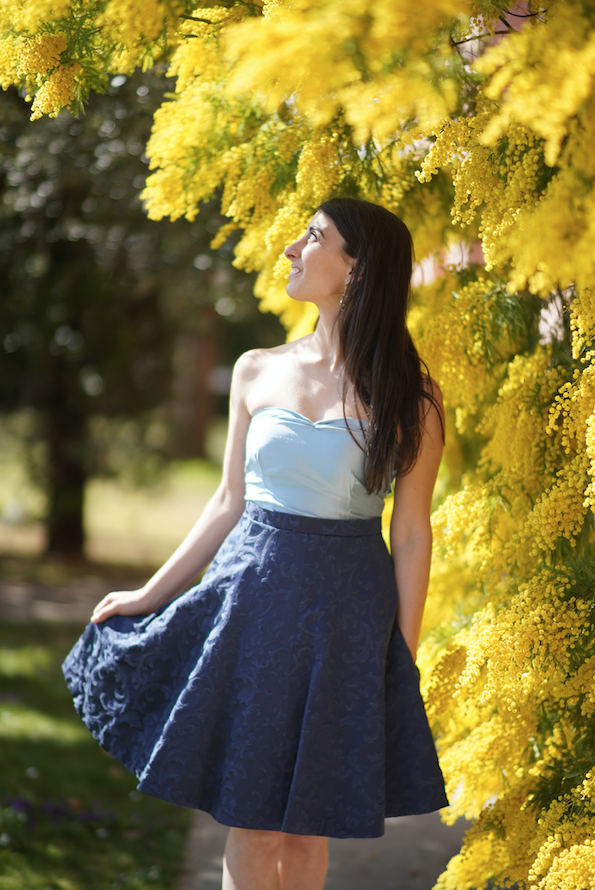
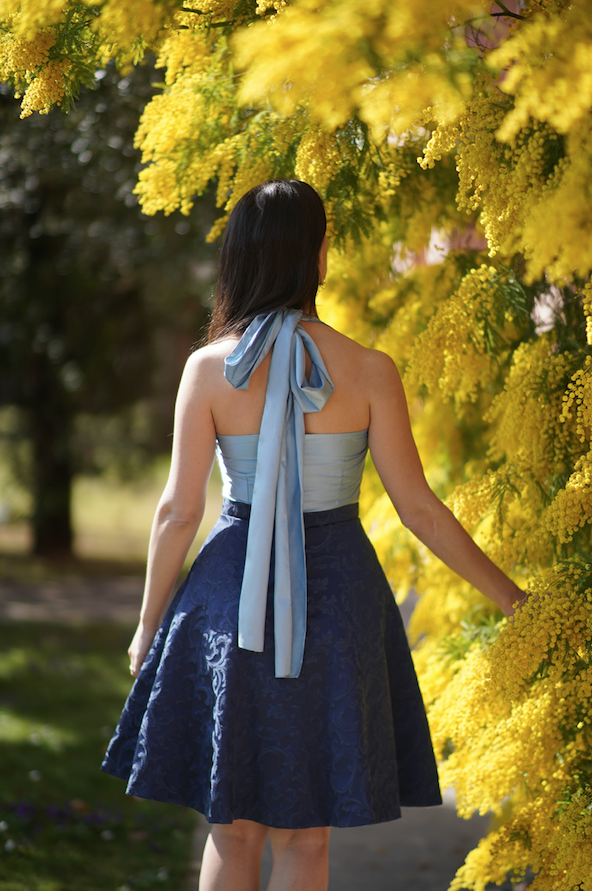
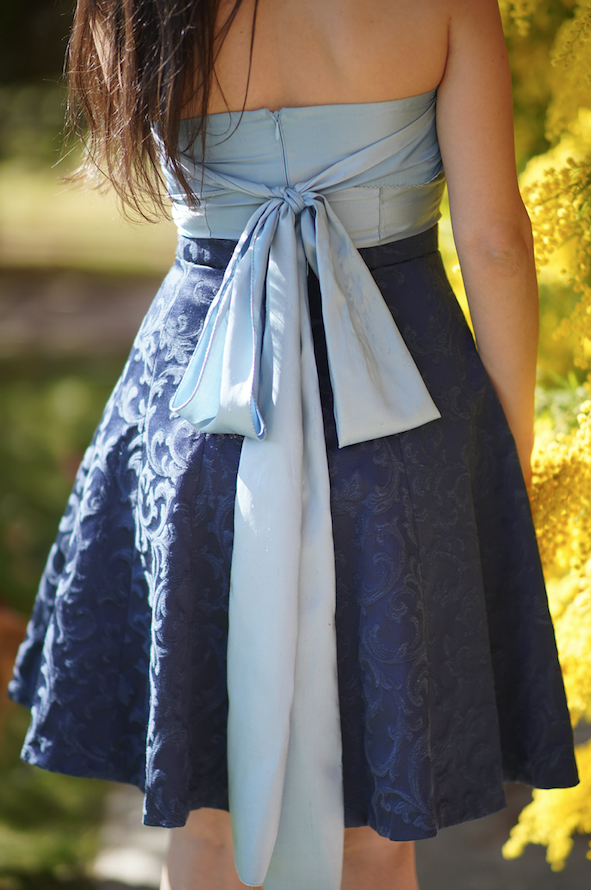
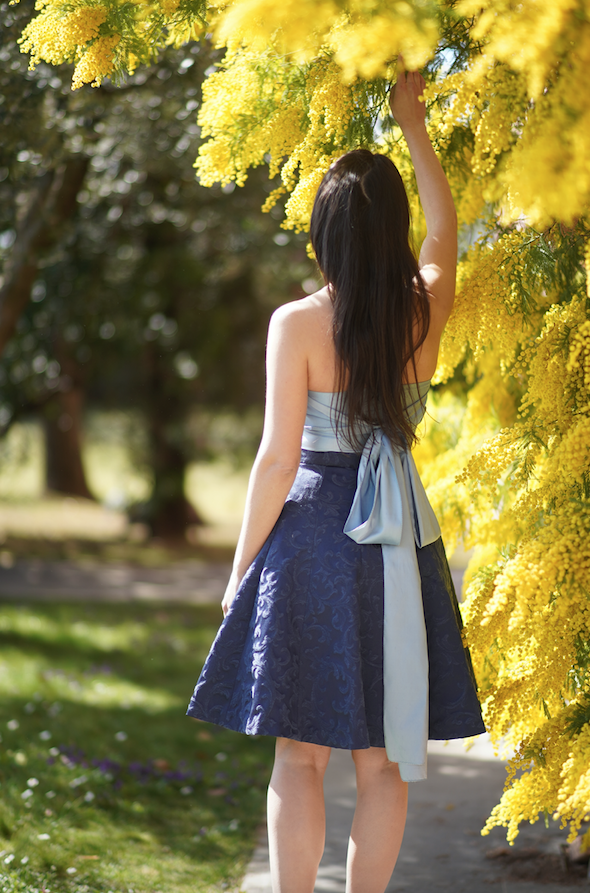
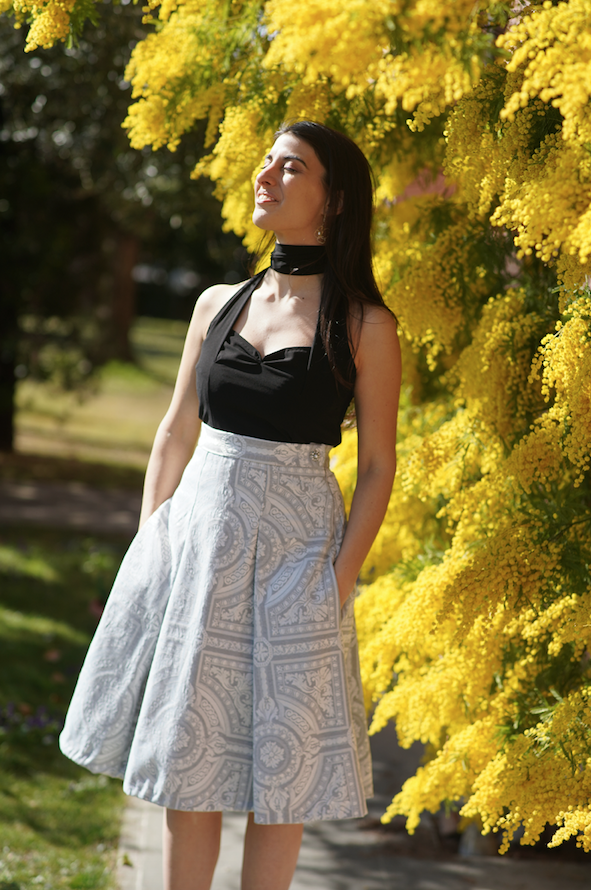
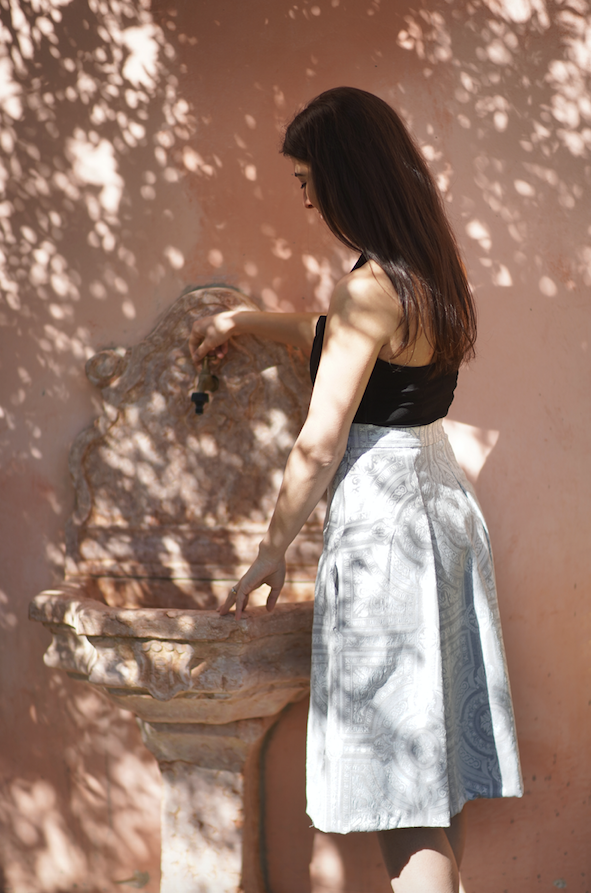
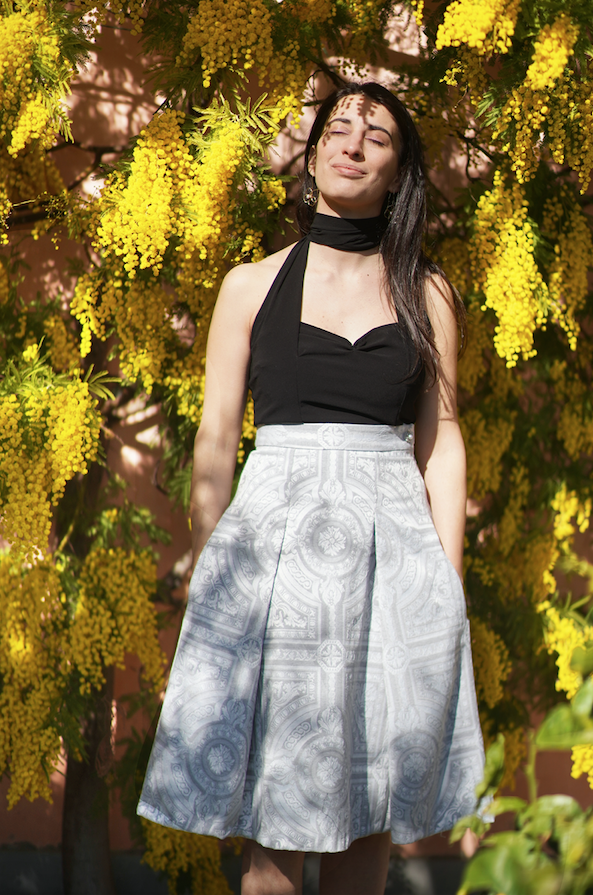
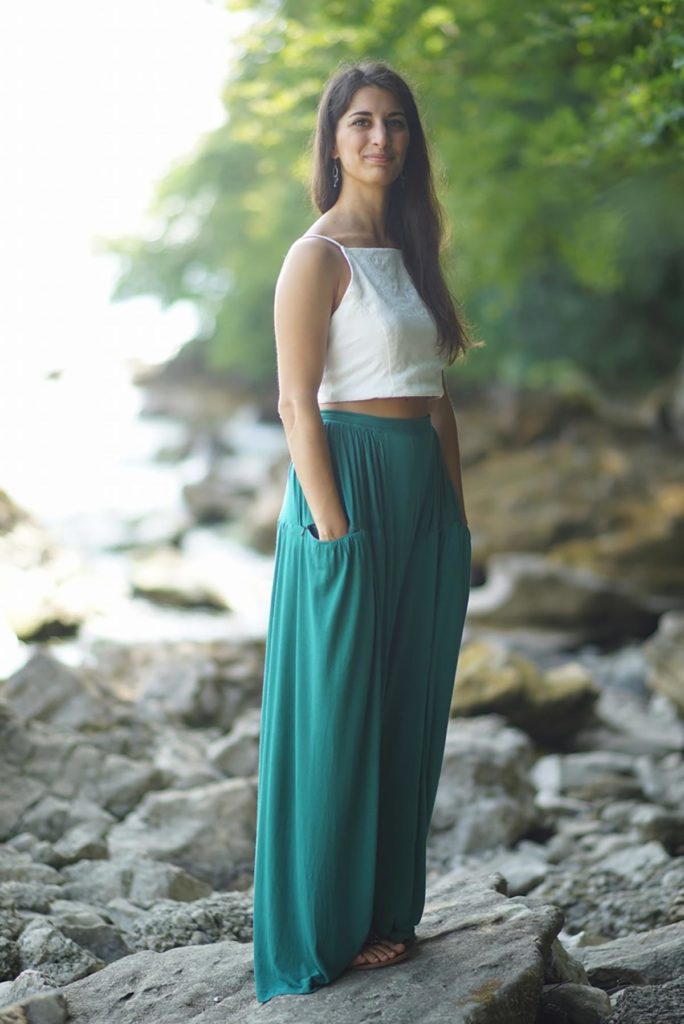
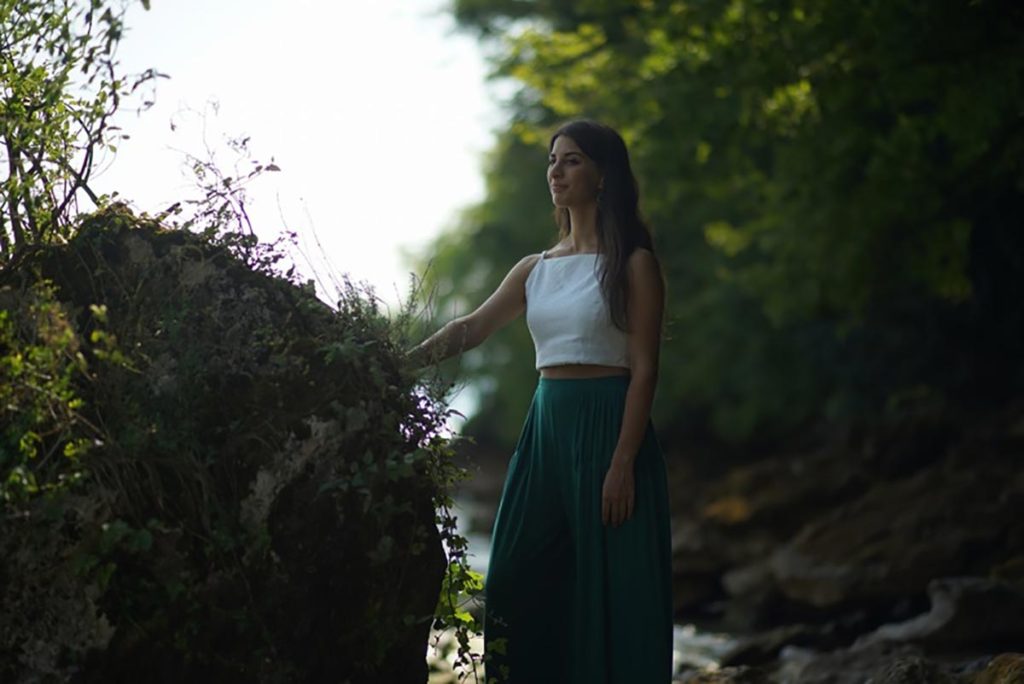
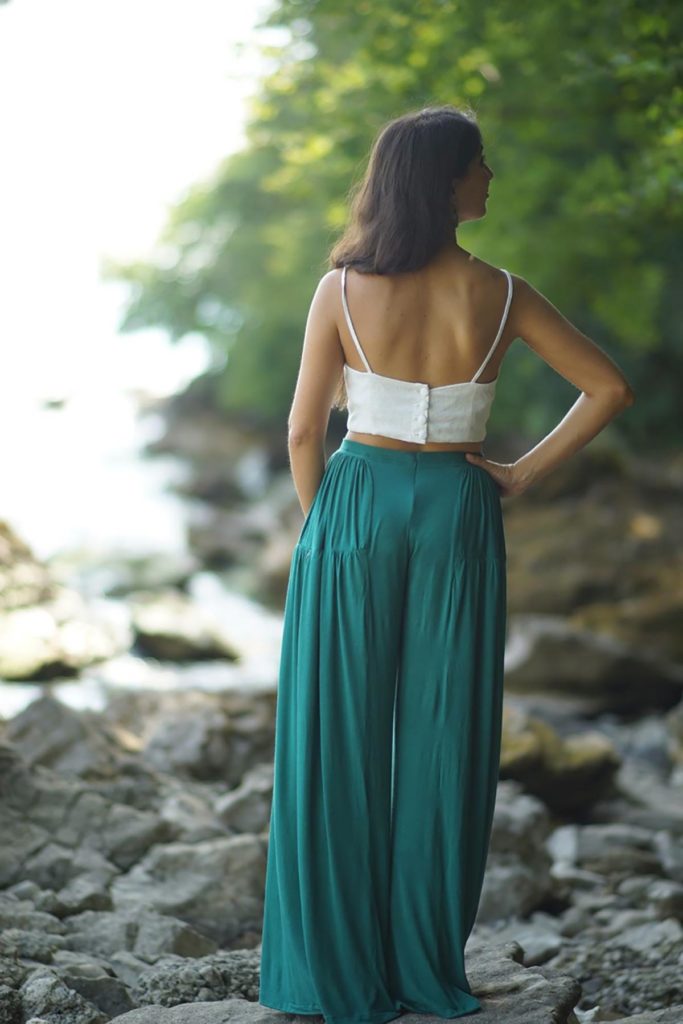
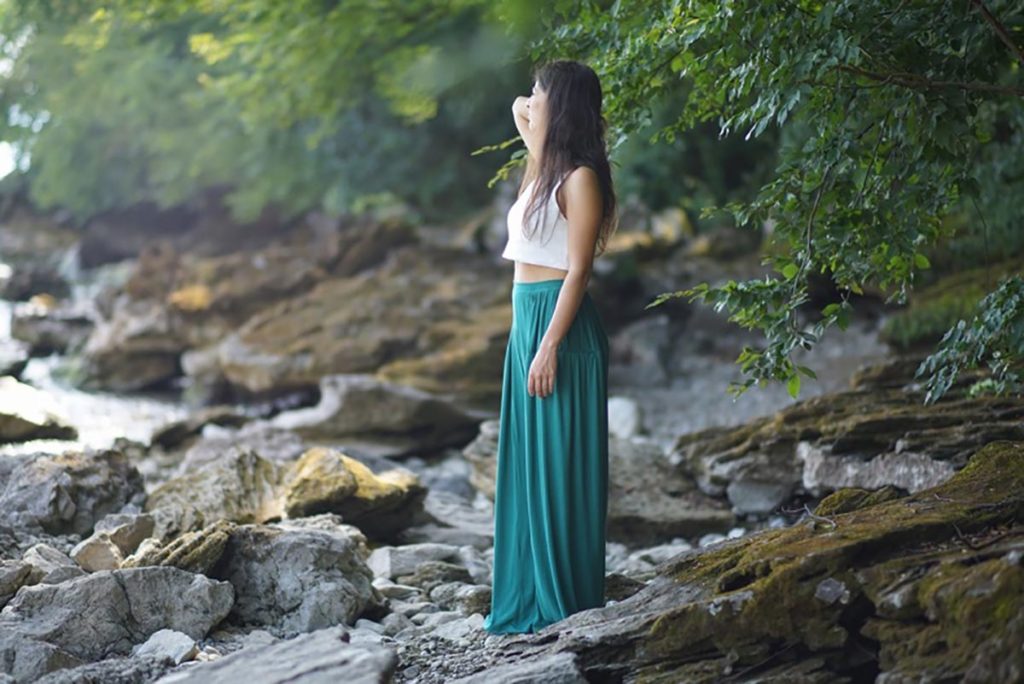
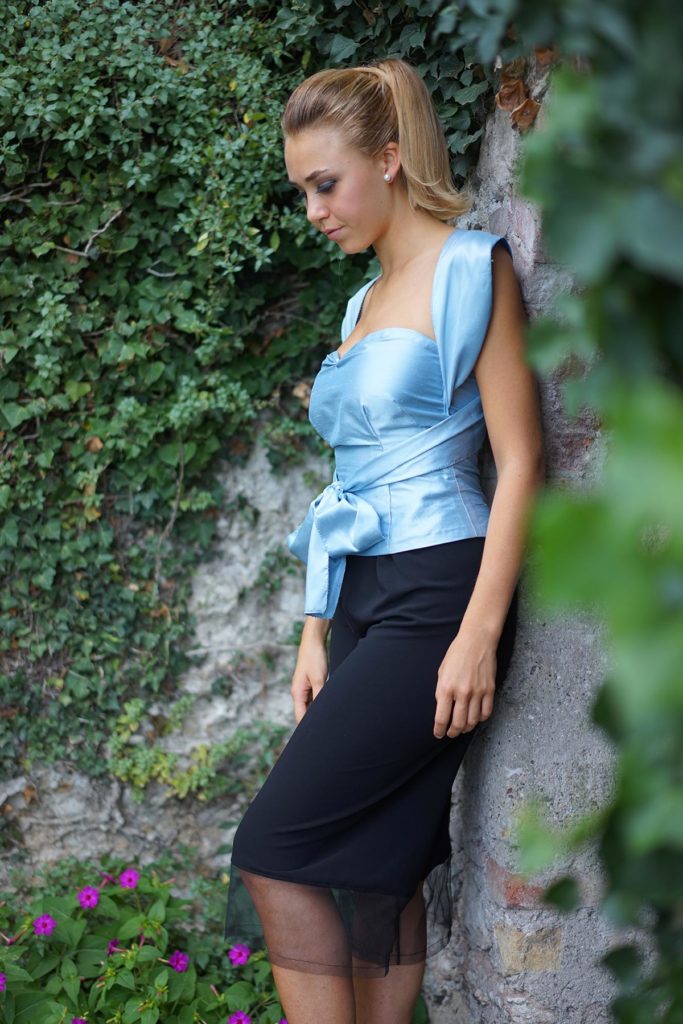
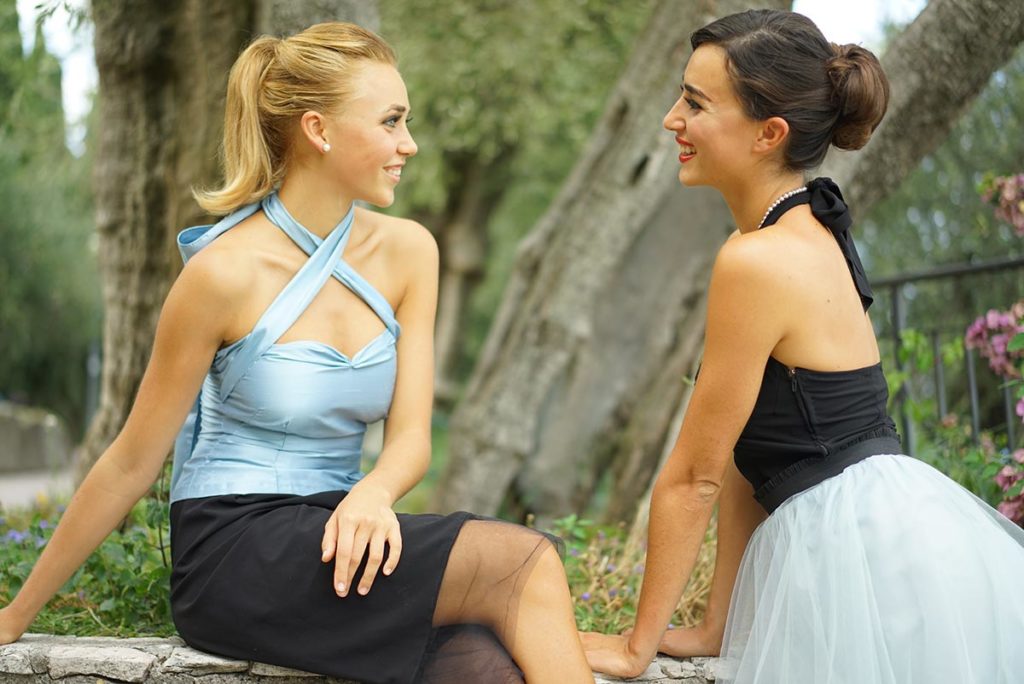
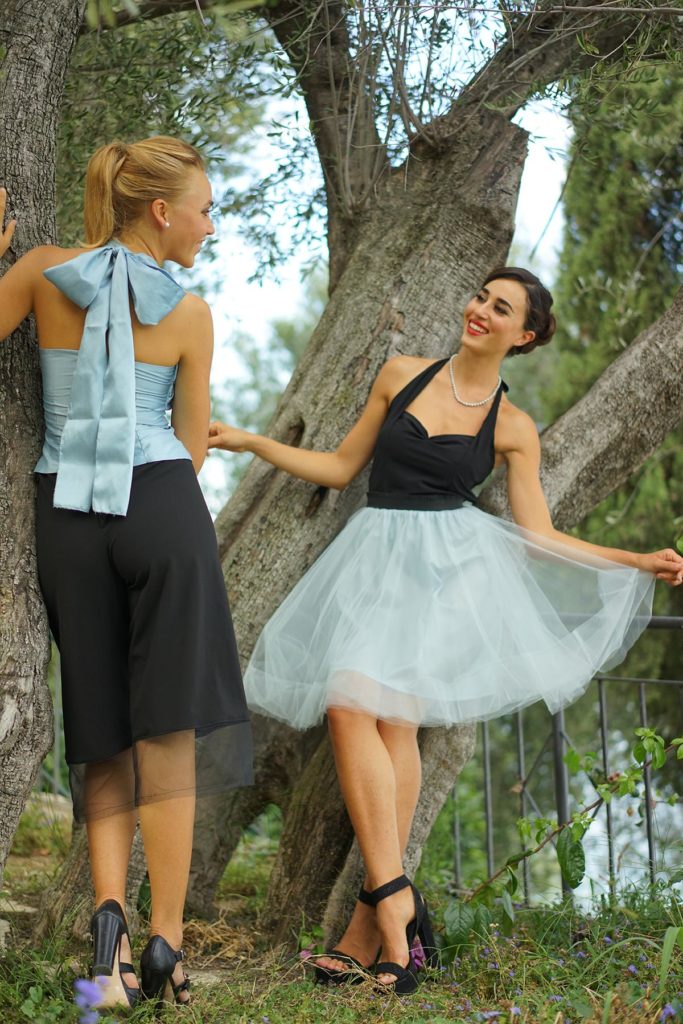
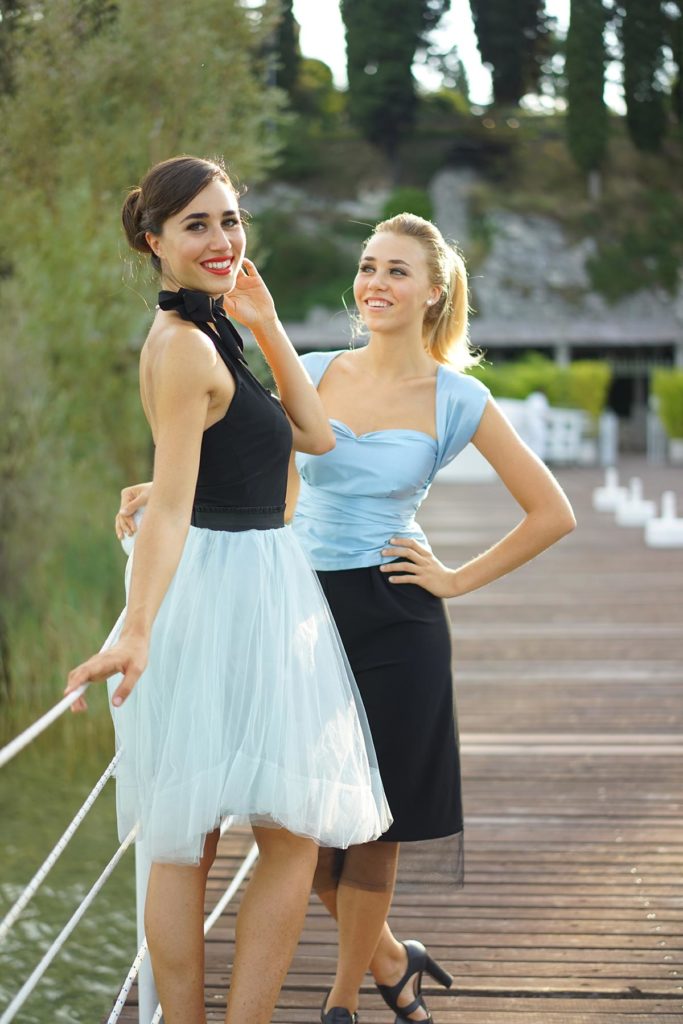
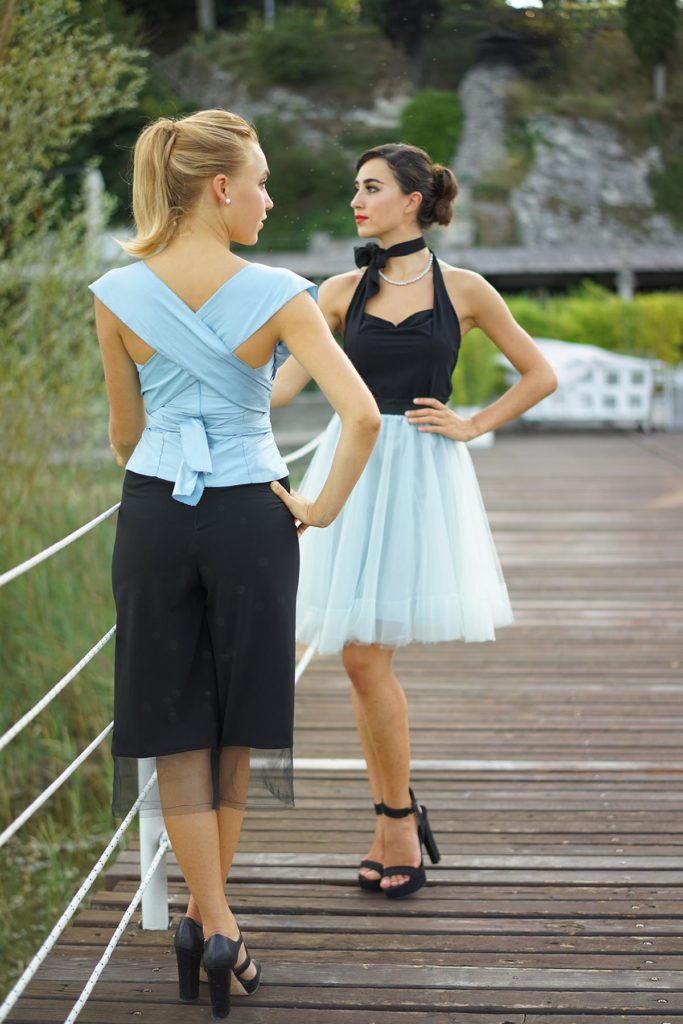
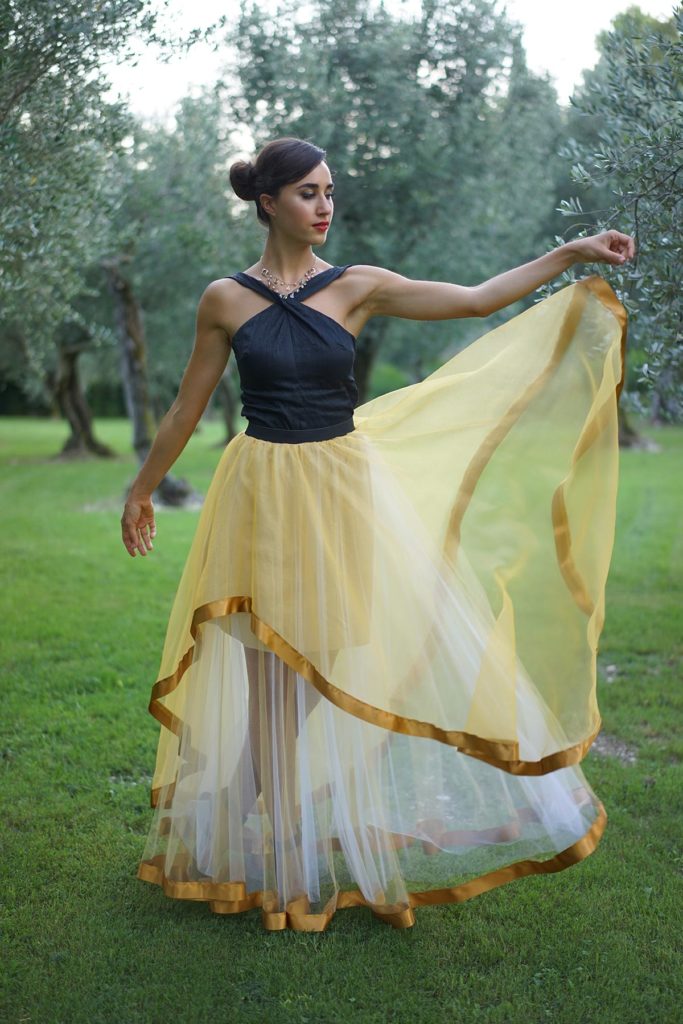
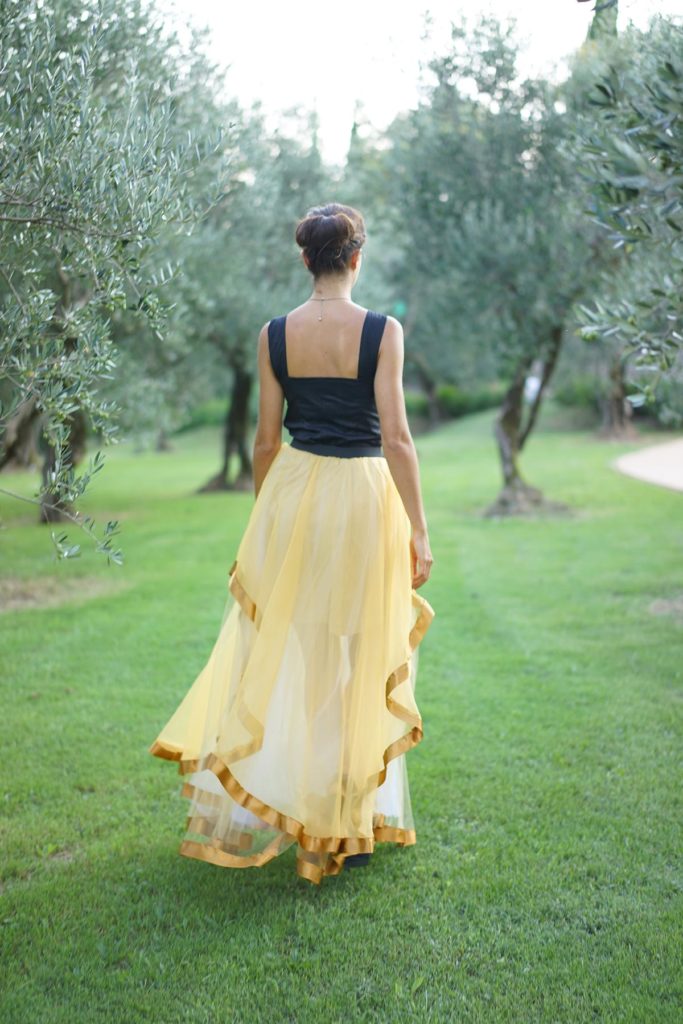
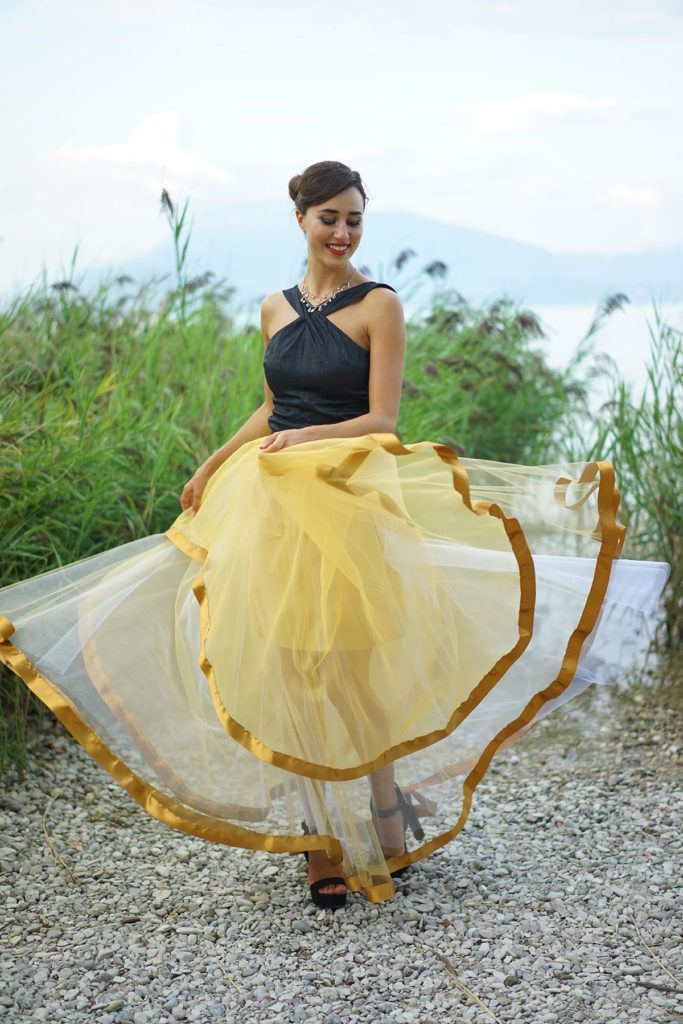
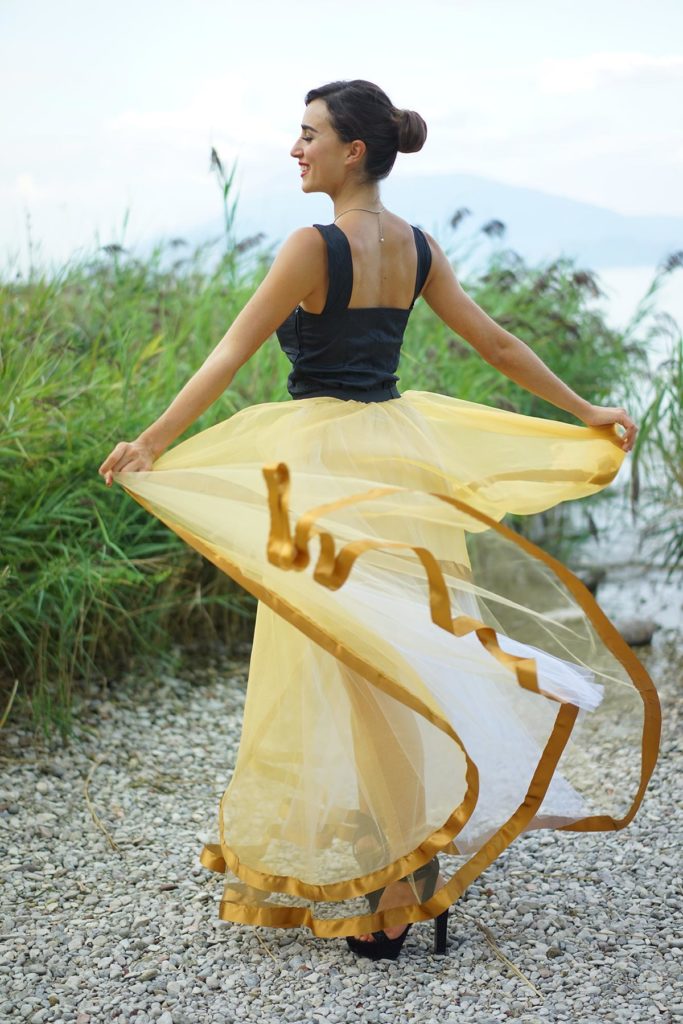
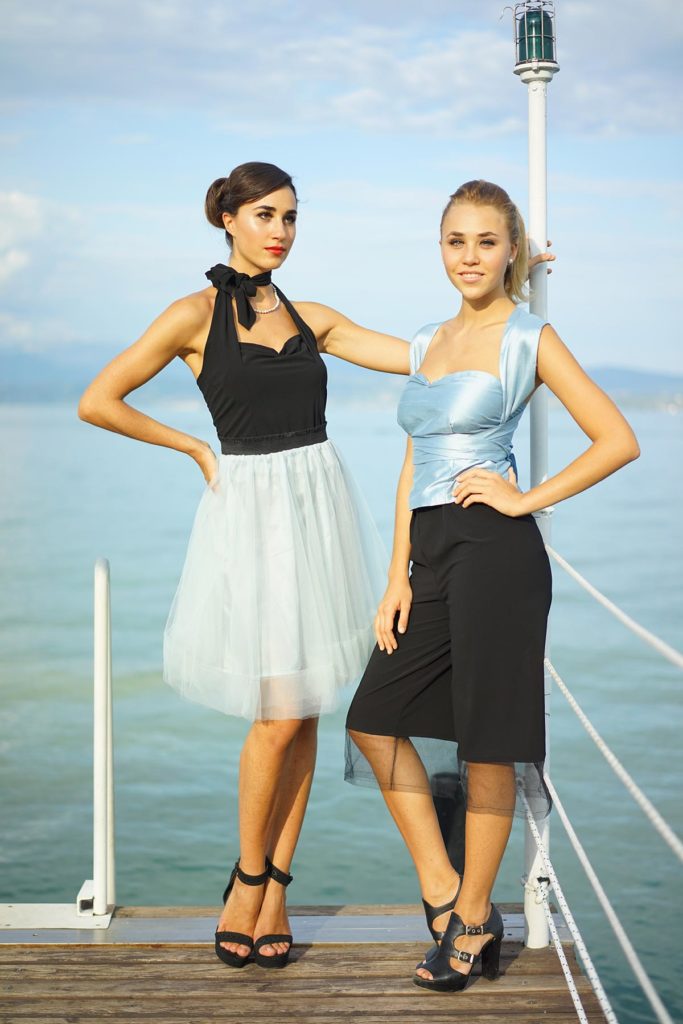
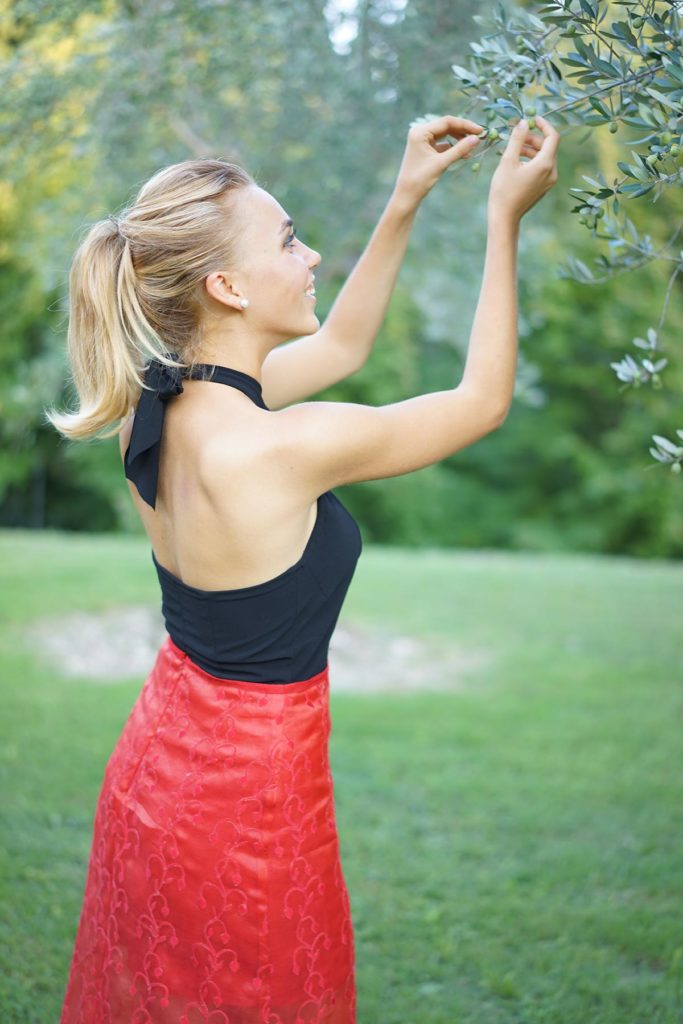
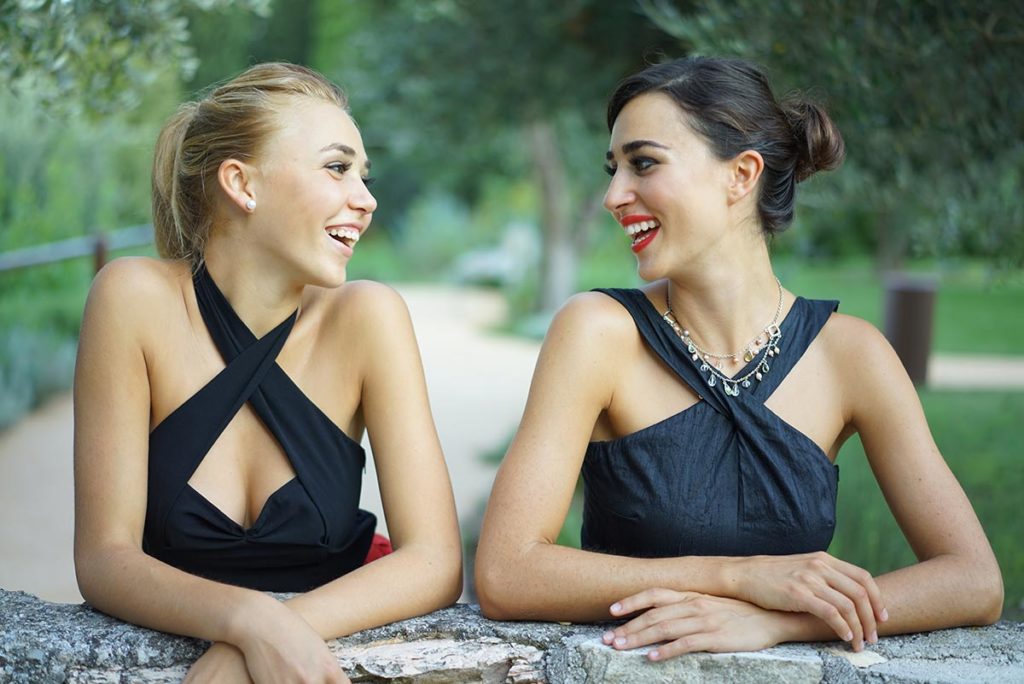
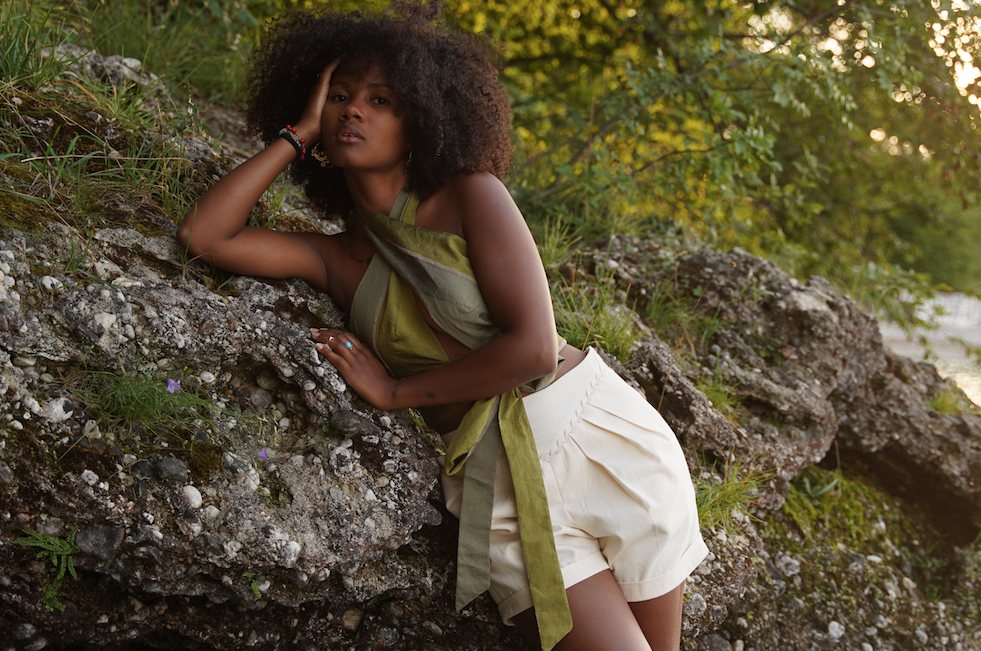
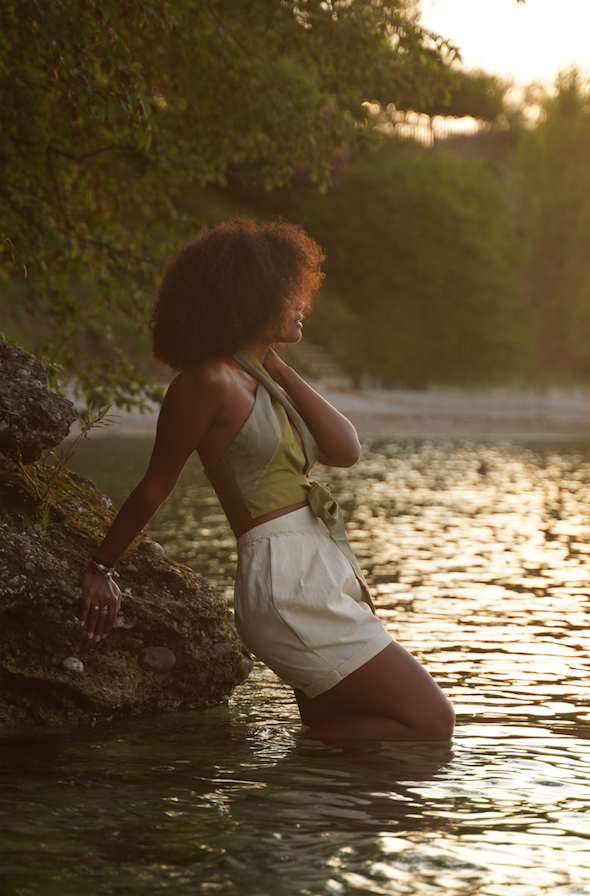
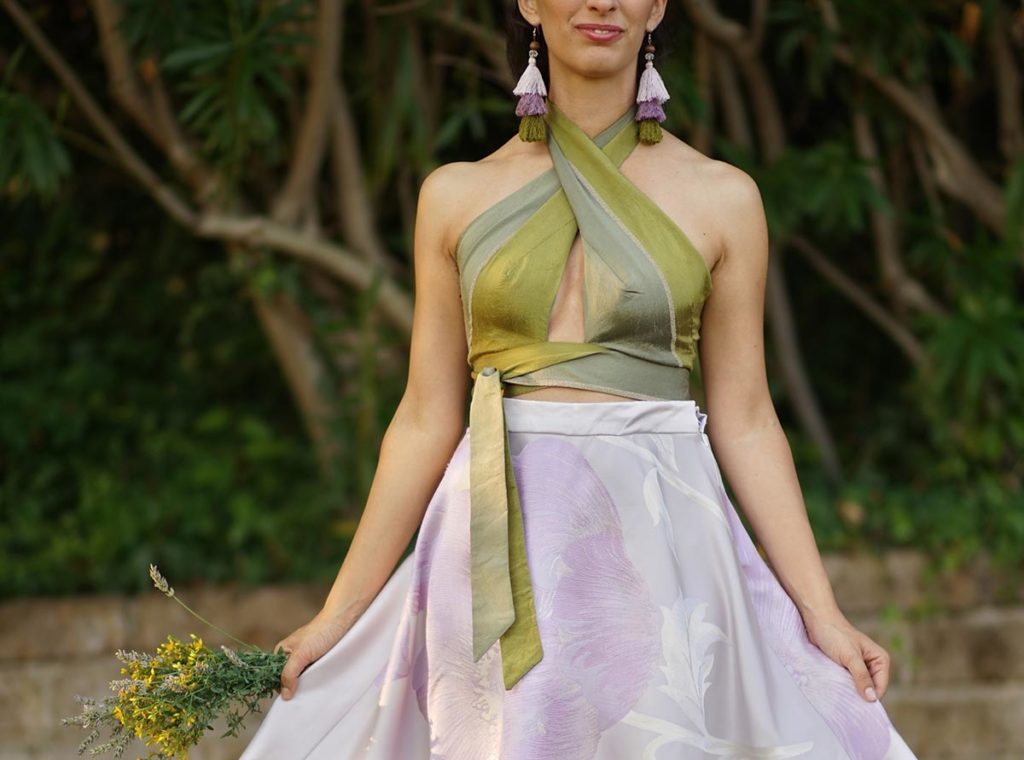
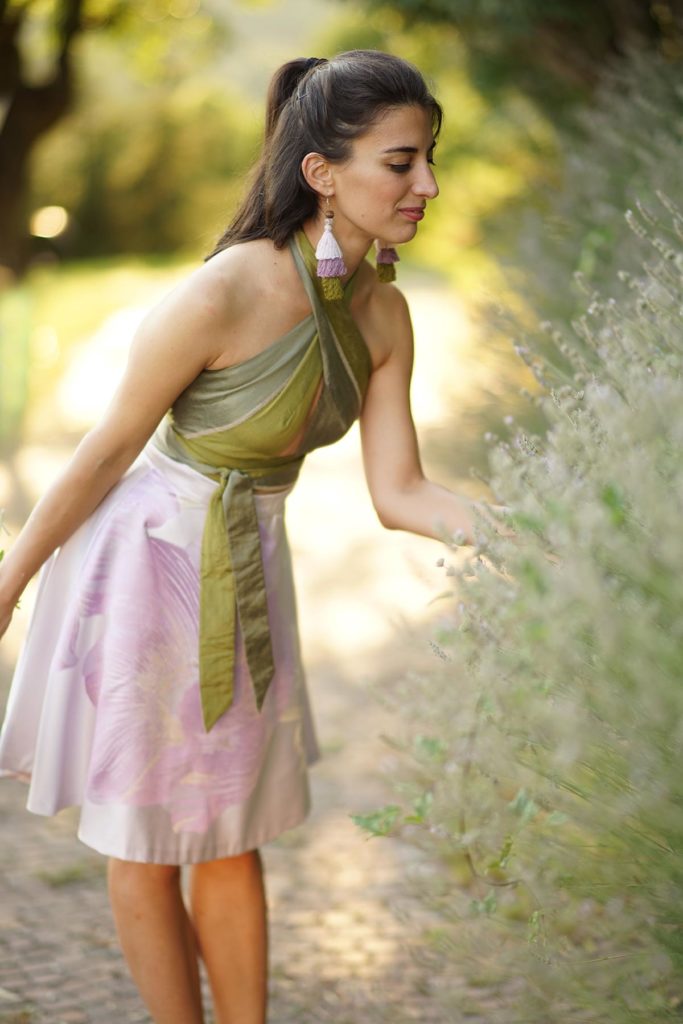
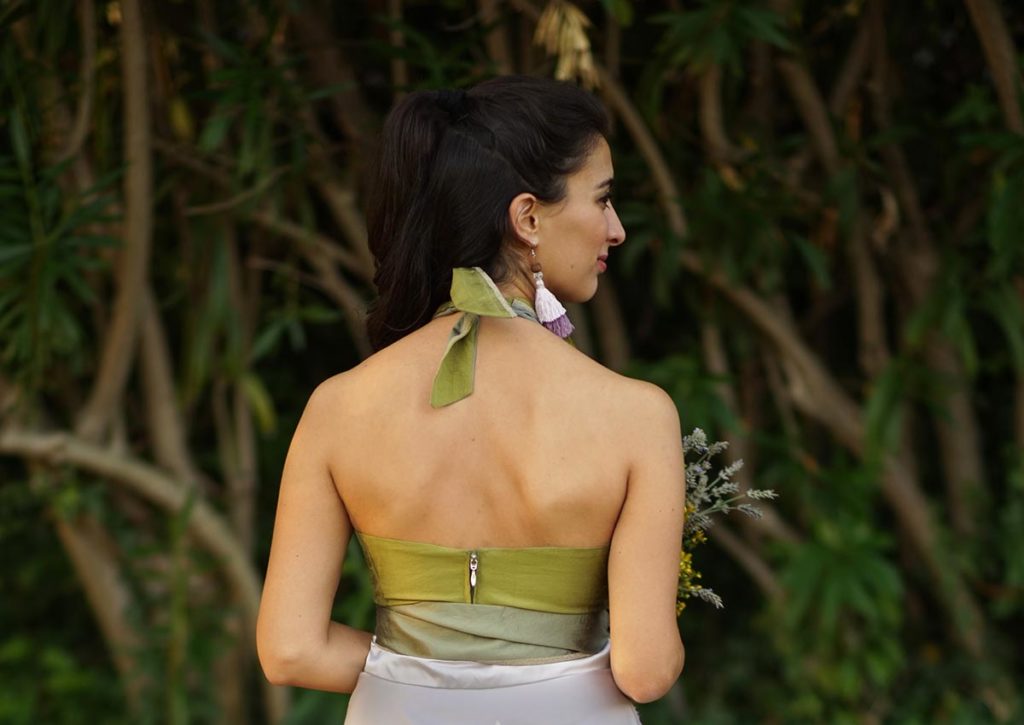
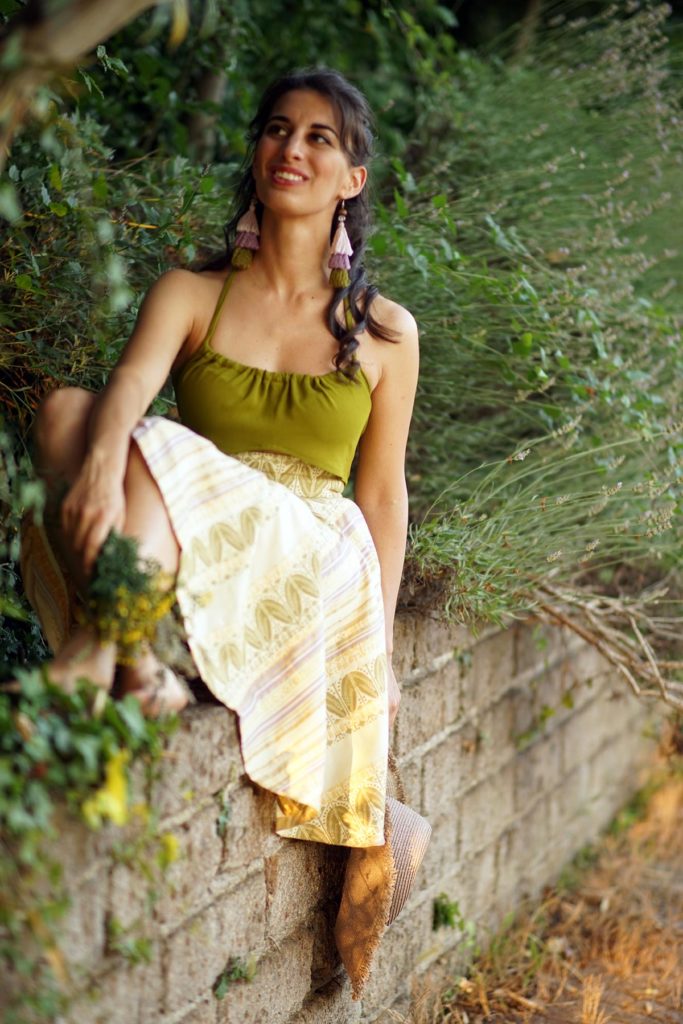
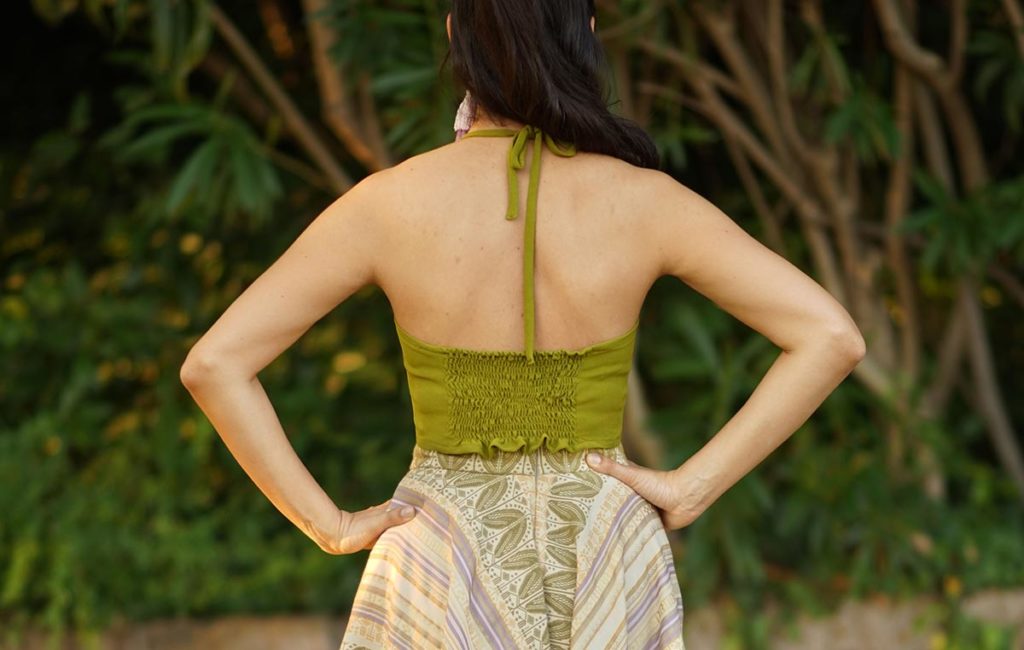
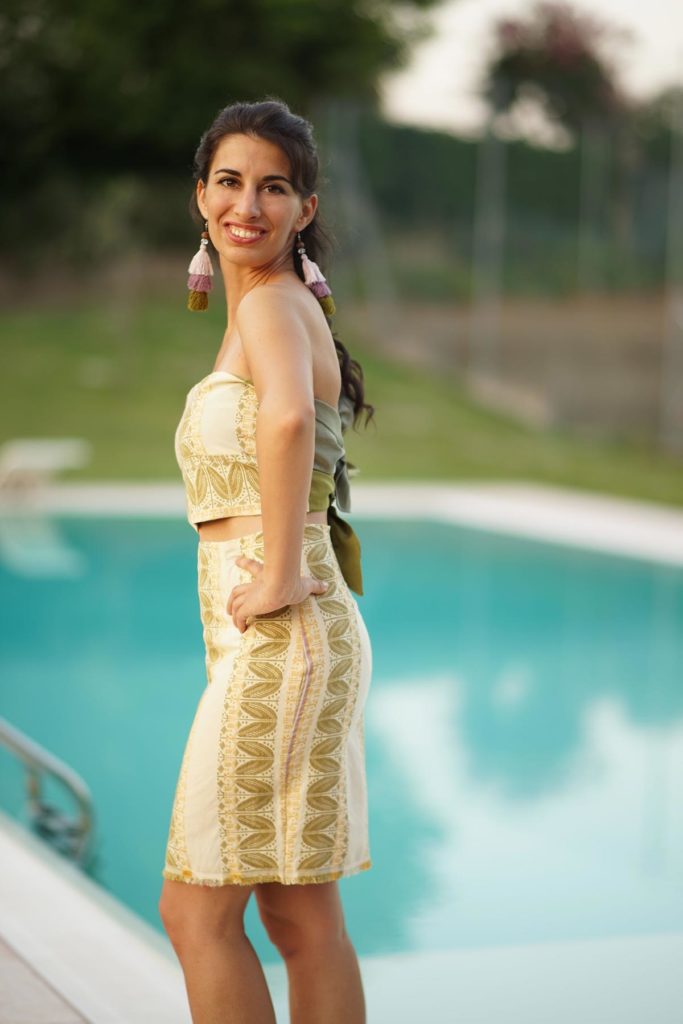
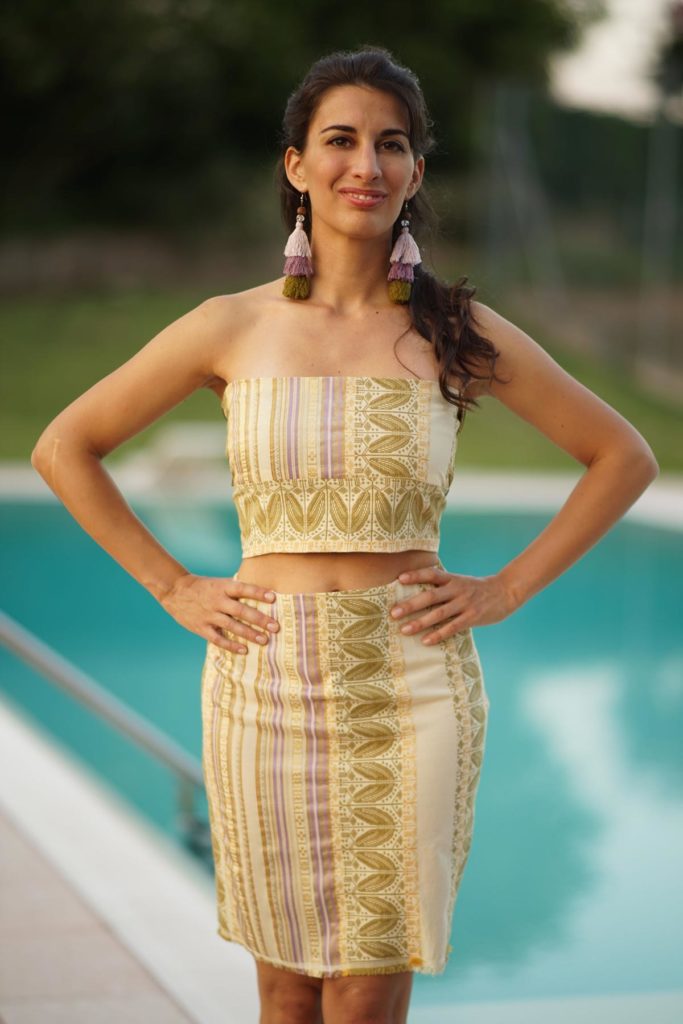
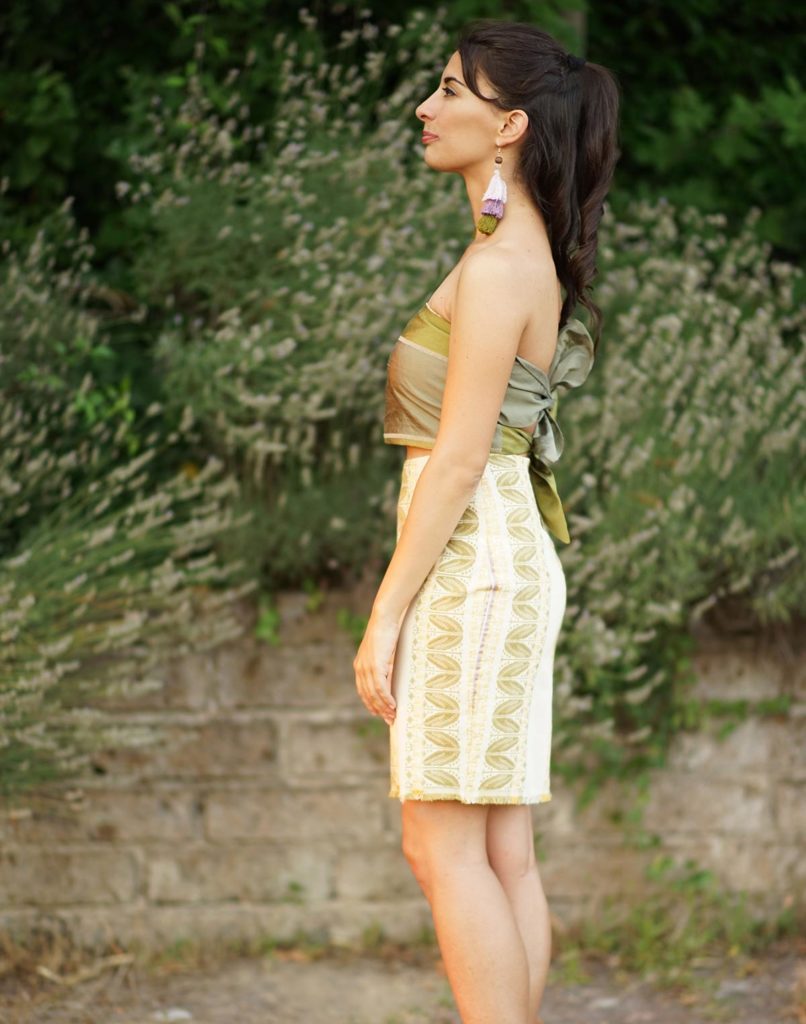
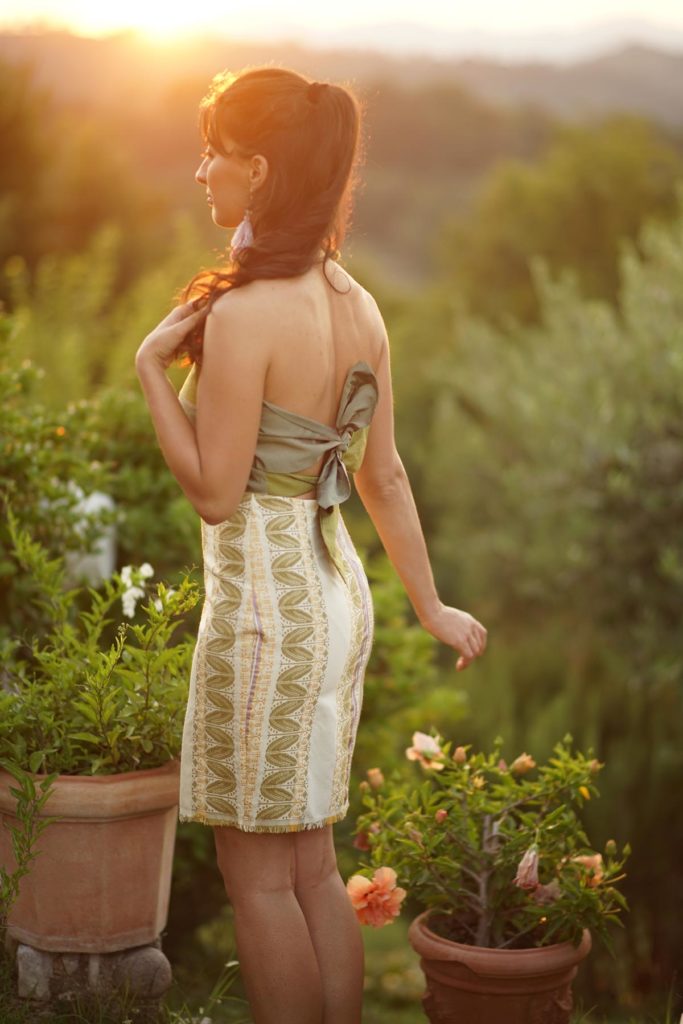
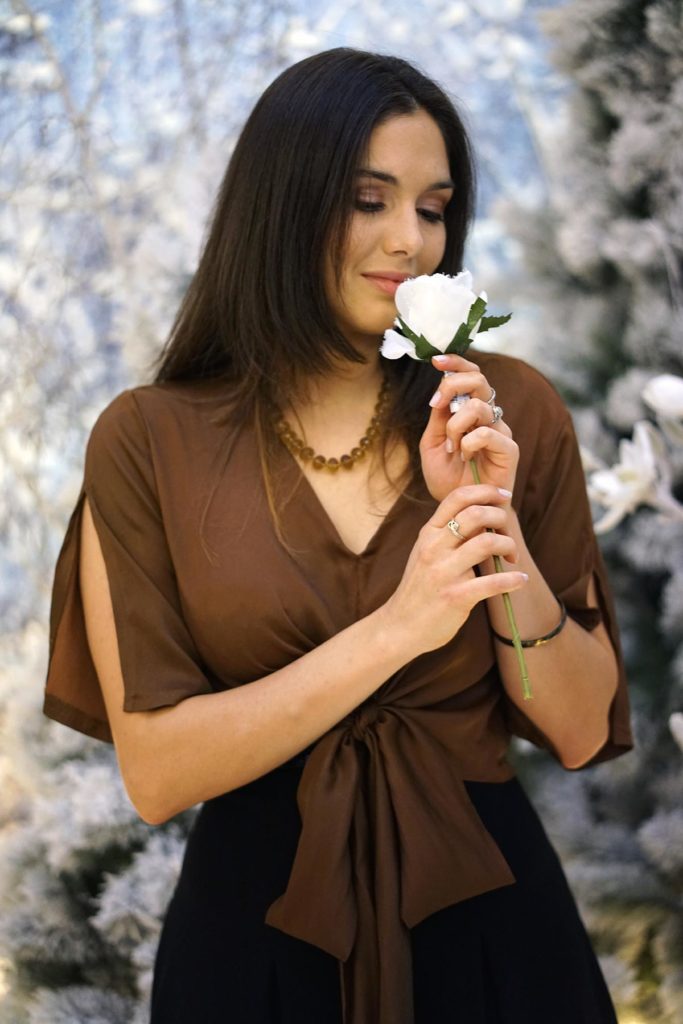
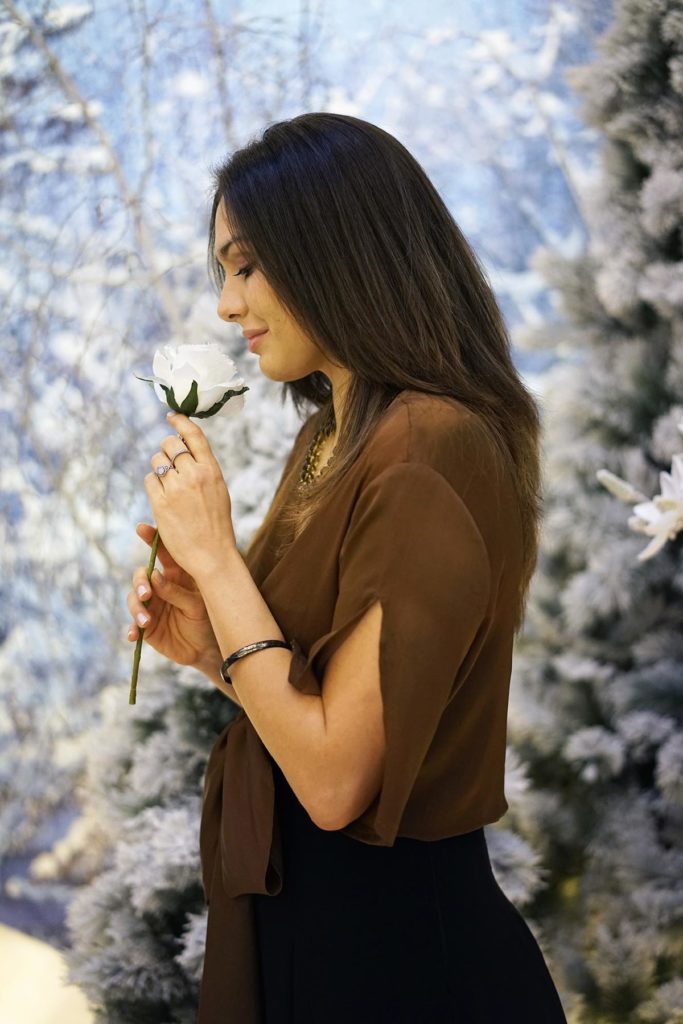
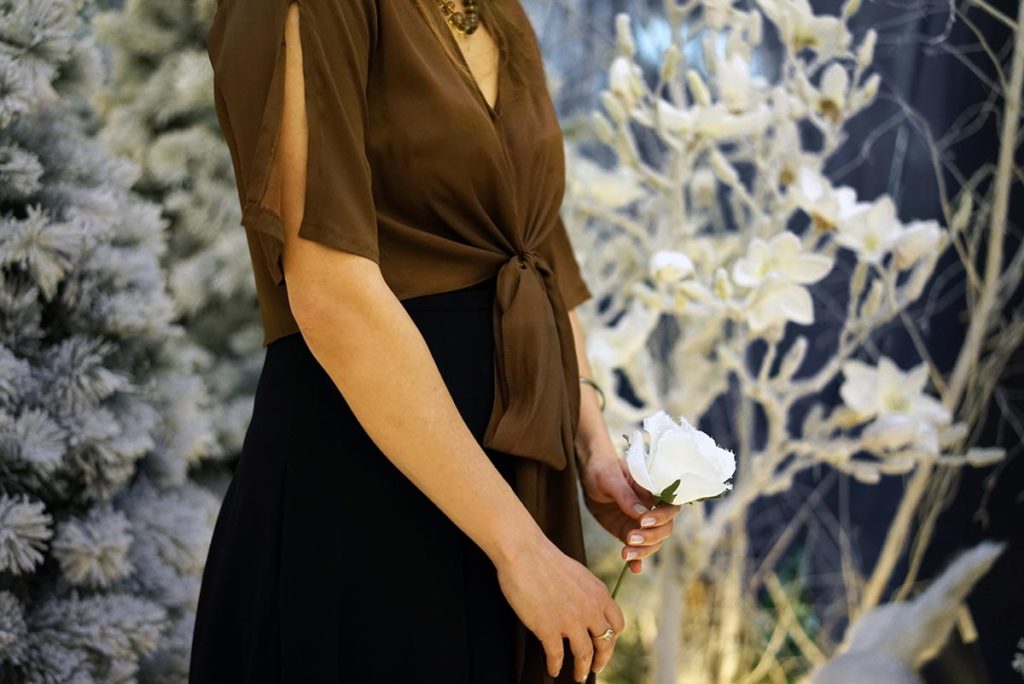
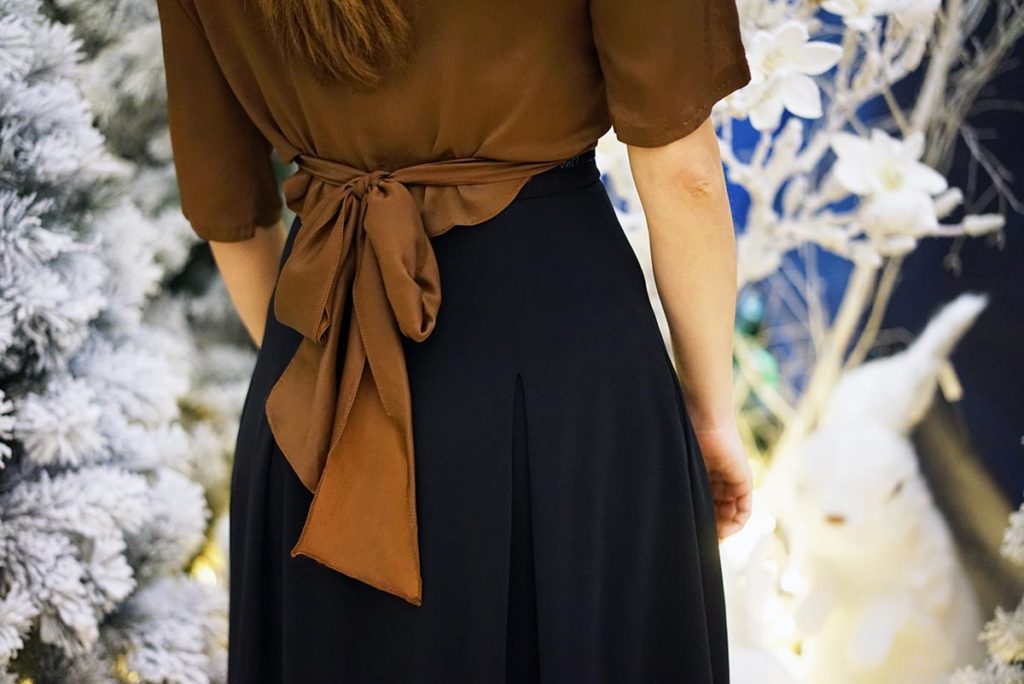
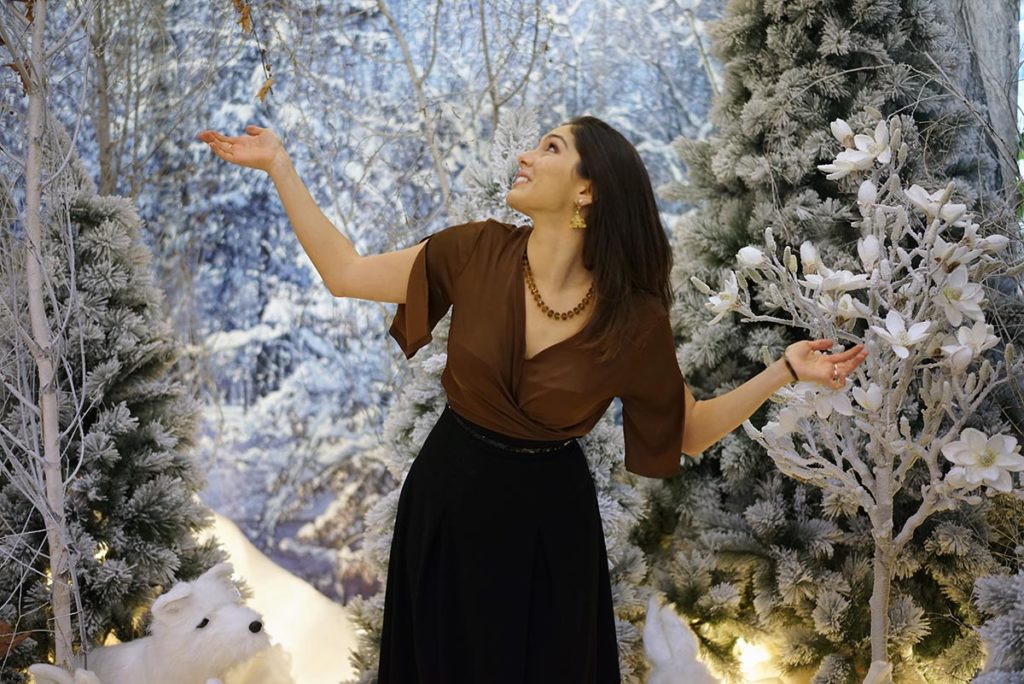
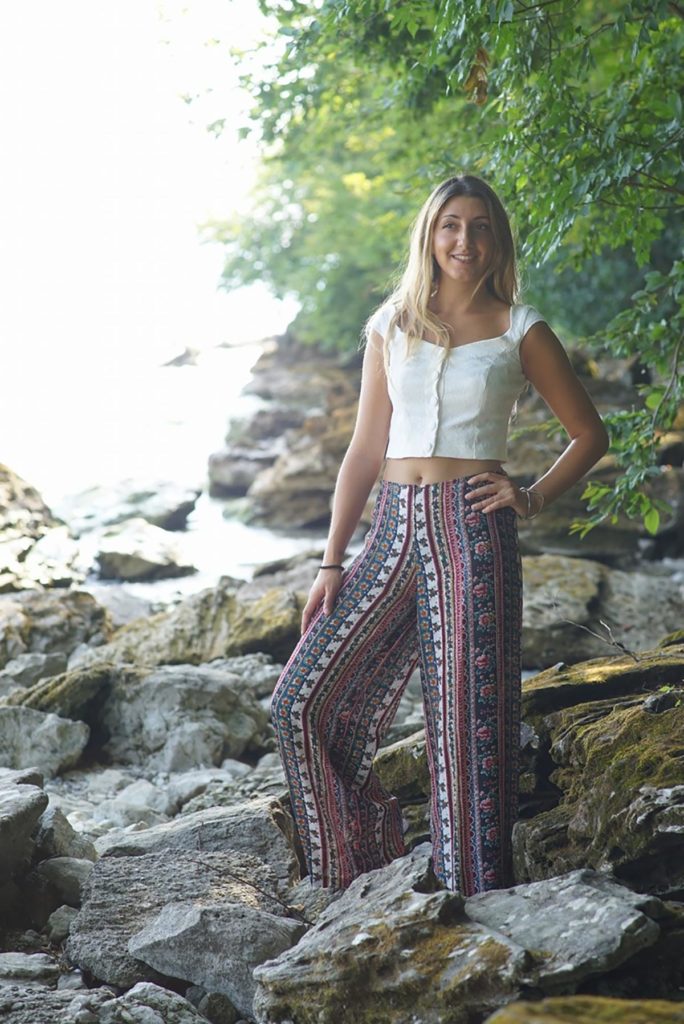
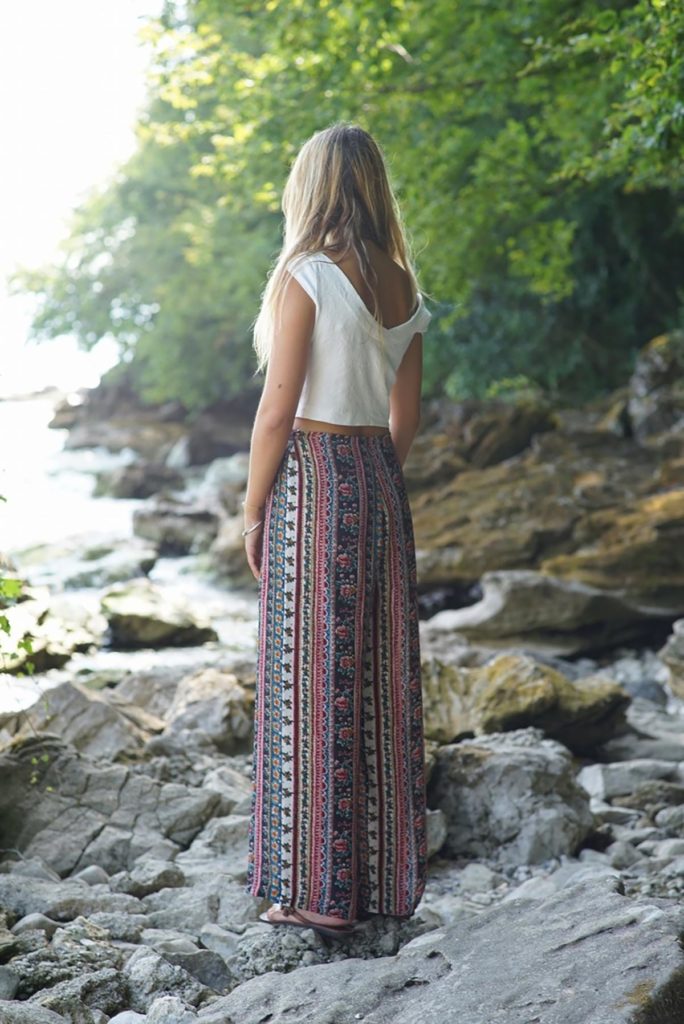
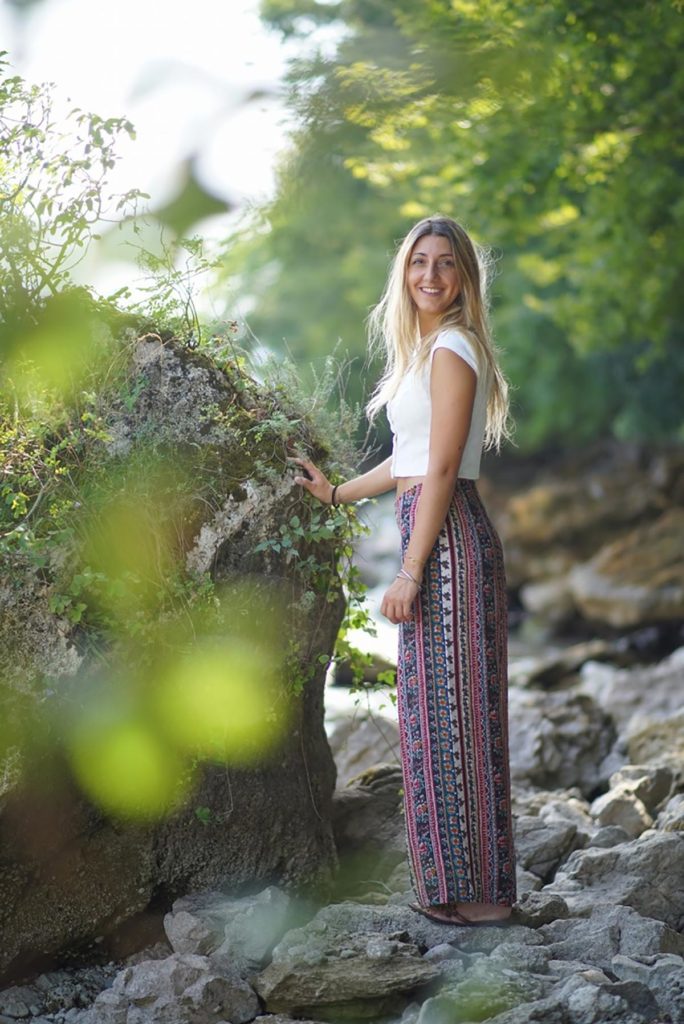
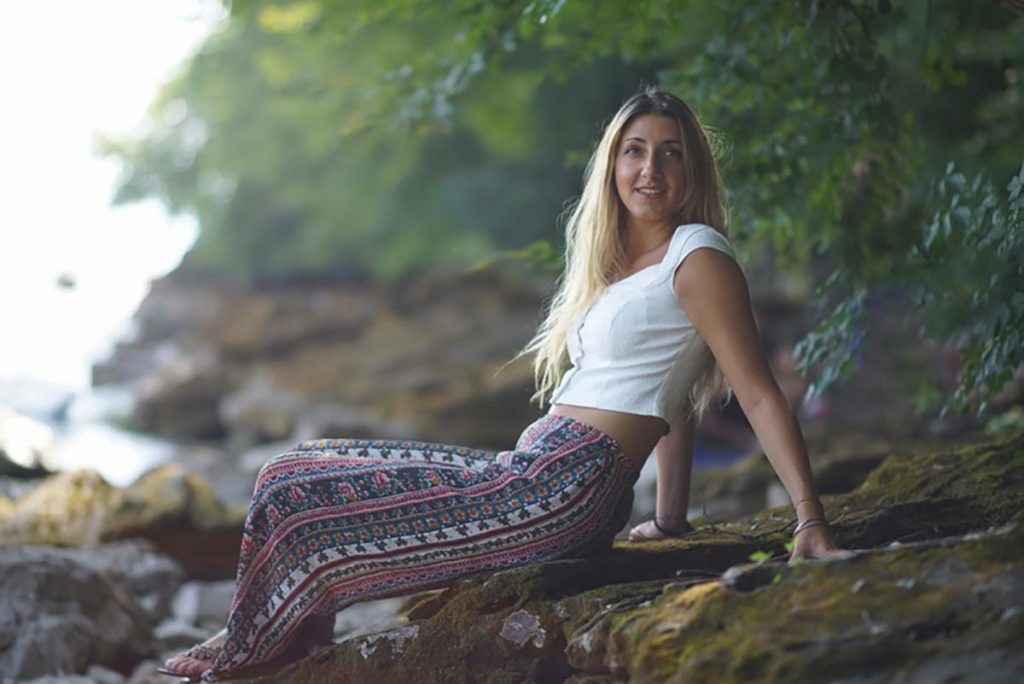
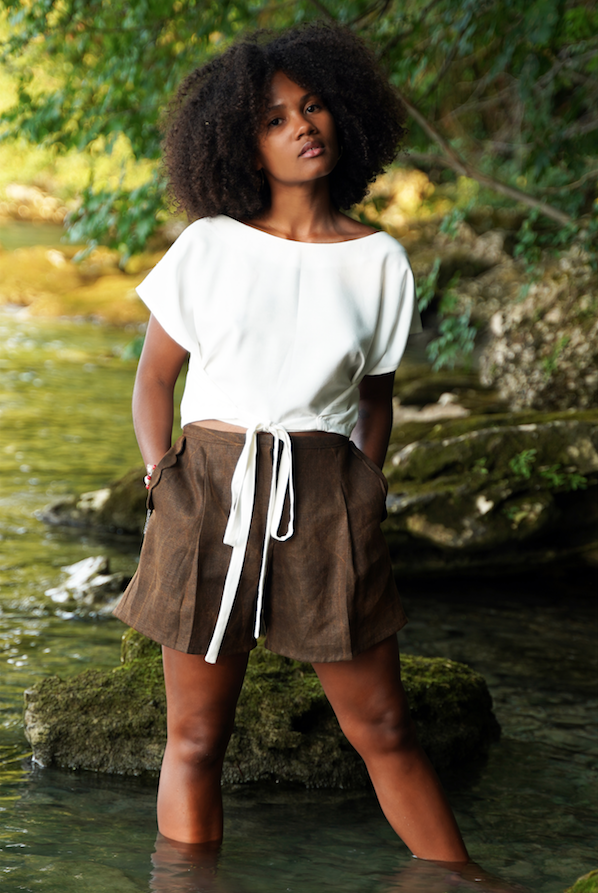
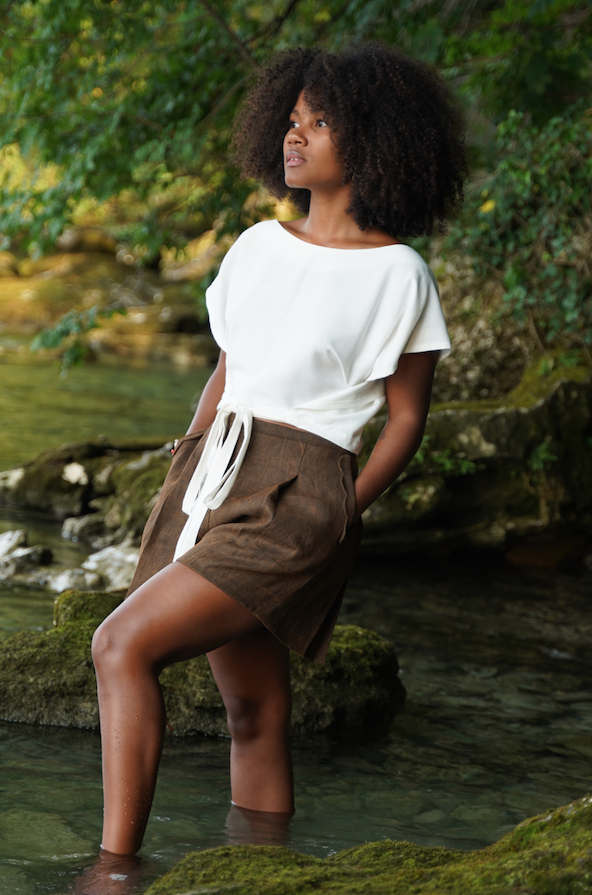
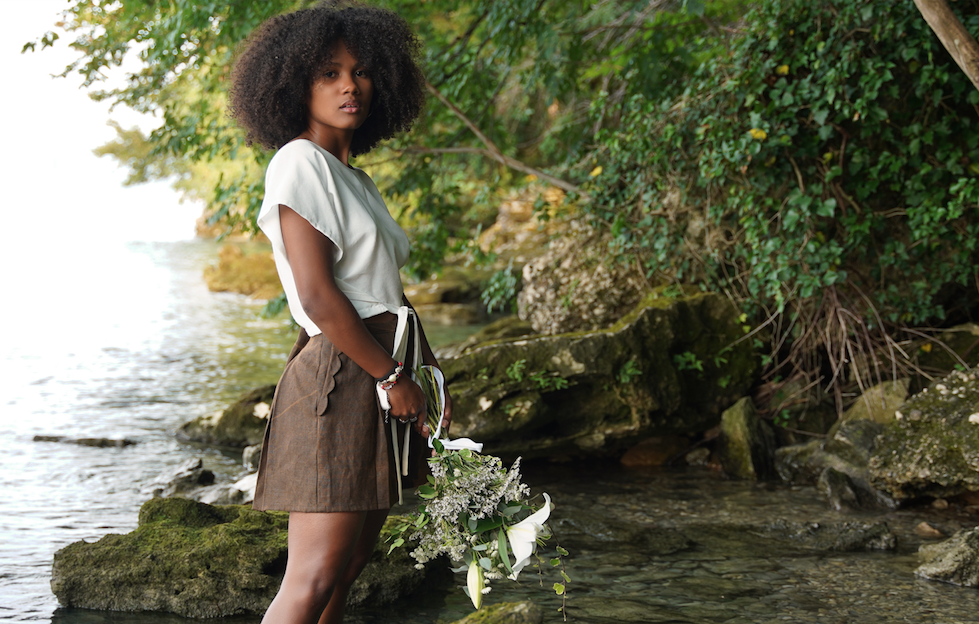
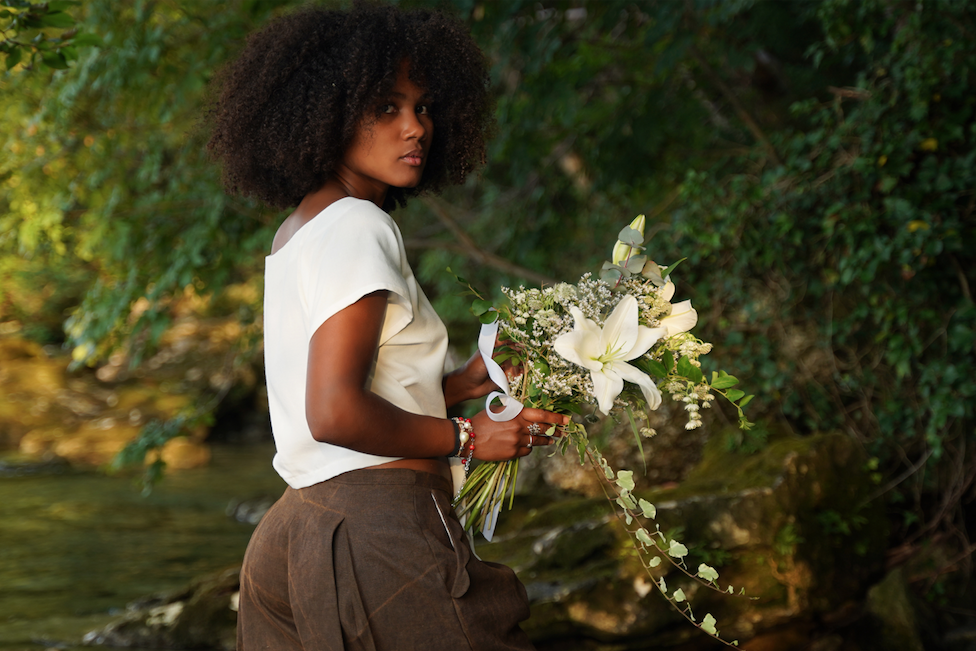
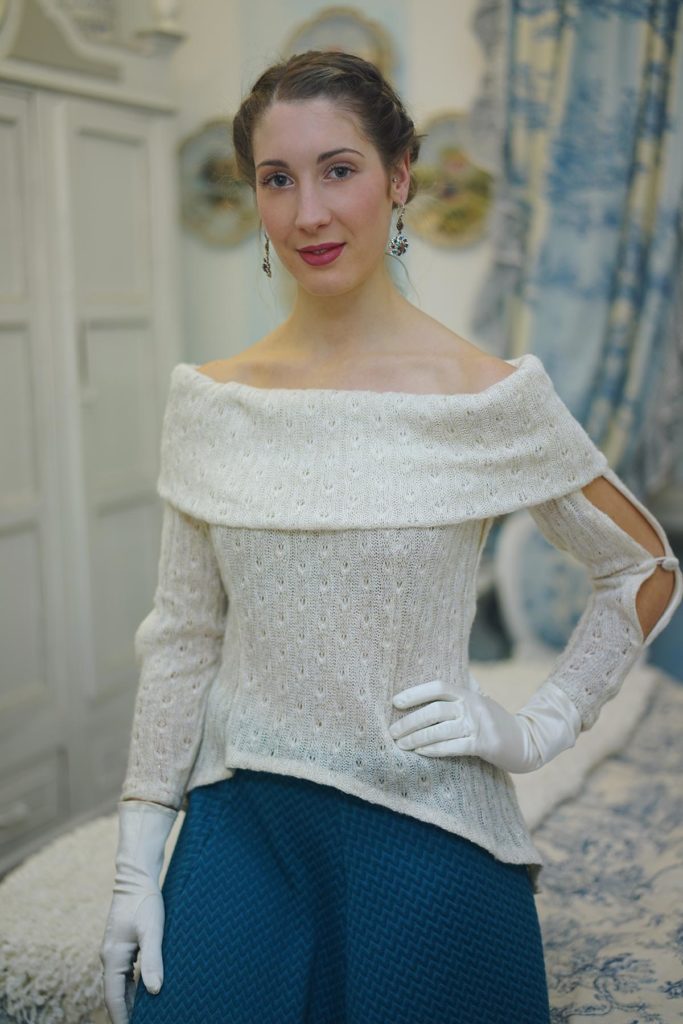
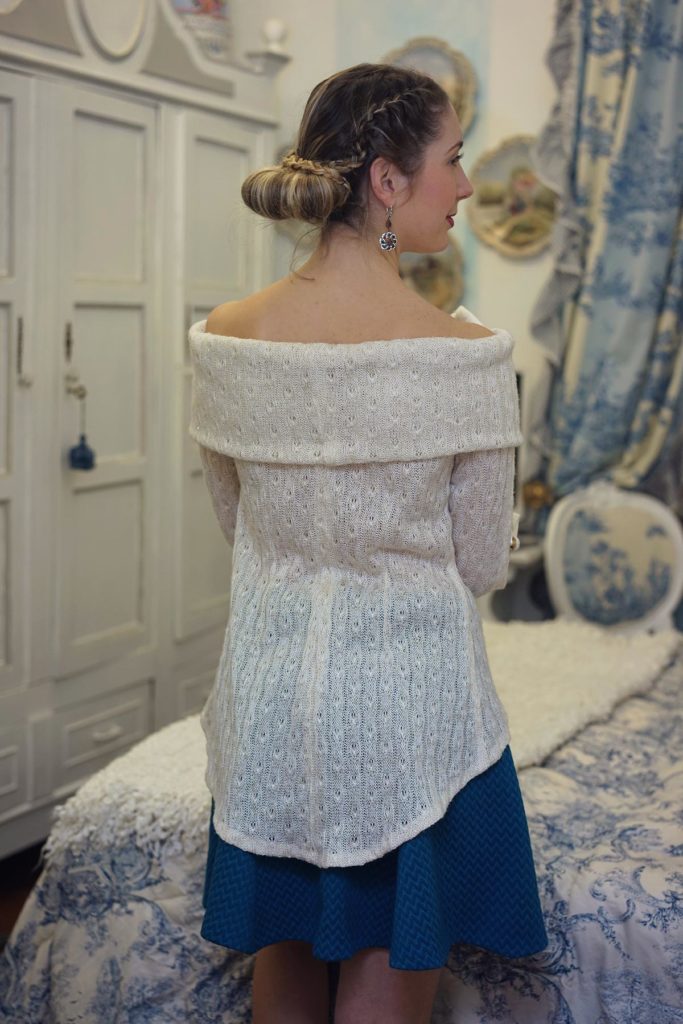
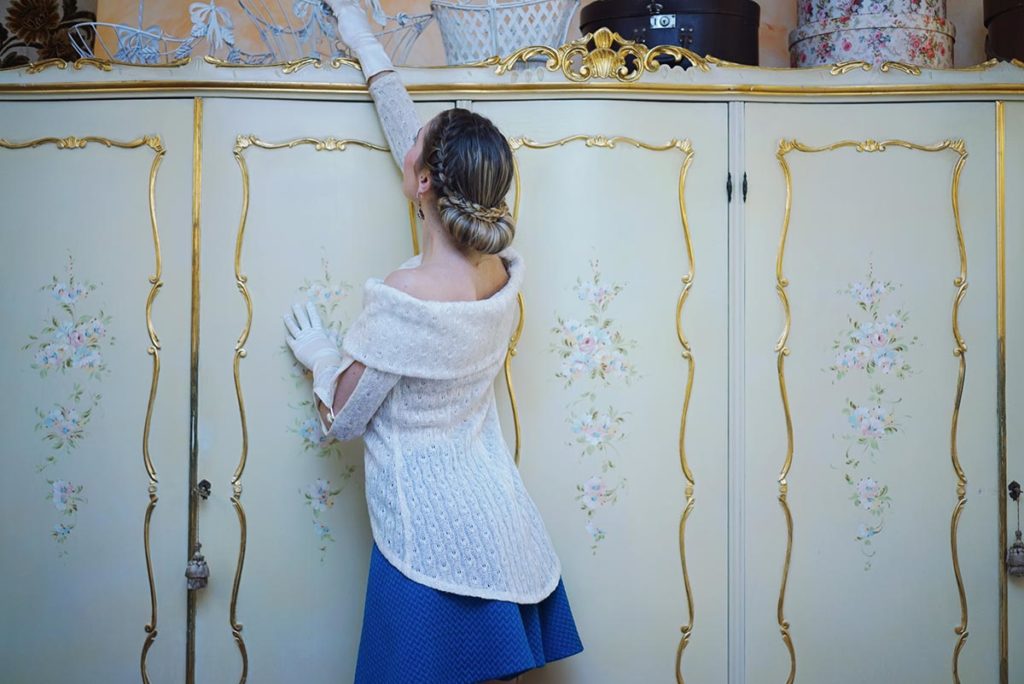
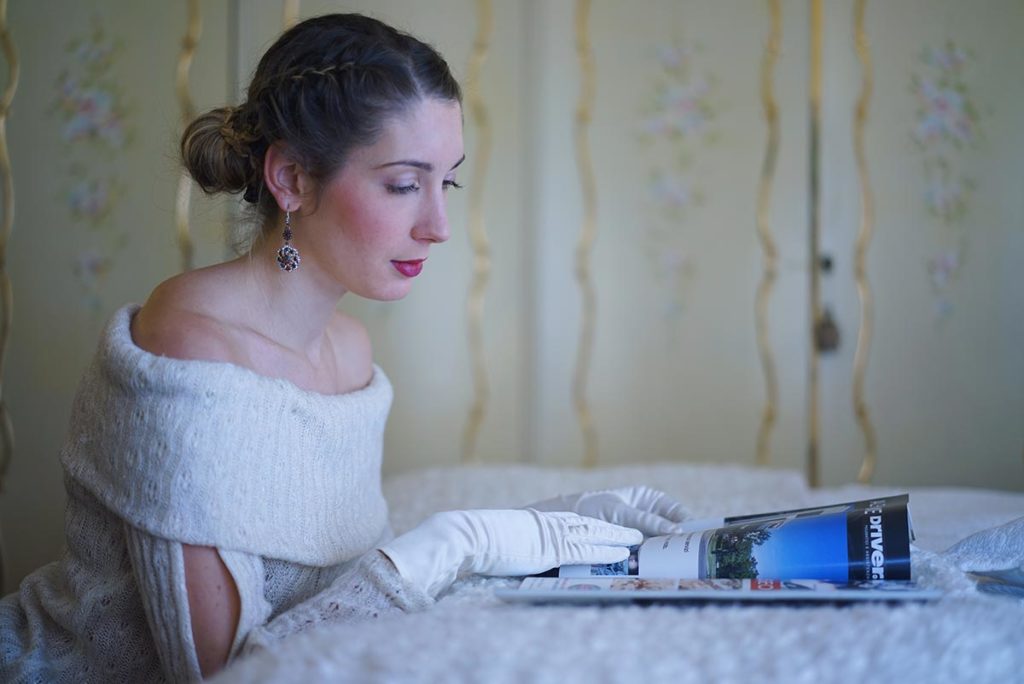
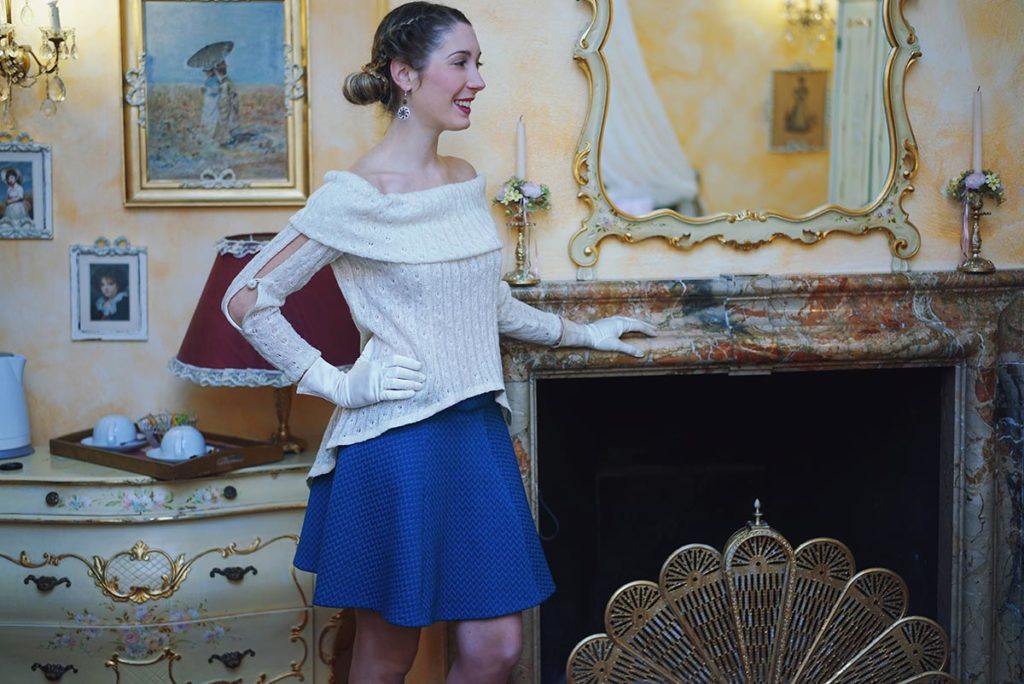
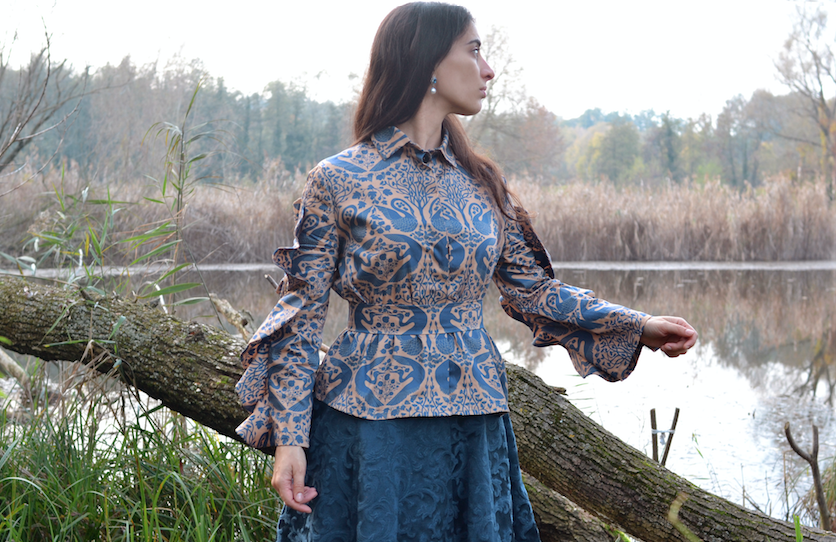
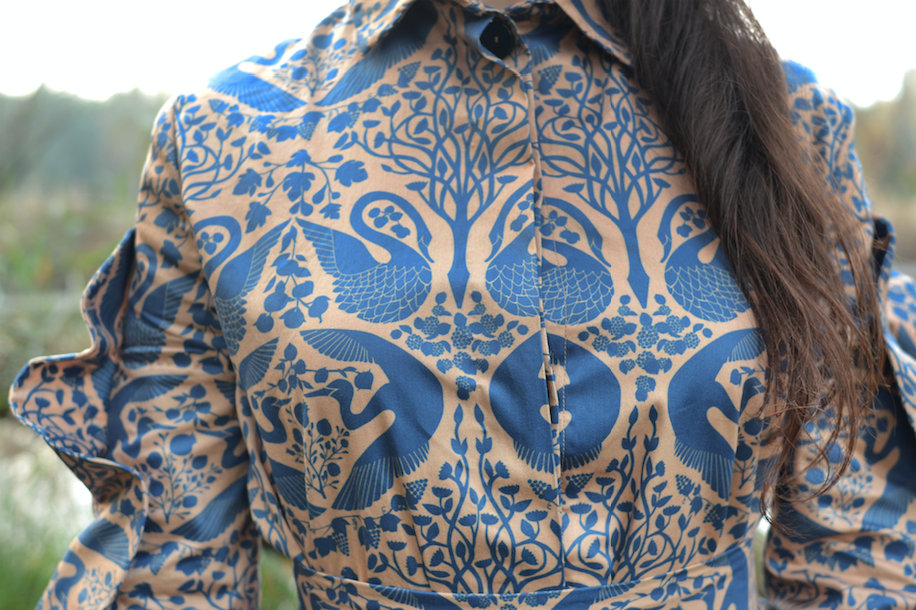
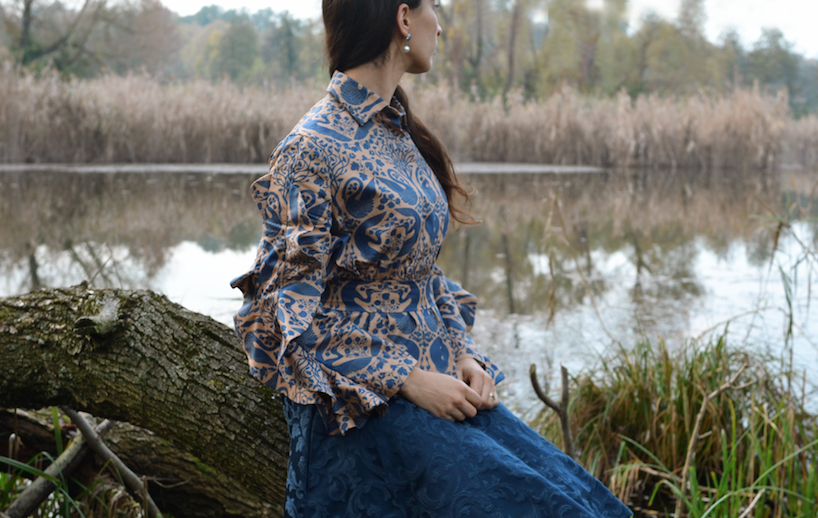
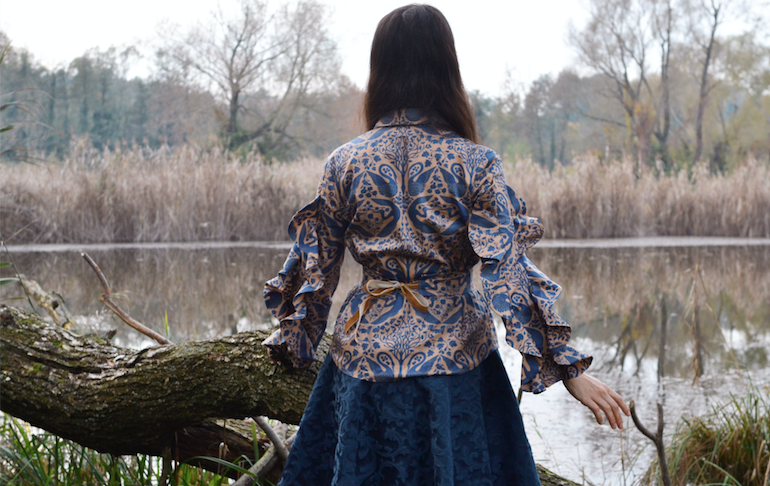
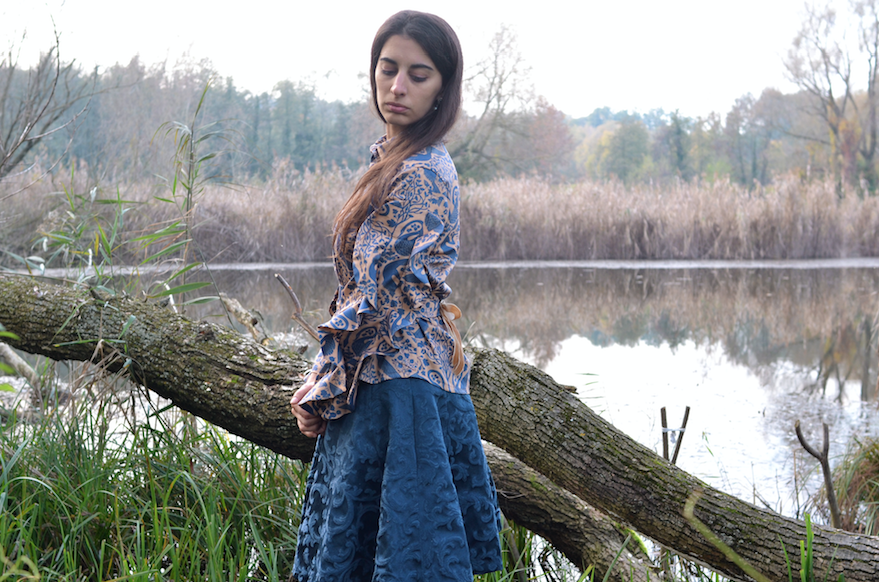
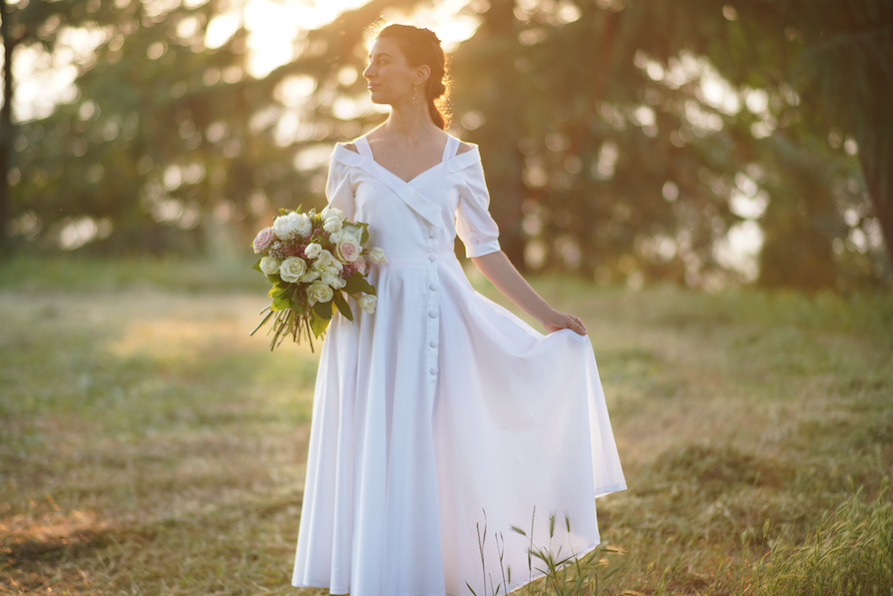
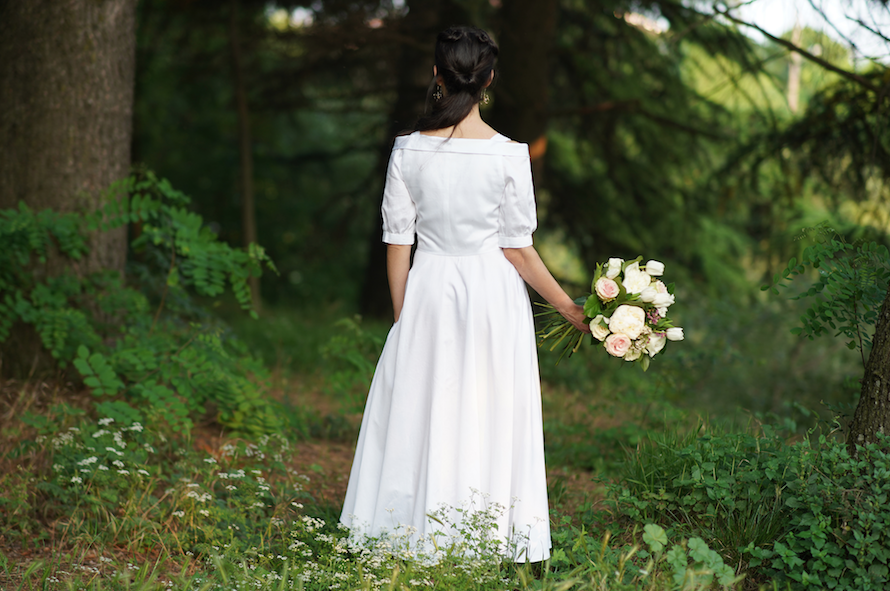
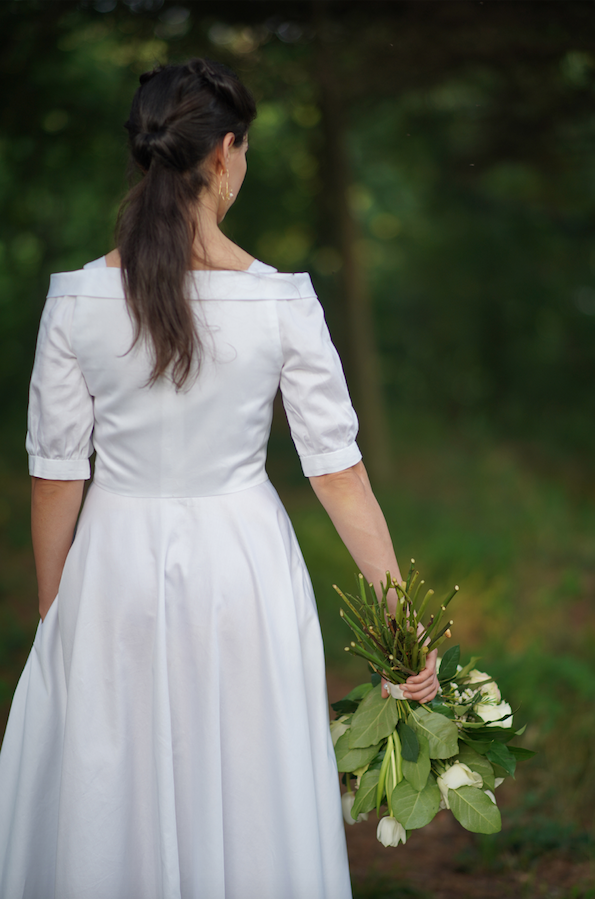
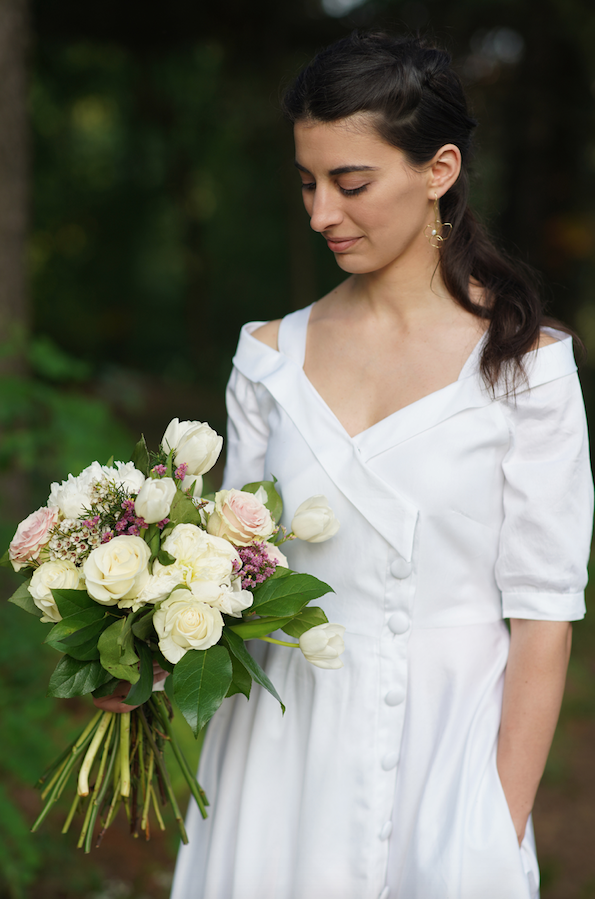
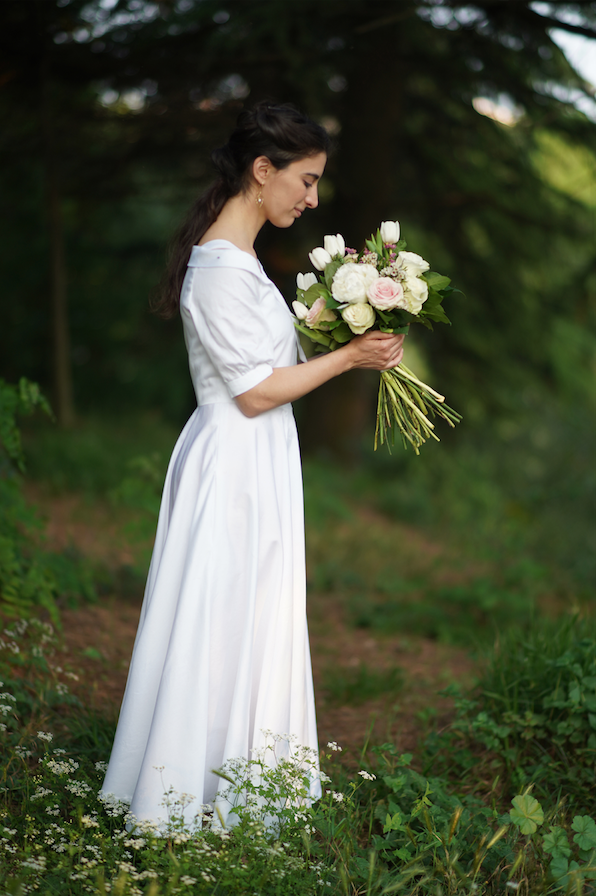
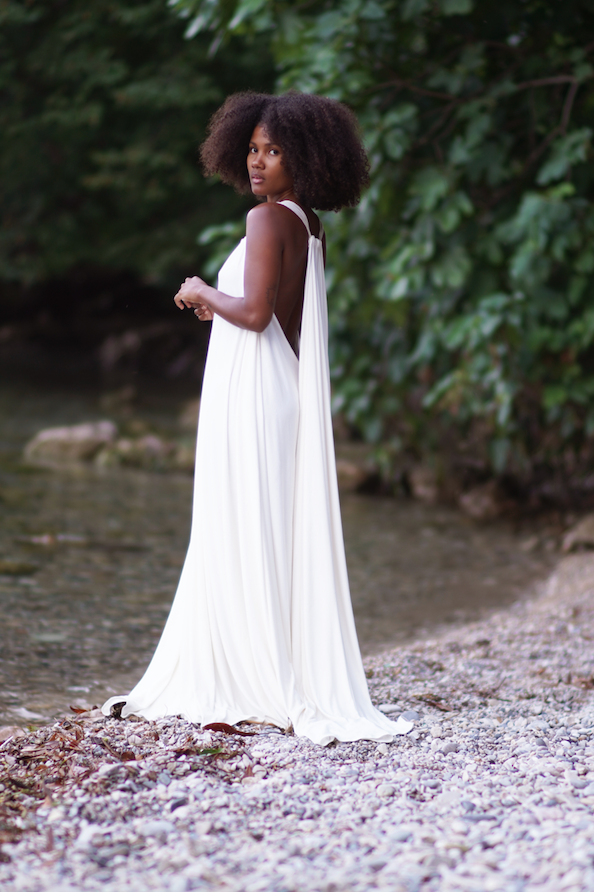
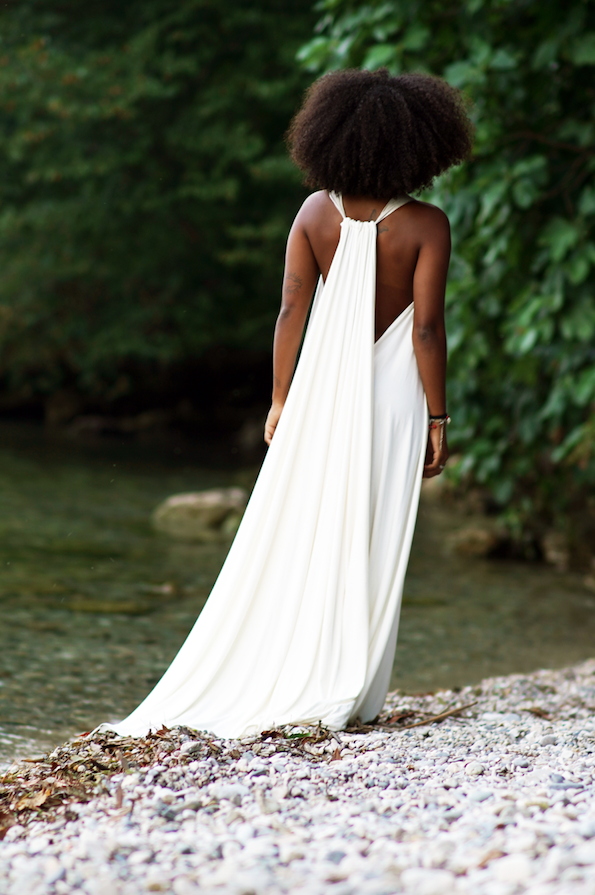
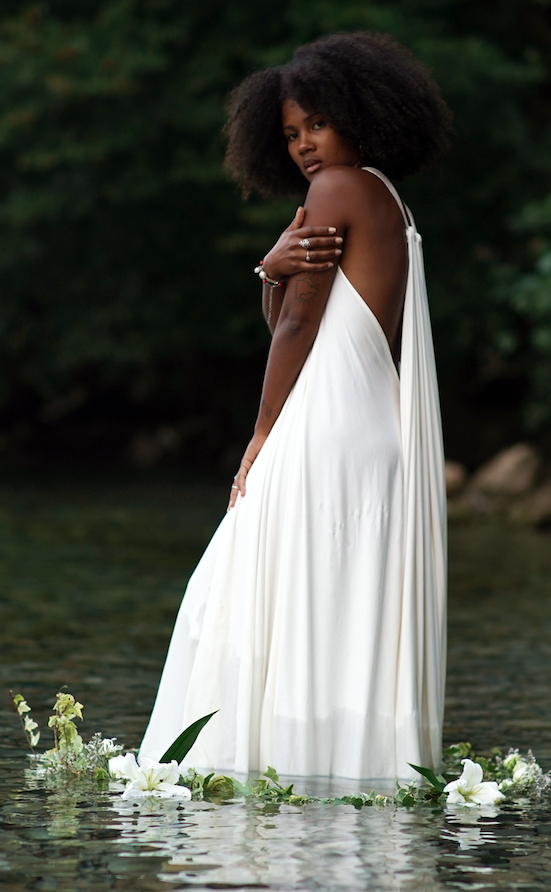
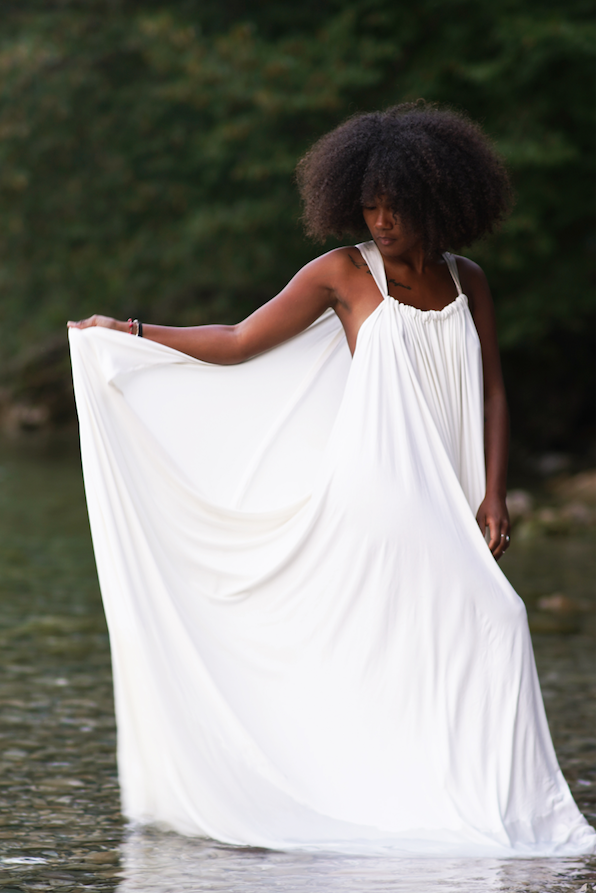
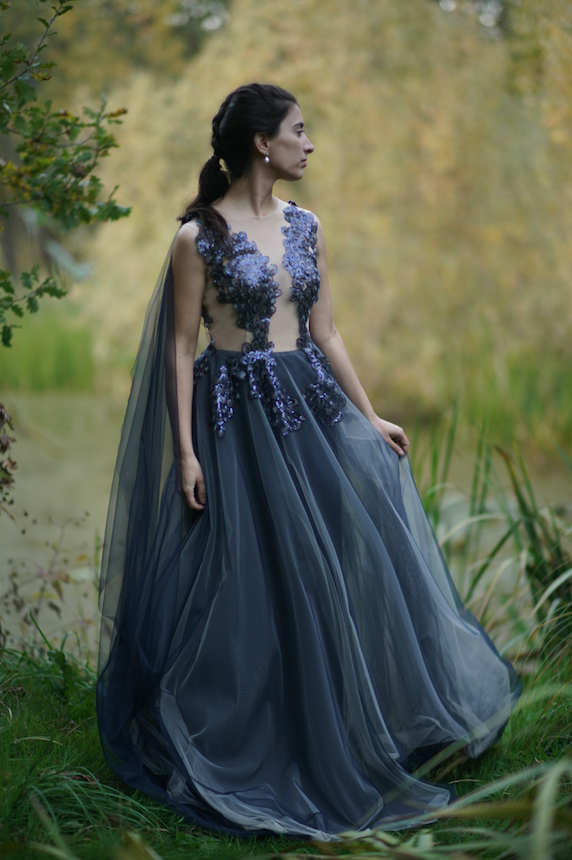

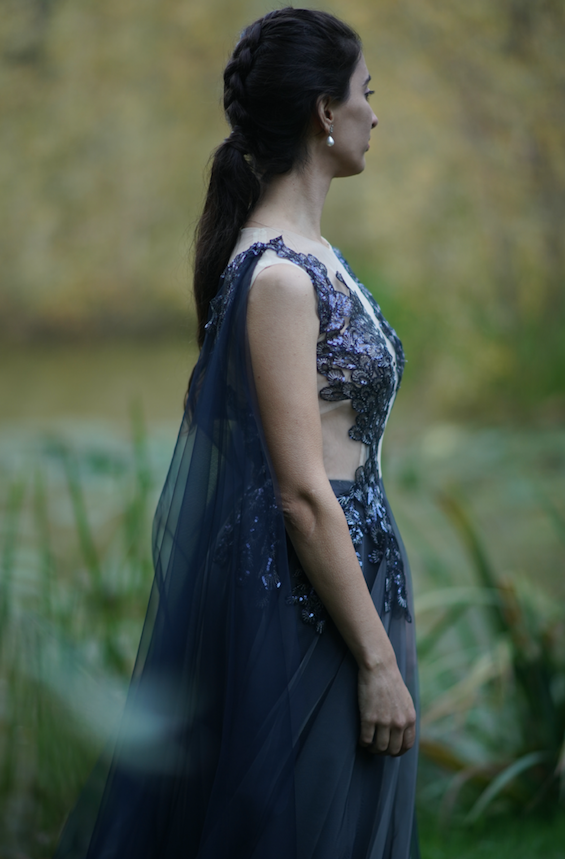
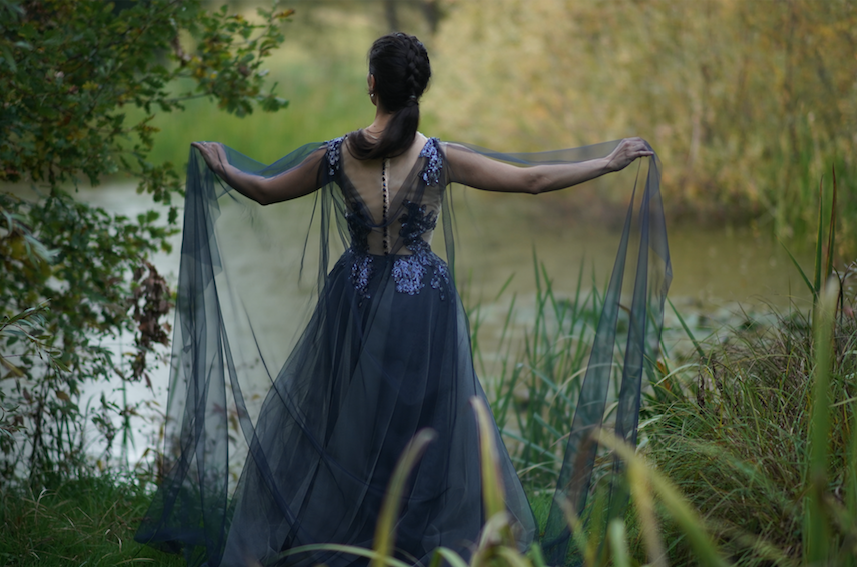
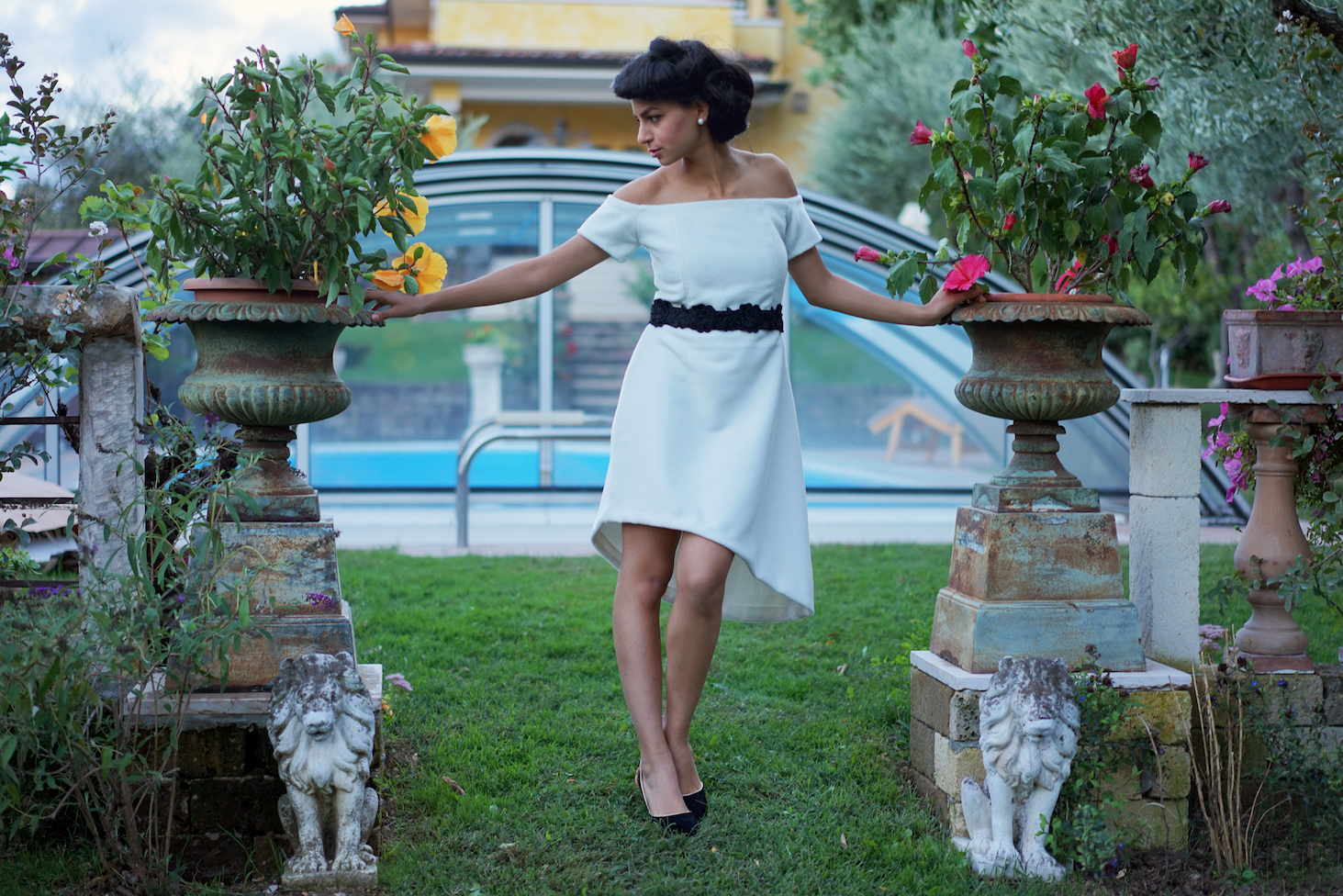
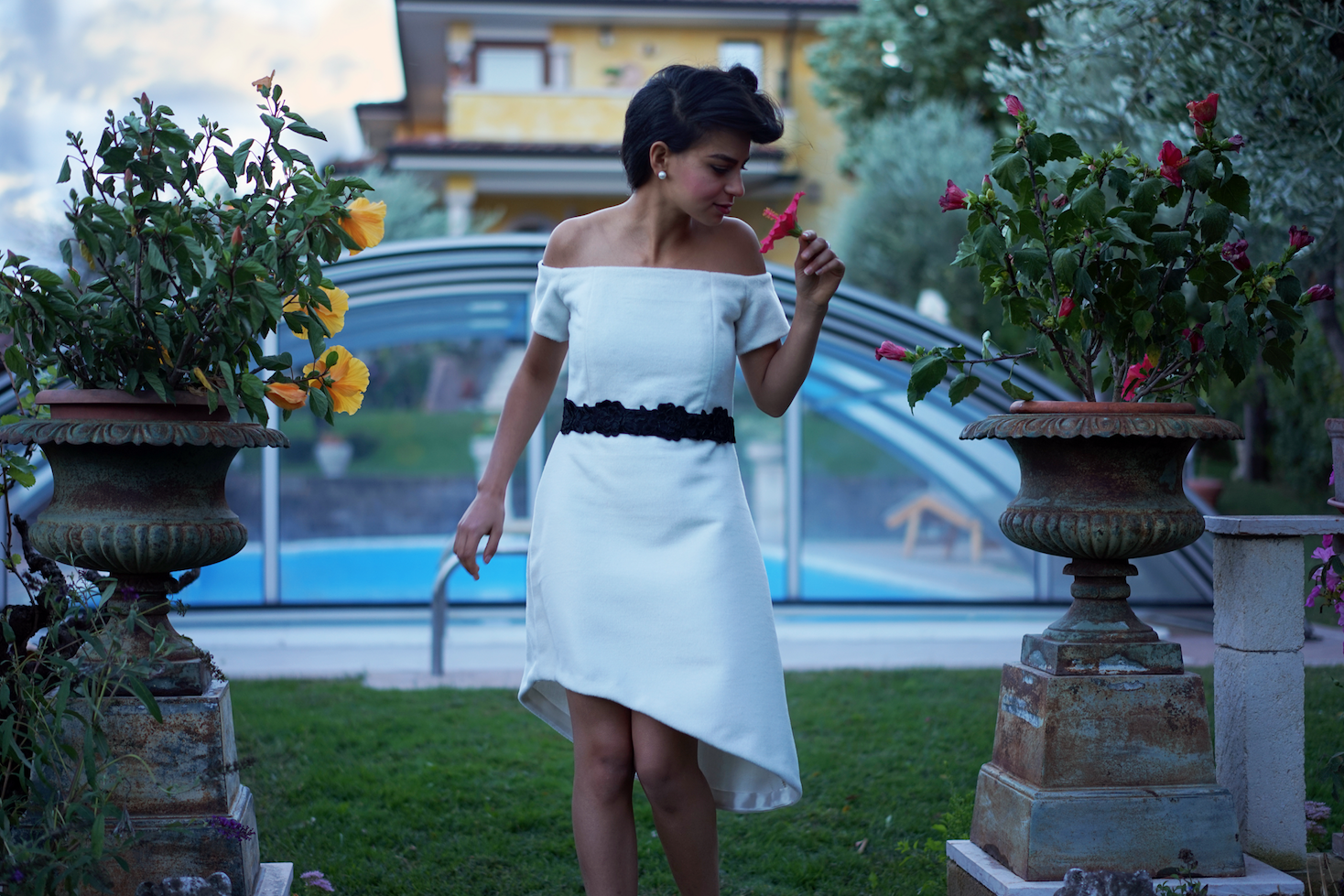
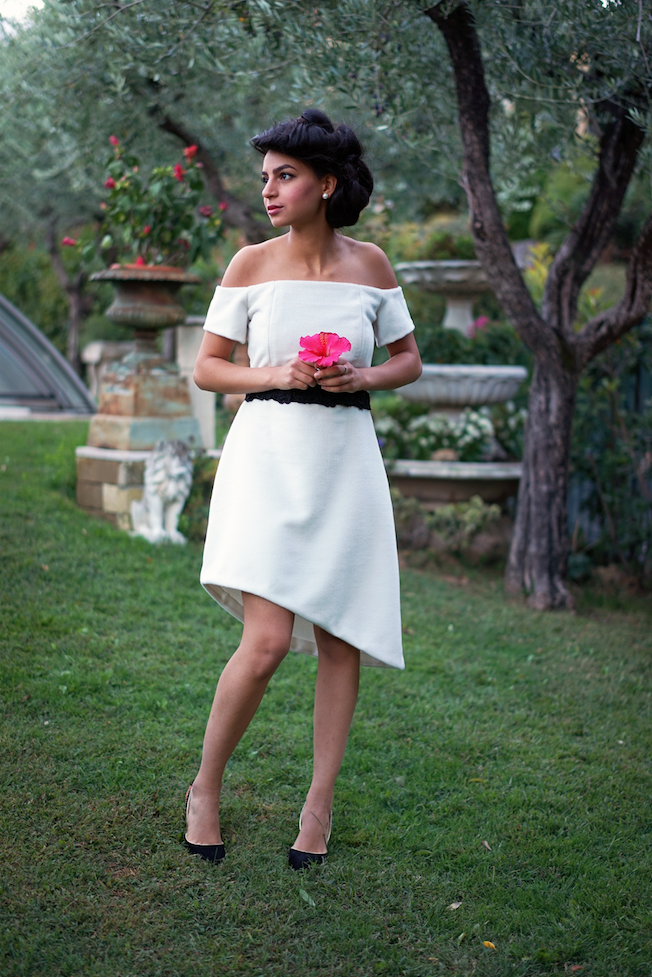
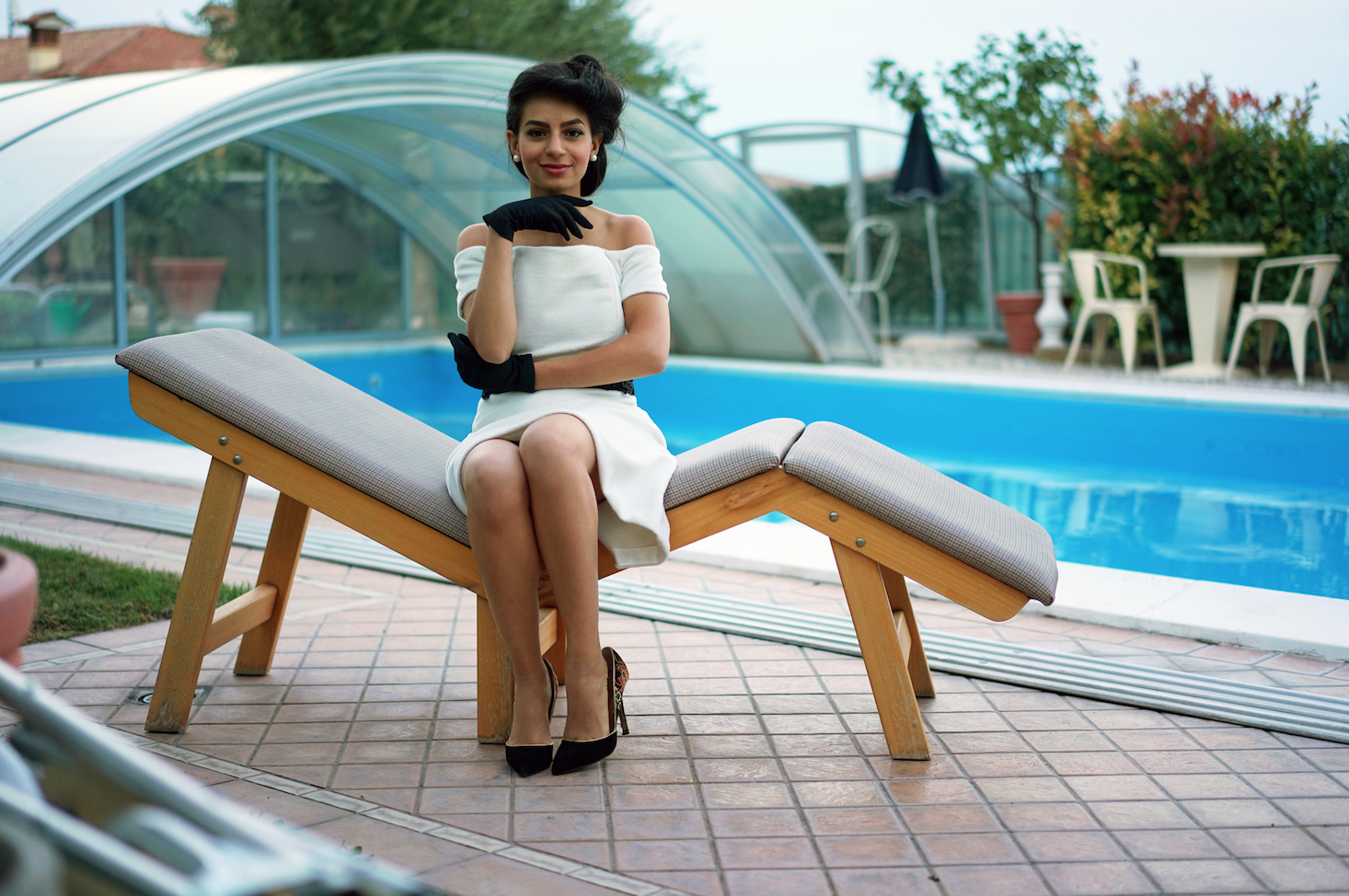
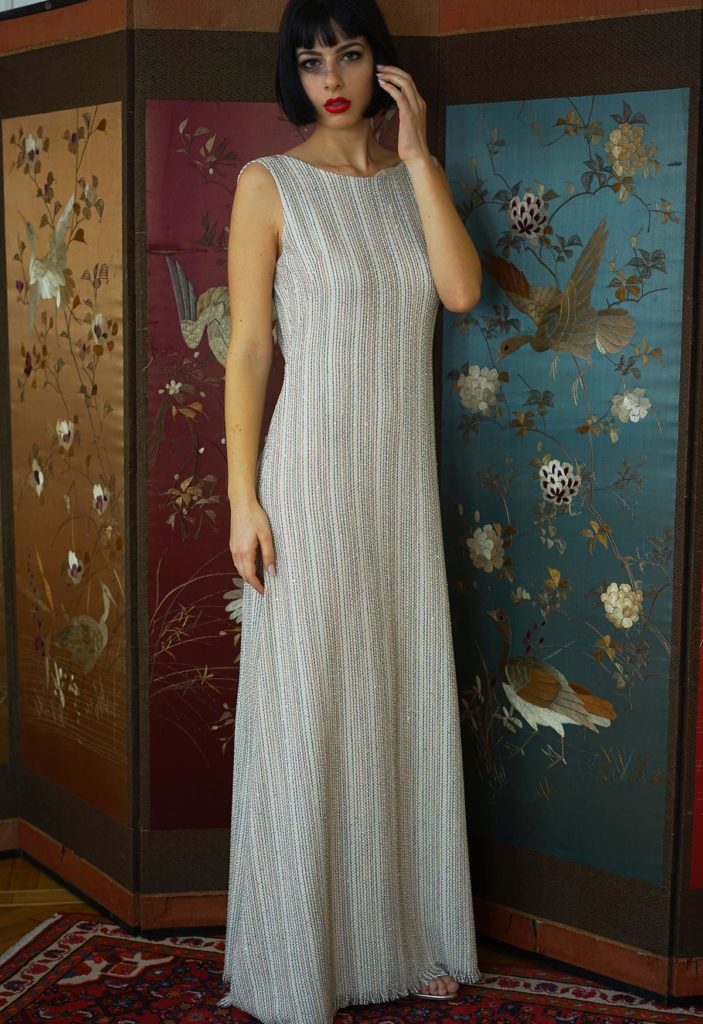
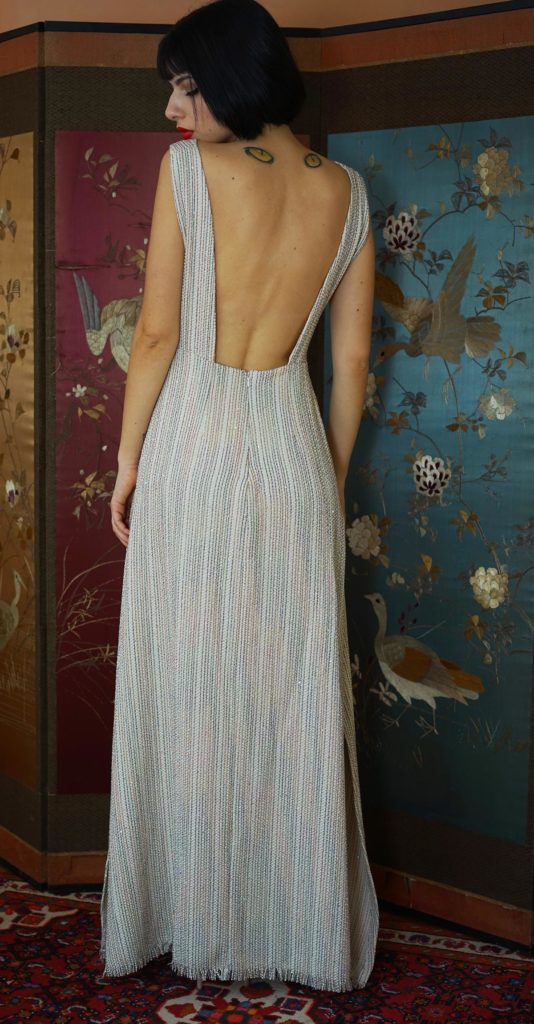
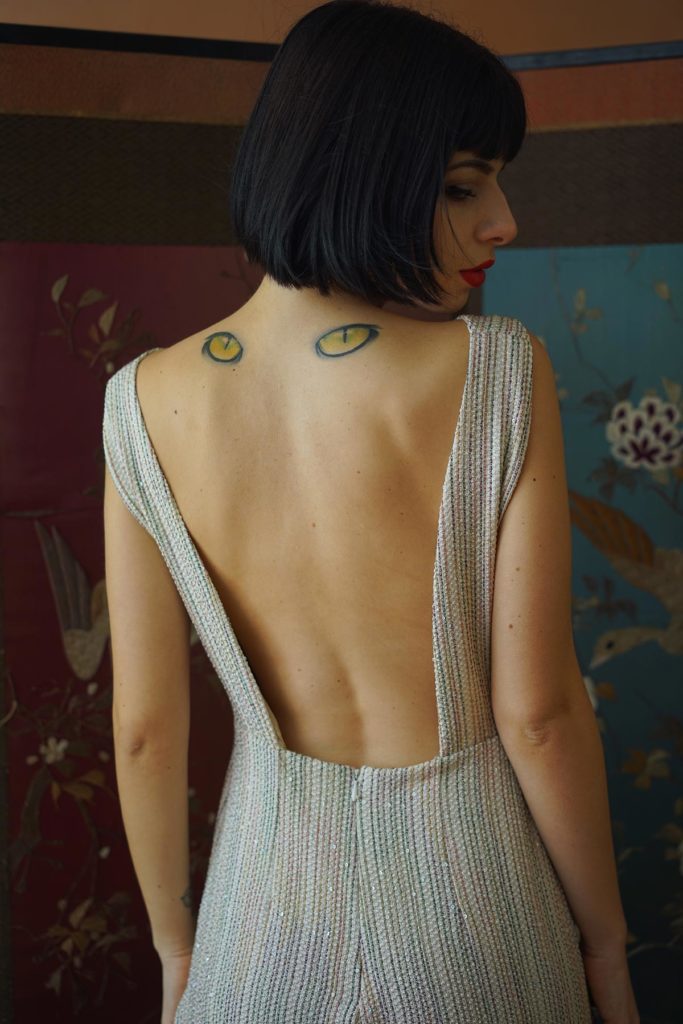
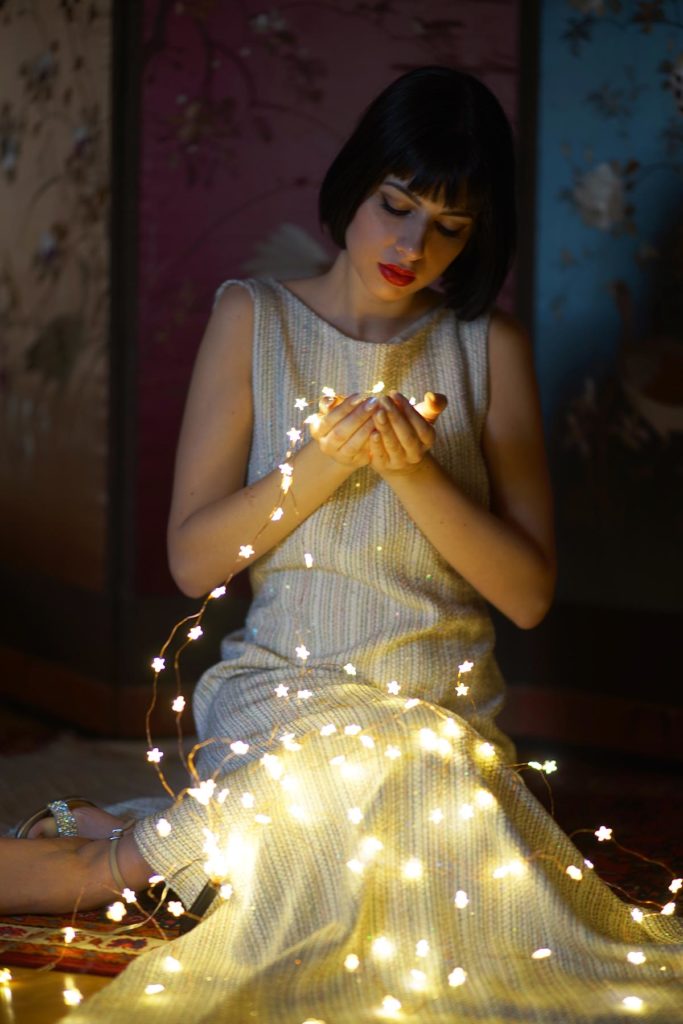
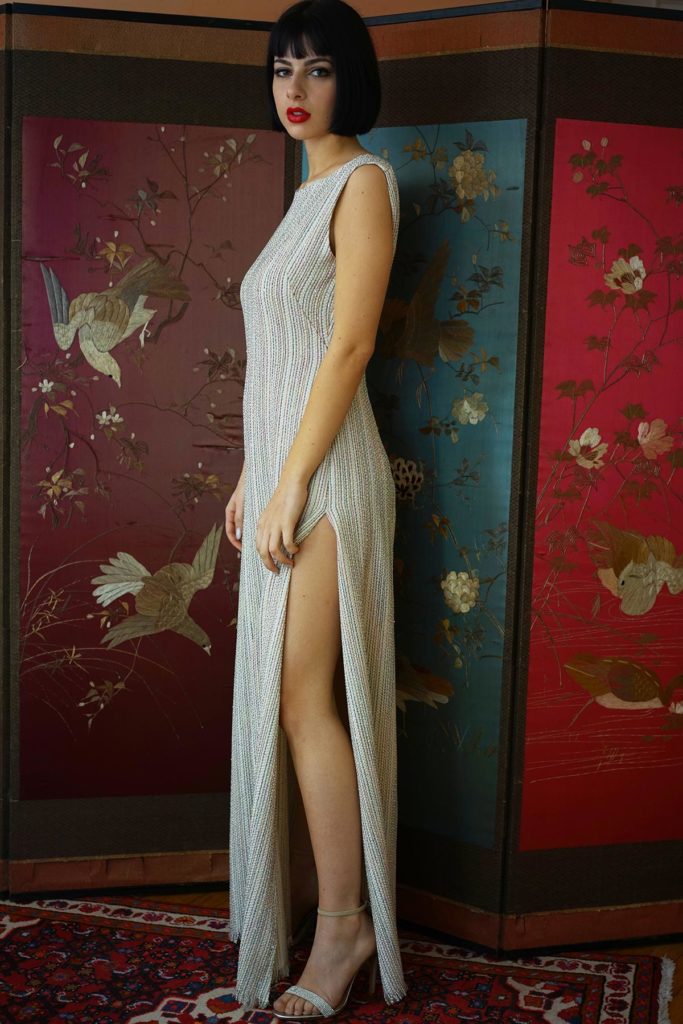
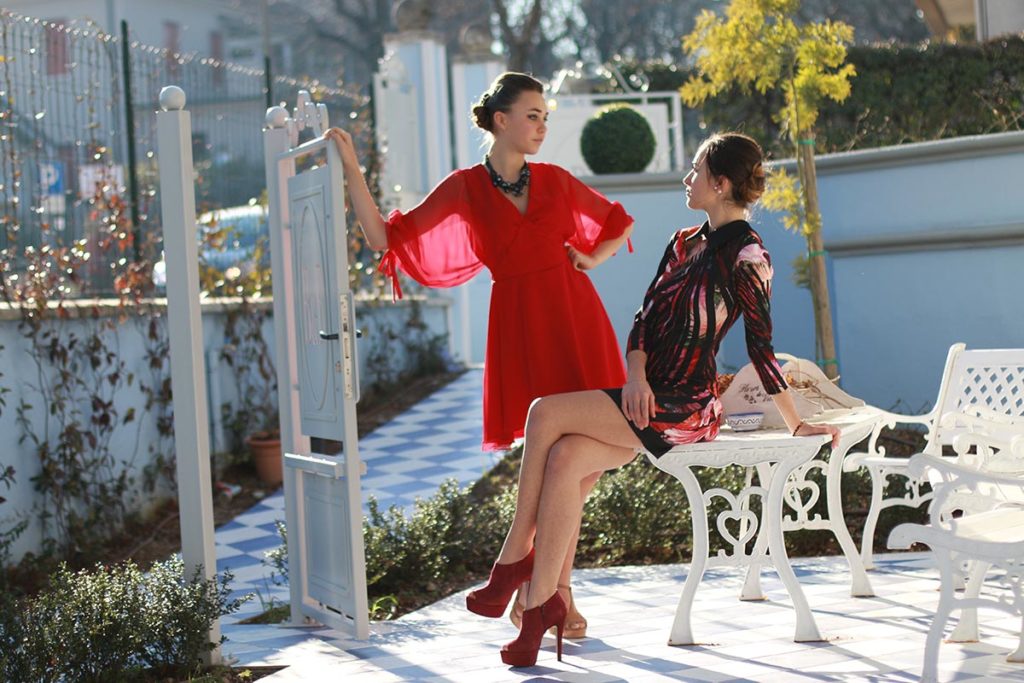
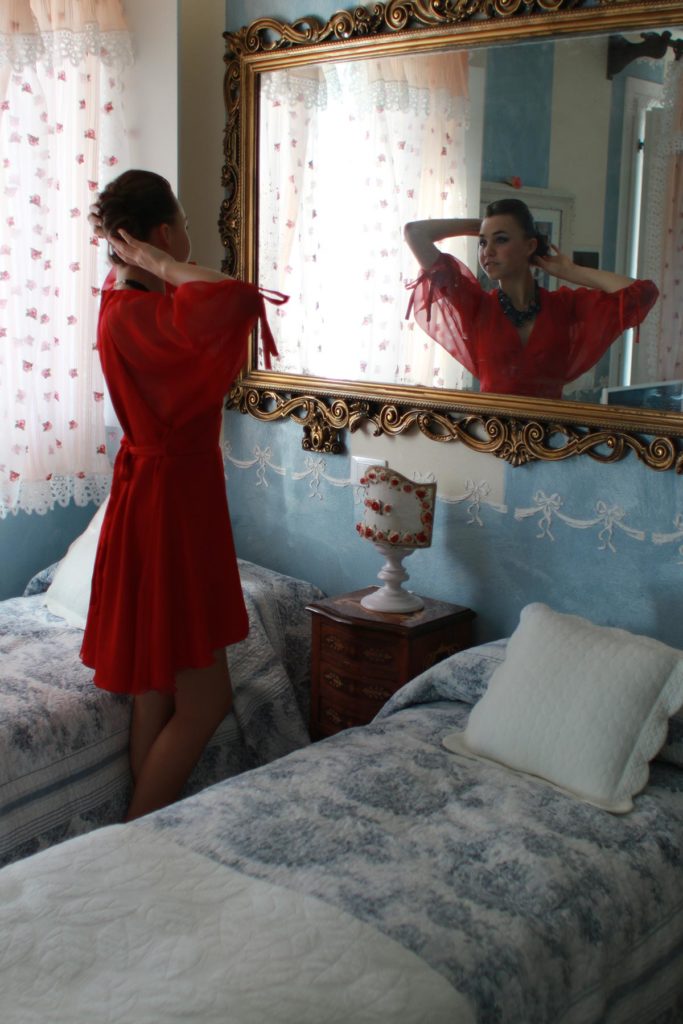
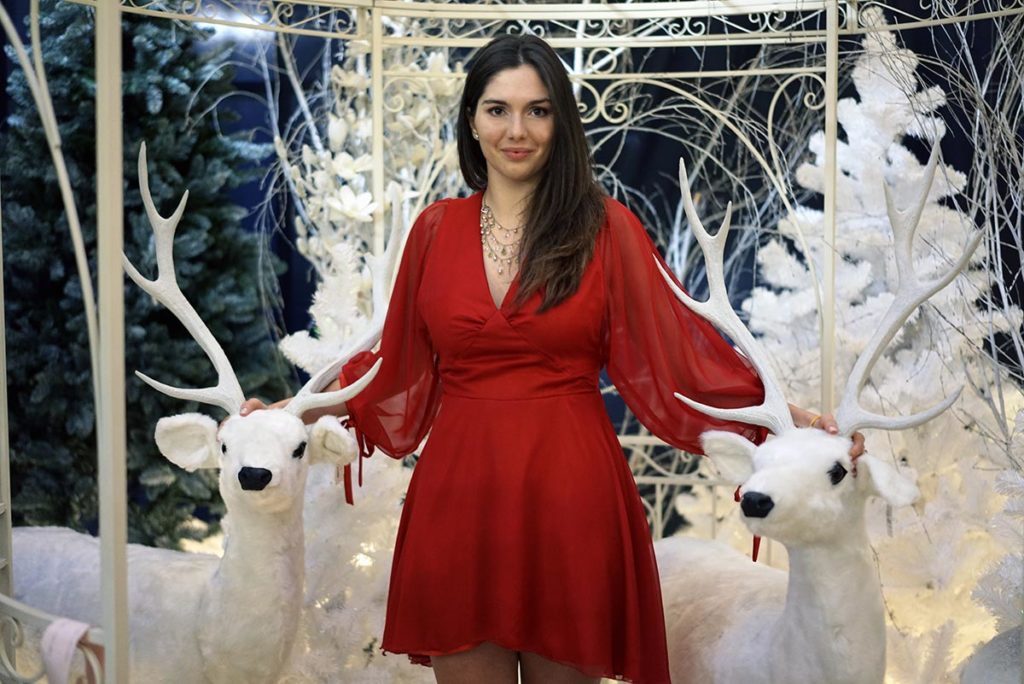
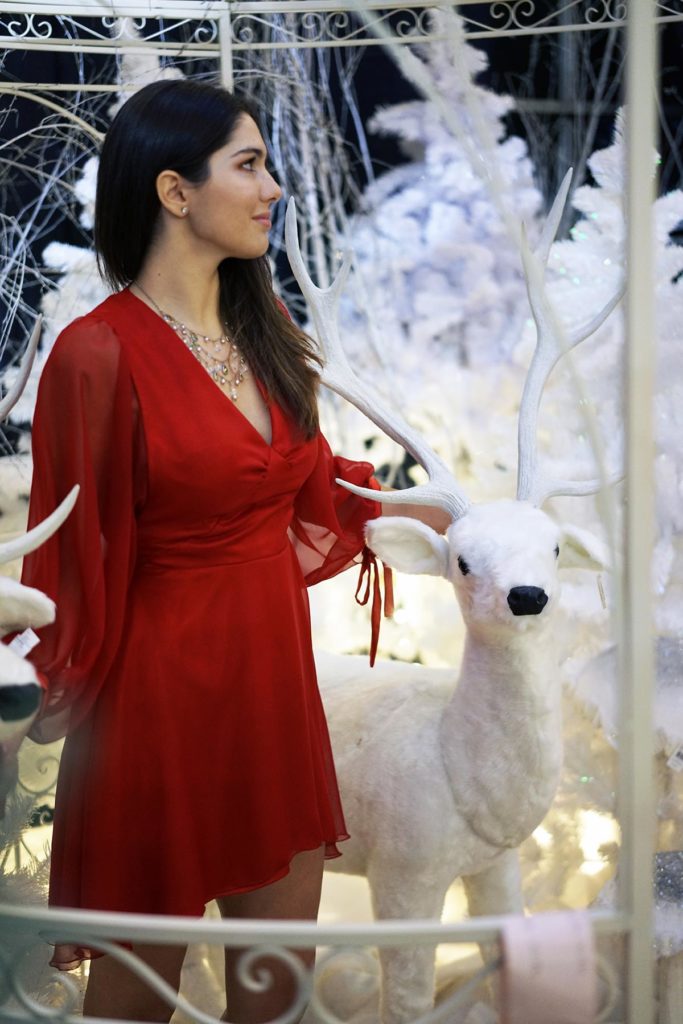
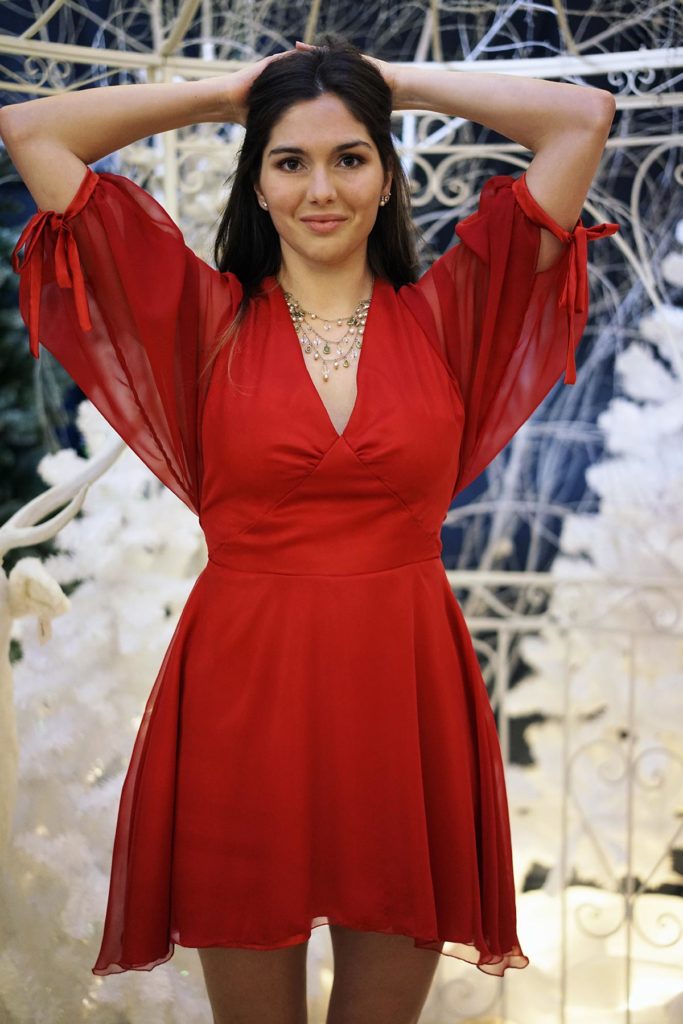
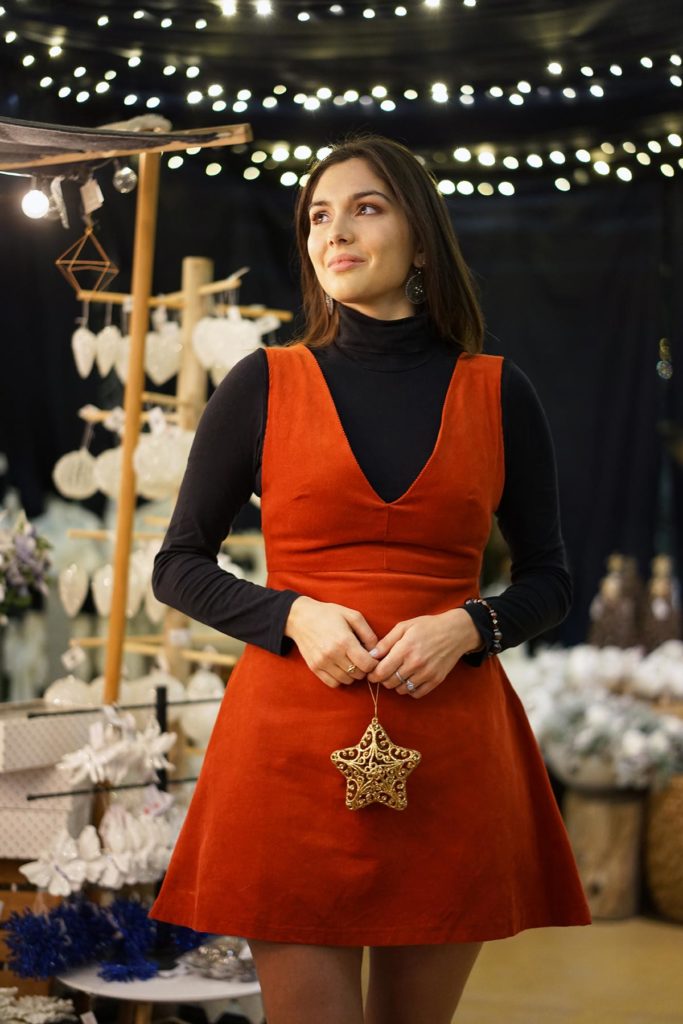
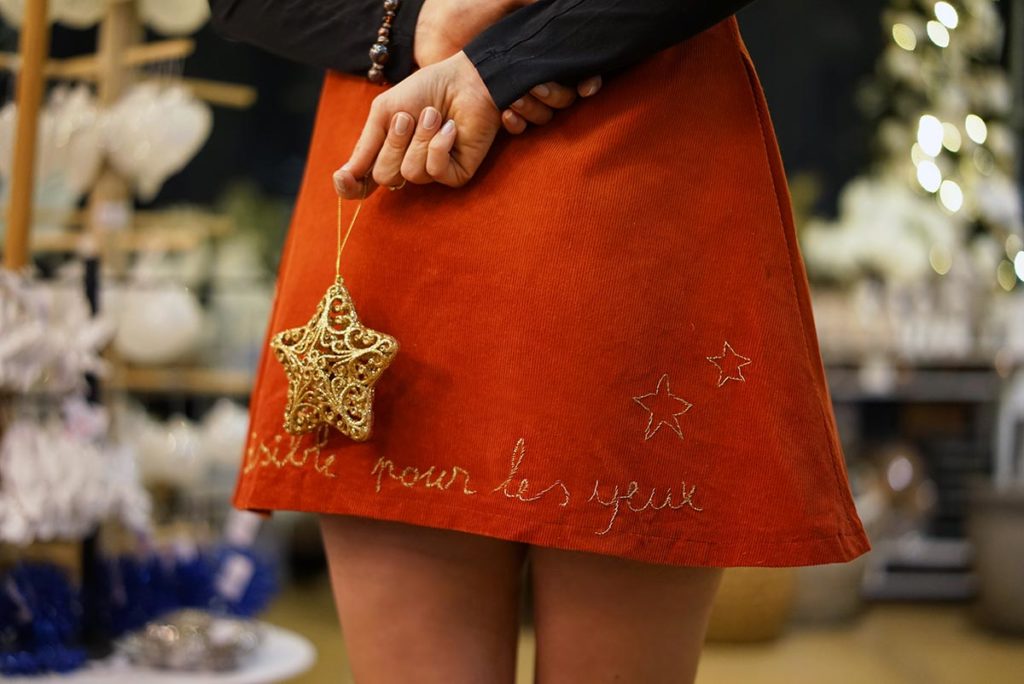
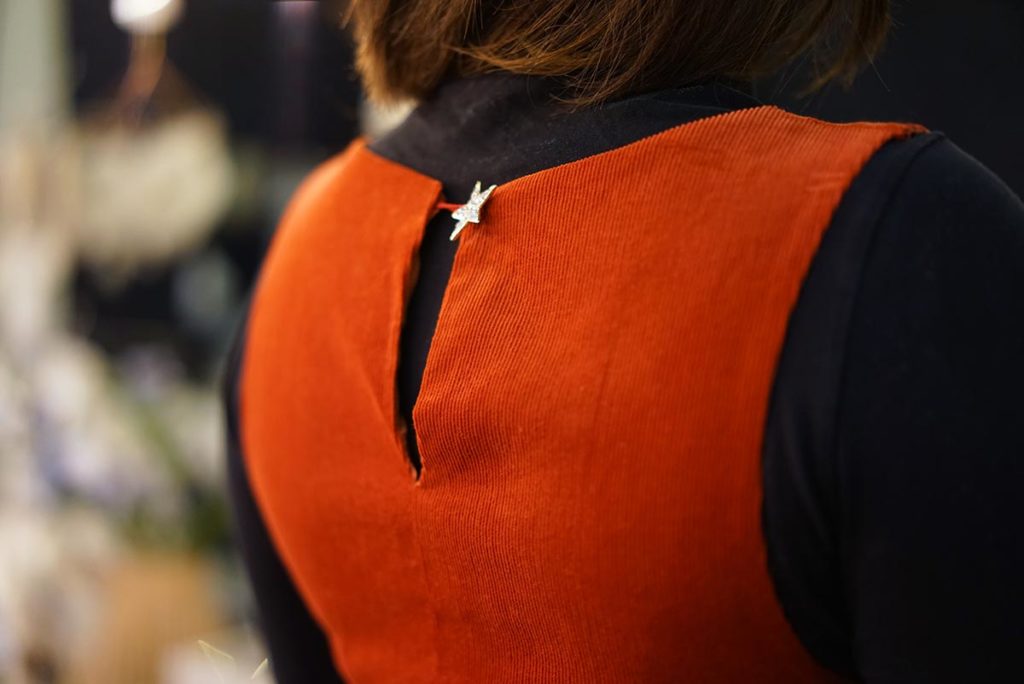
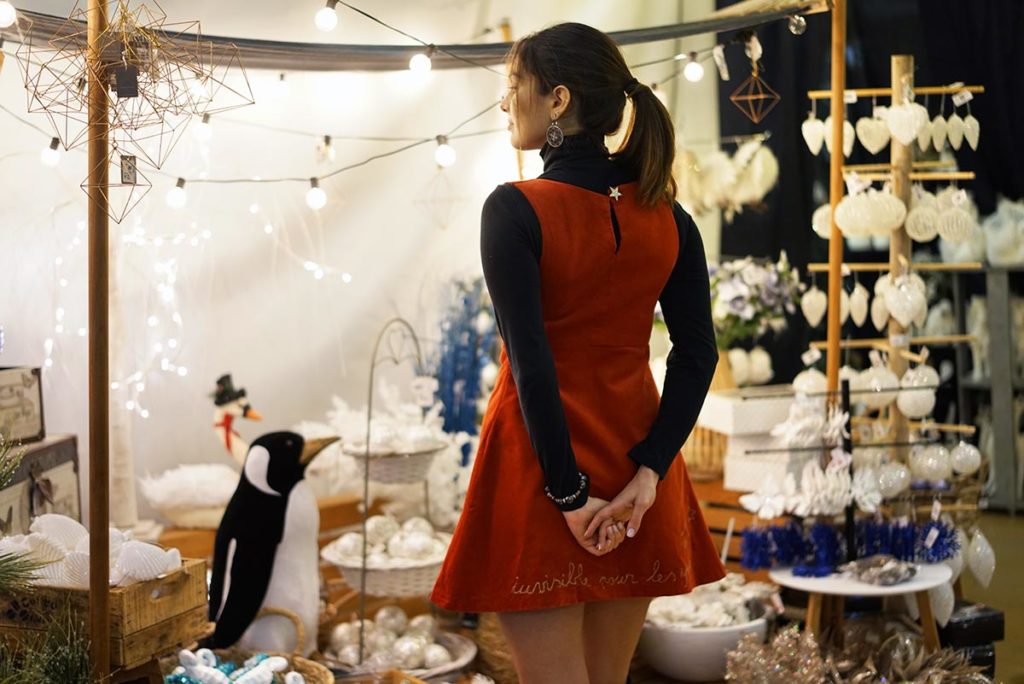
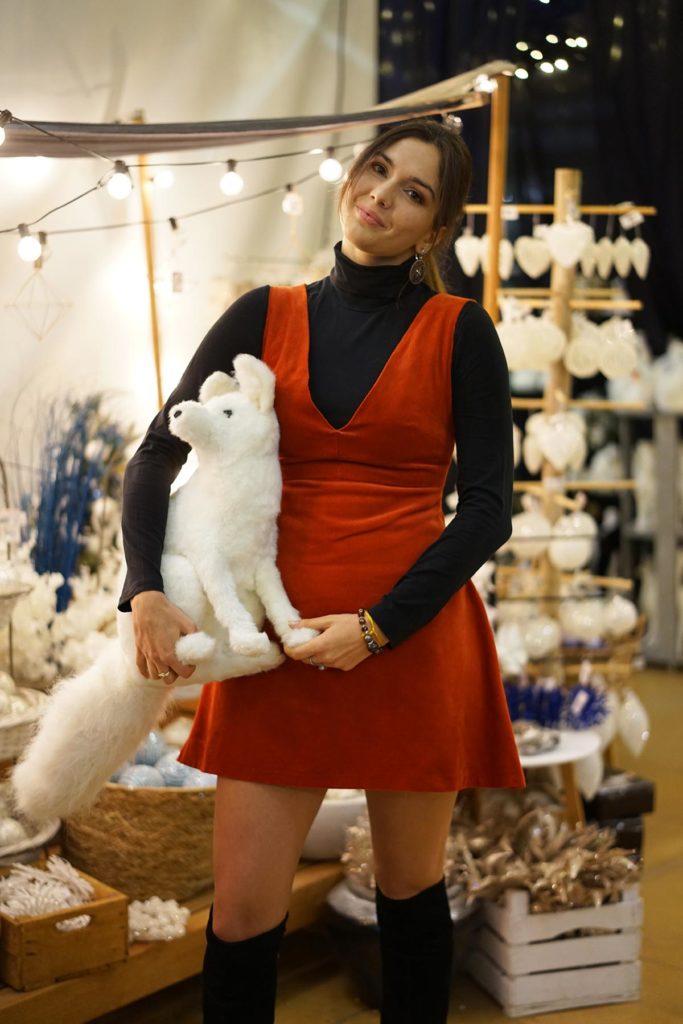
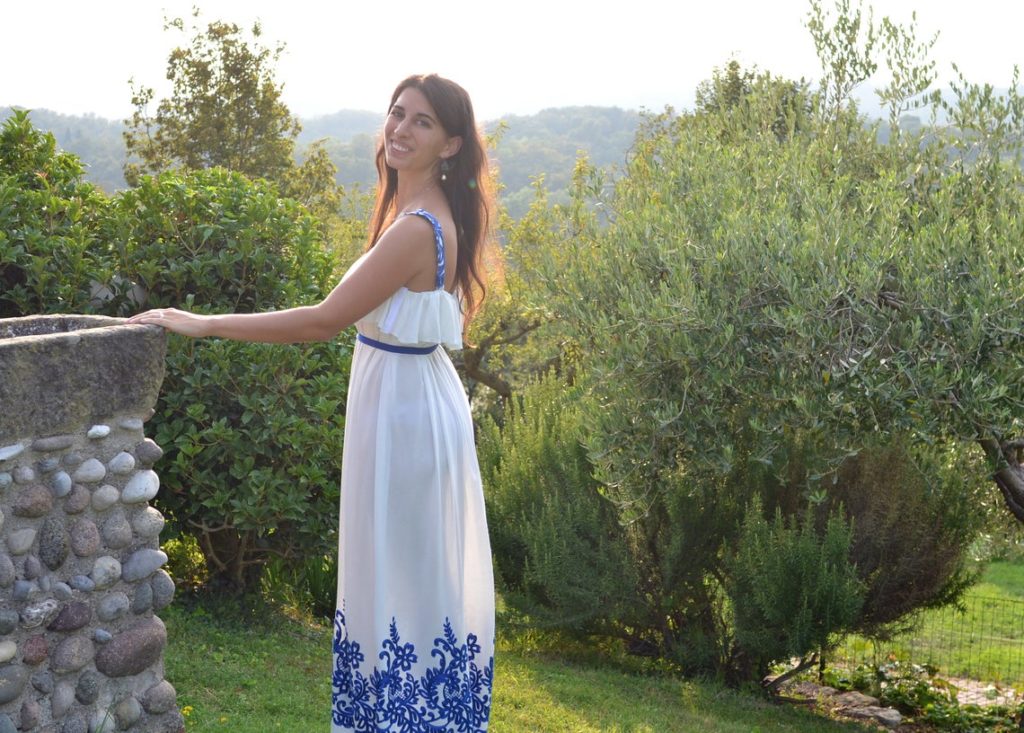
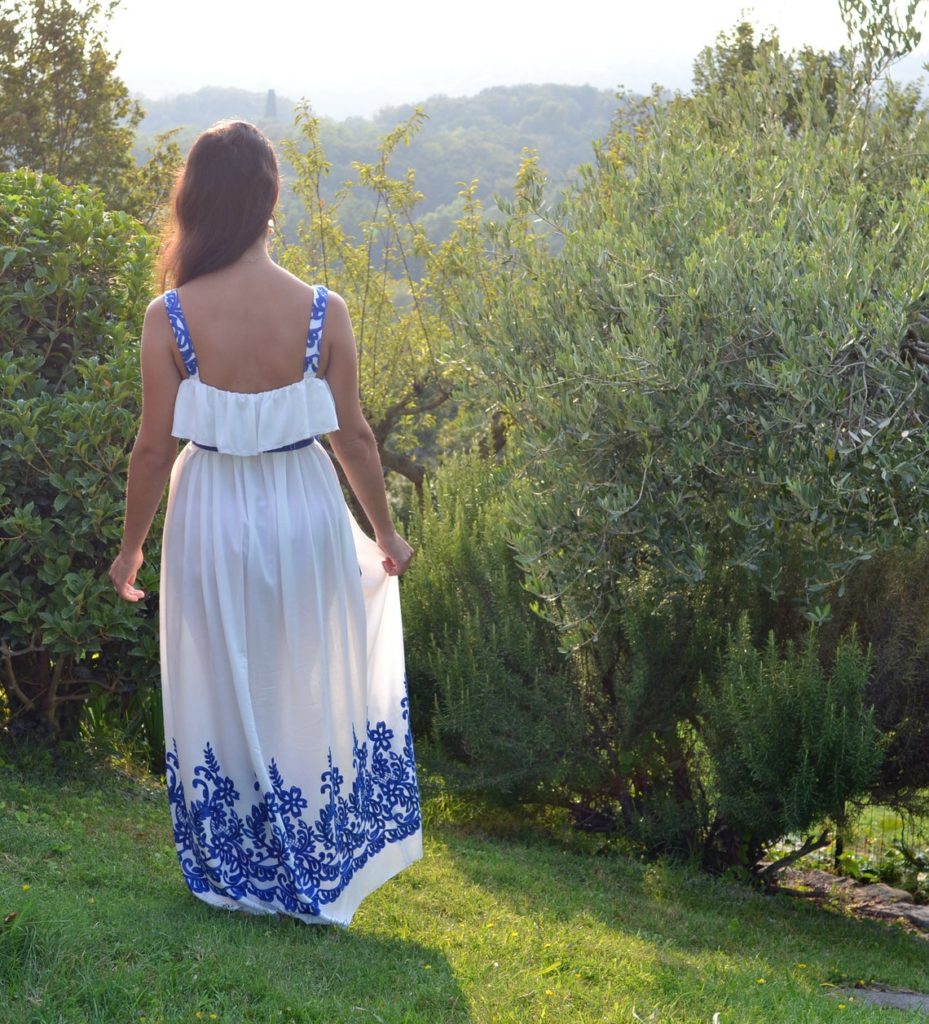
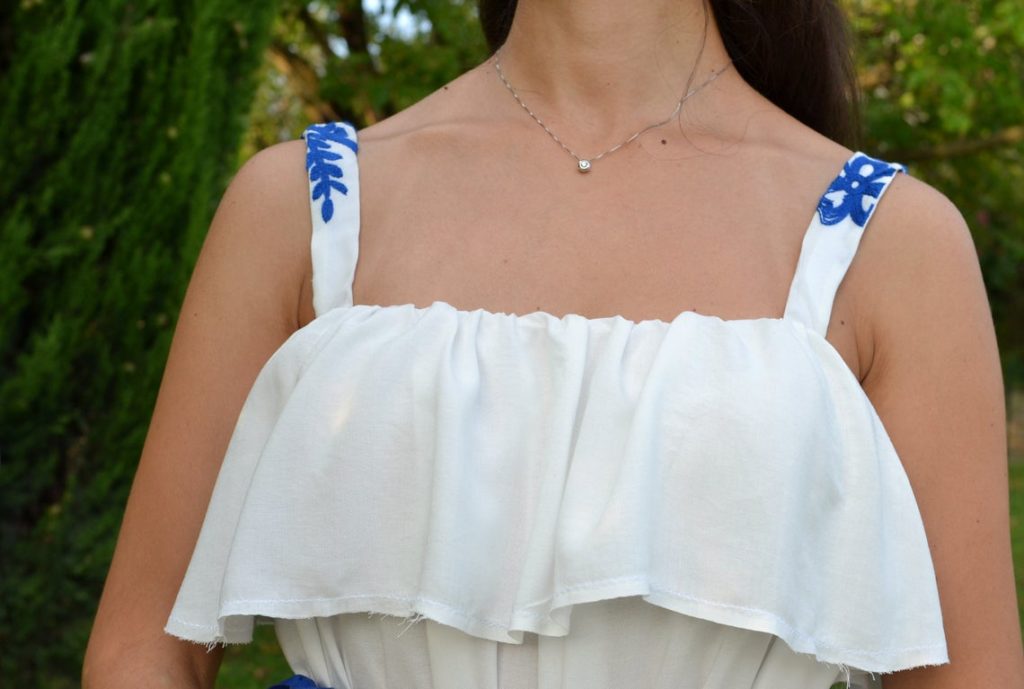
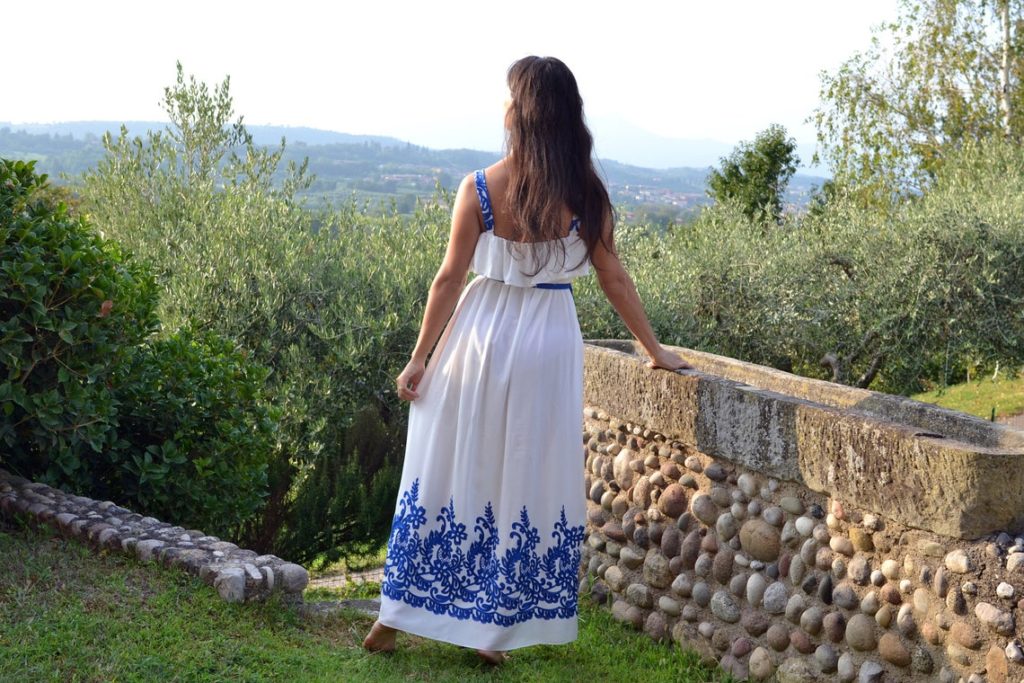
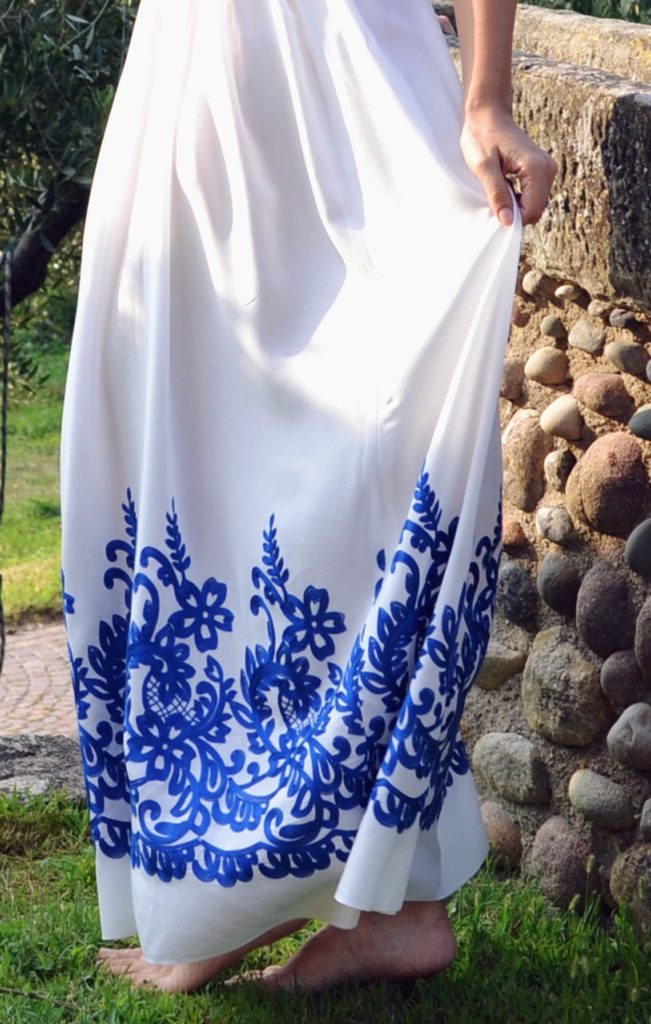
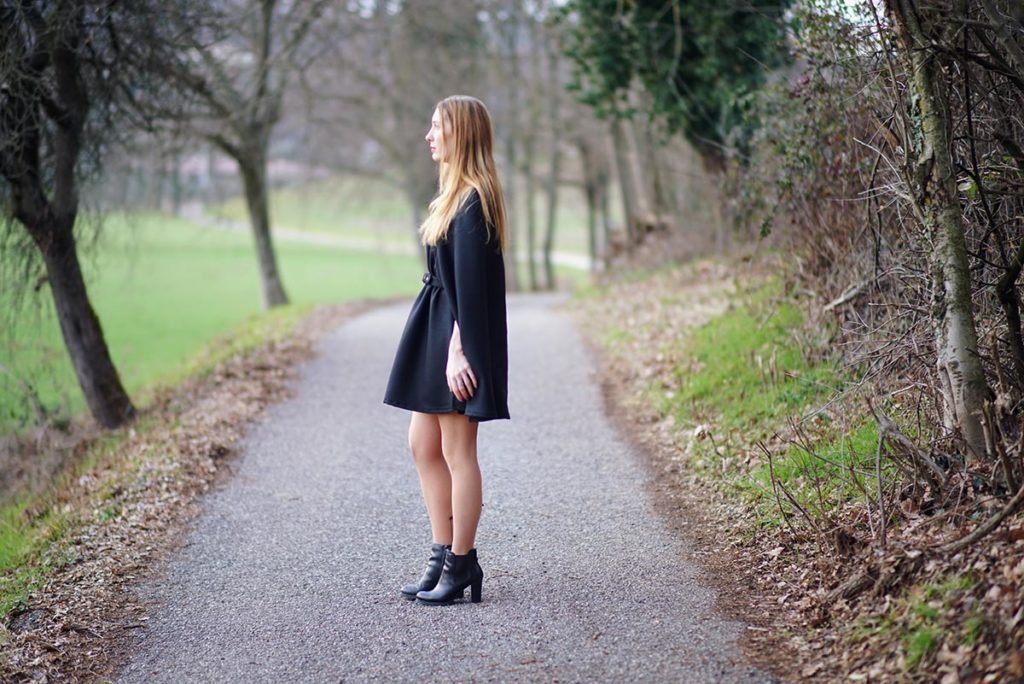
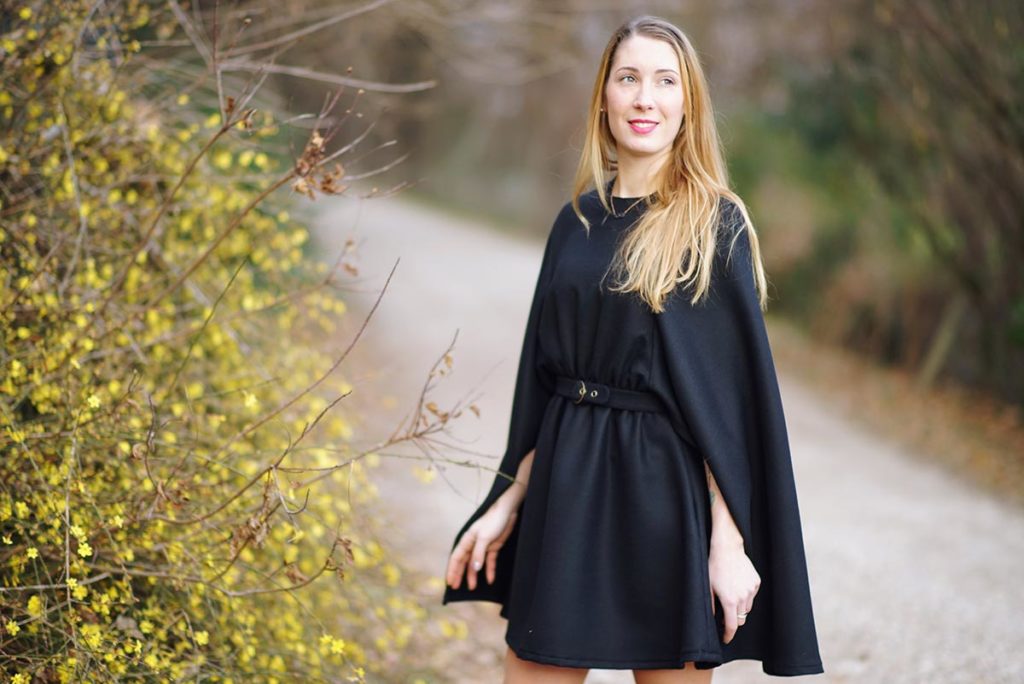
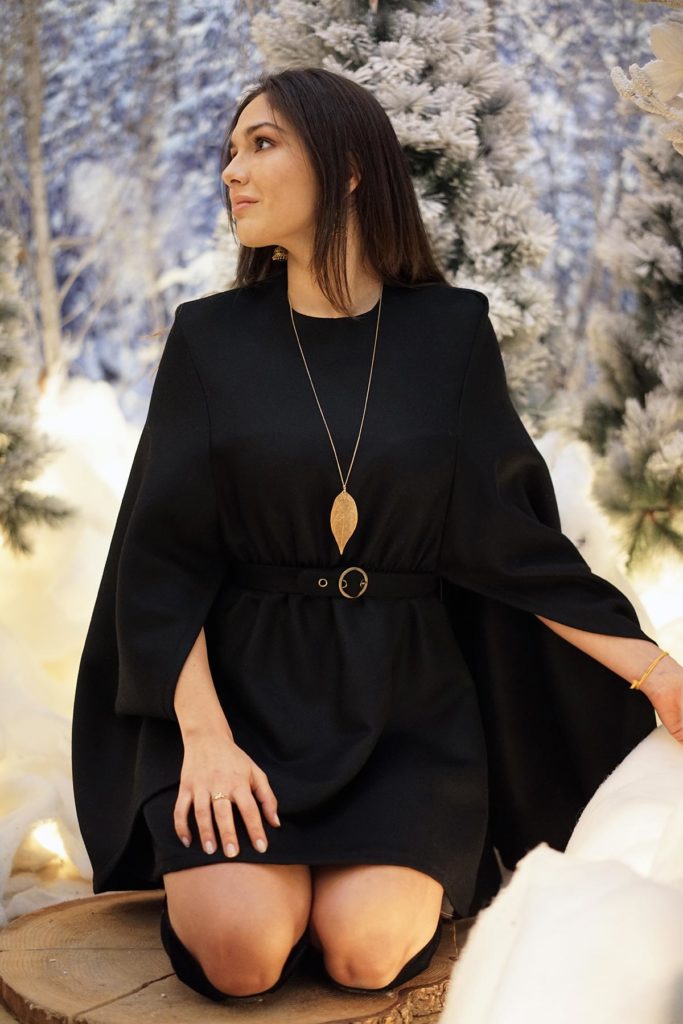
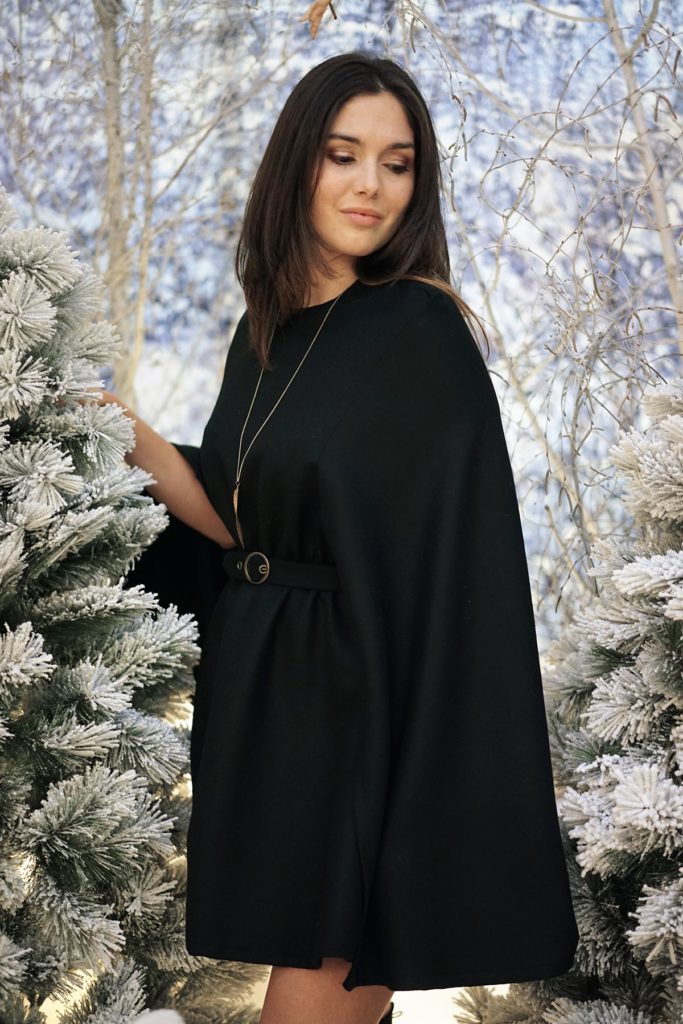
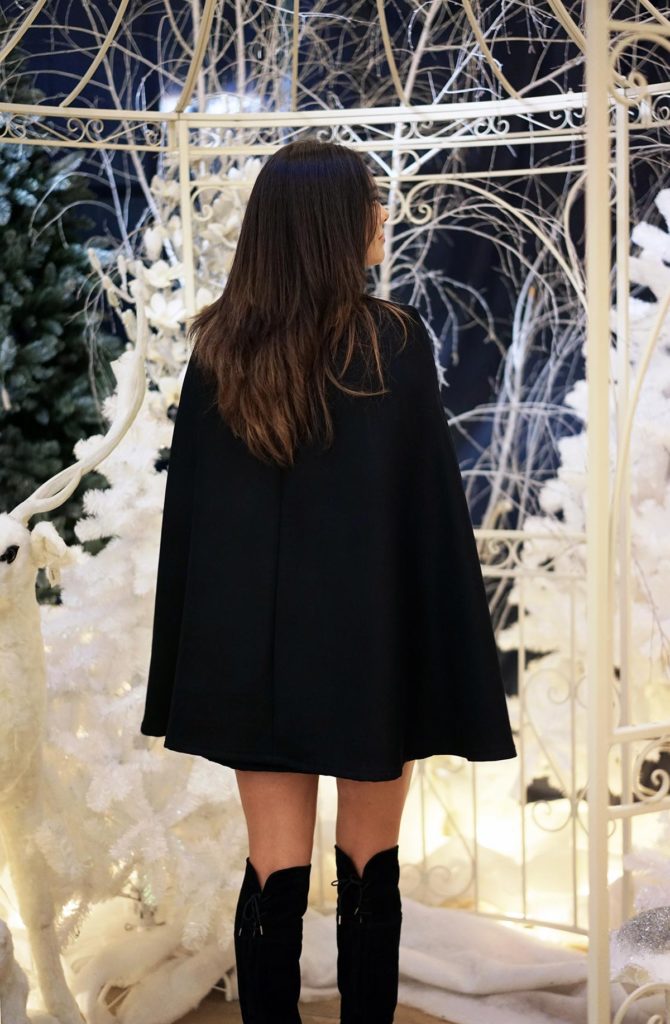
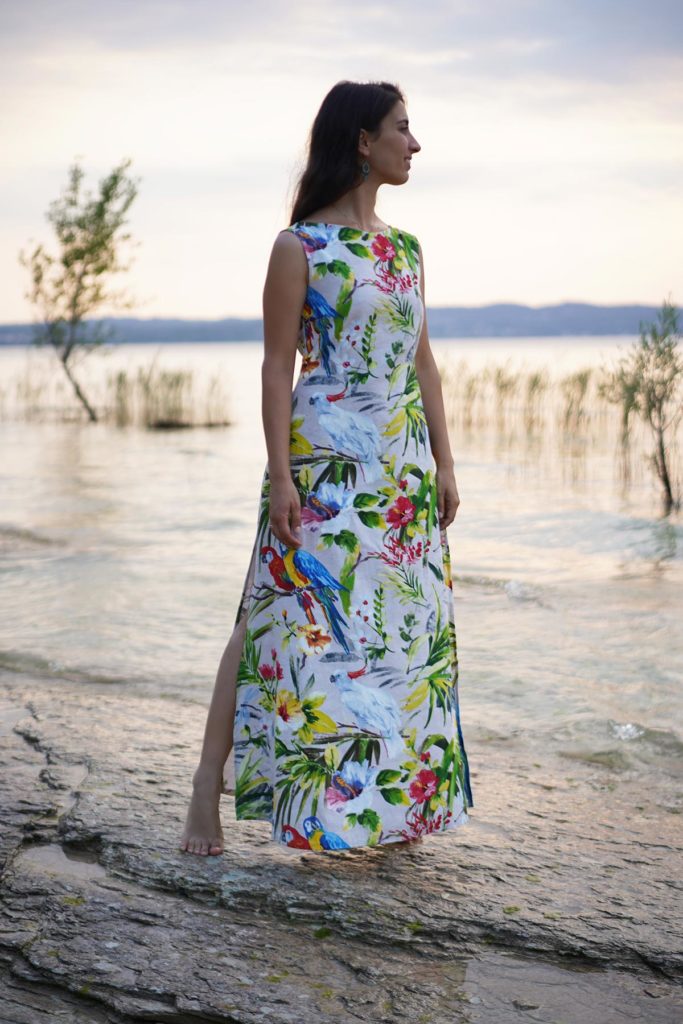
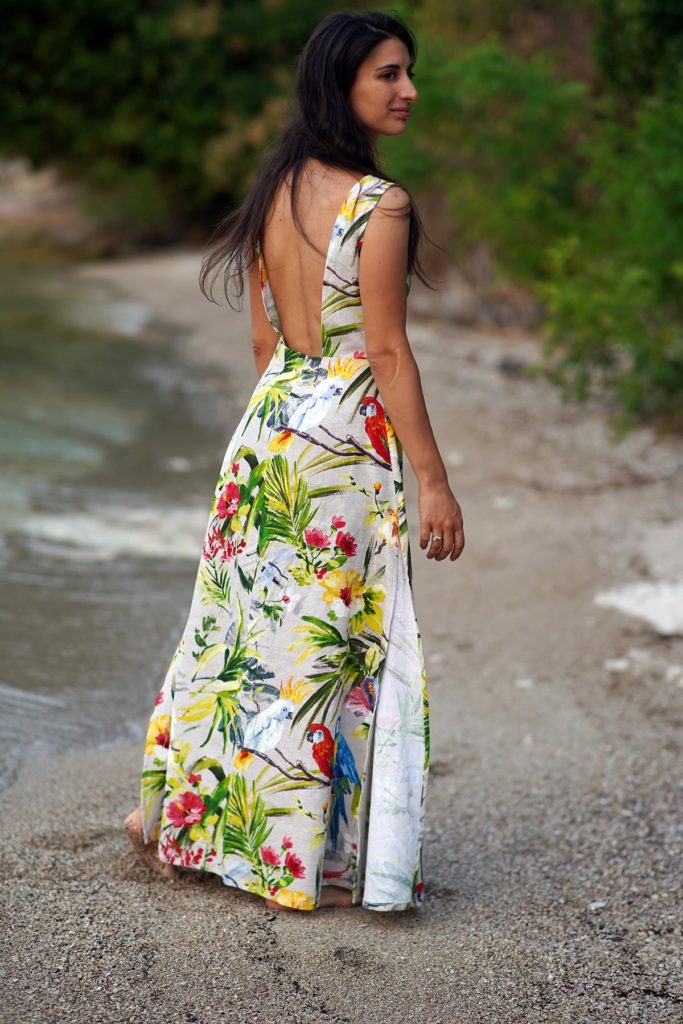
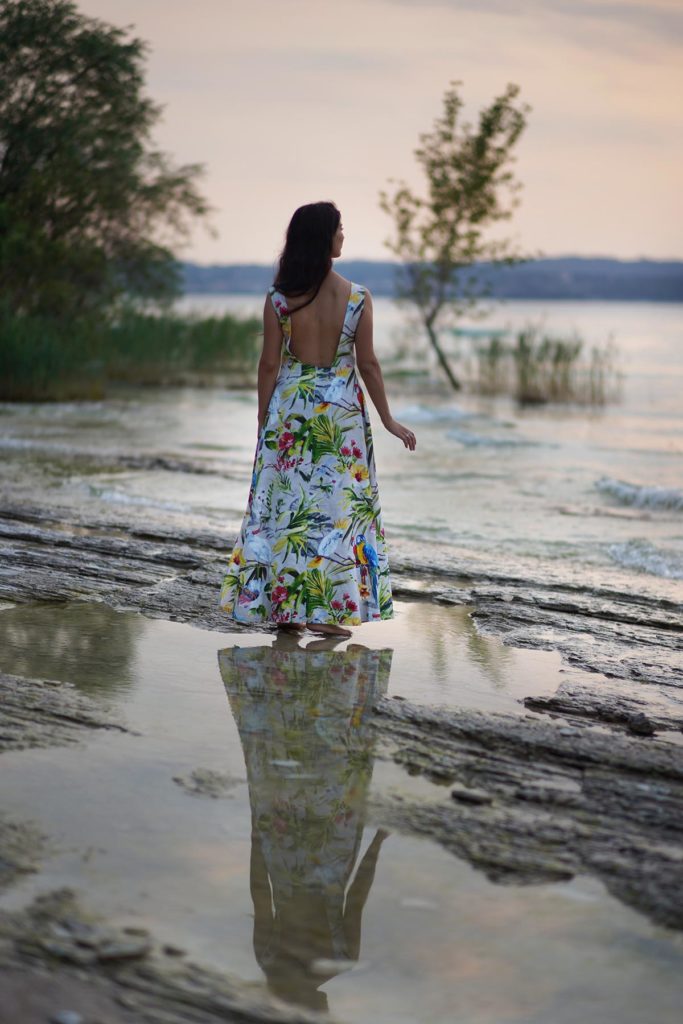
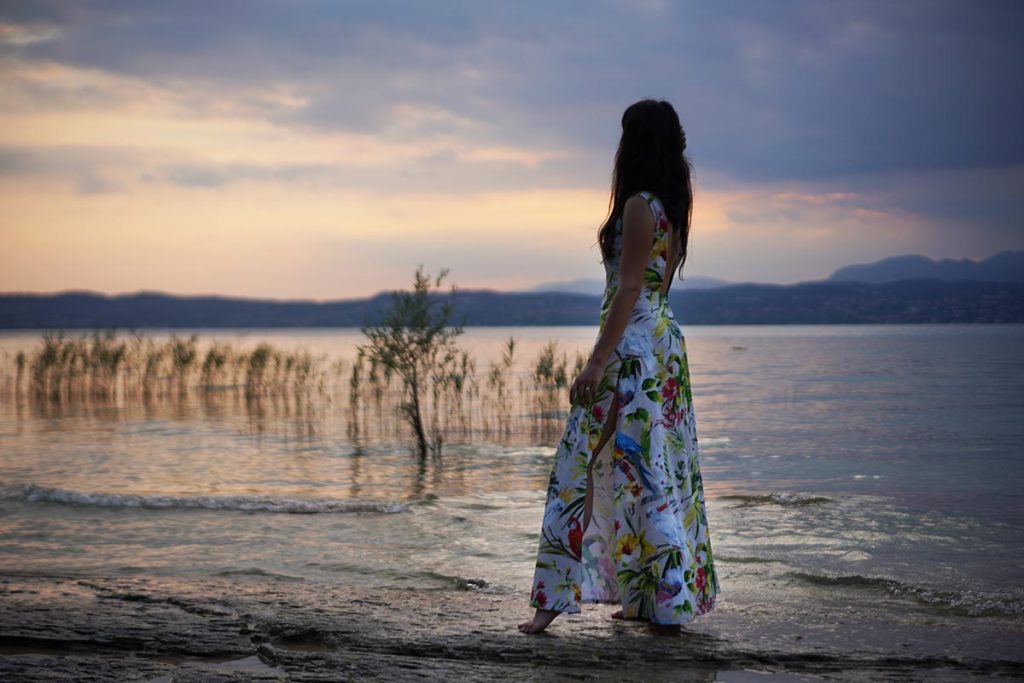
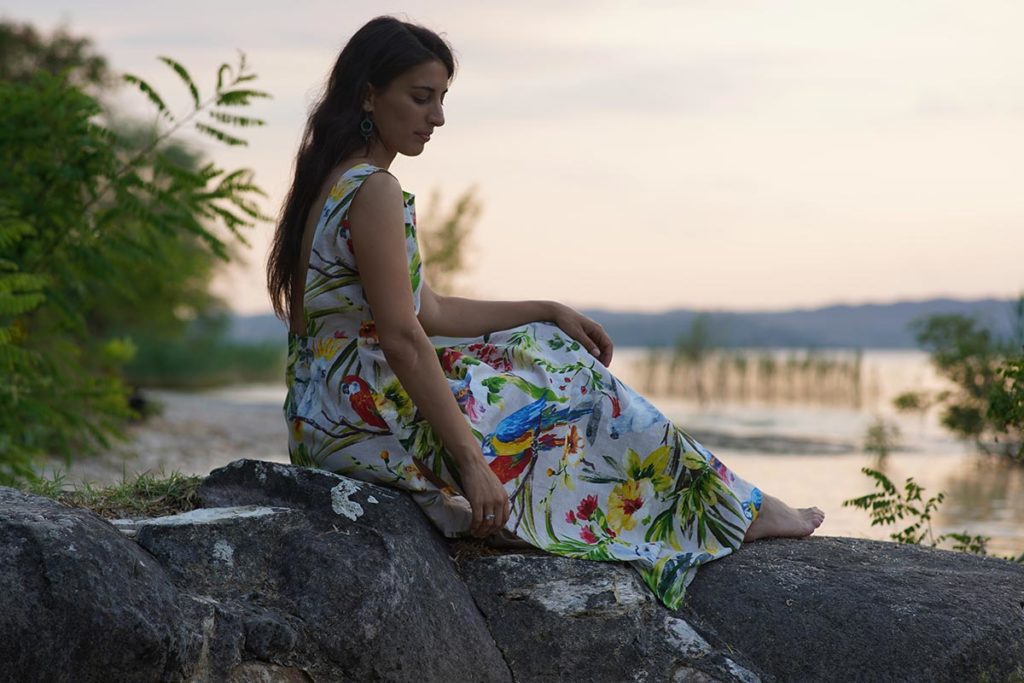
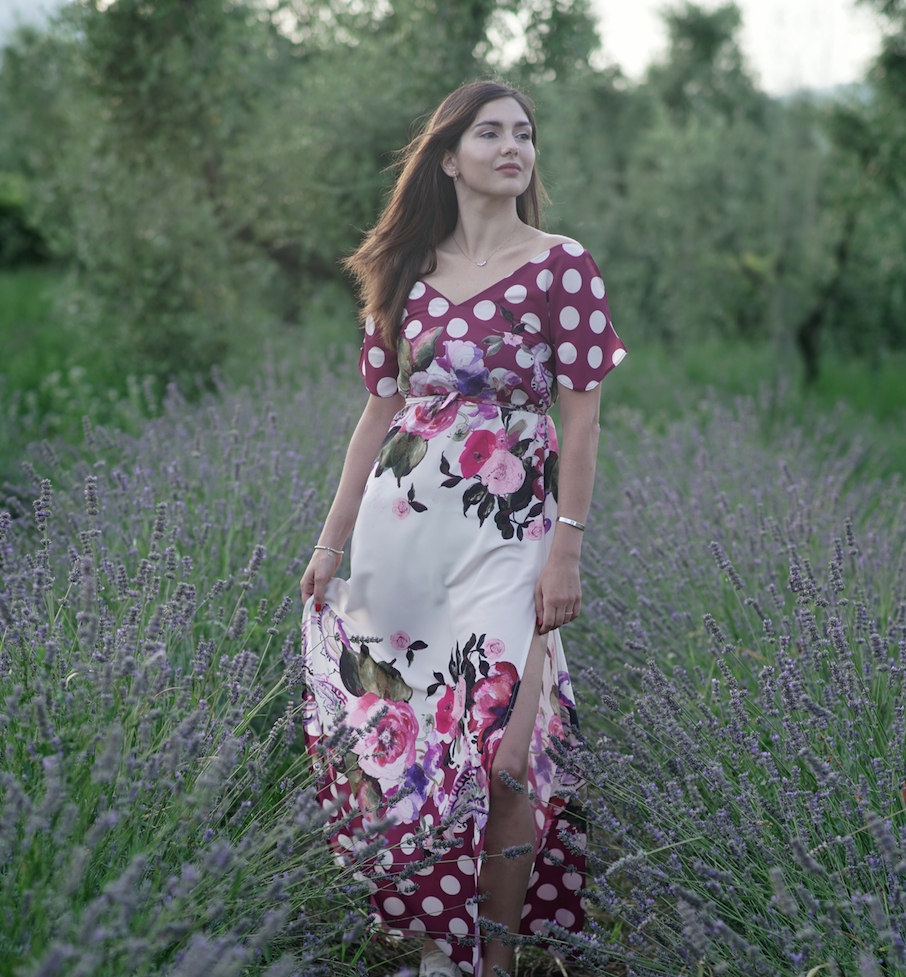
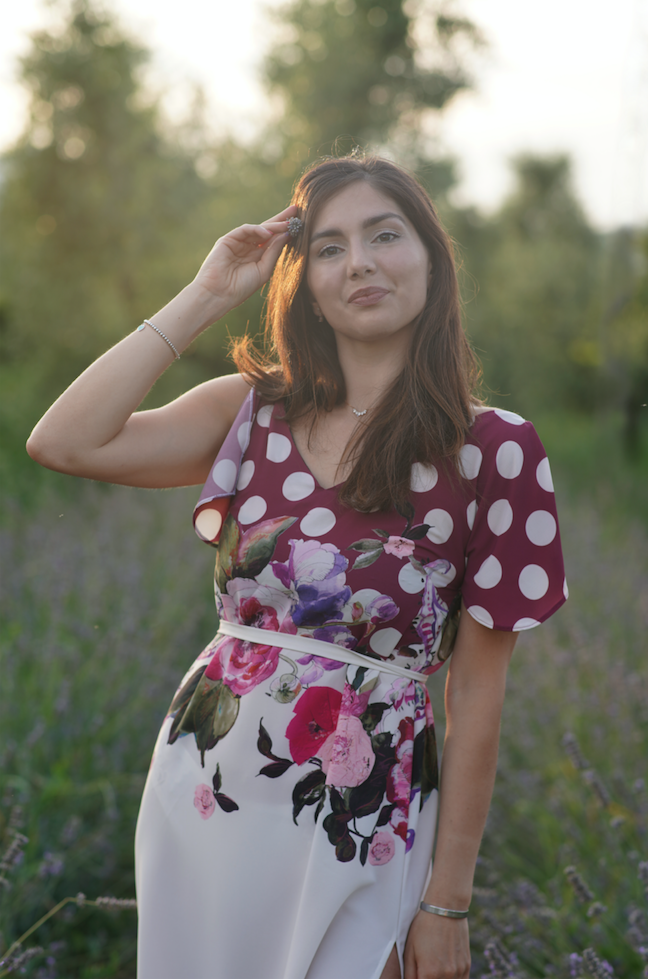
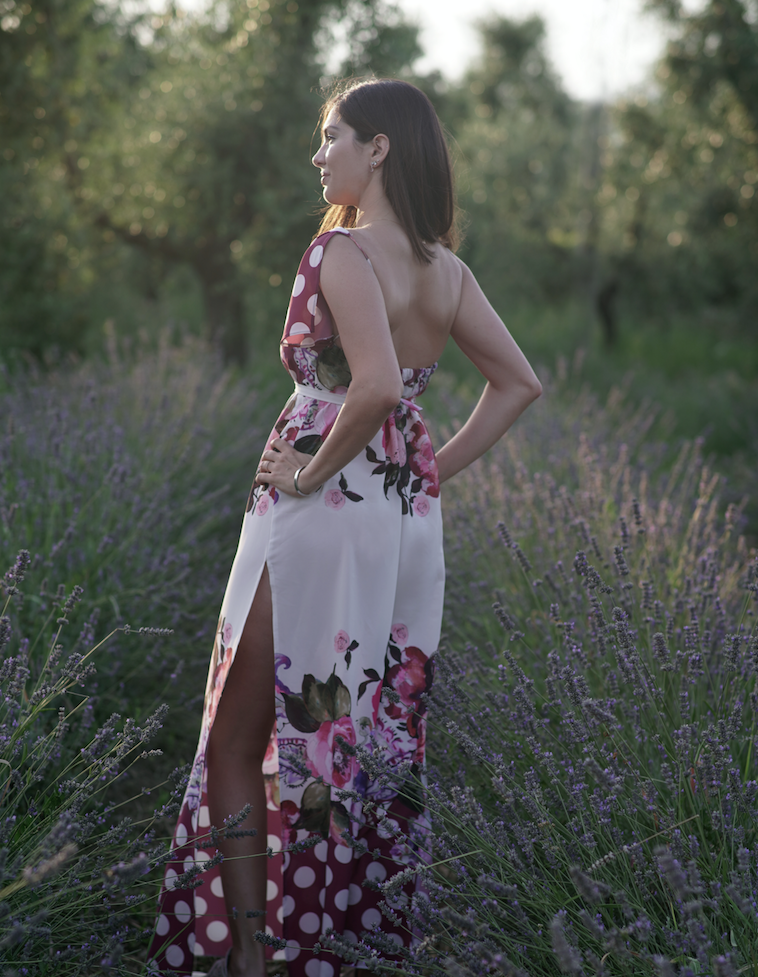
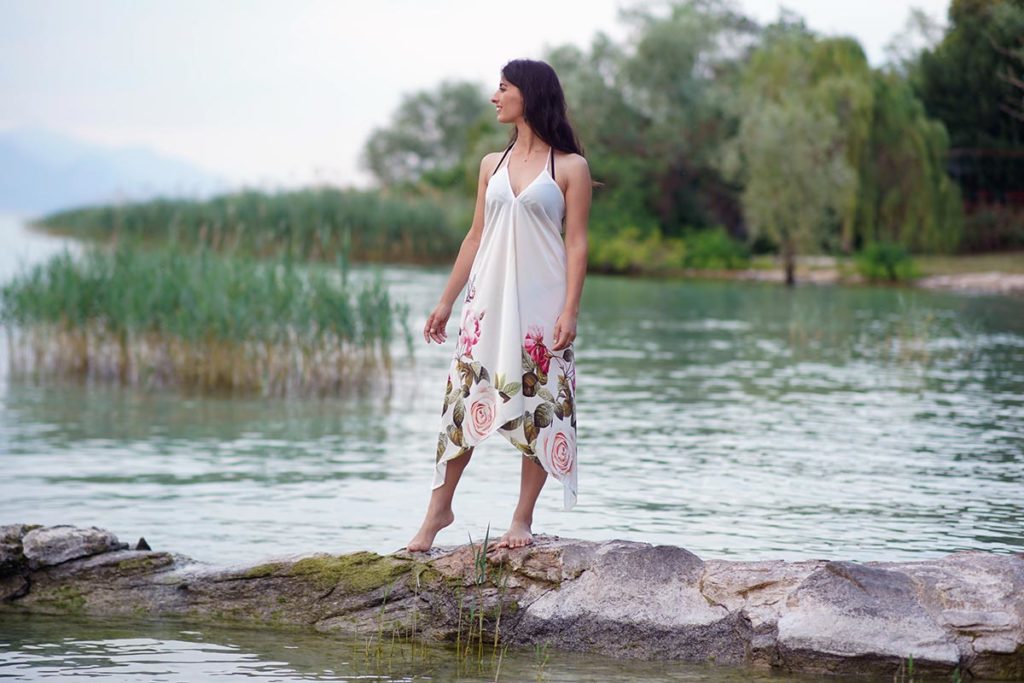
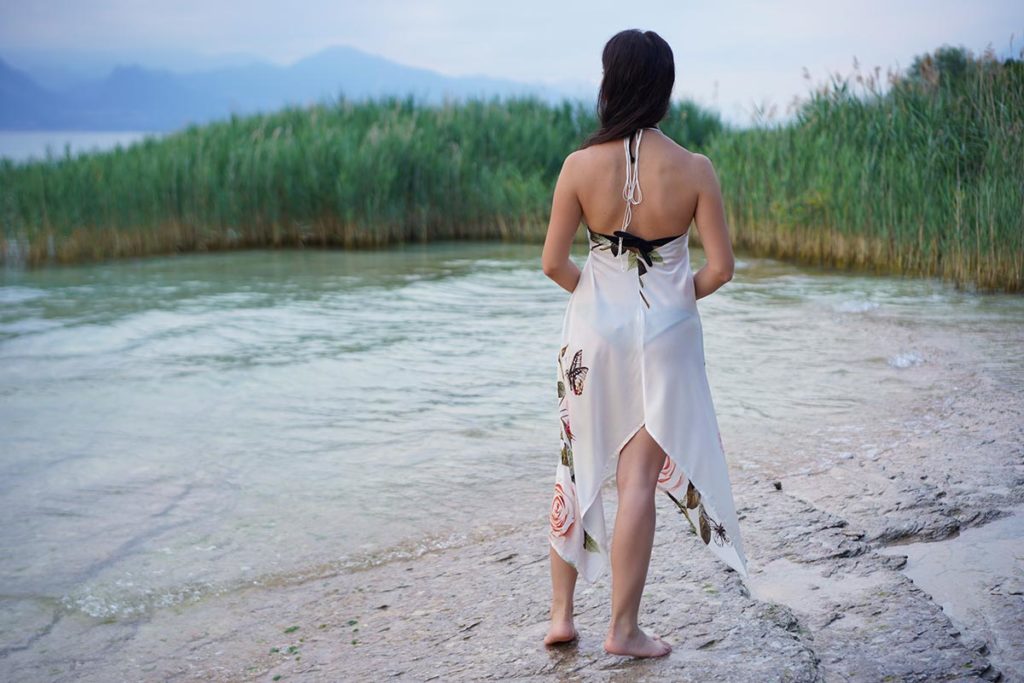
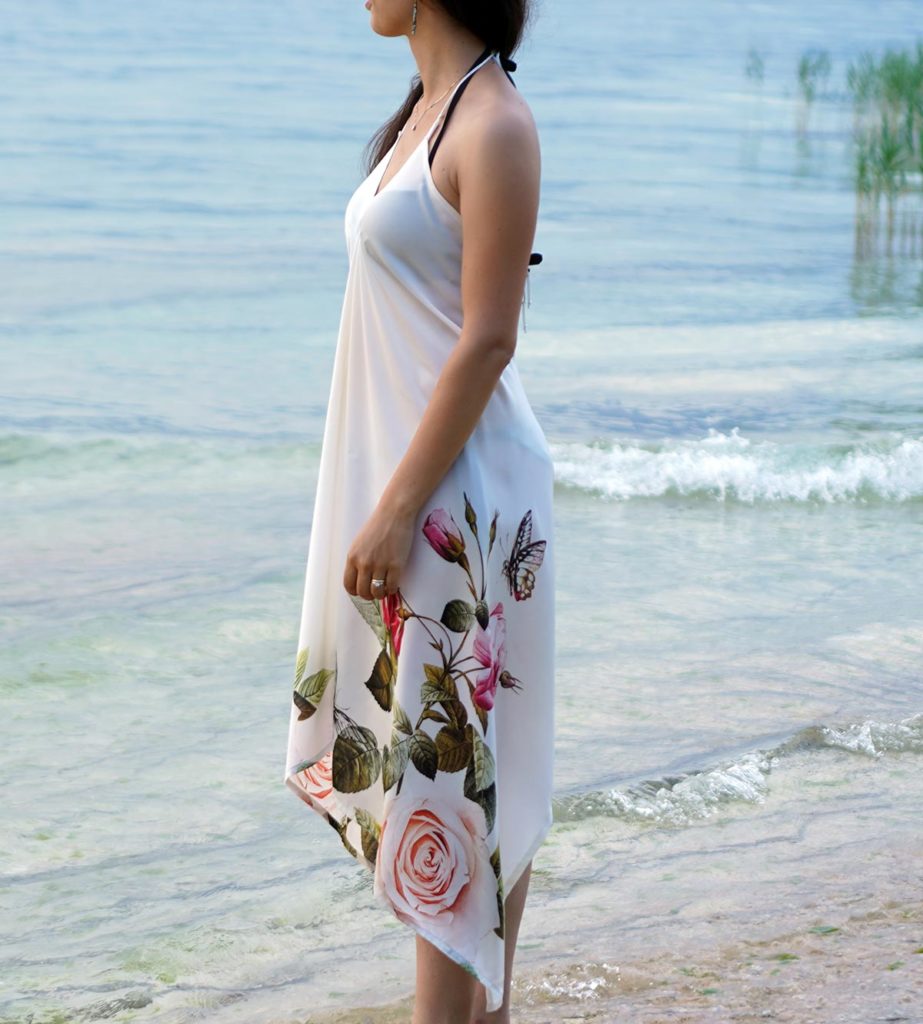
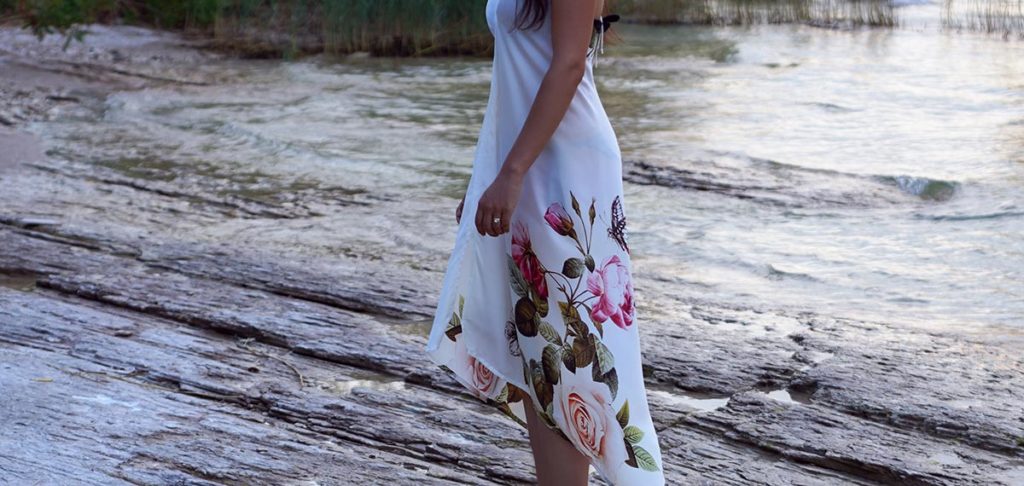
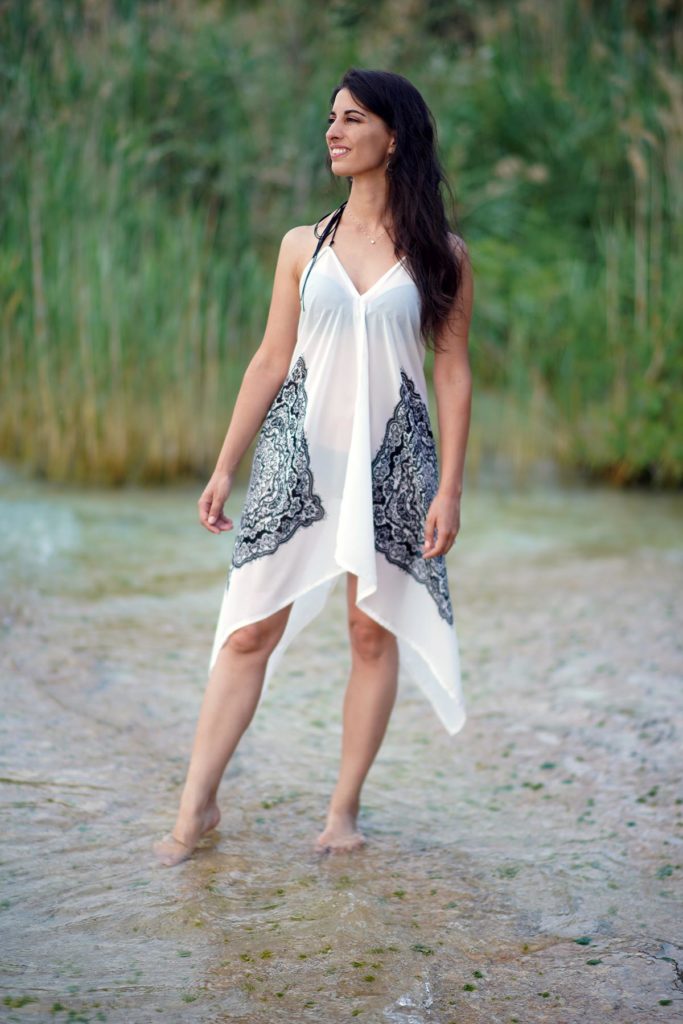
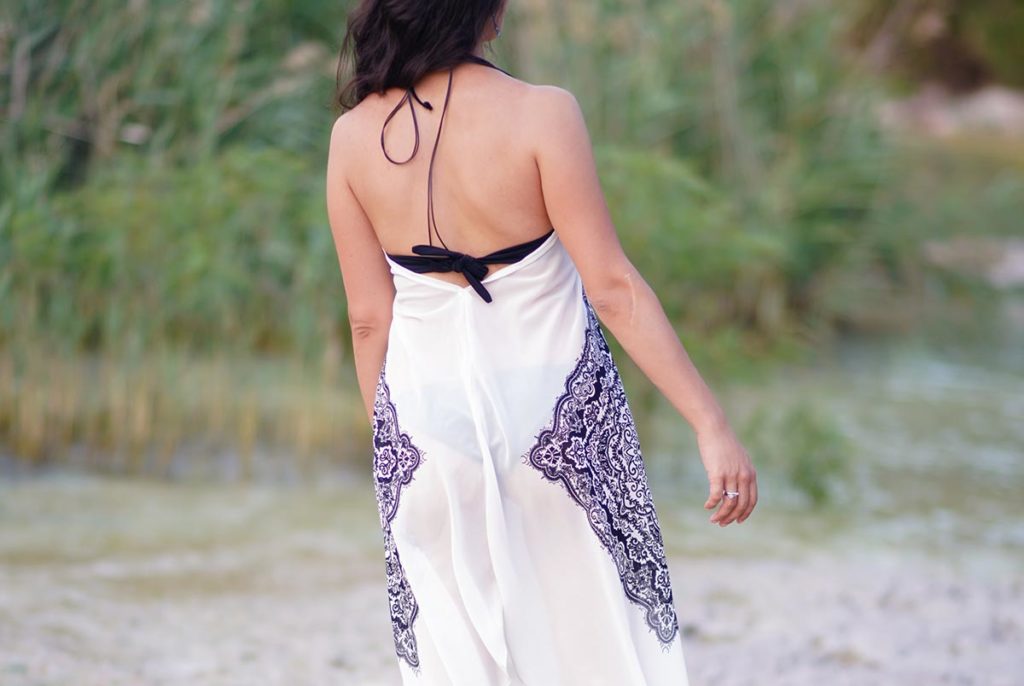
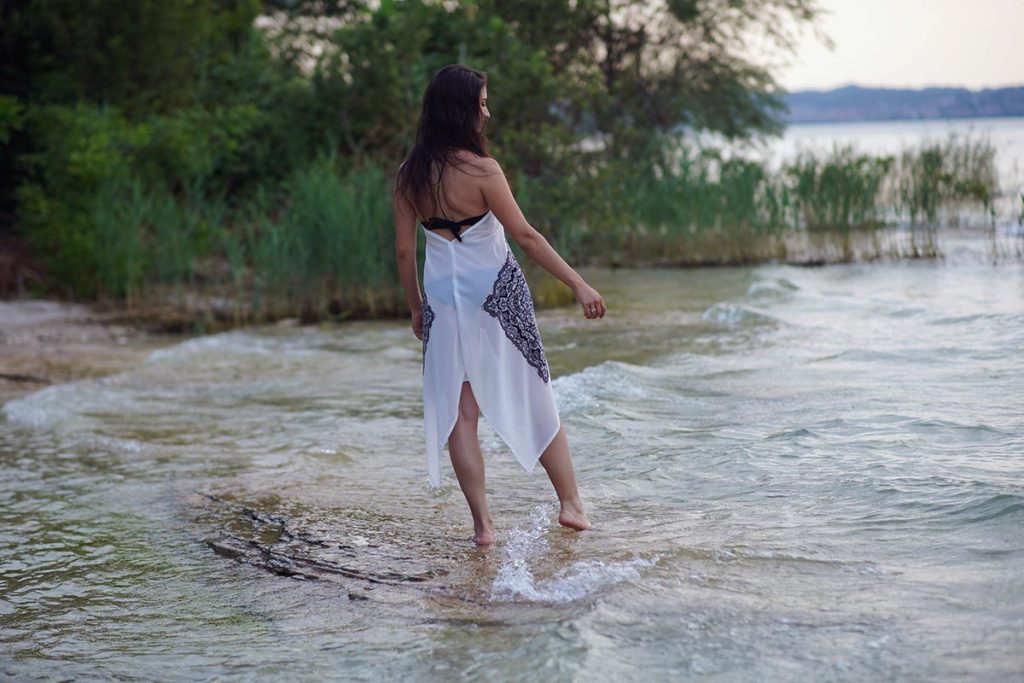
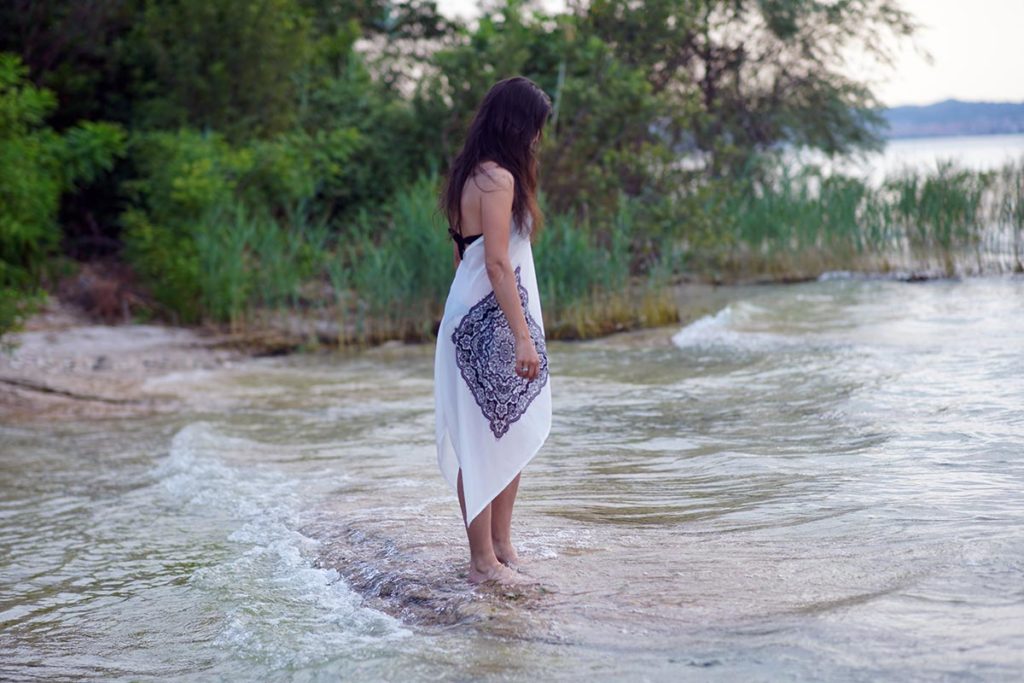
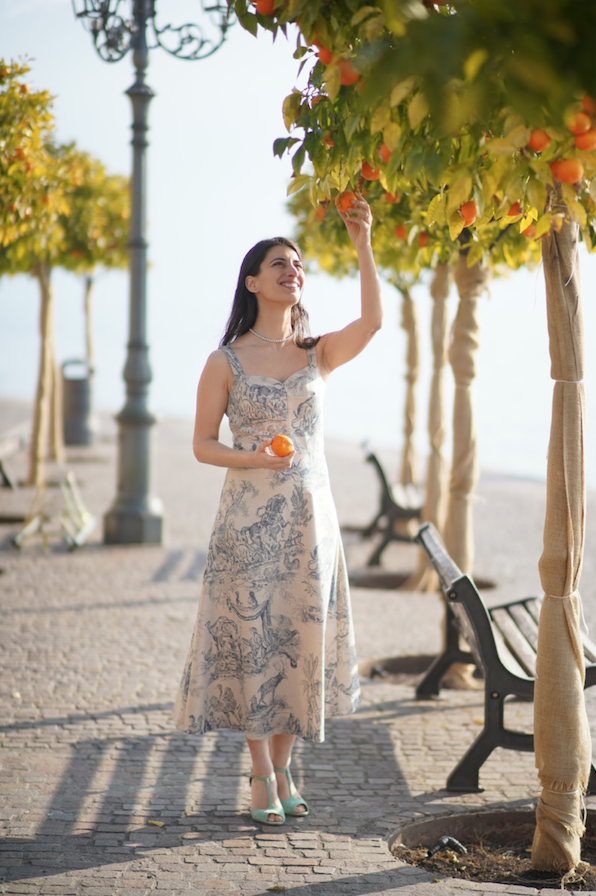
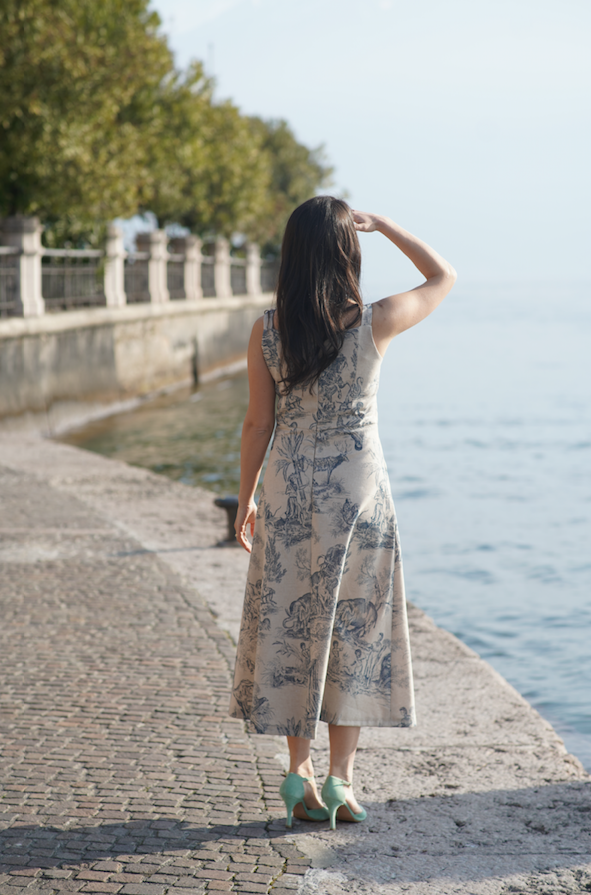
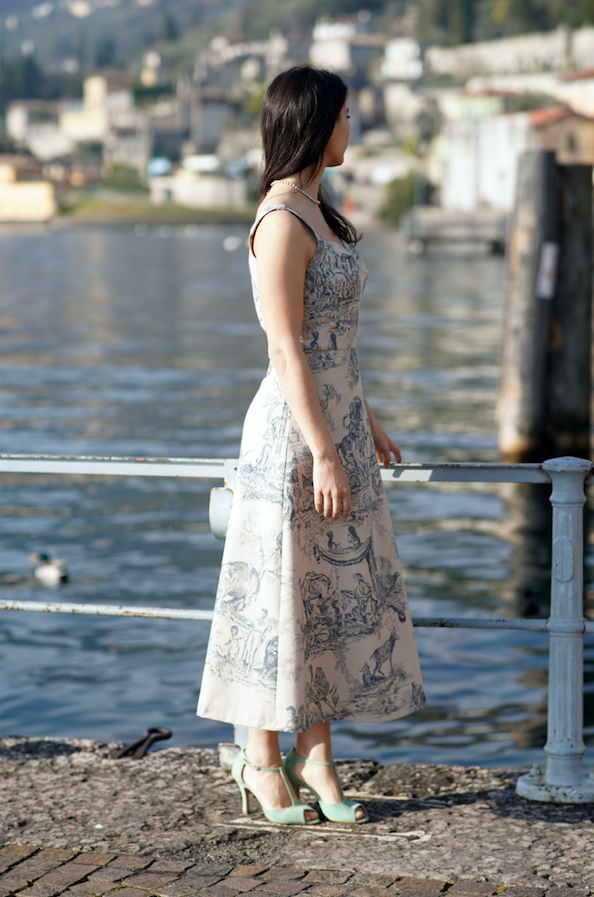
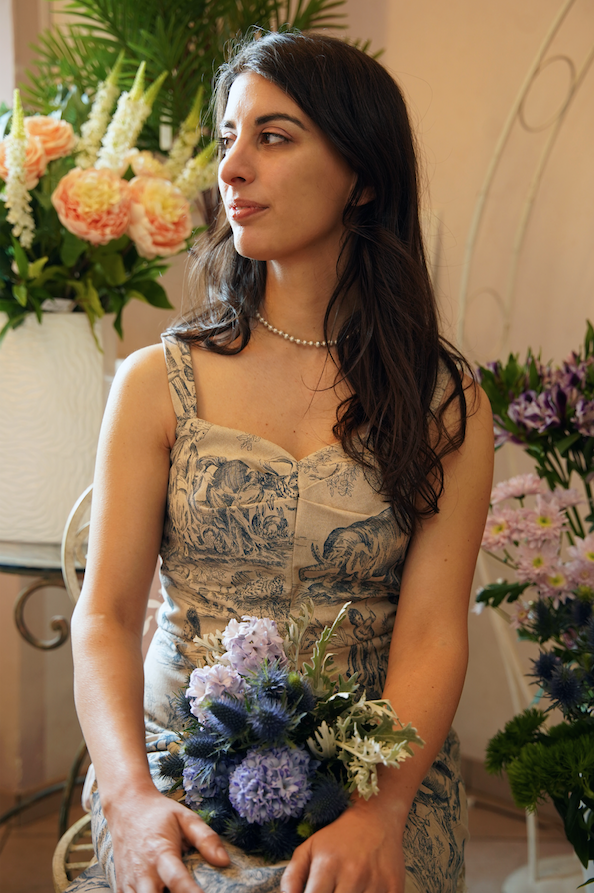
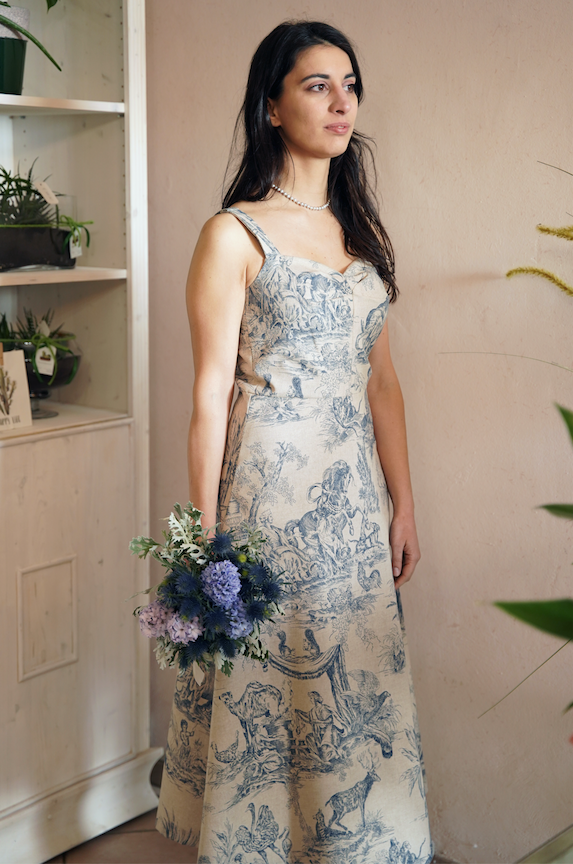
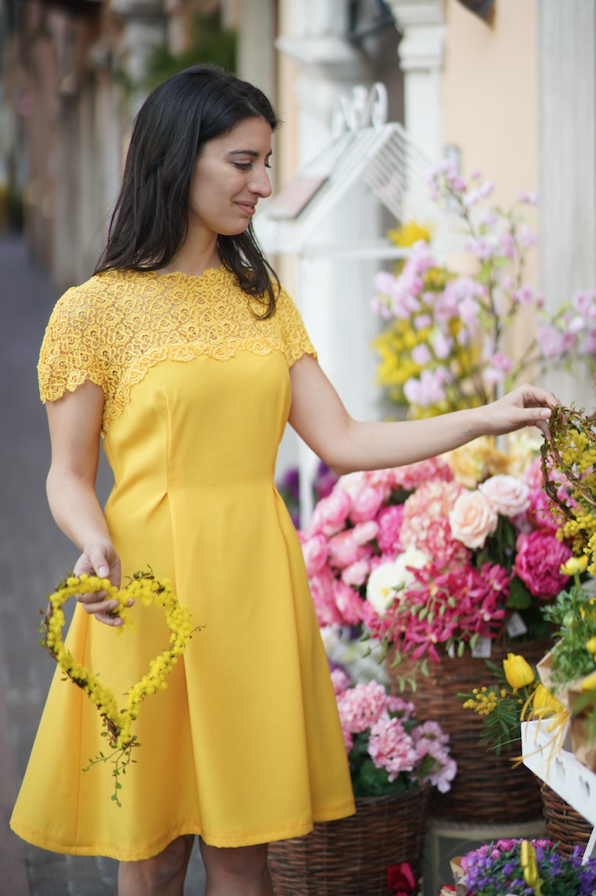
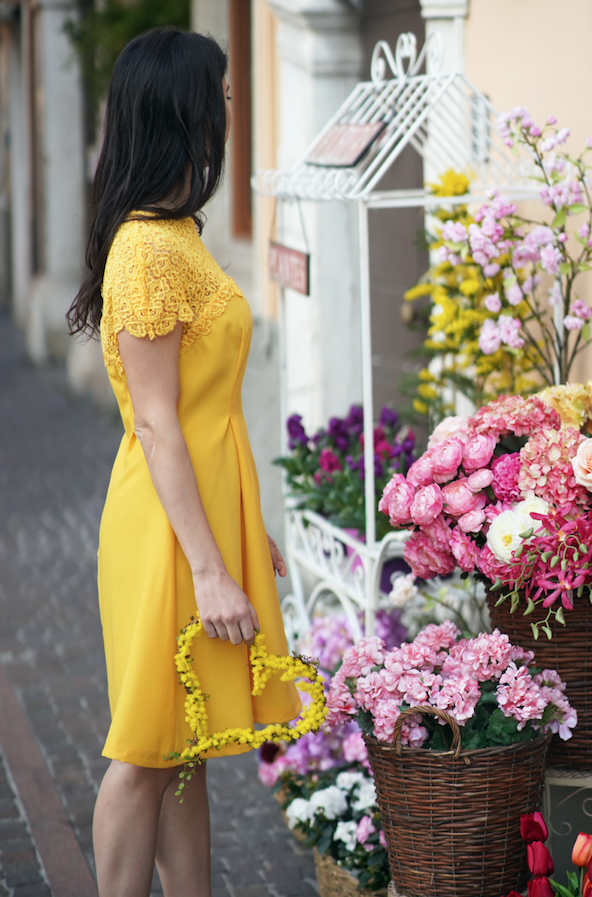
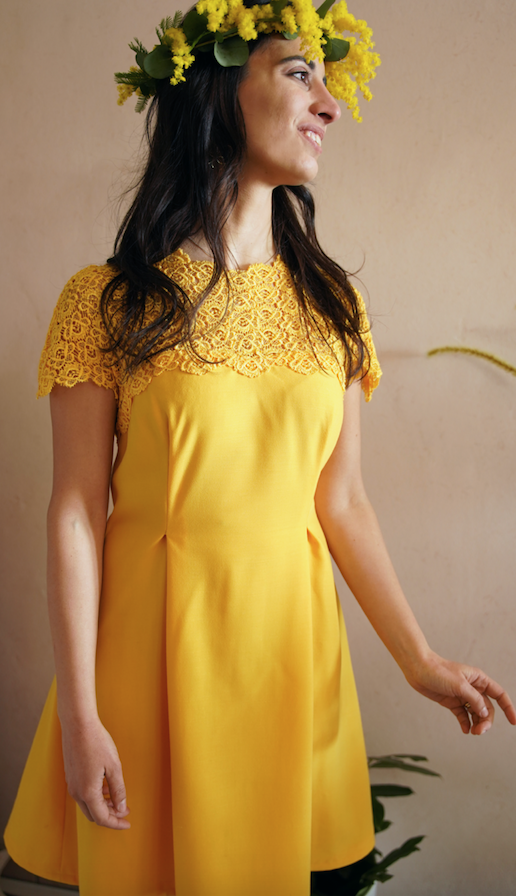
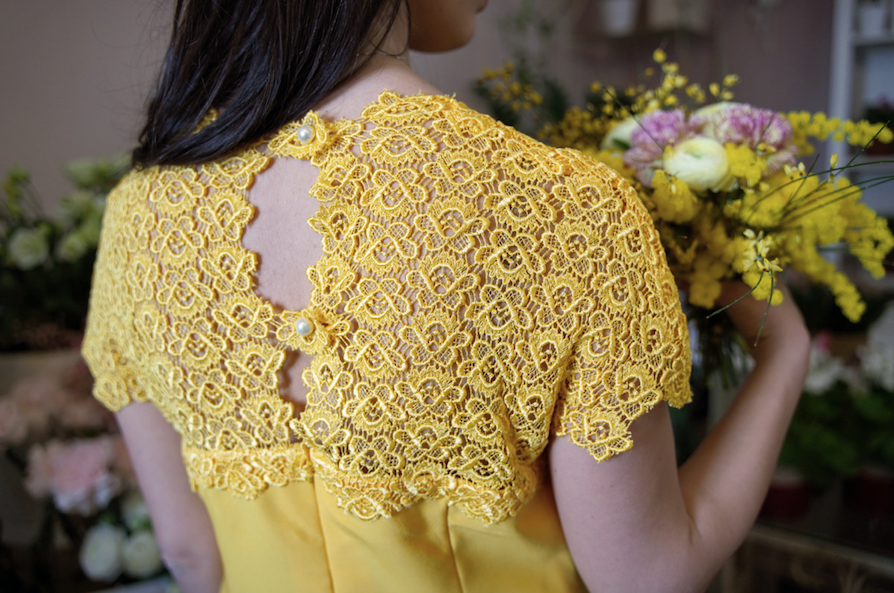
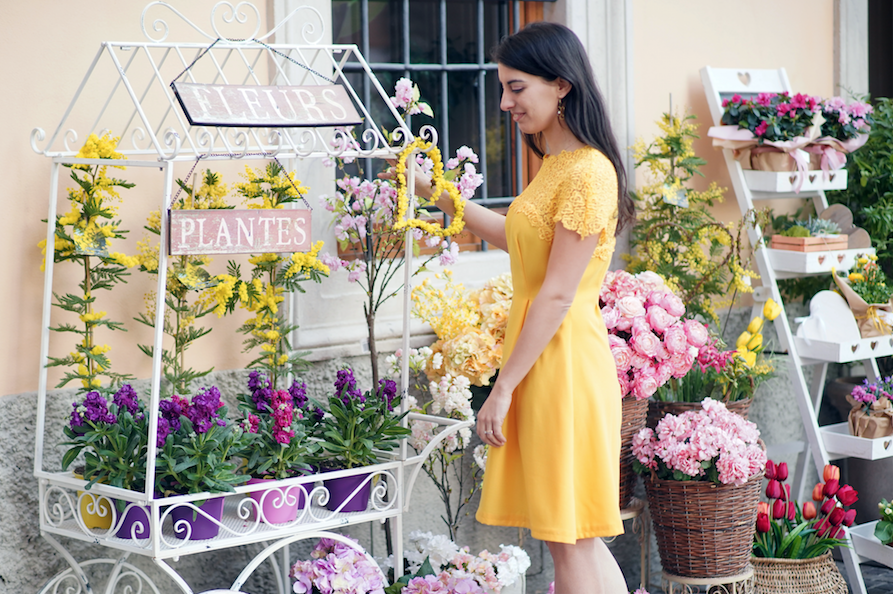
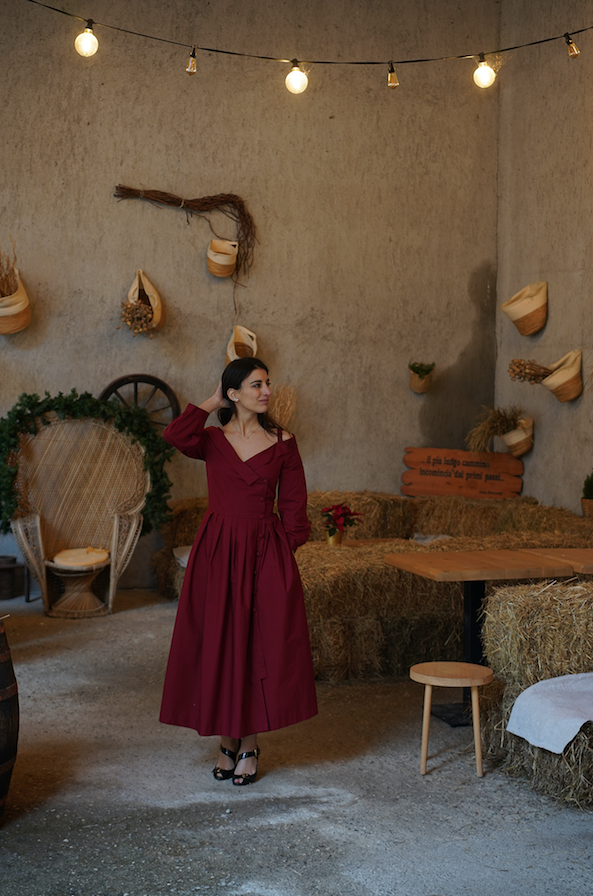
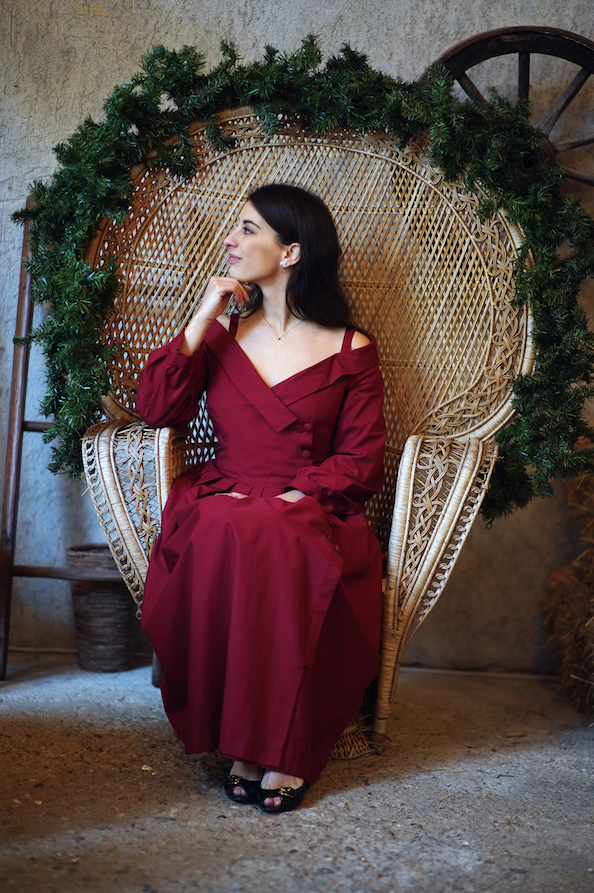
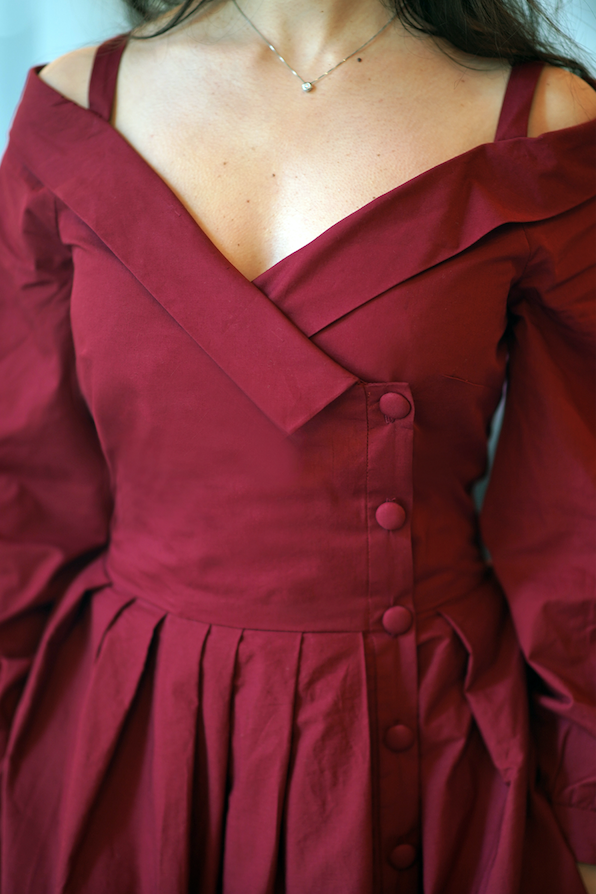
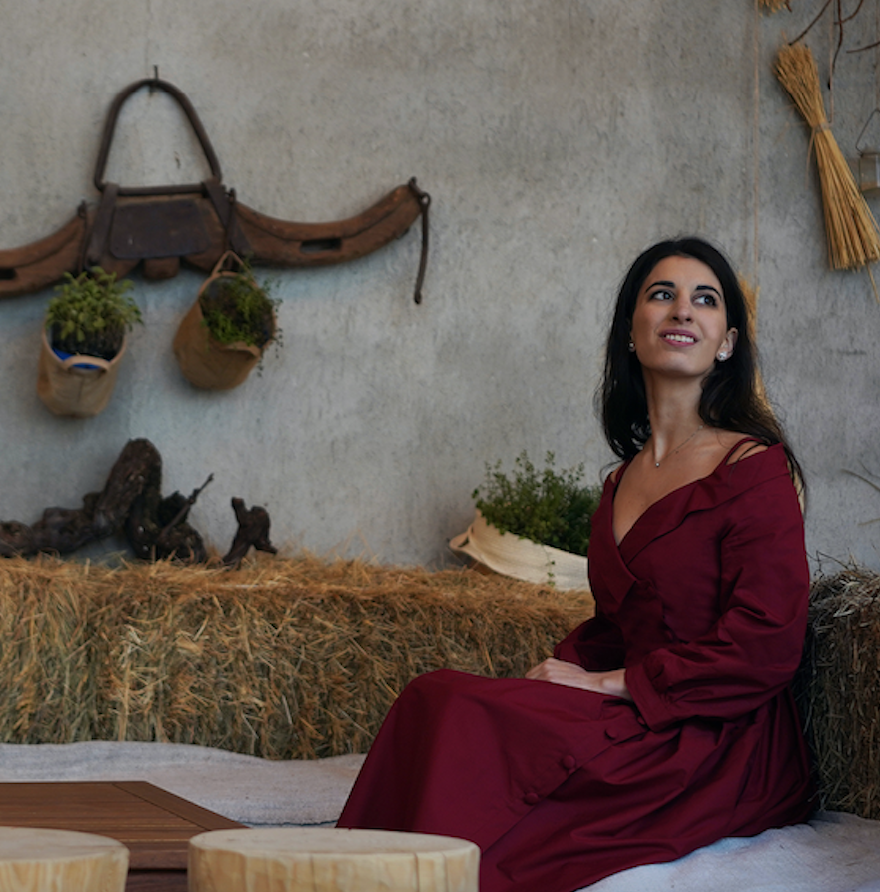
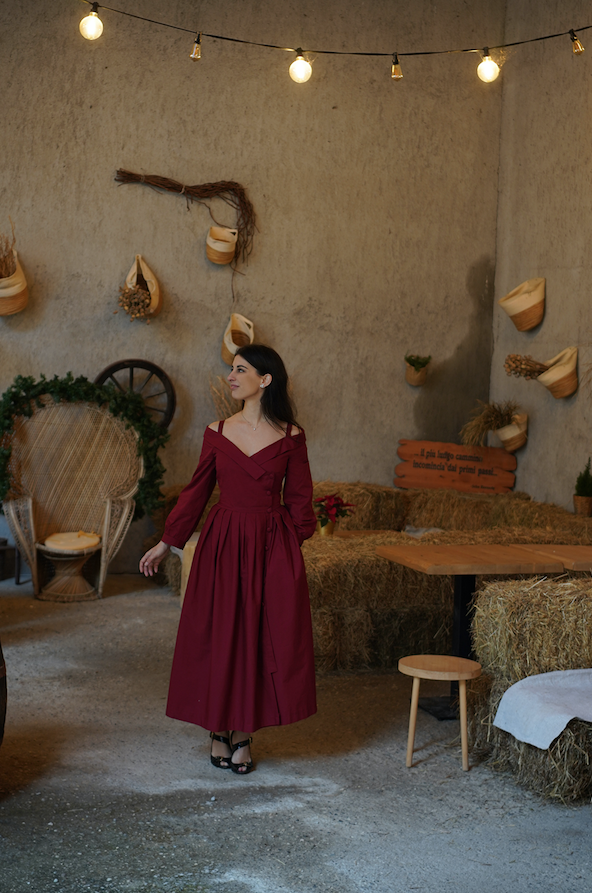
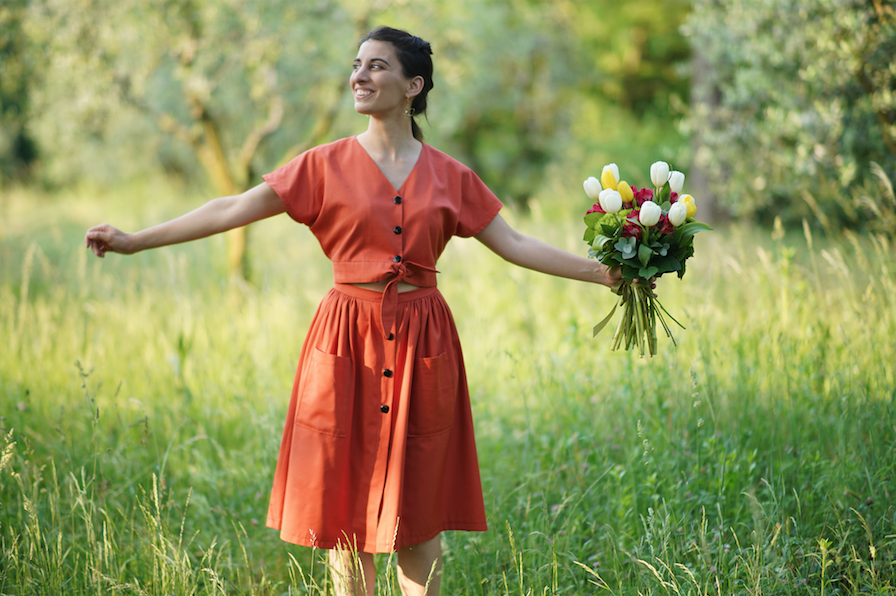

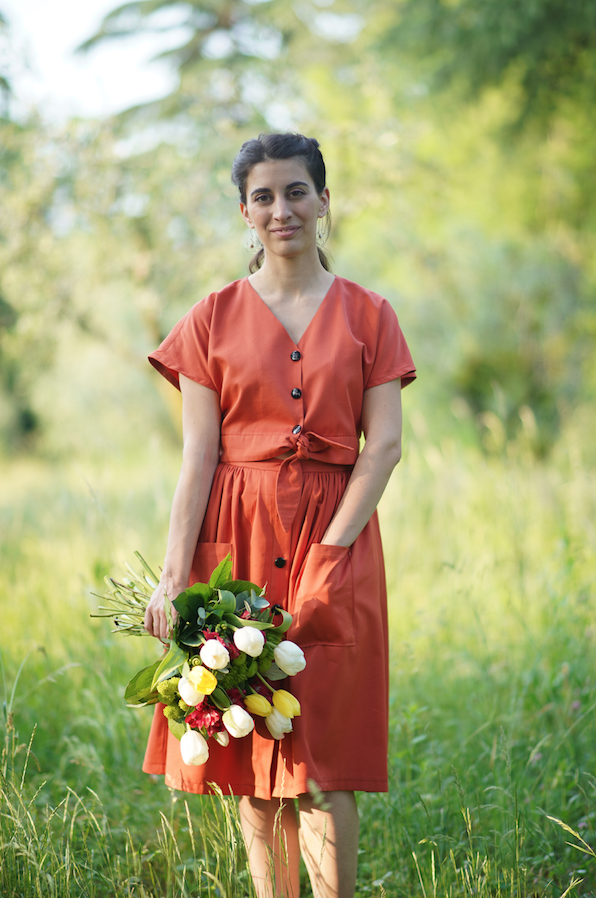
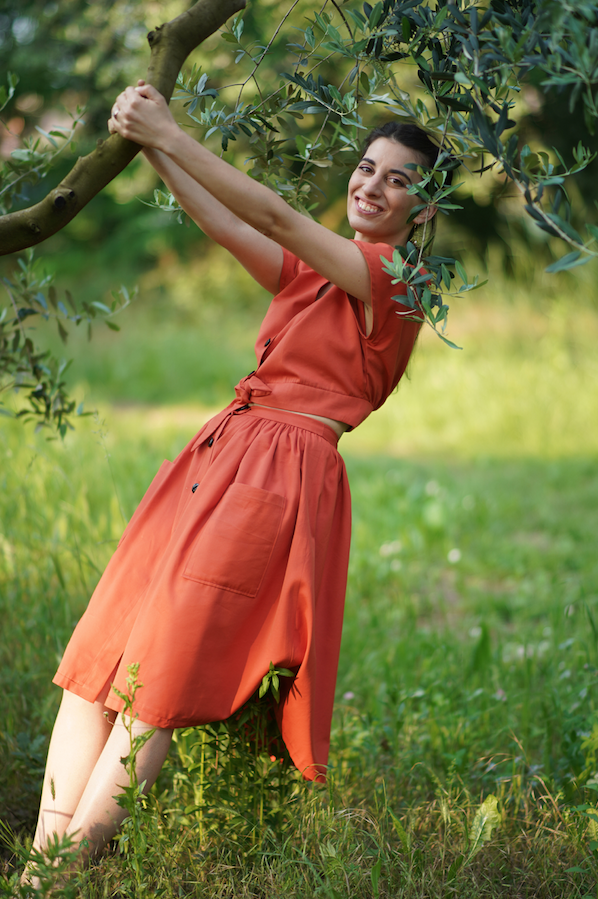
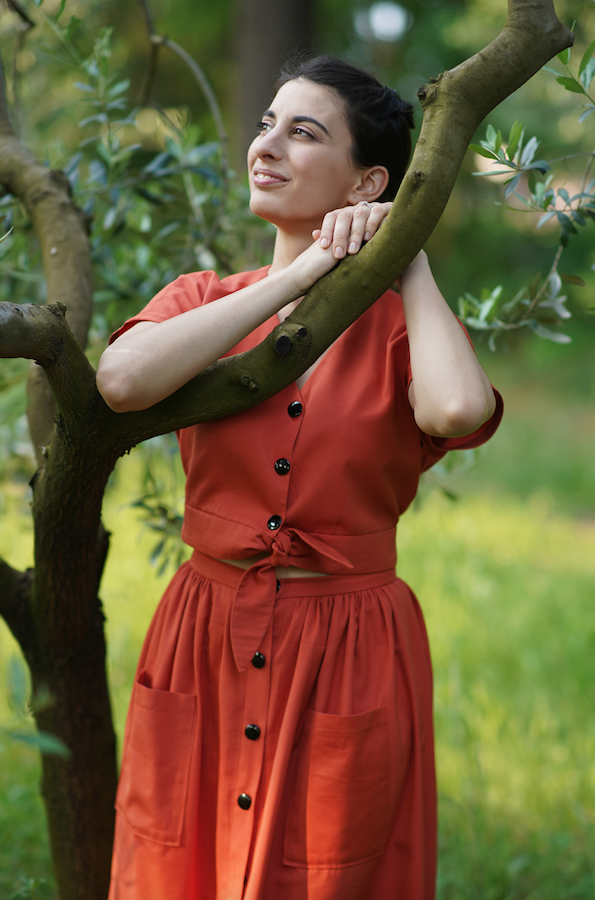
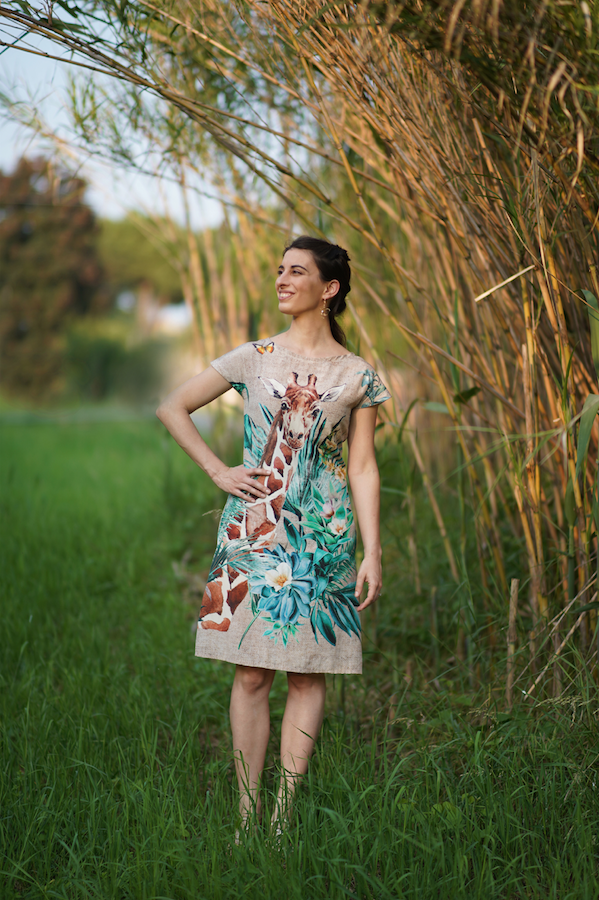
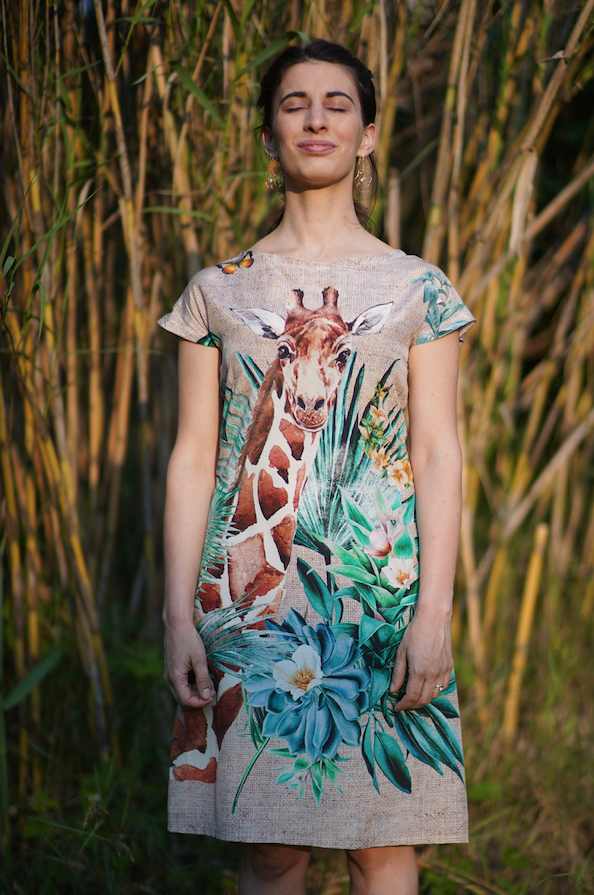
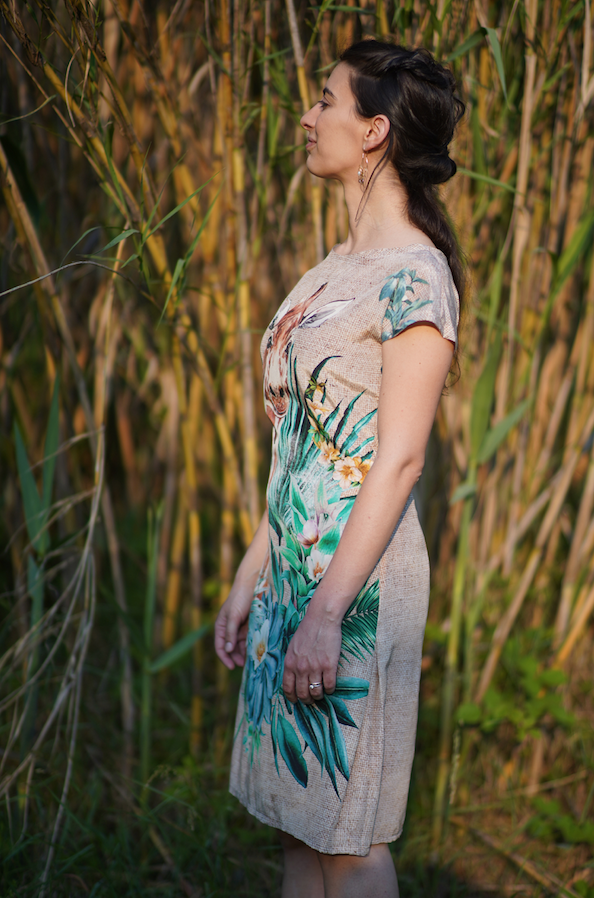
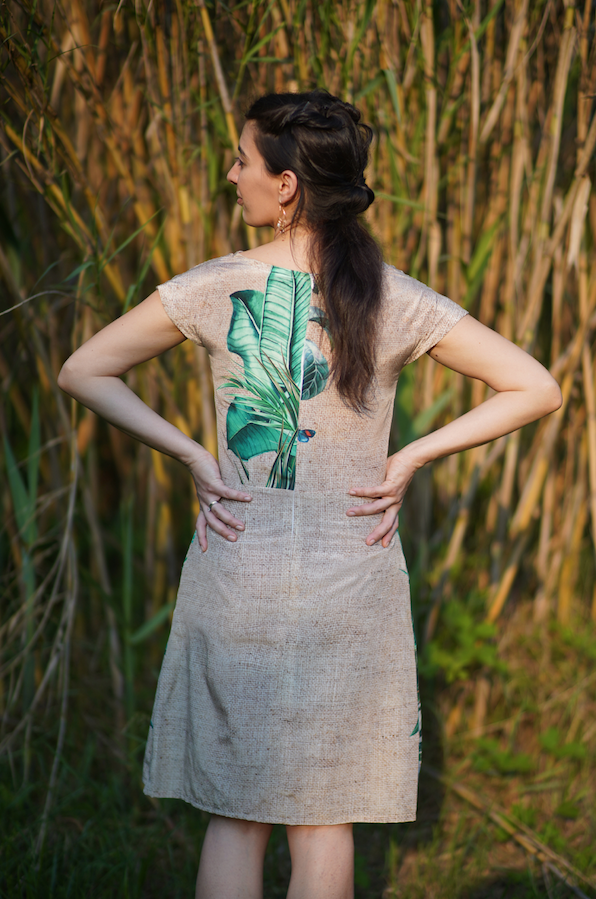
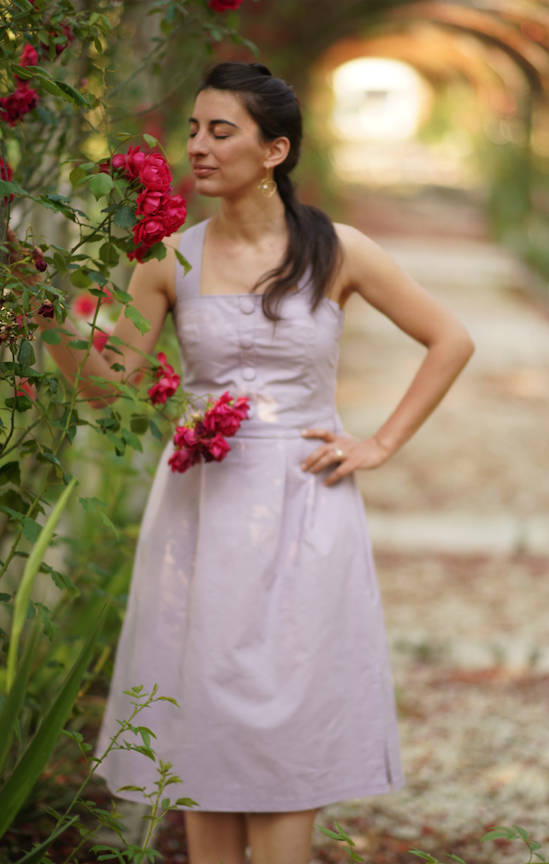
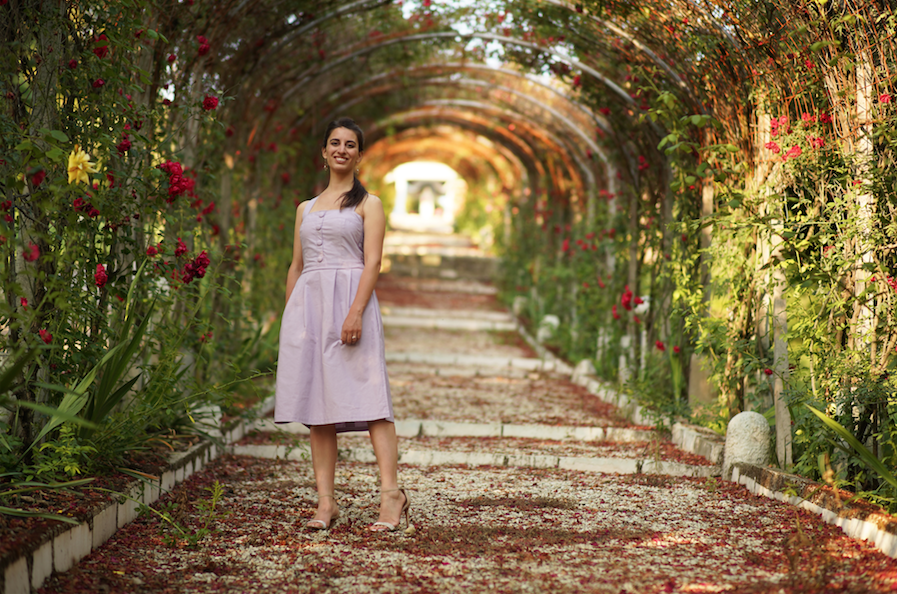
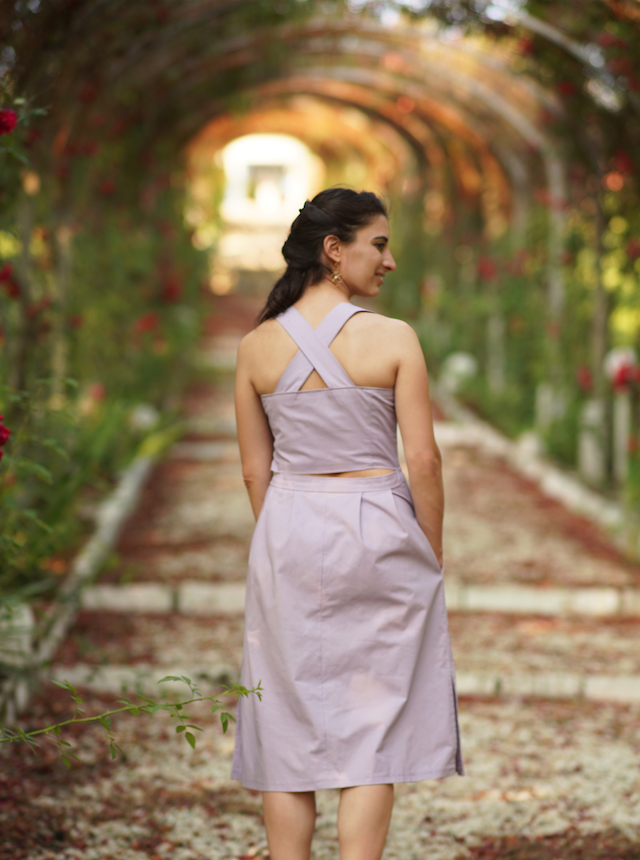
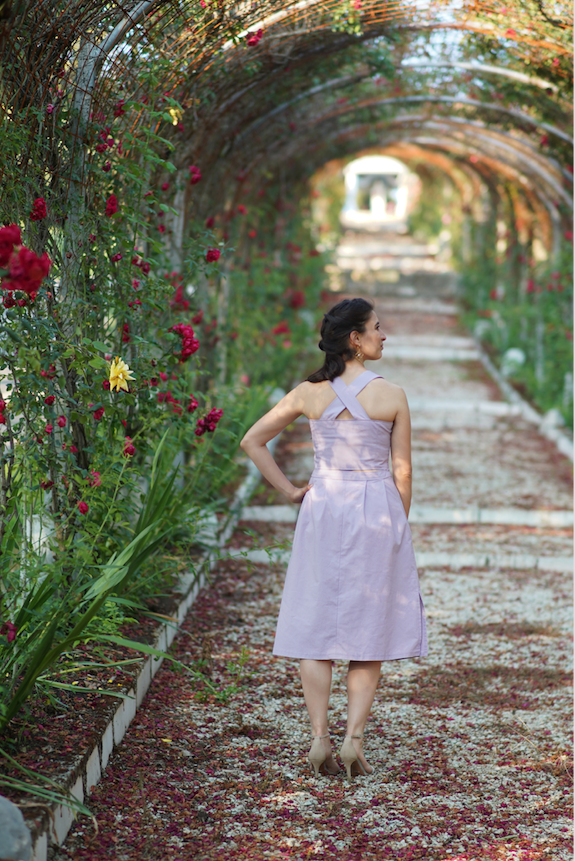

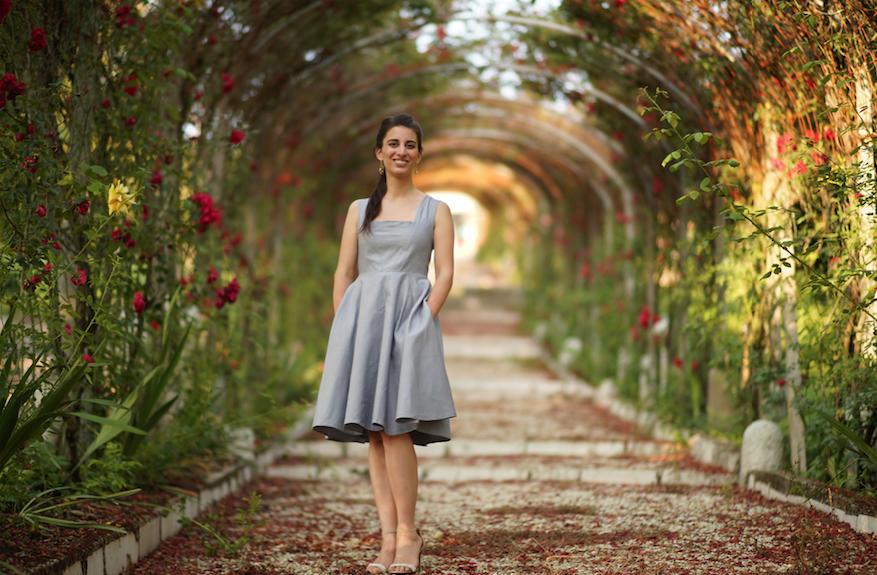
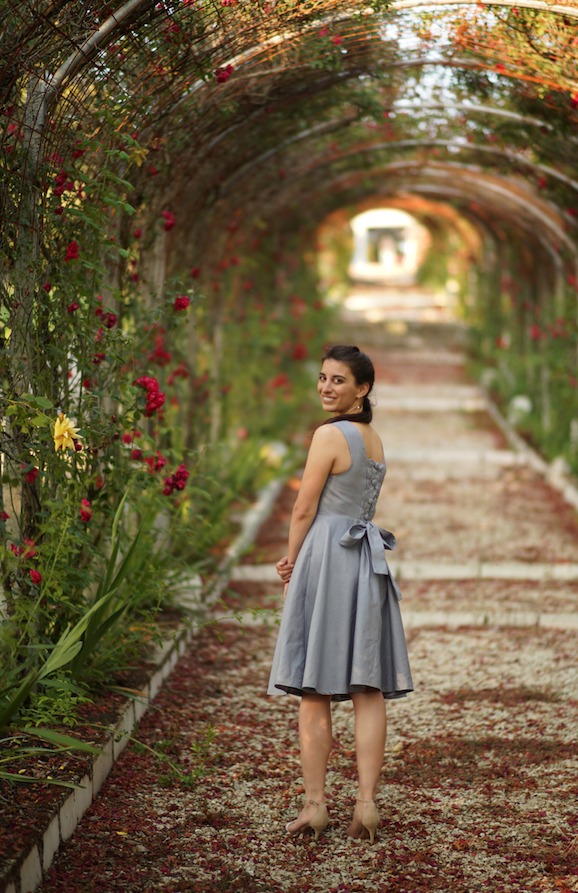
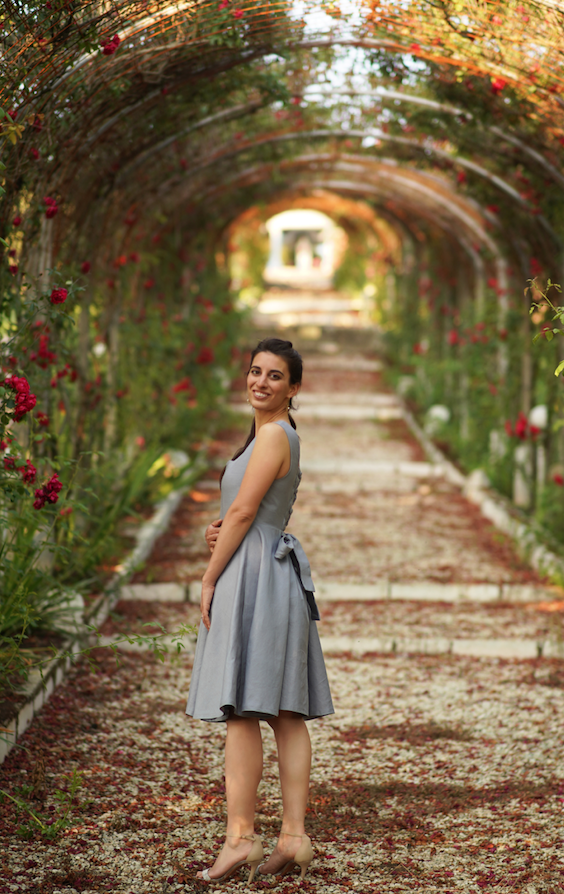
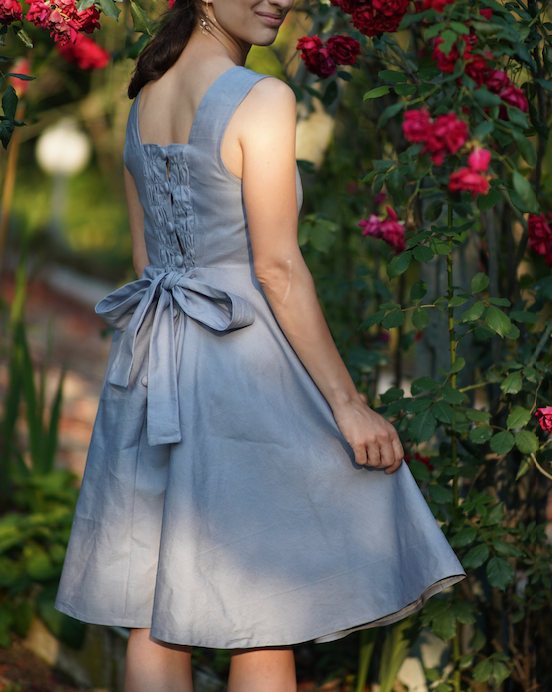

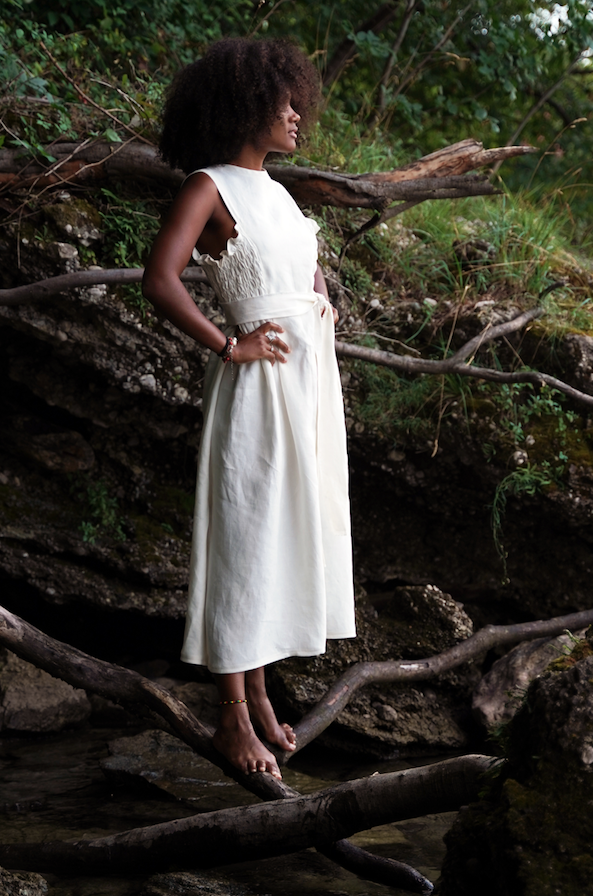
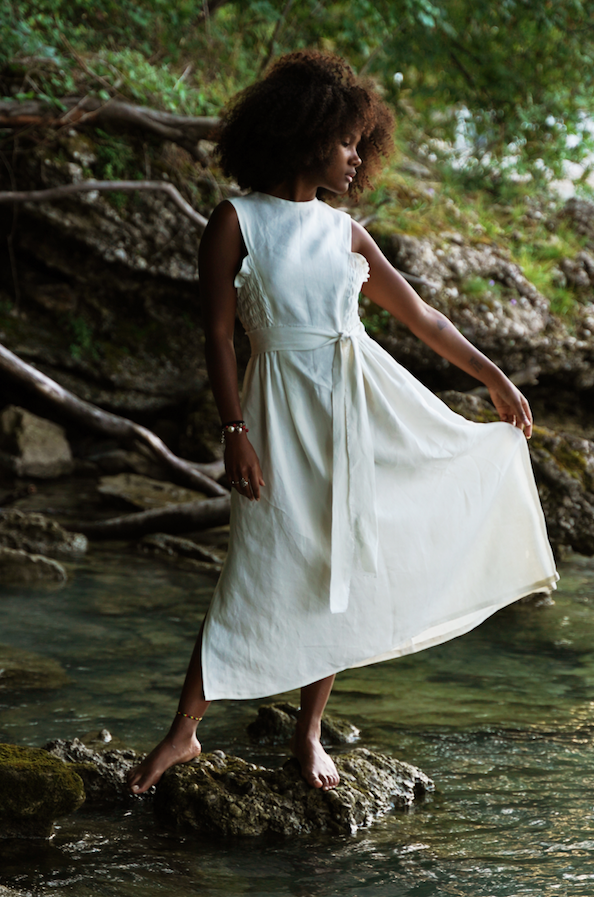
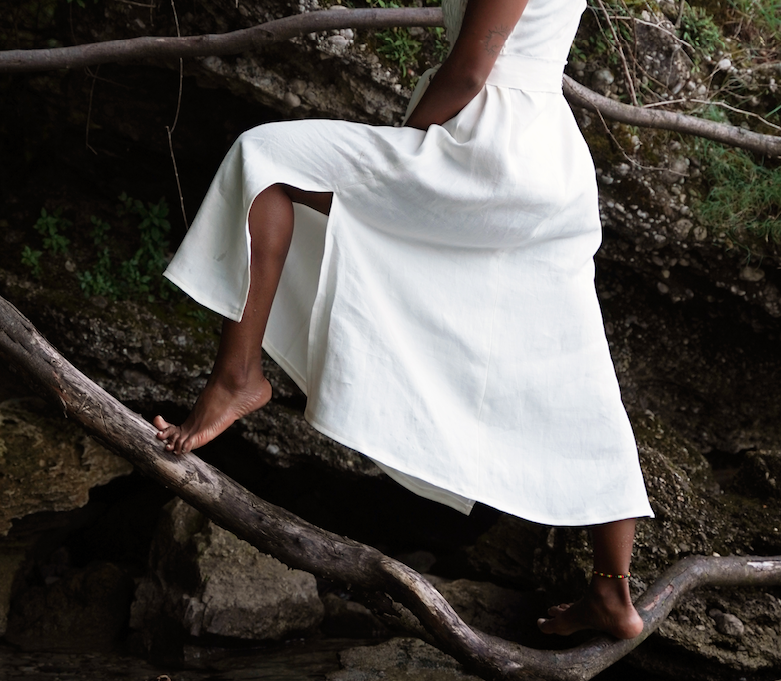
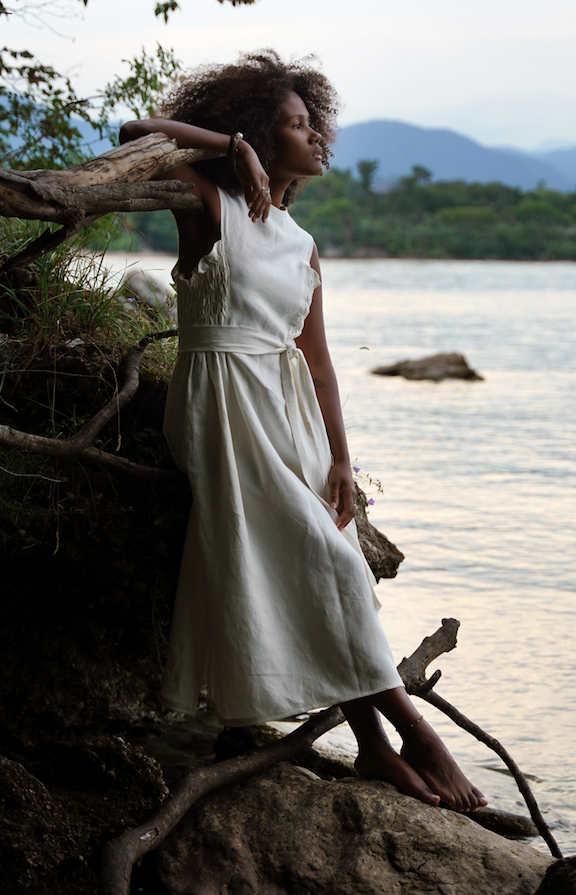
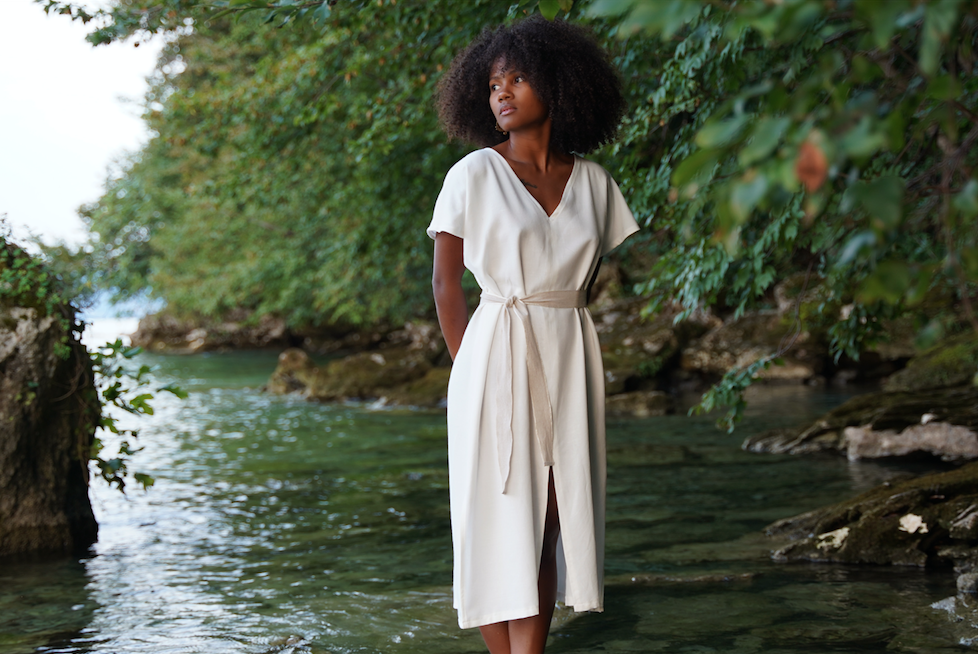
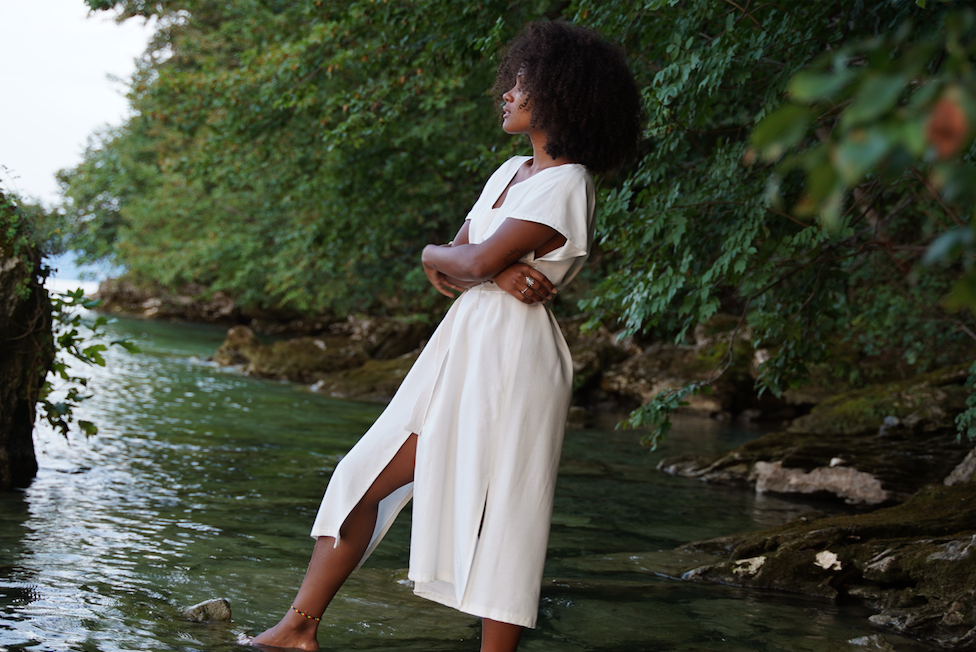
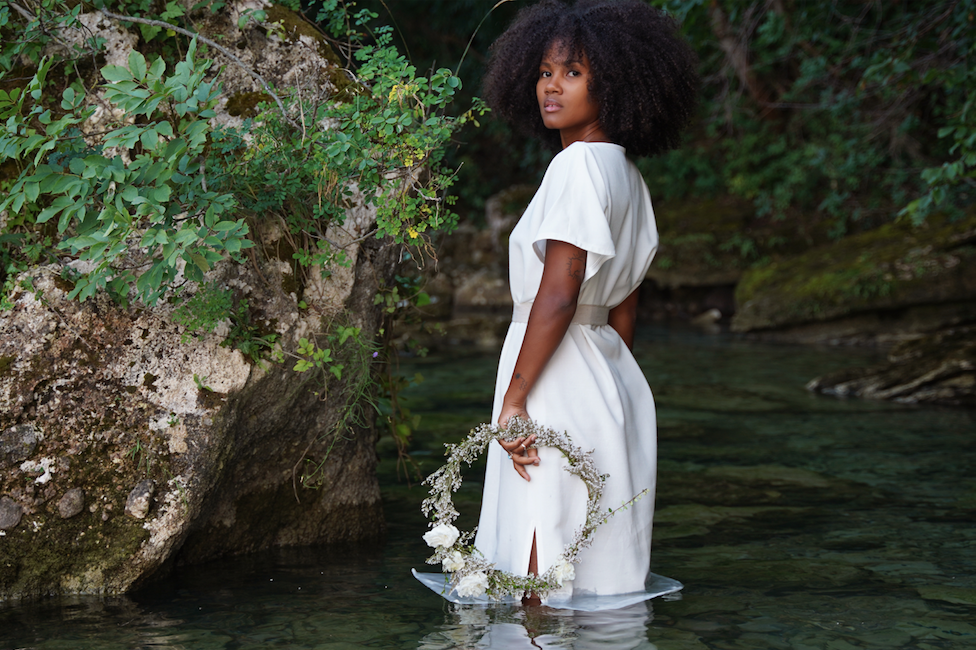
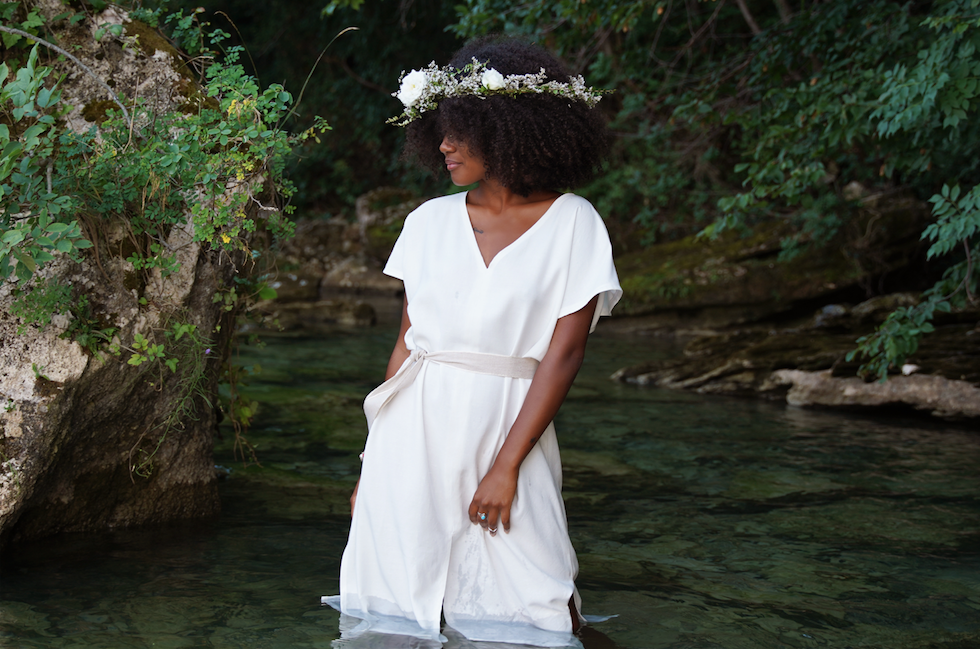
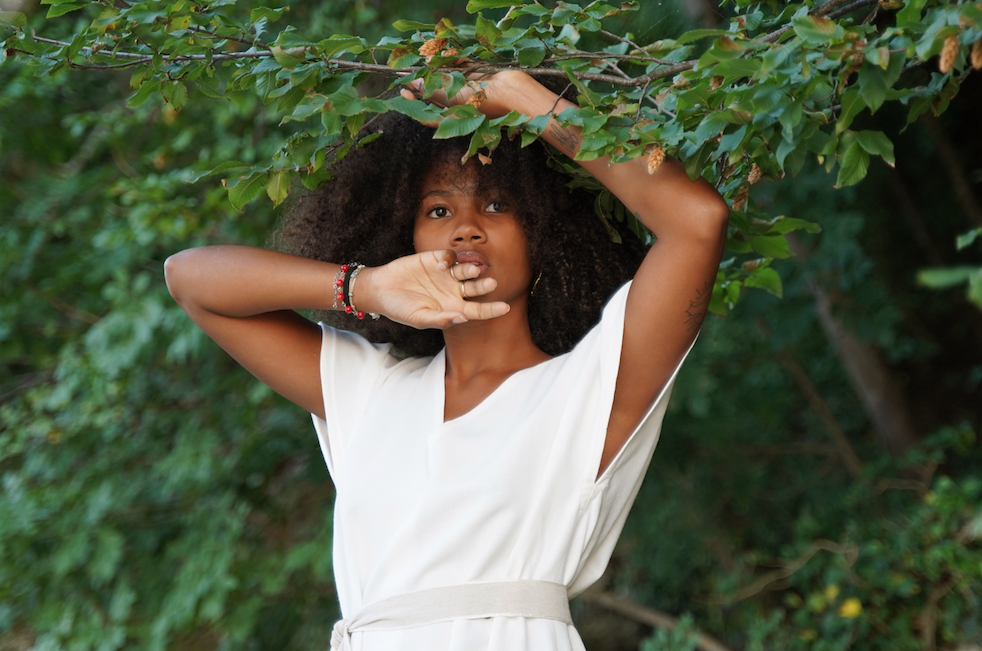
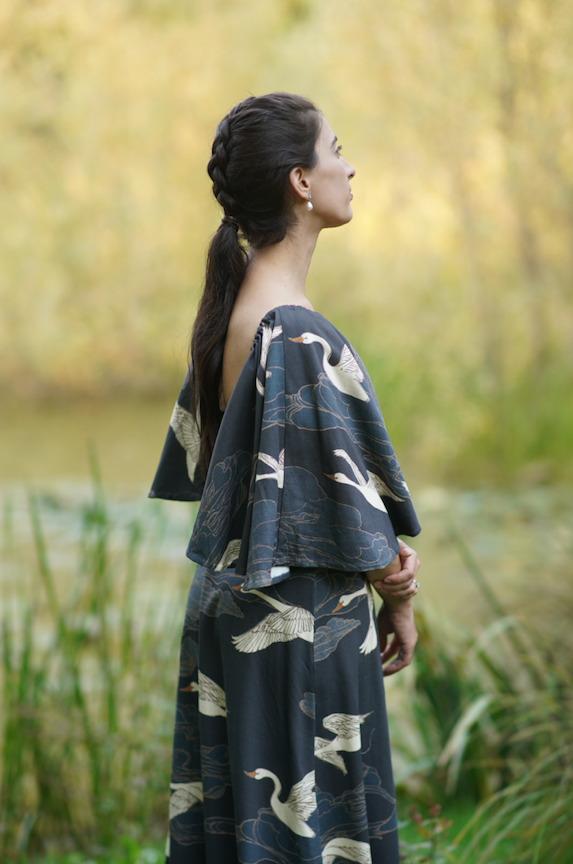
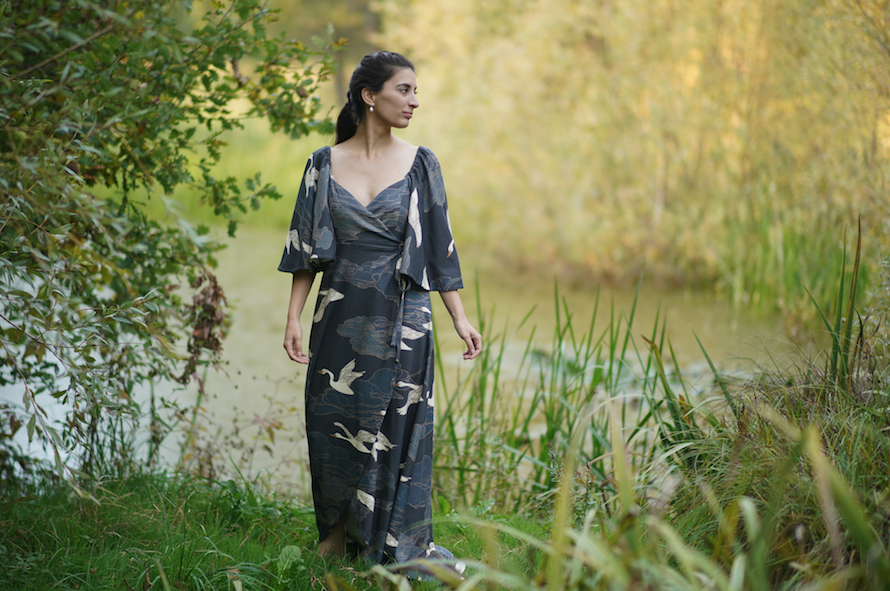
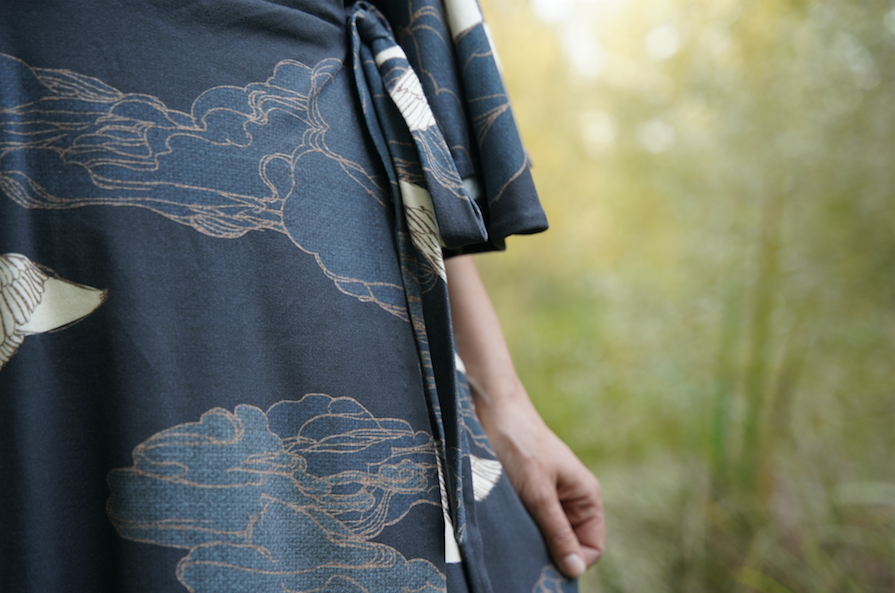
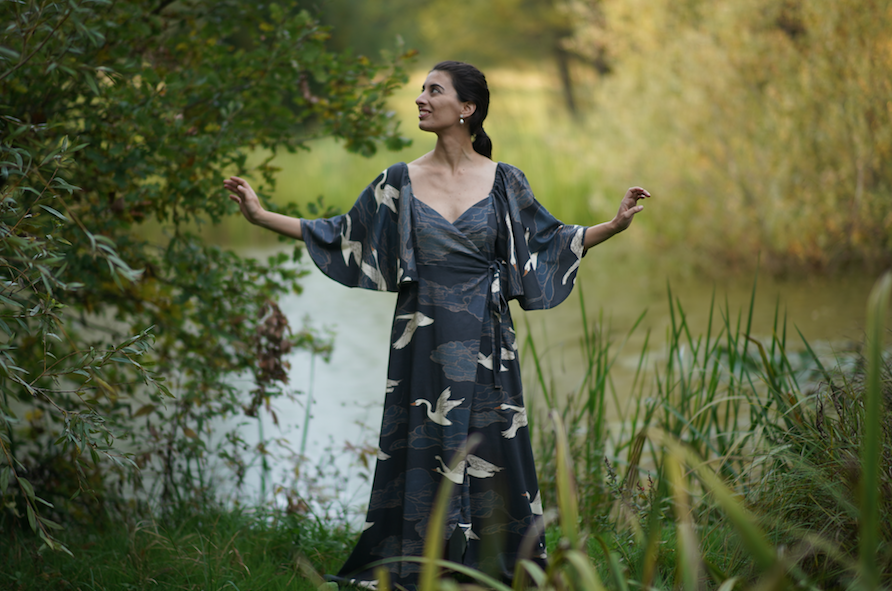
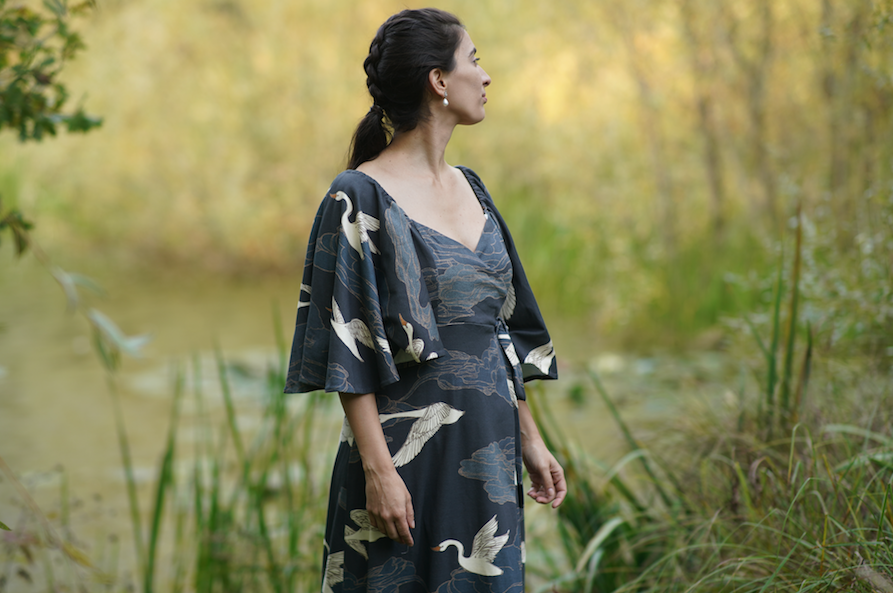
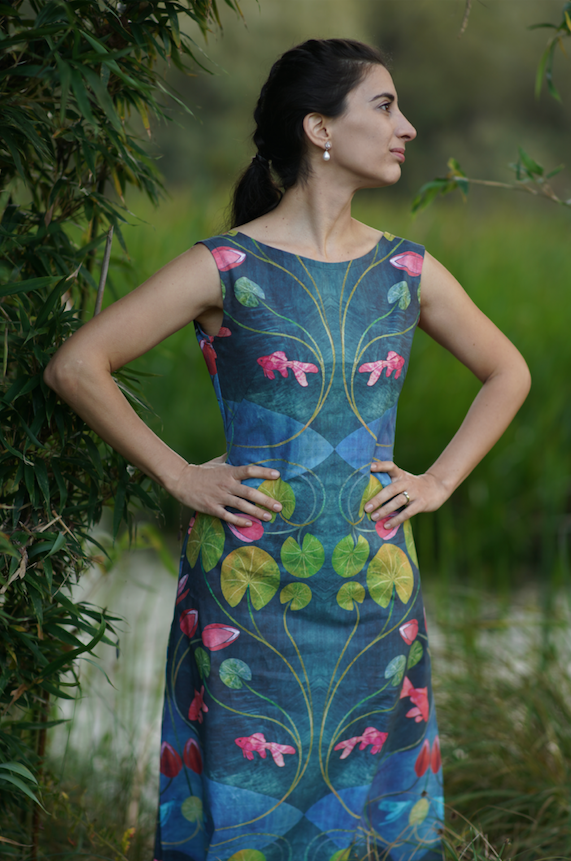
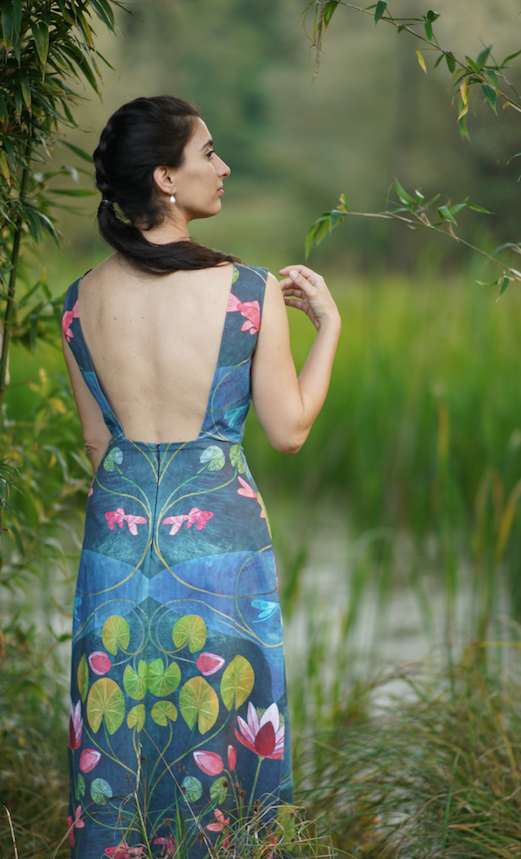
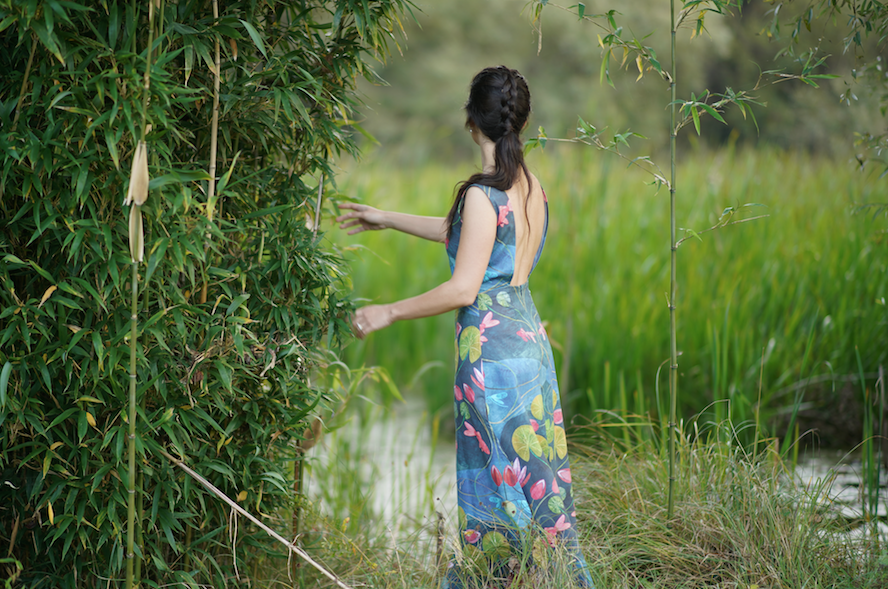
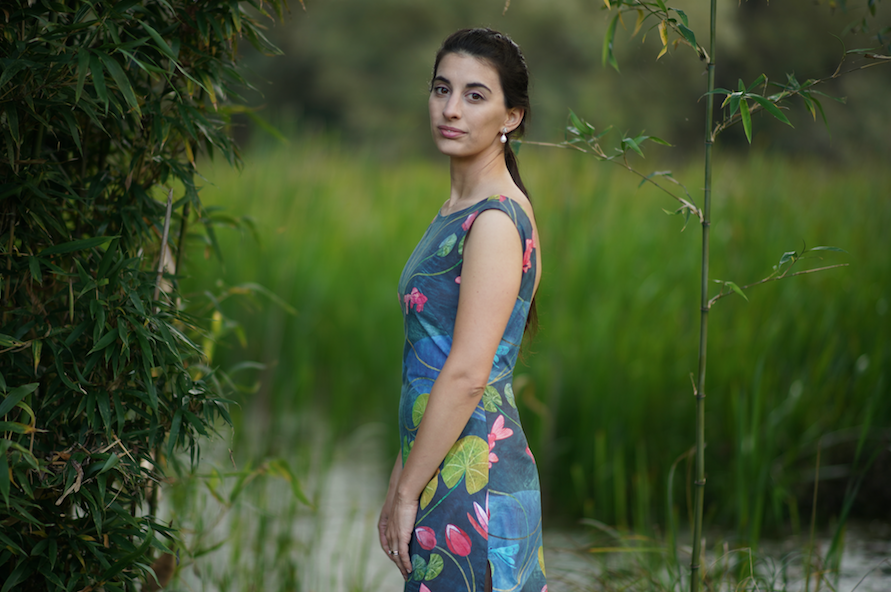
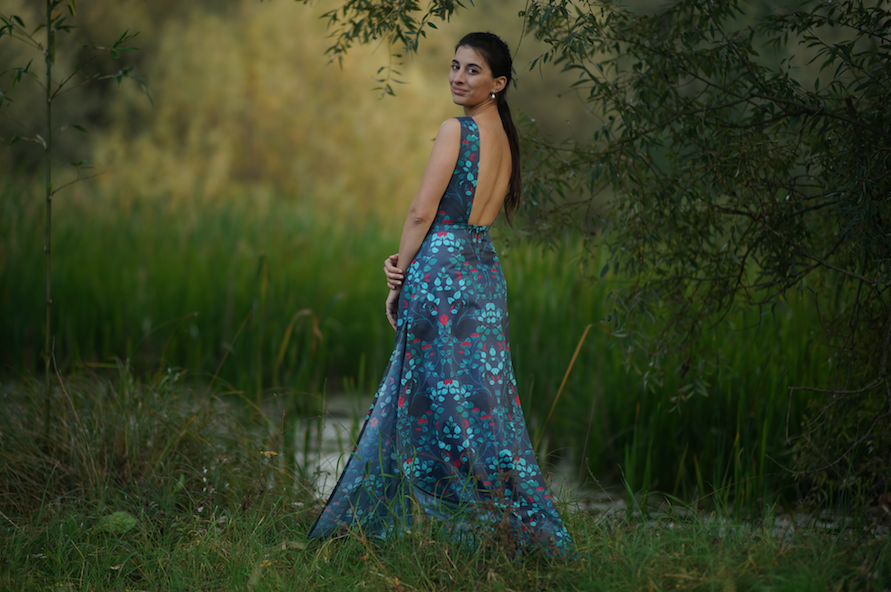

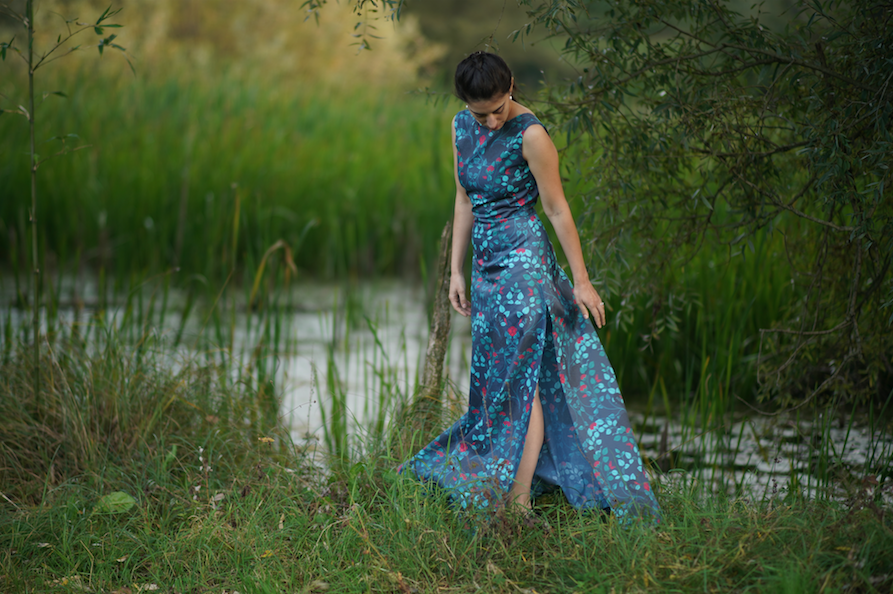
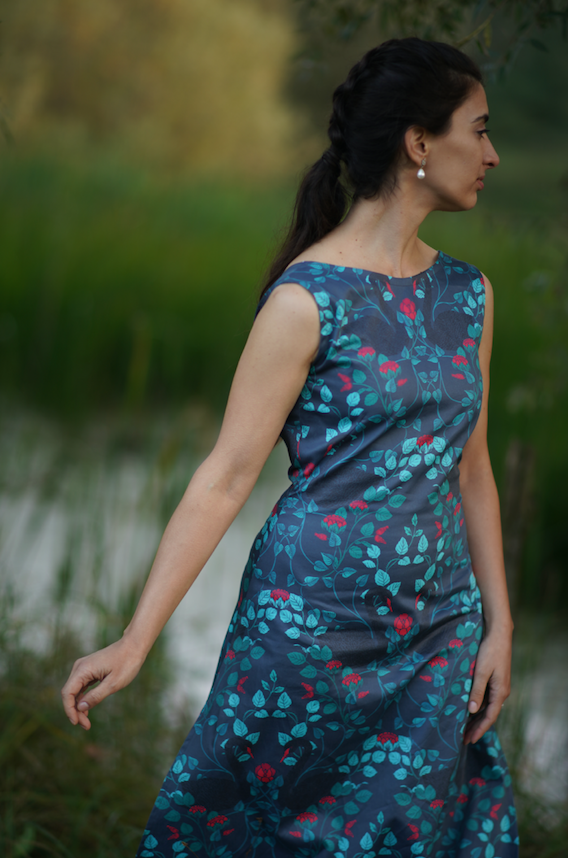

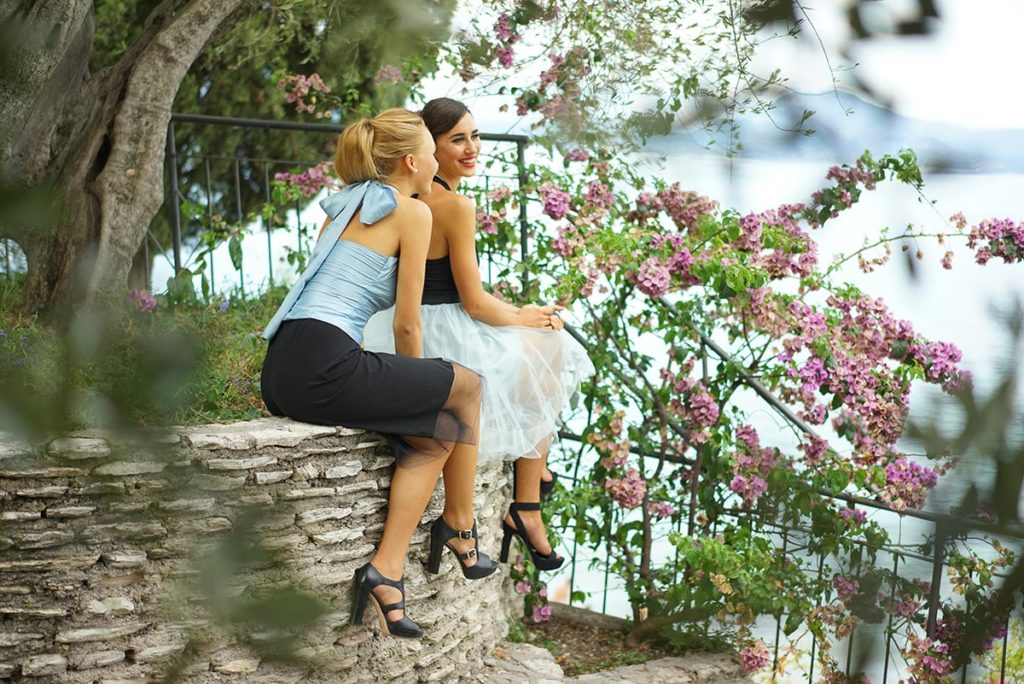
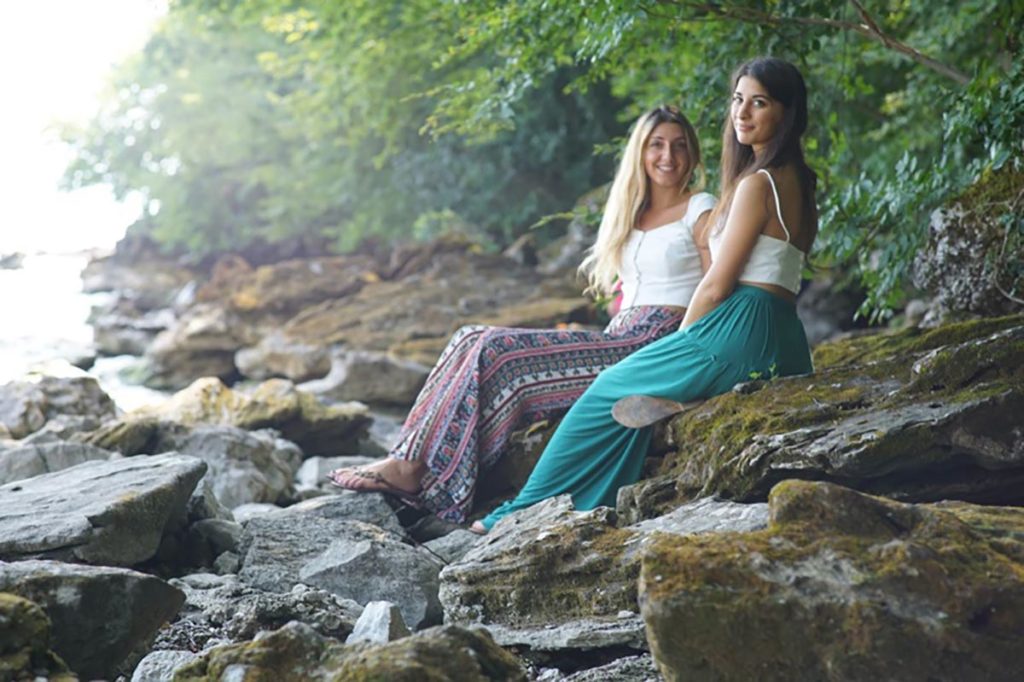
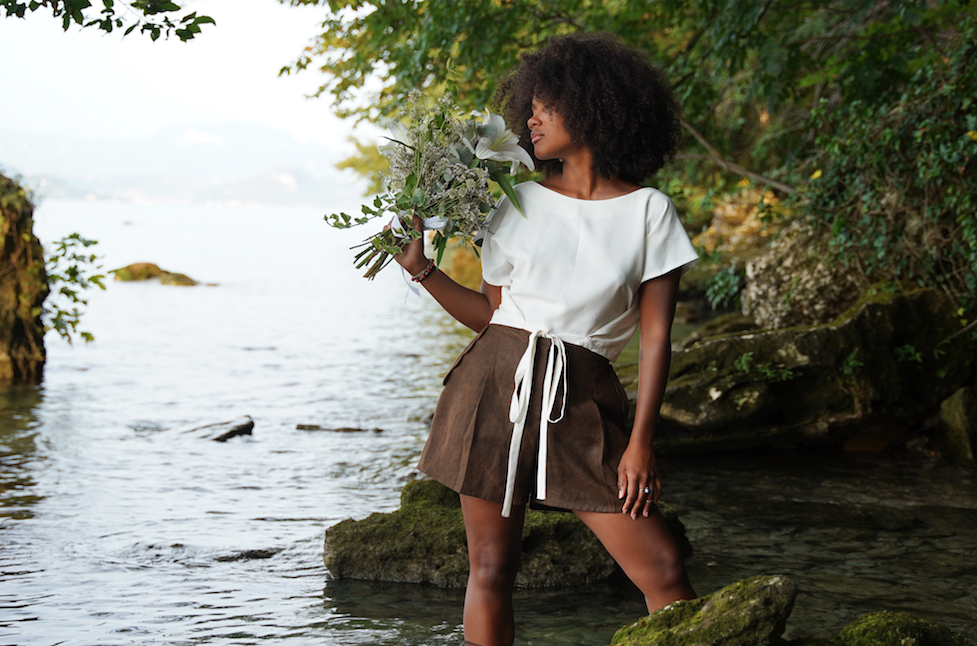
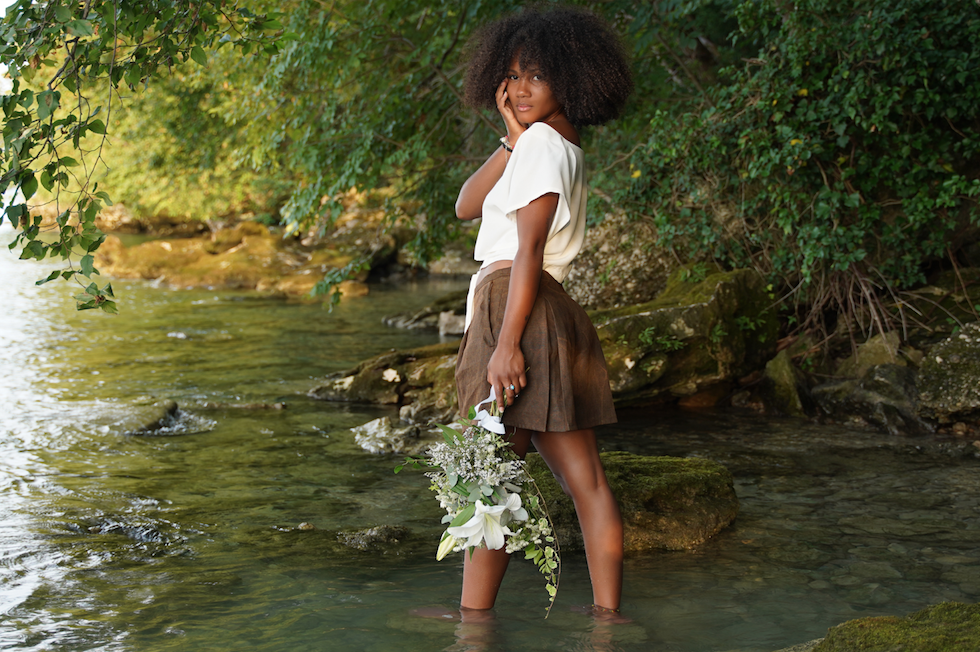
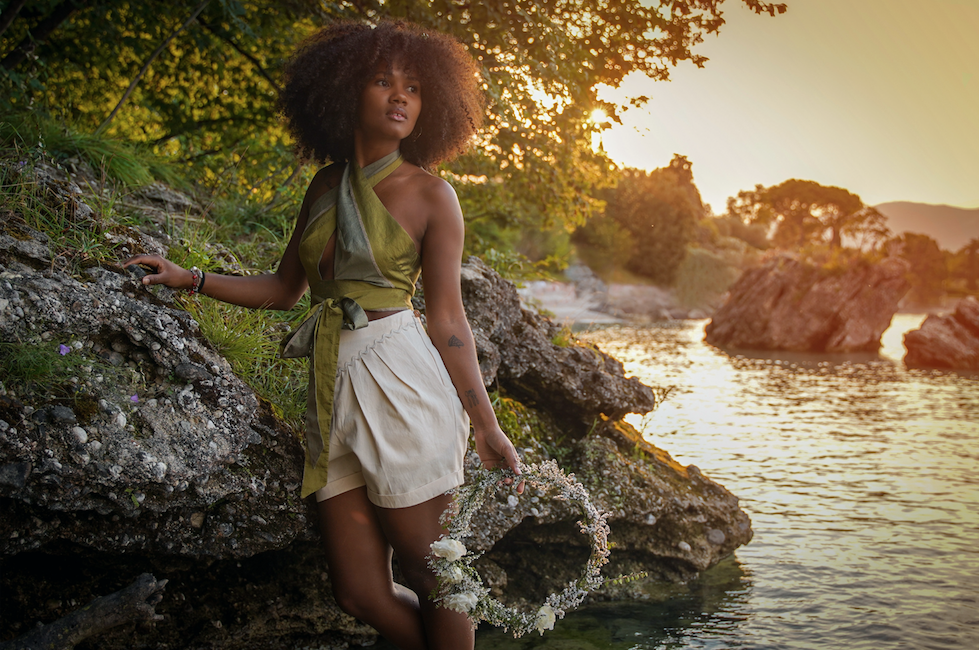
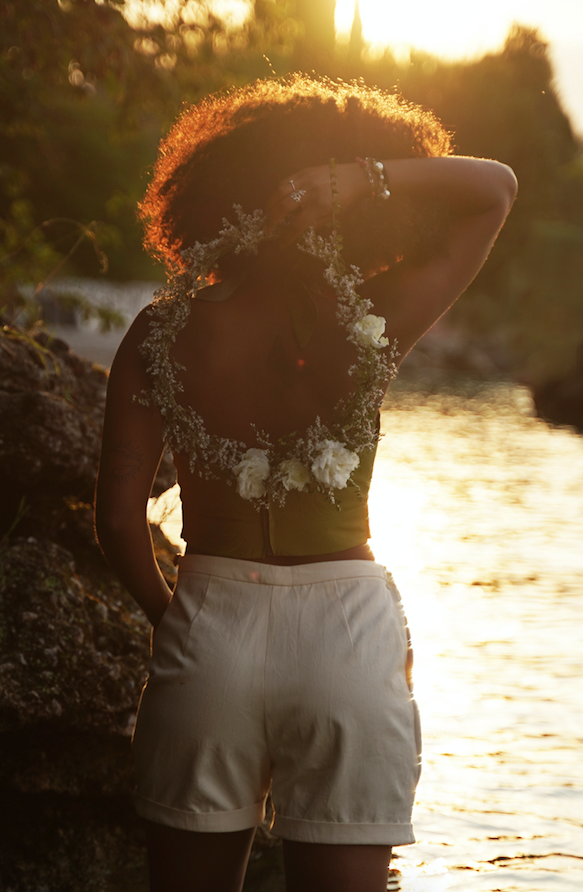
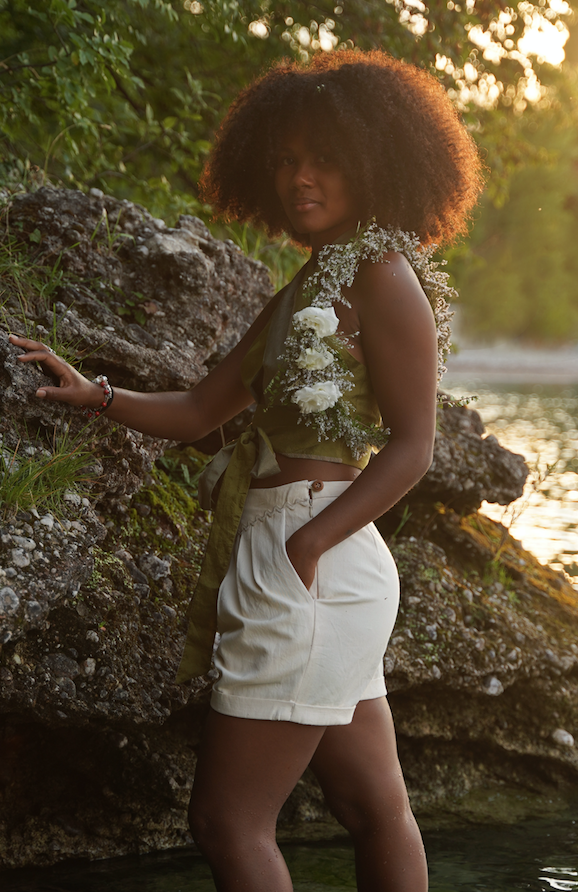
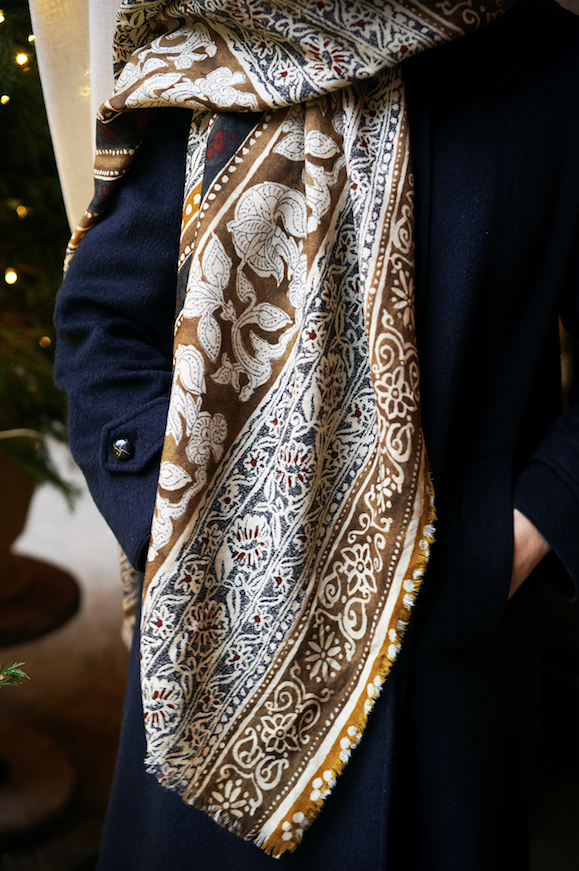
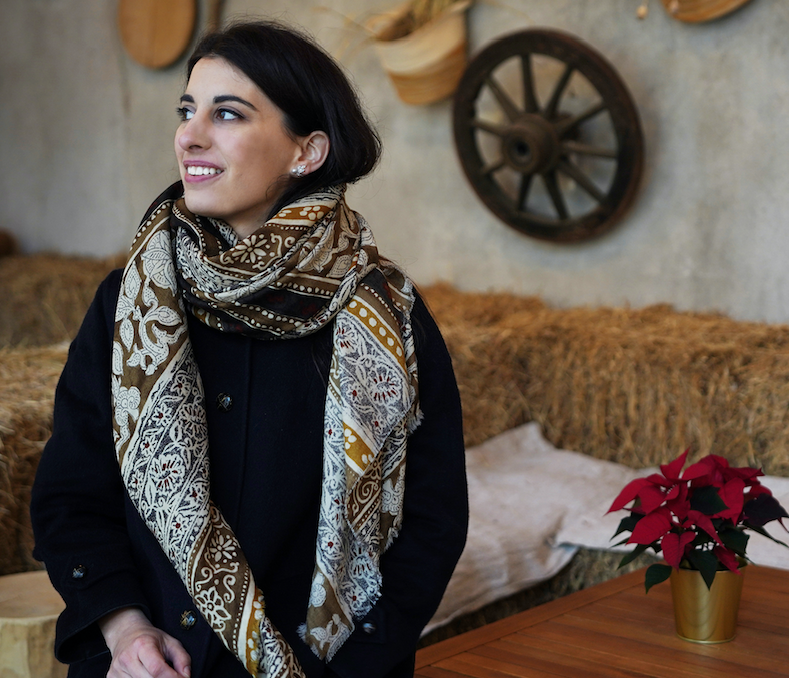
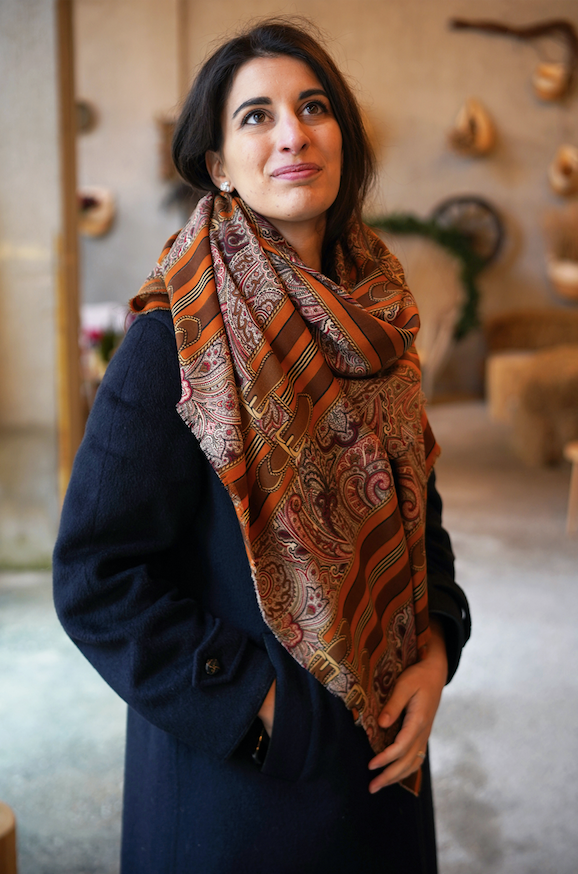
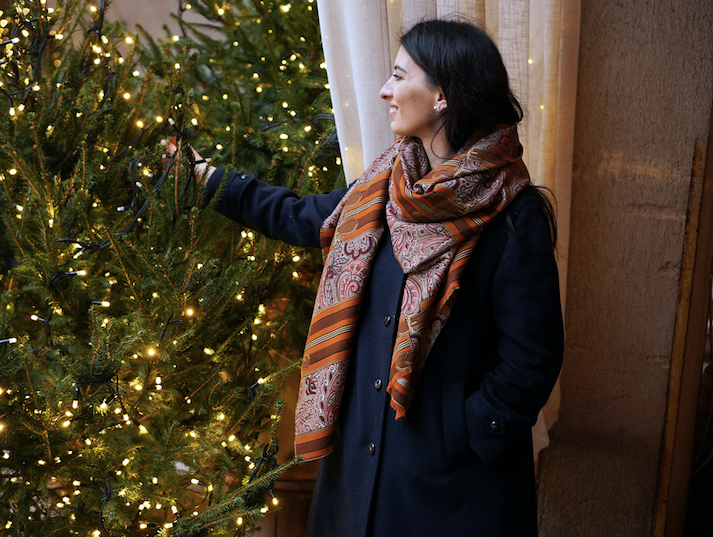
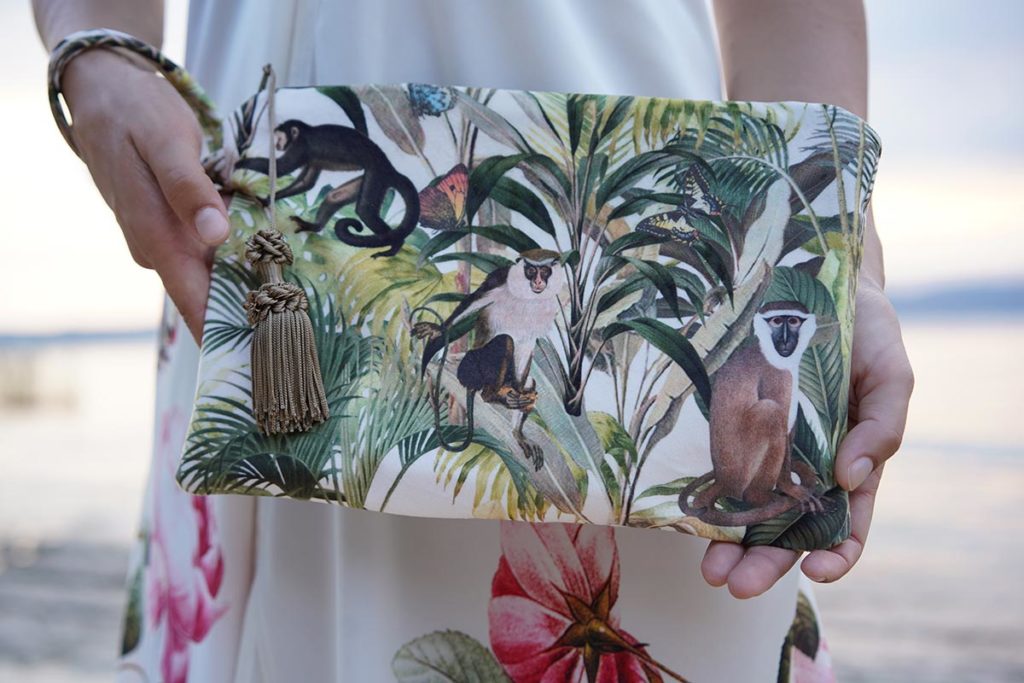
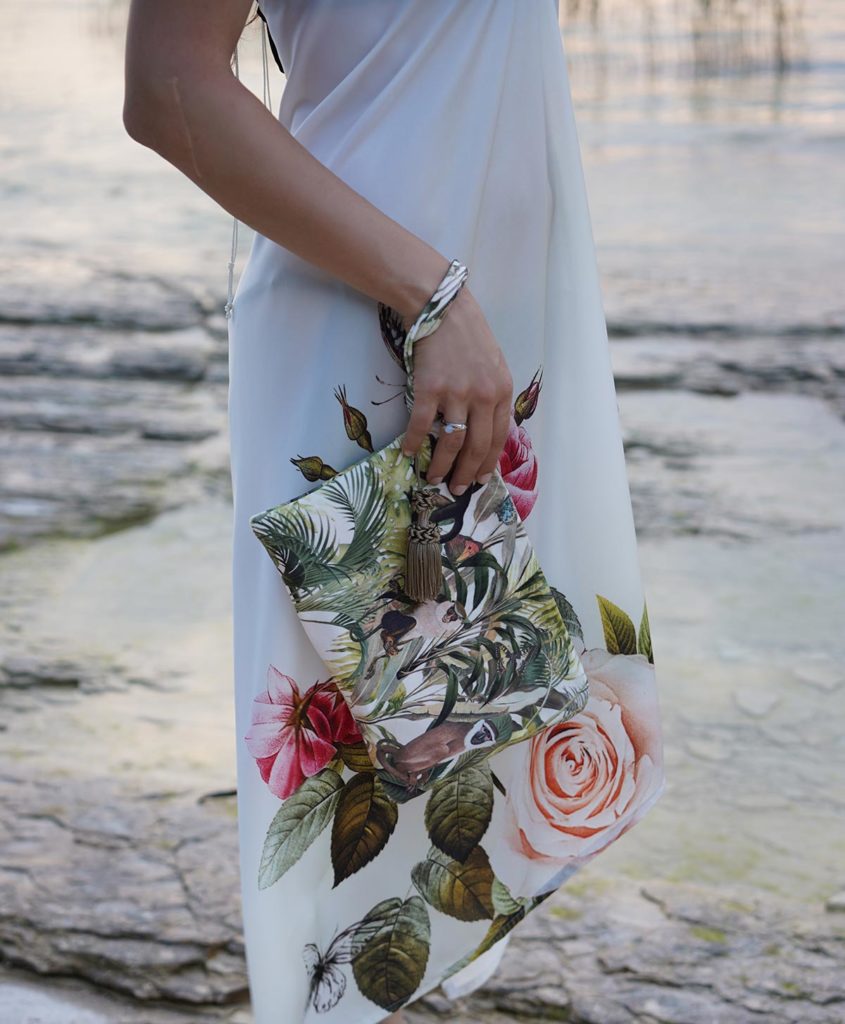
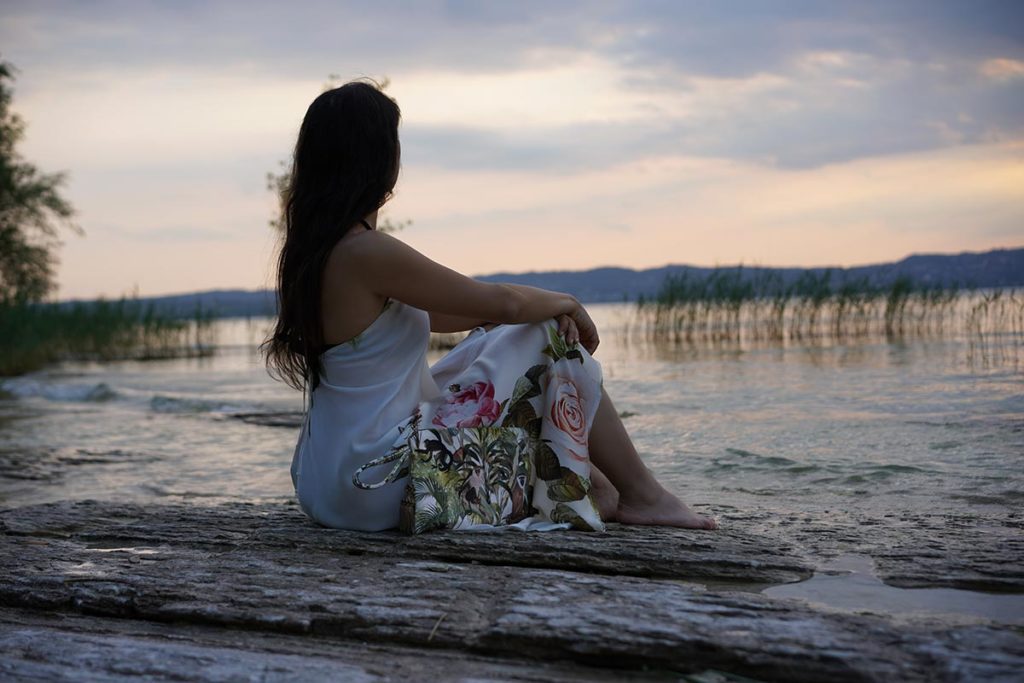
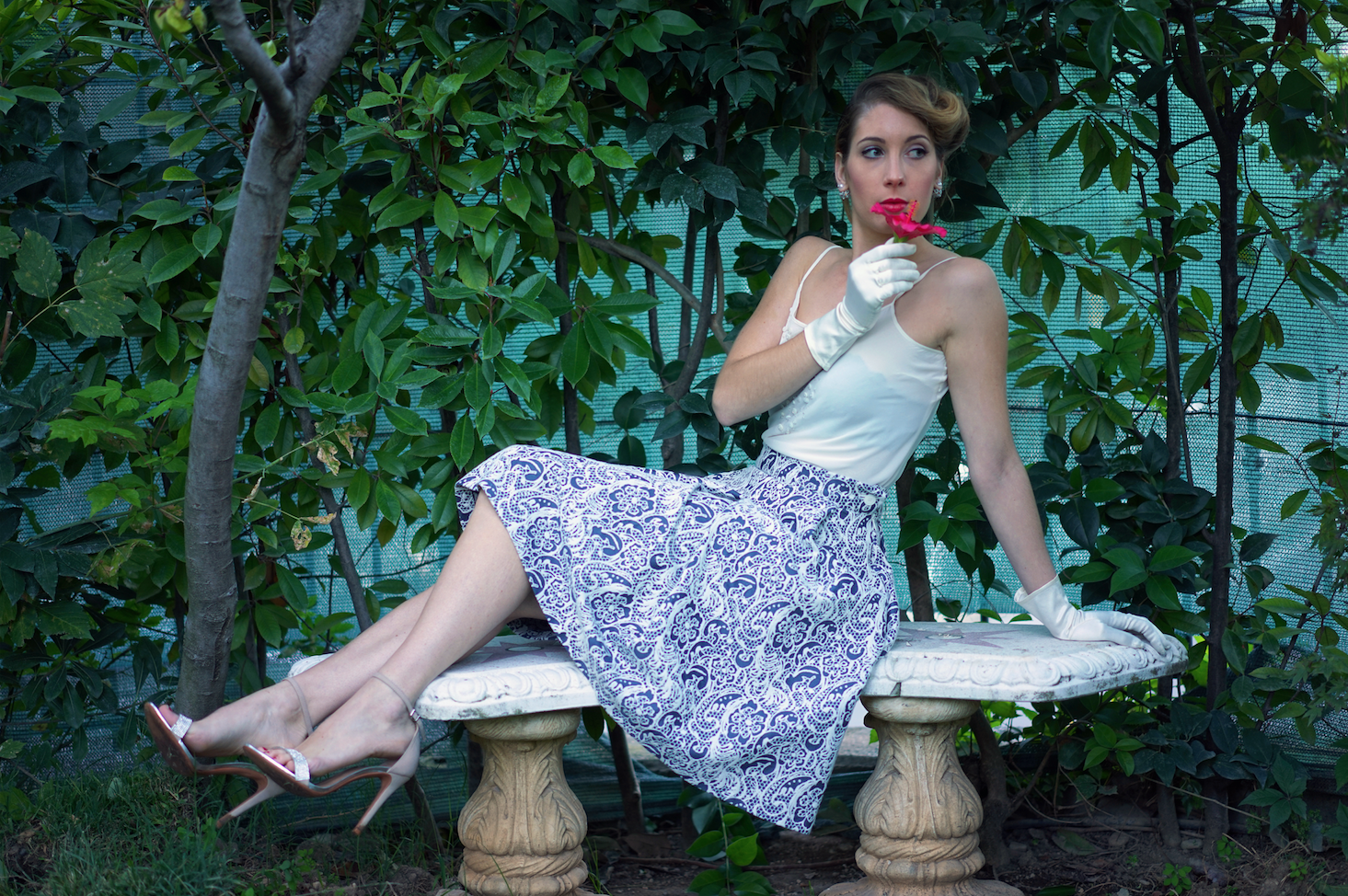
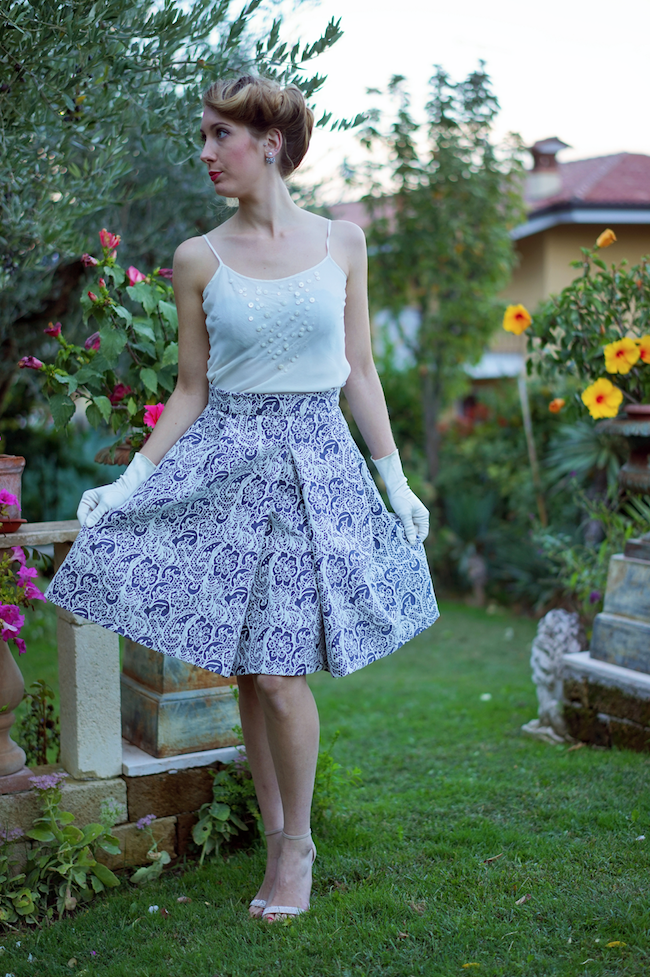
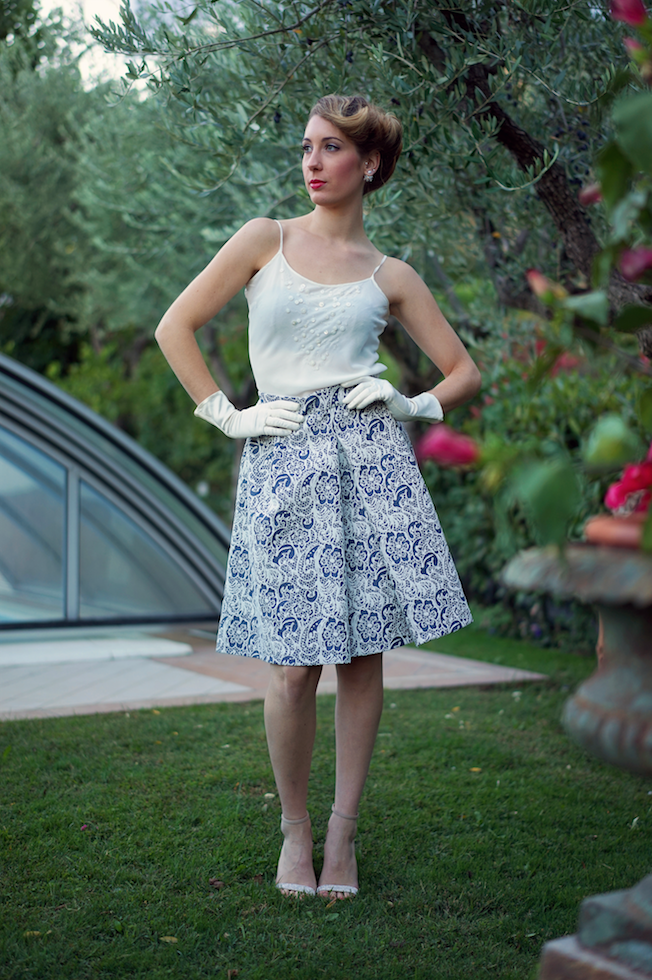
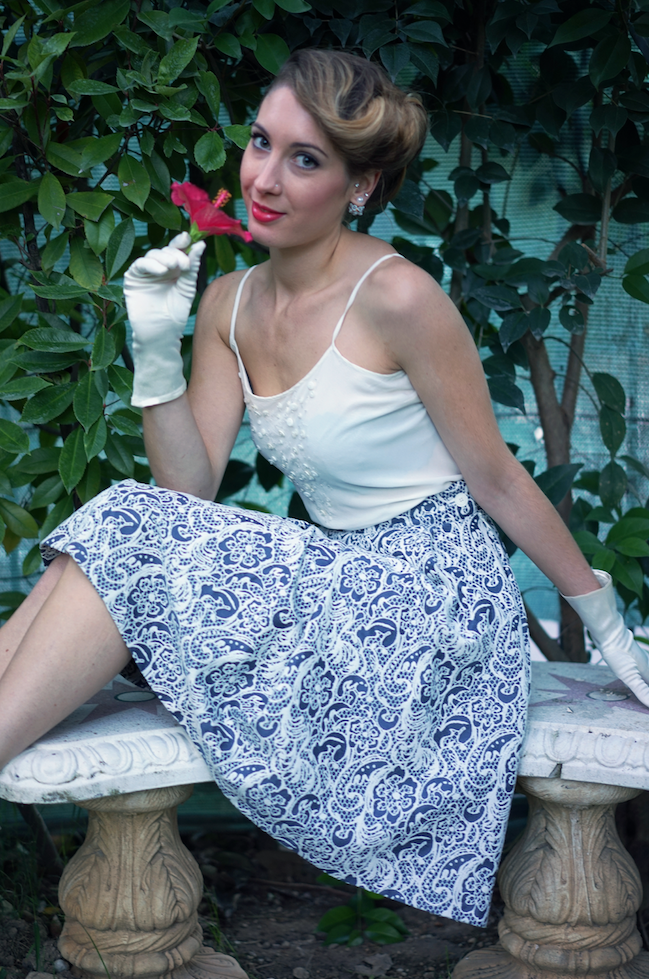
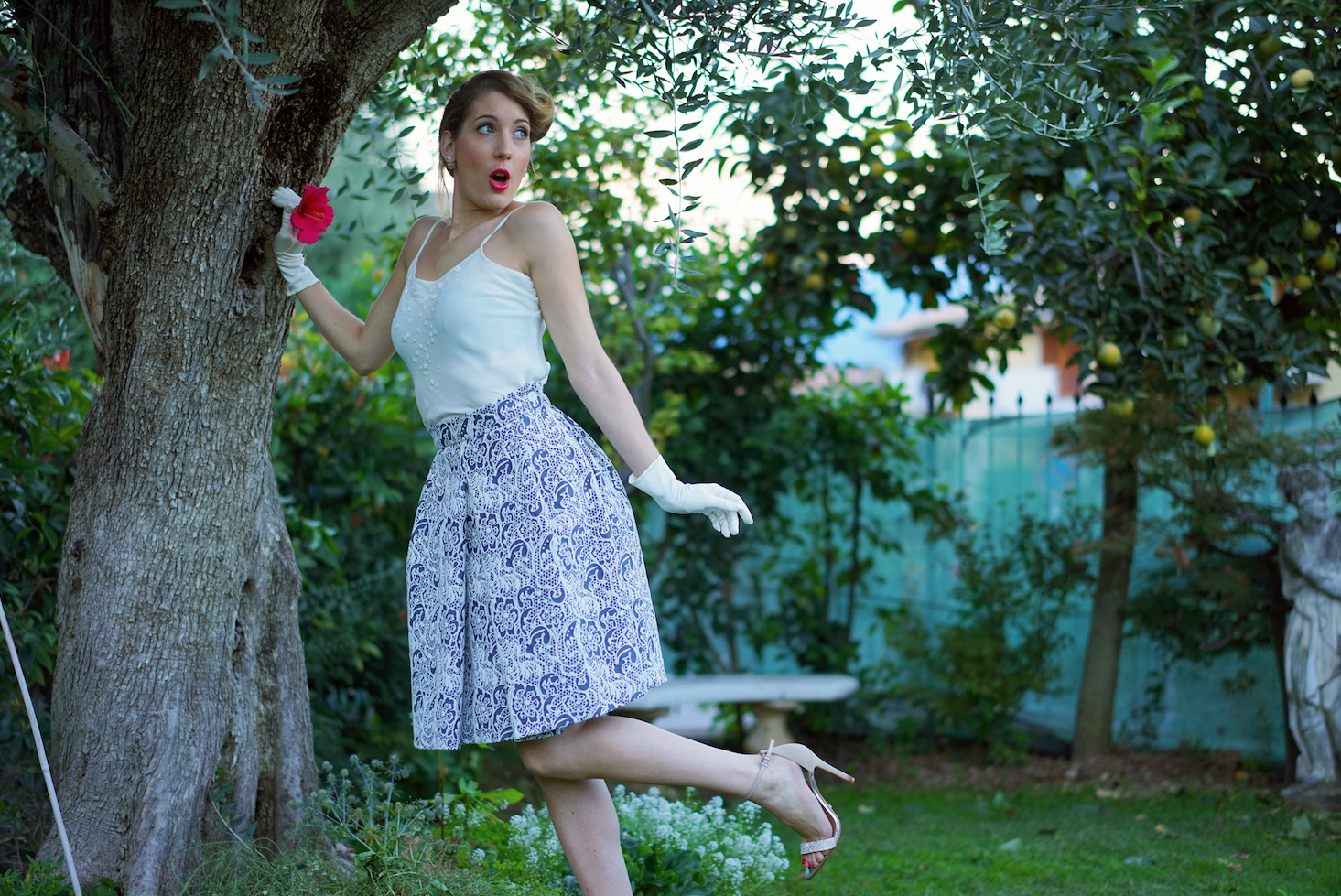
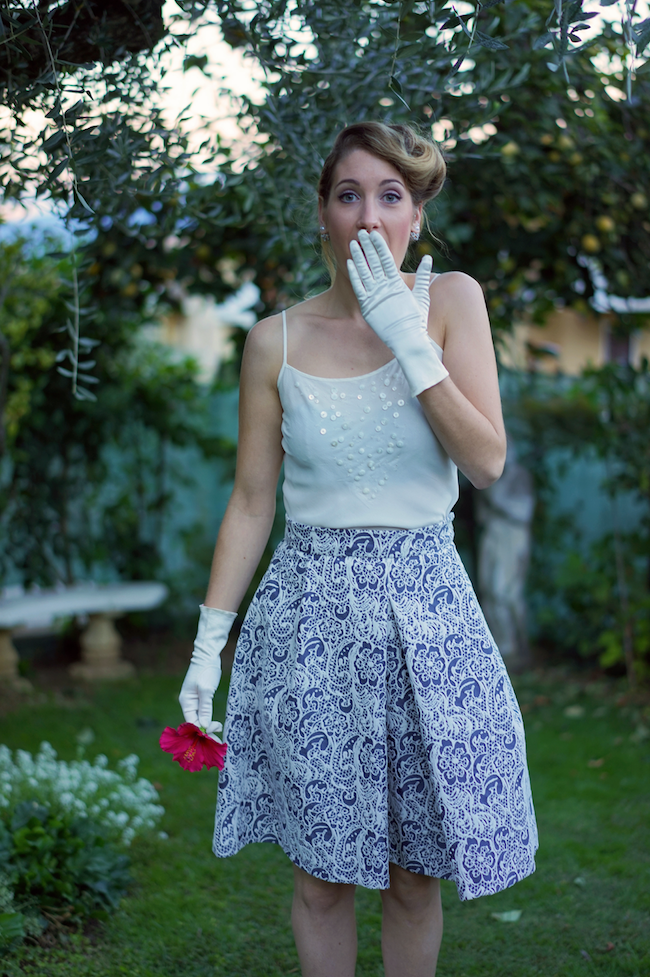
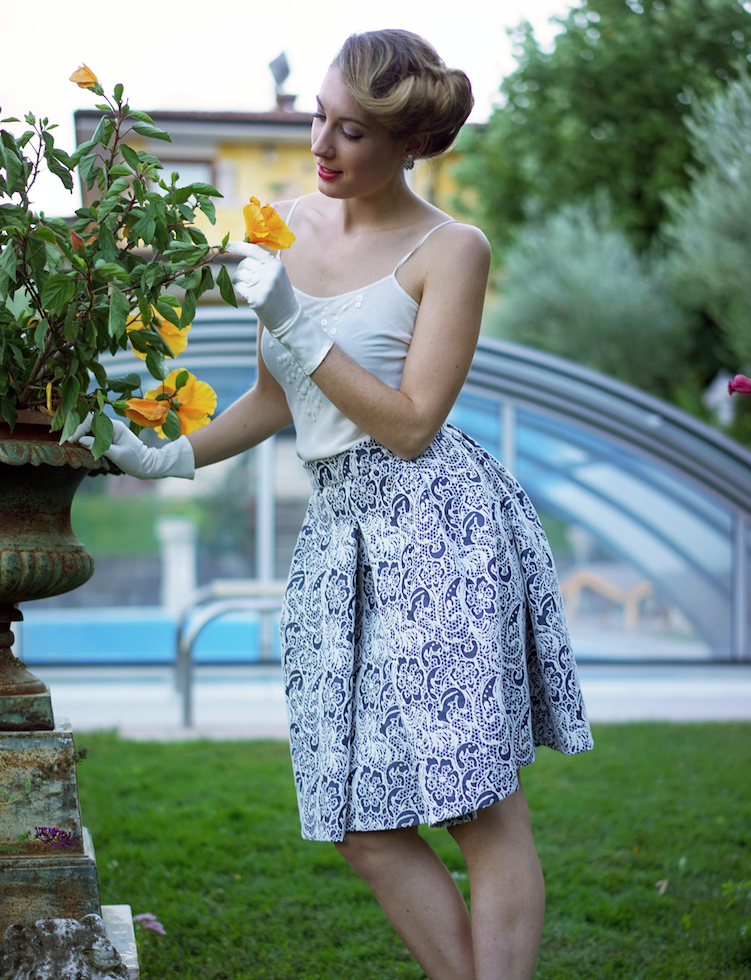
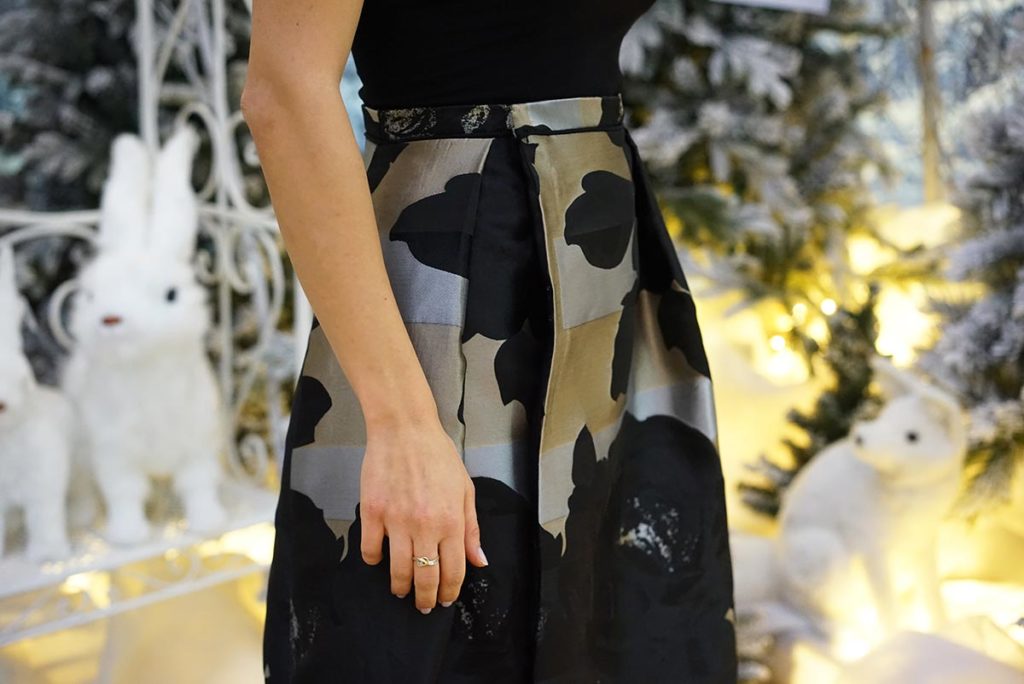
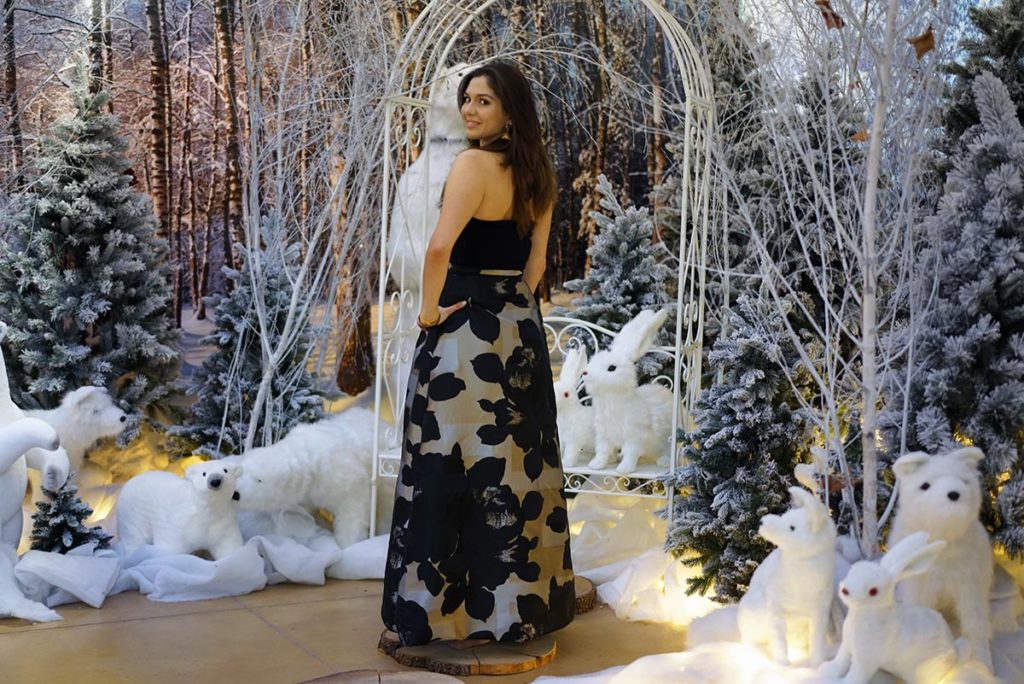
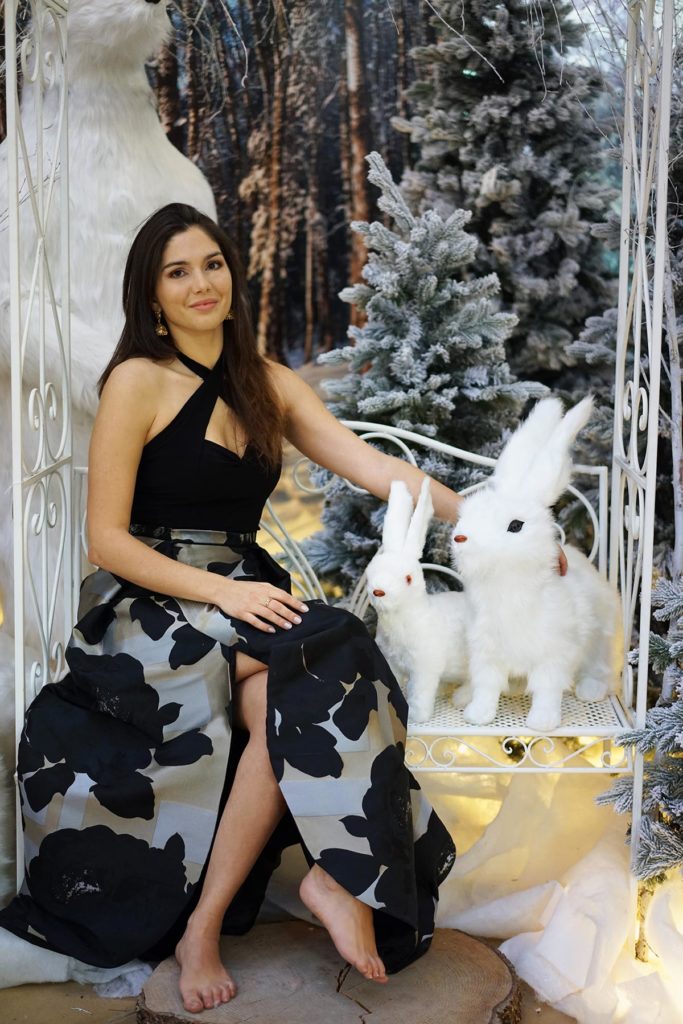
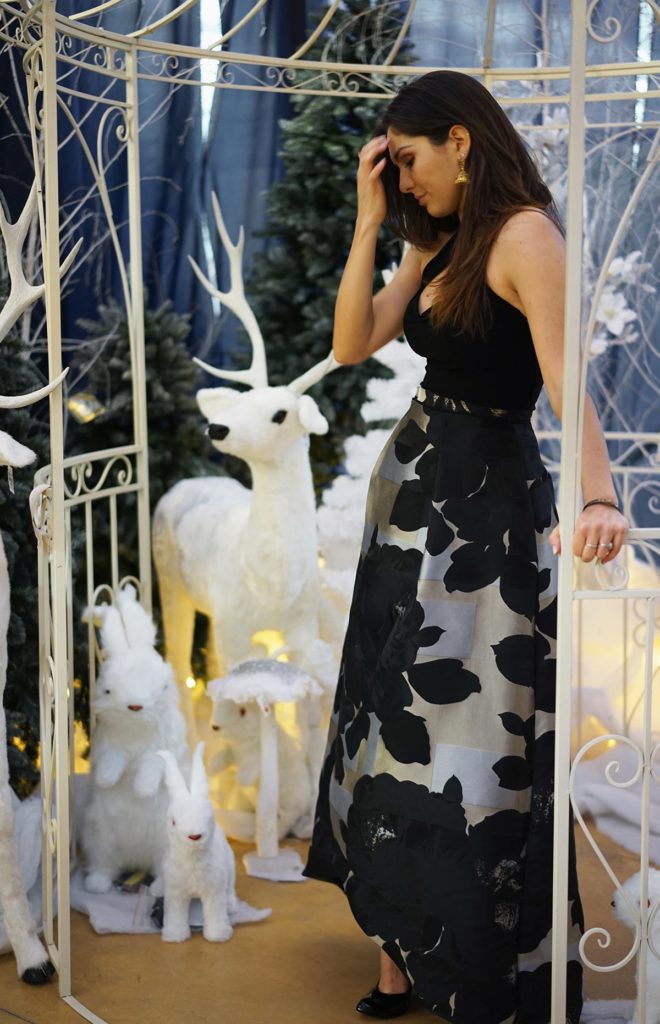
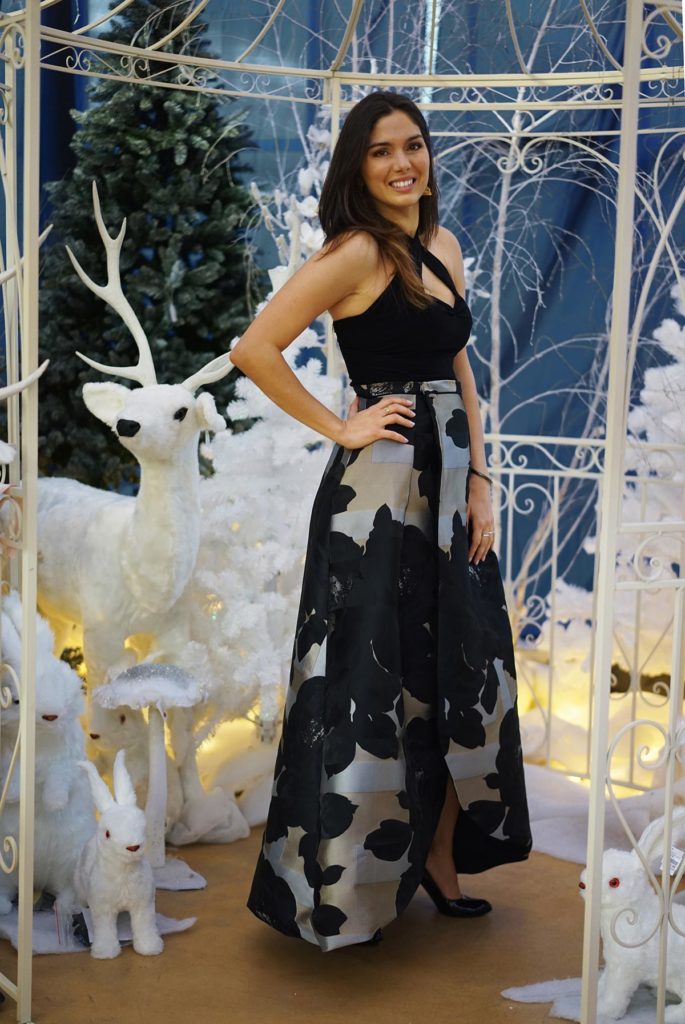
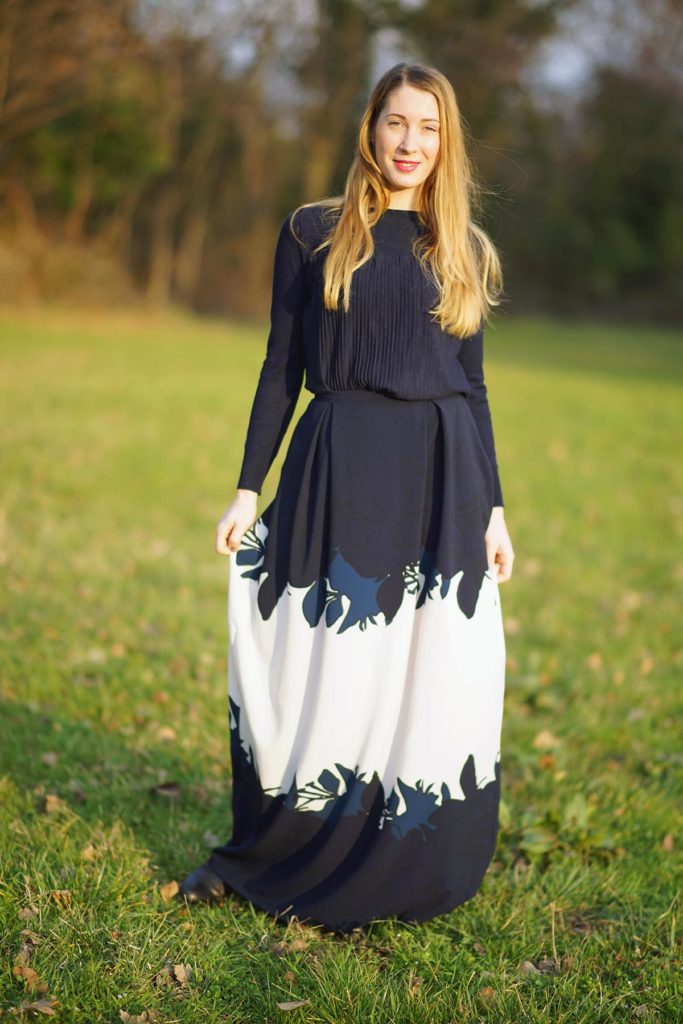
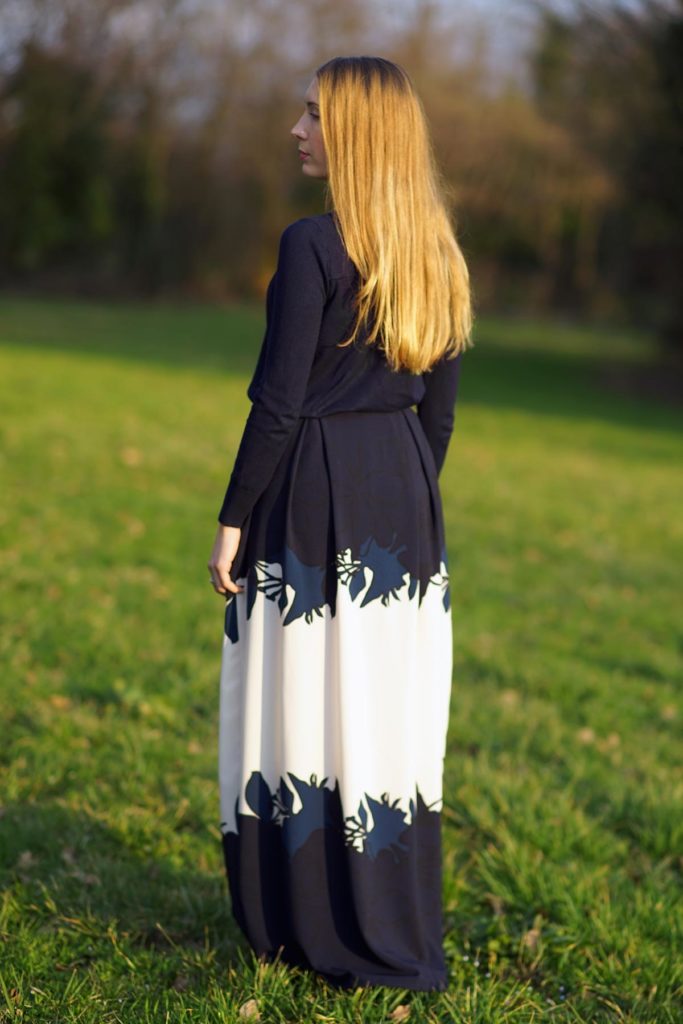
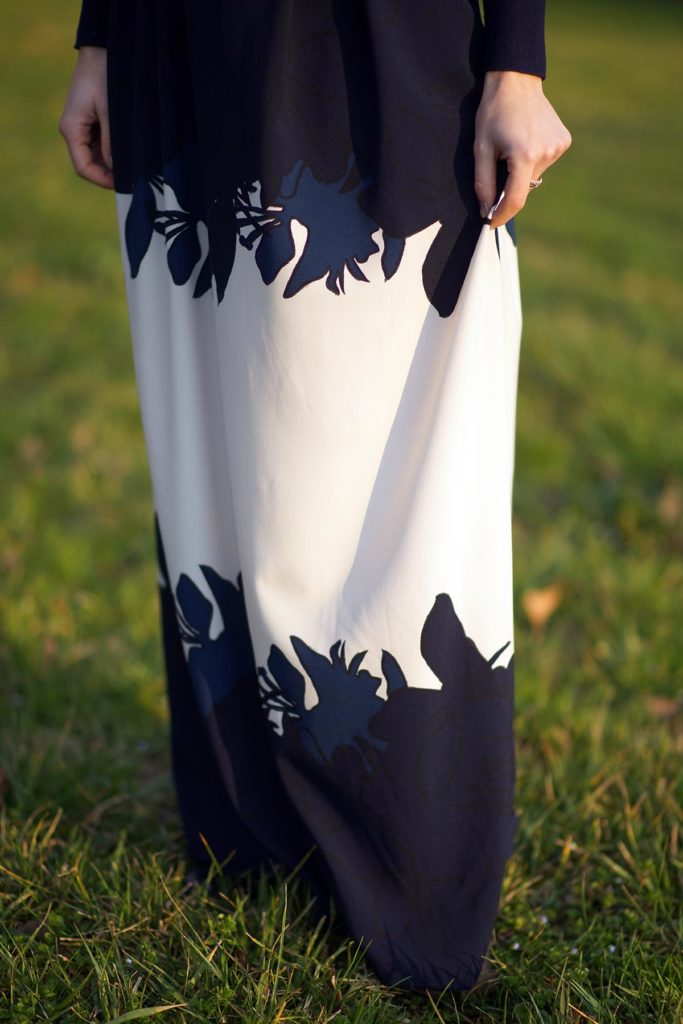
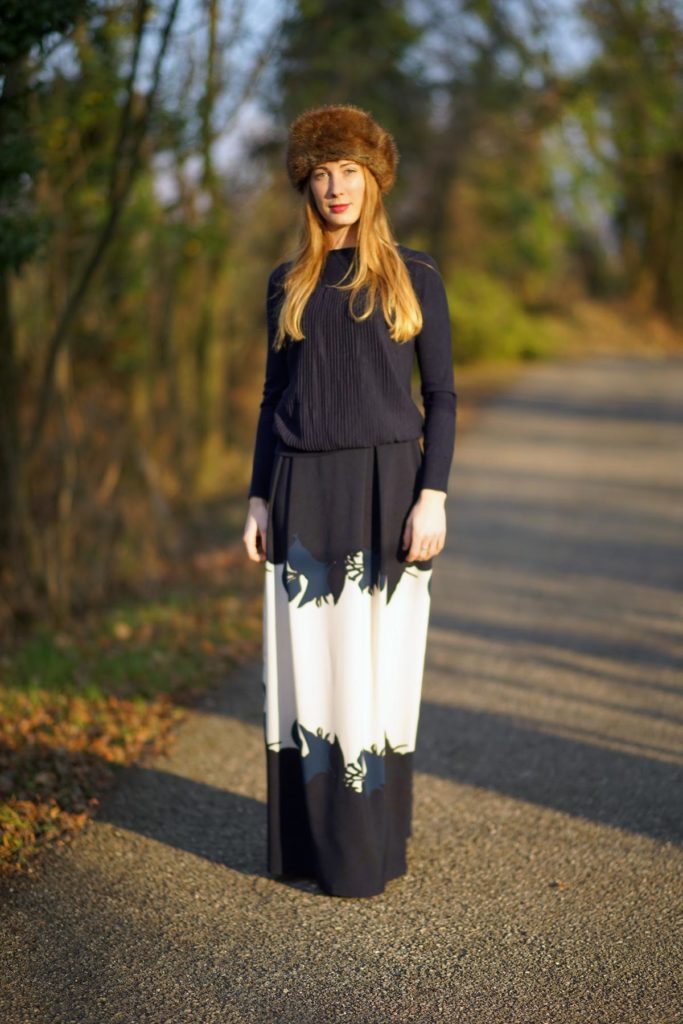
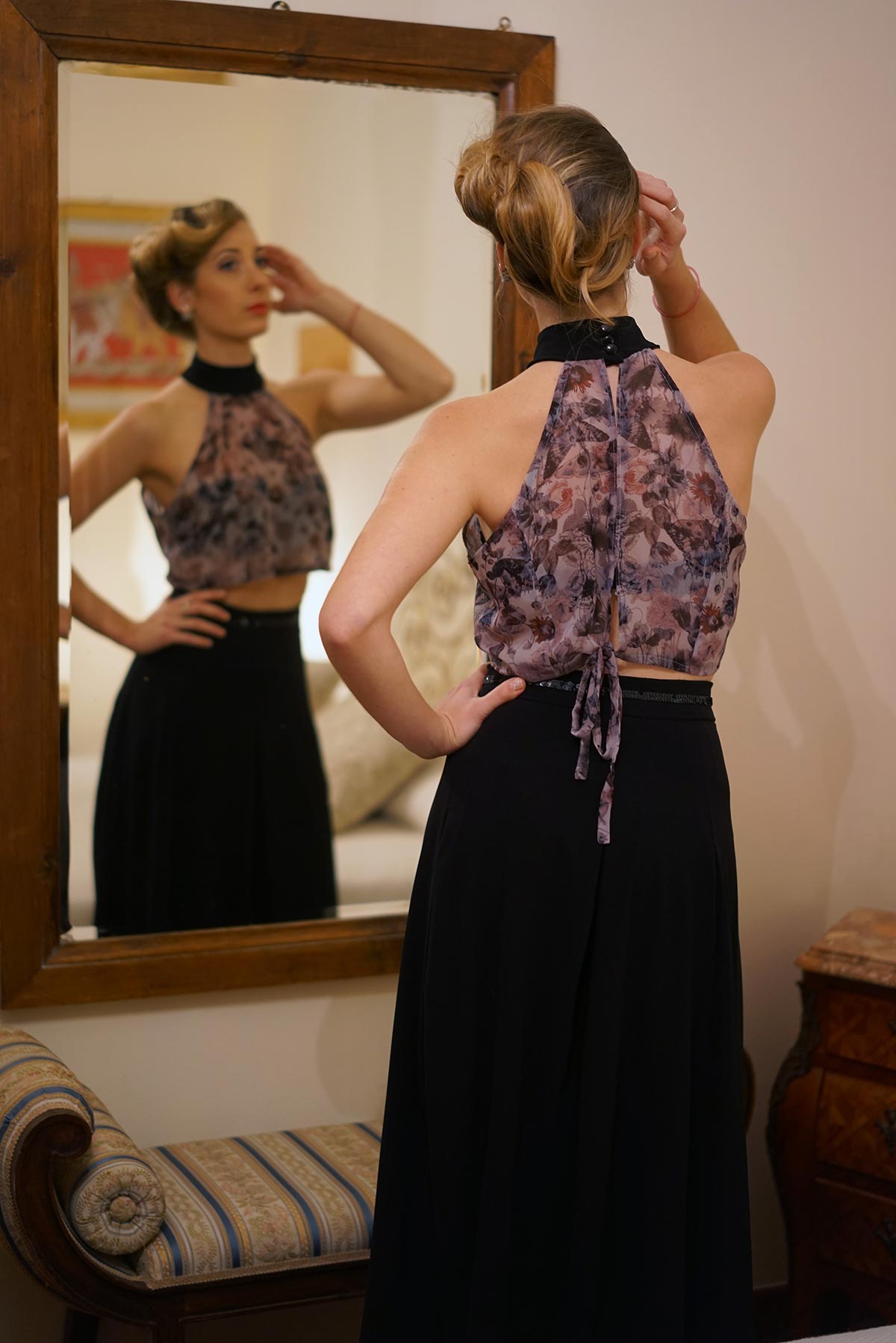
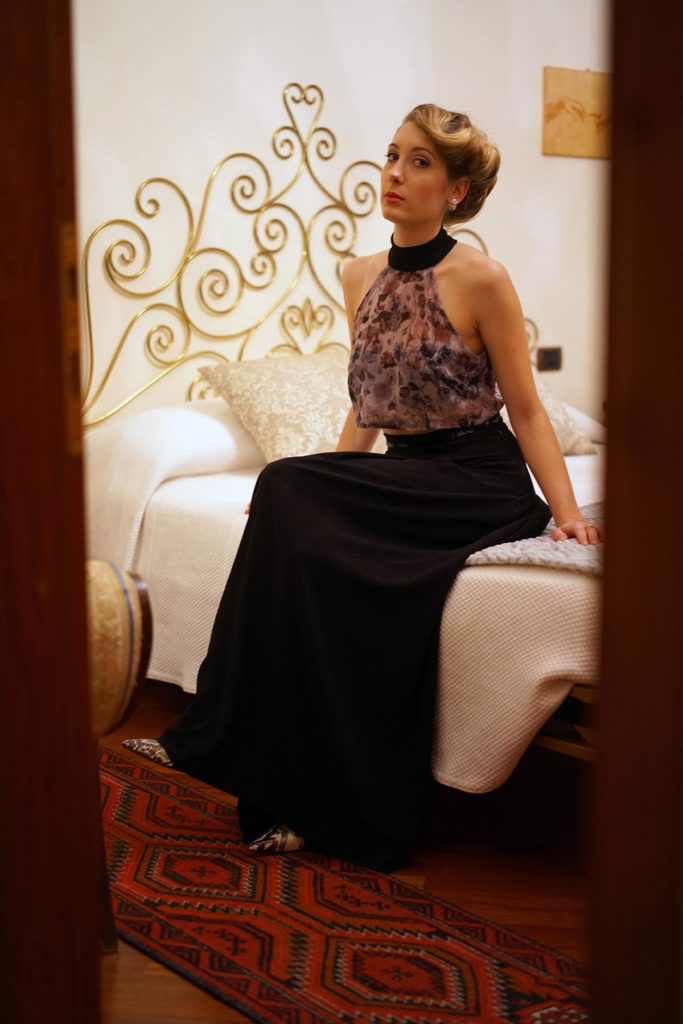
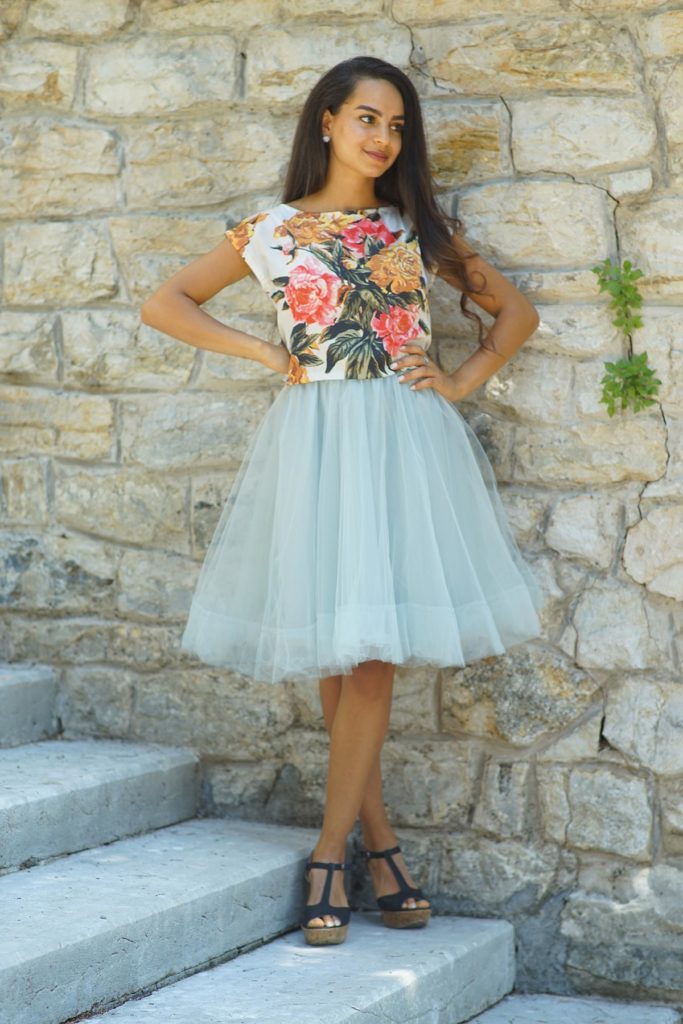
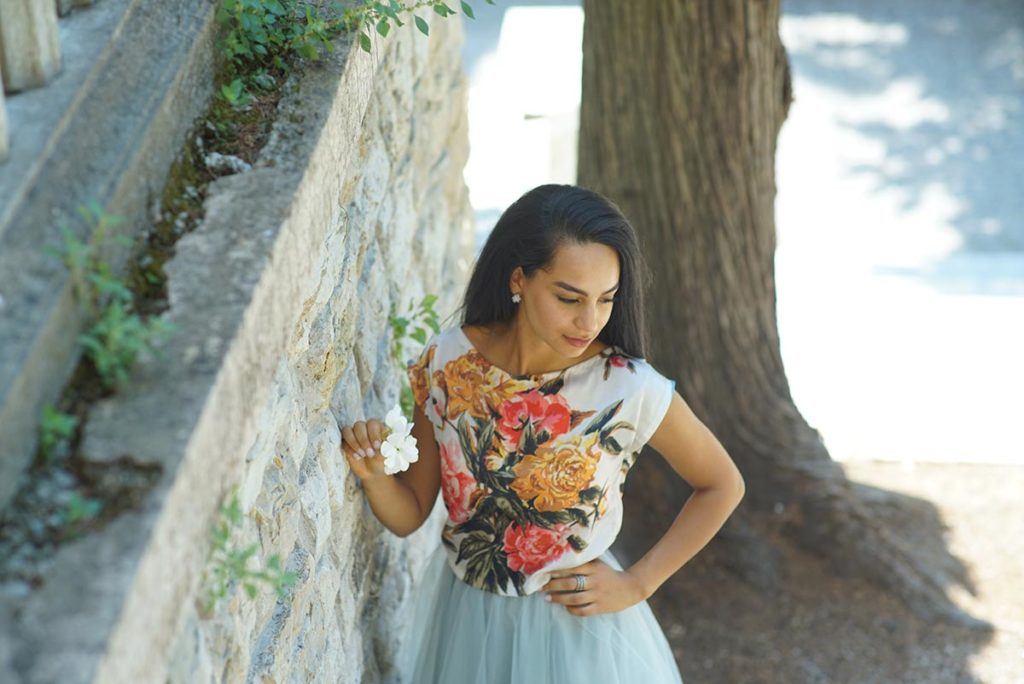
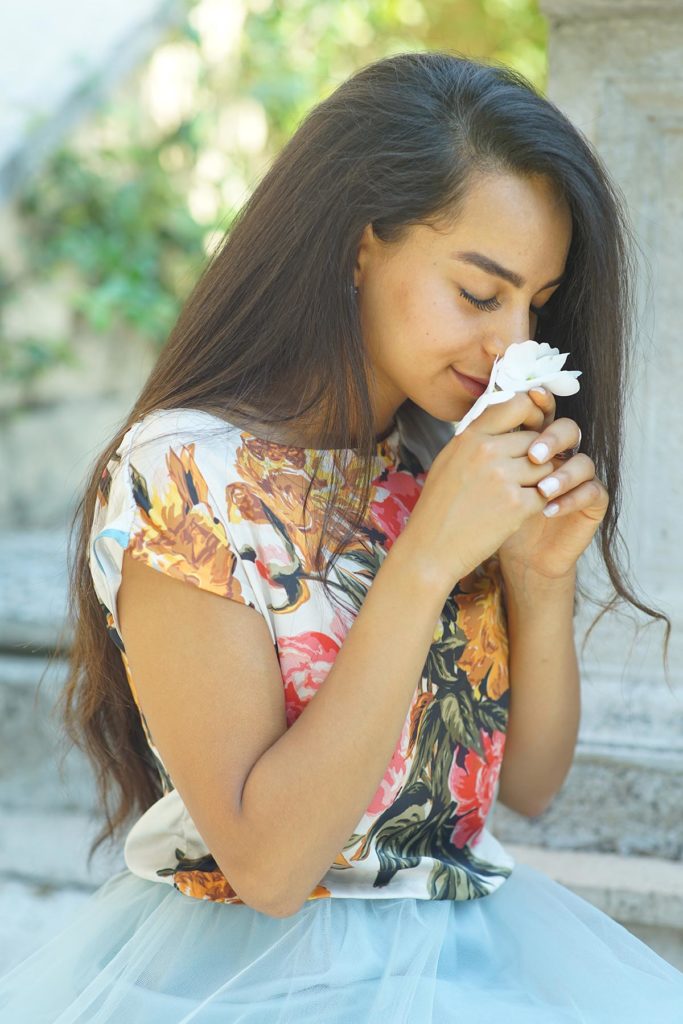
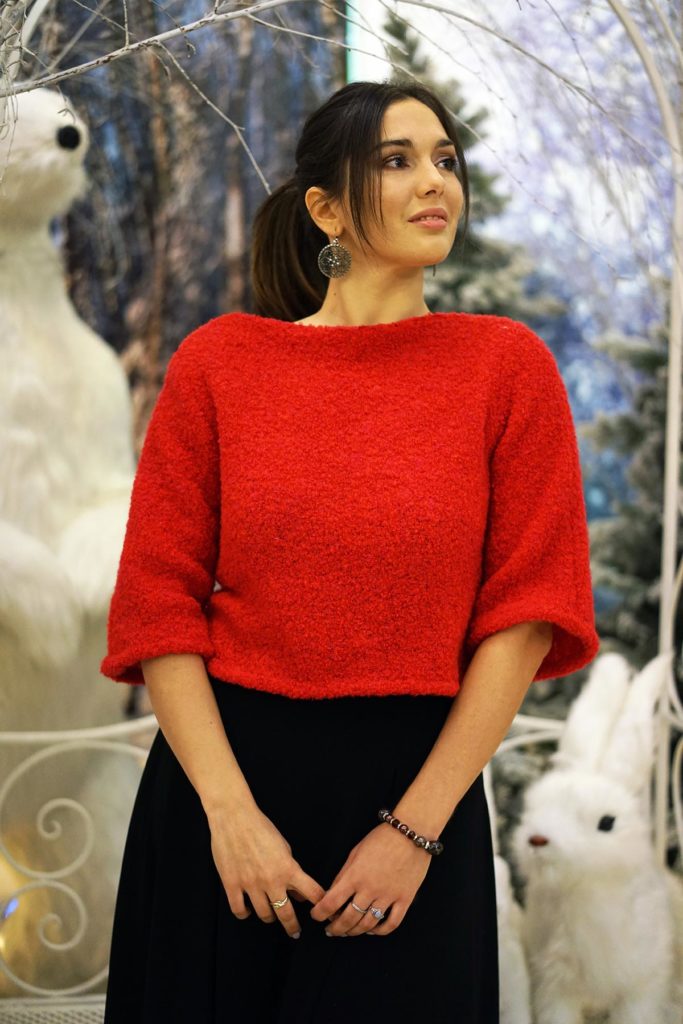
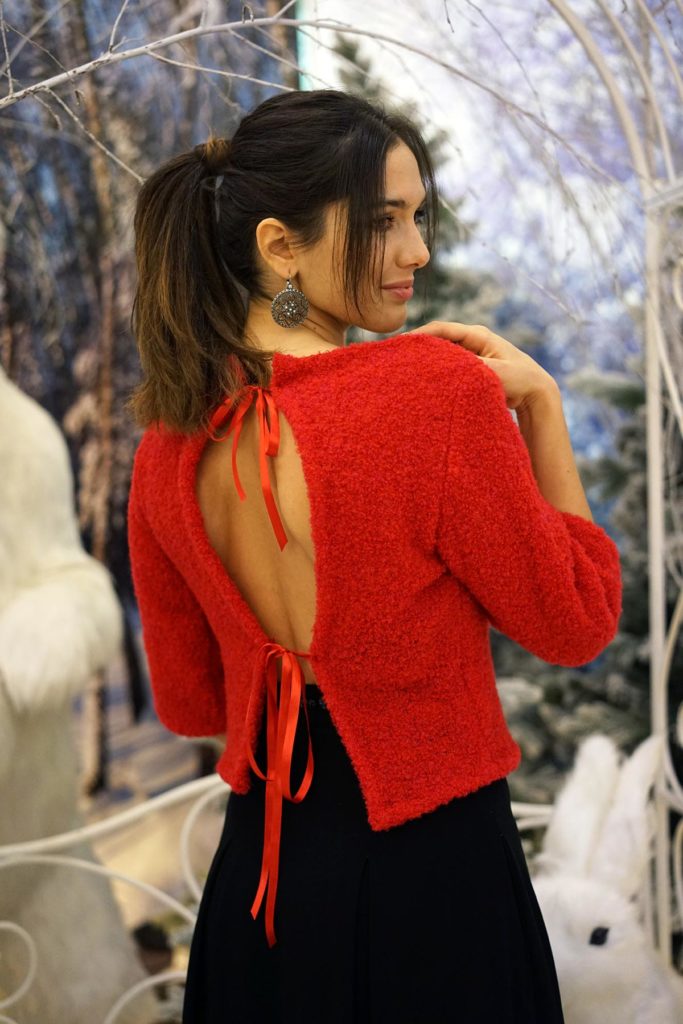
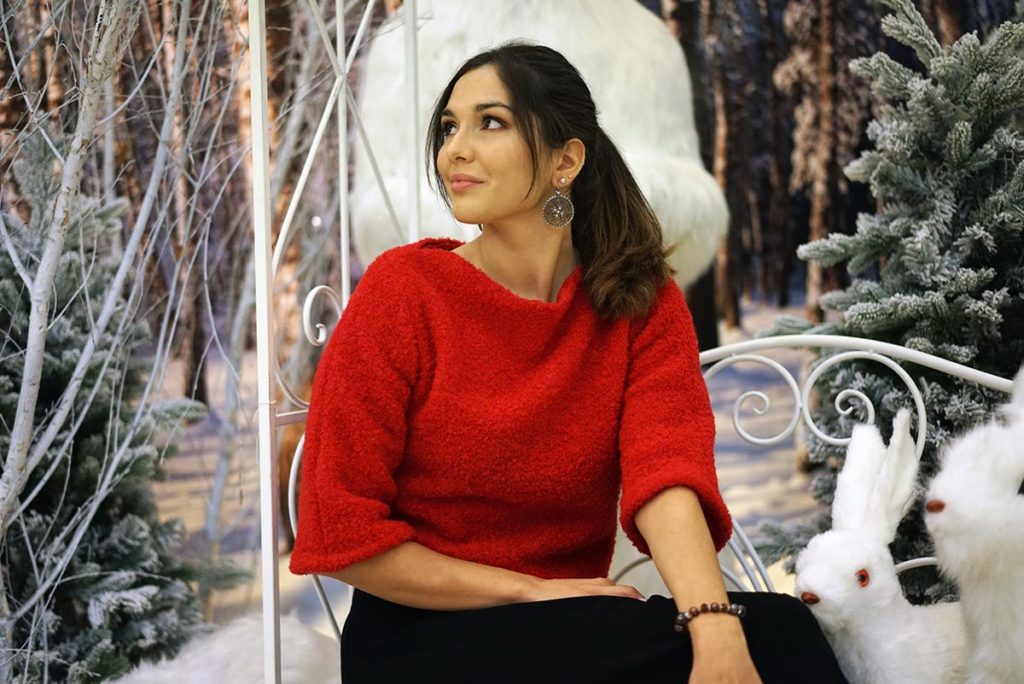
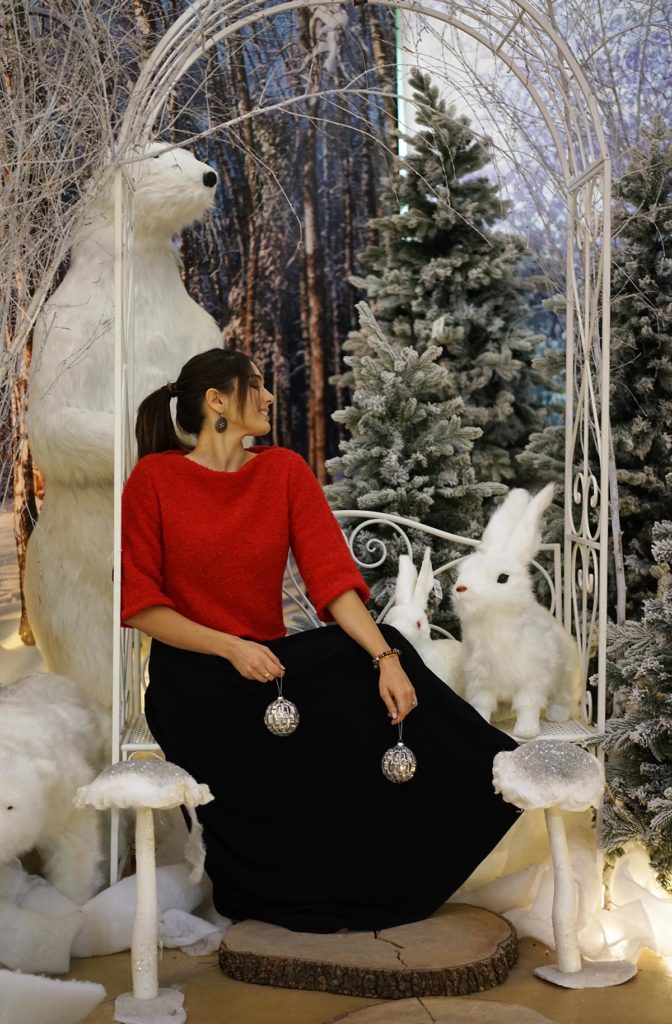
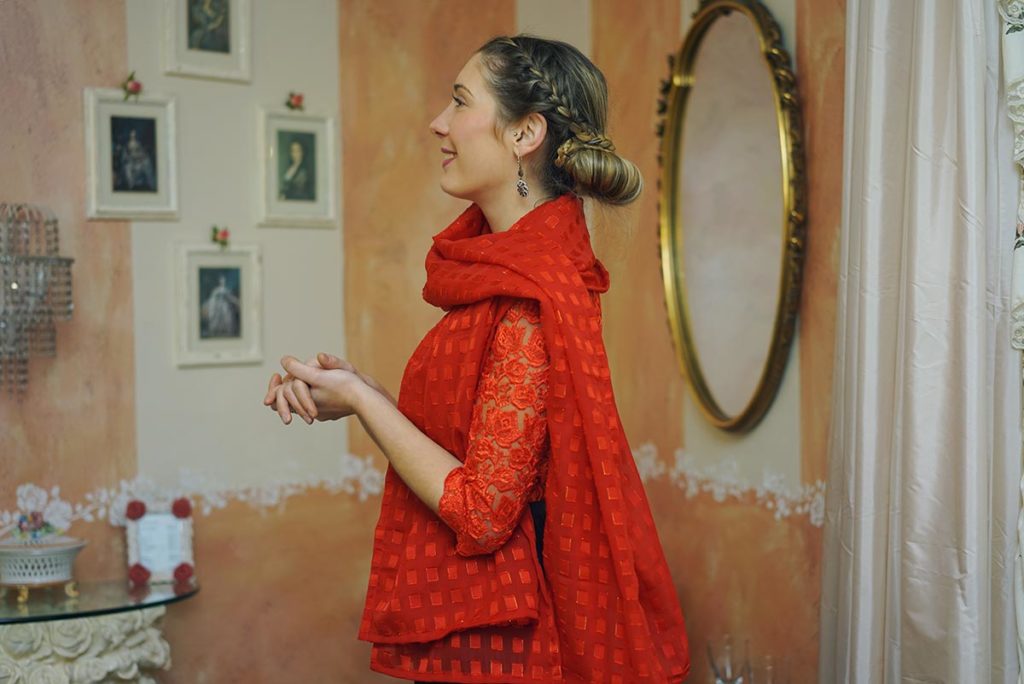
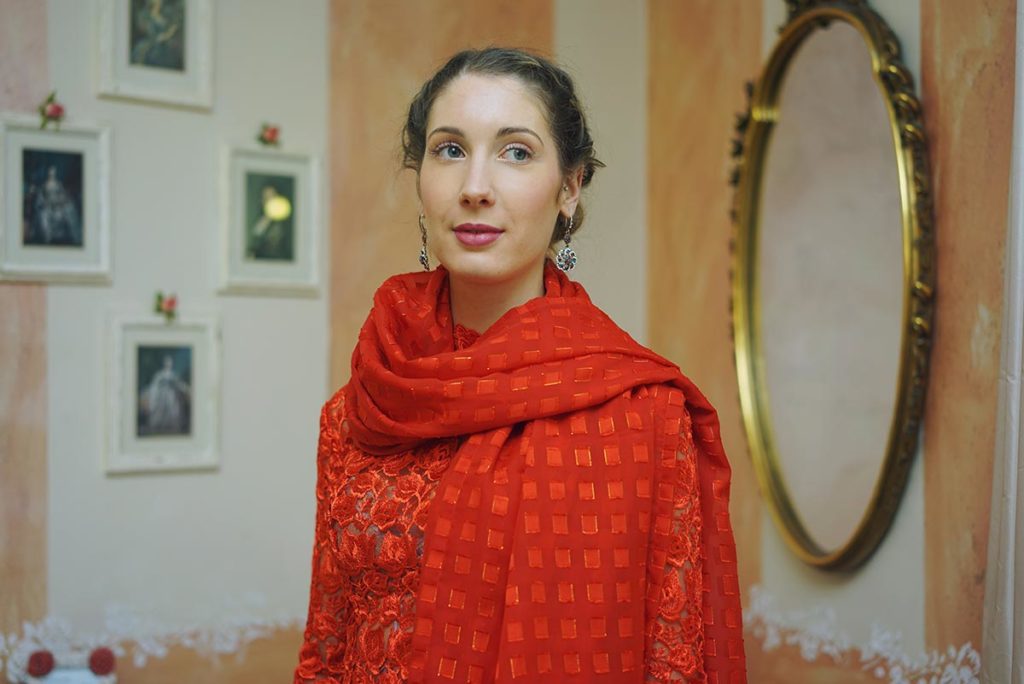
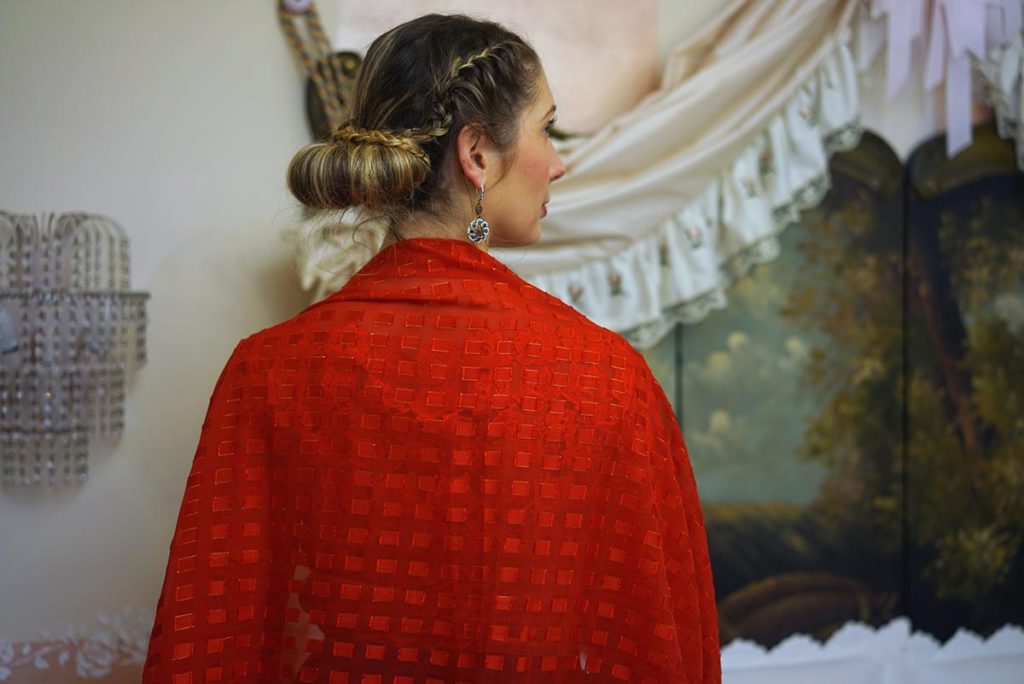
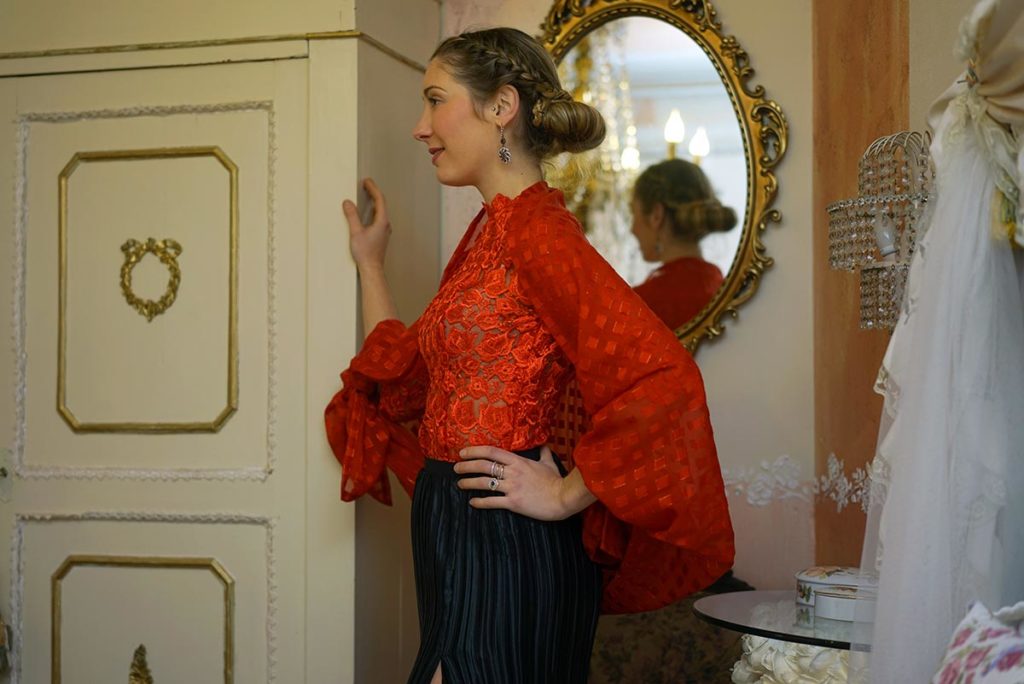
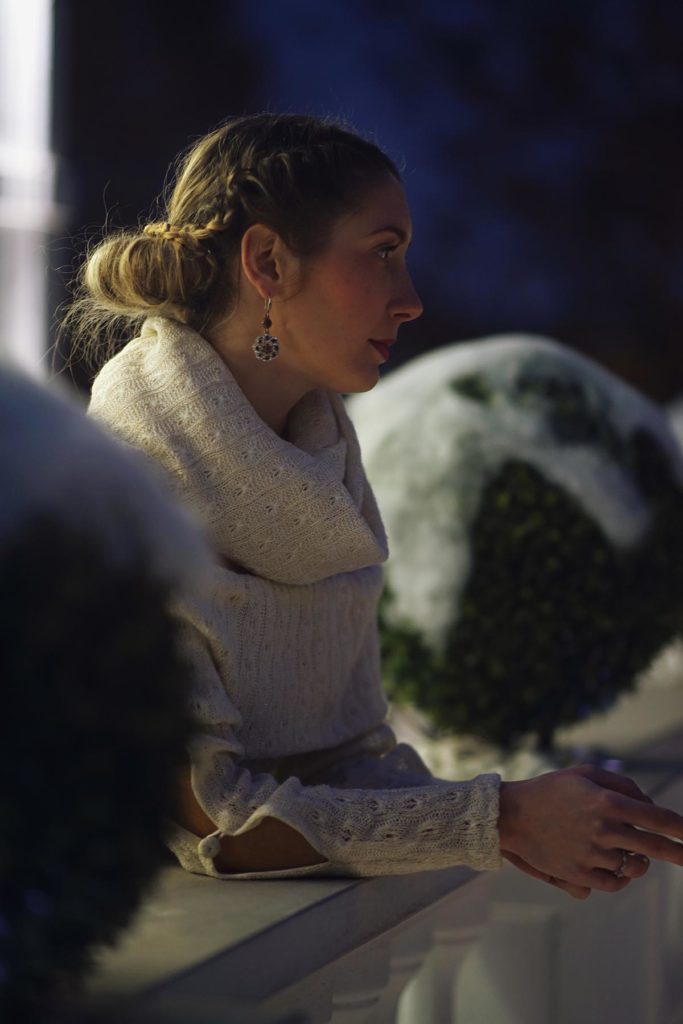
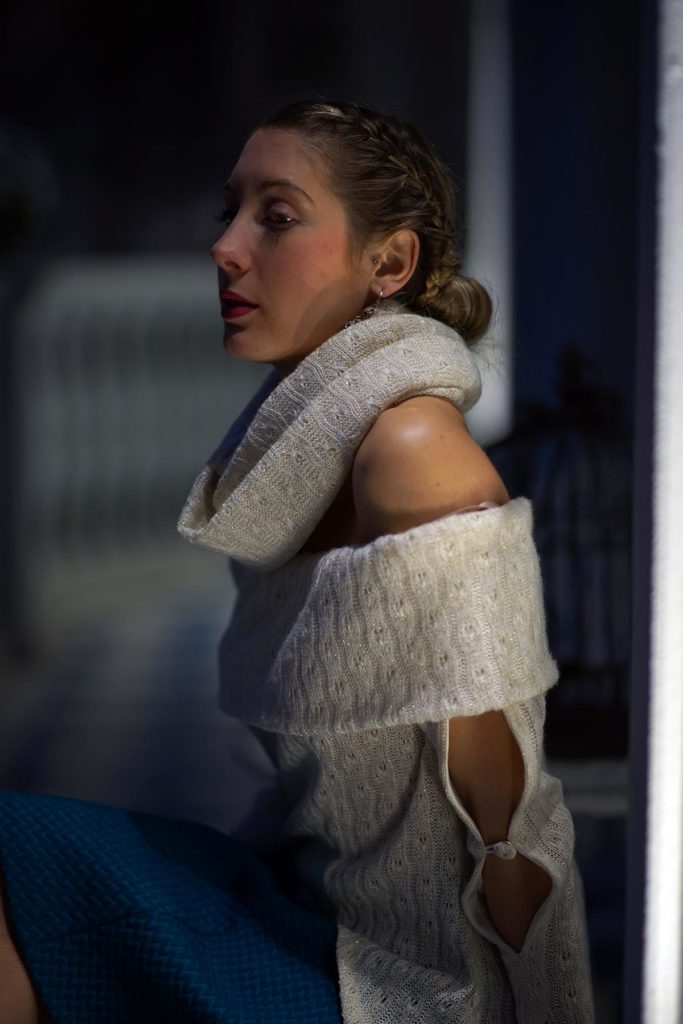
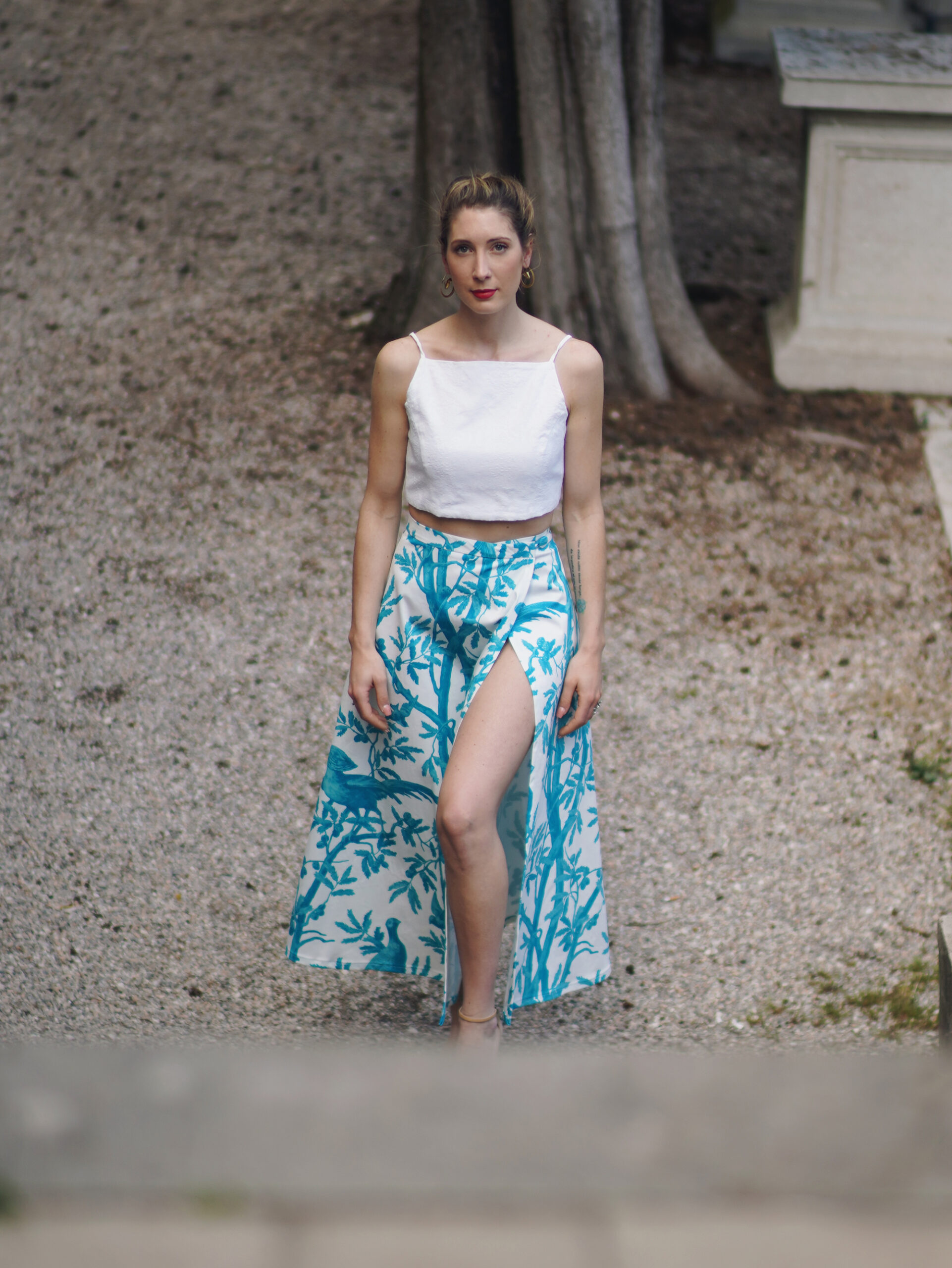
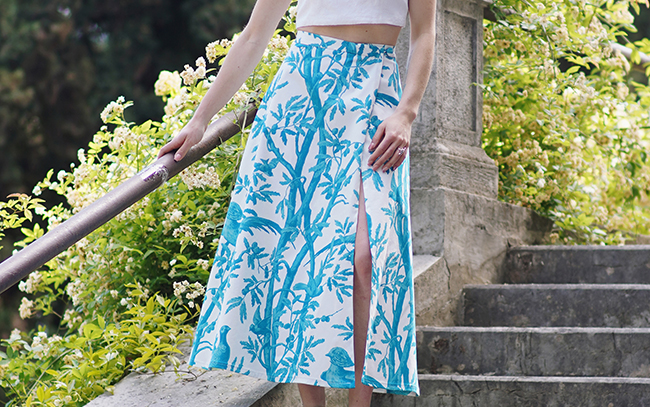
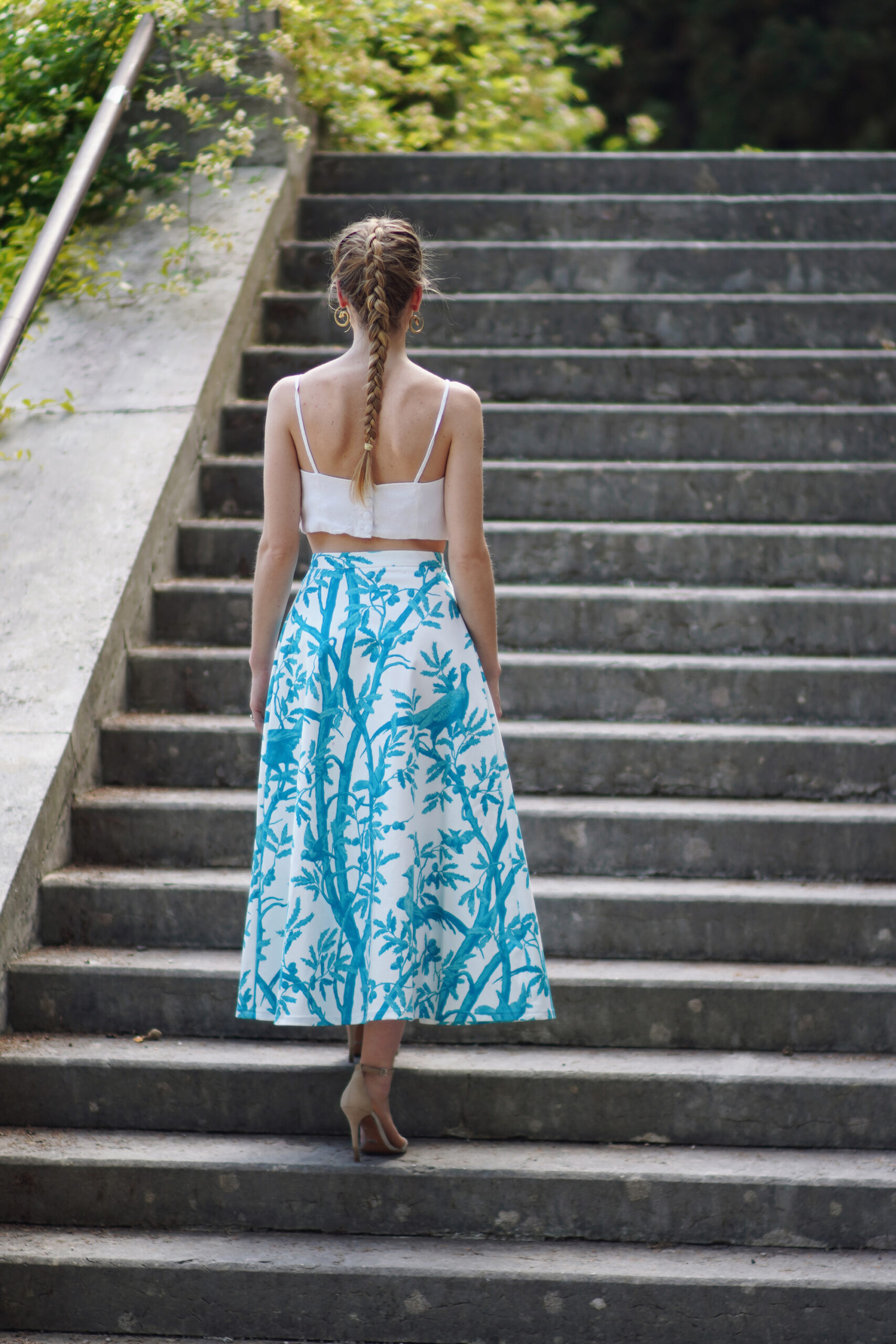
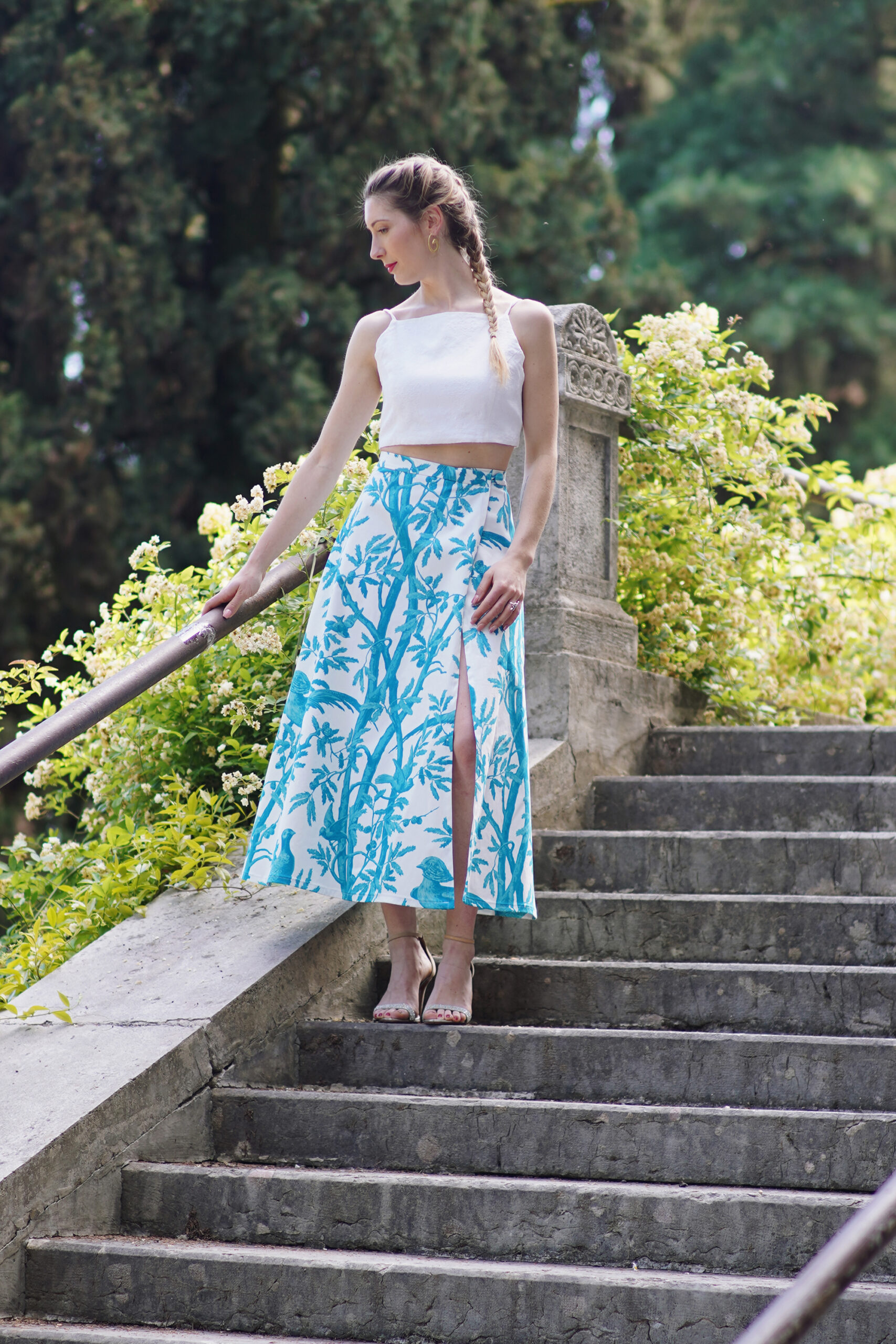
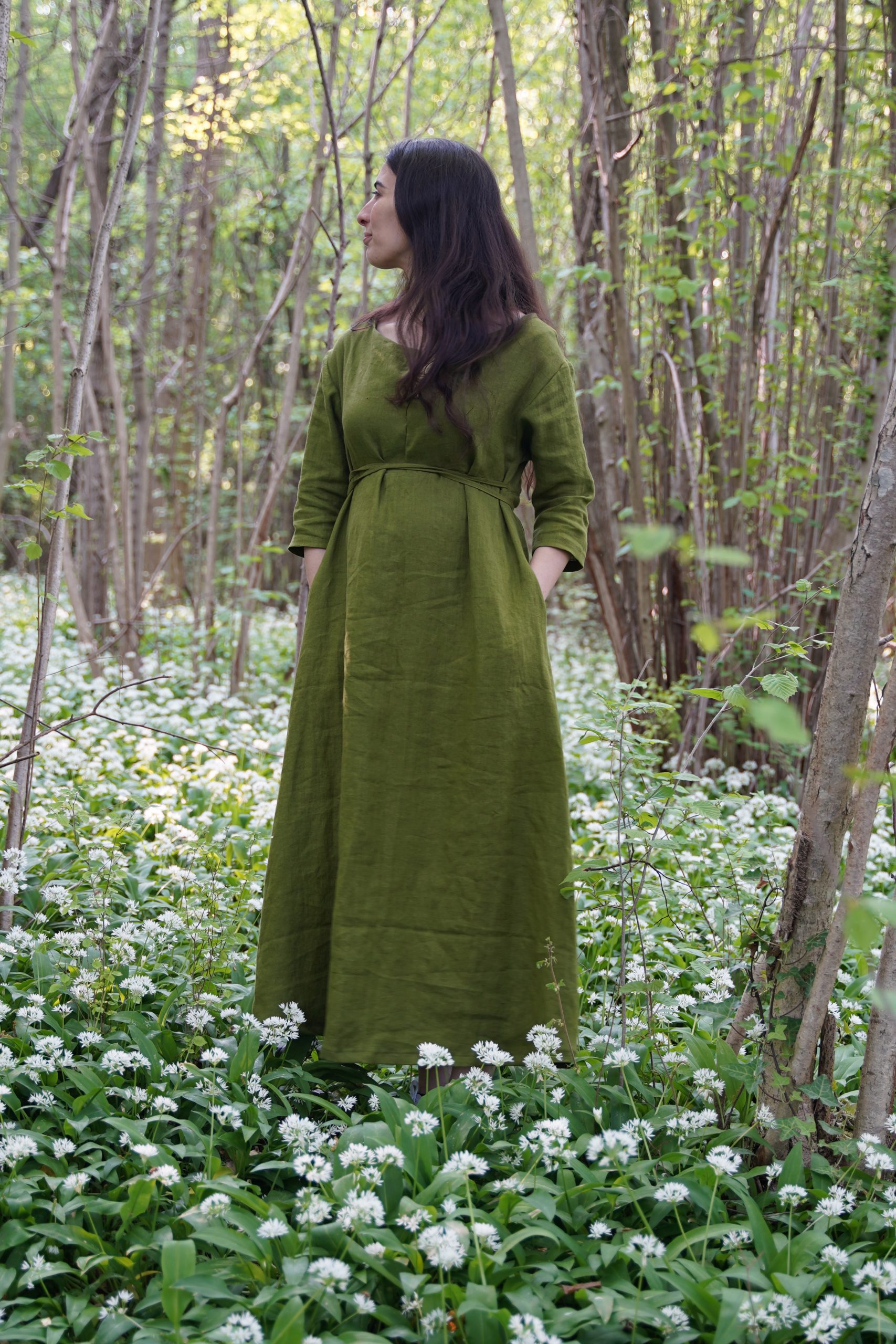
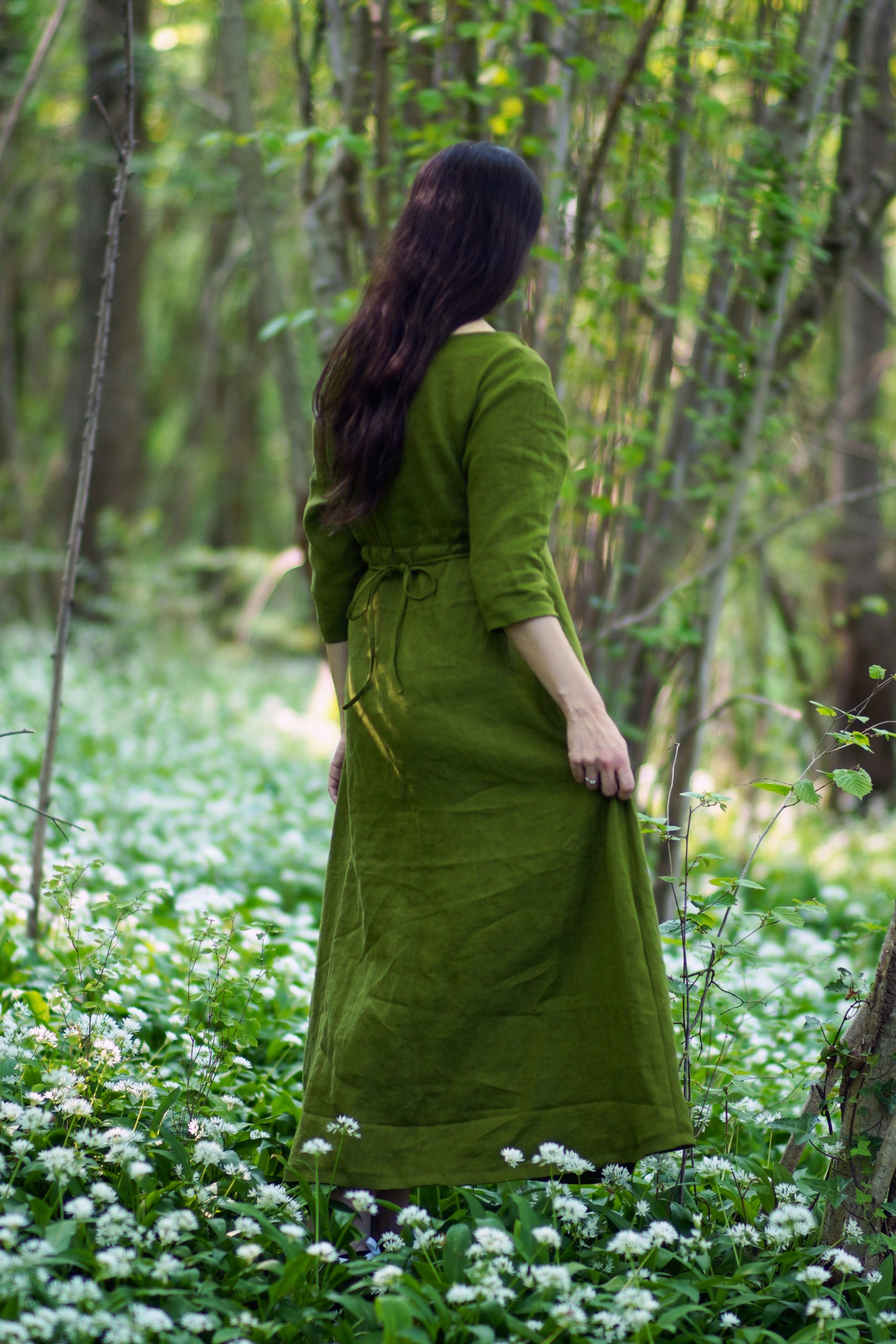
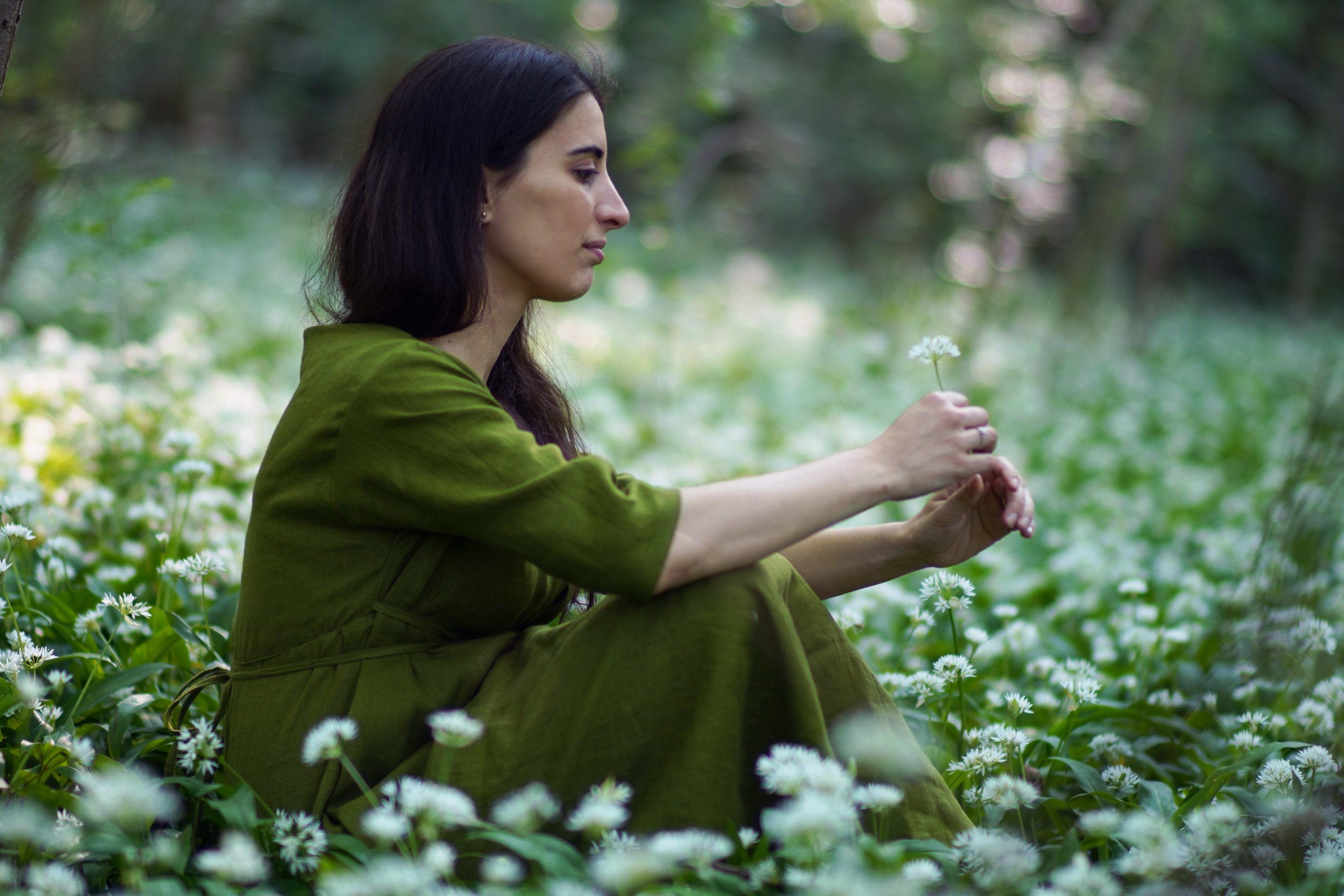
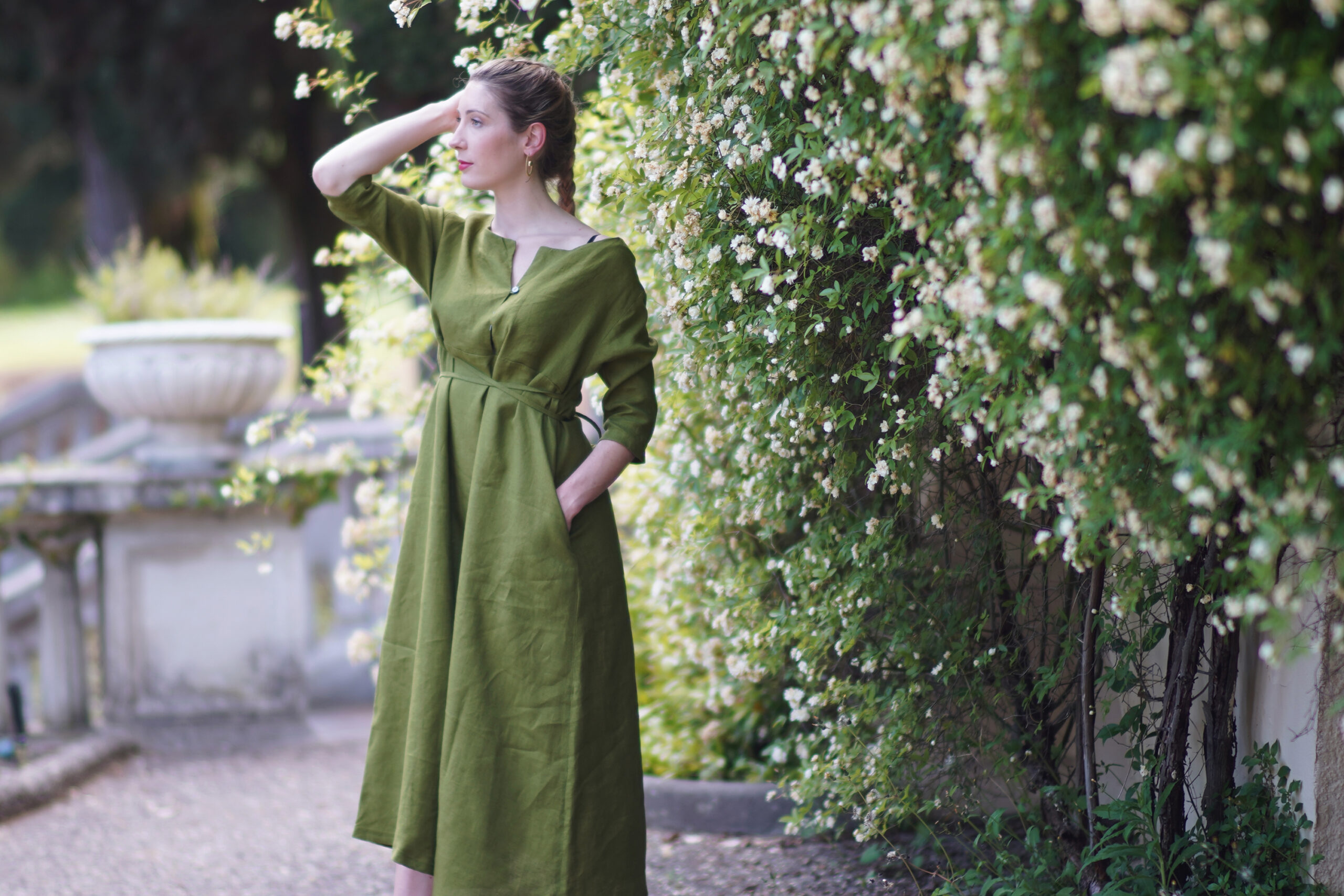
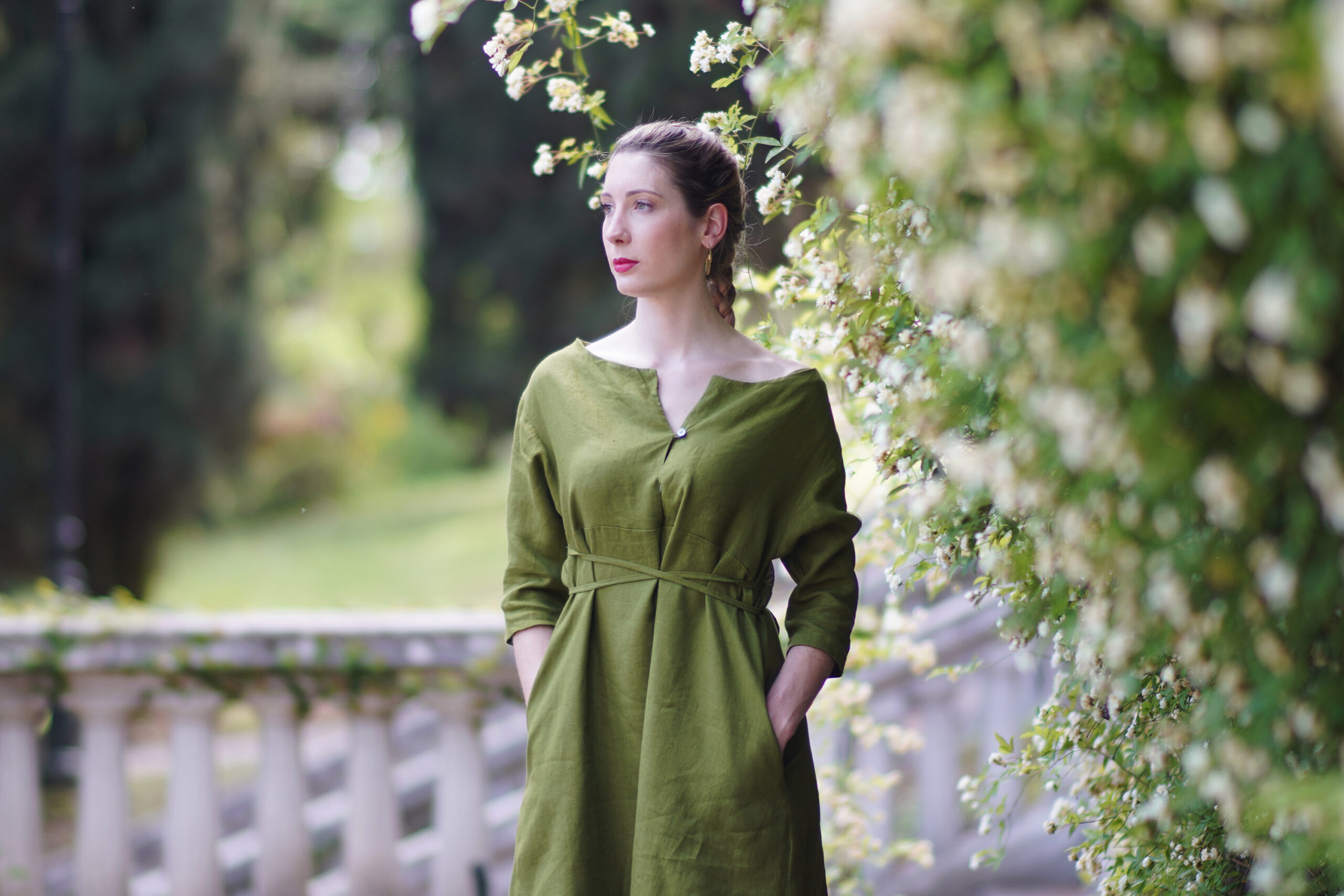
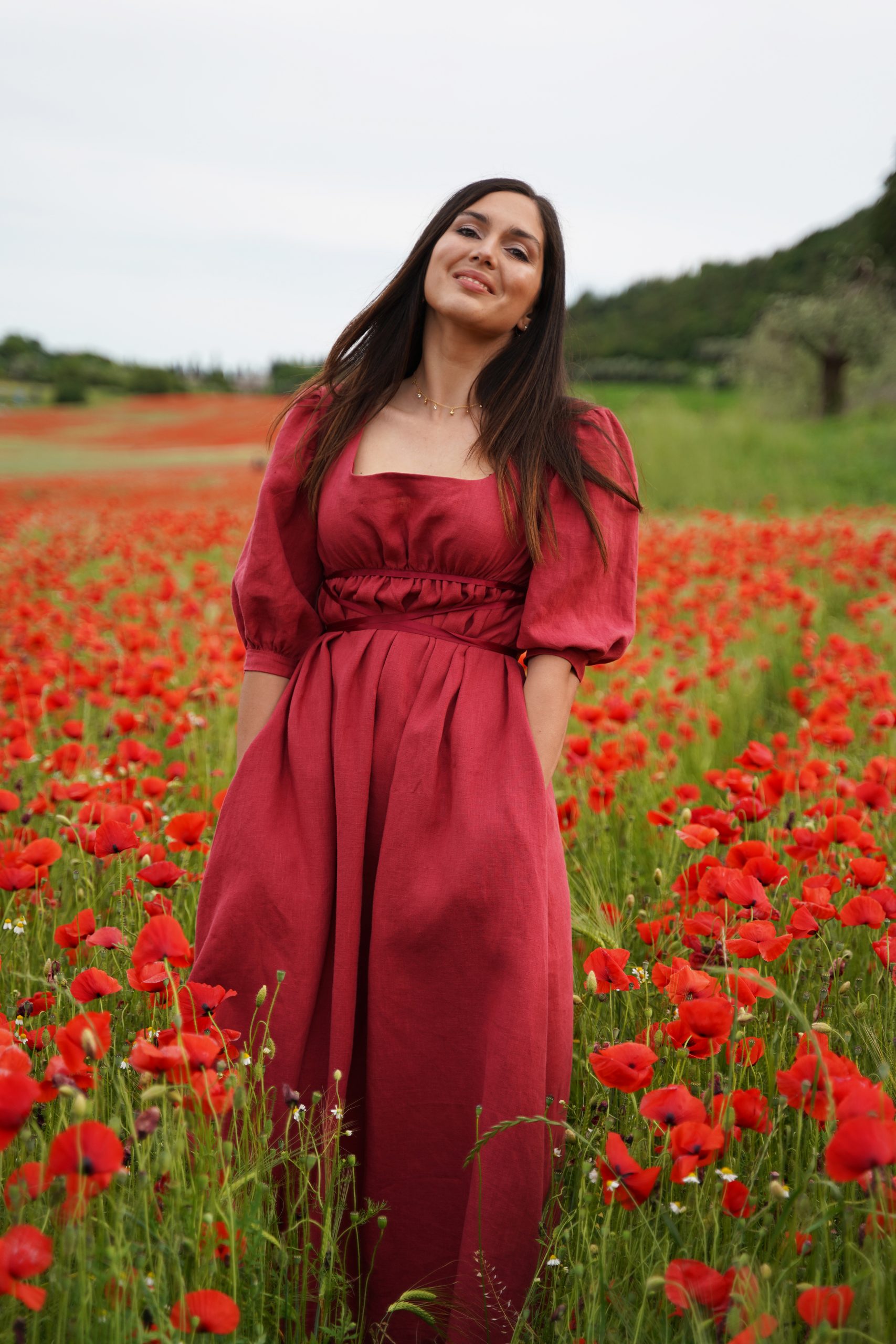
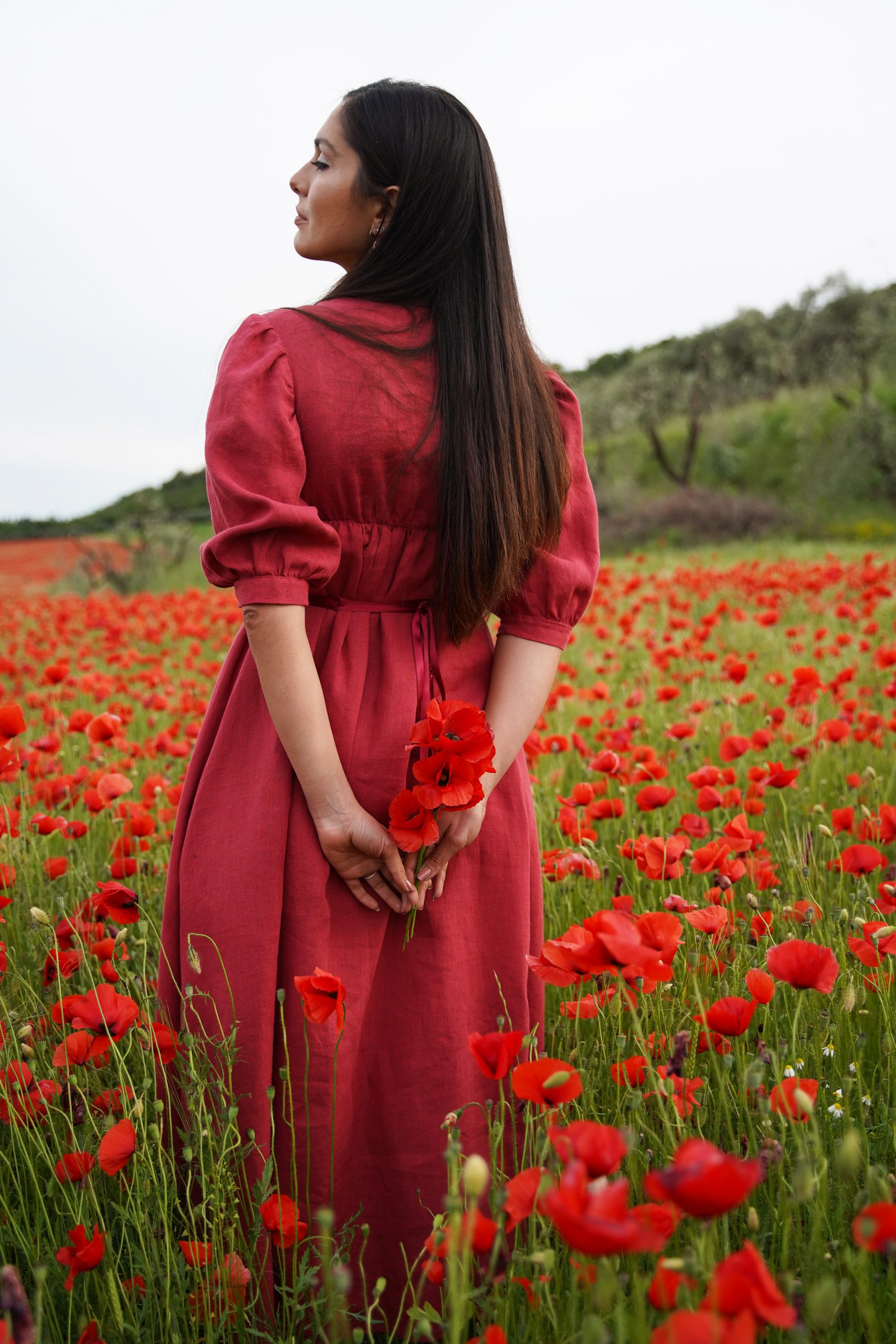
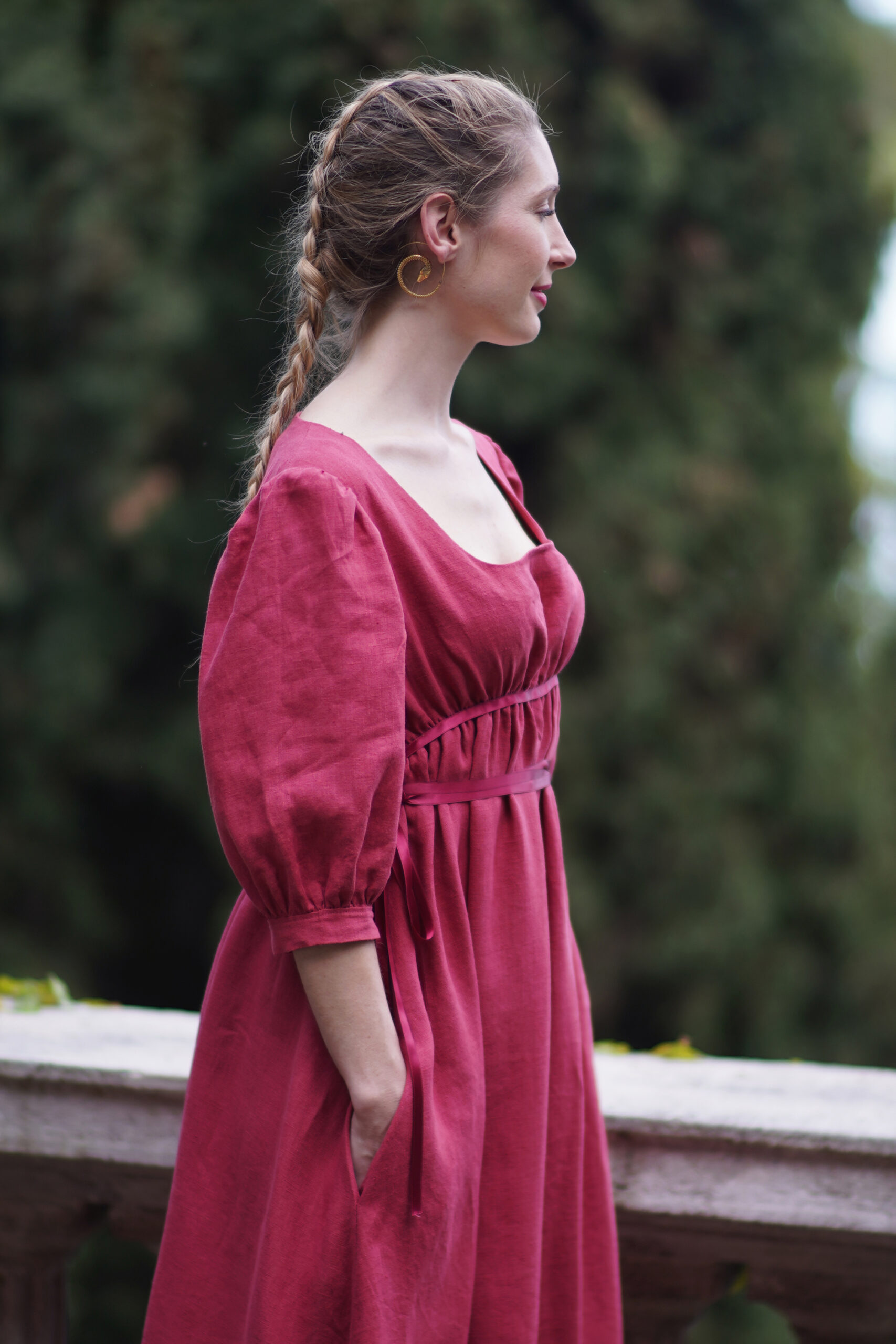
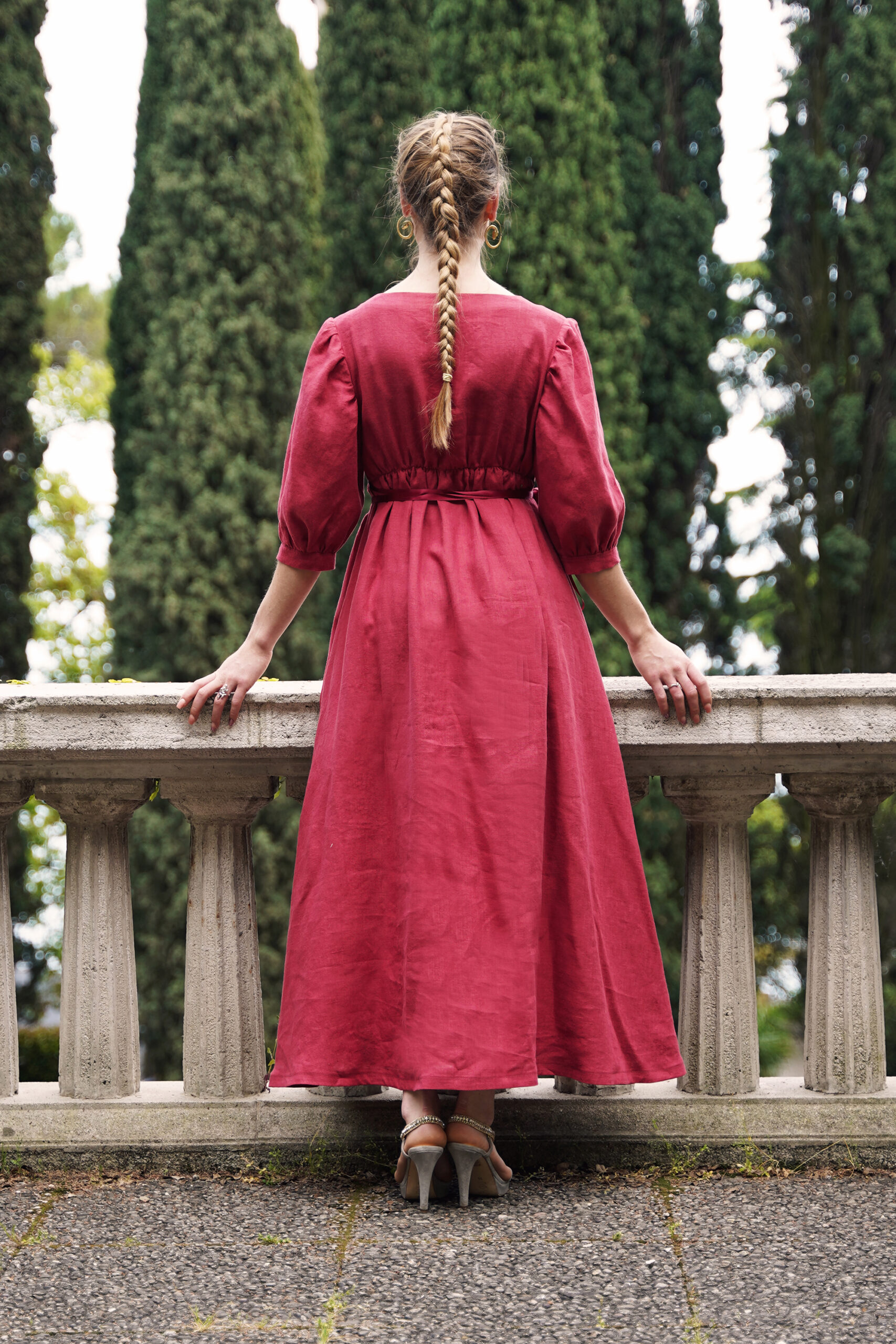
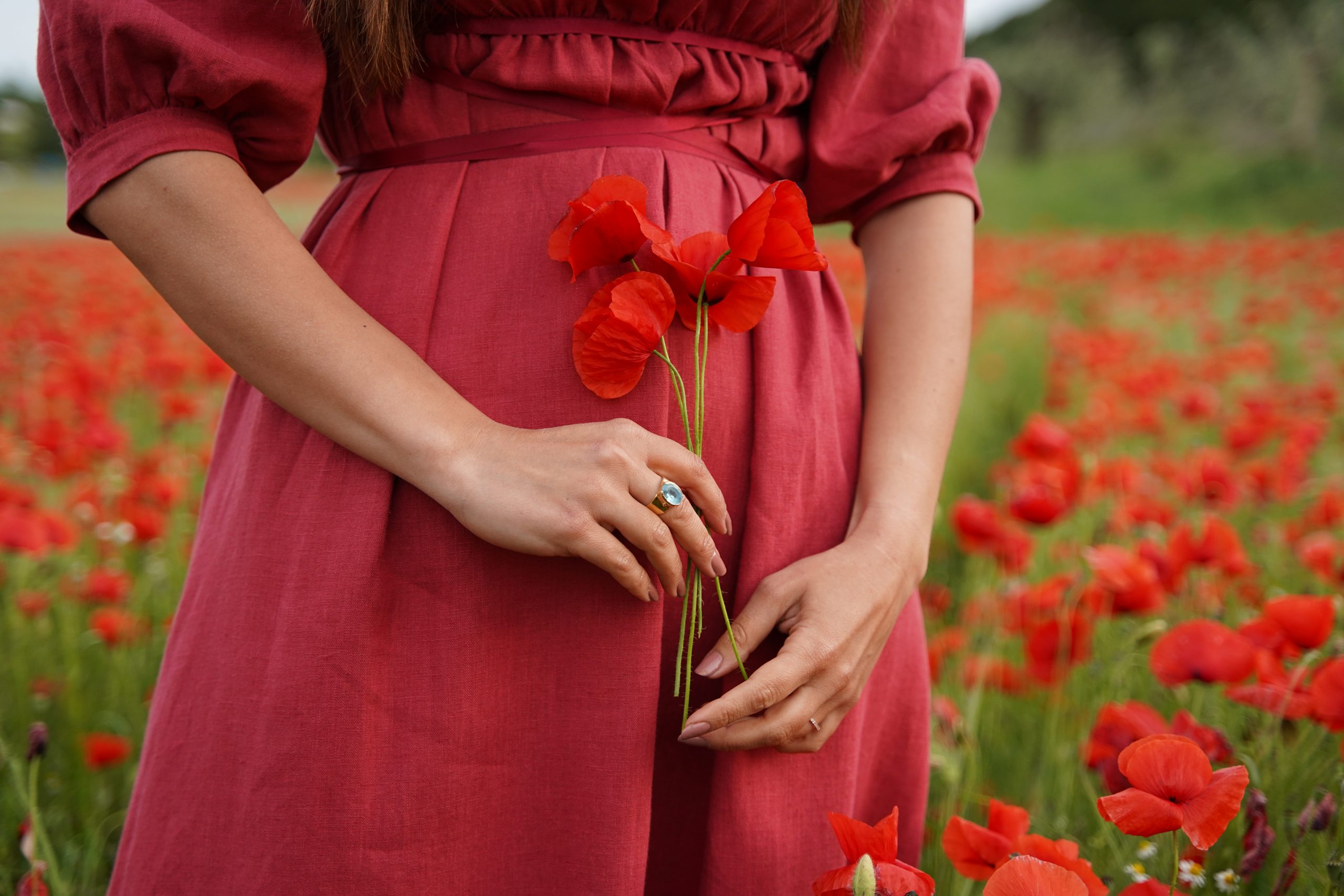
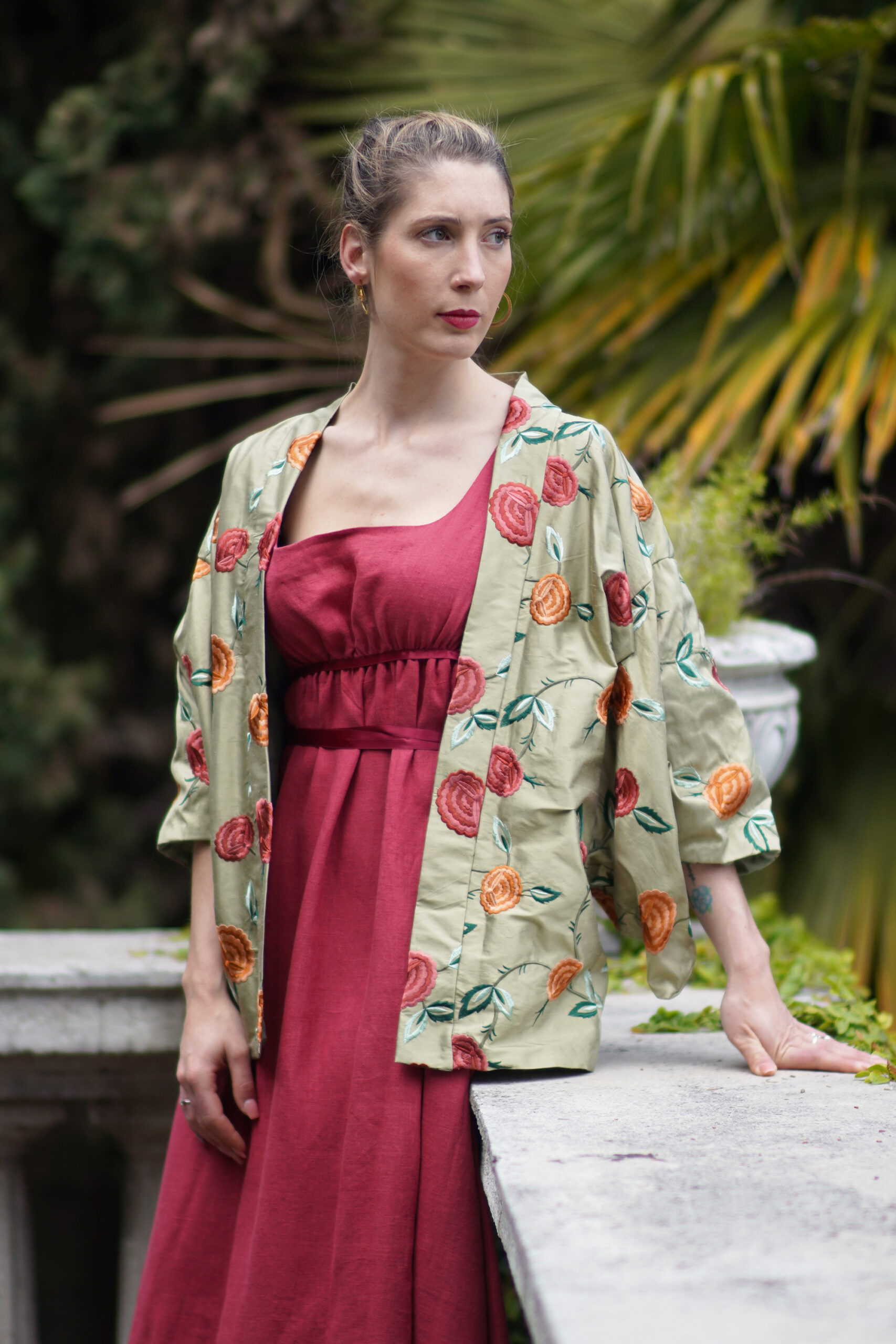
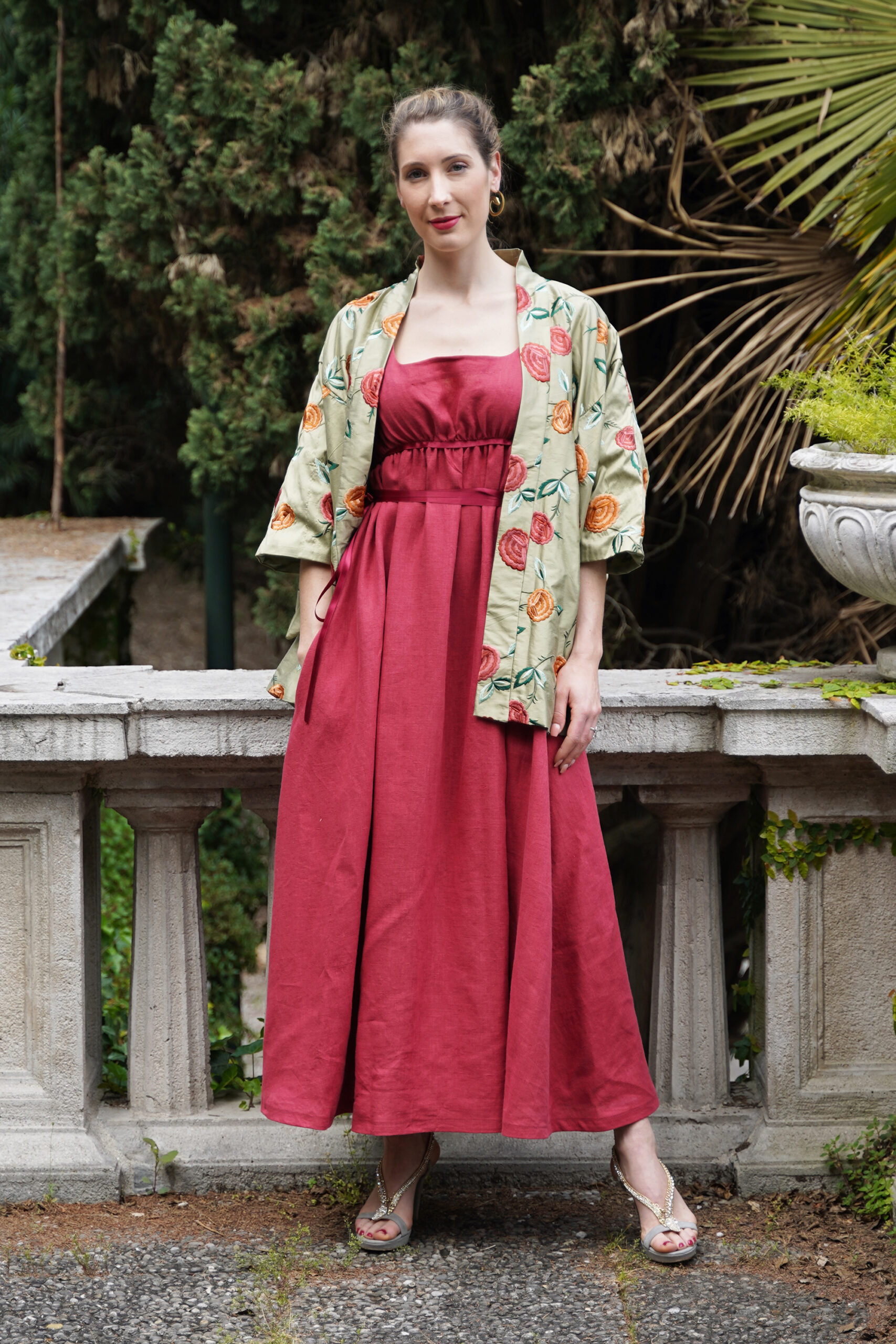
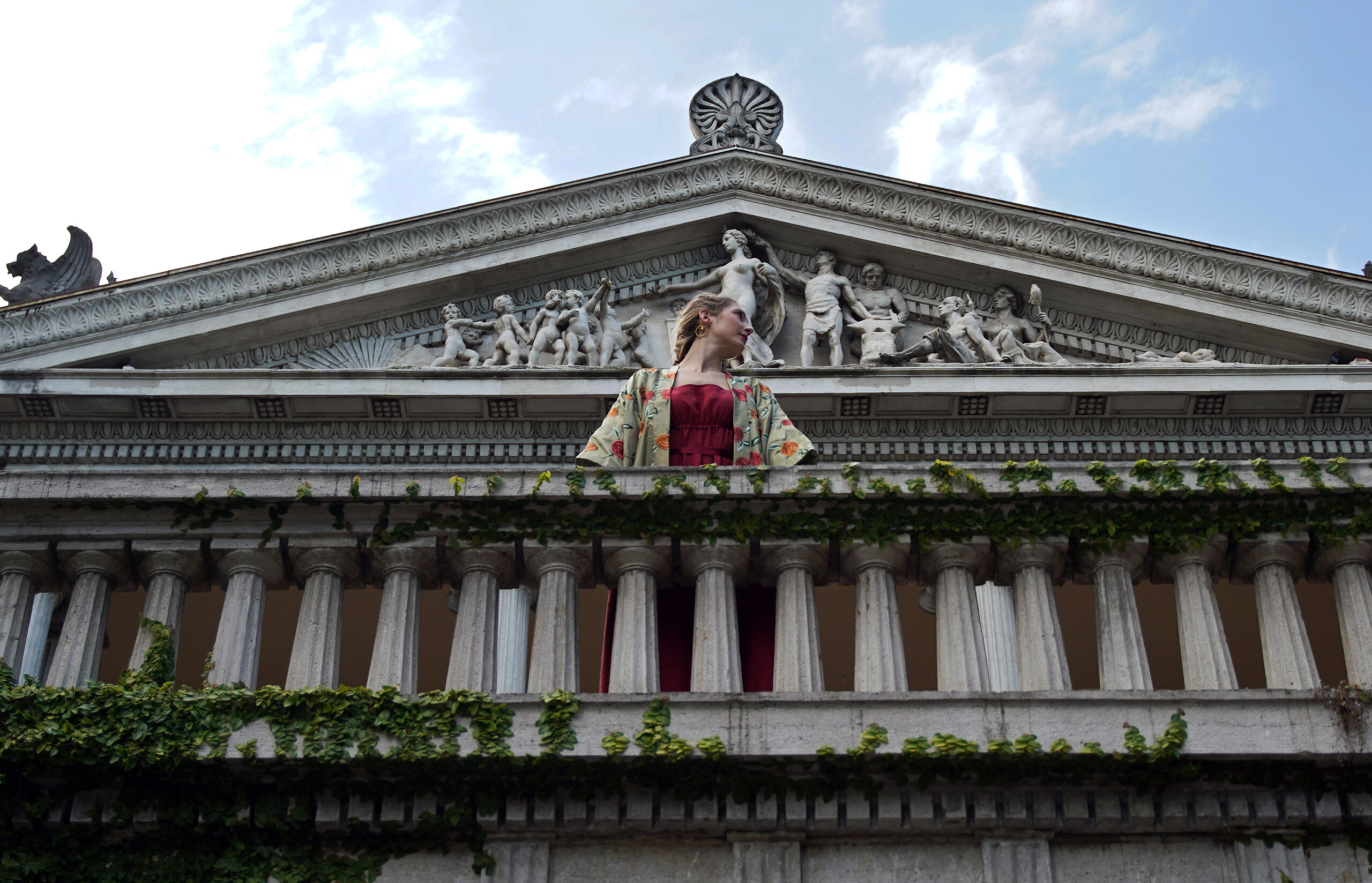
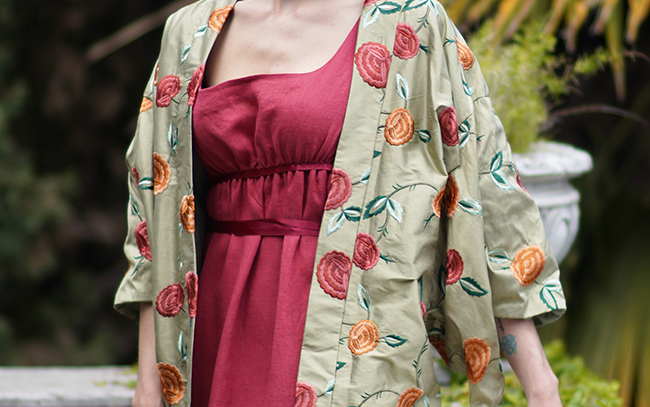
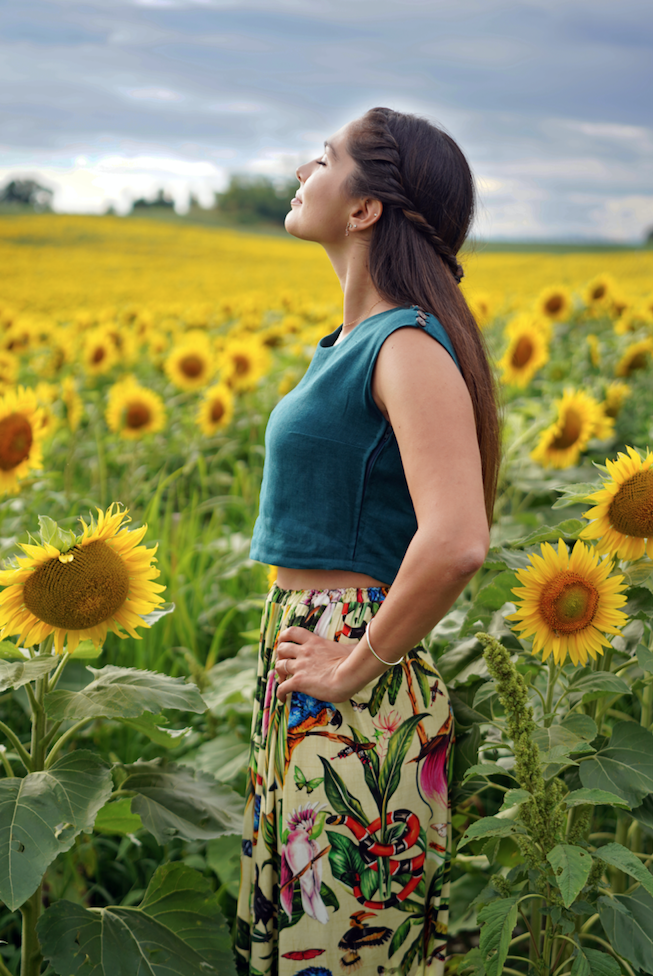
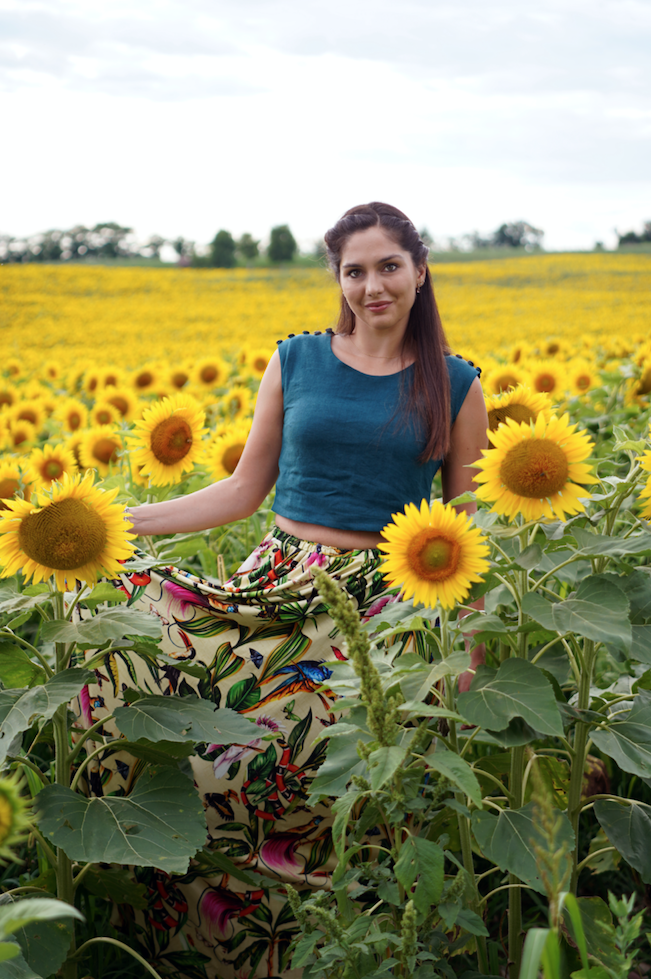
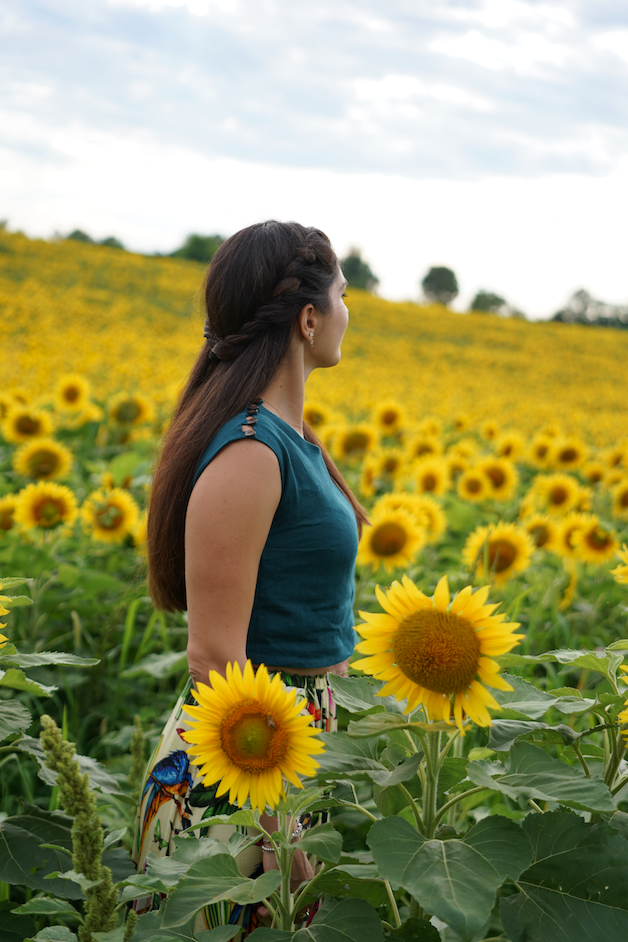
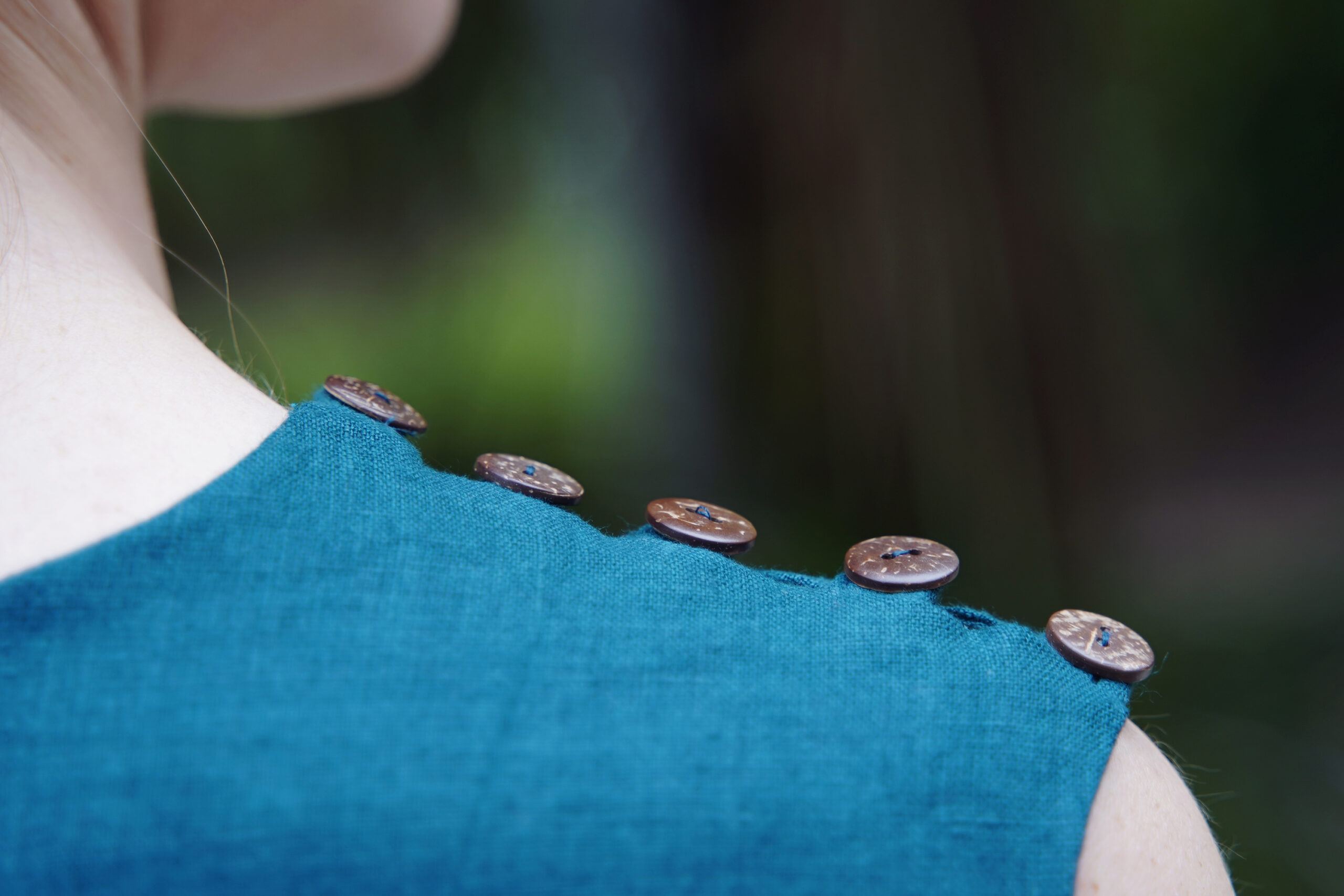
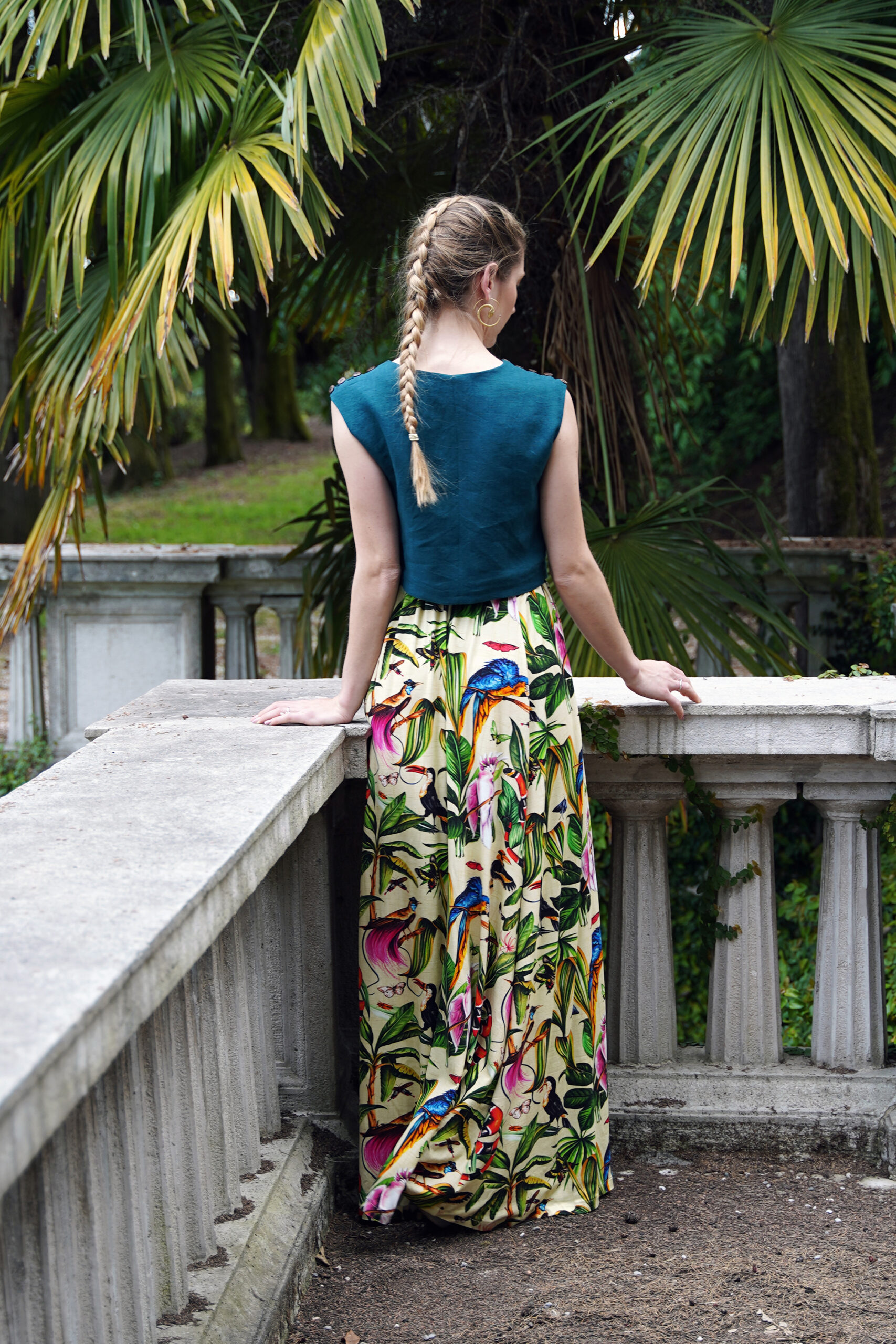
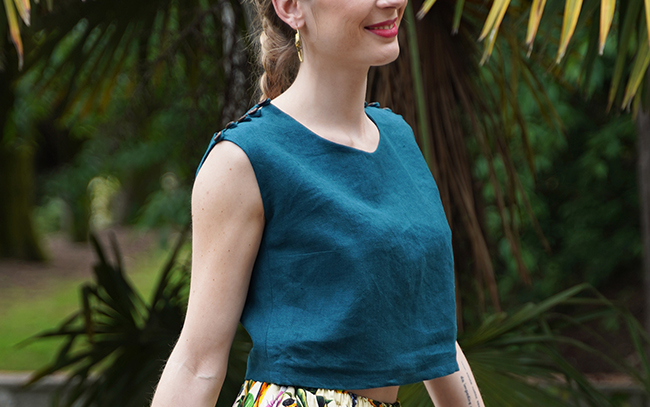
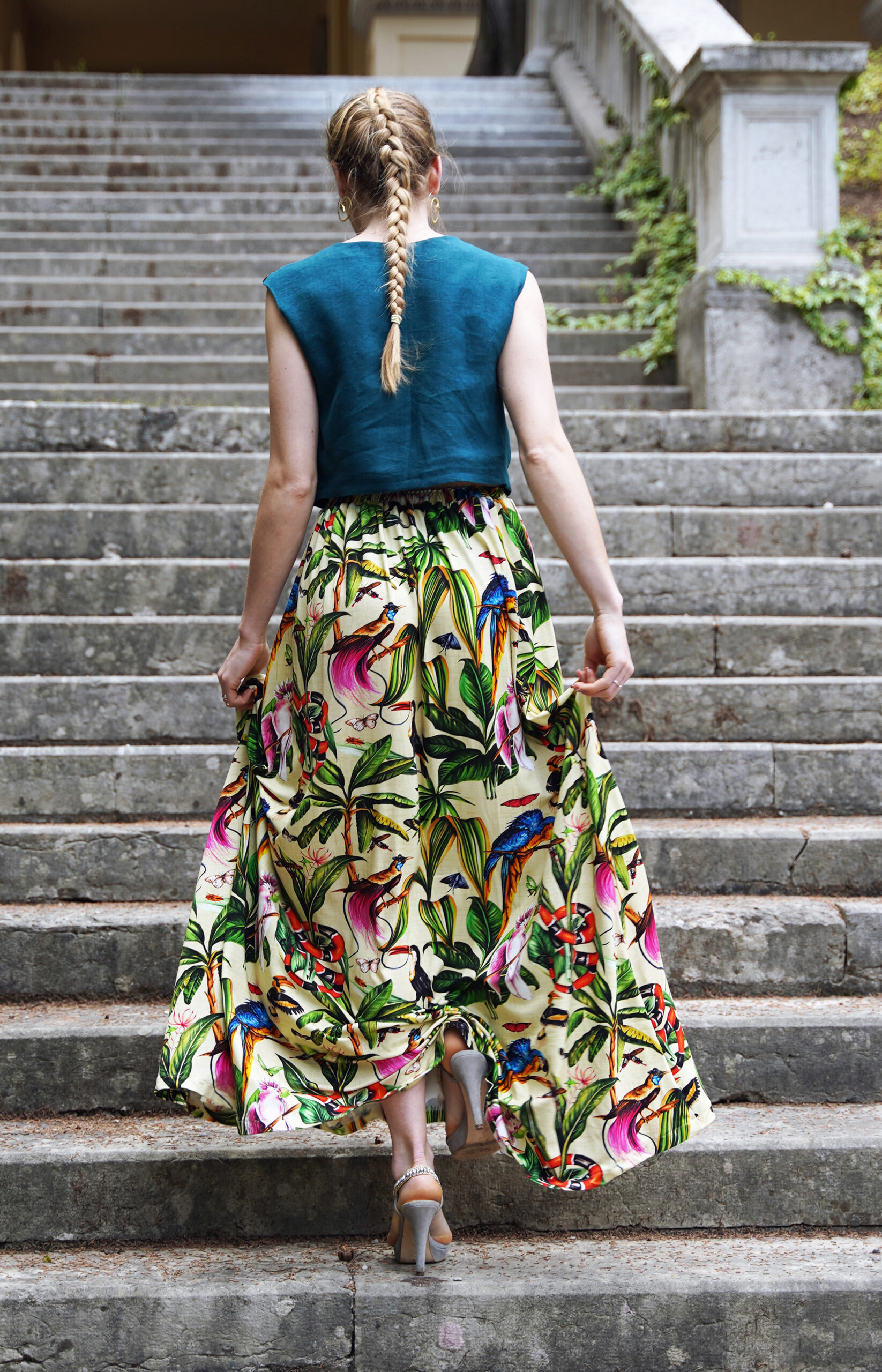
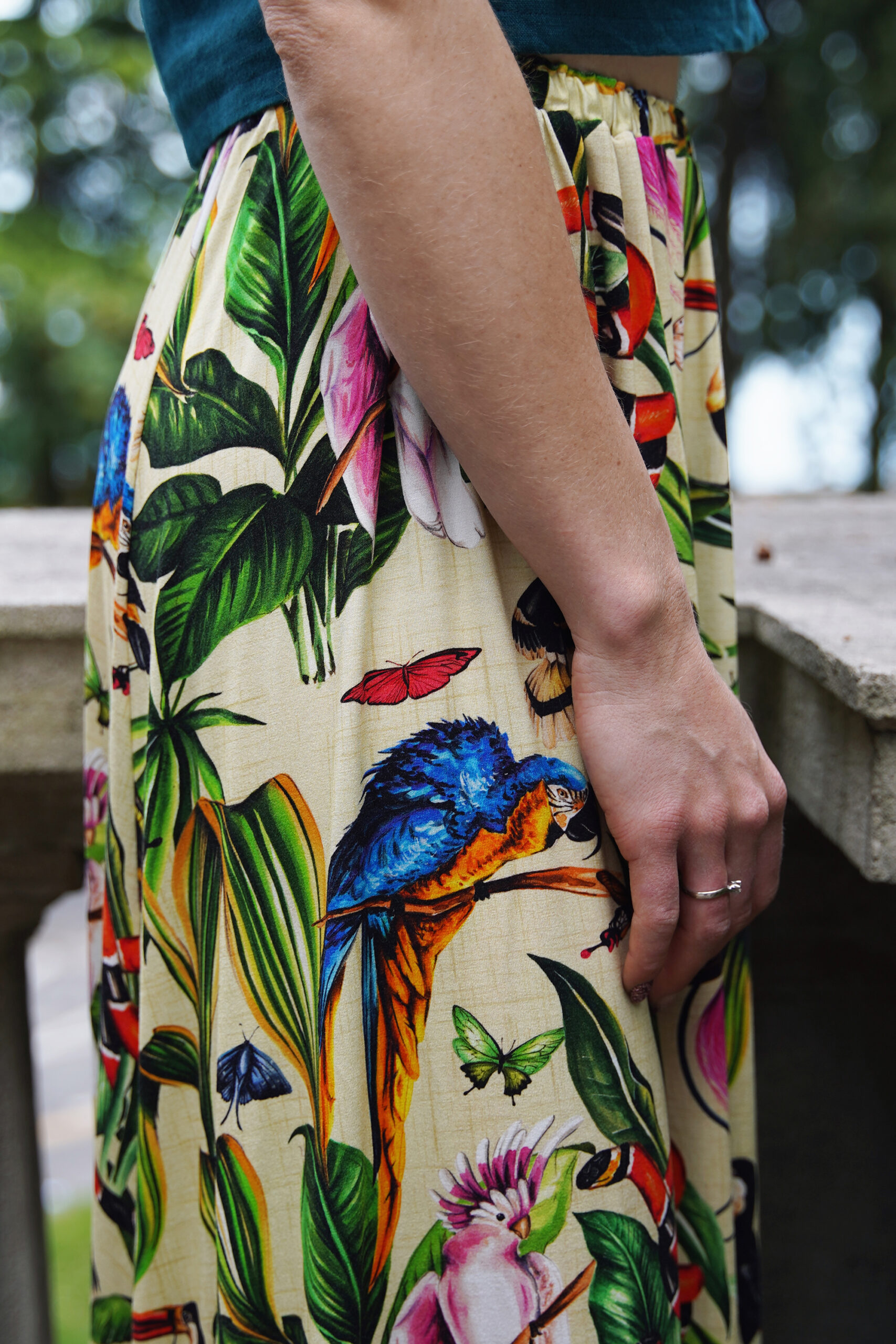
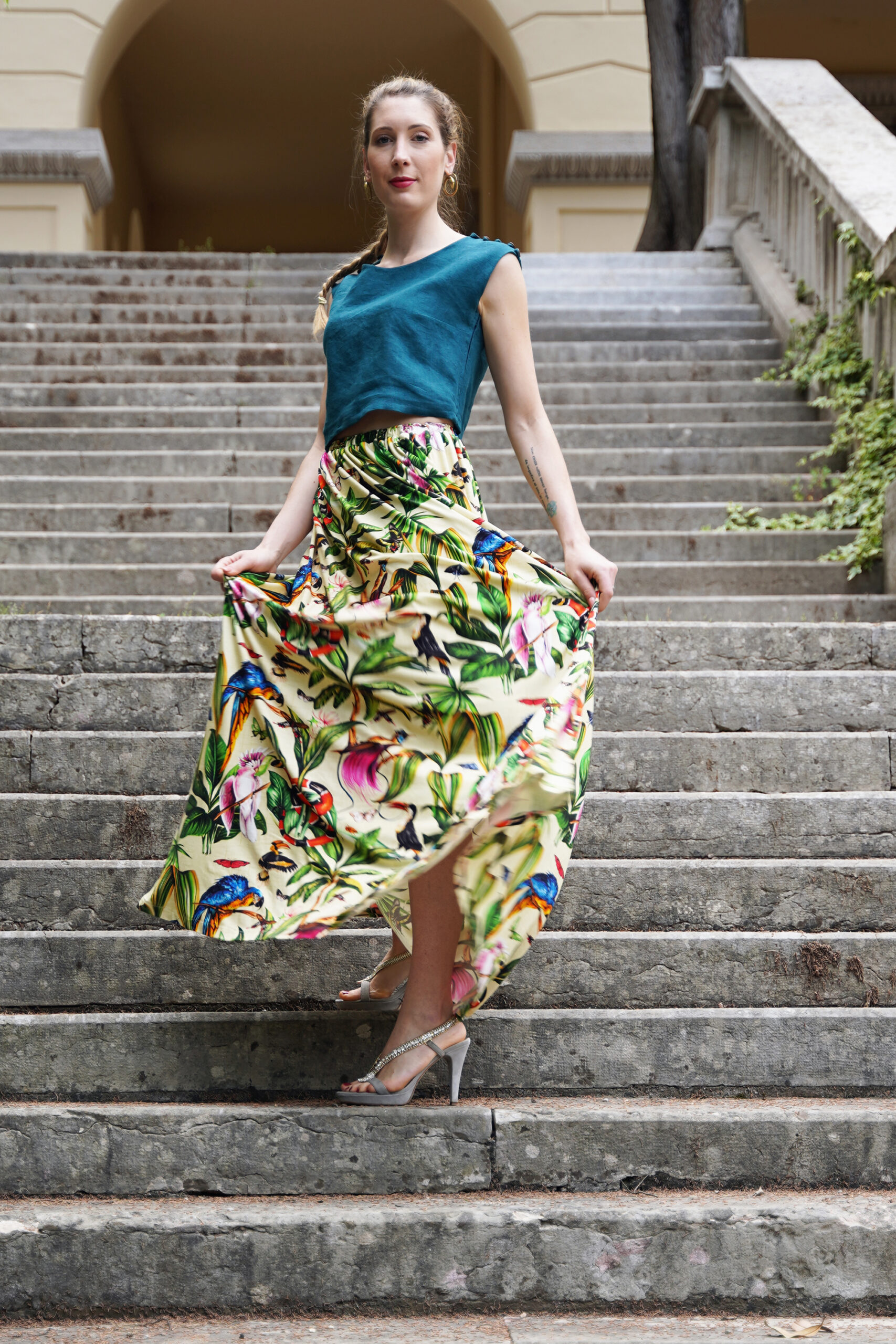
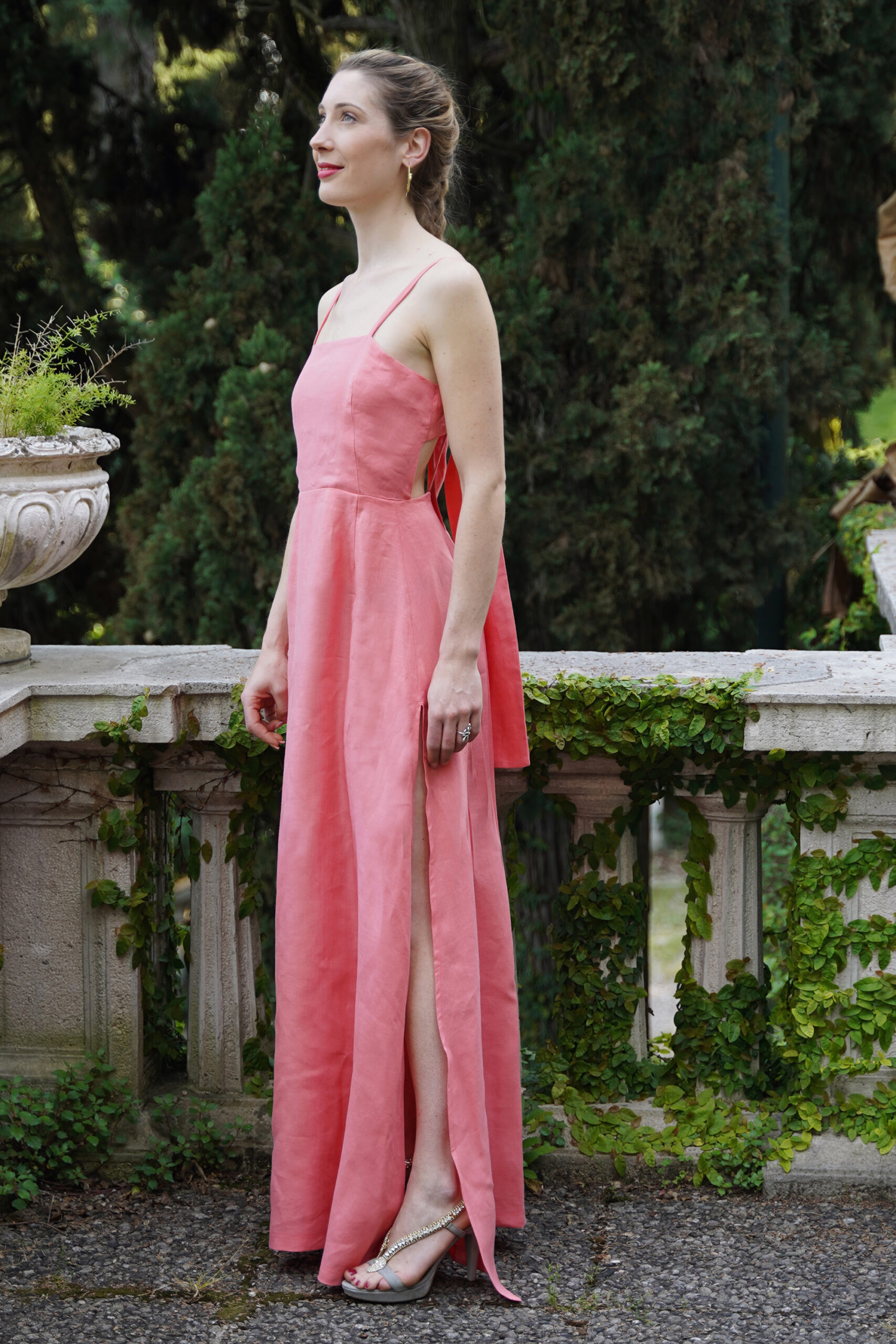
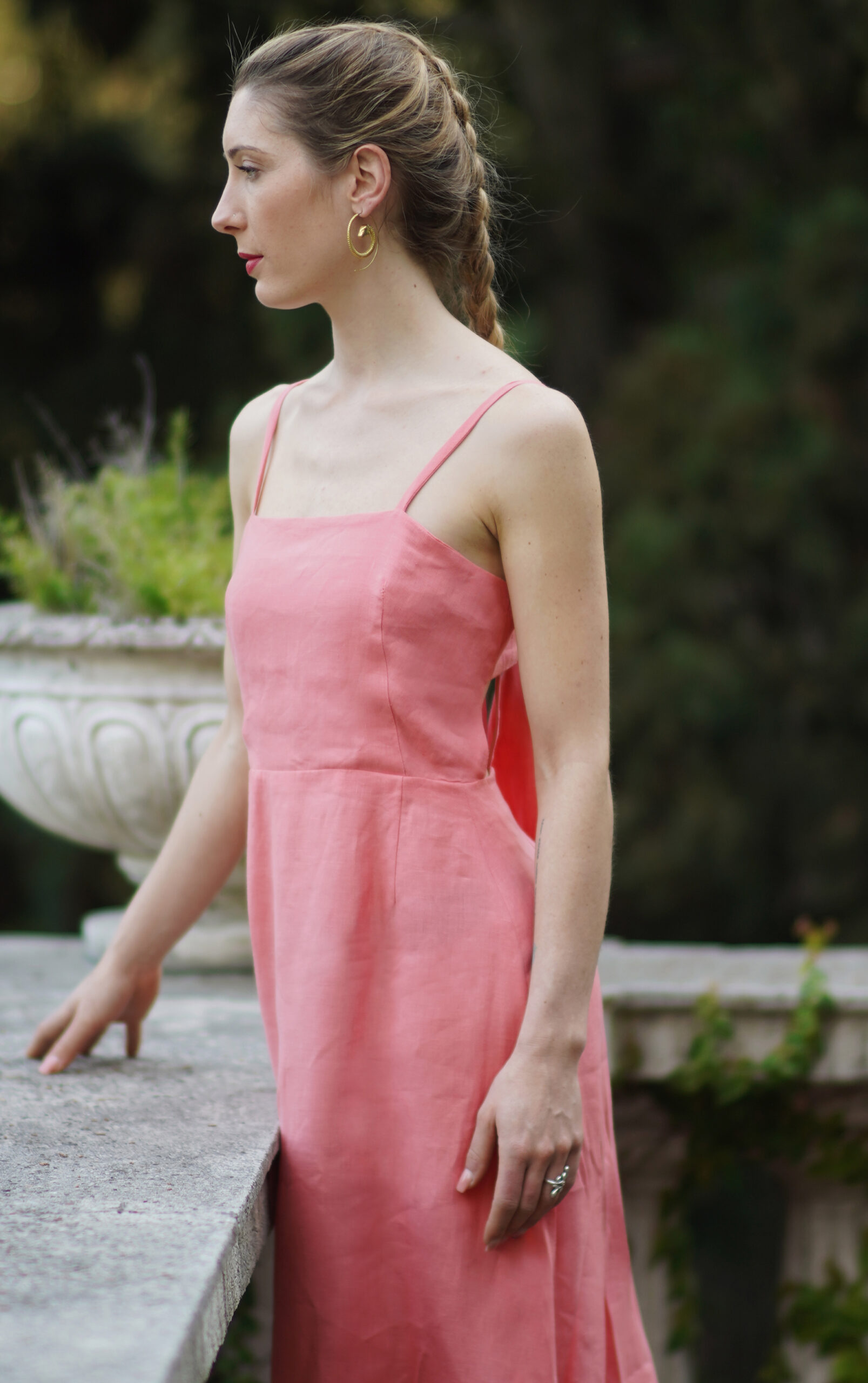
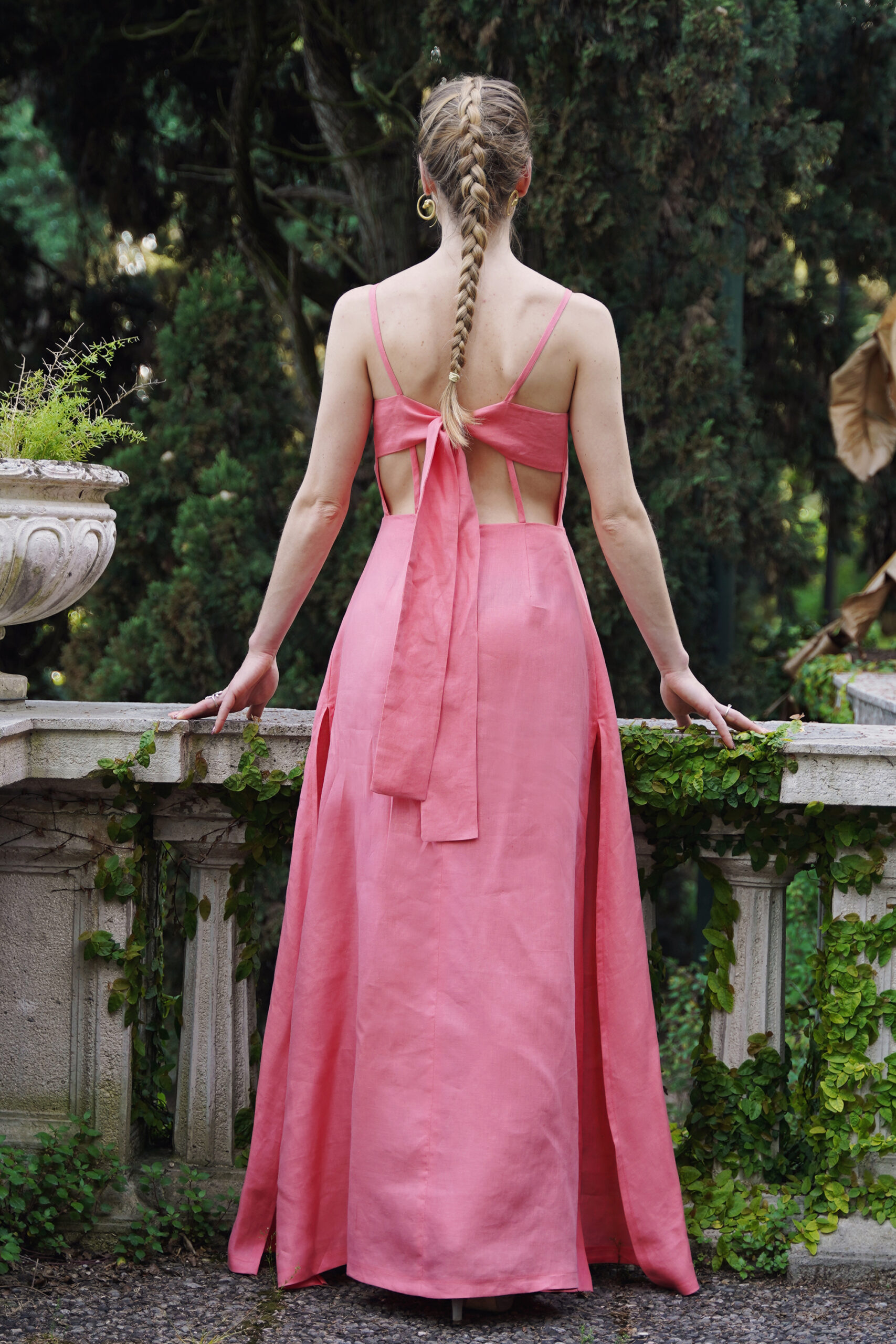
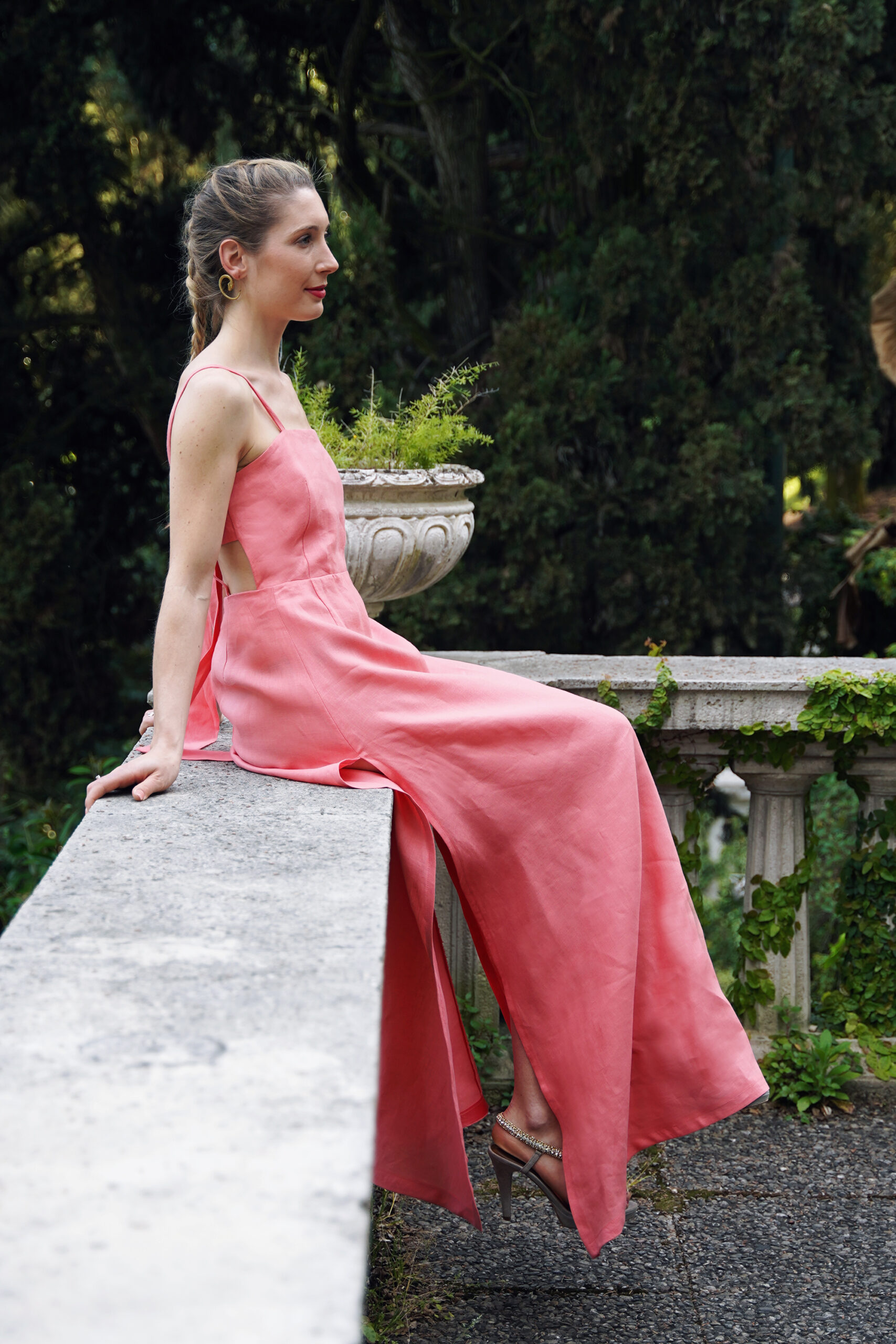
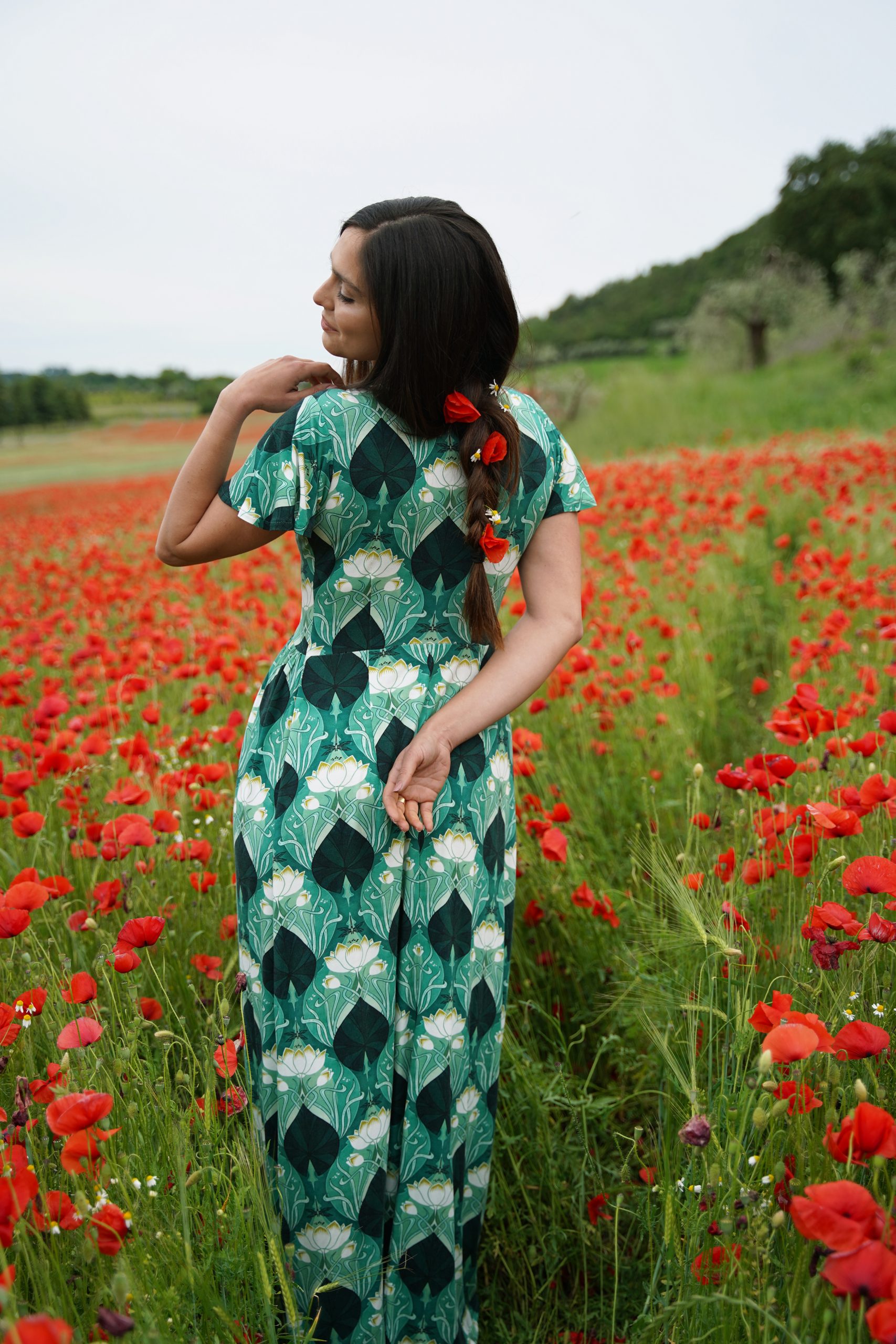
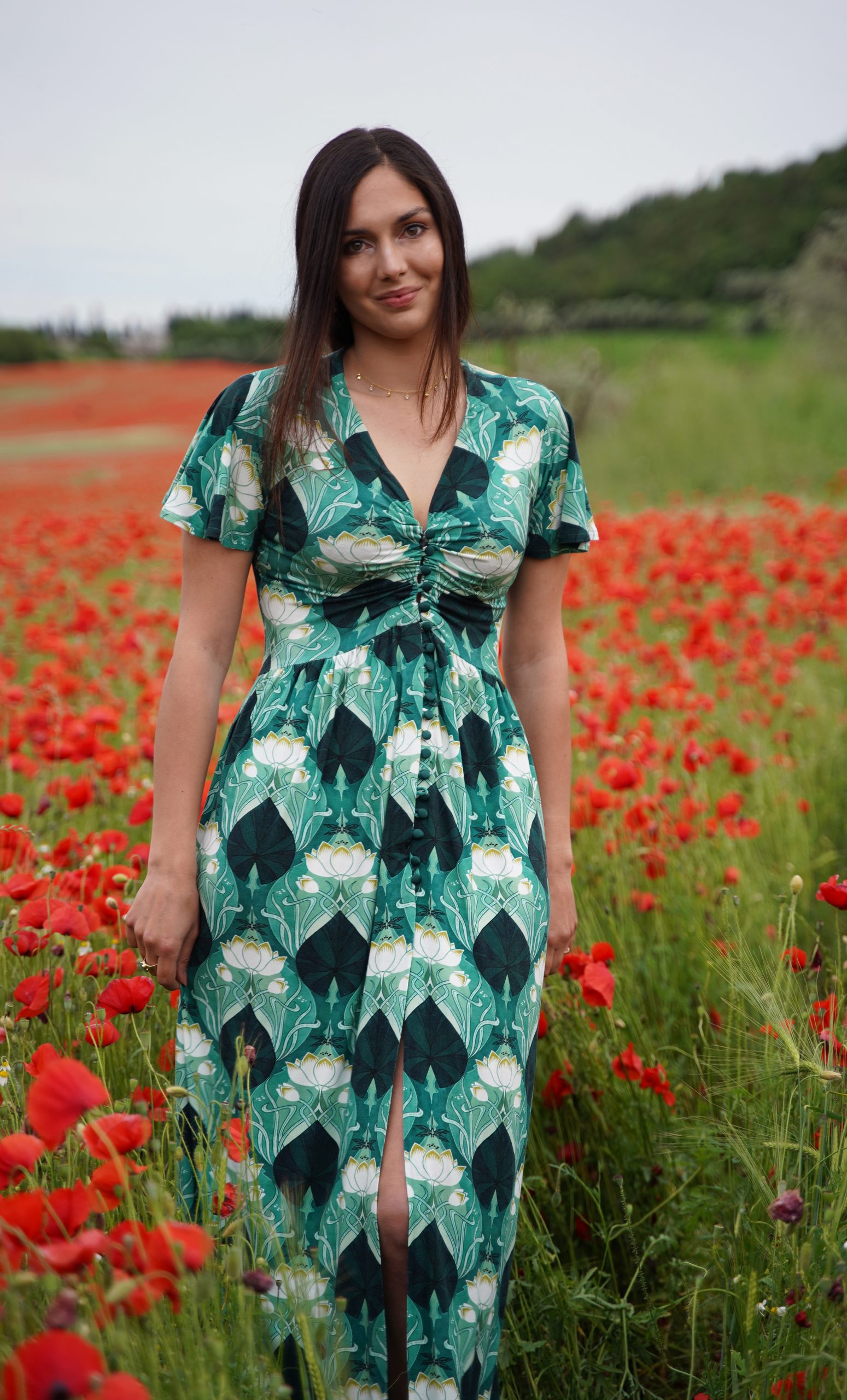
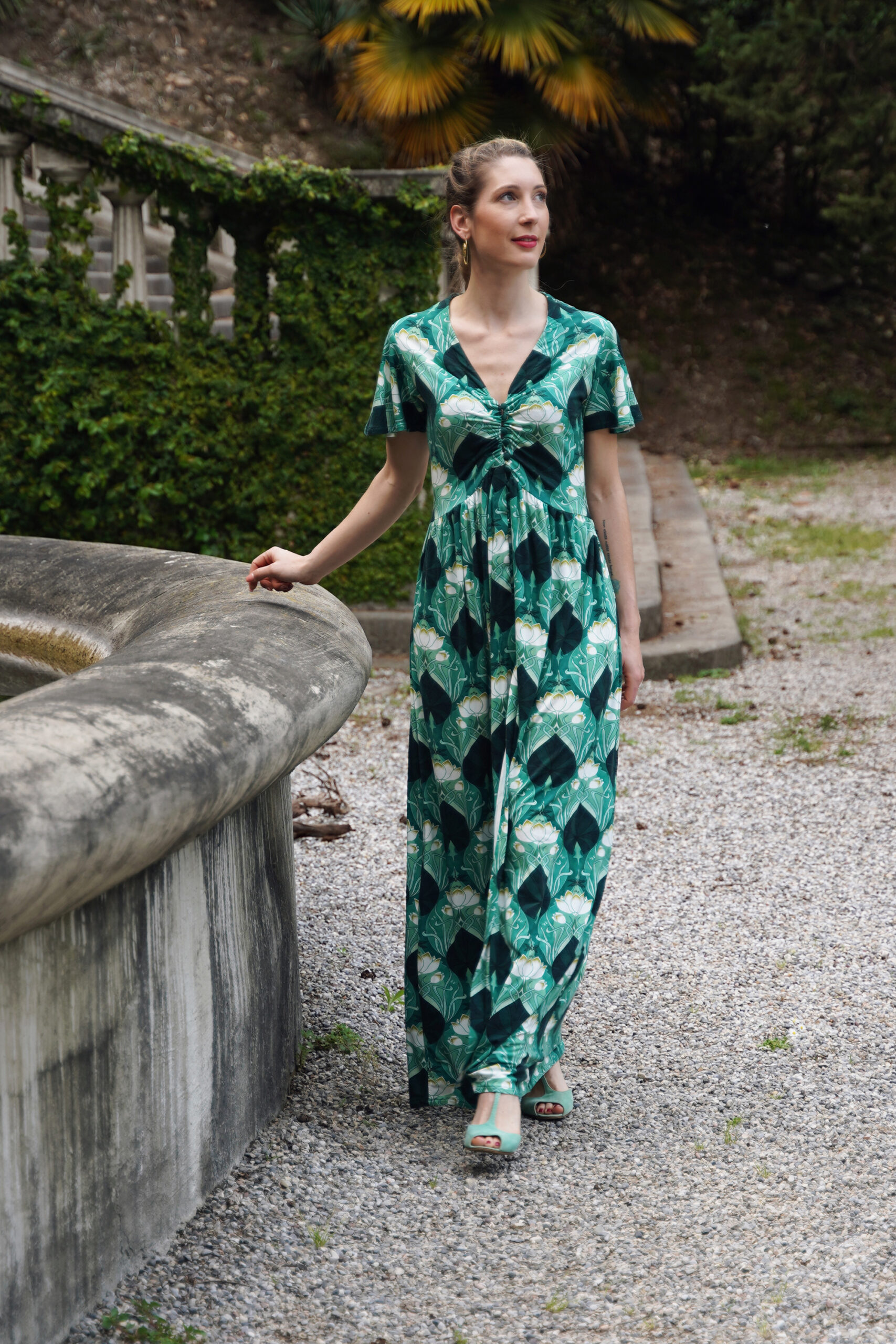
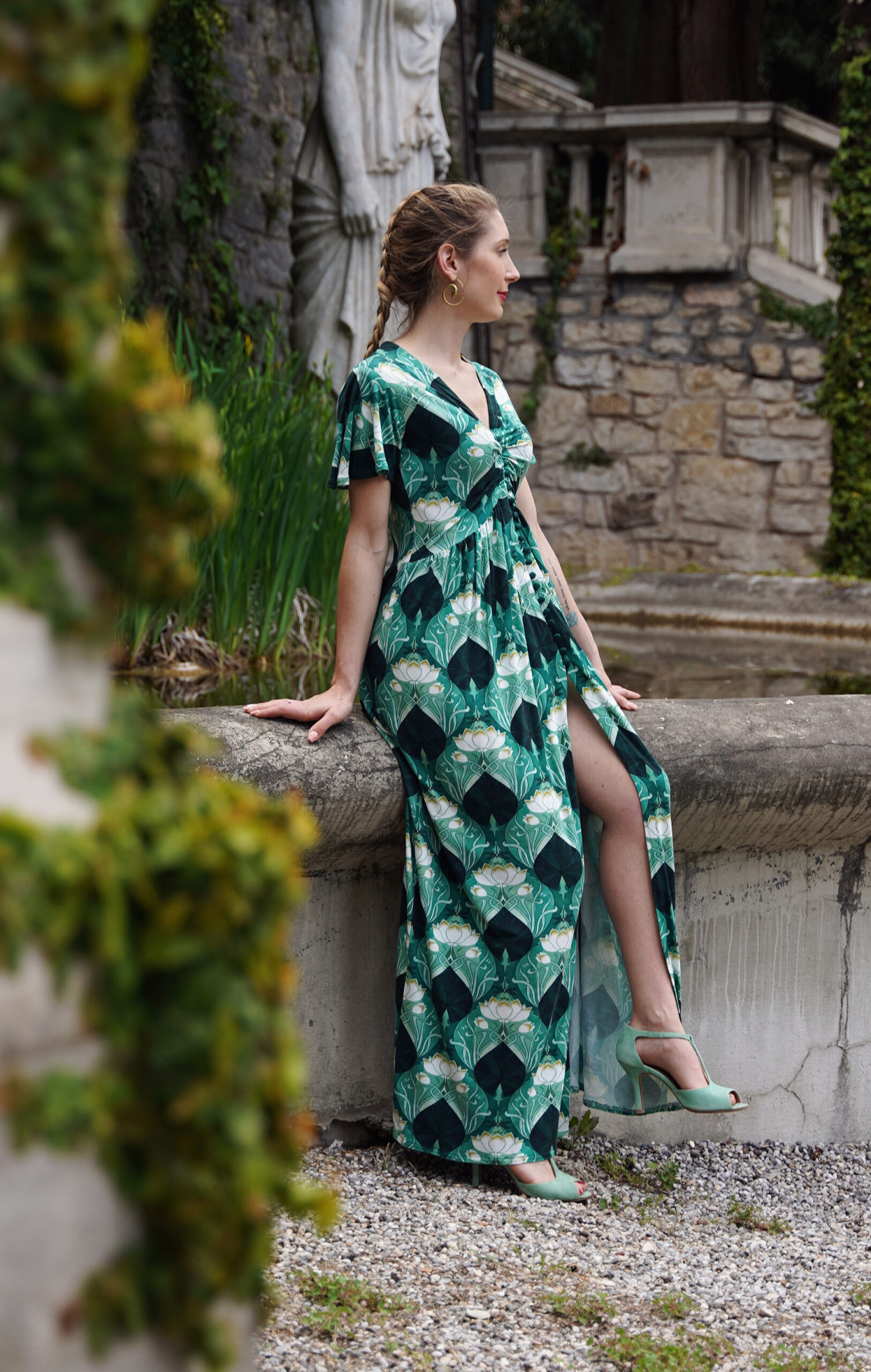
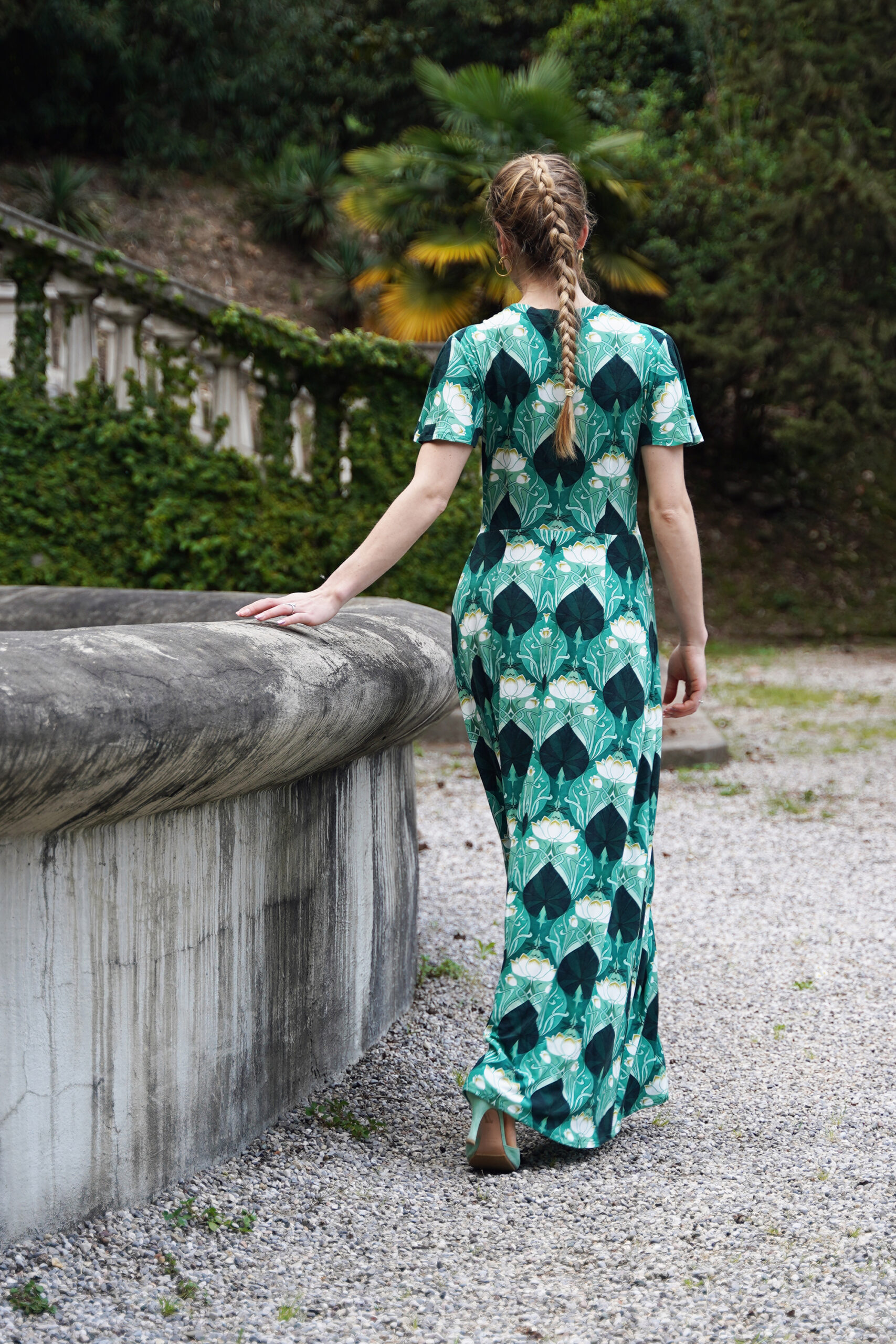
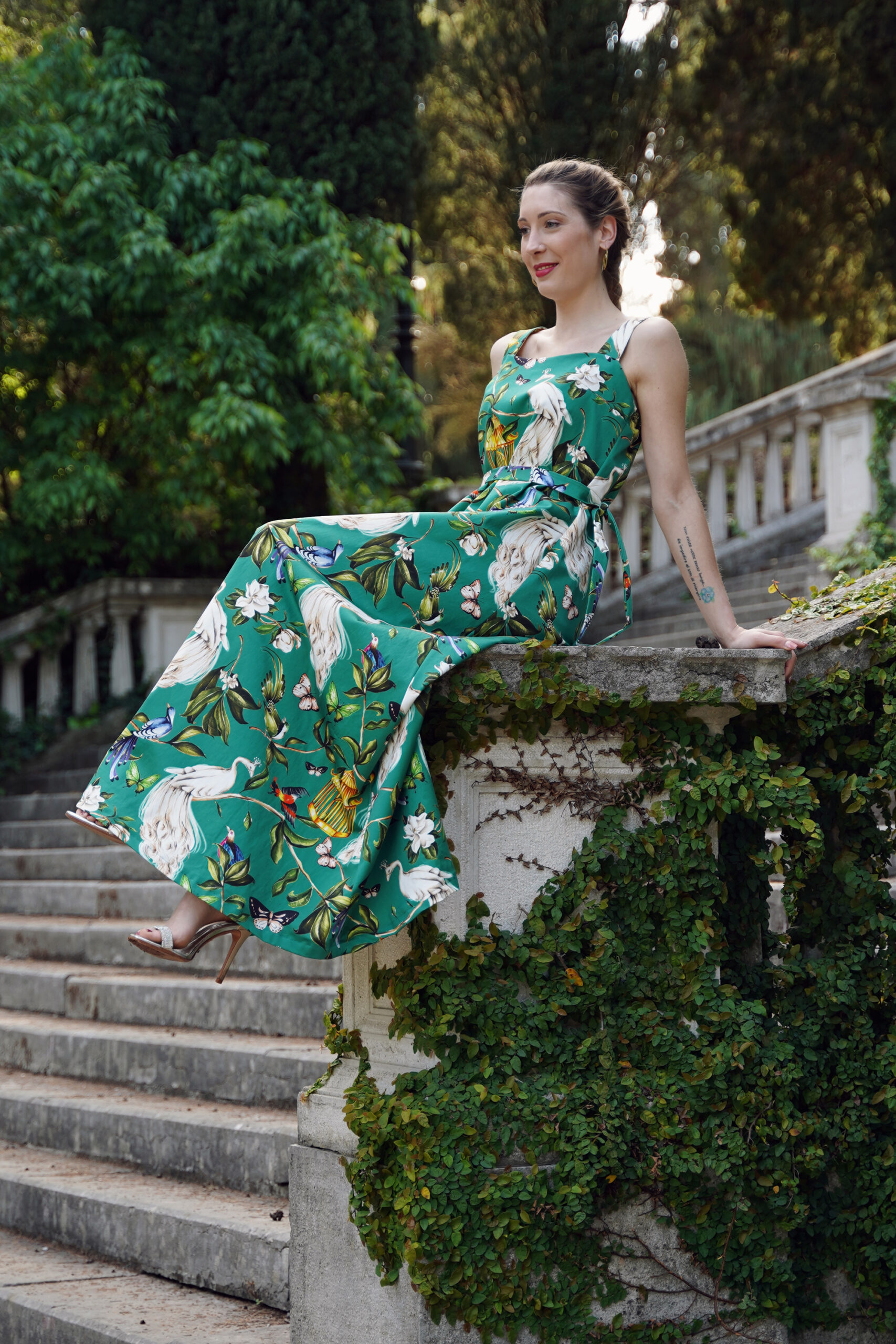
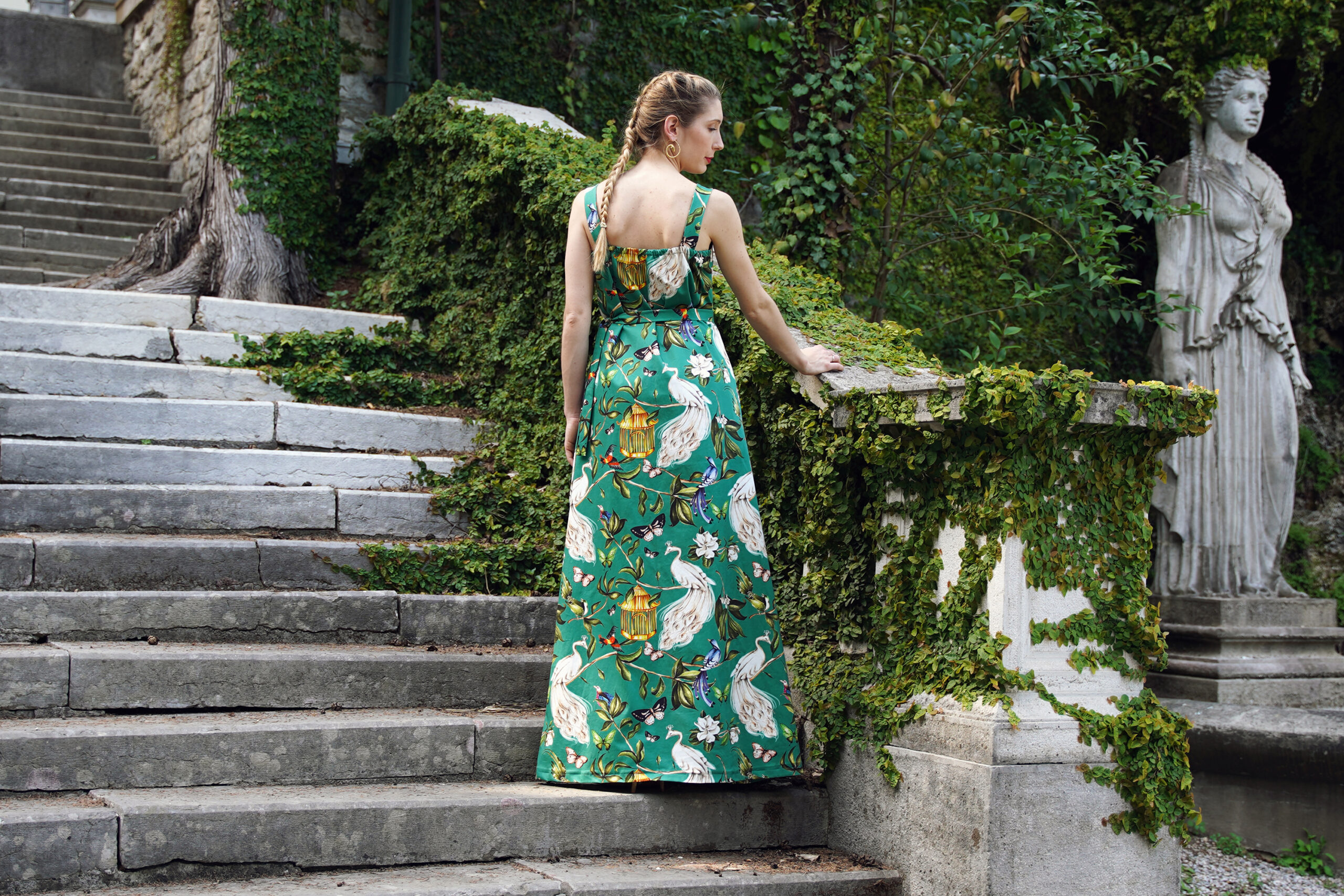
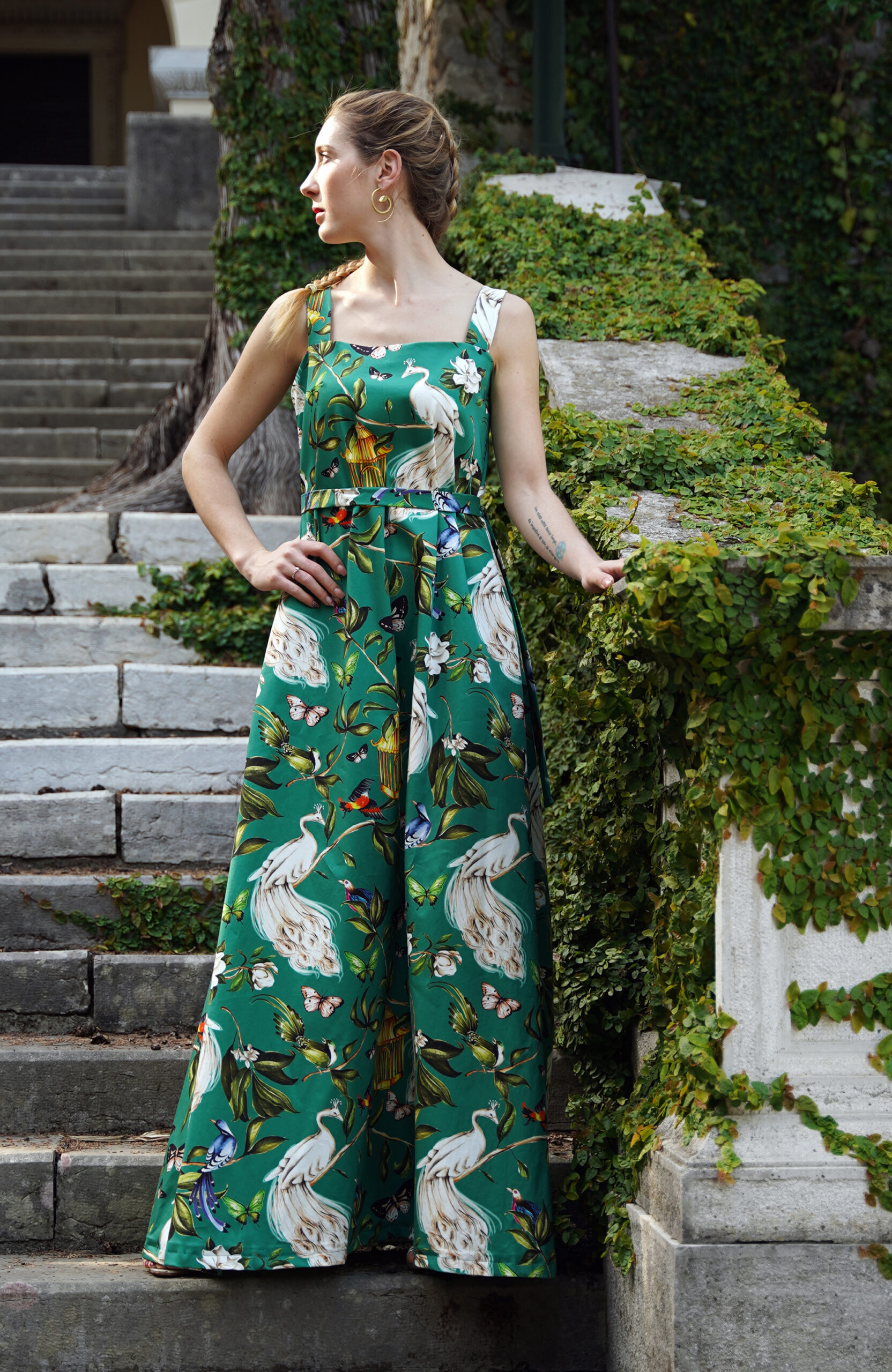
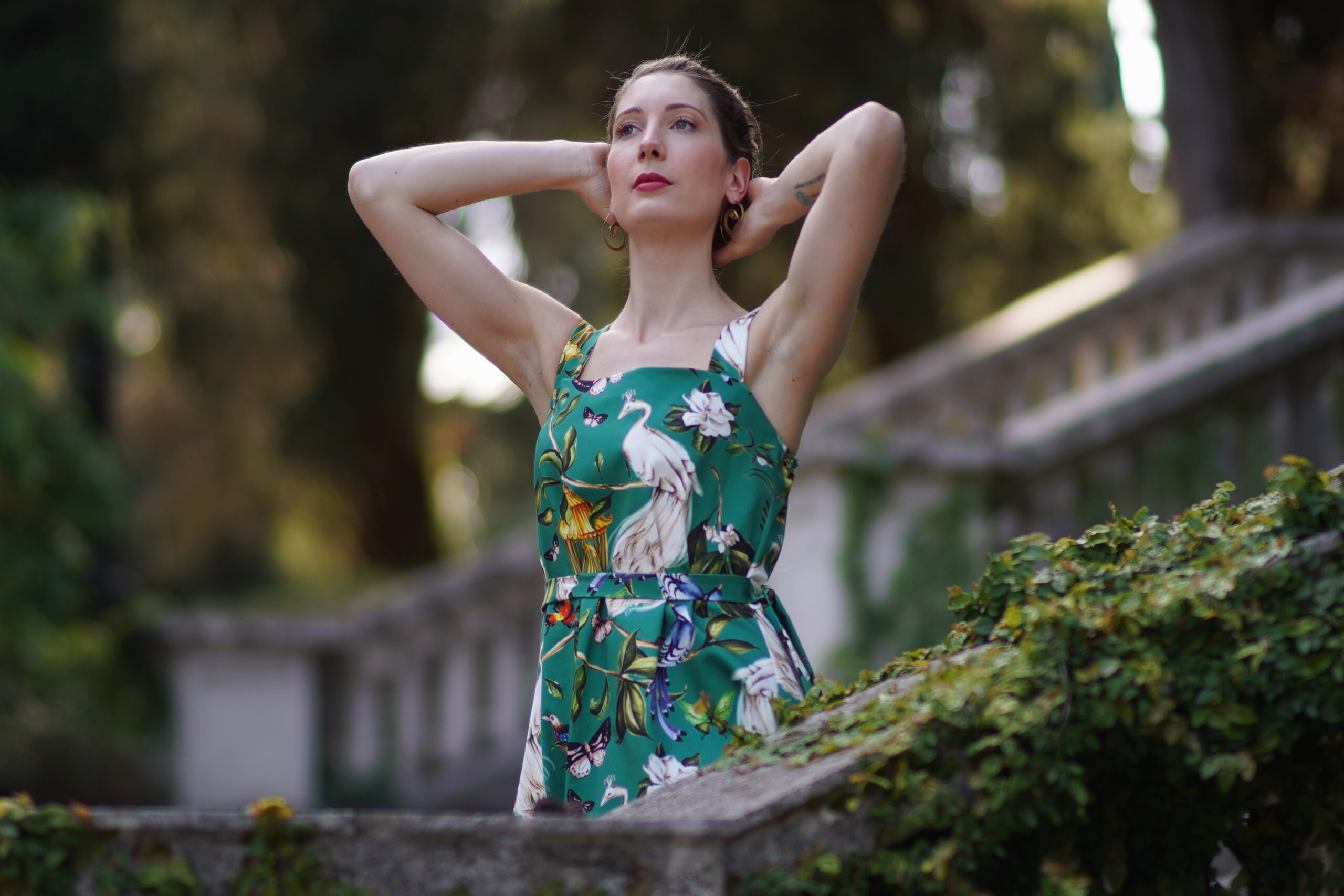
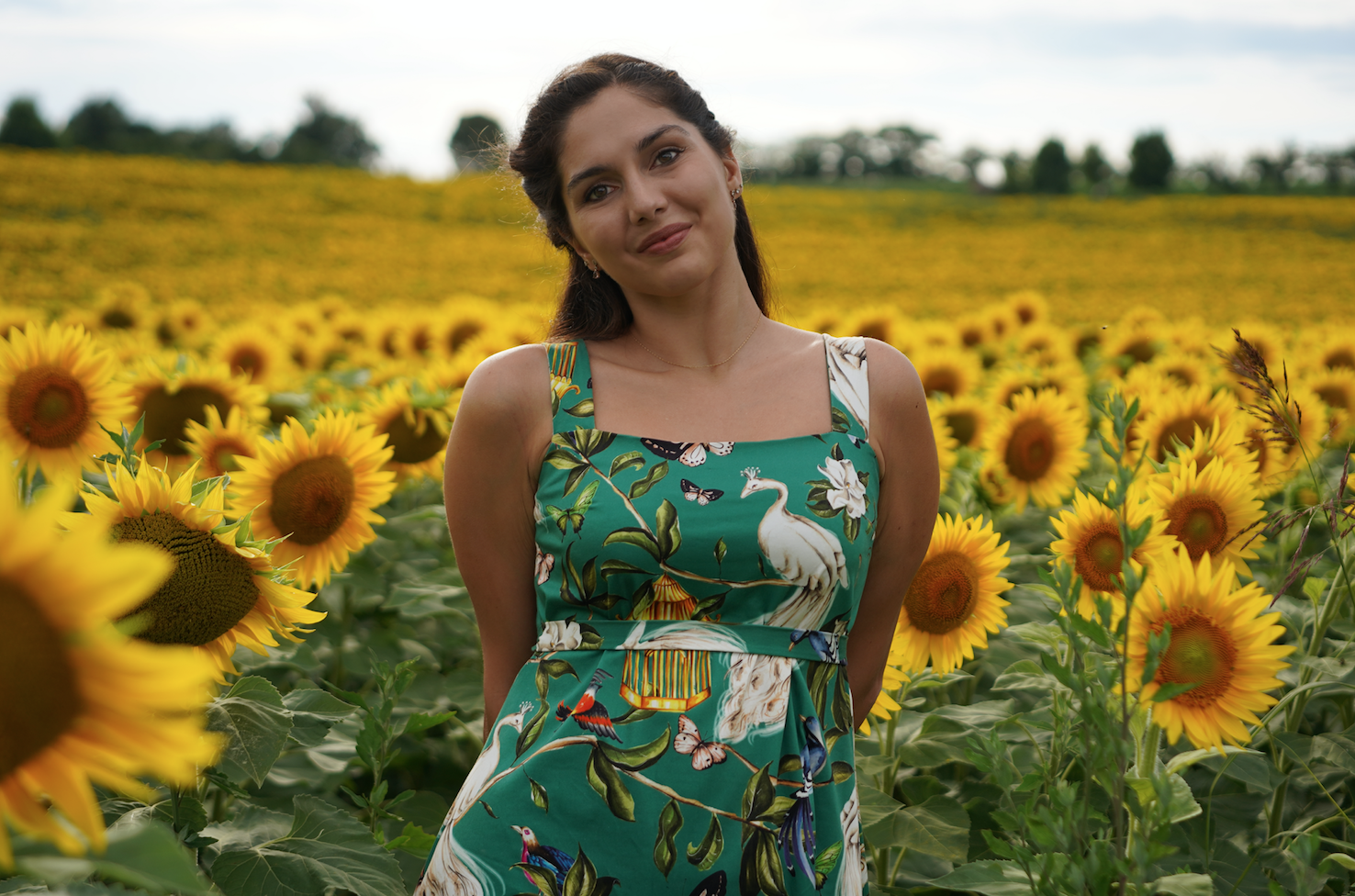
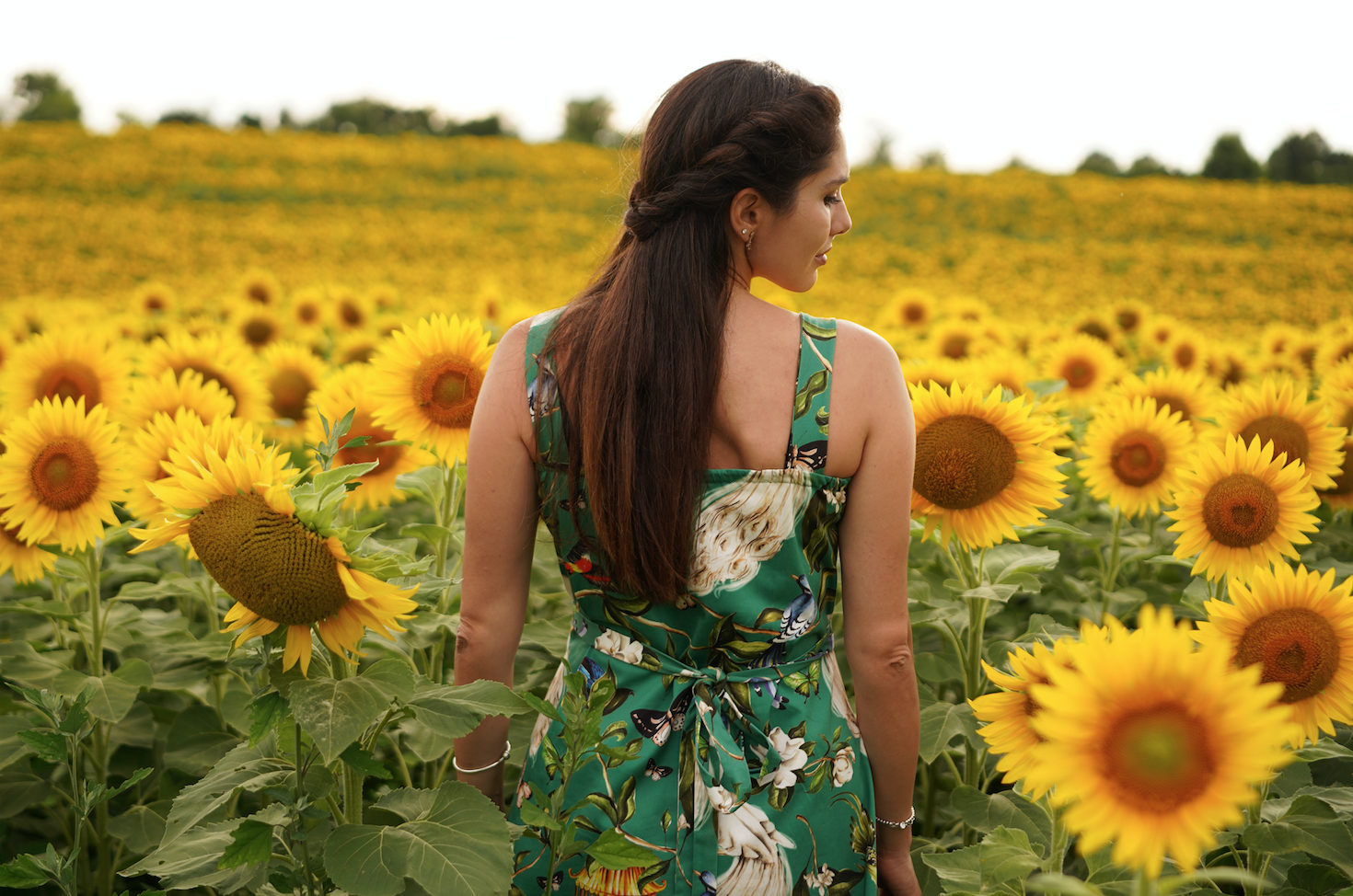
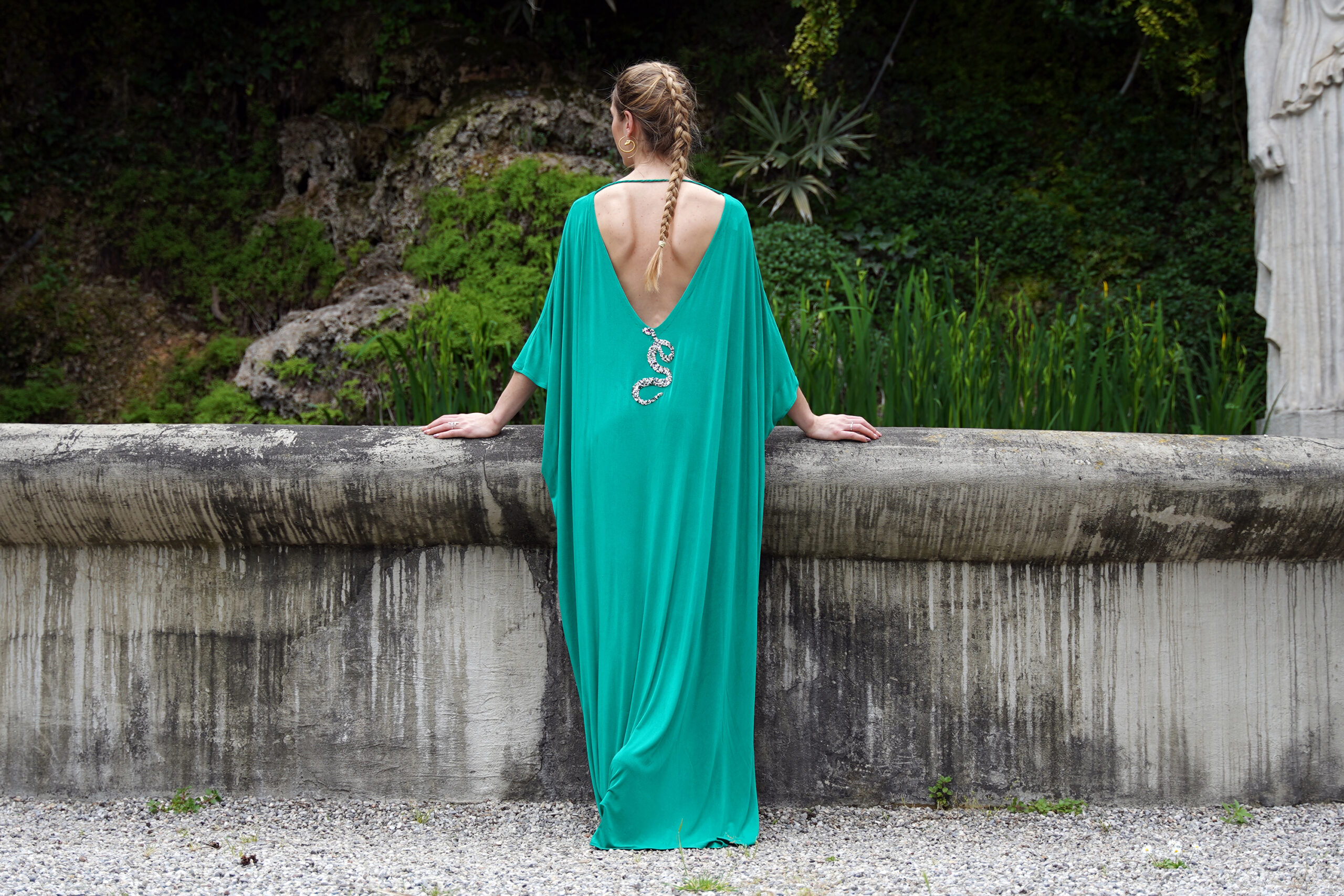
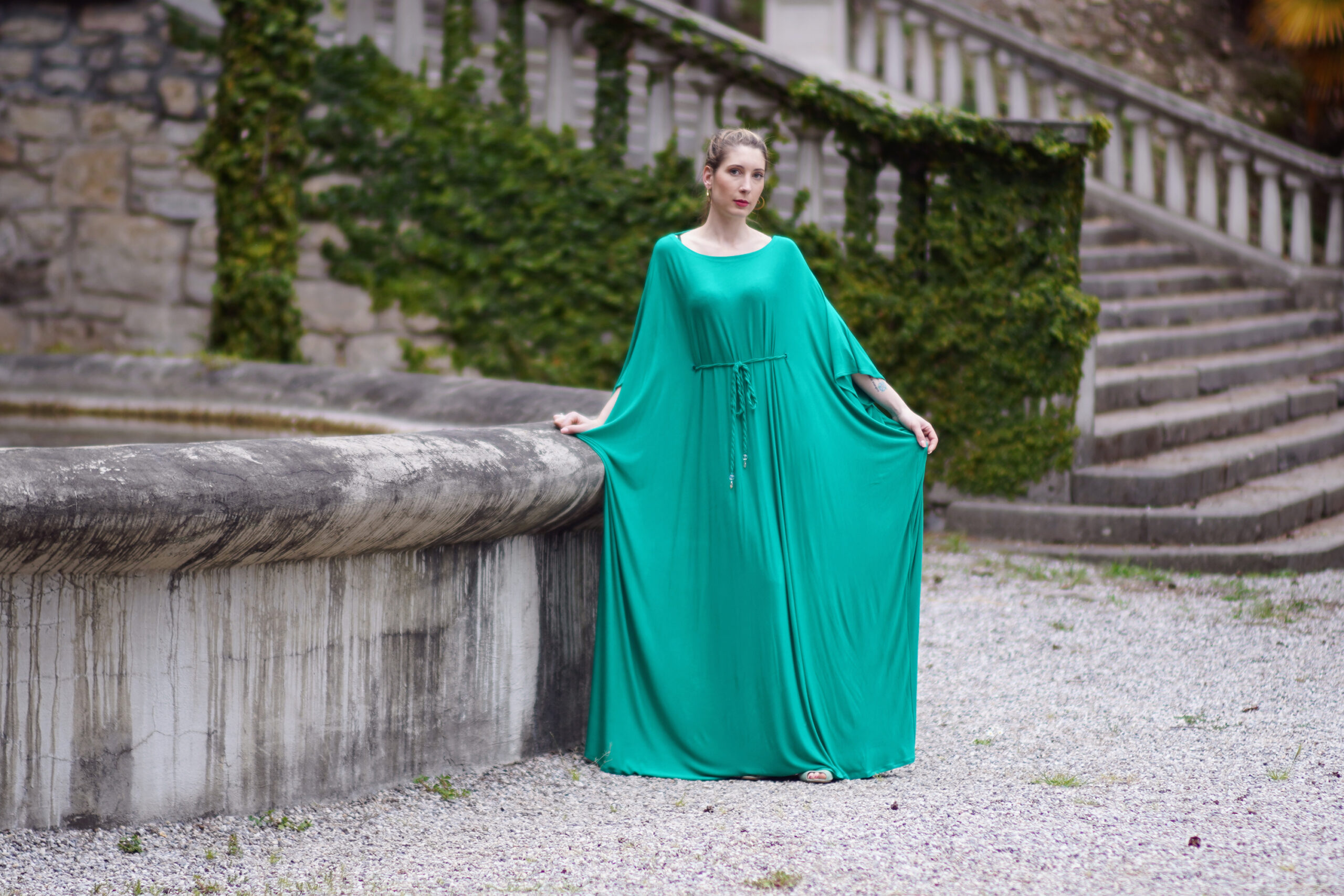
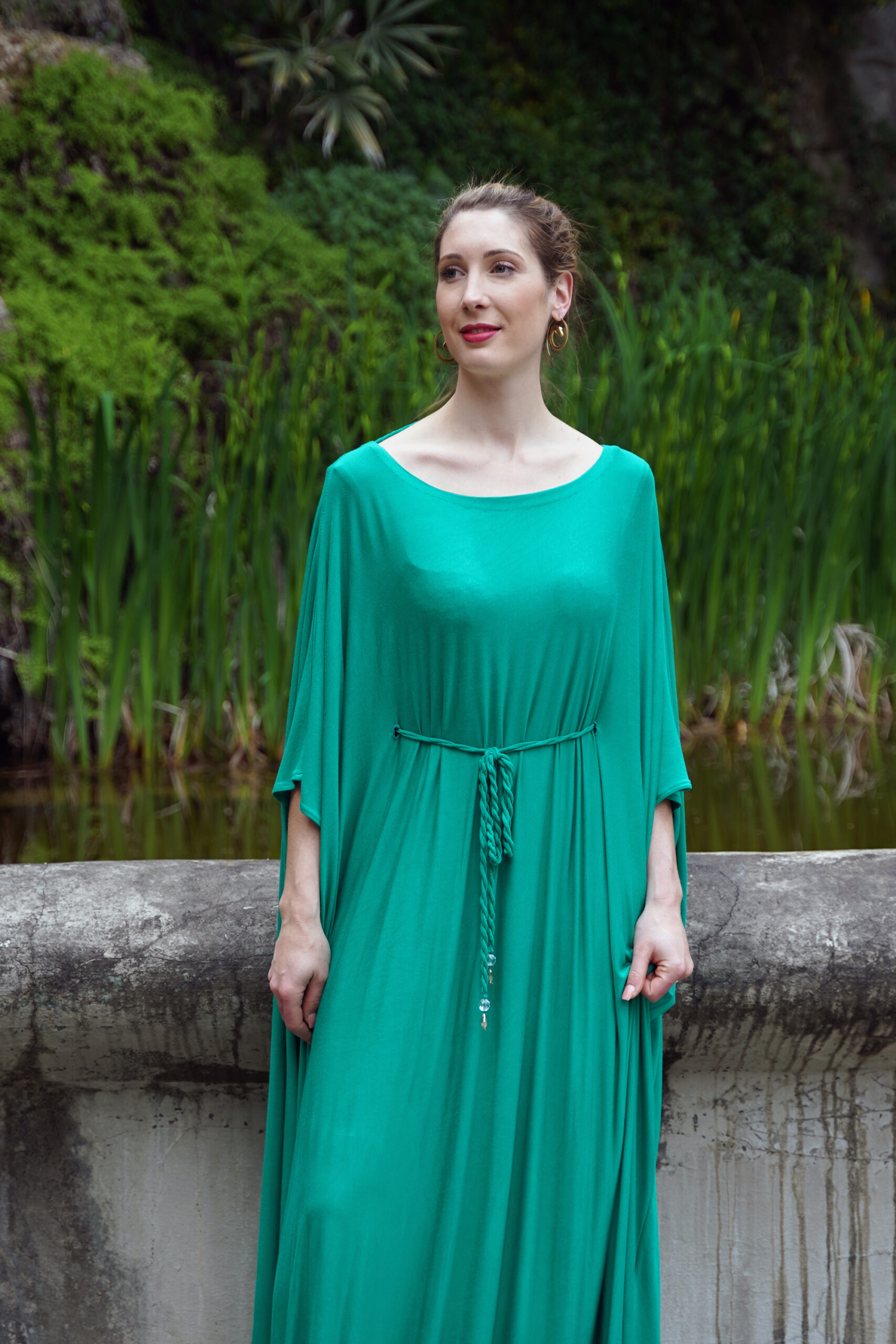
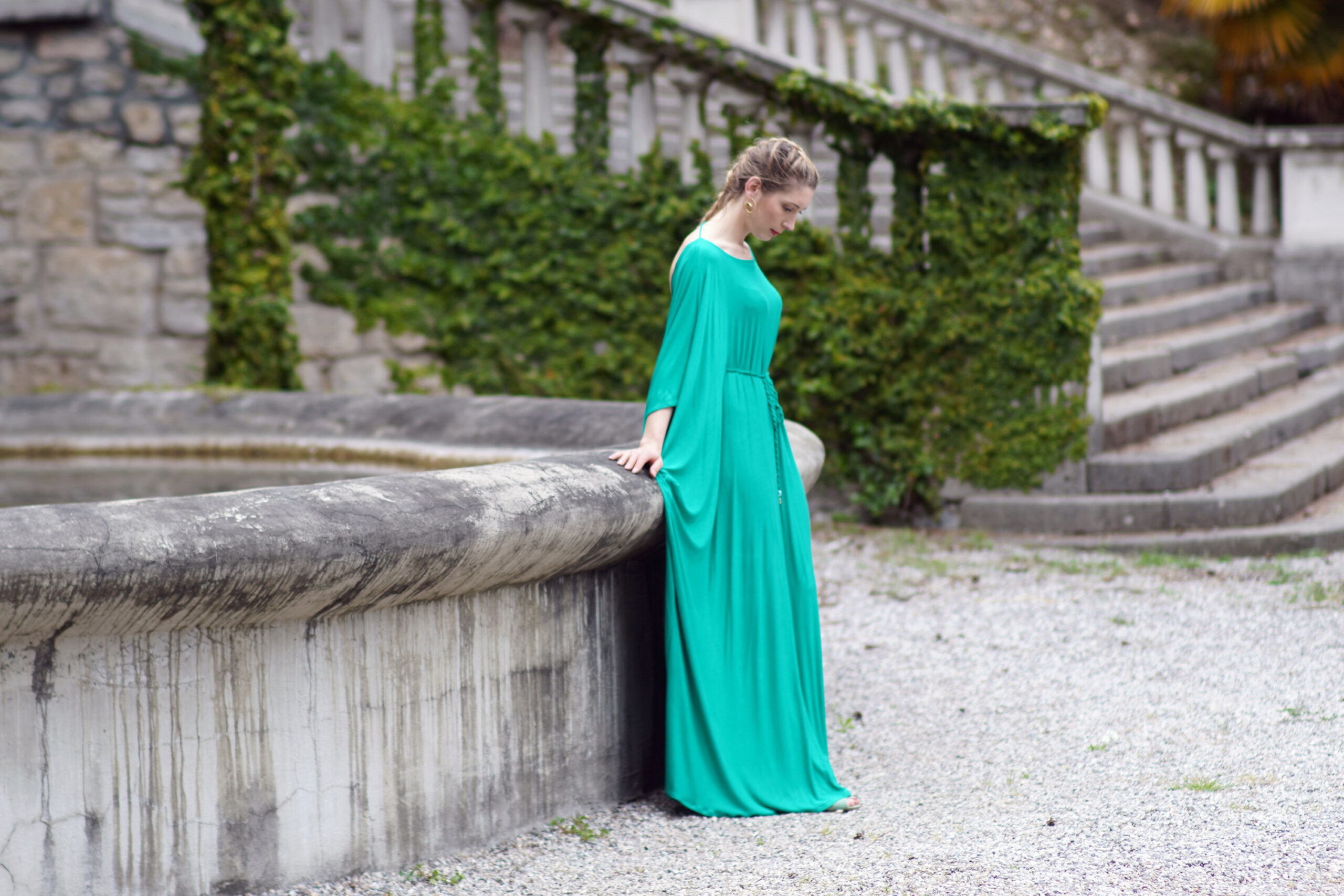
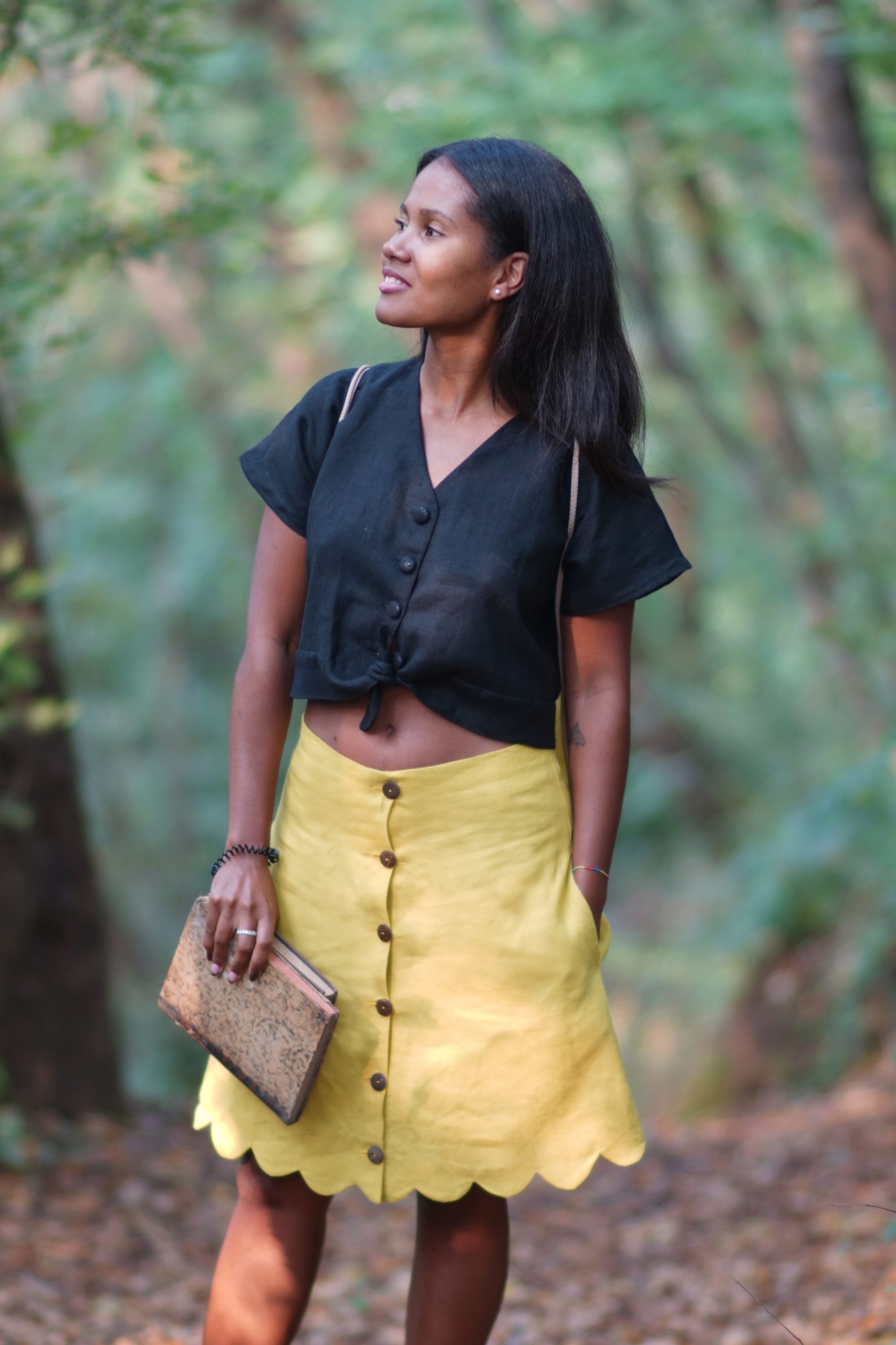
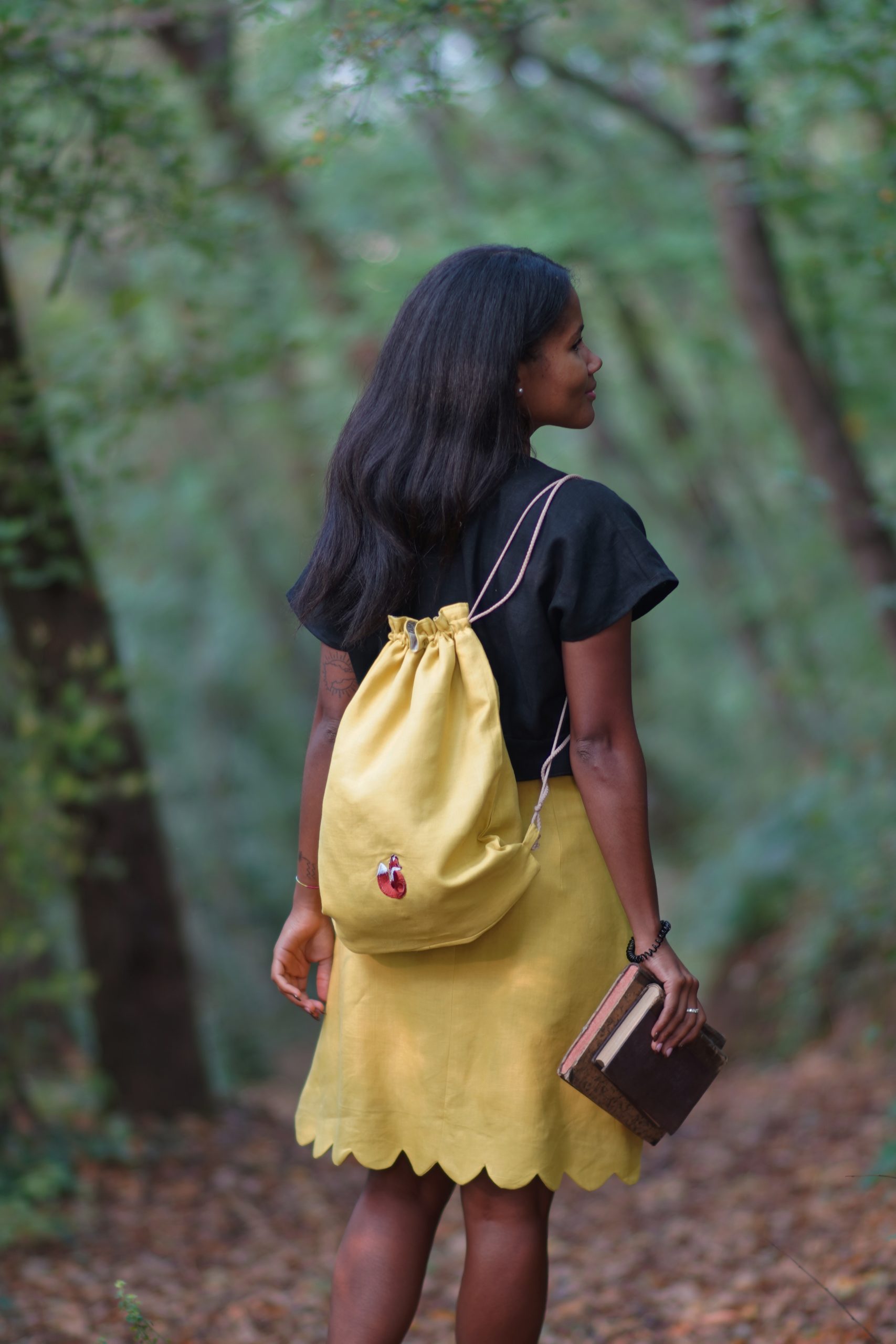


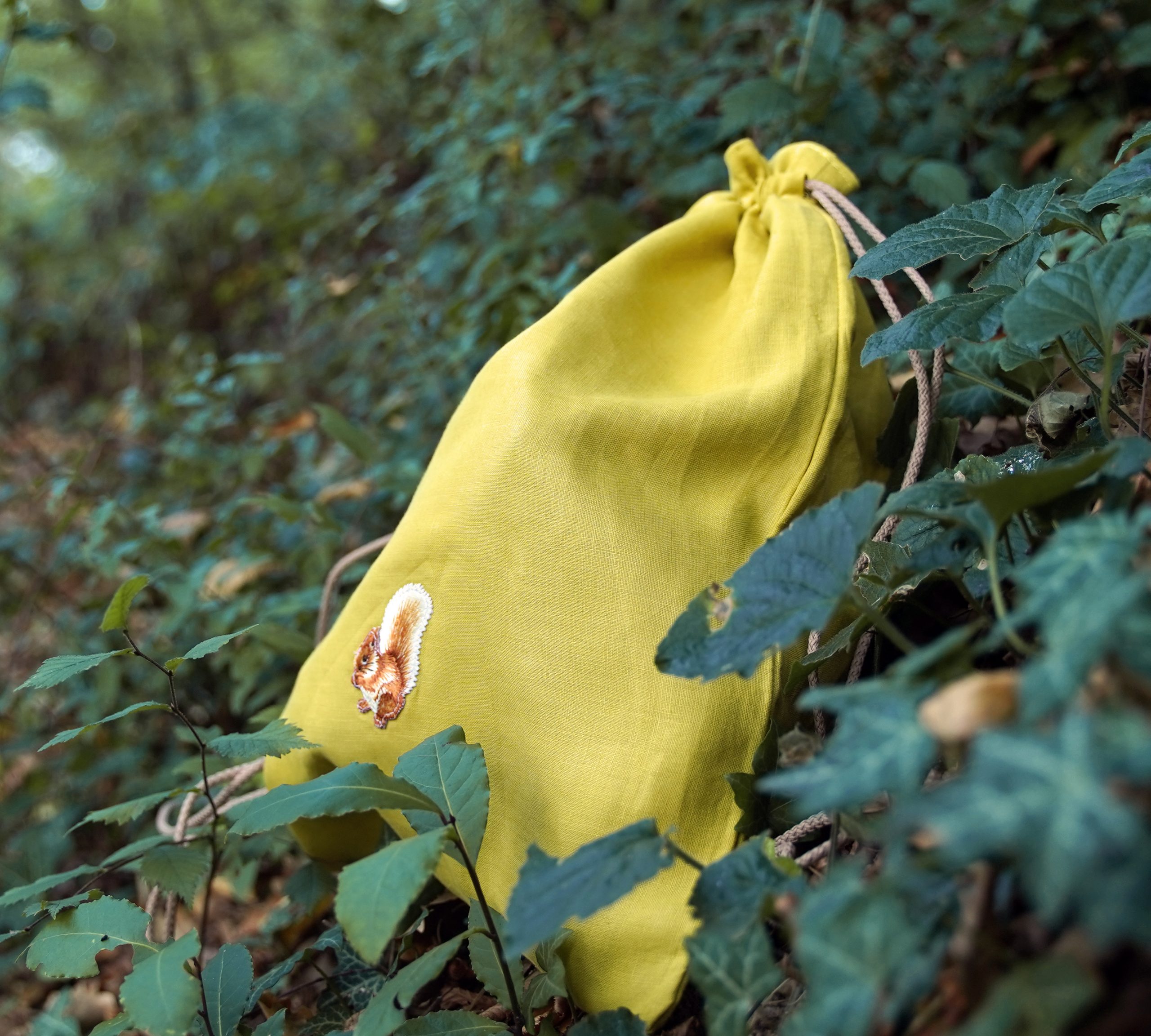
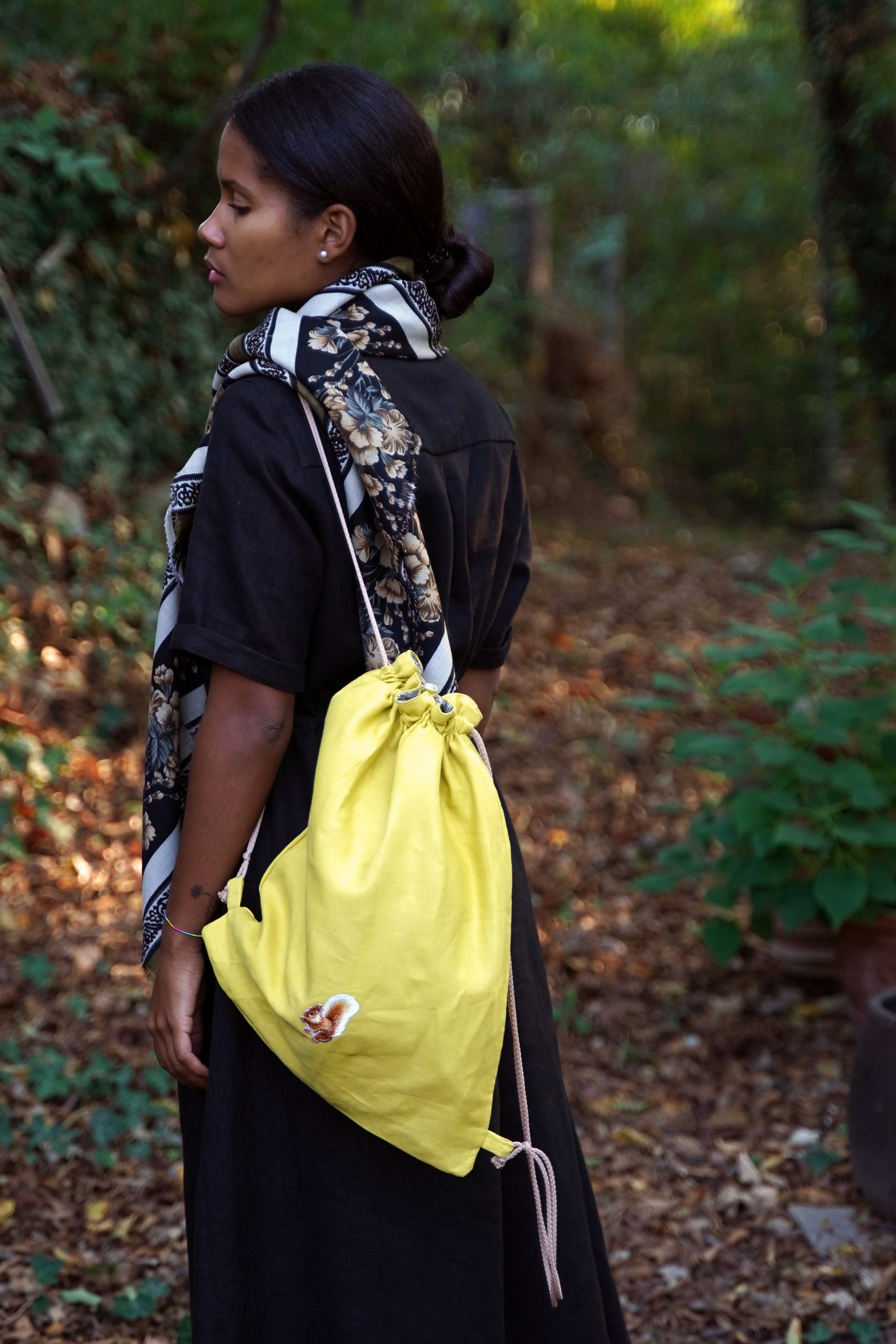
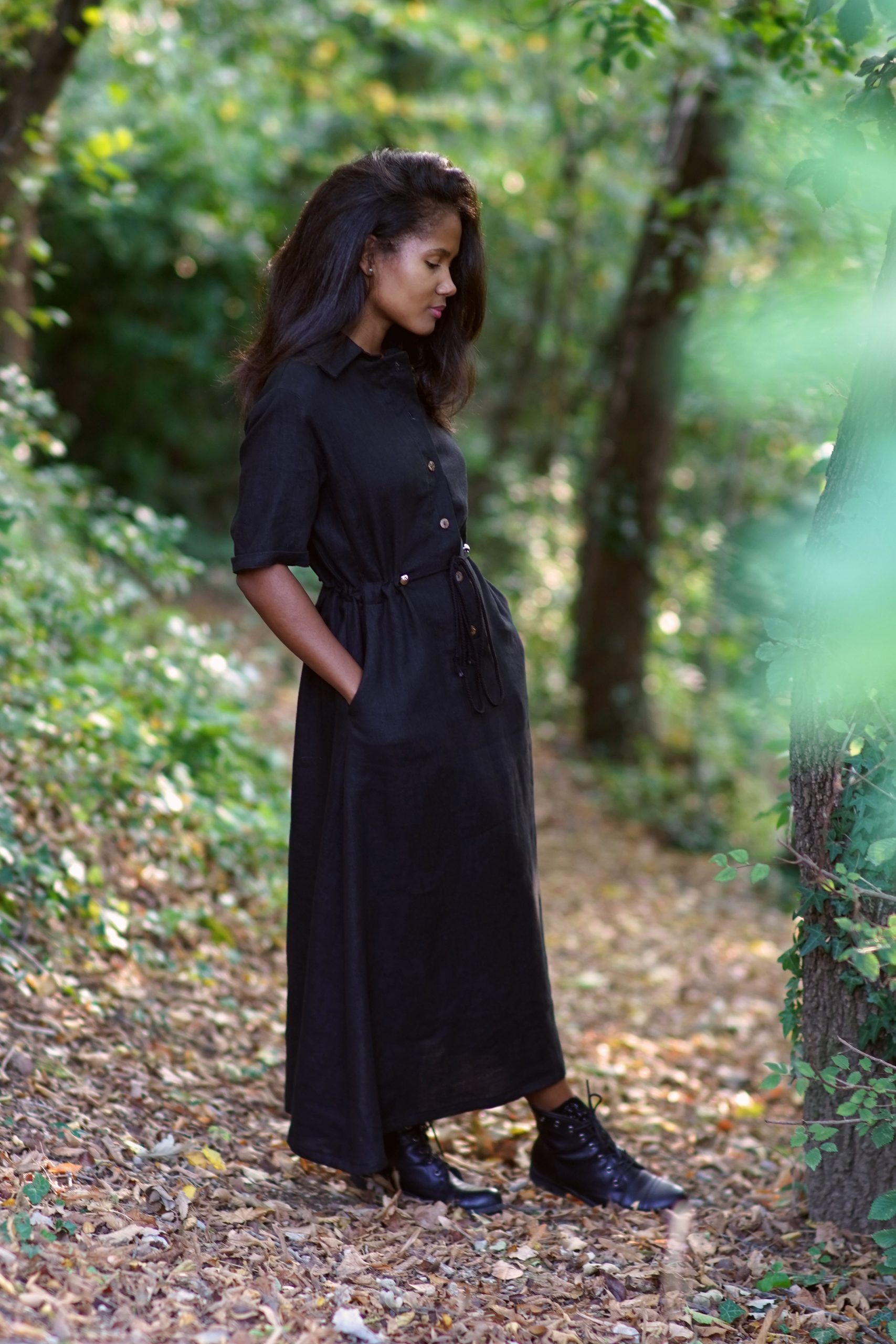
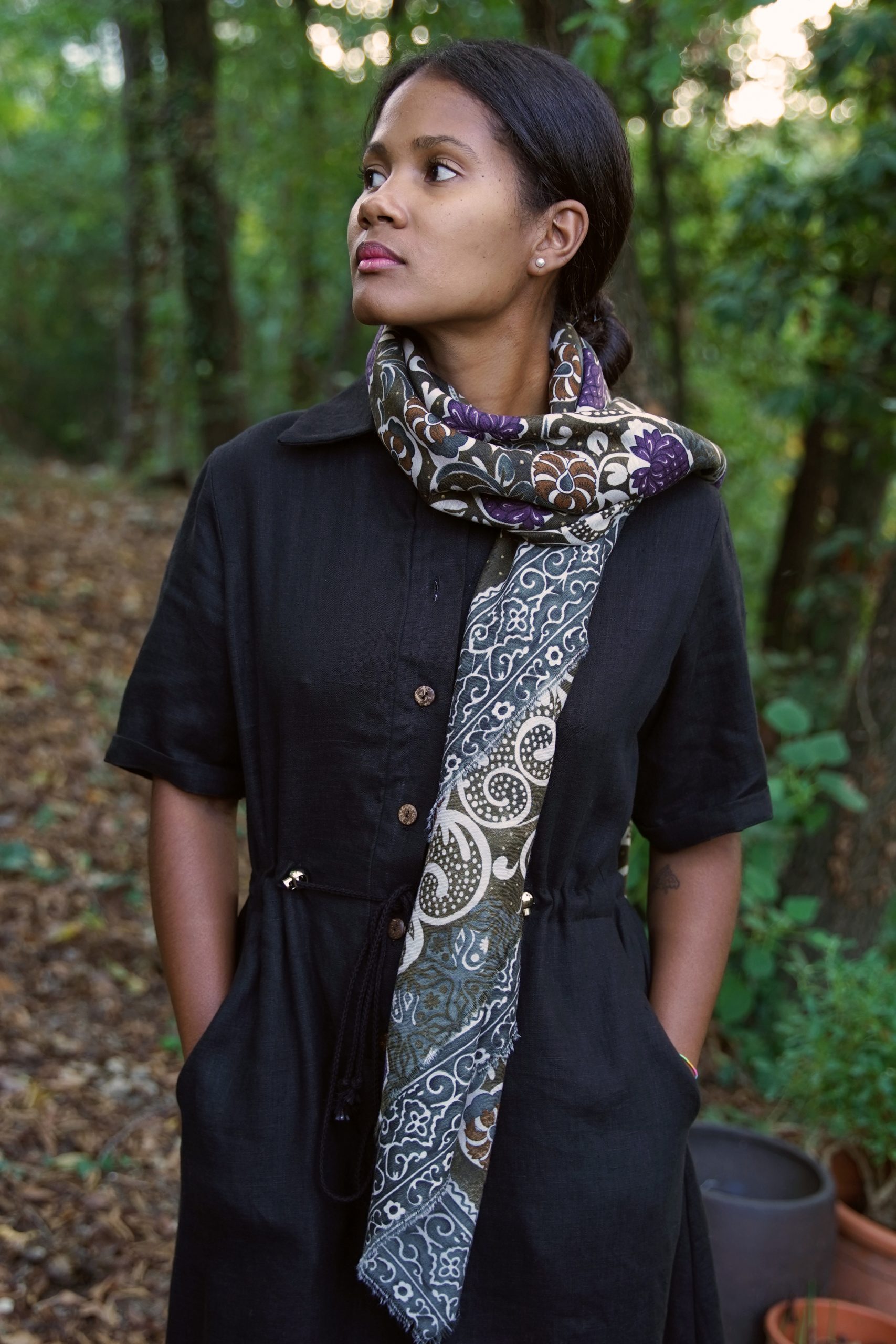
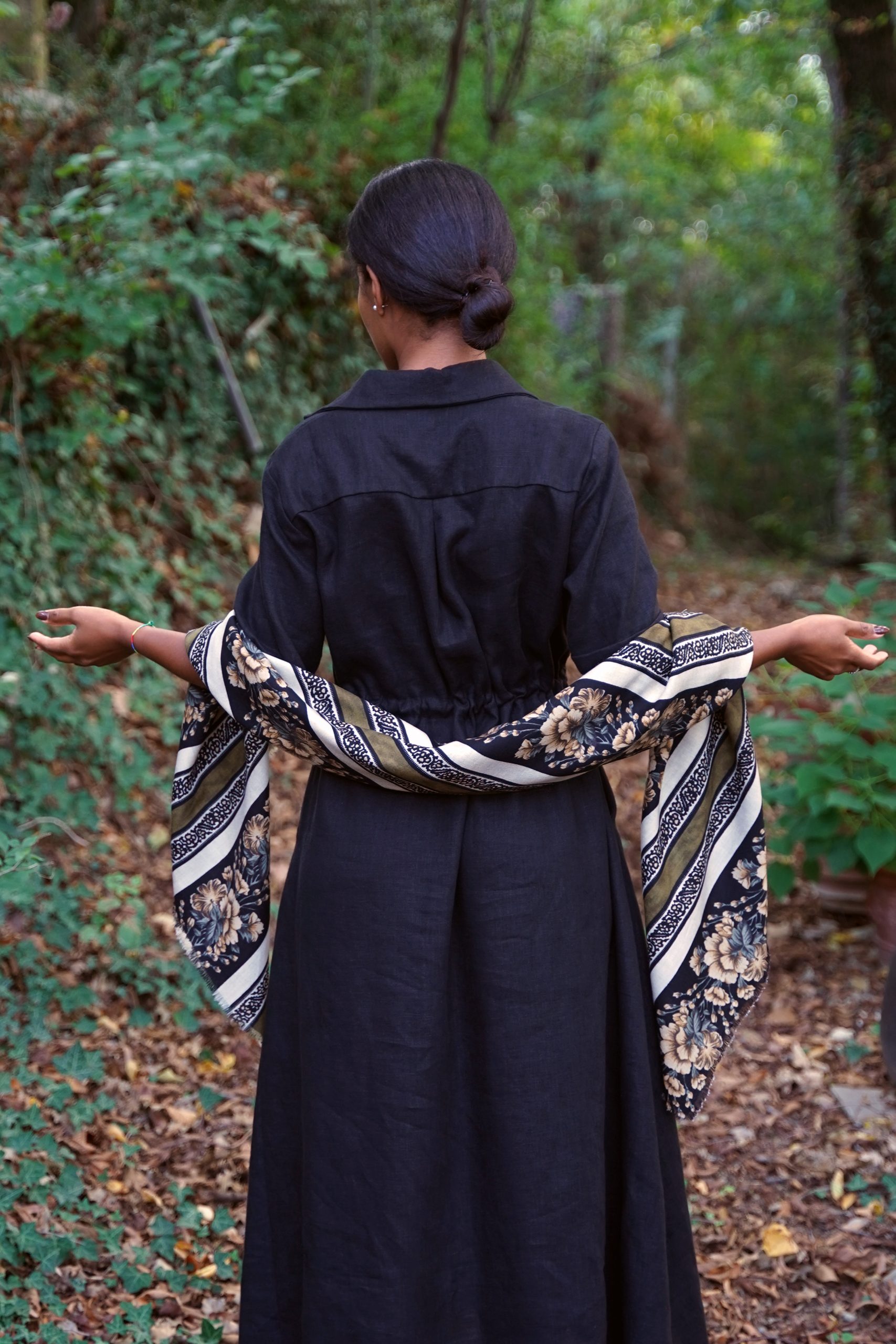
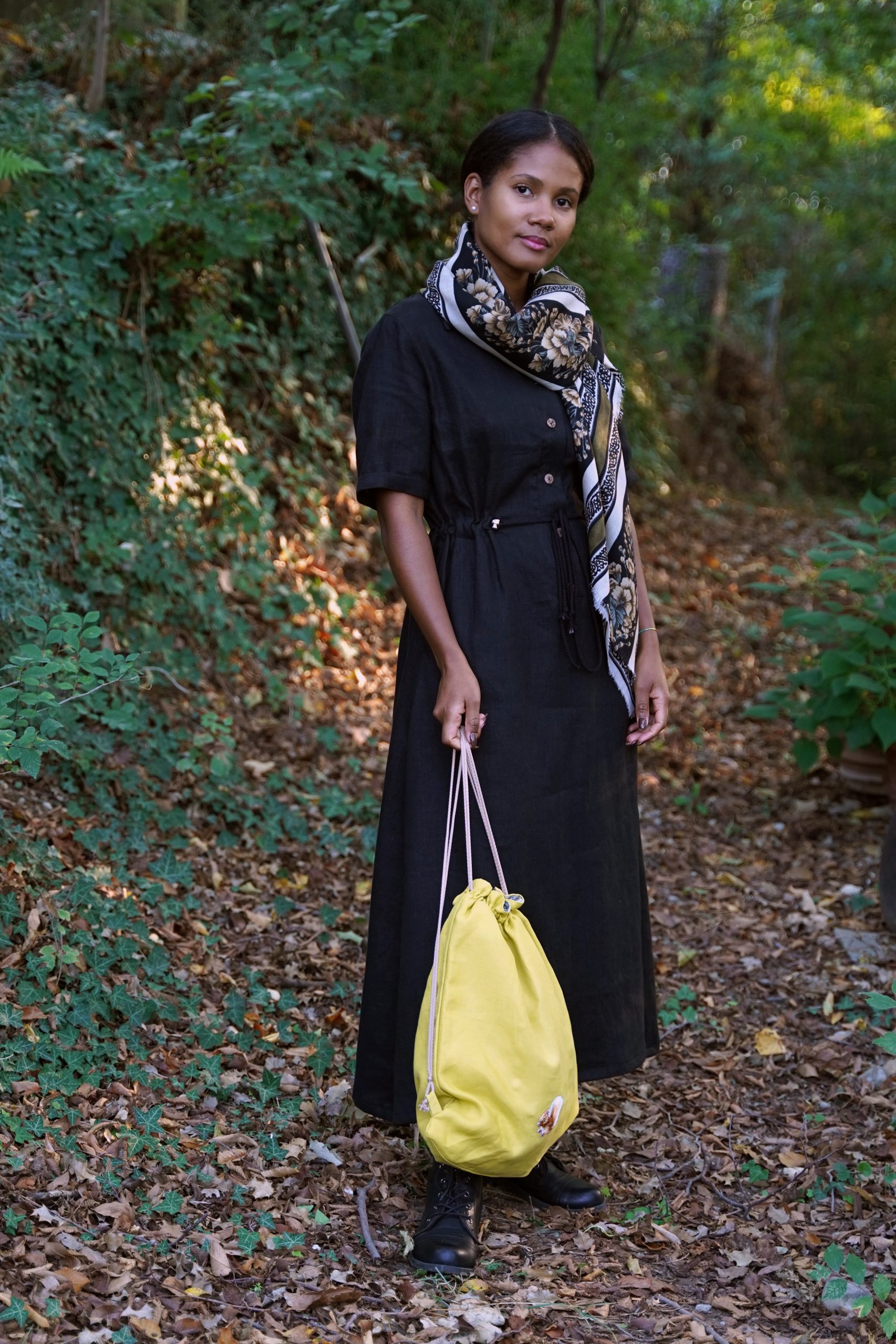
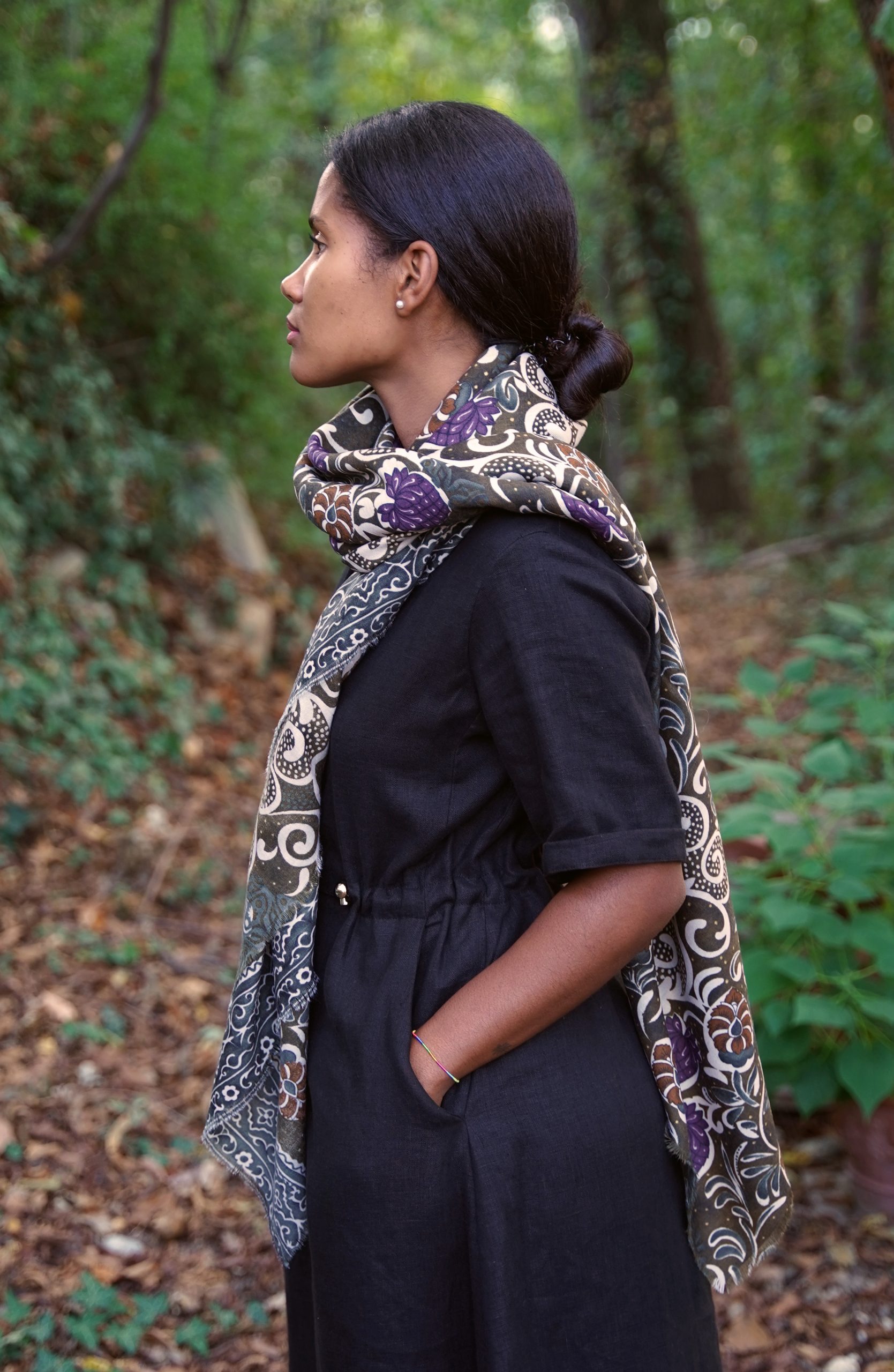
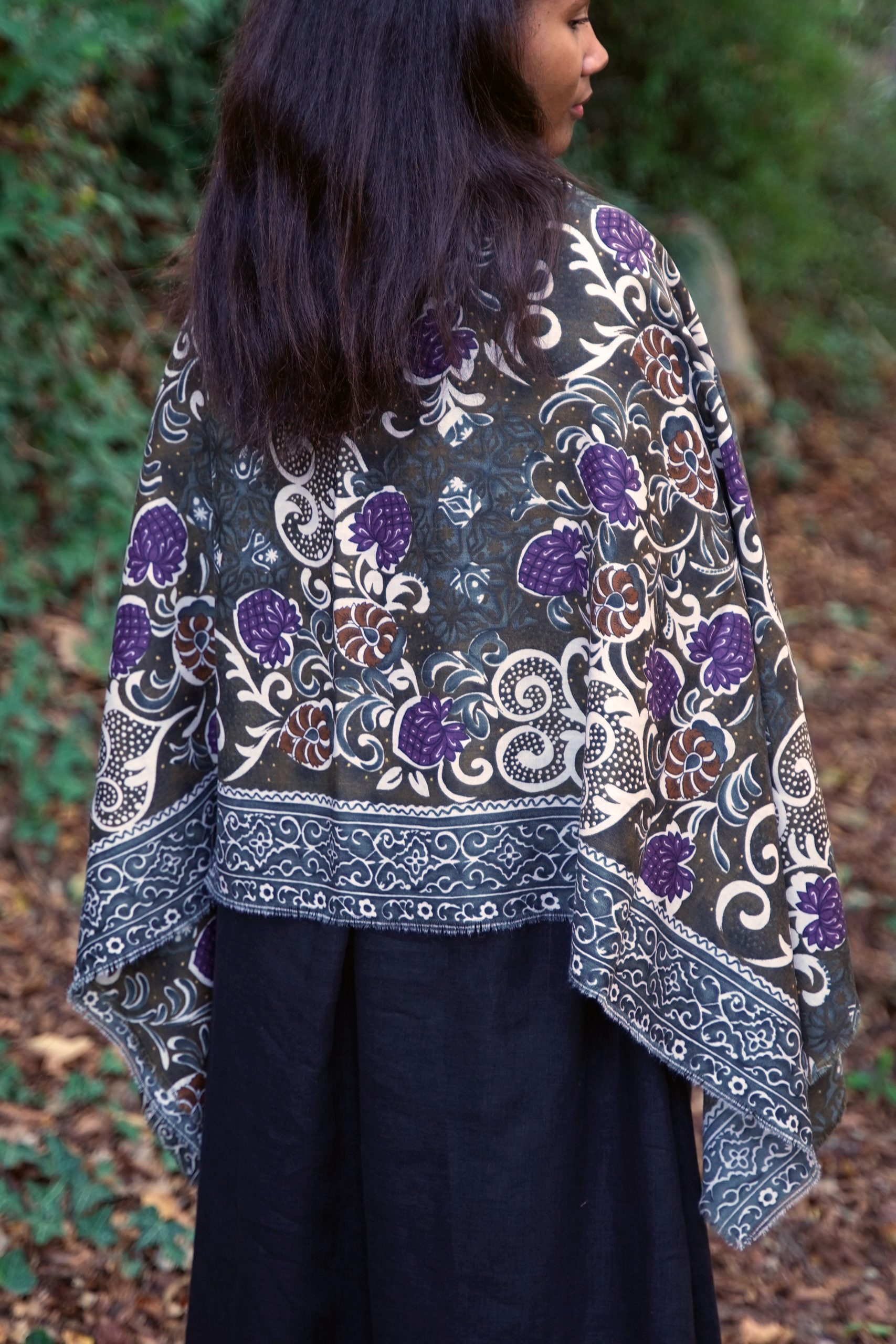
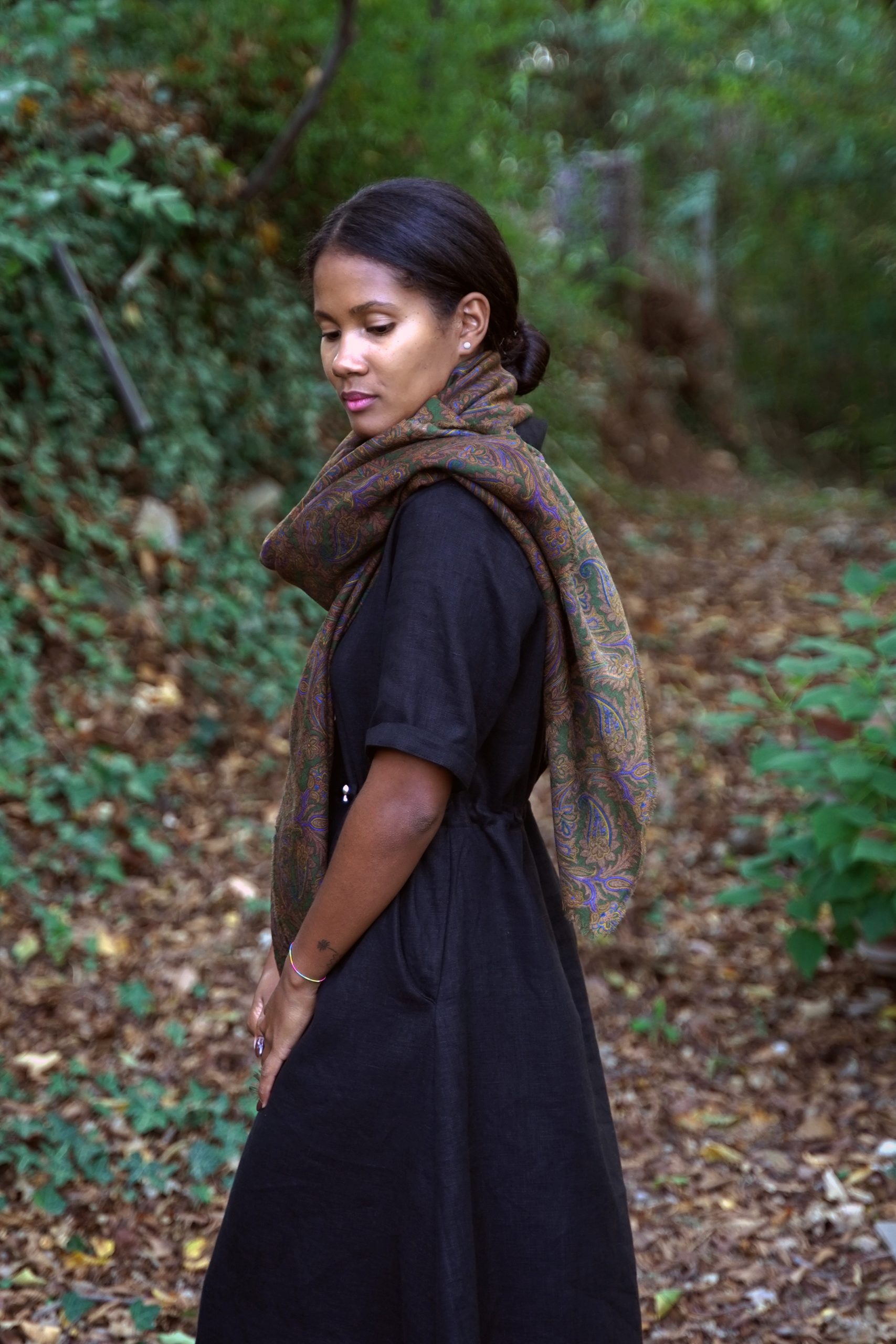
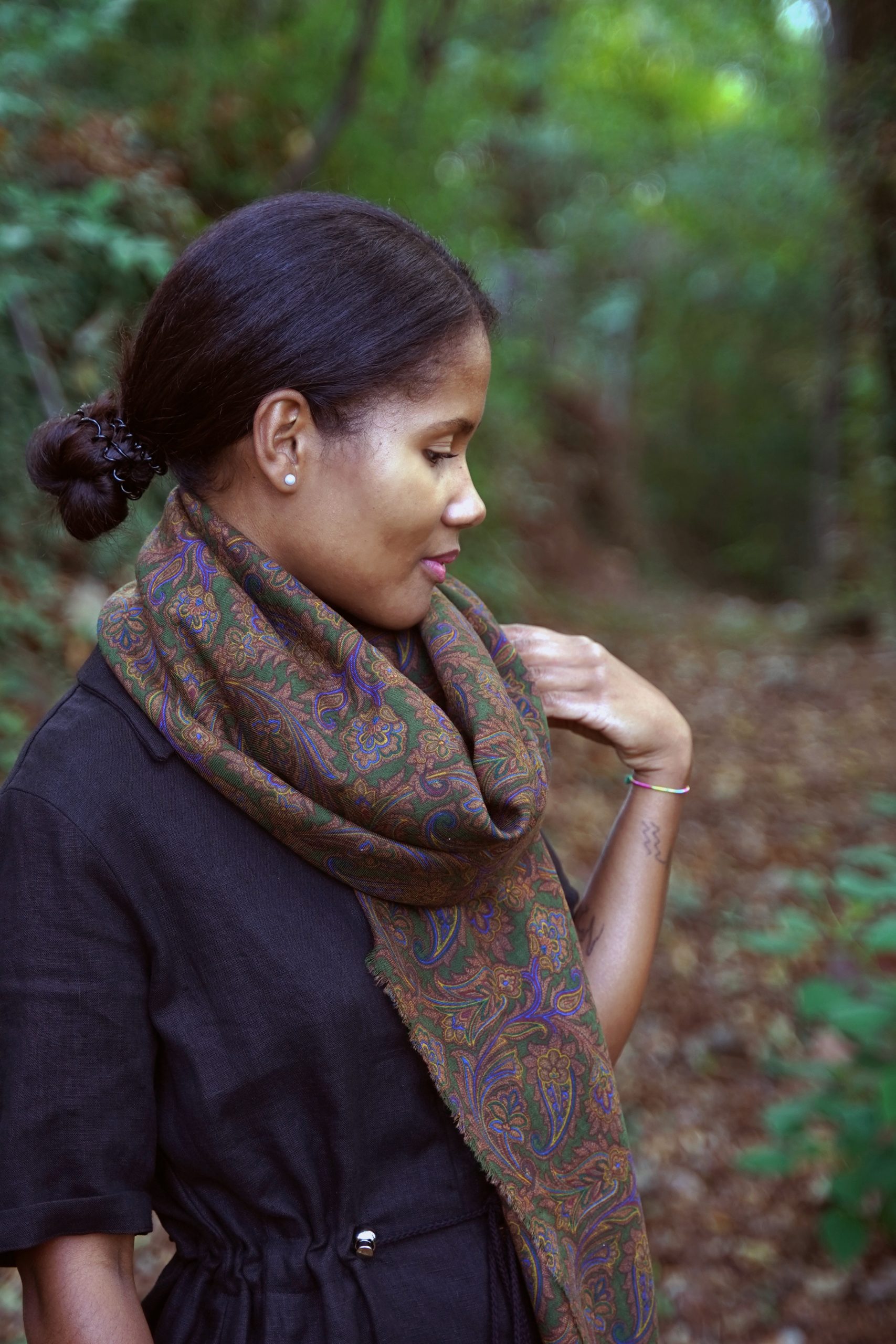
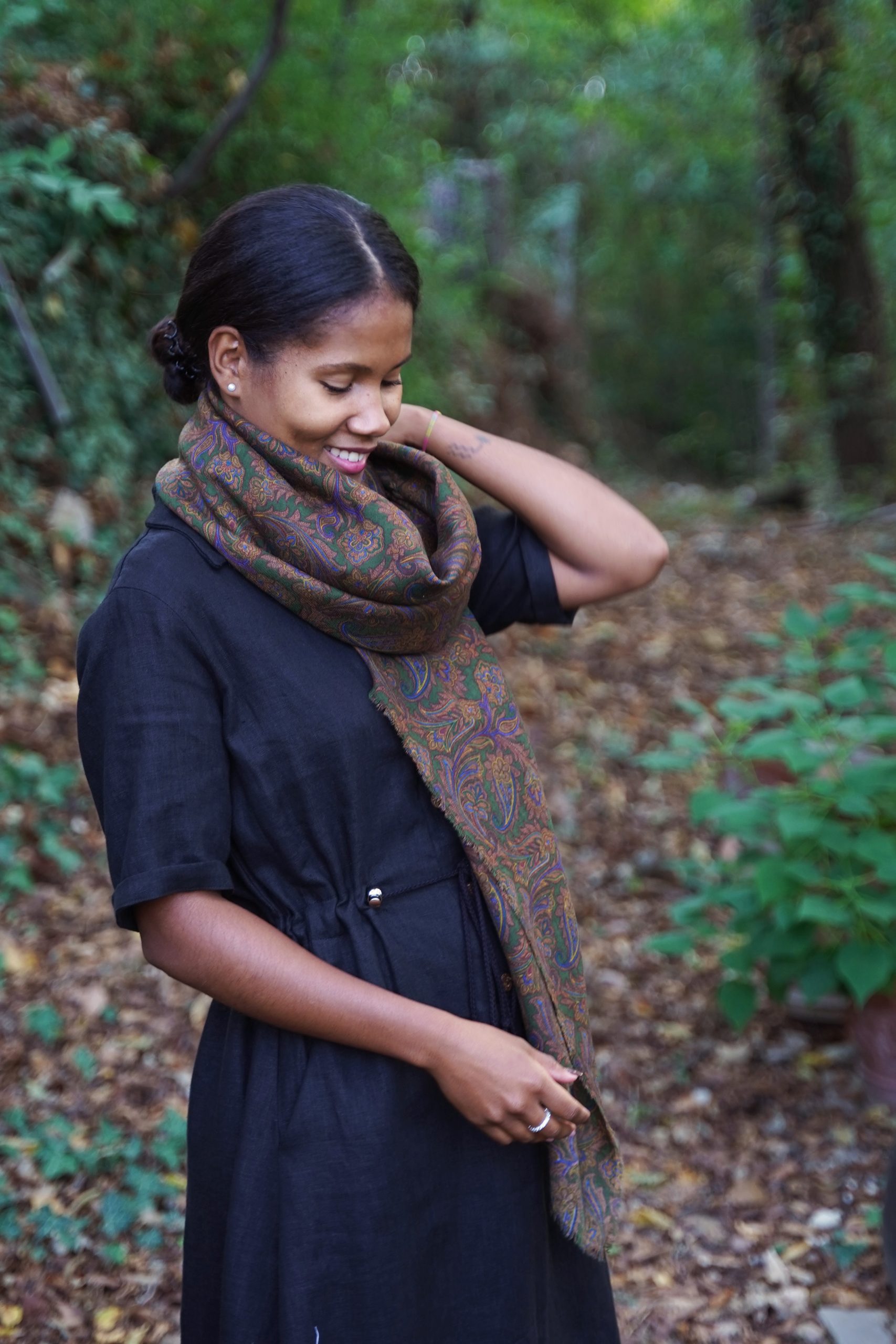
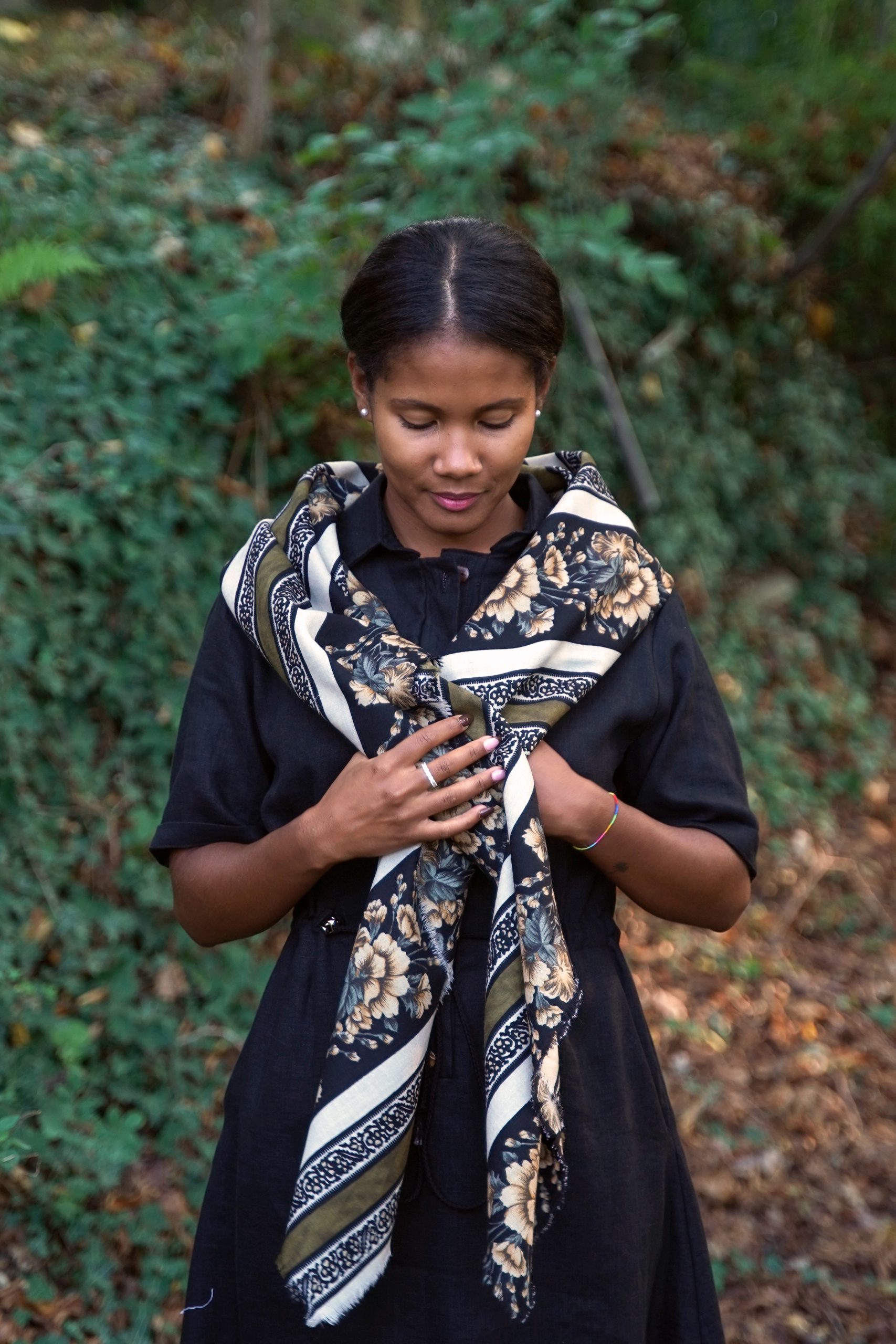
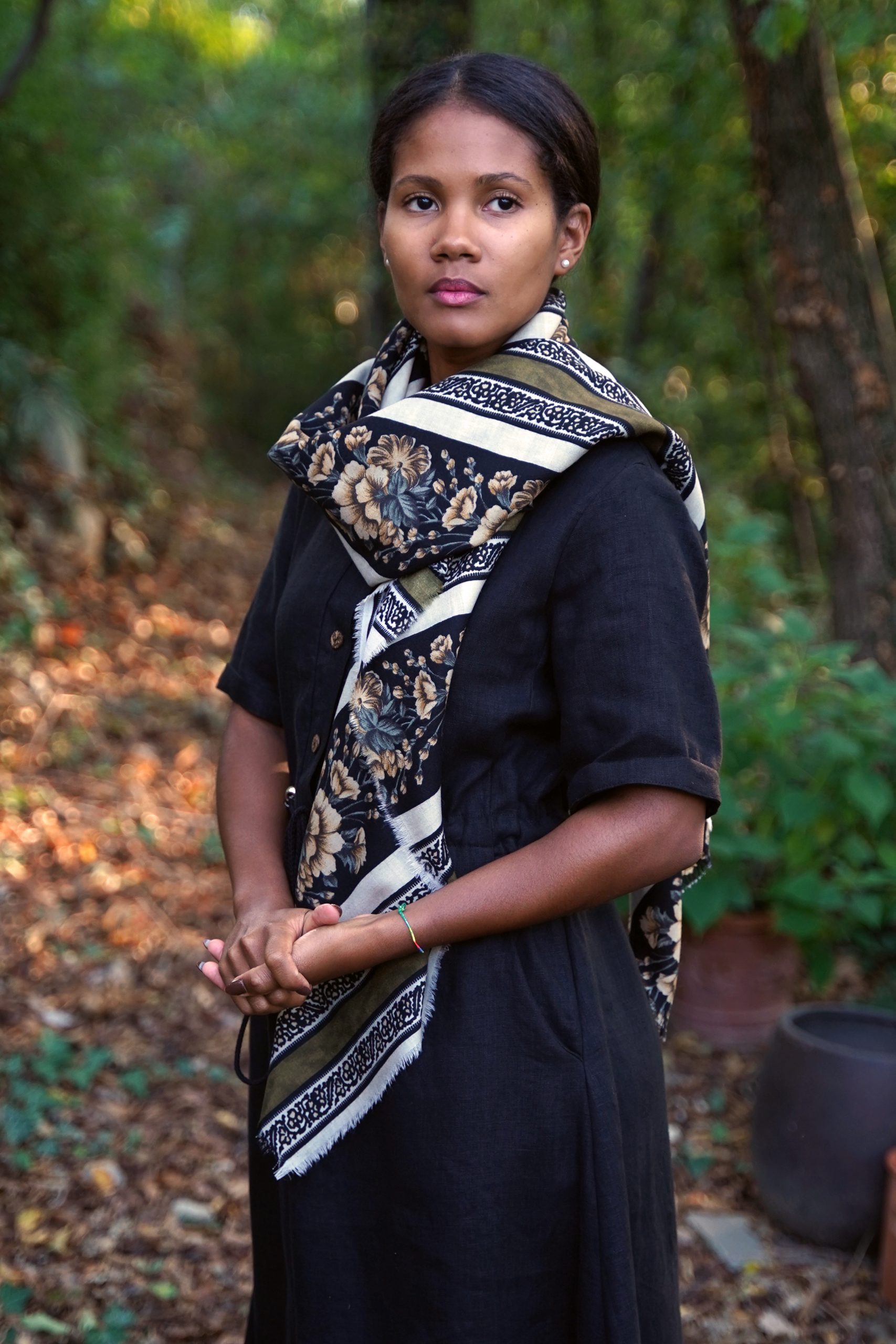
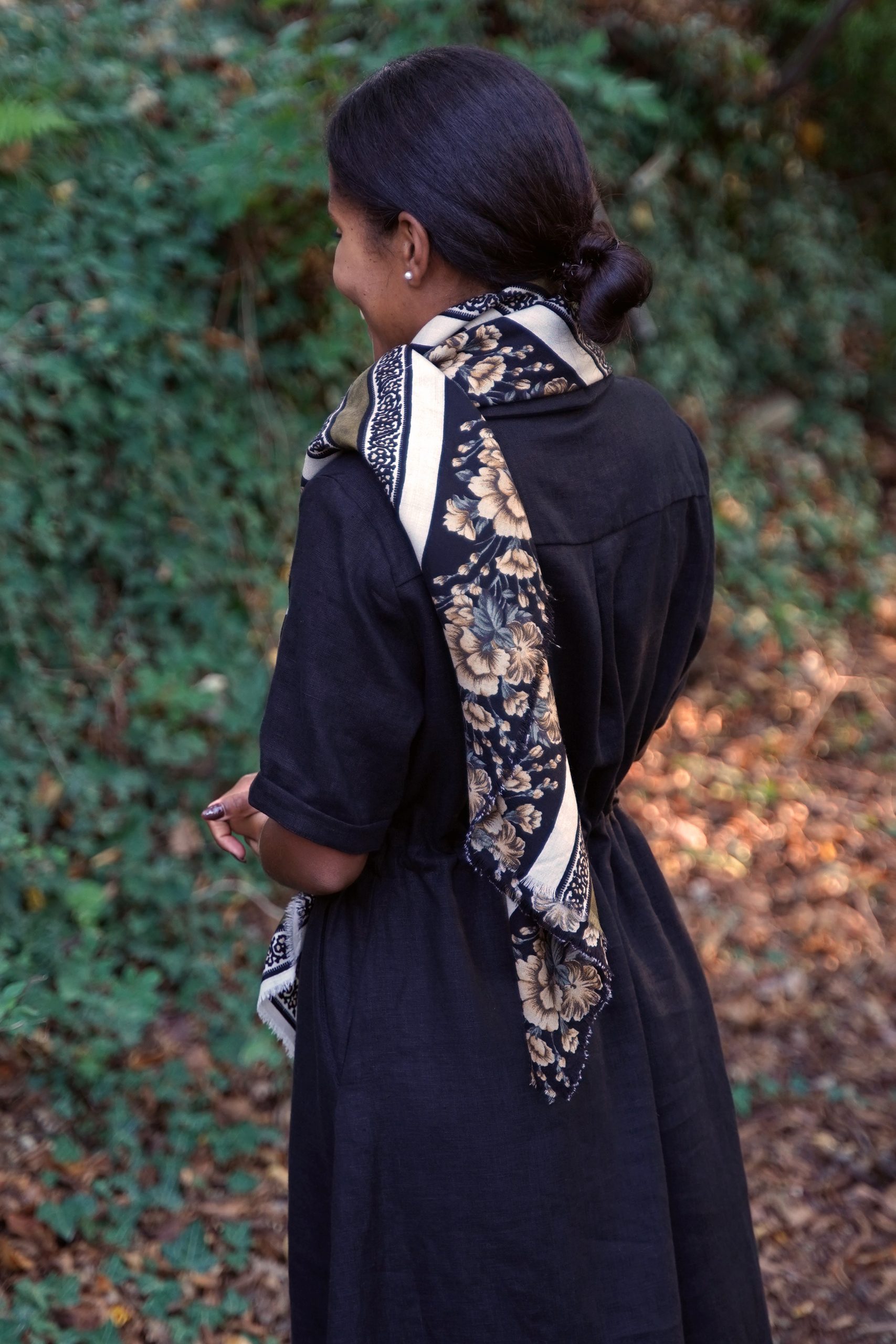
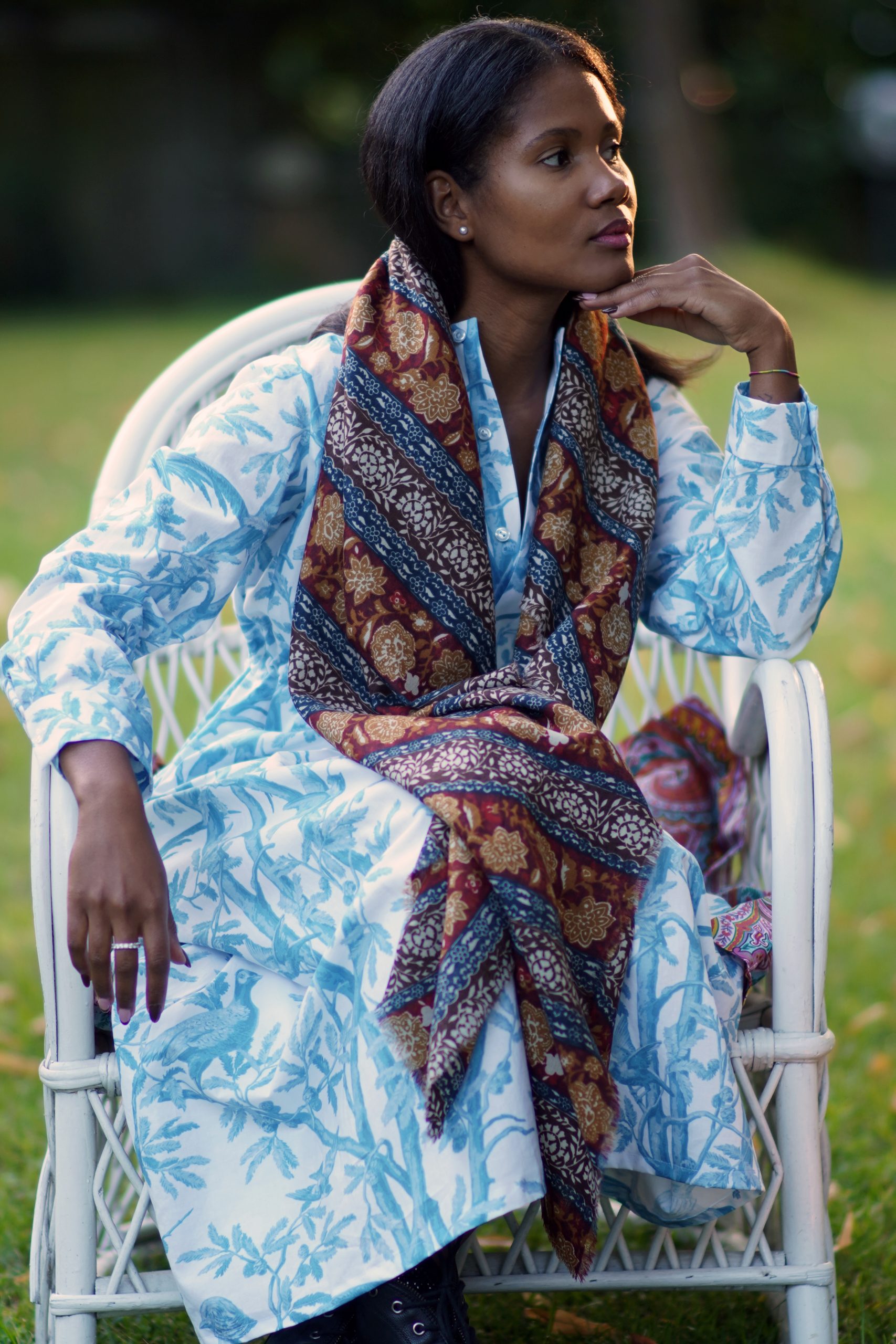
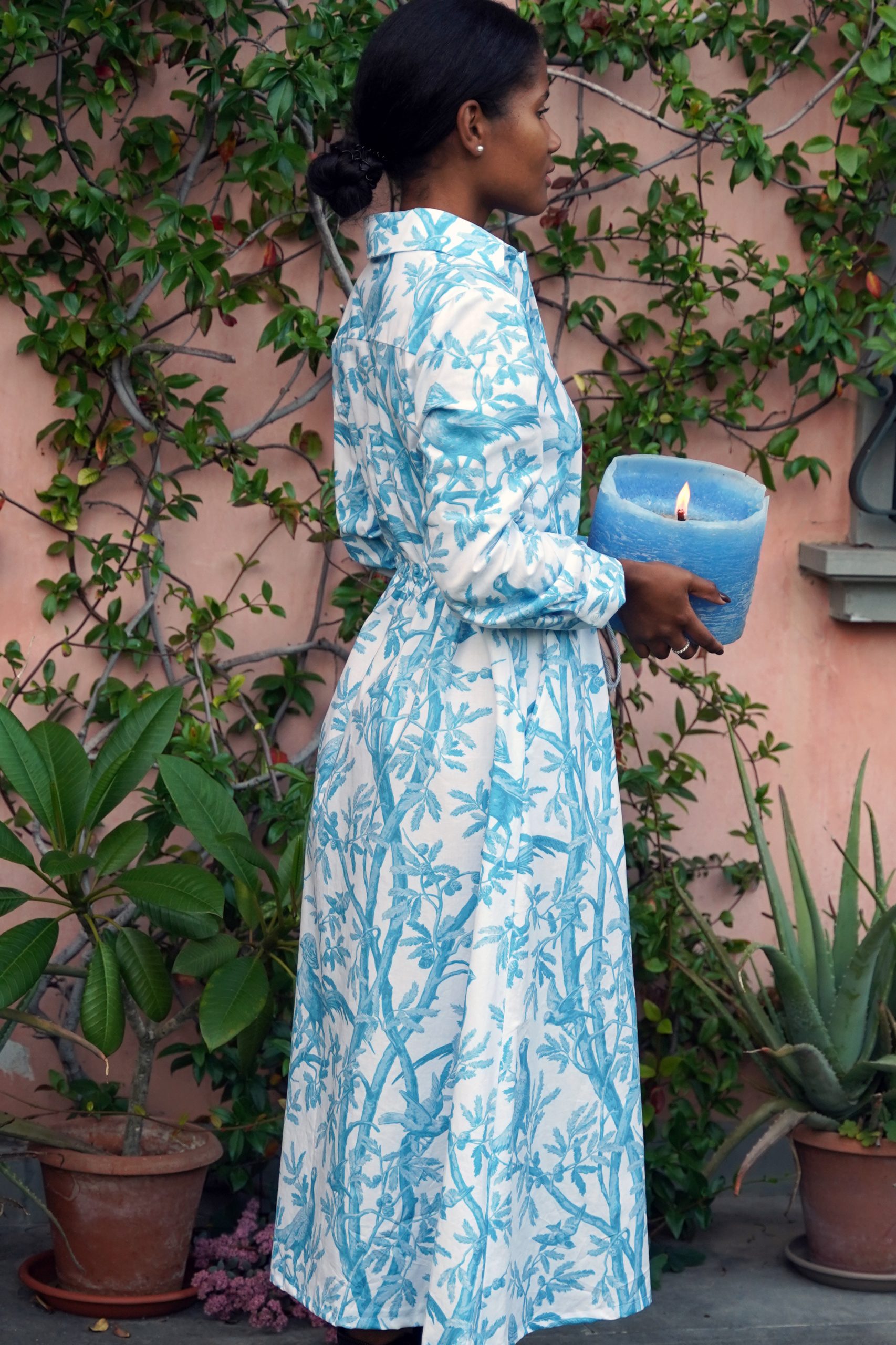
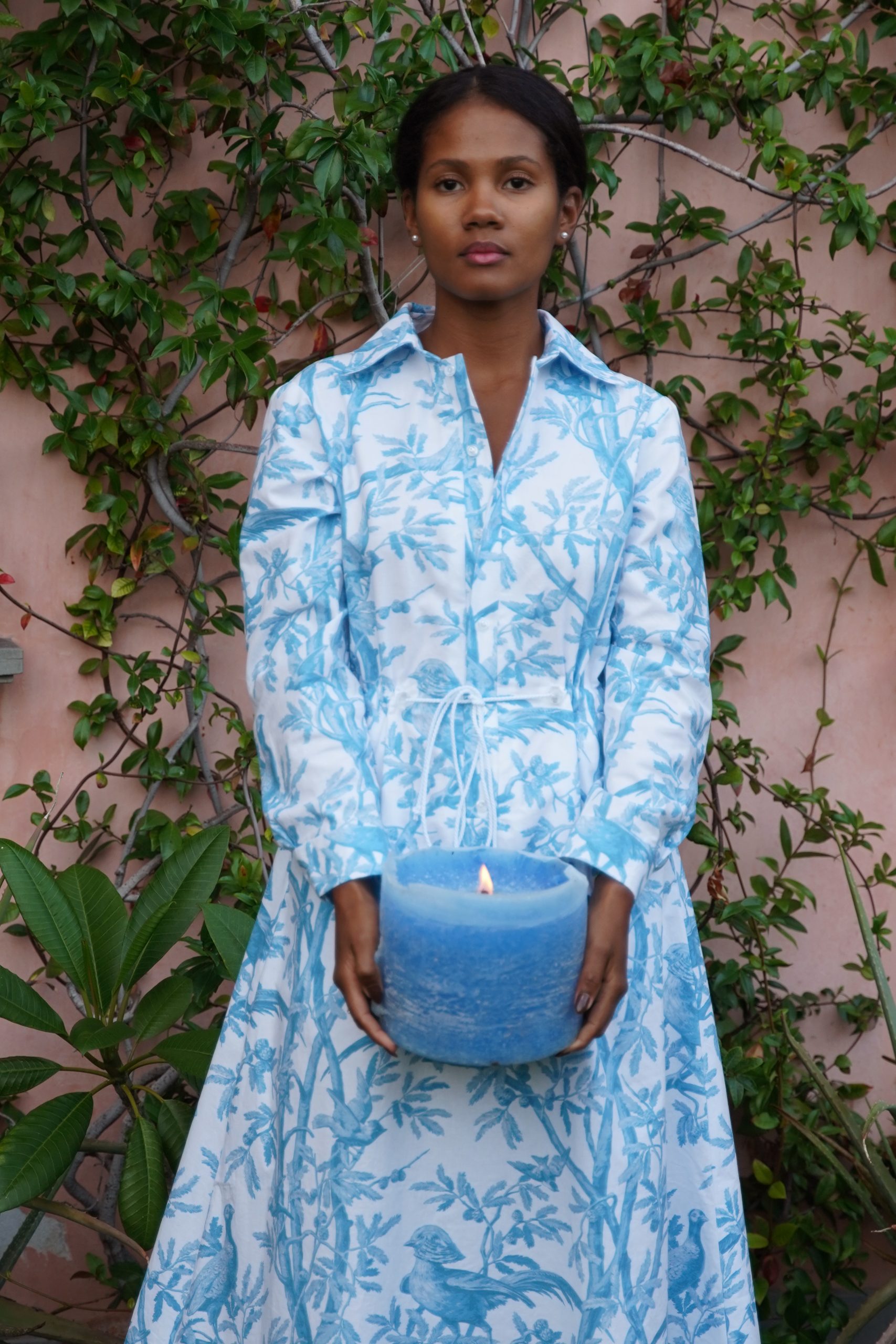
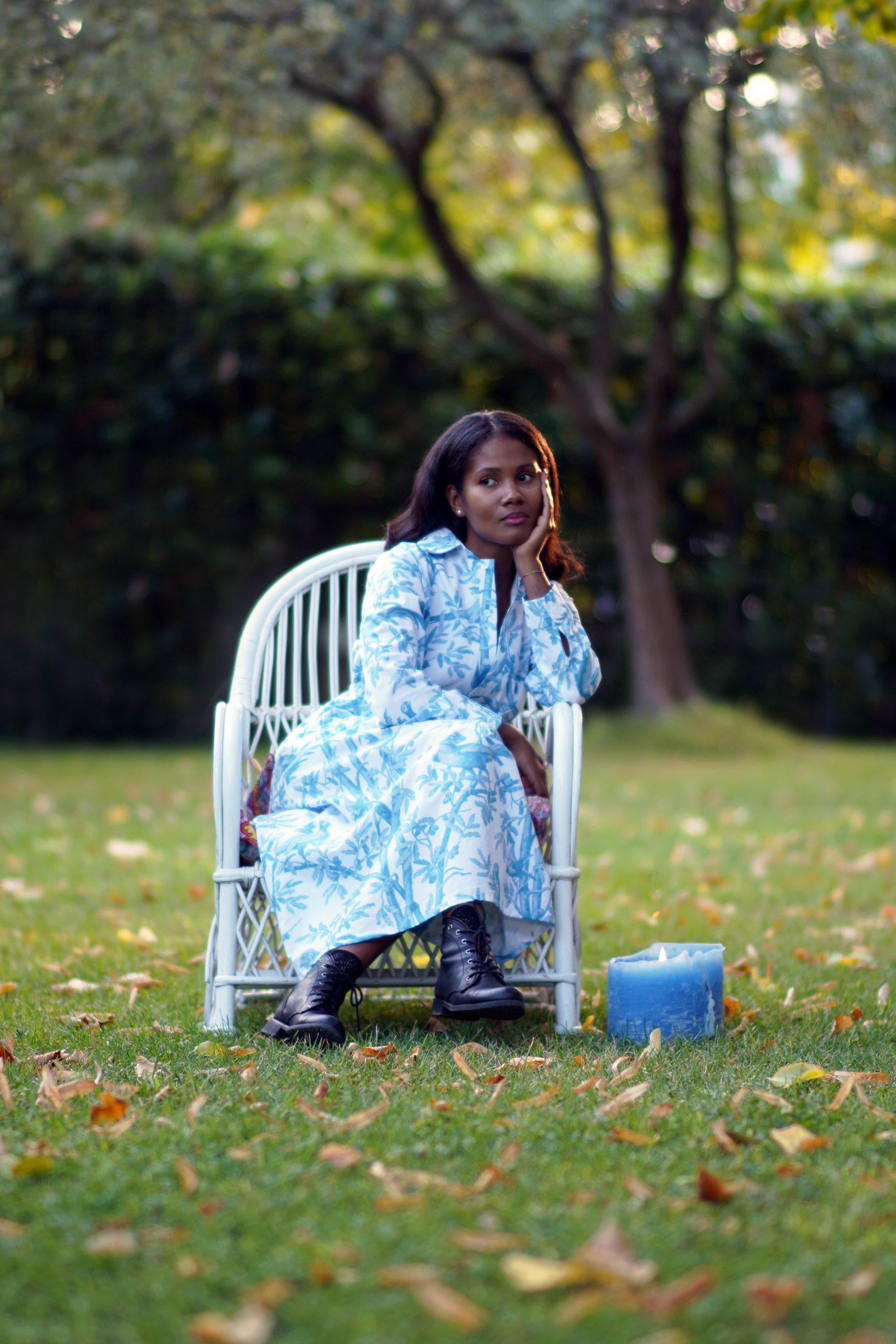
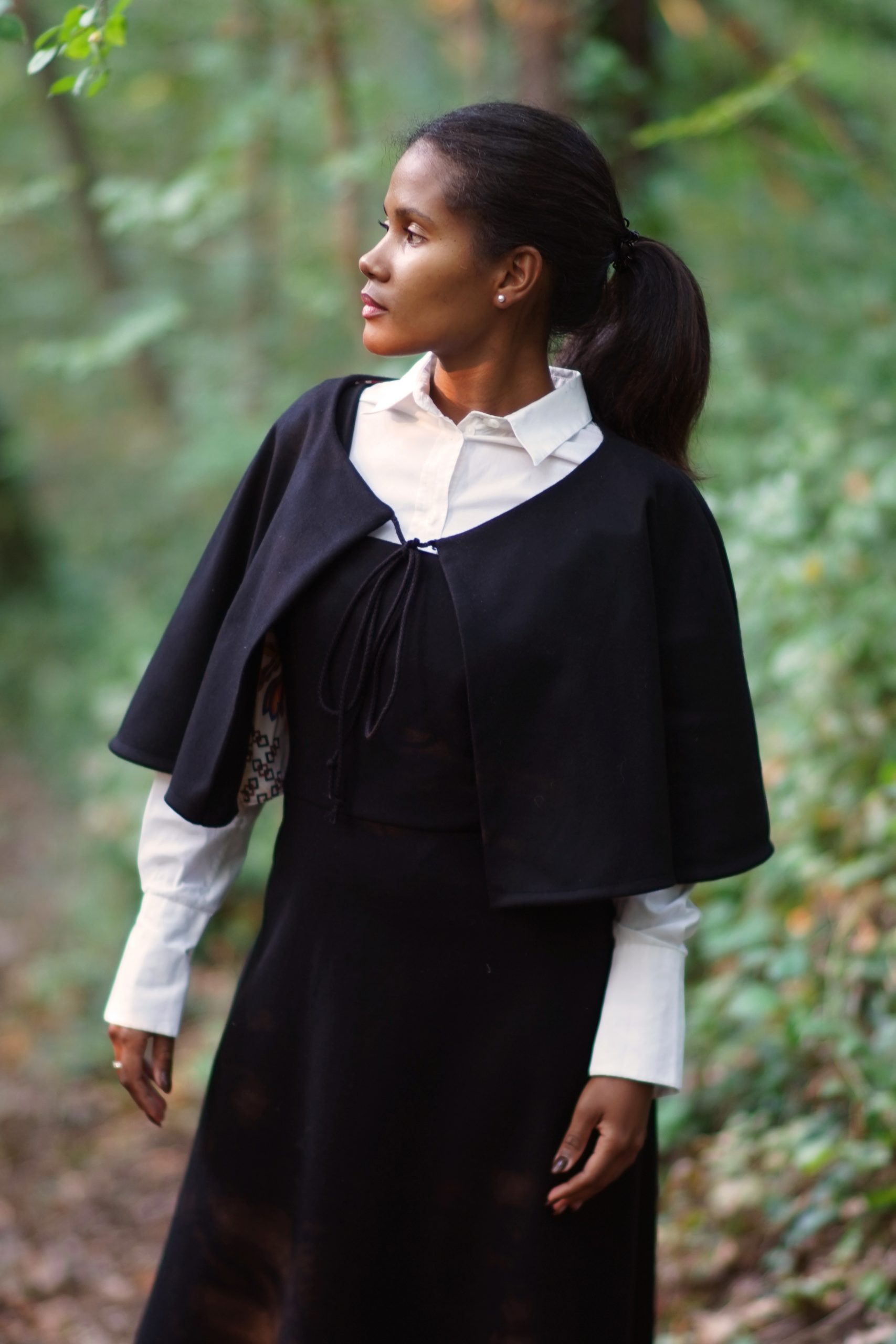
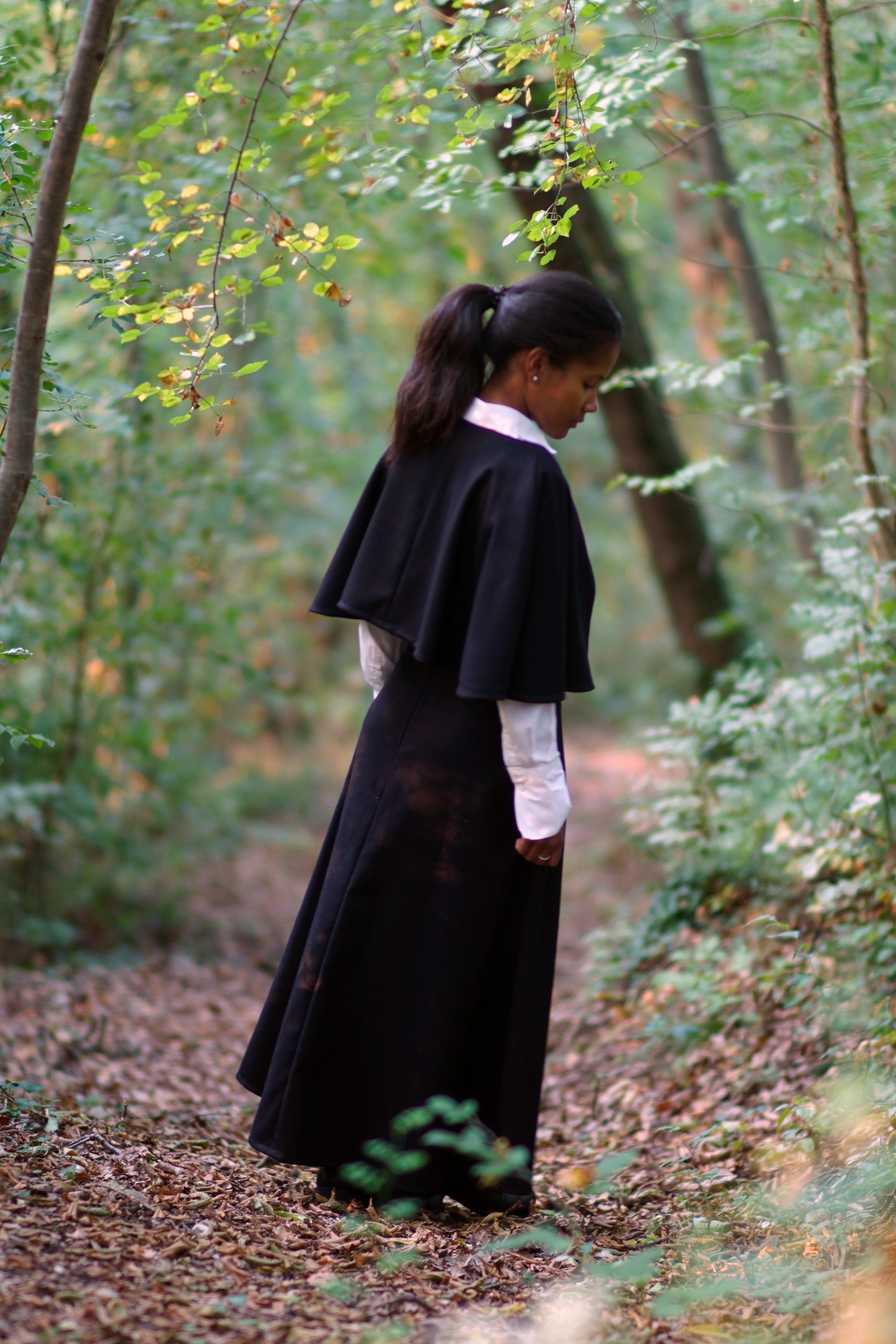
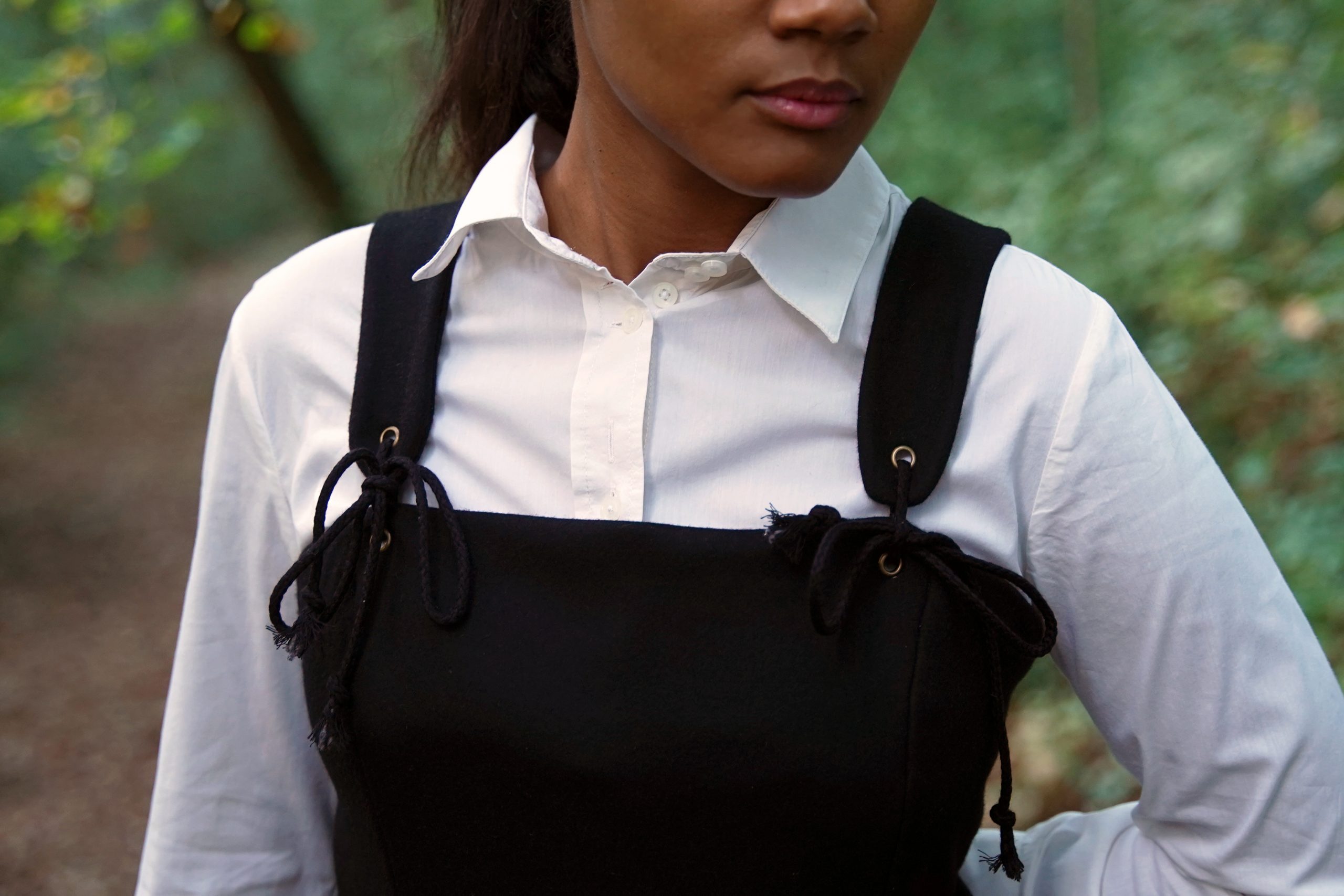
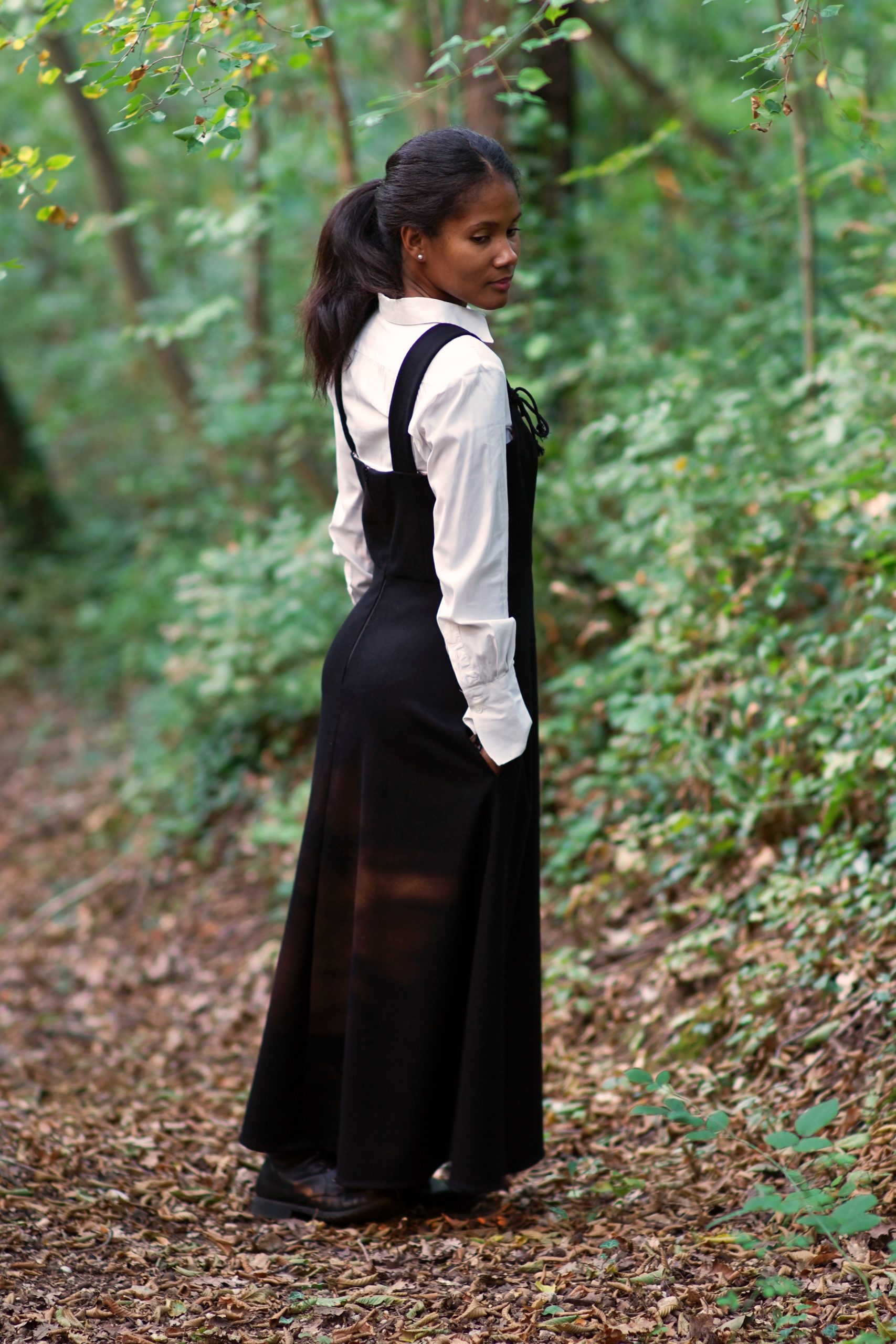
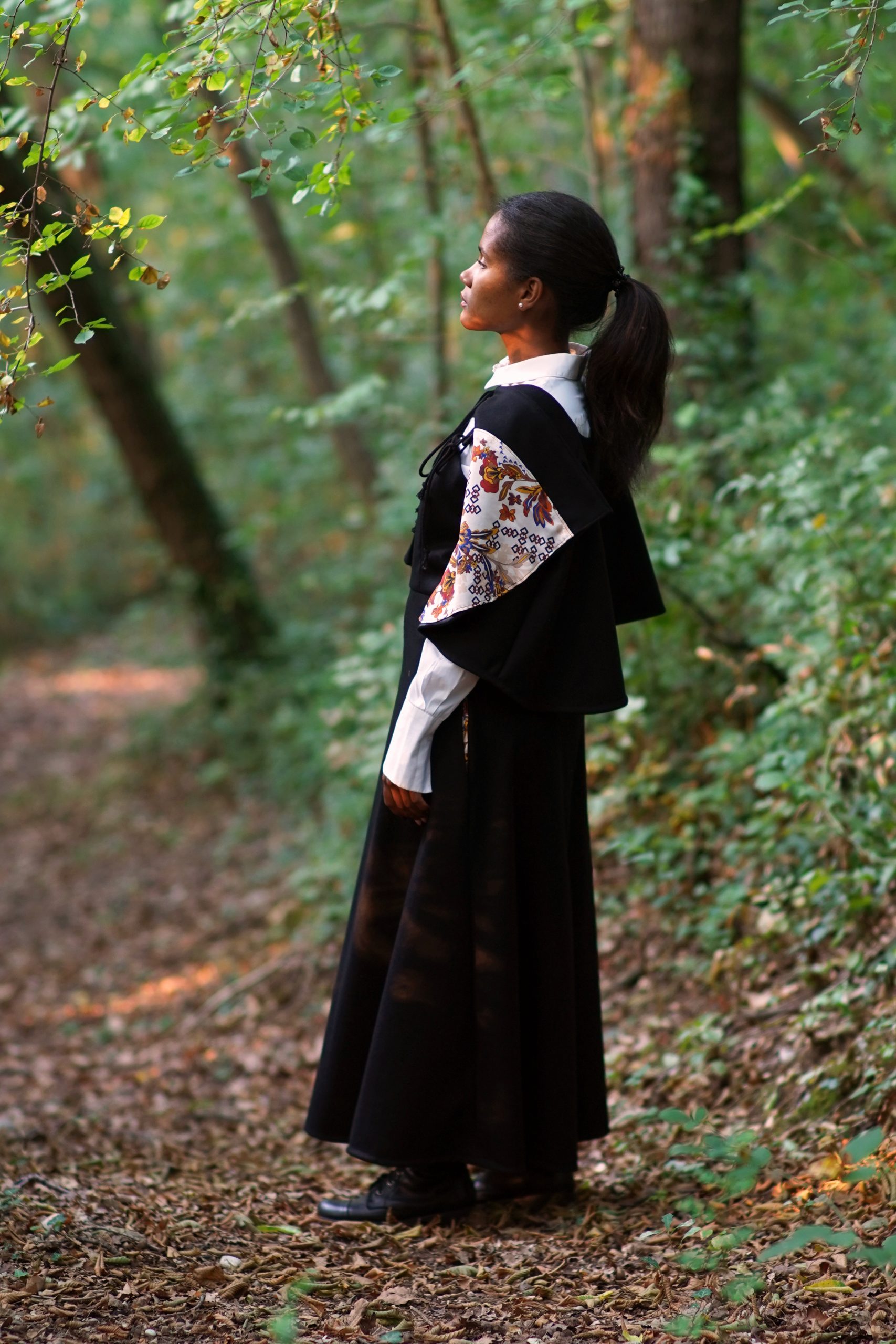
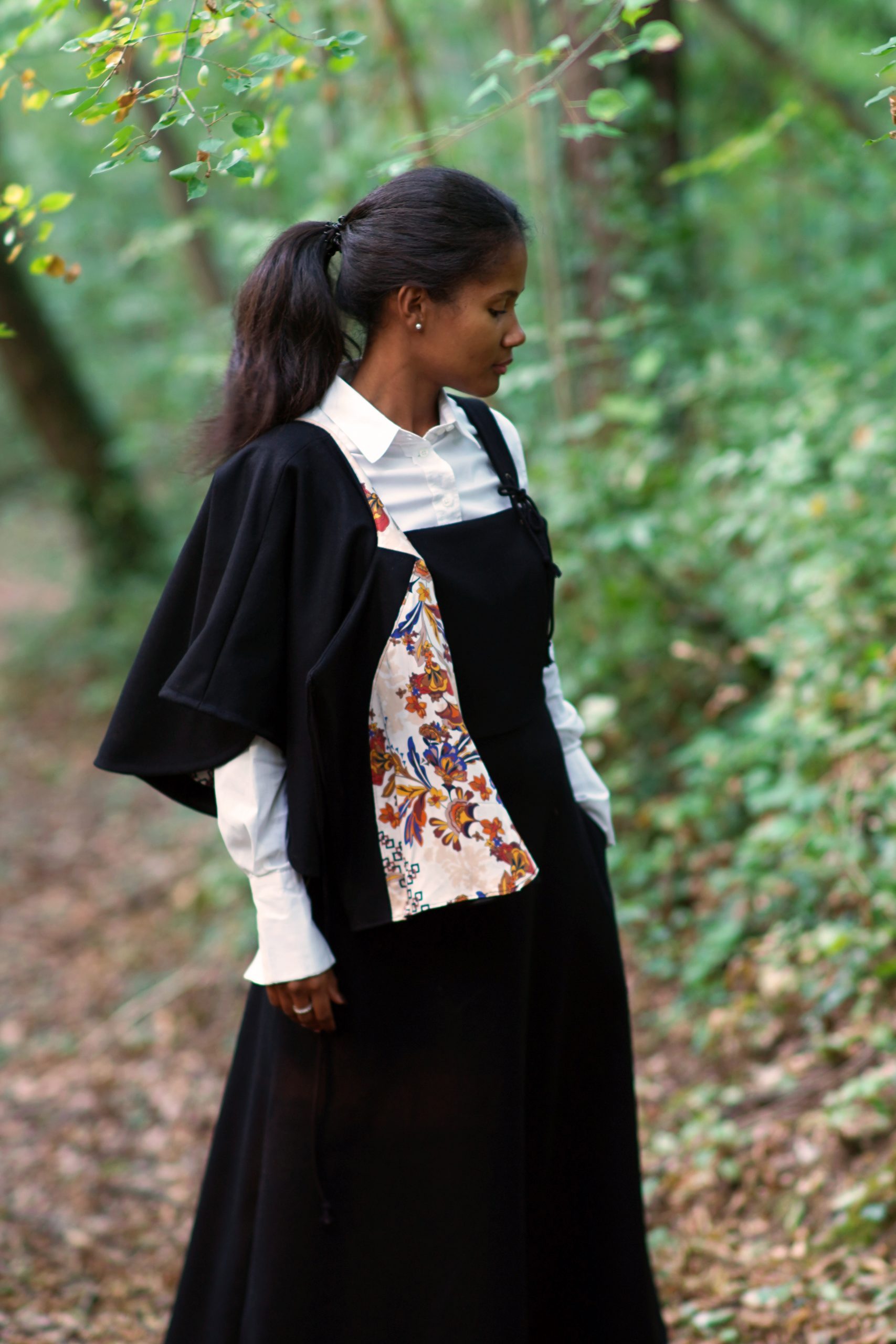
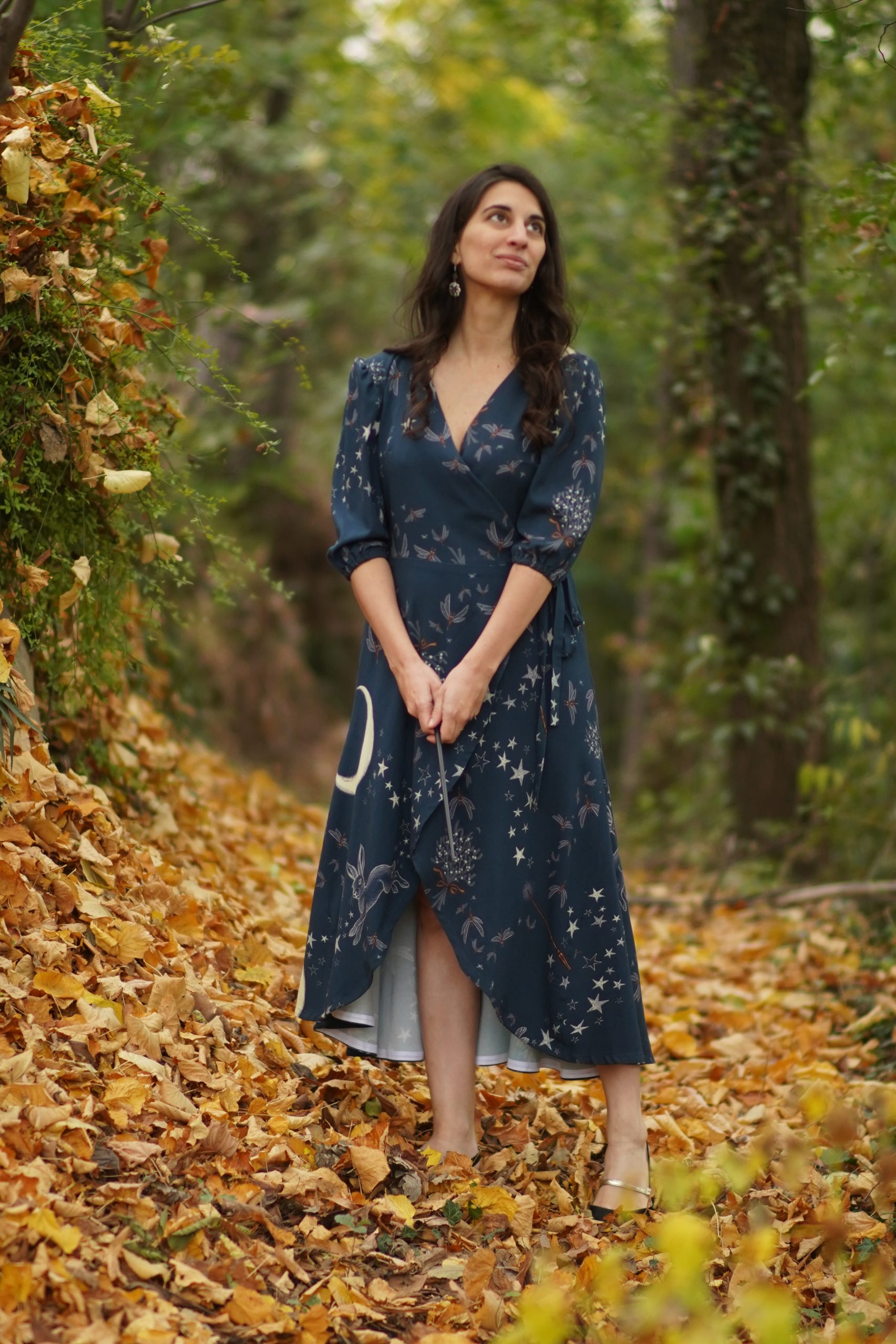
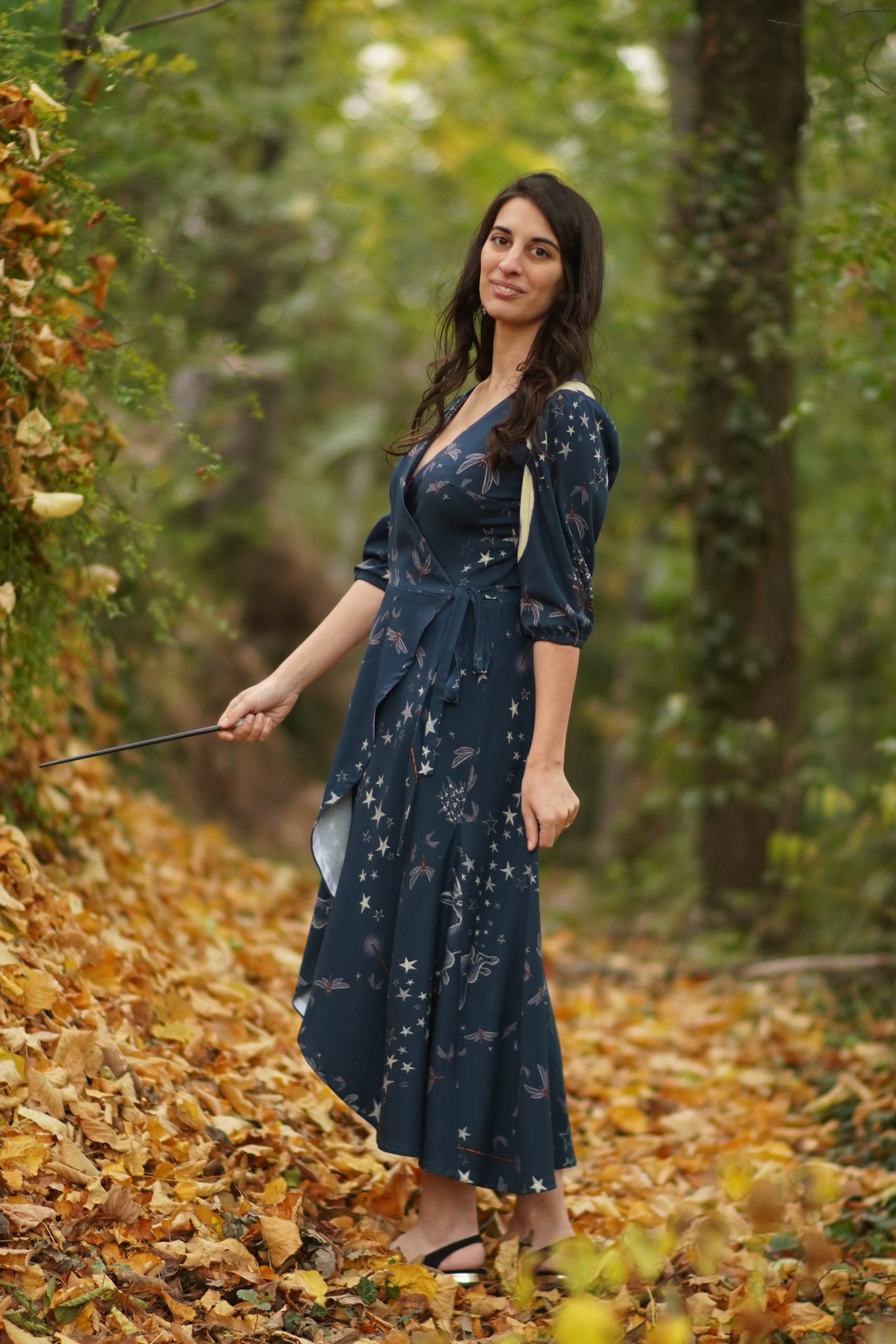
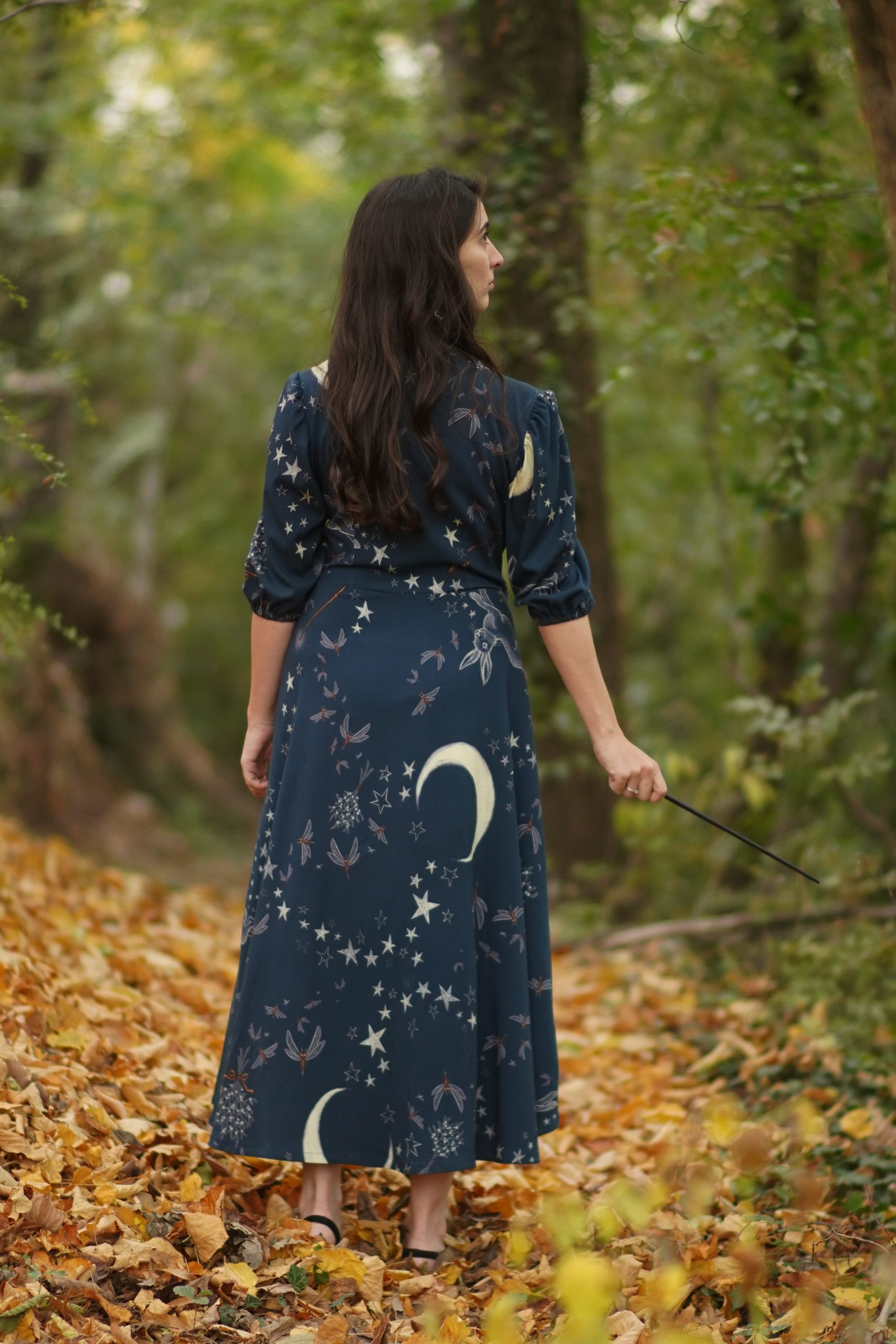
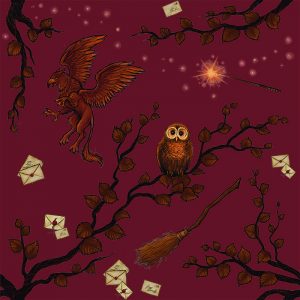
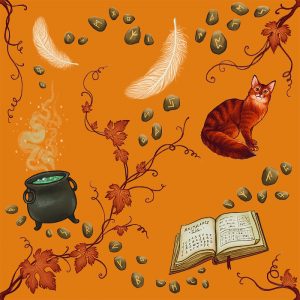
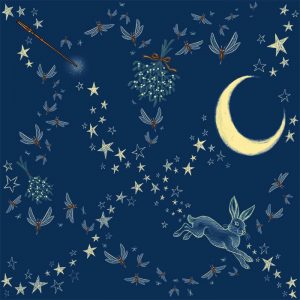
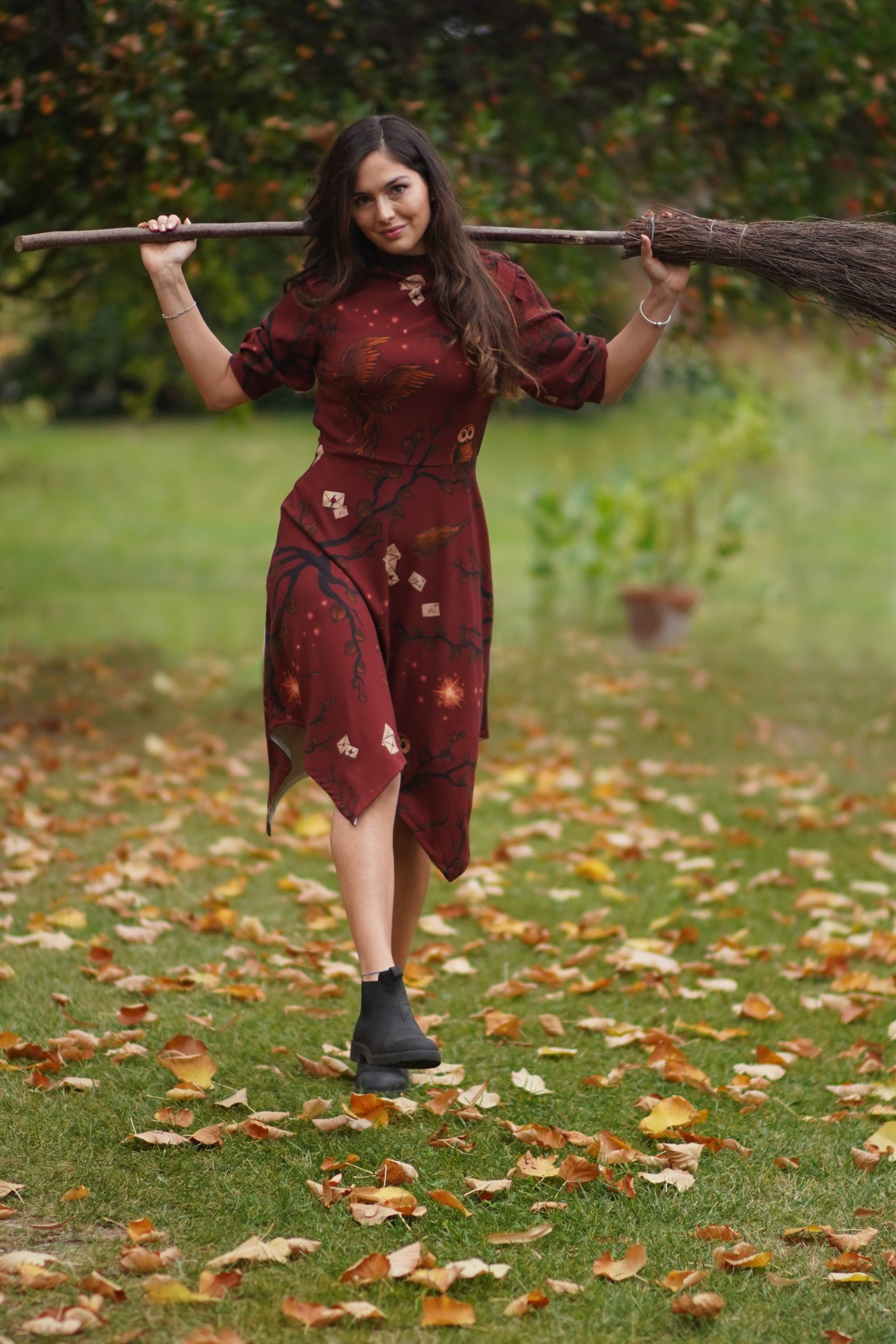
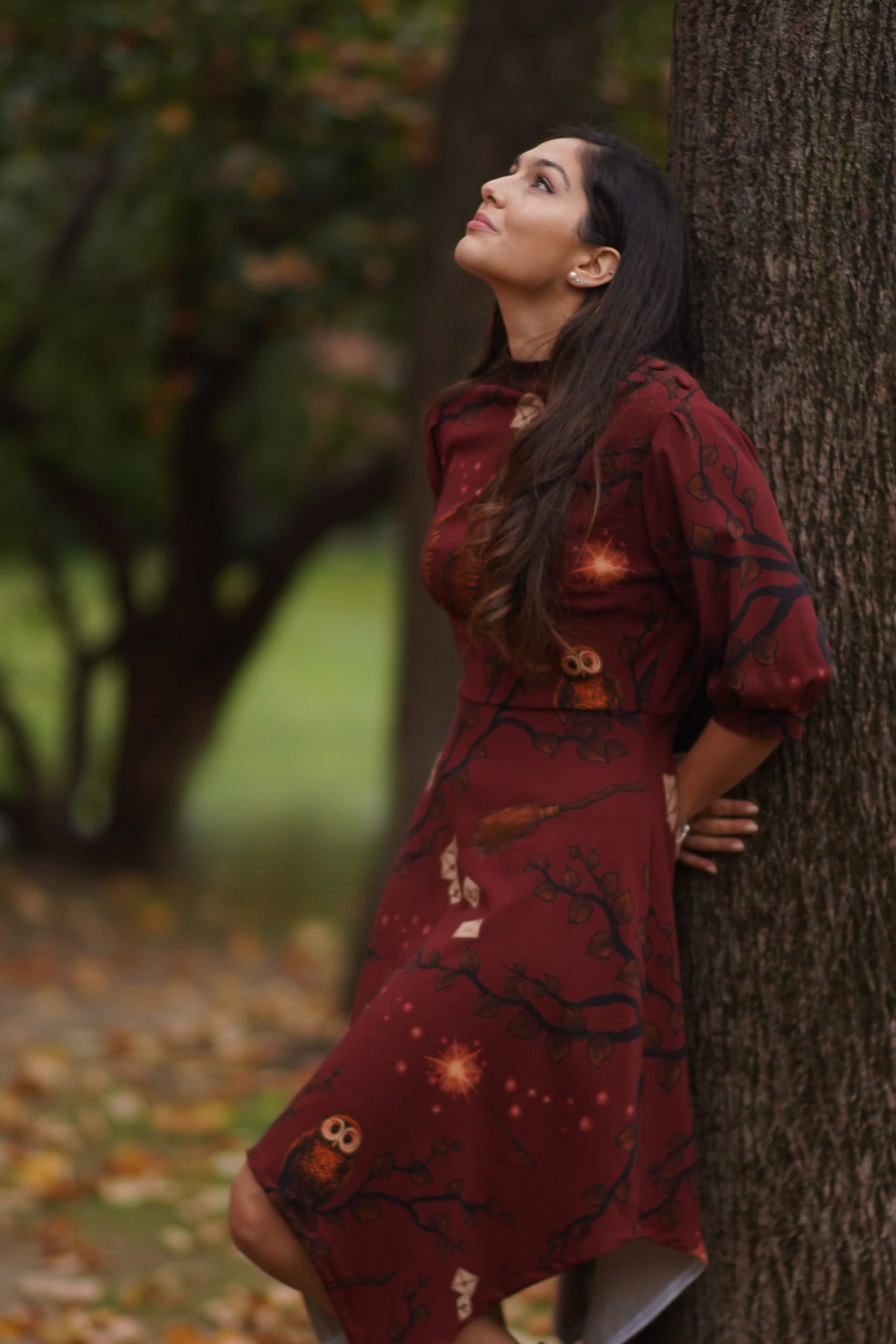
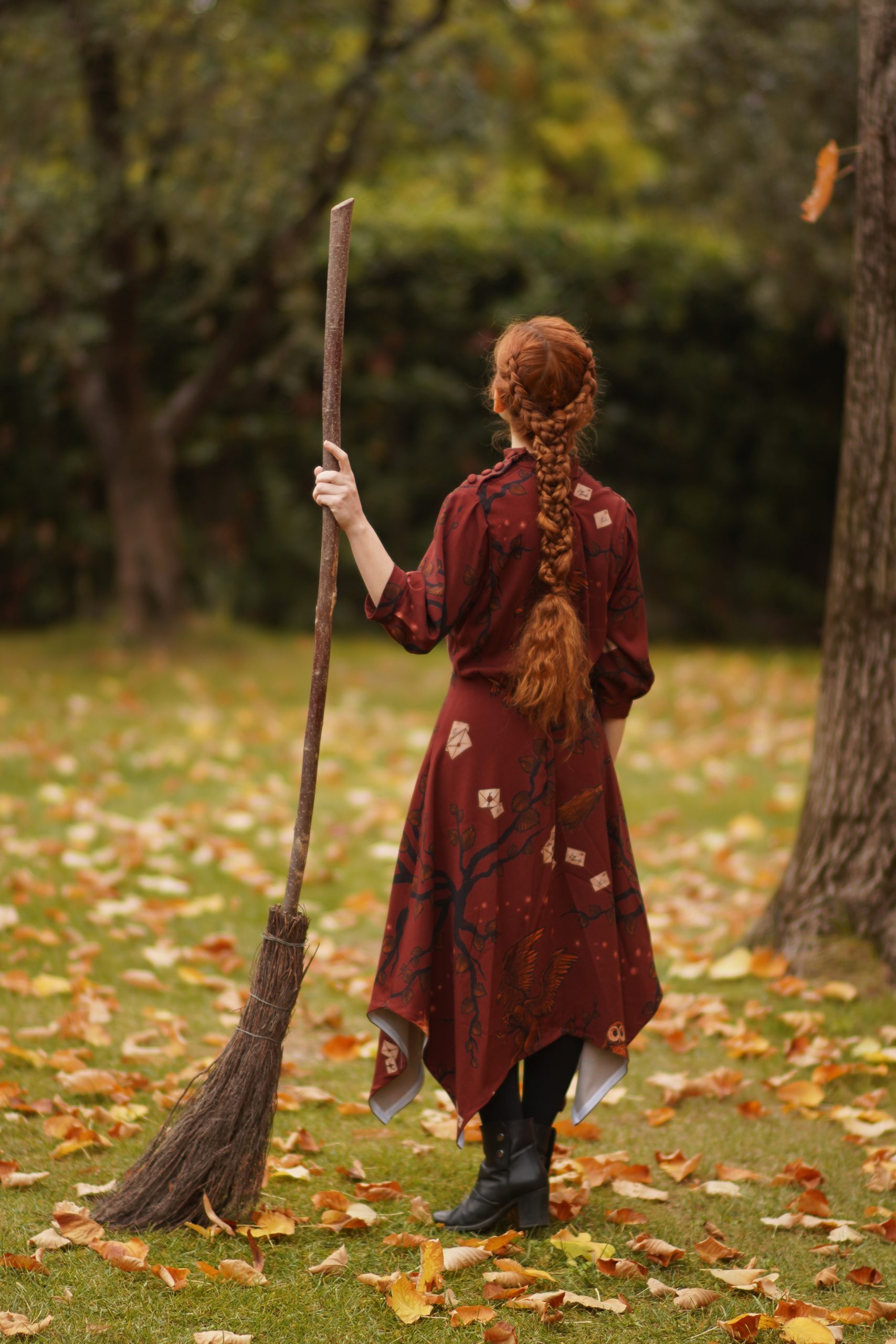
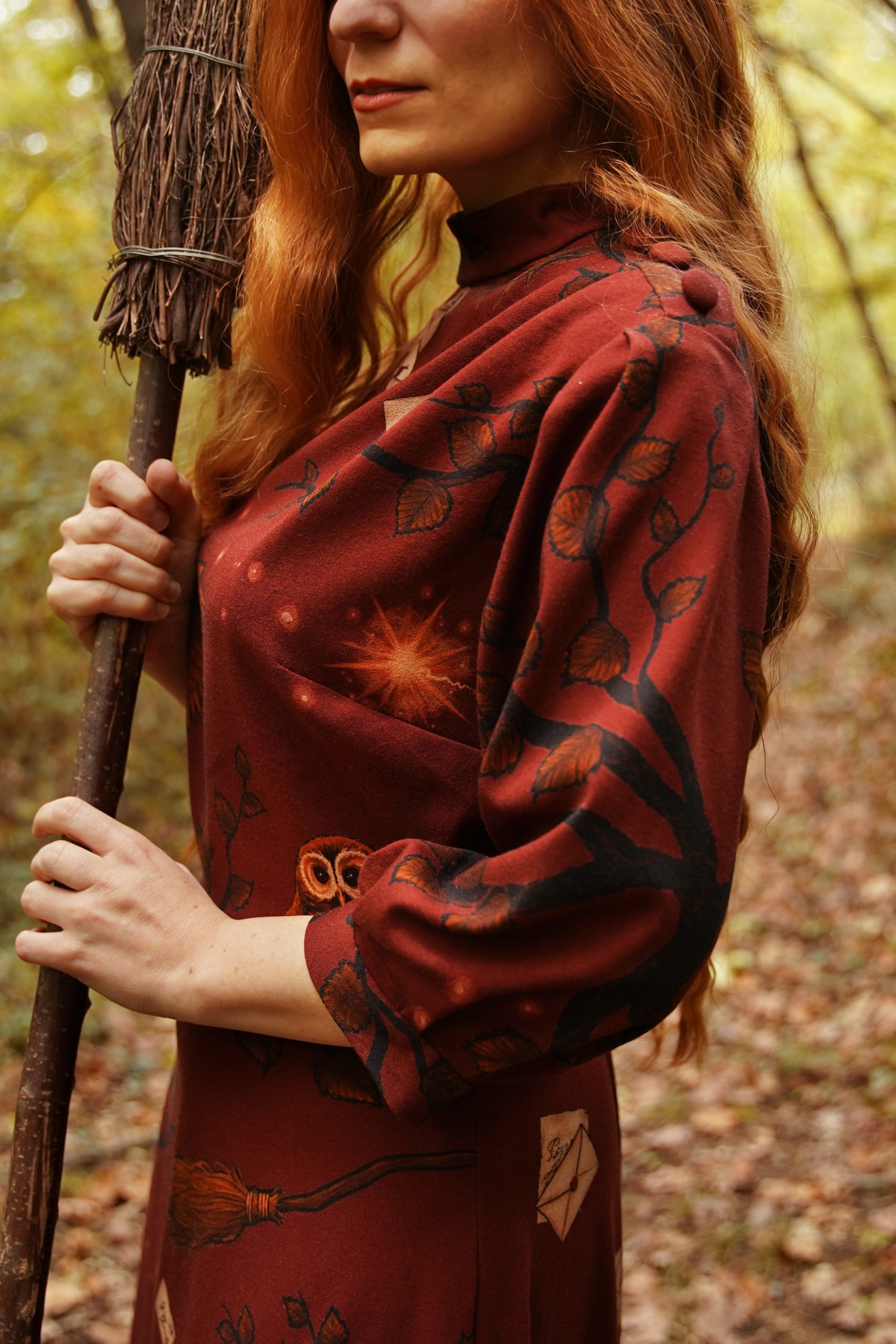
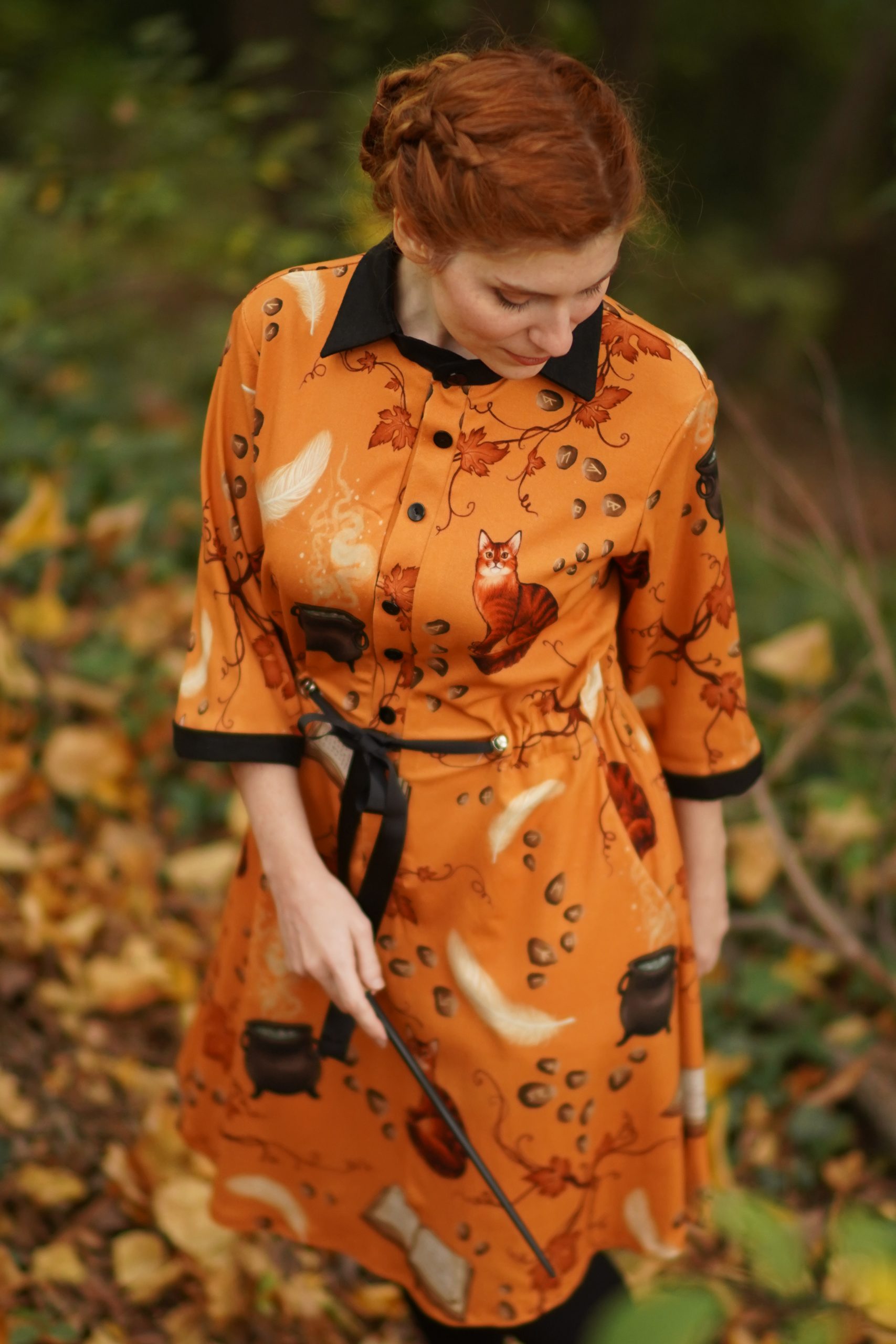
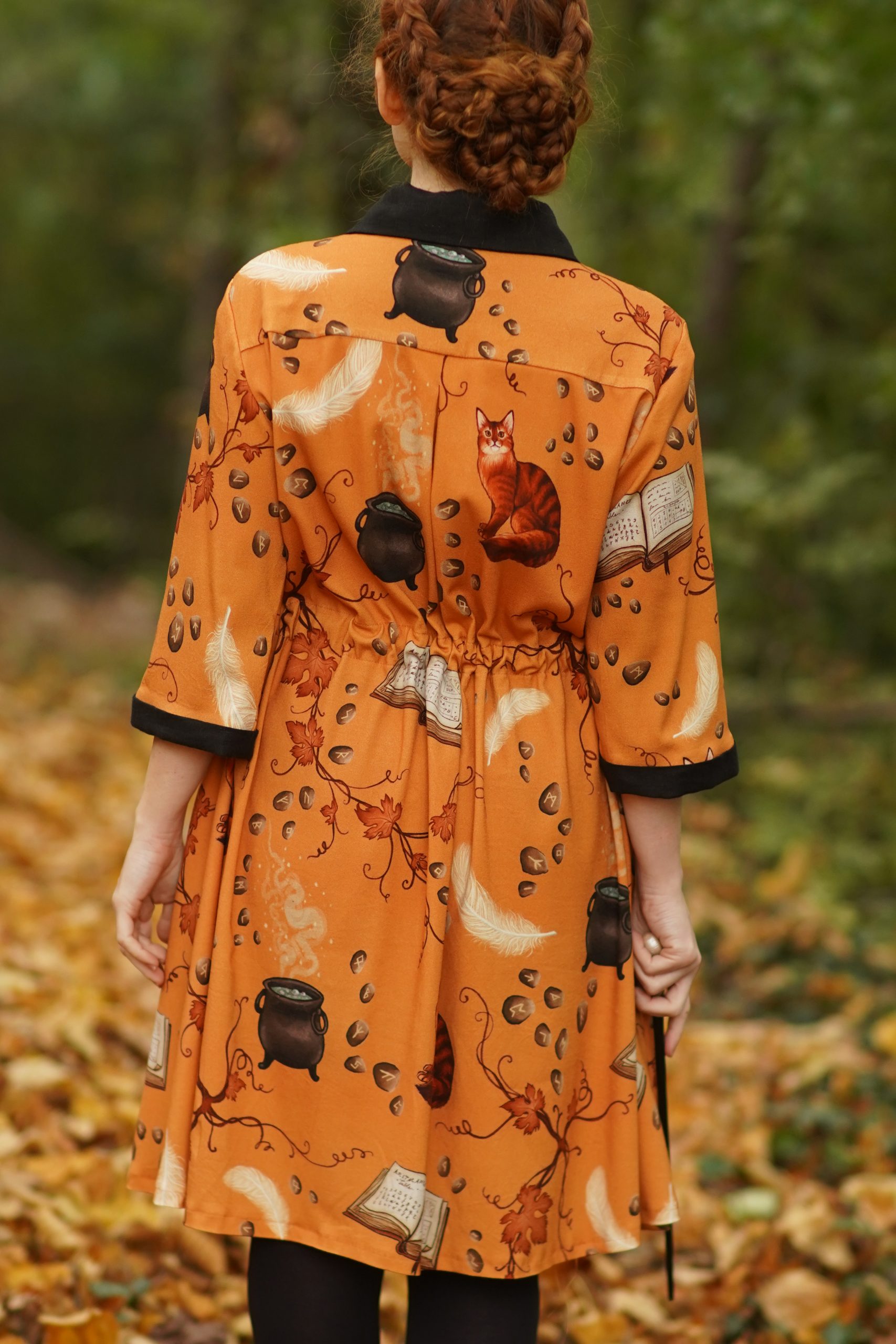
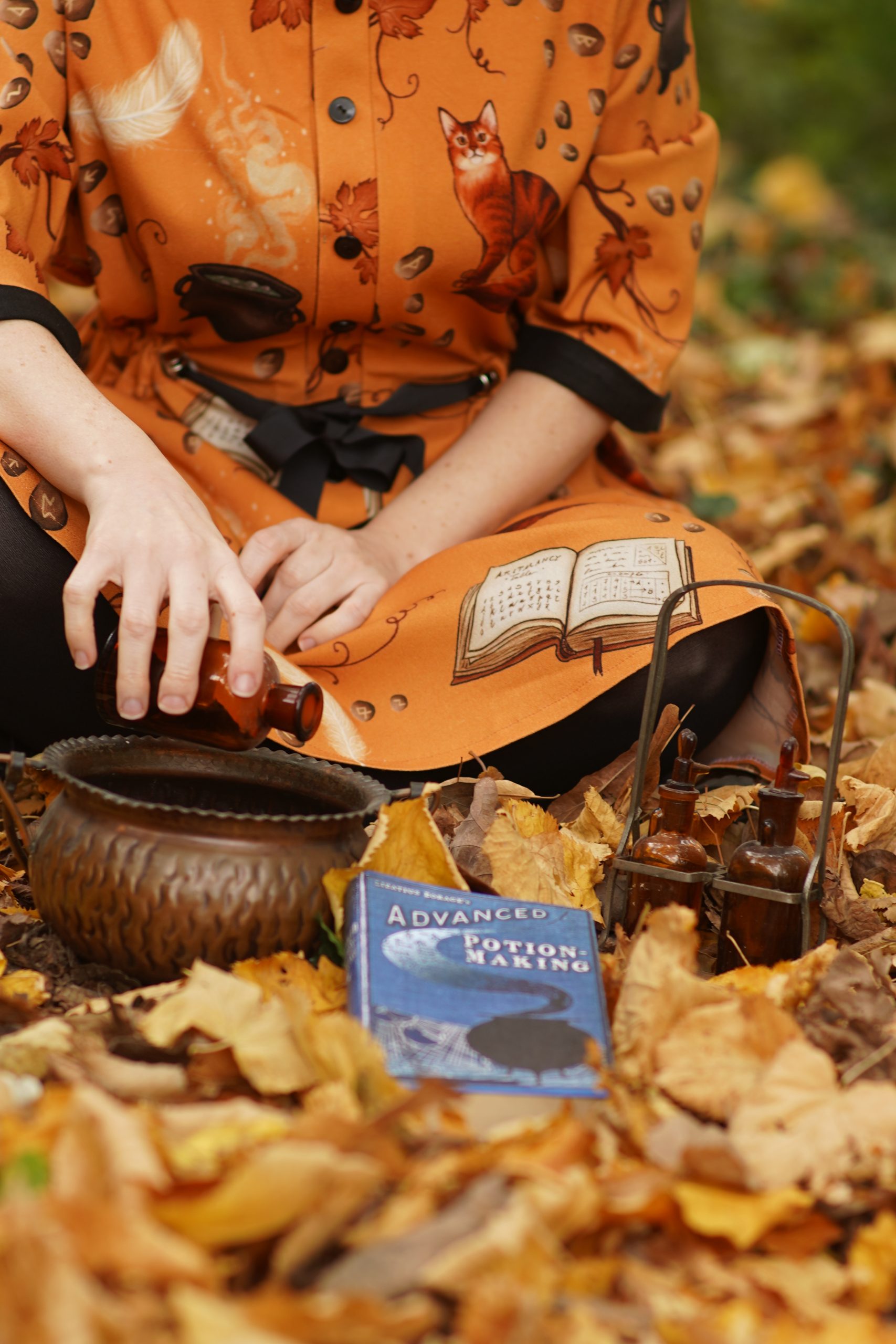
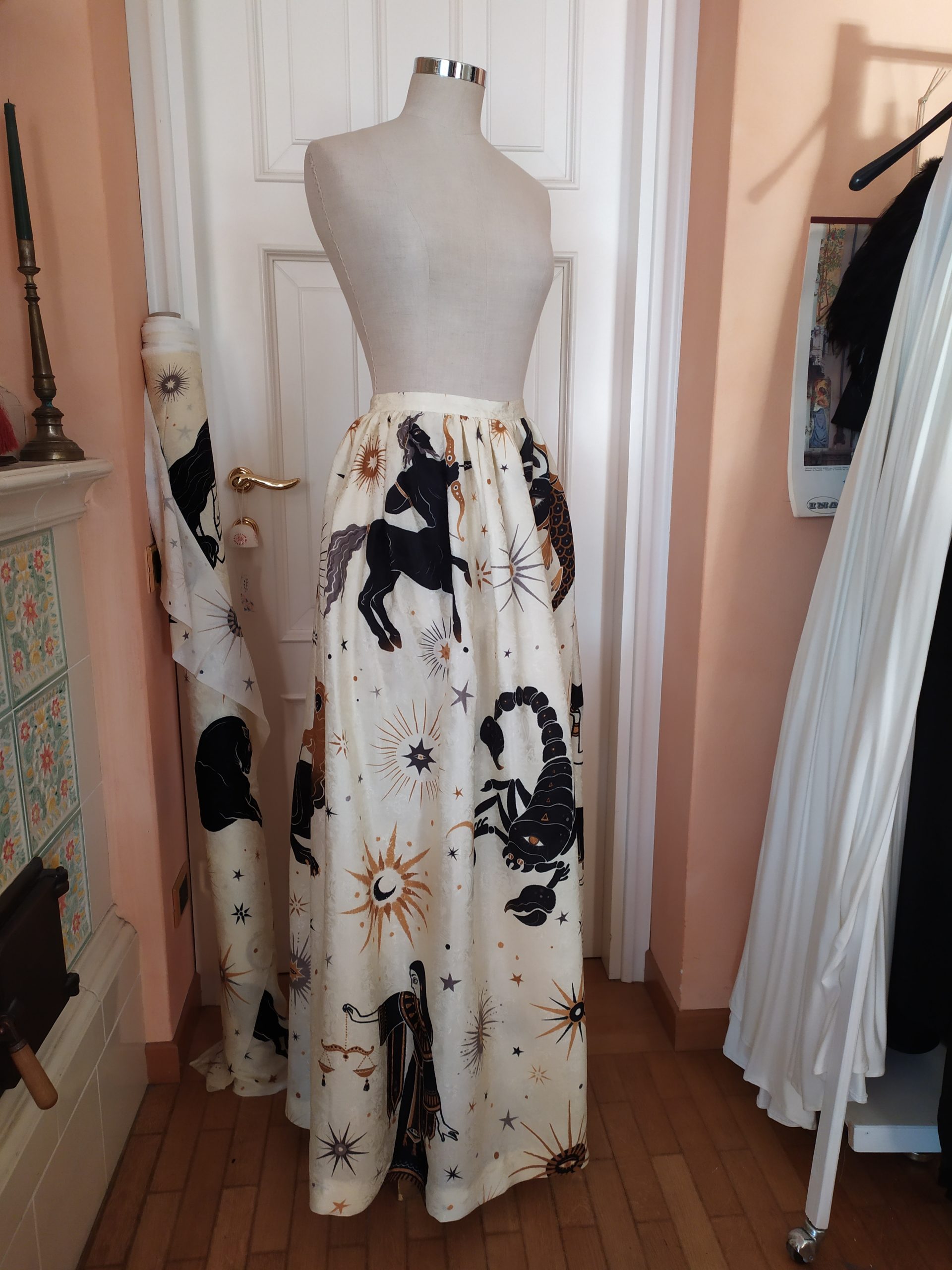
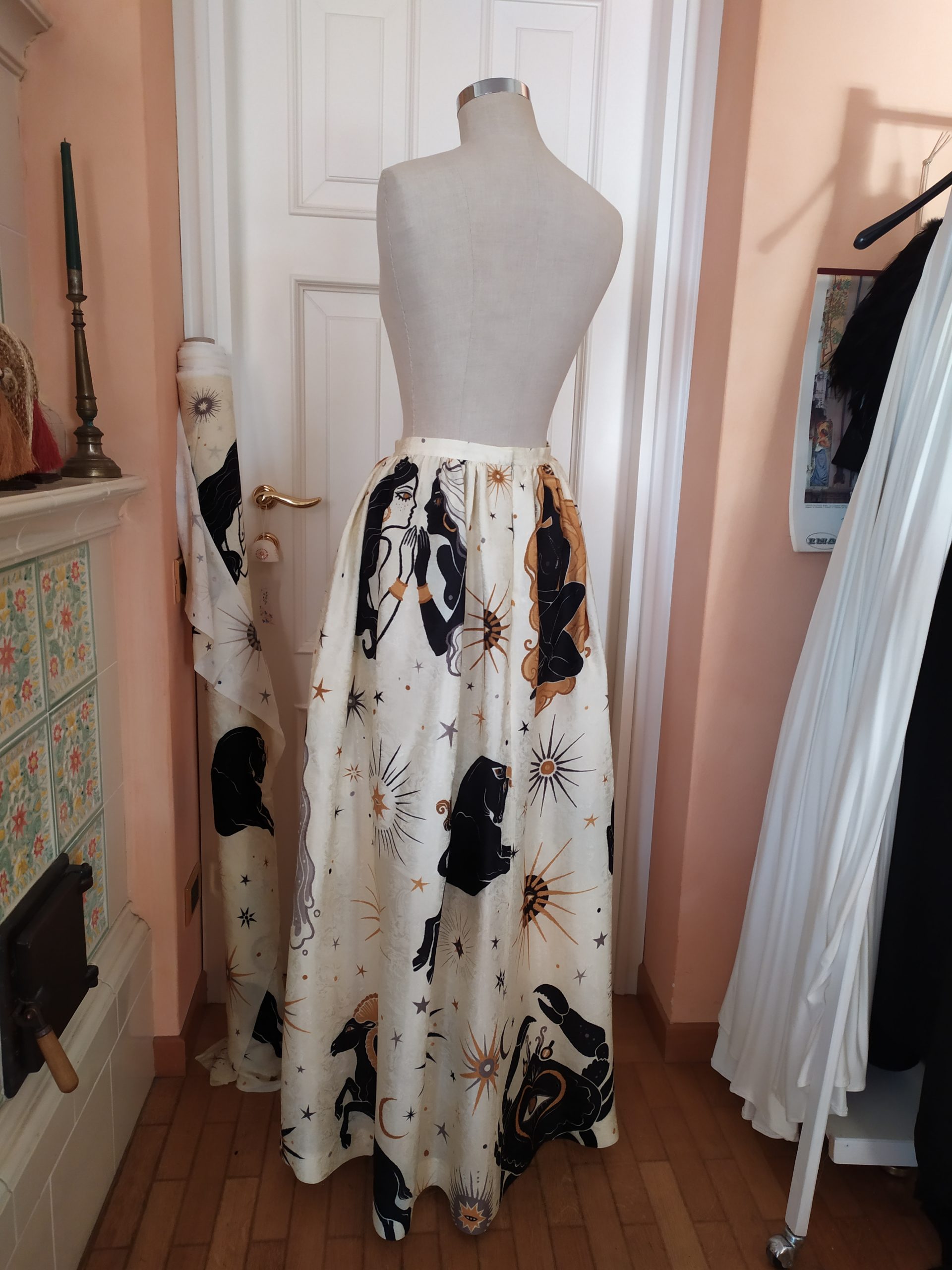
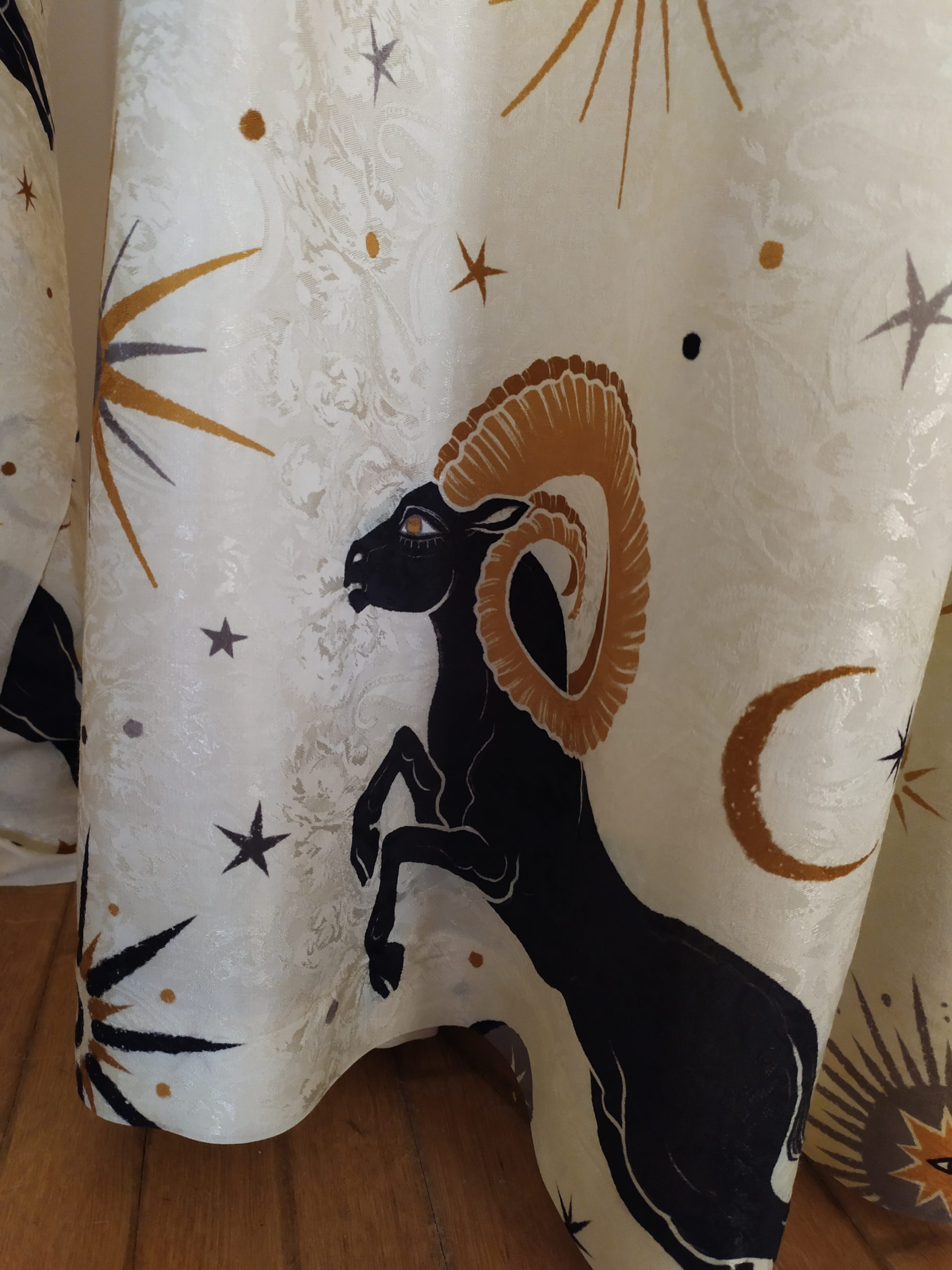
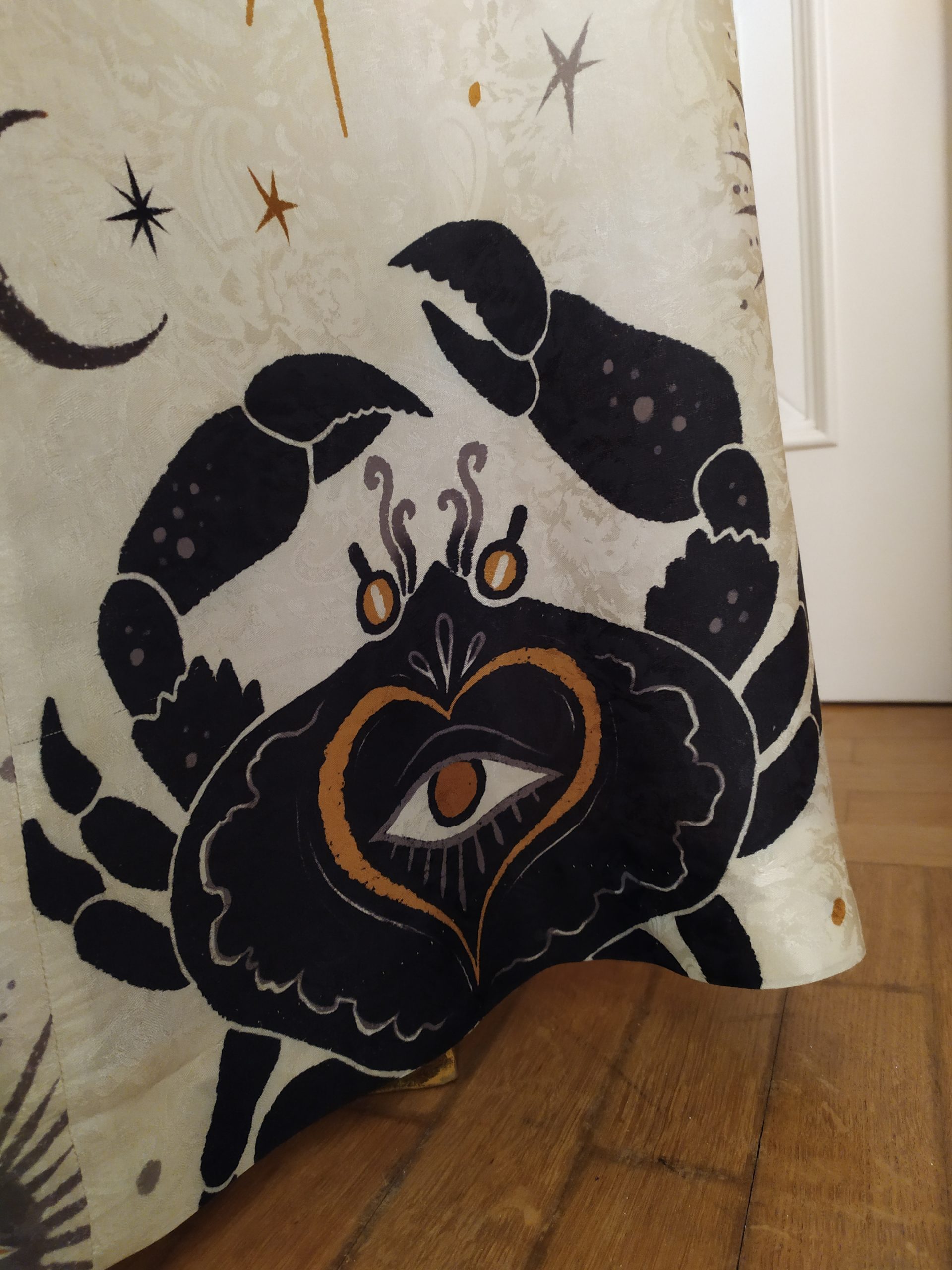
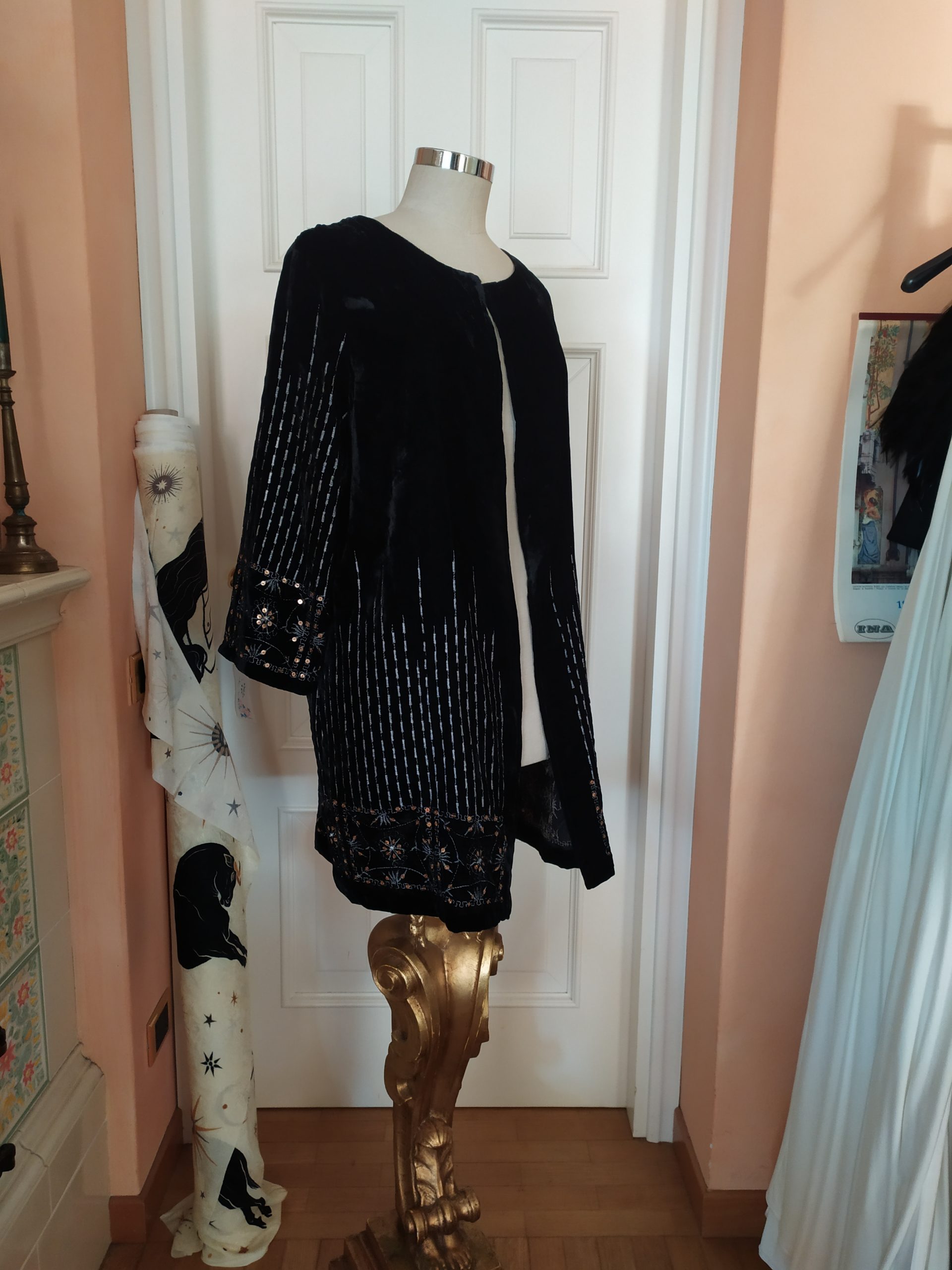
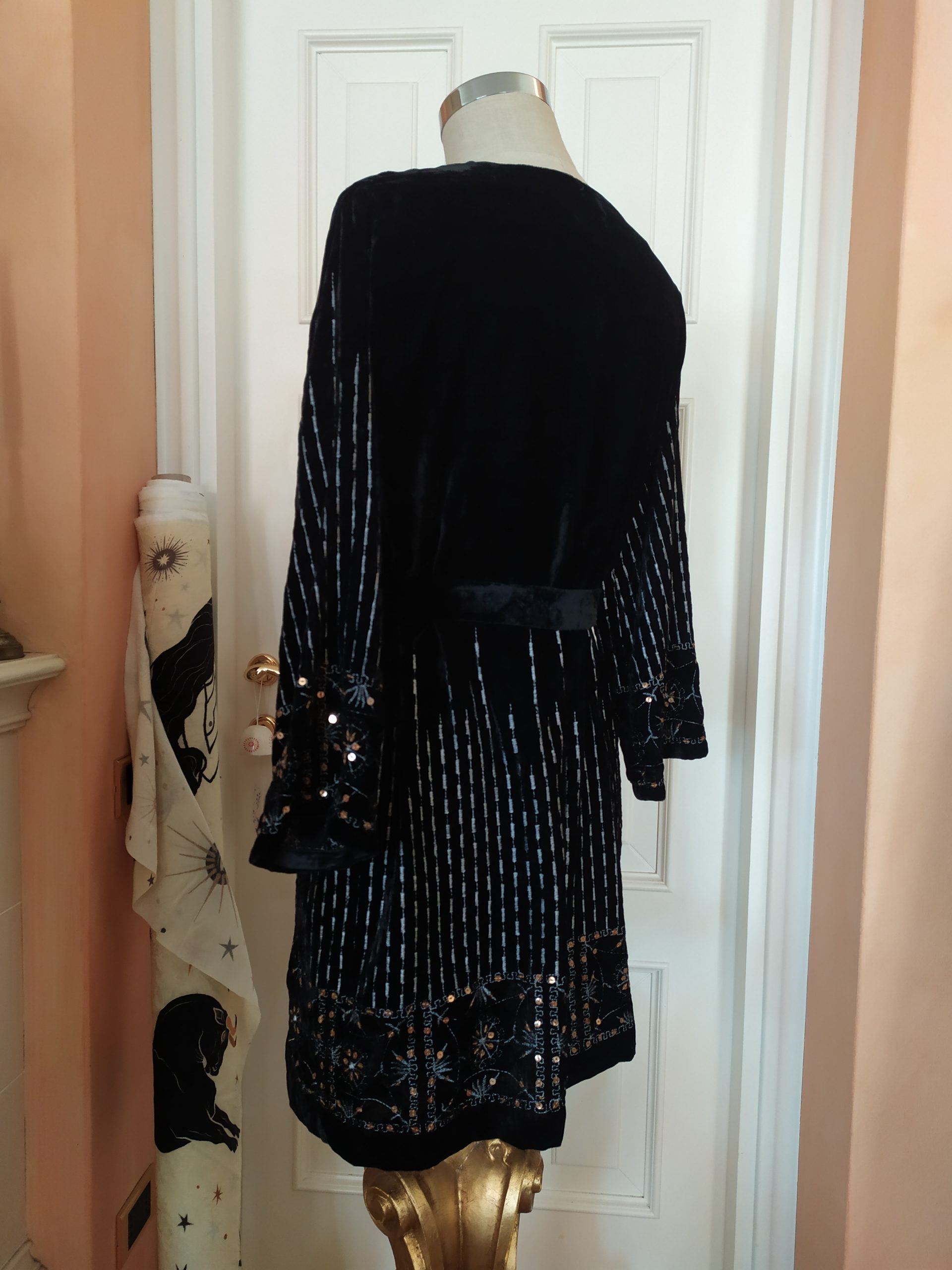
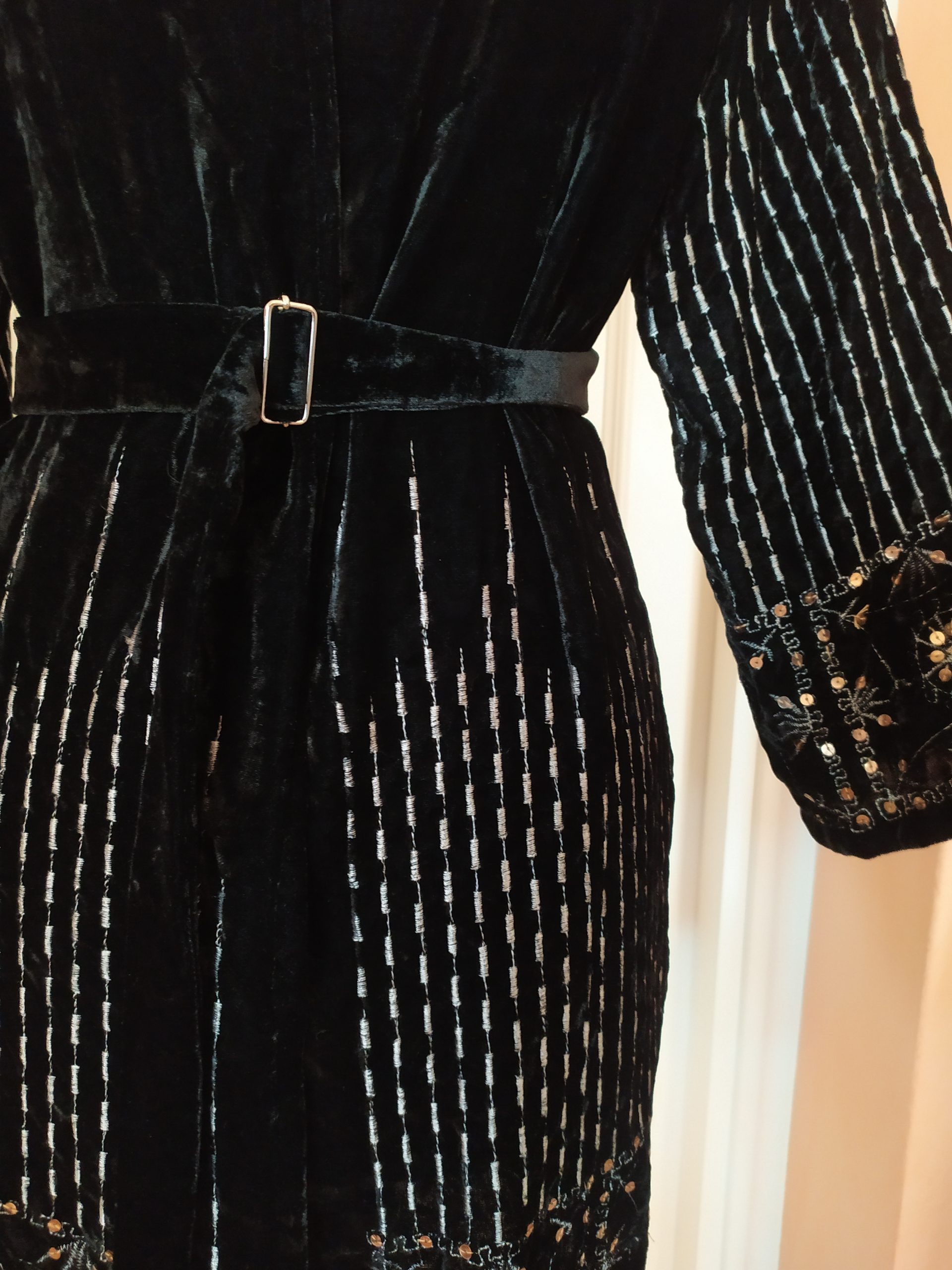
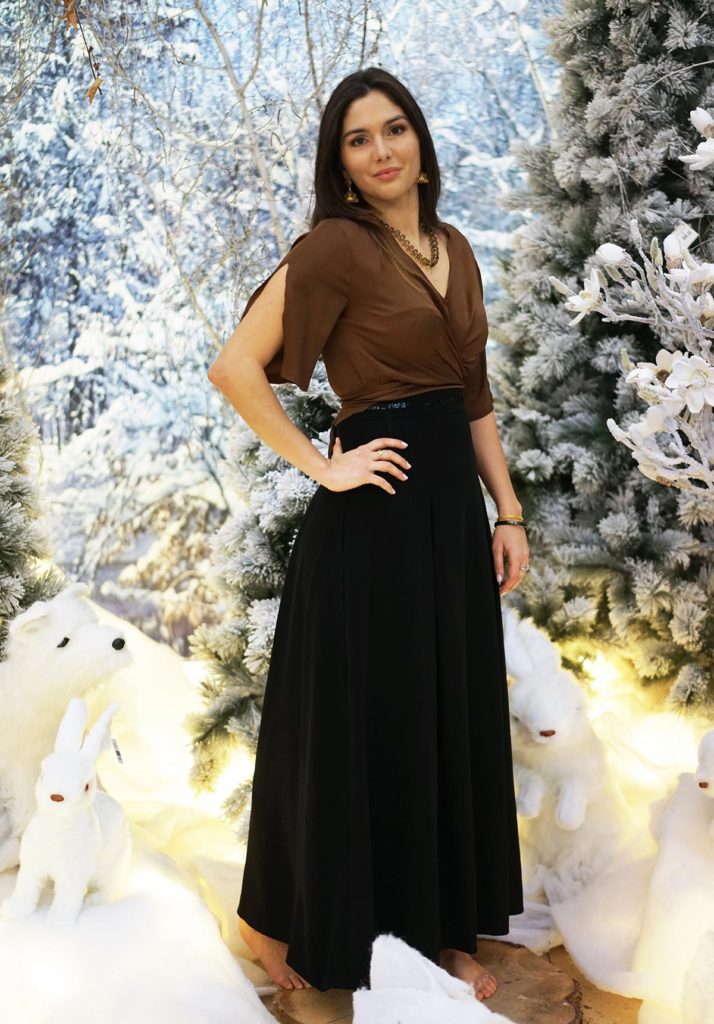
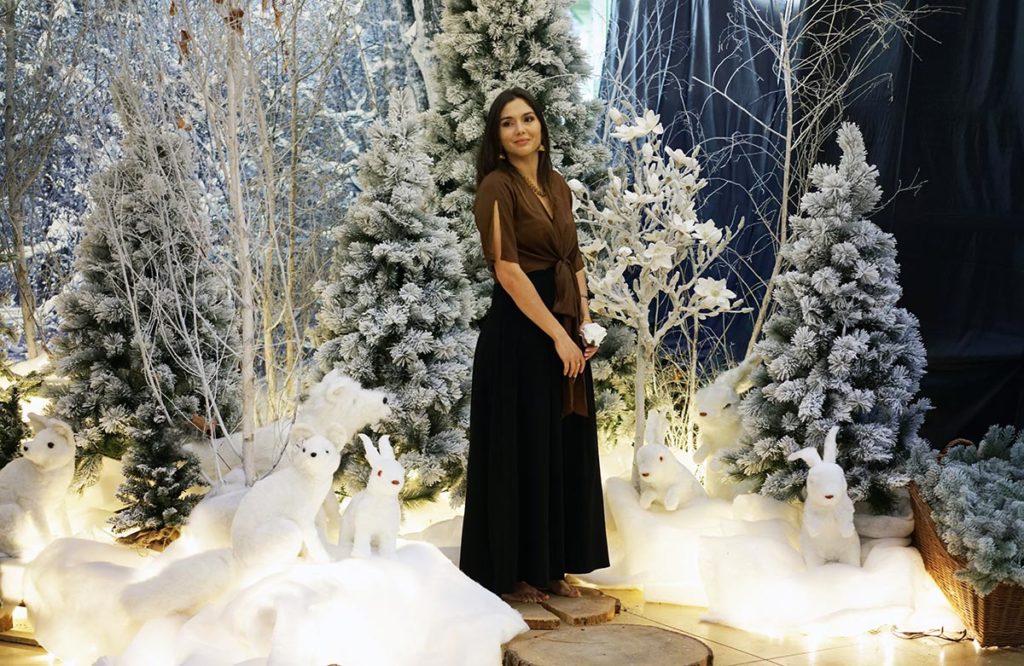
0 Comments